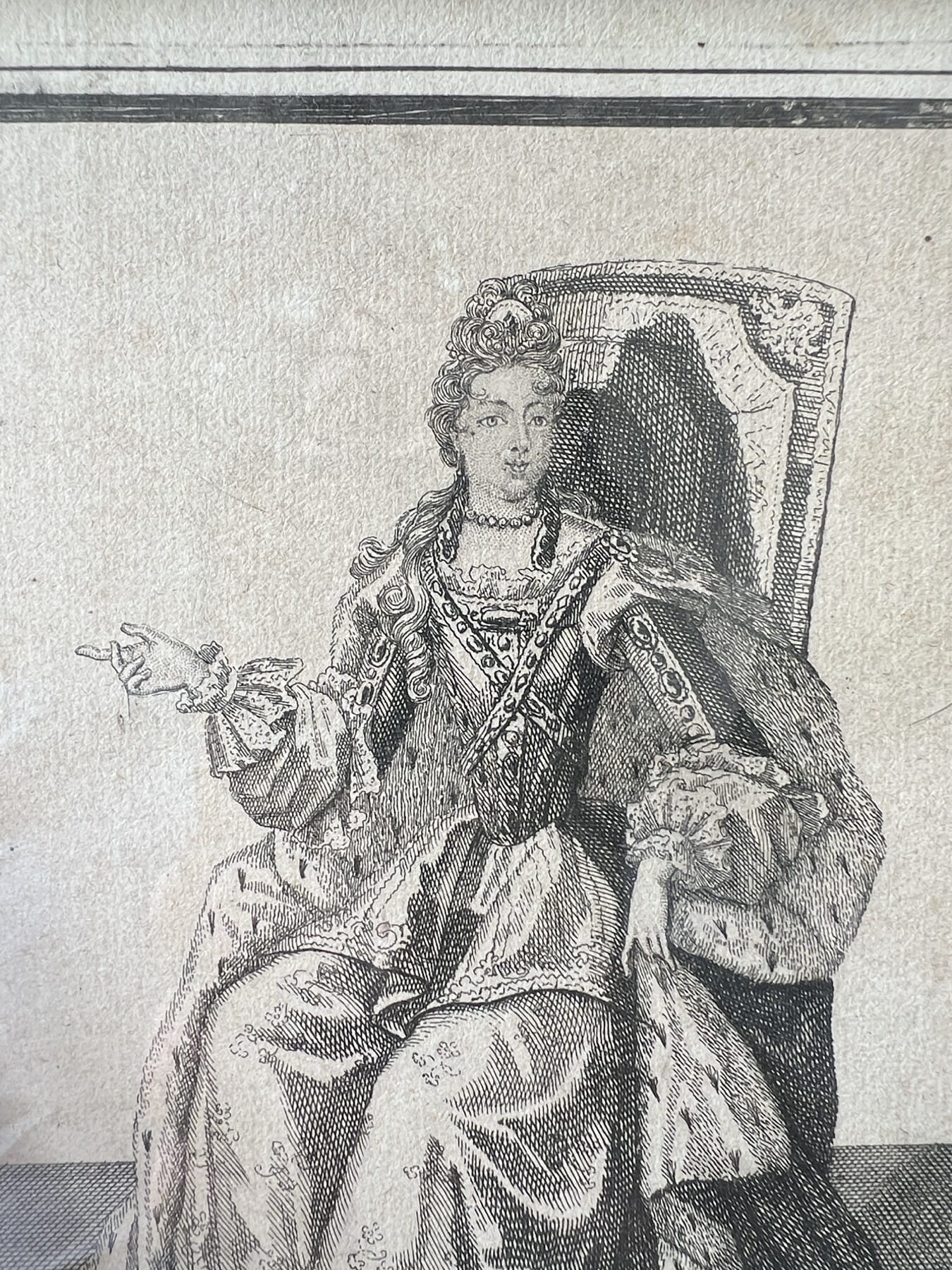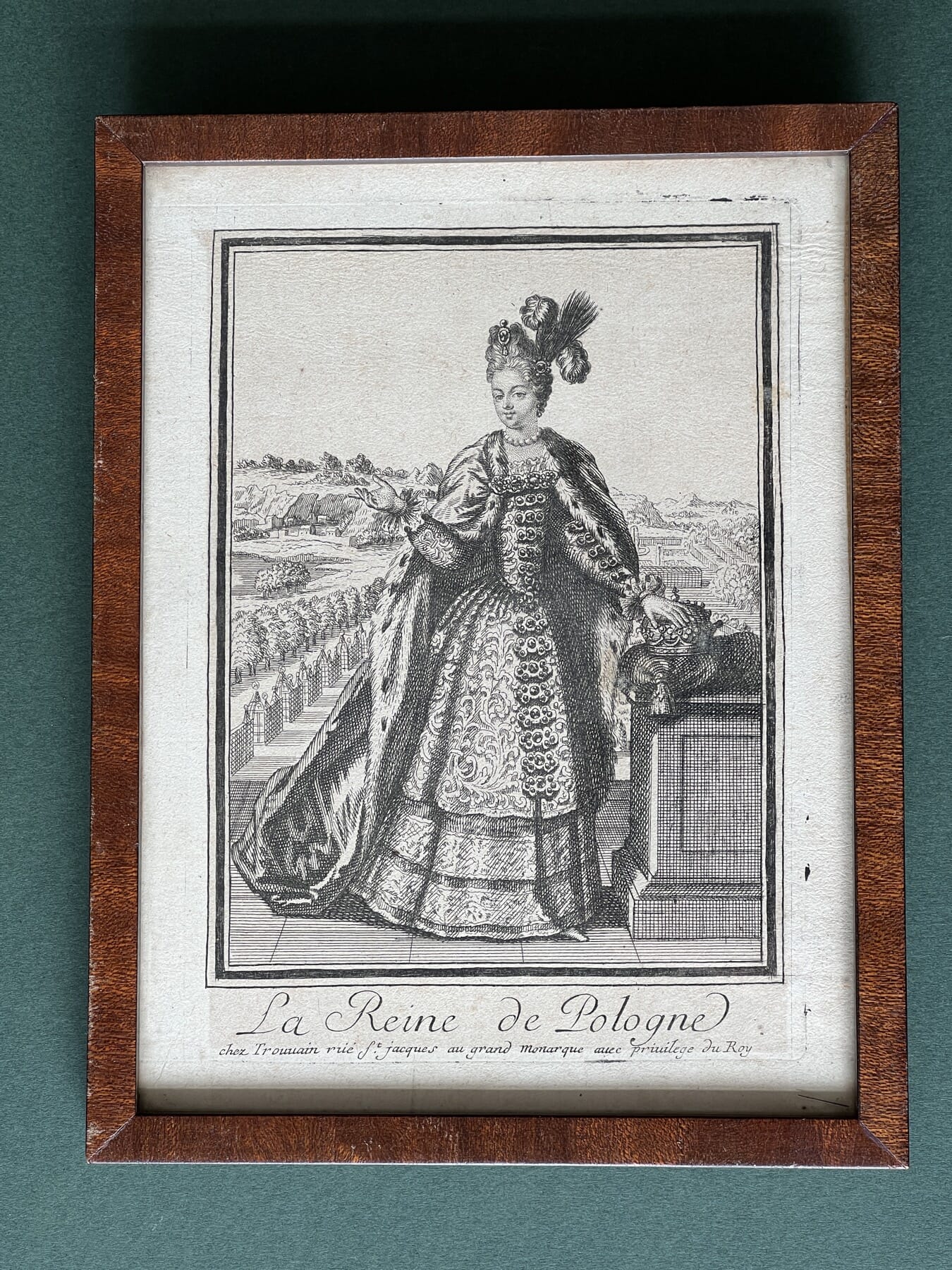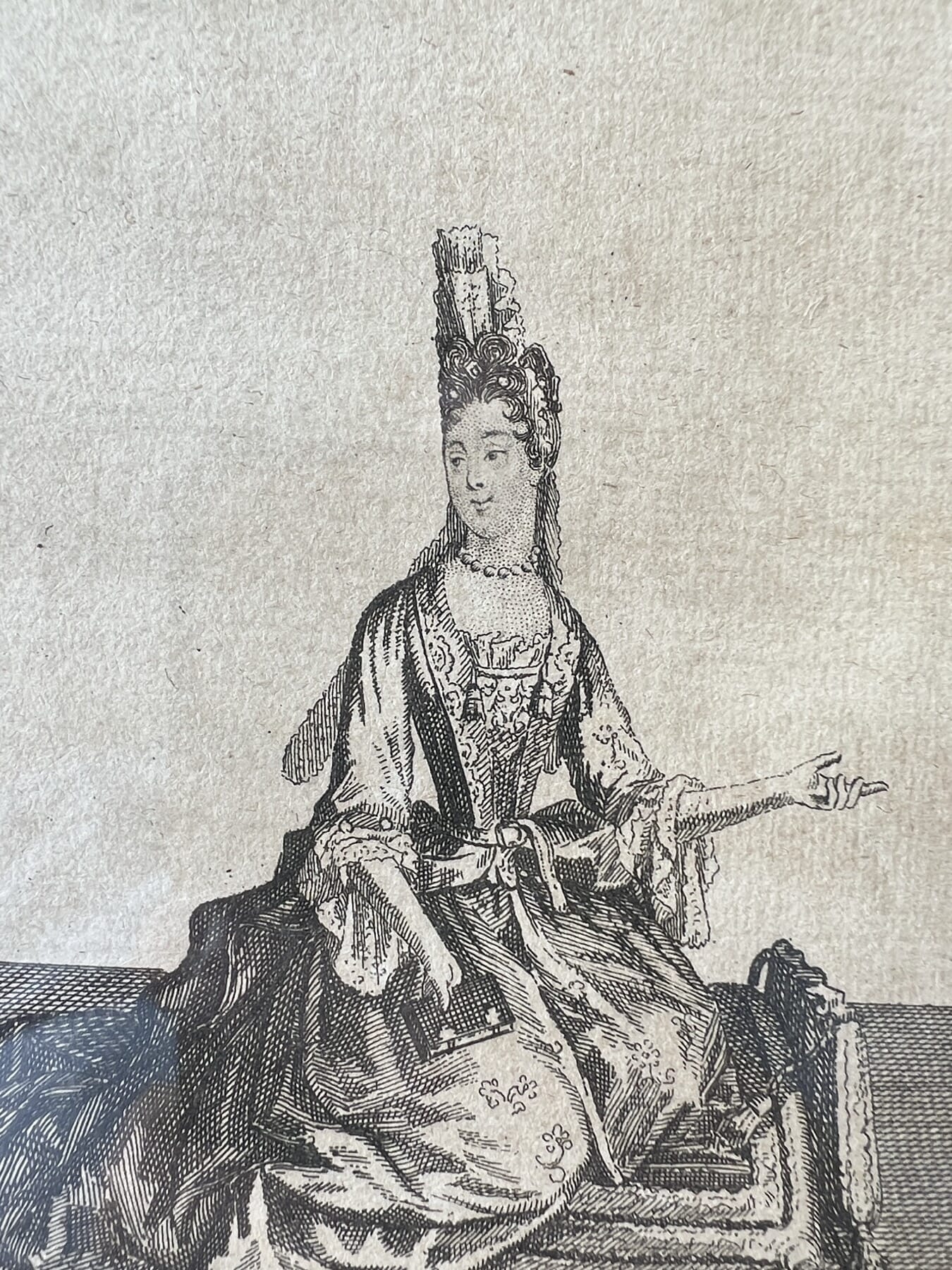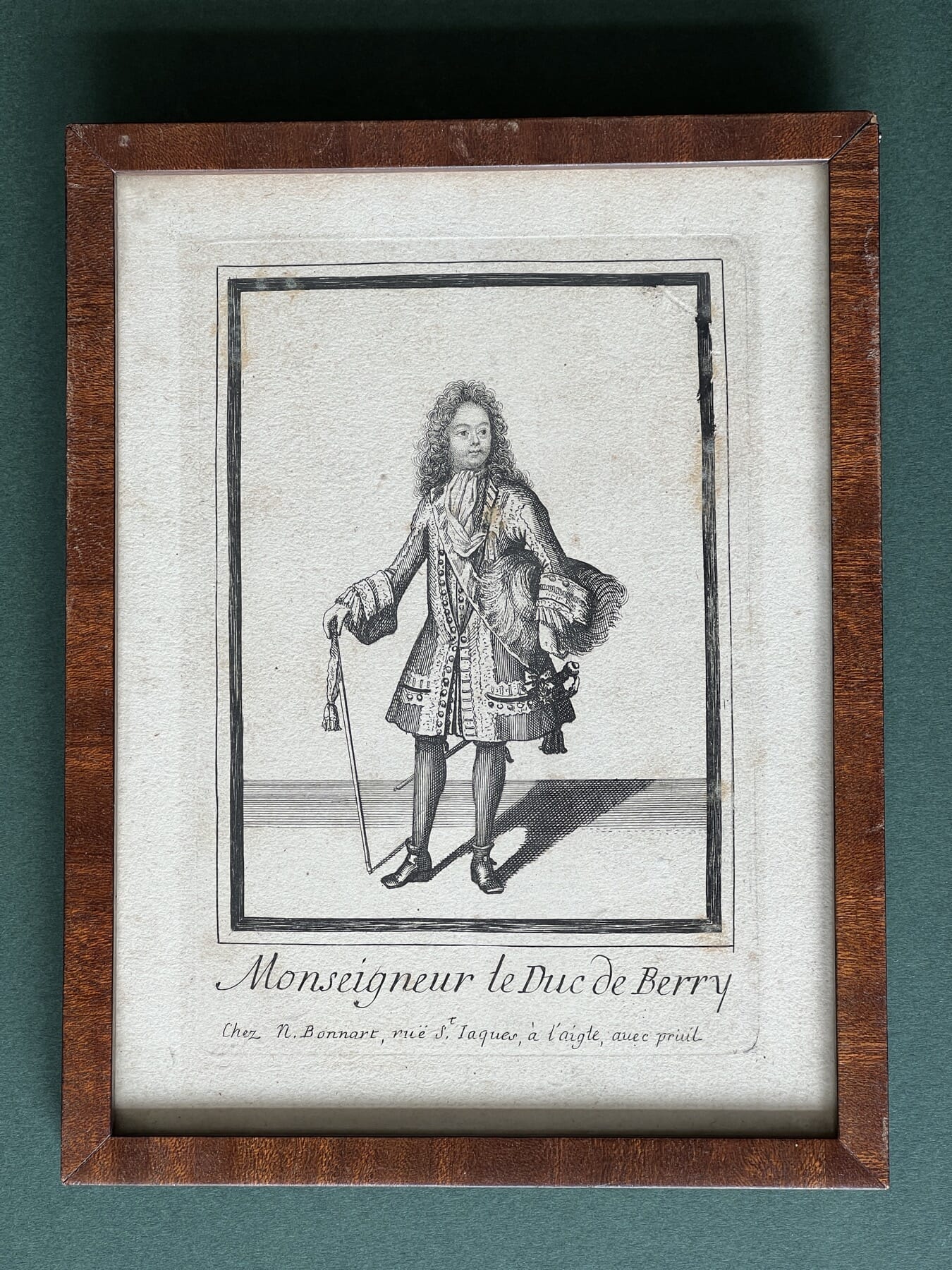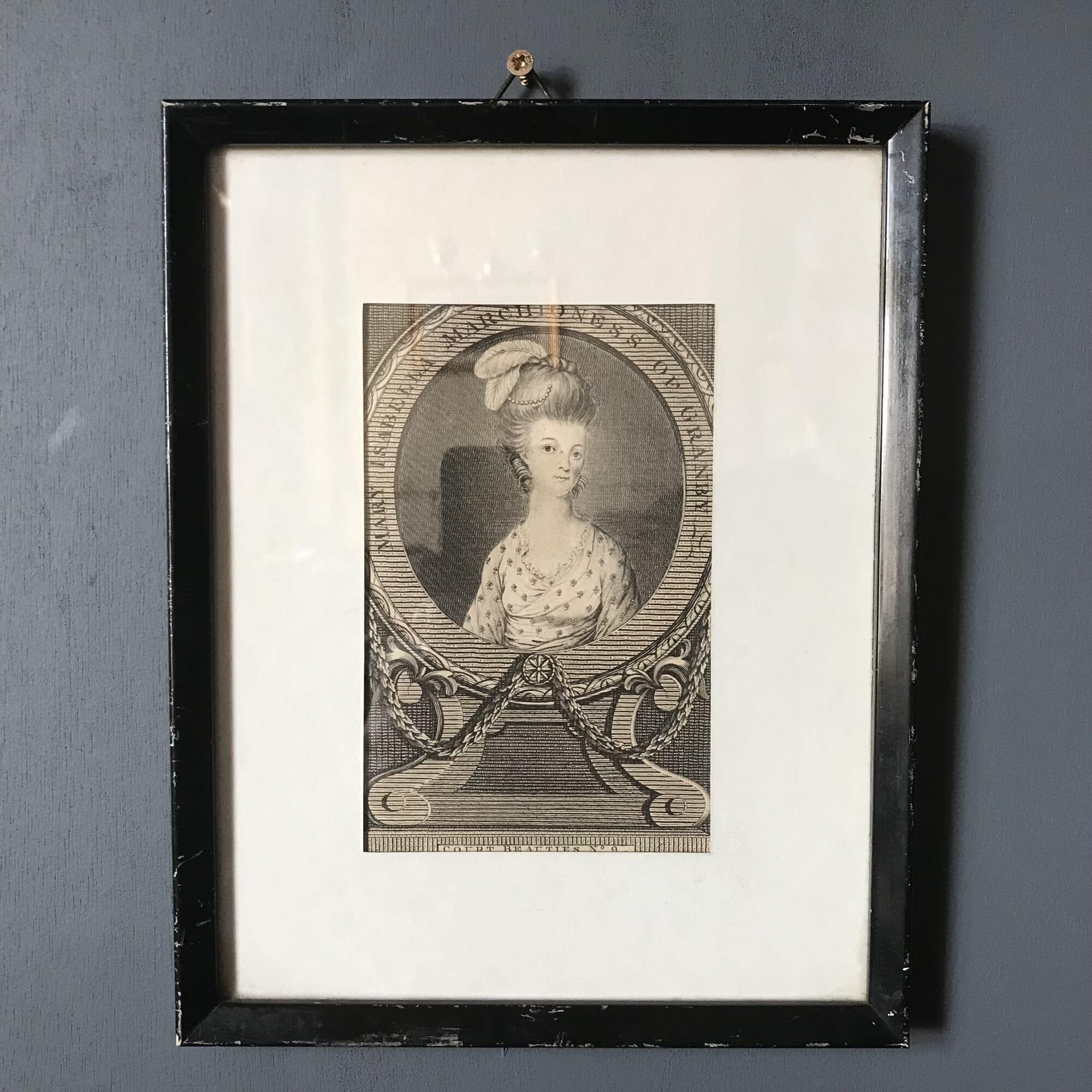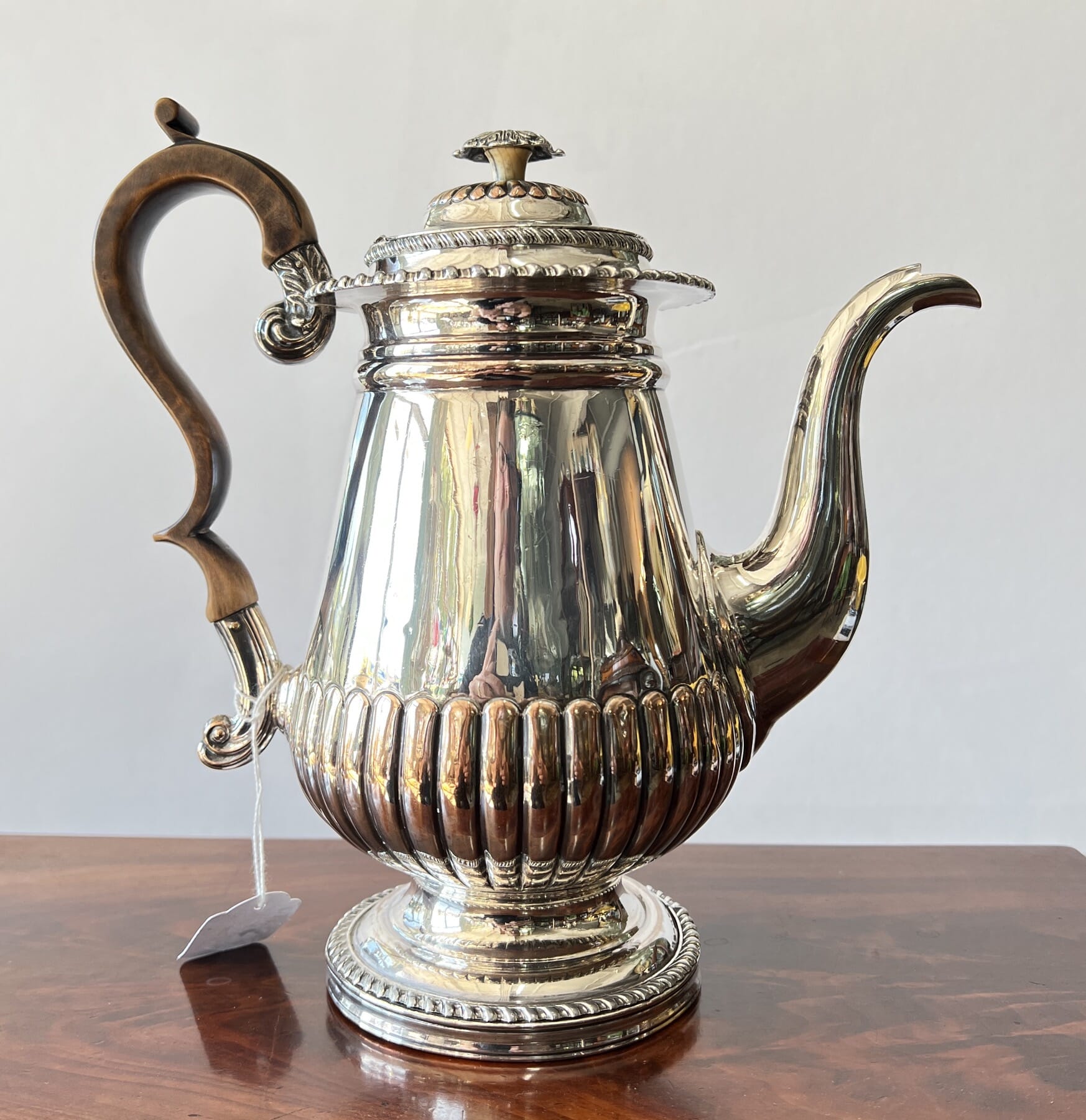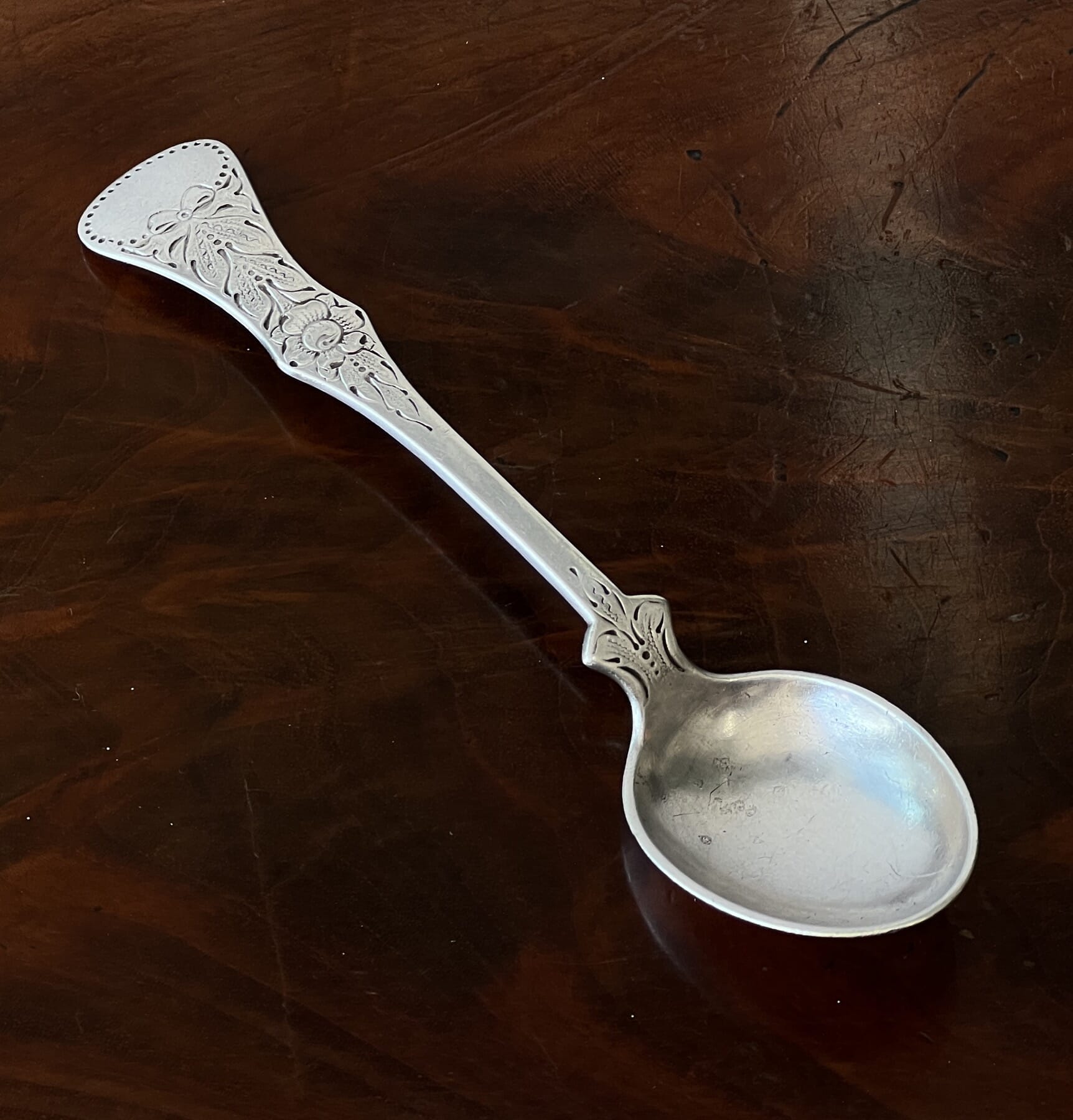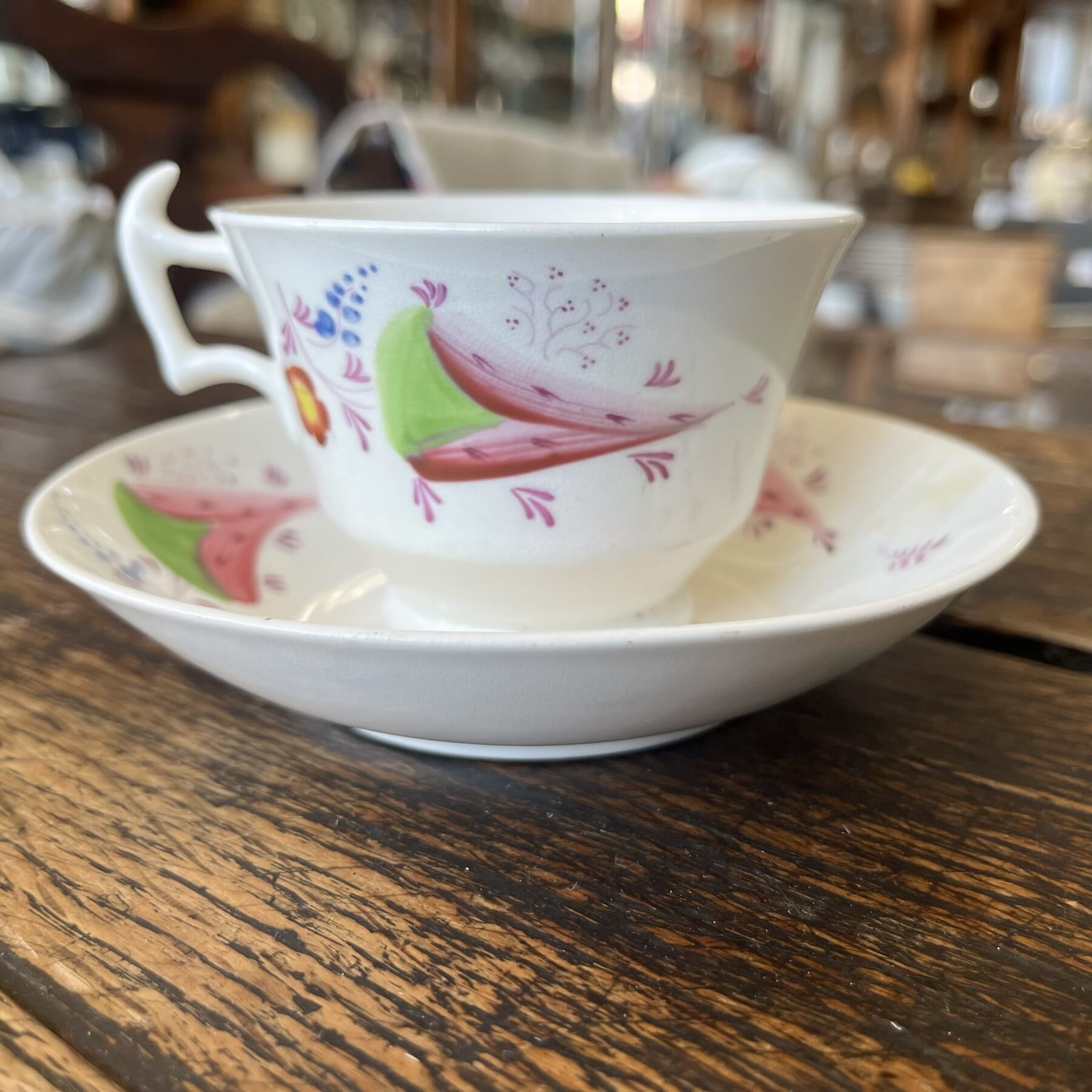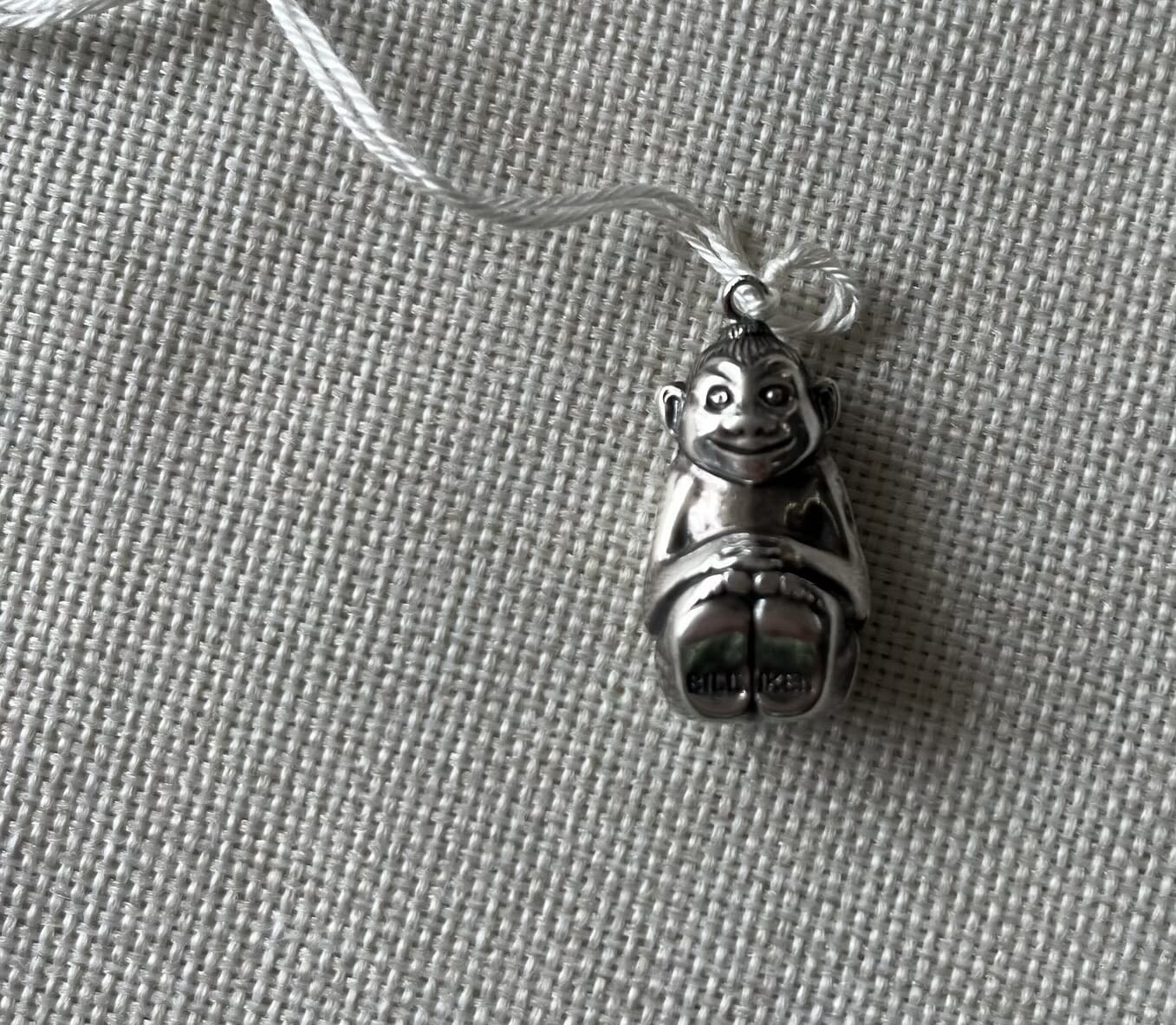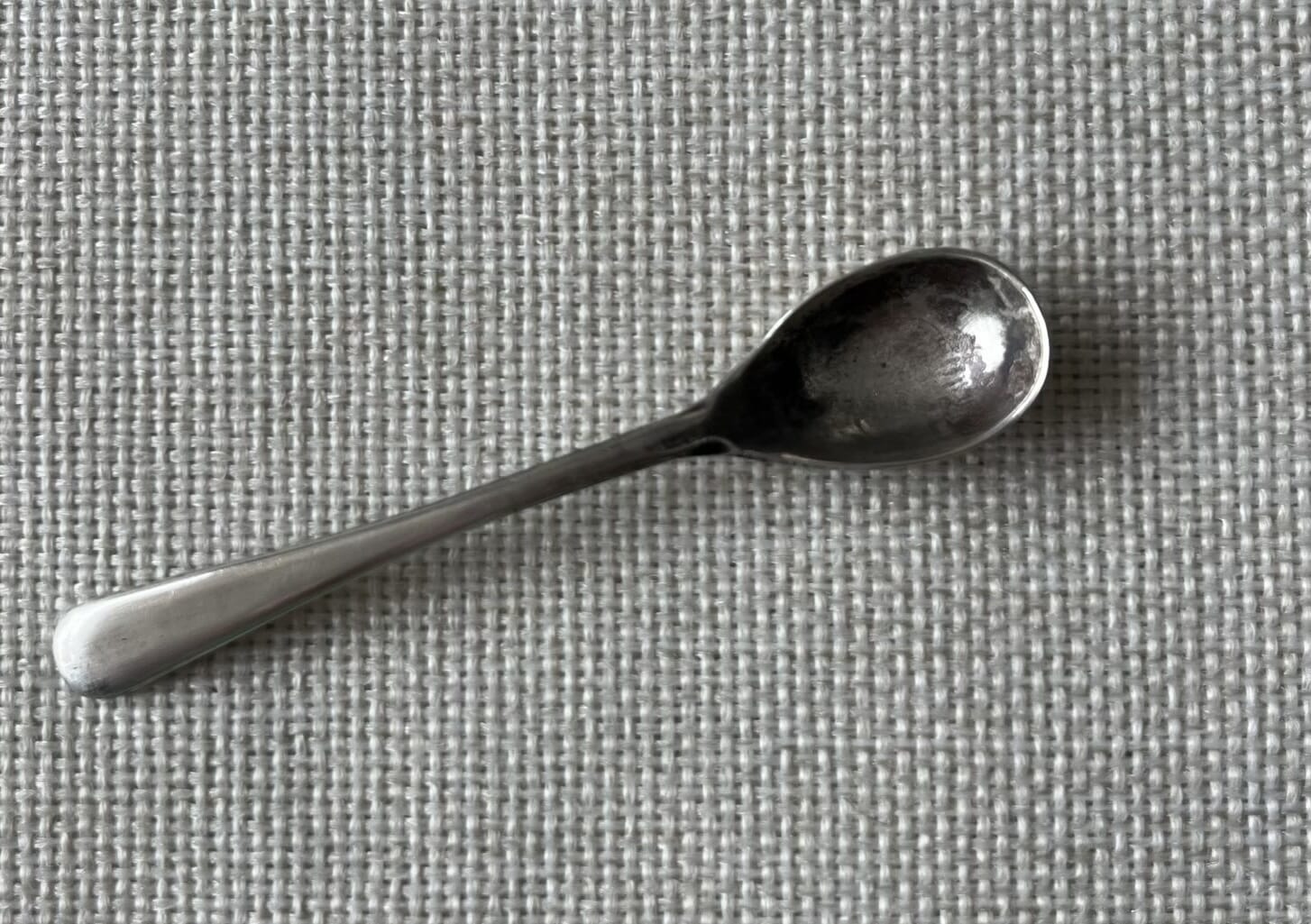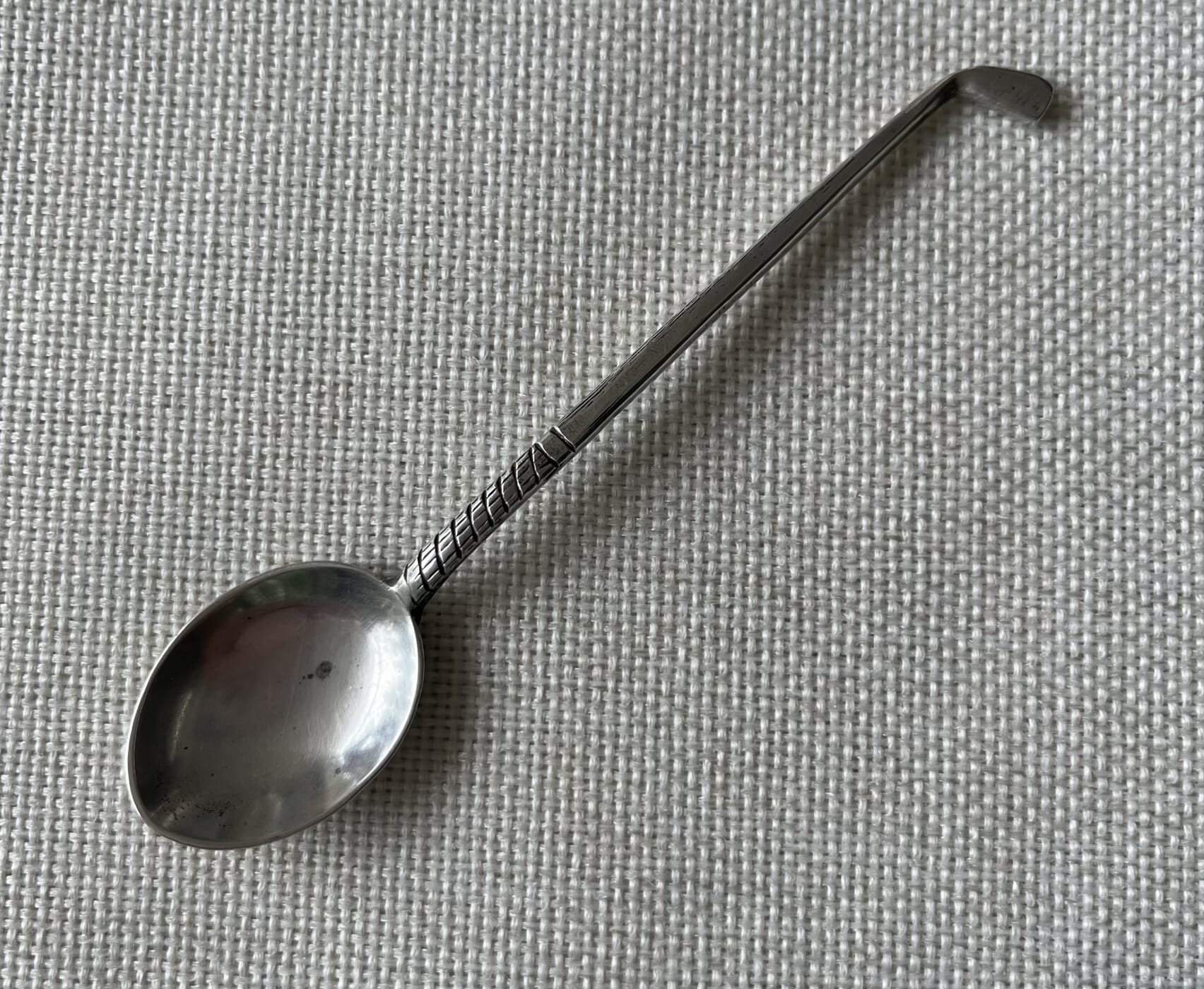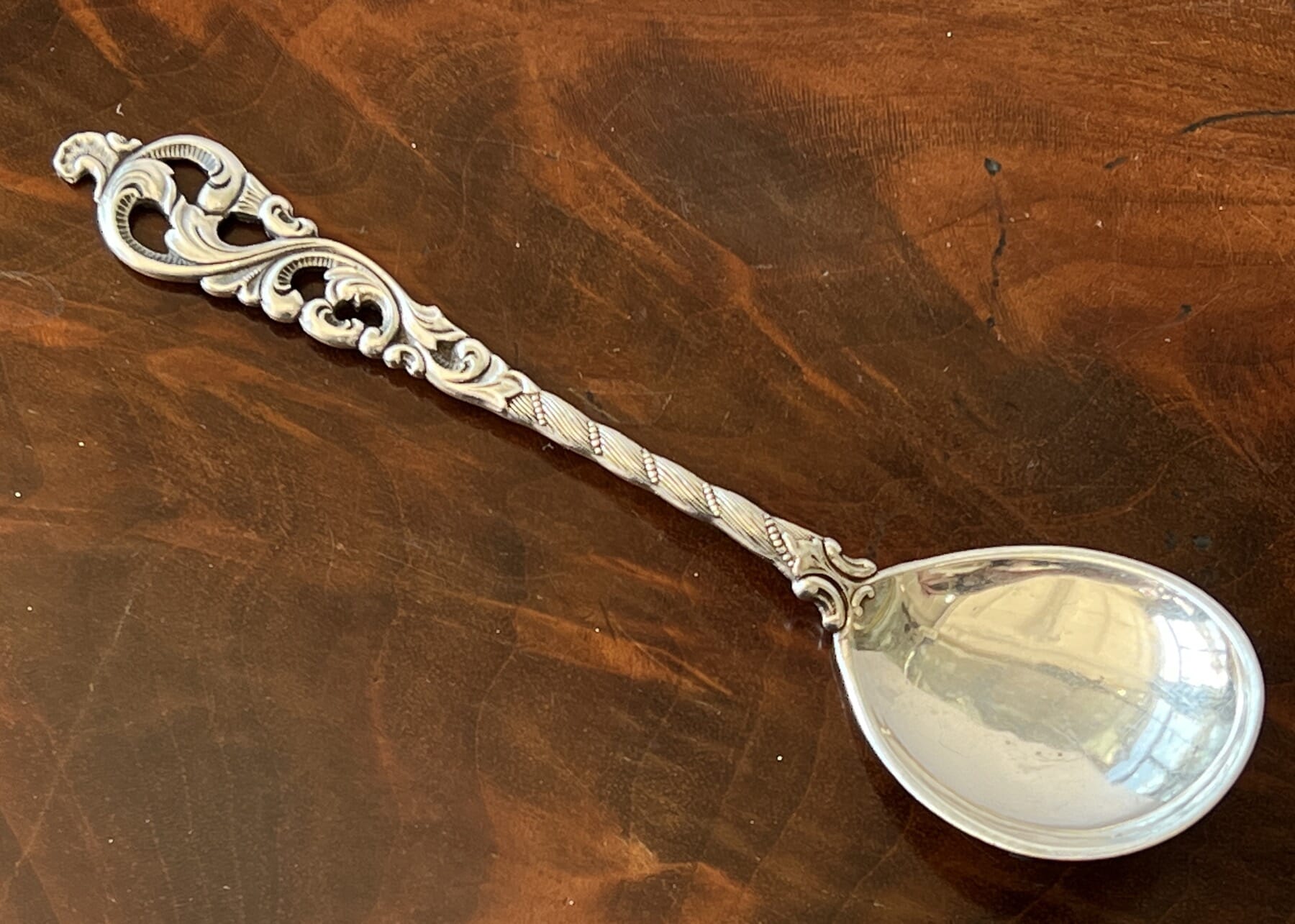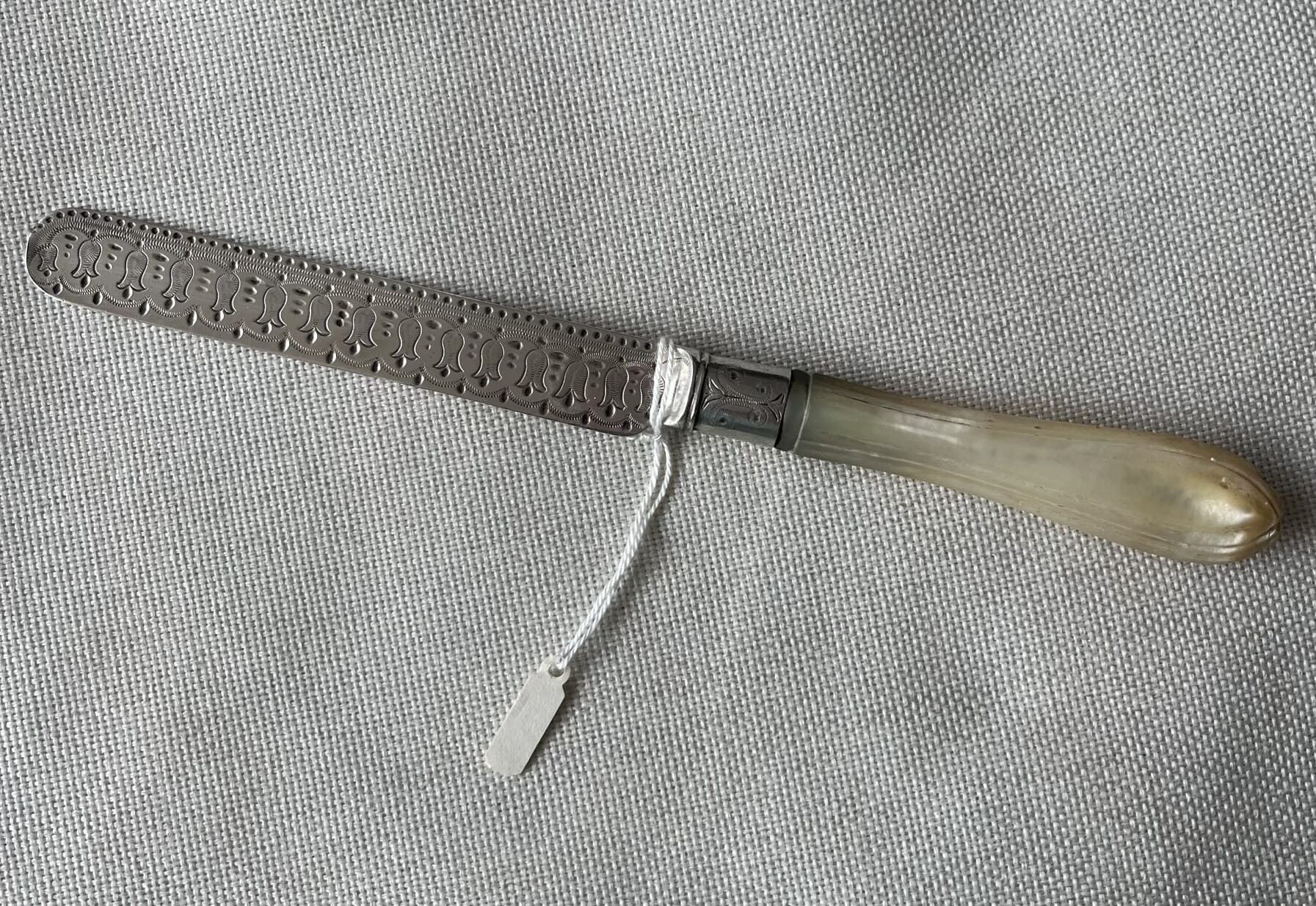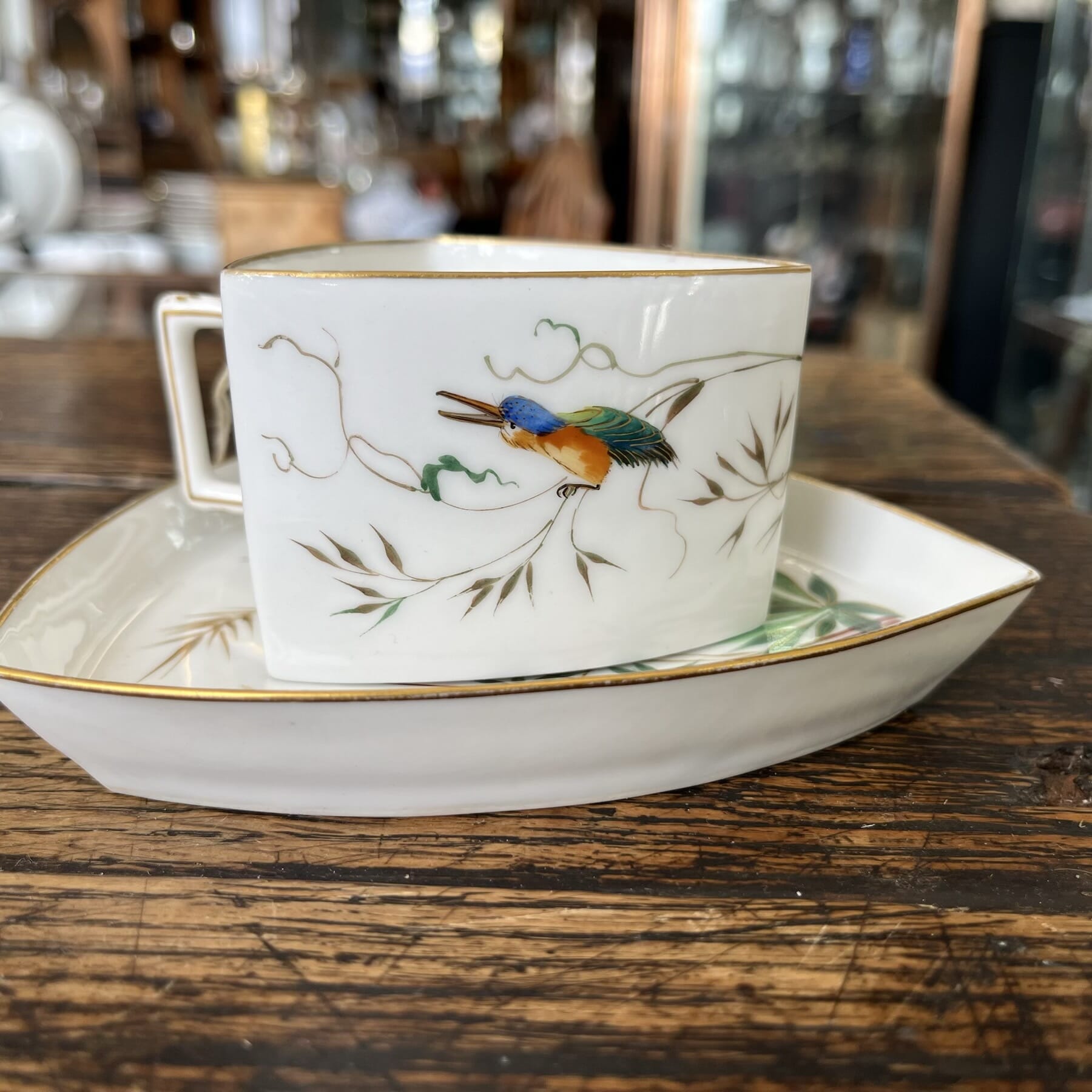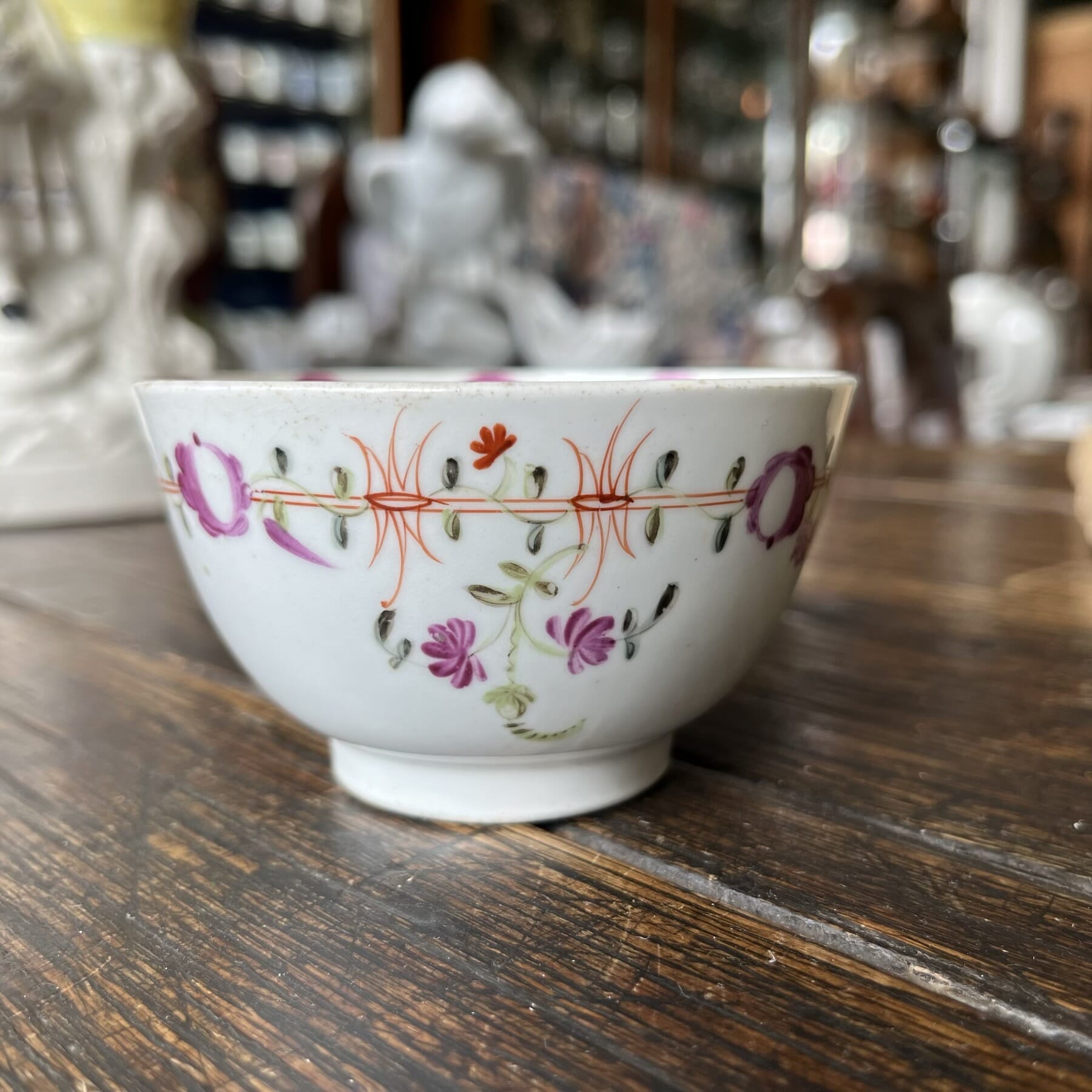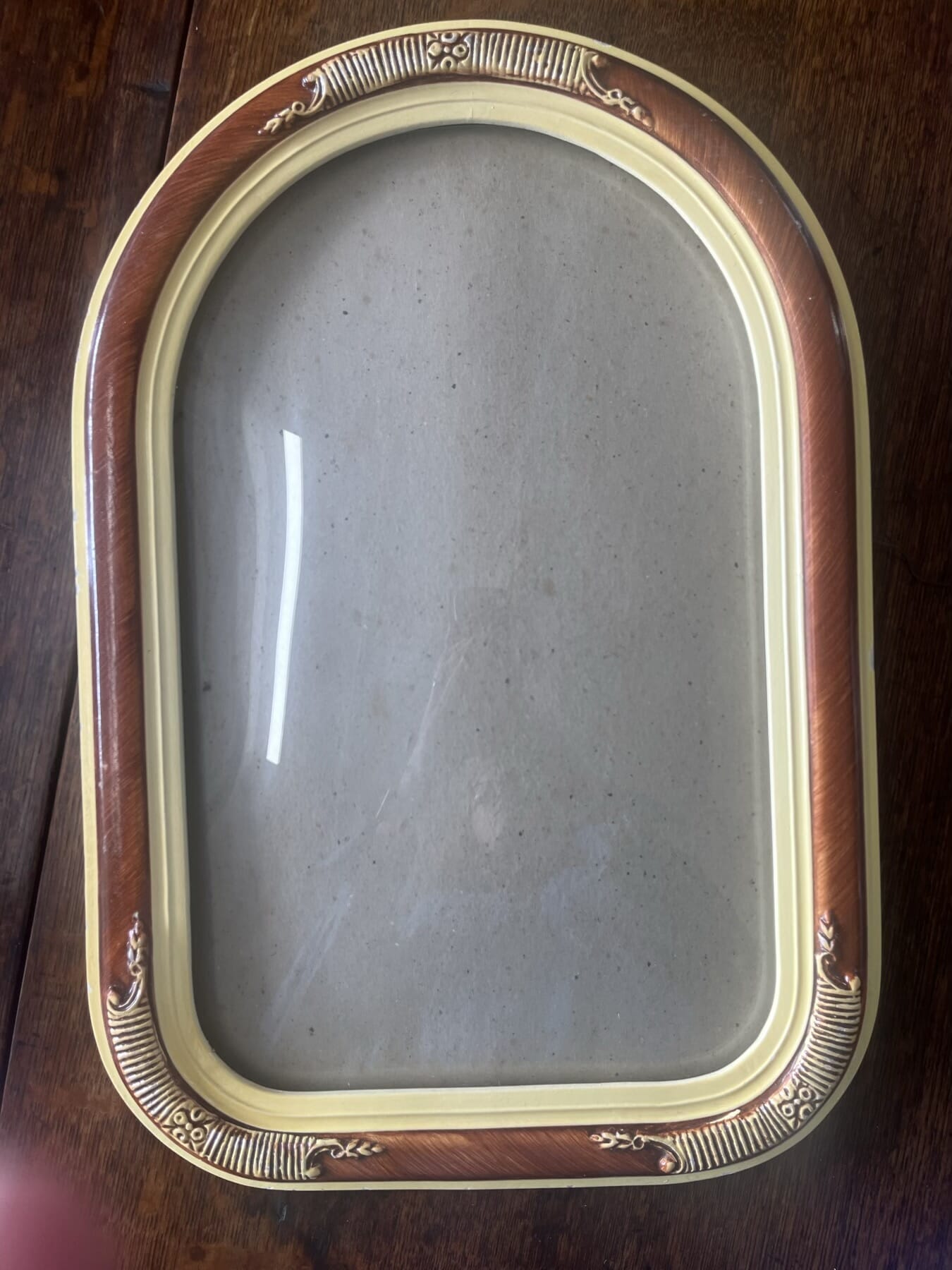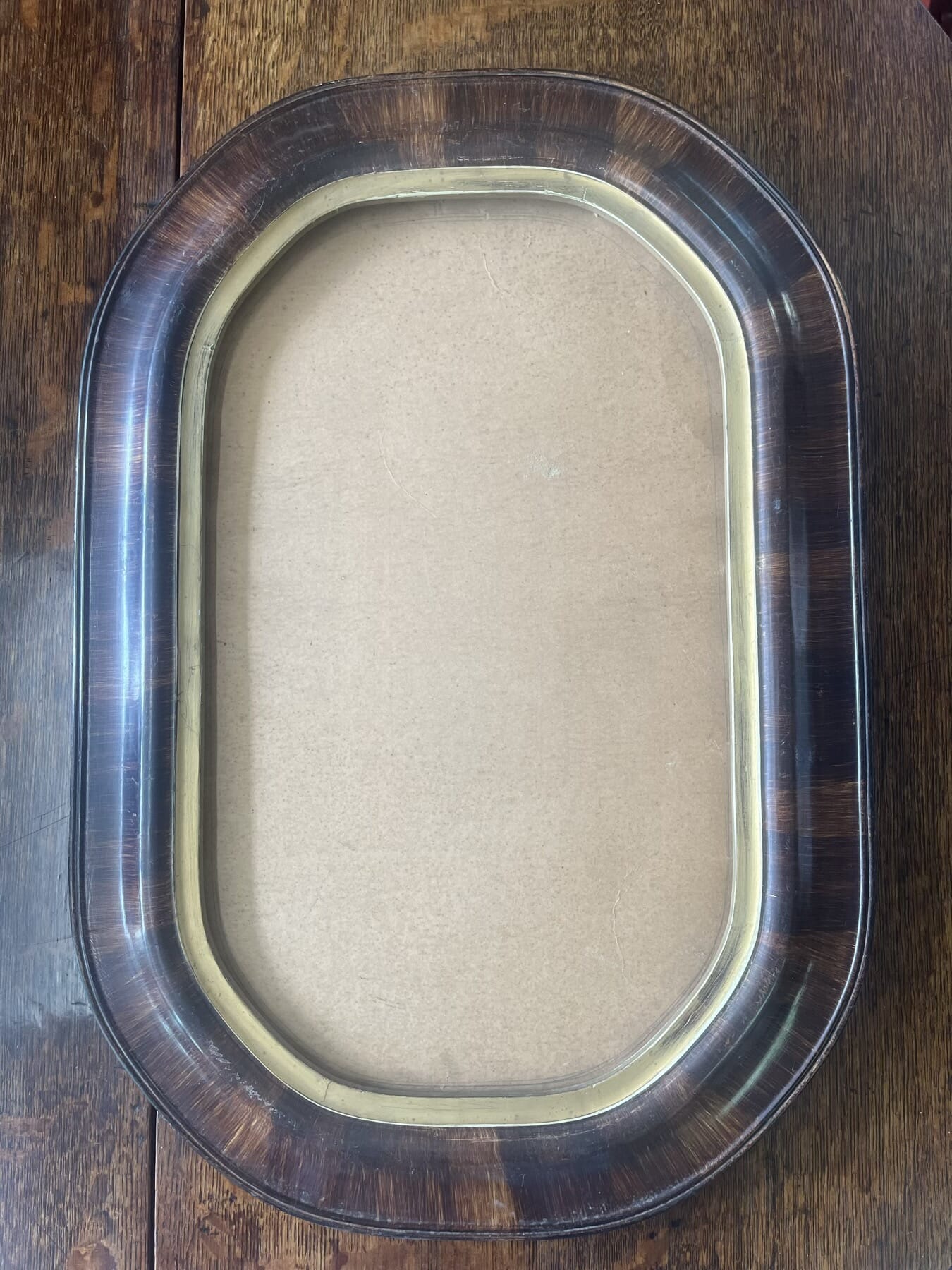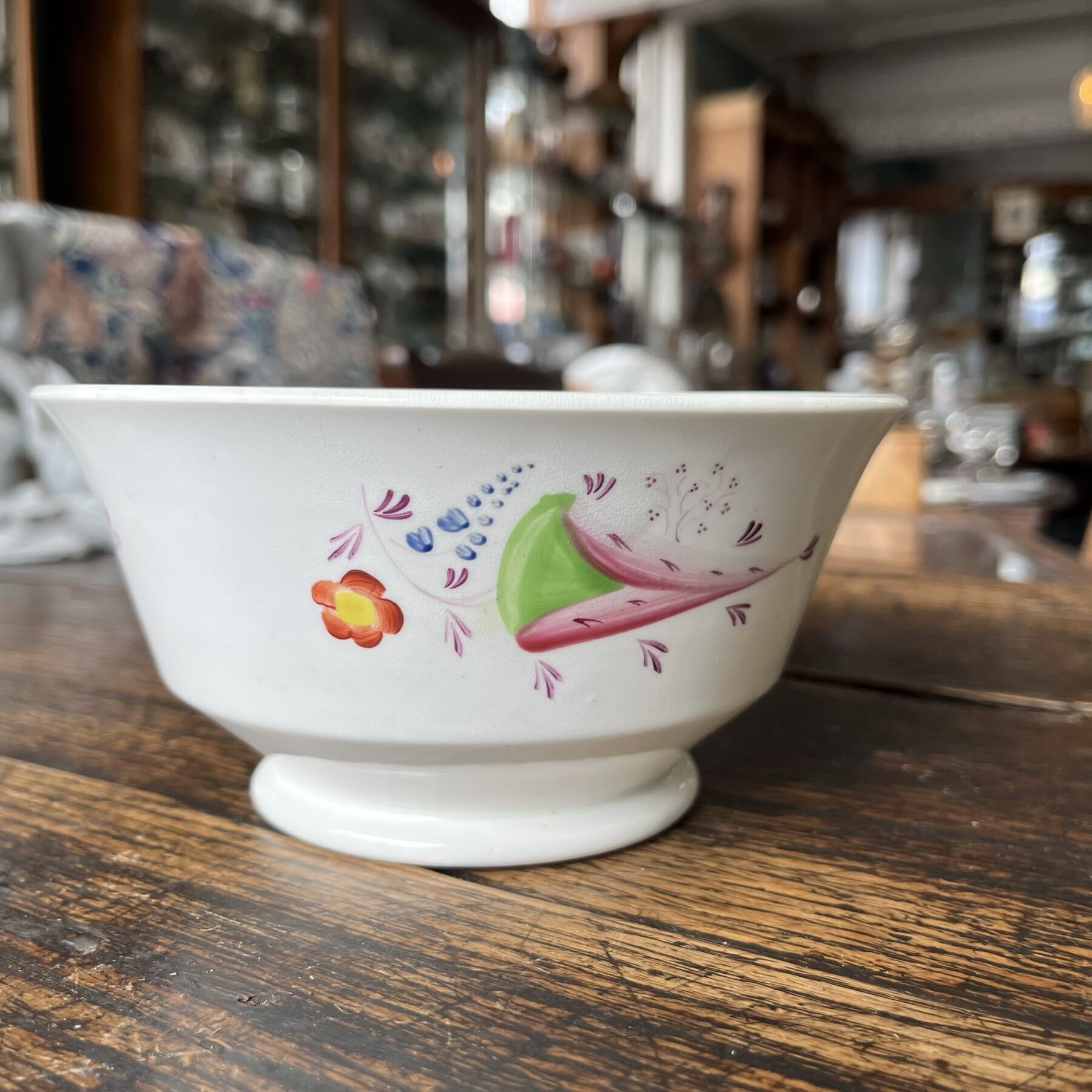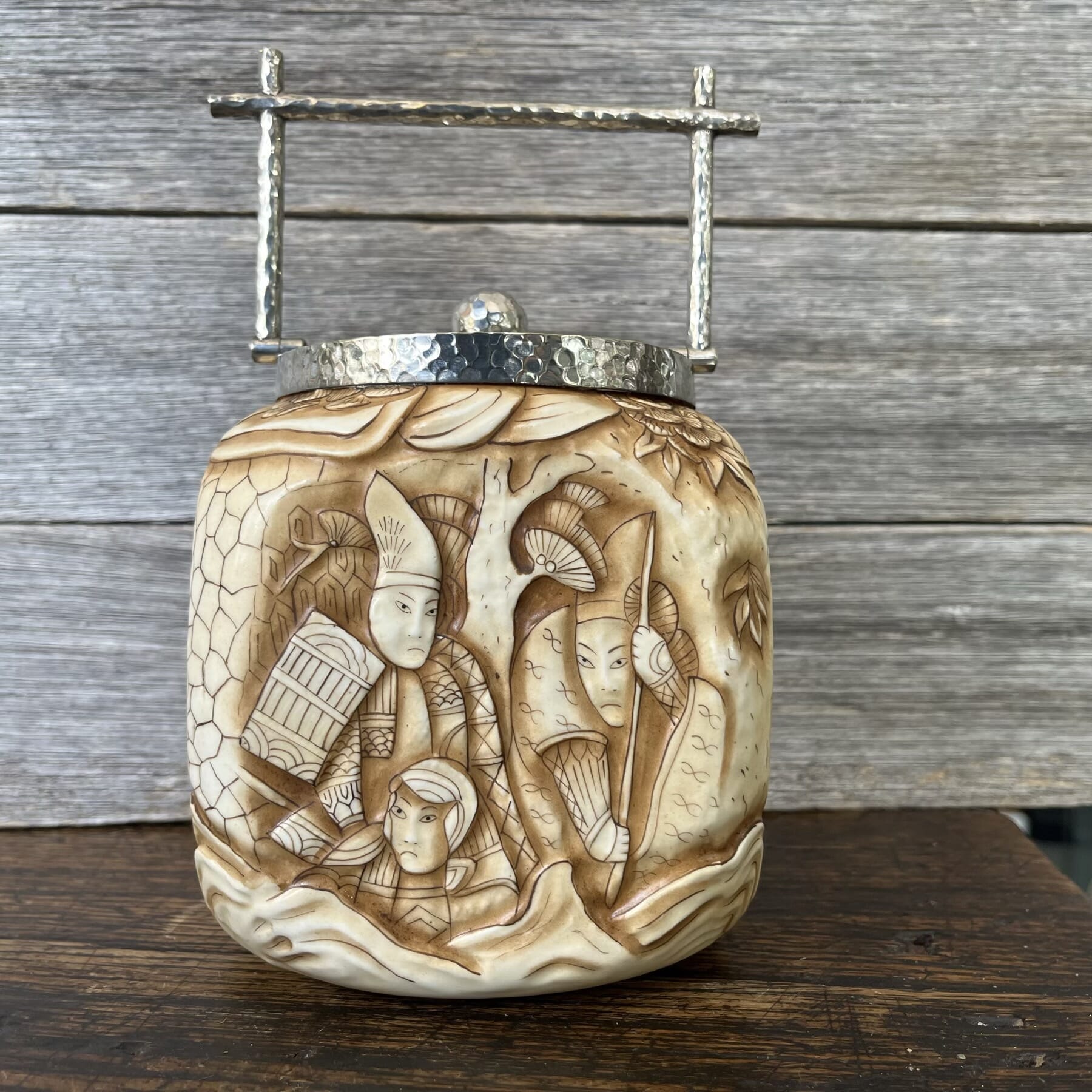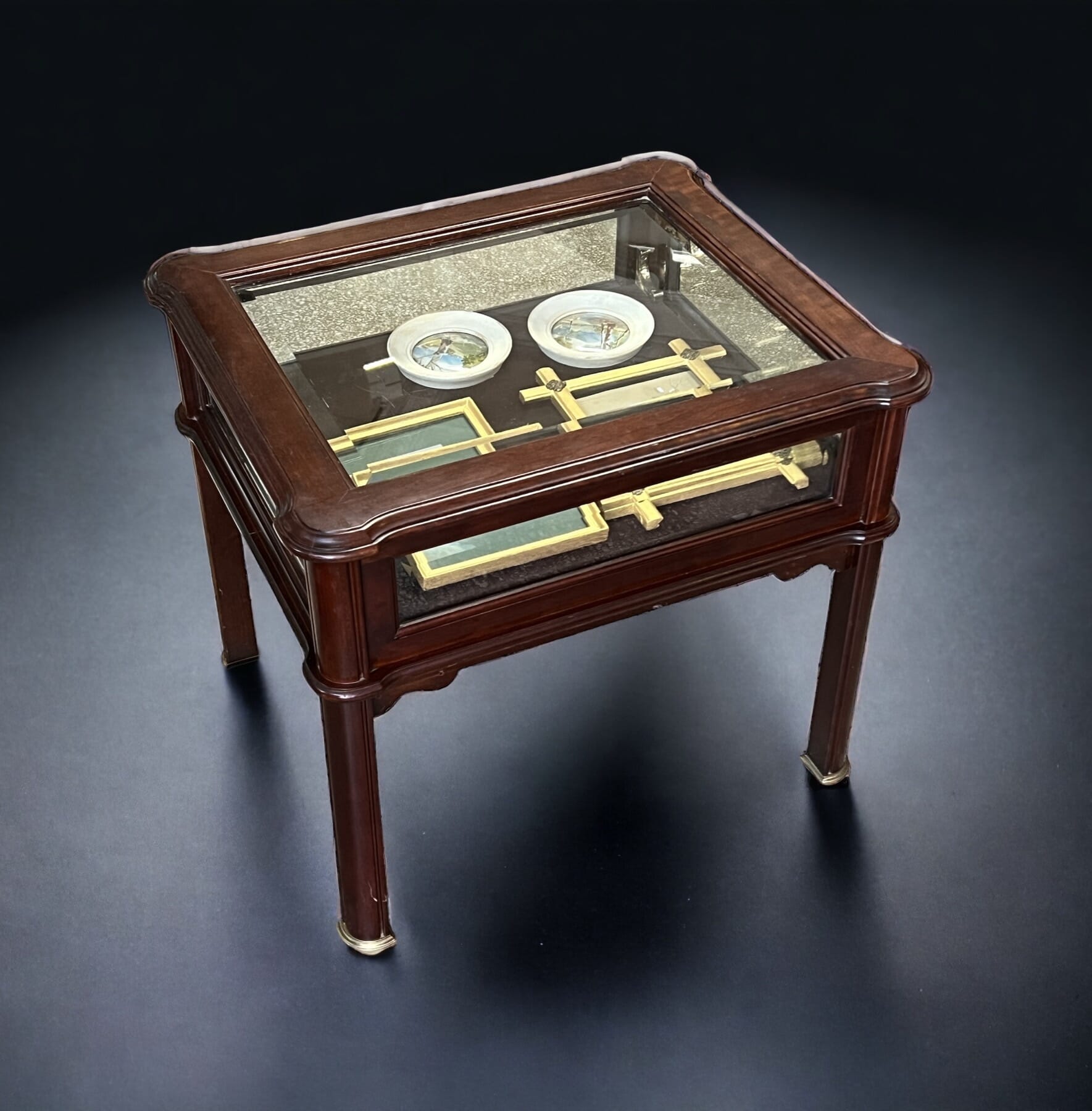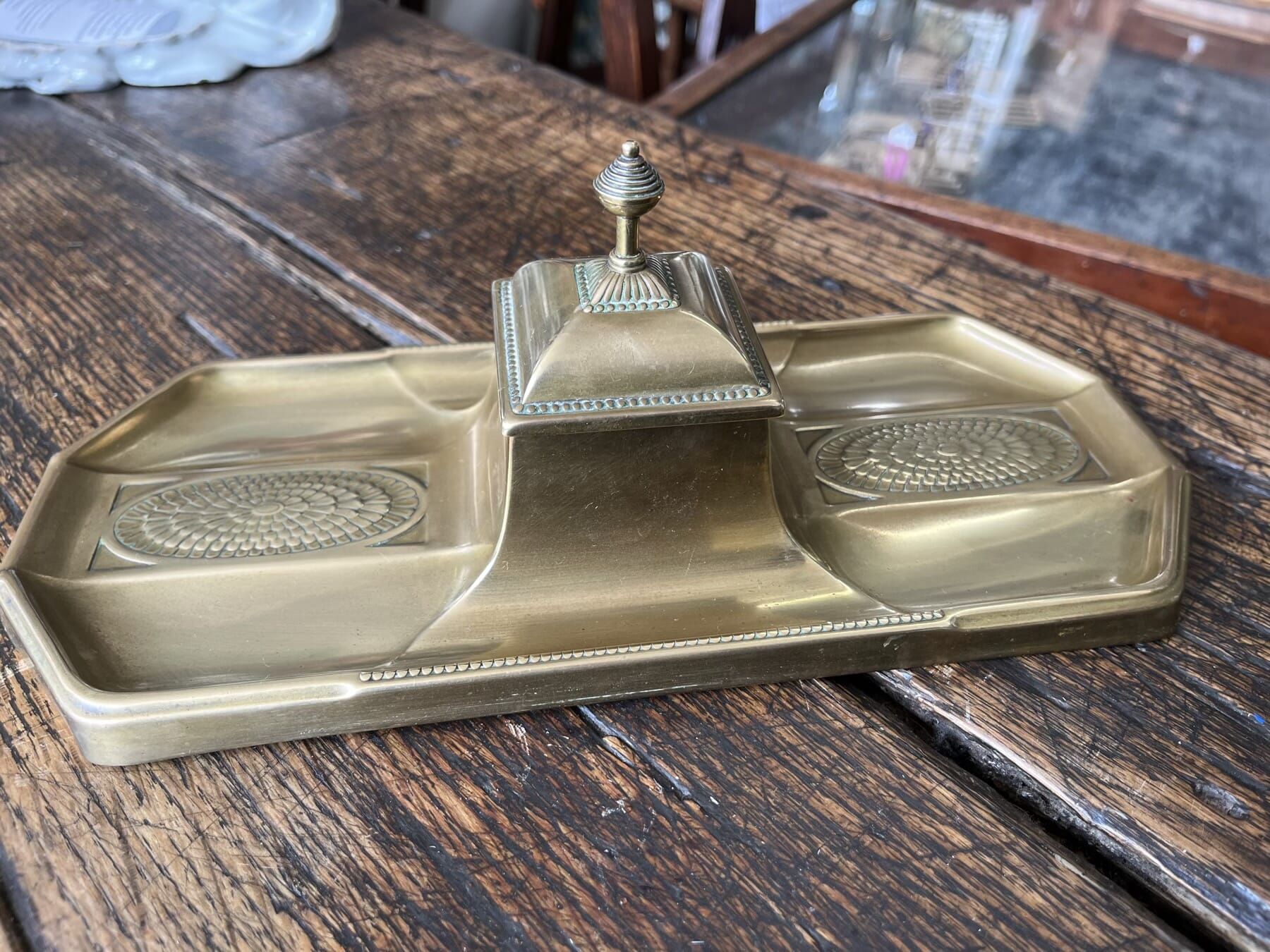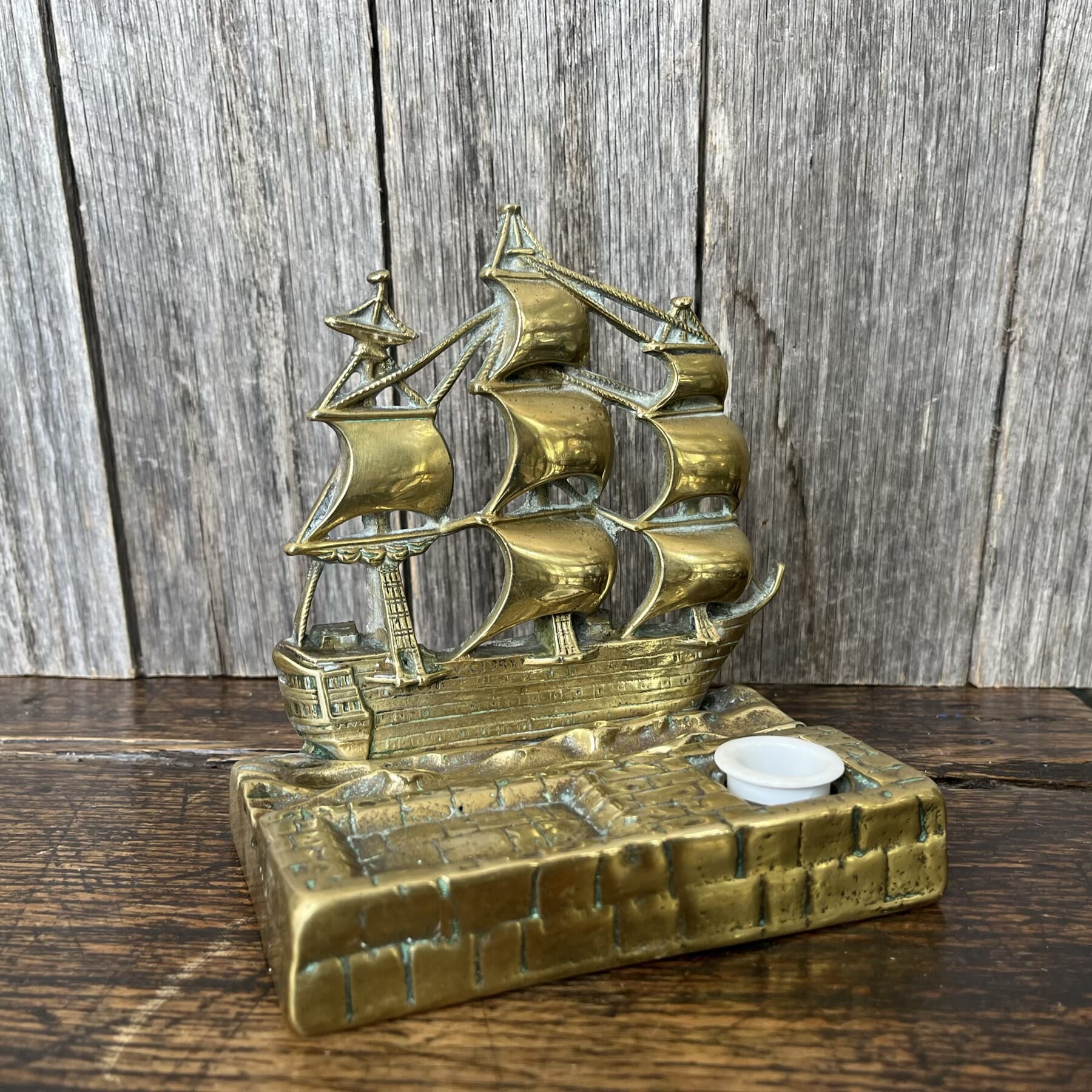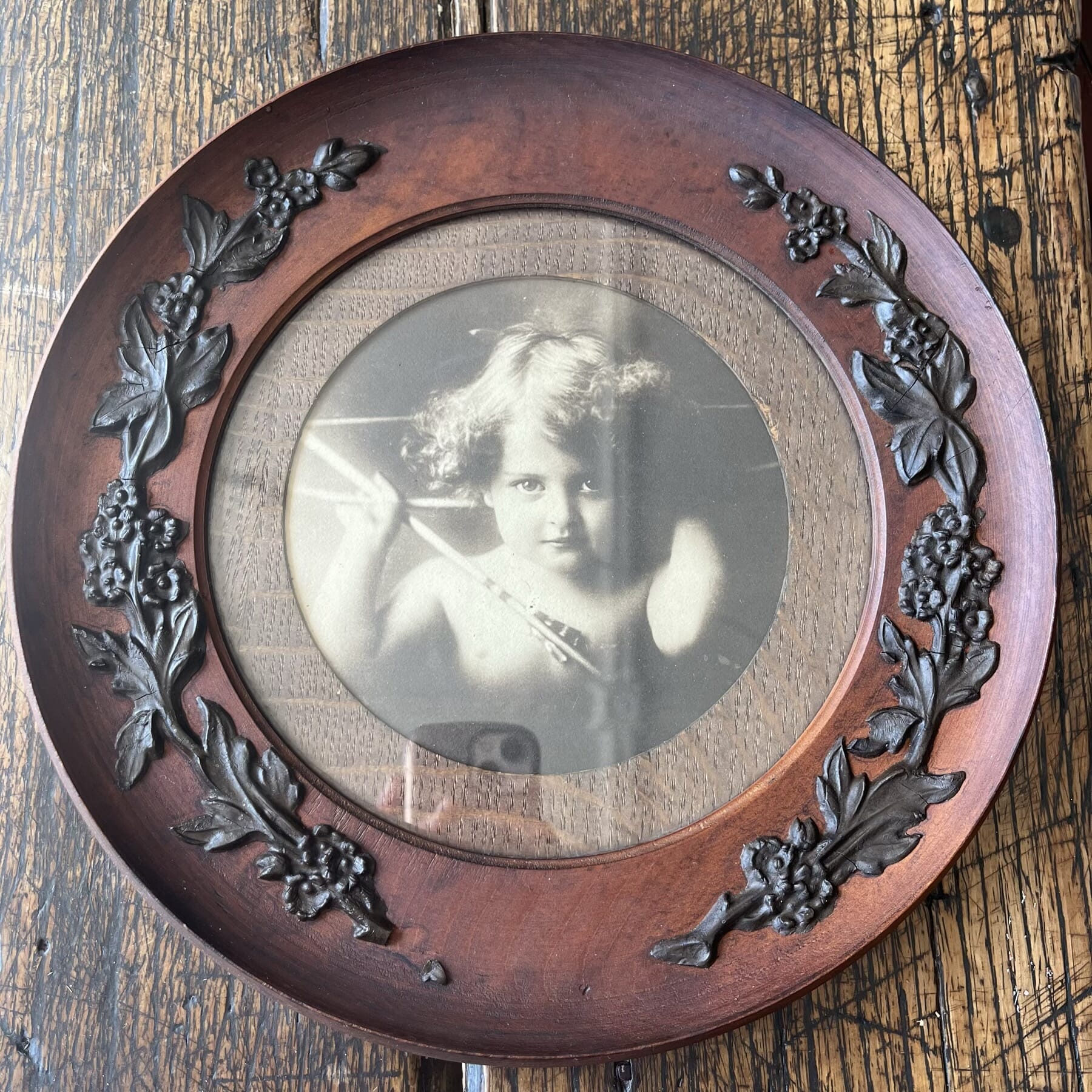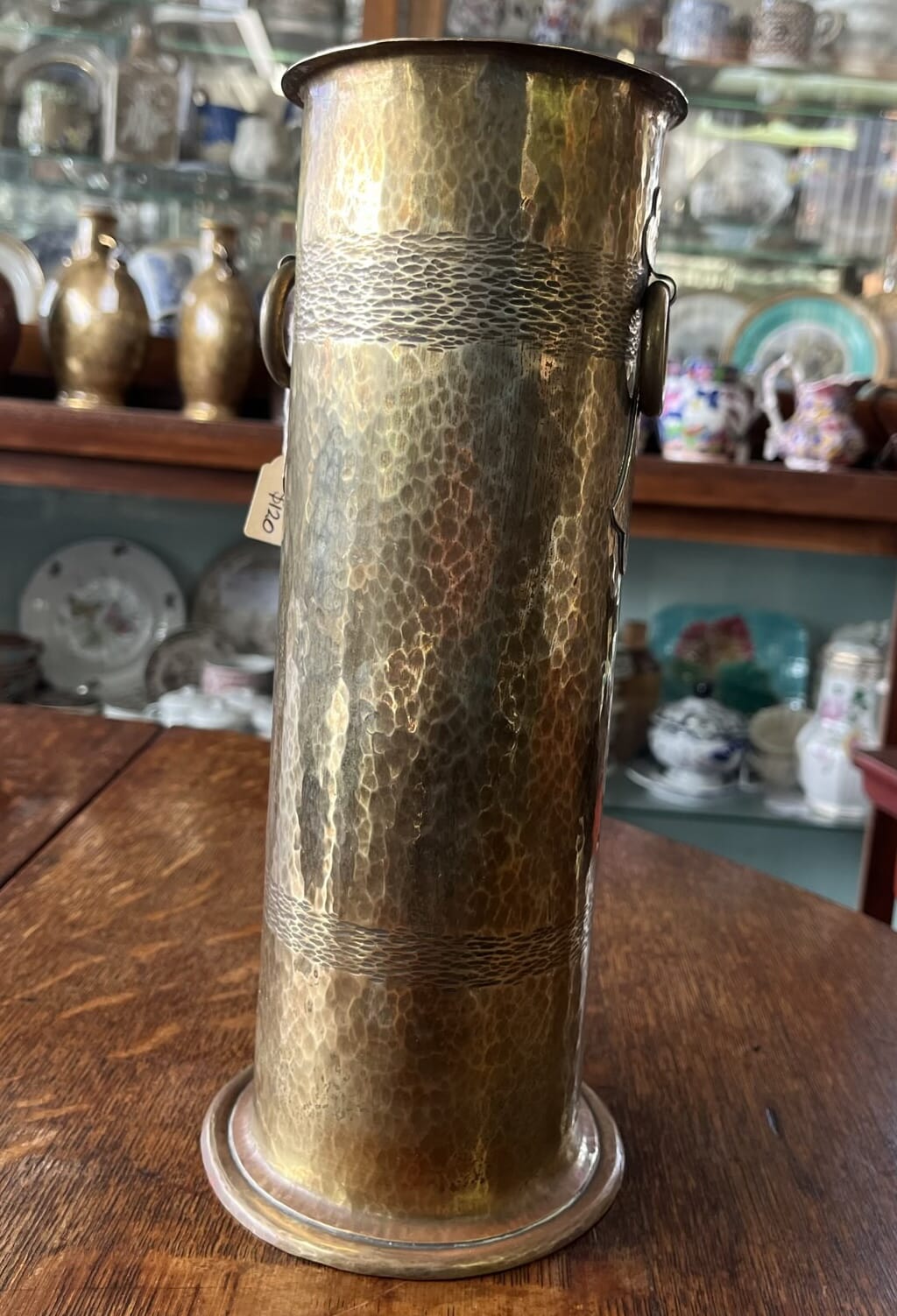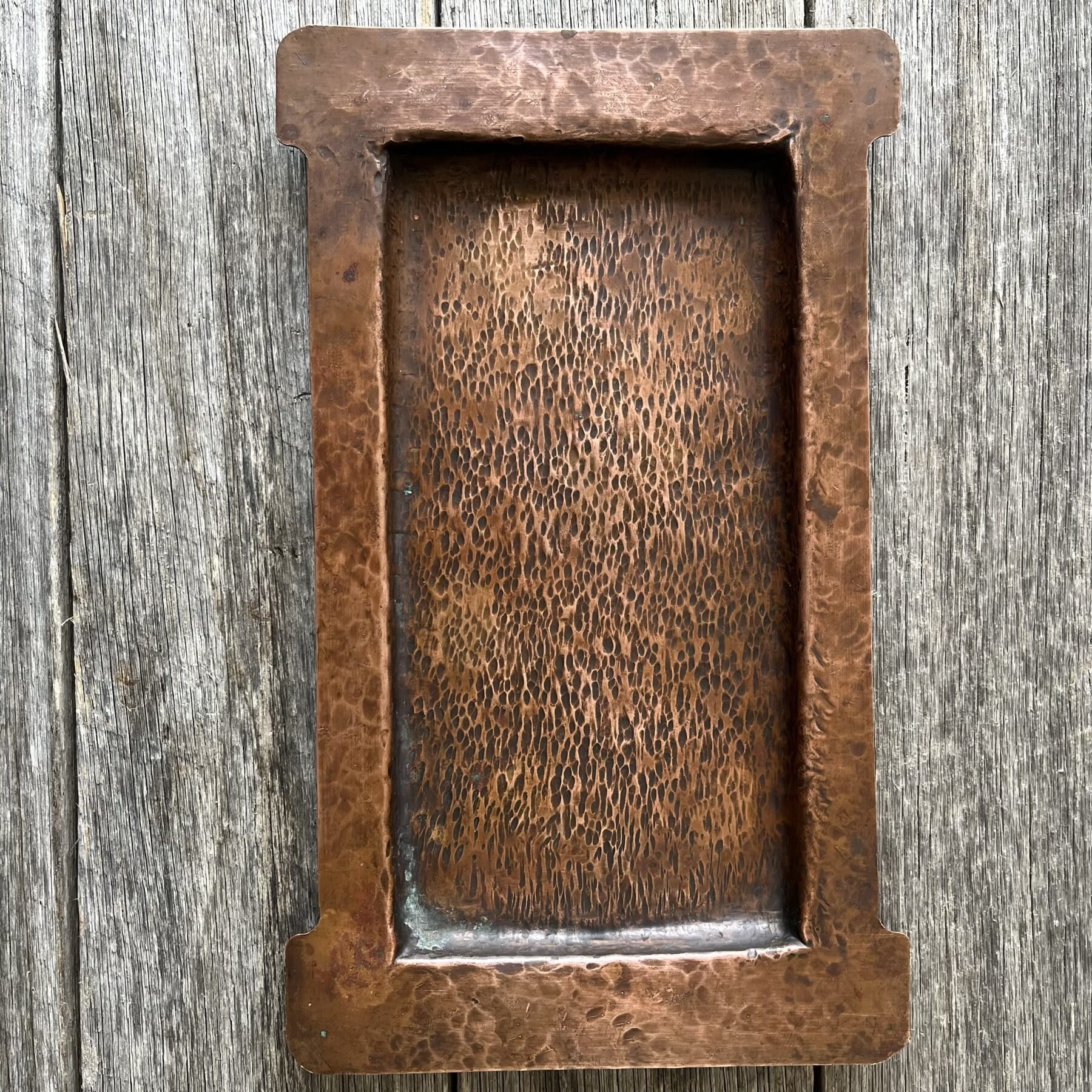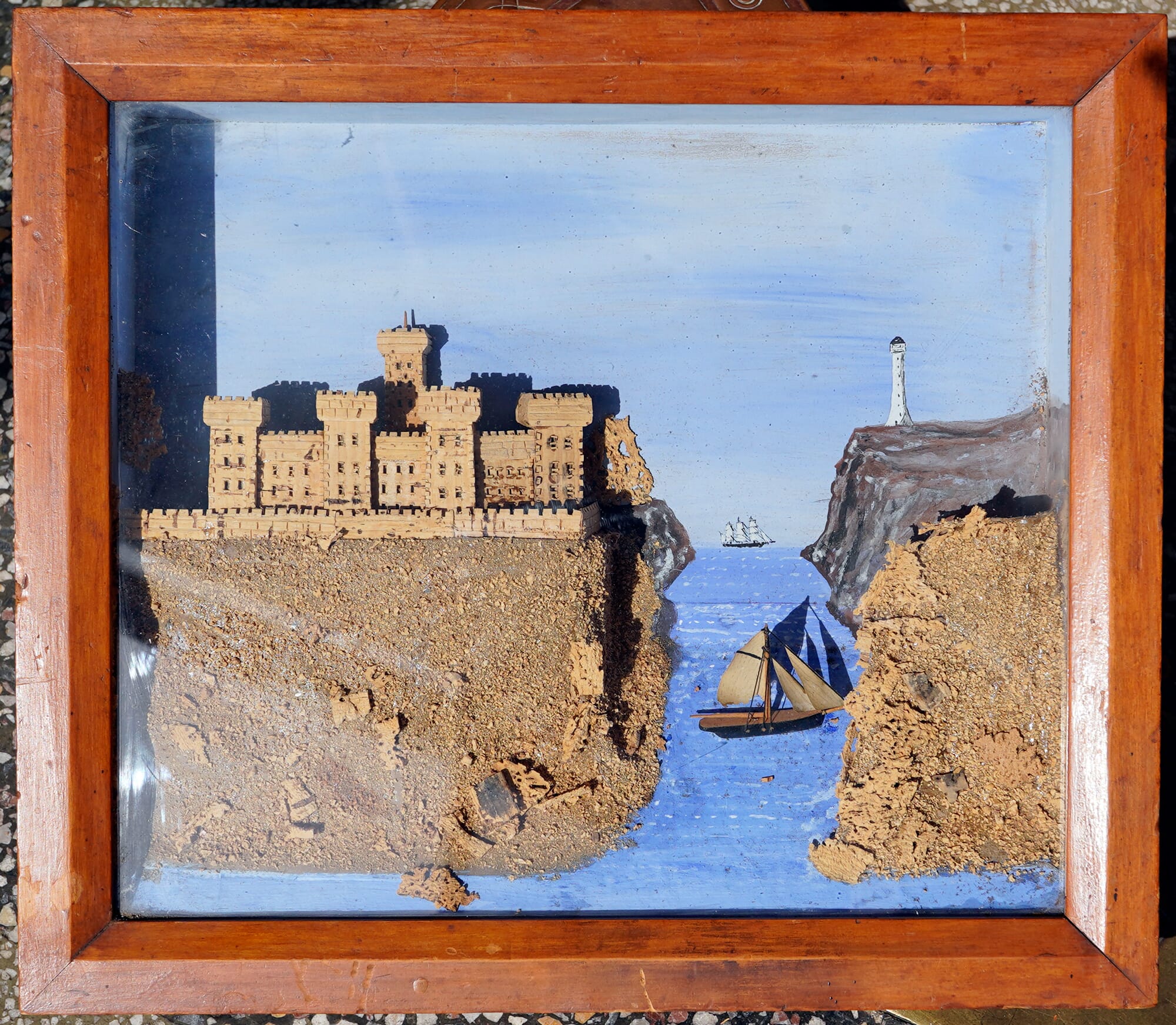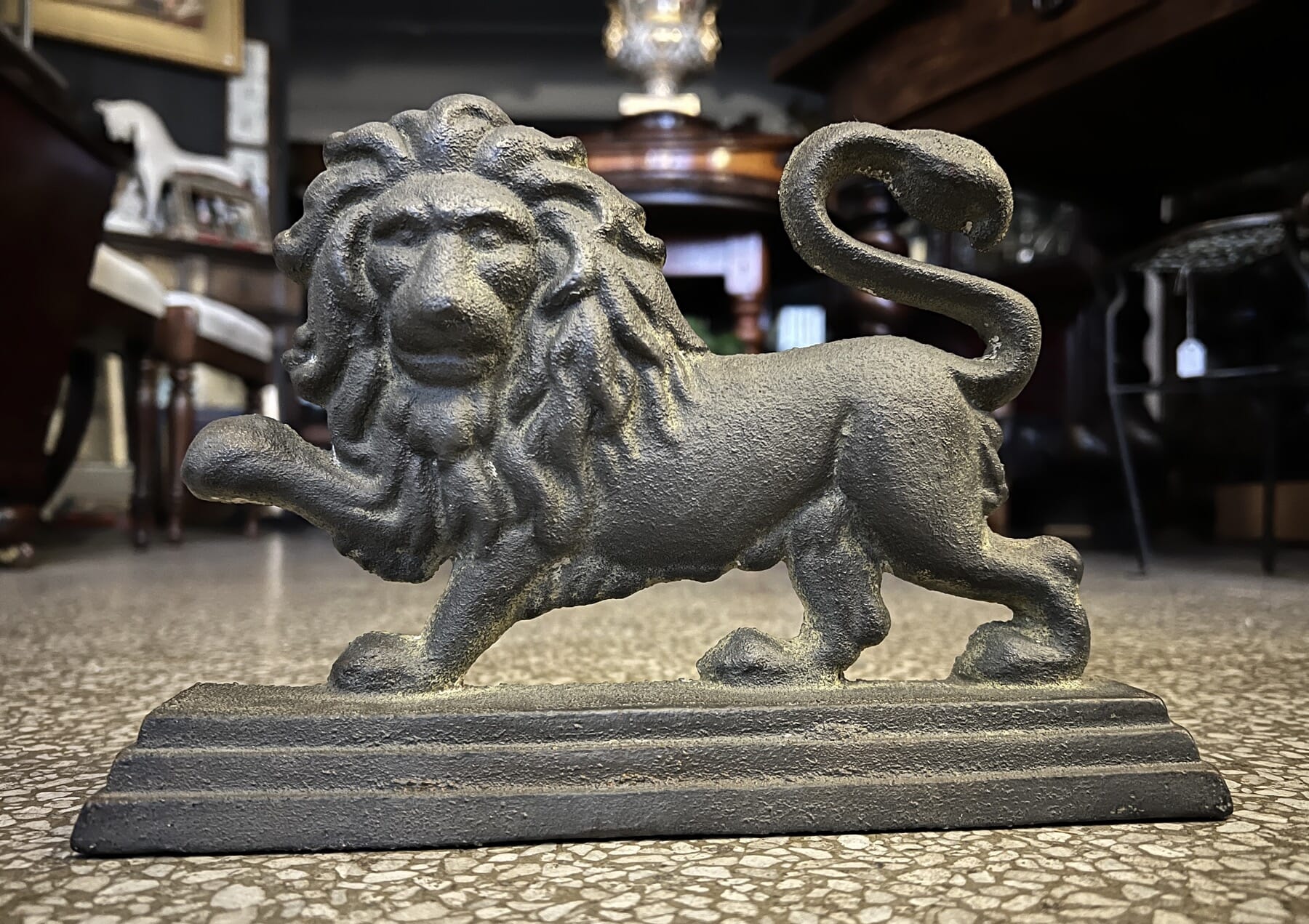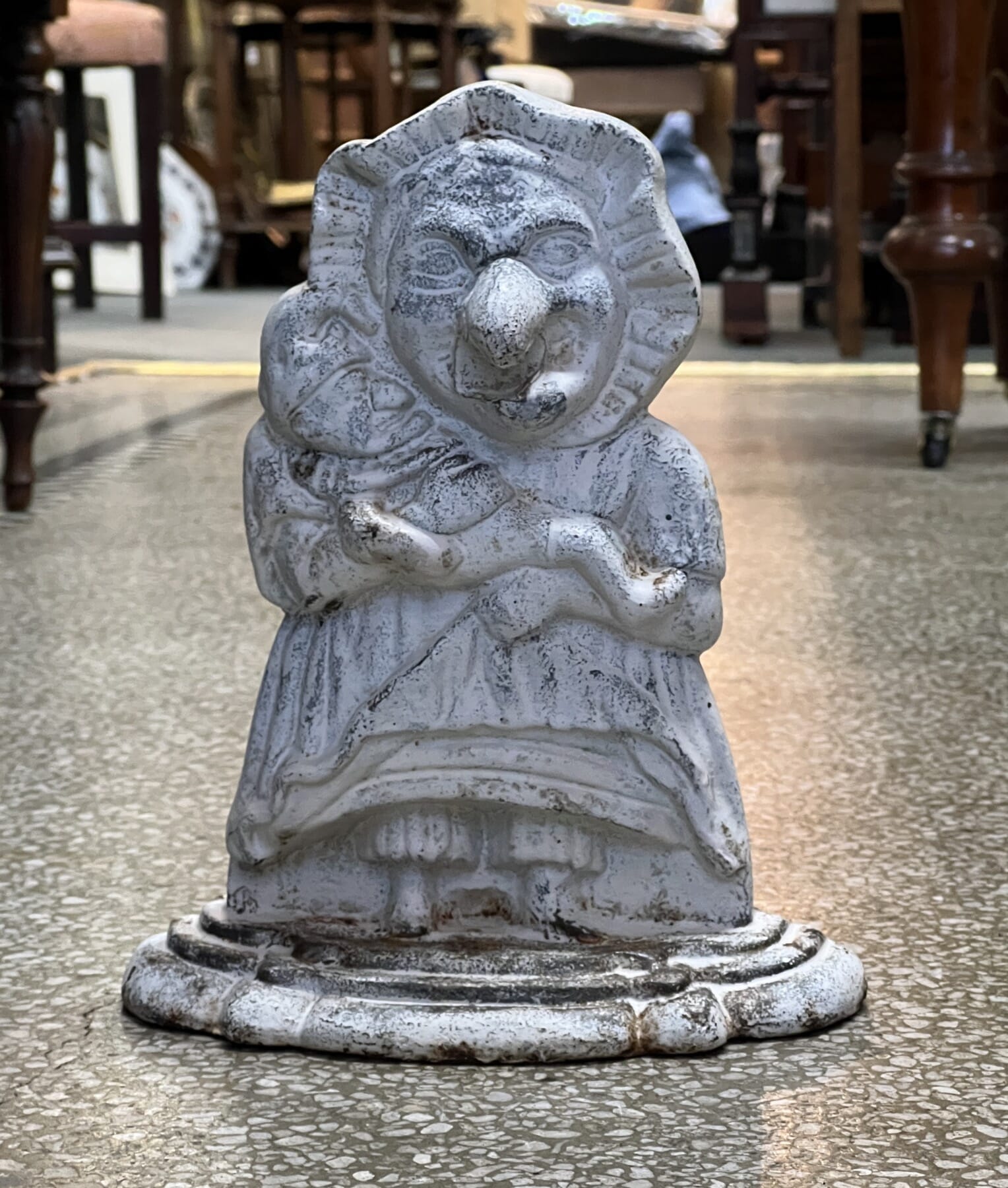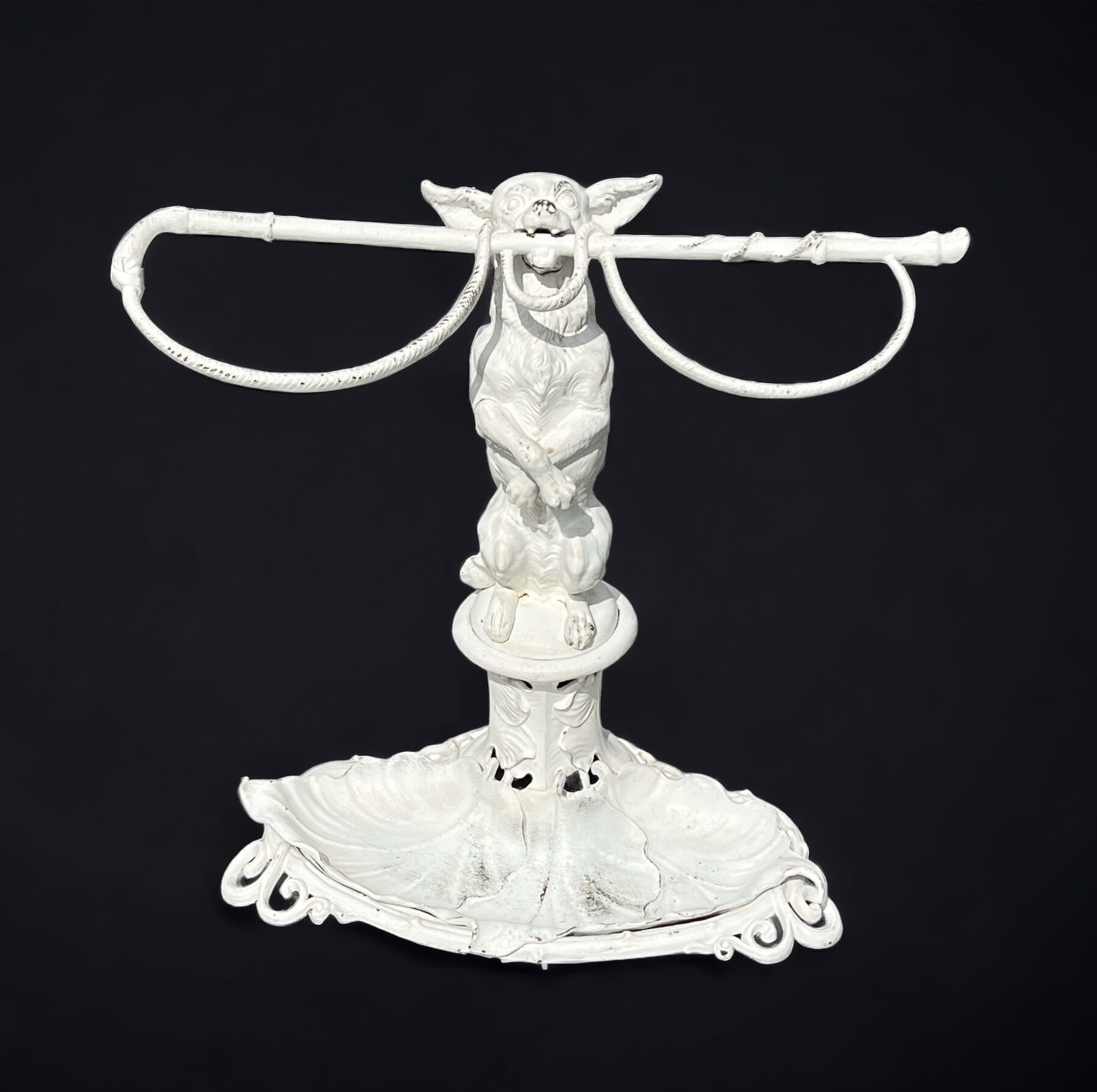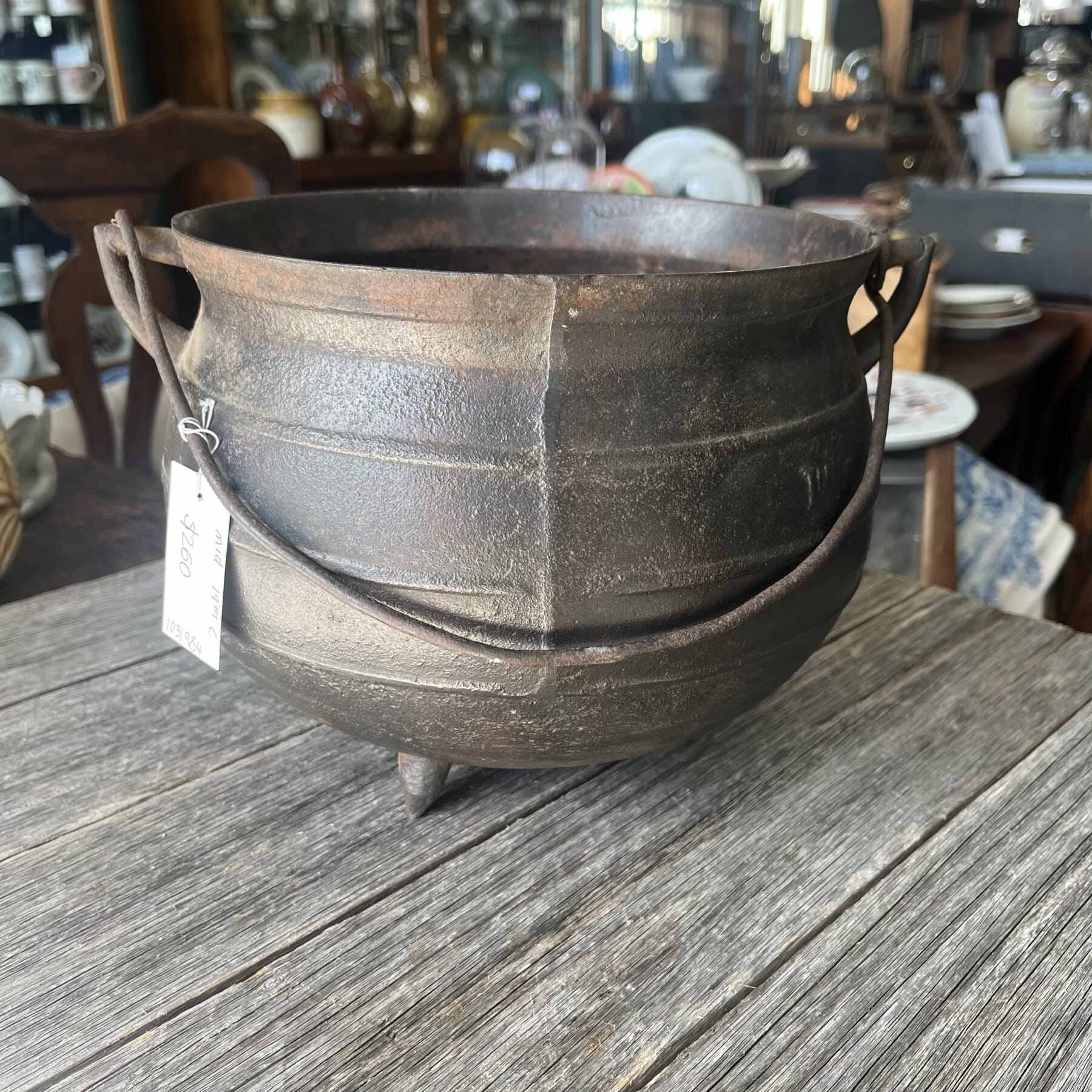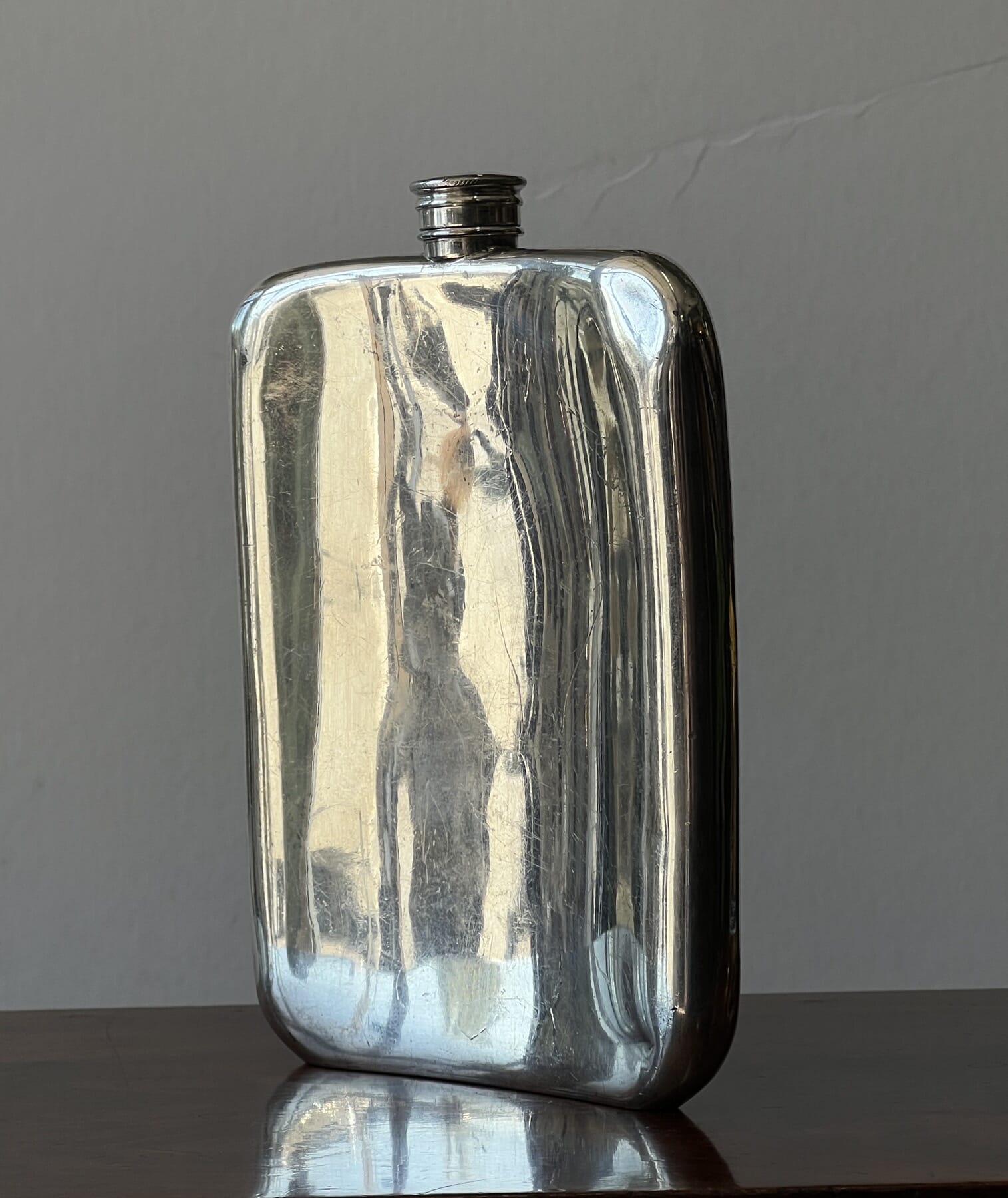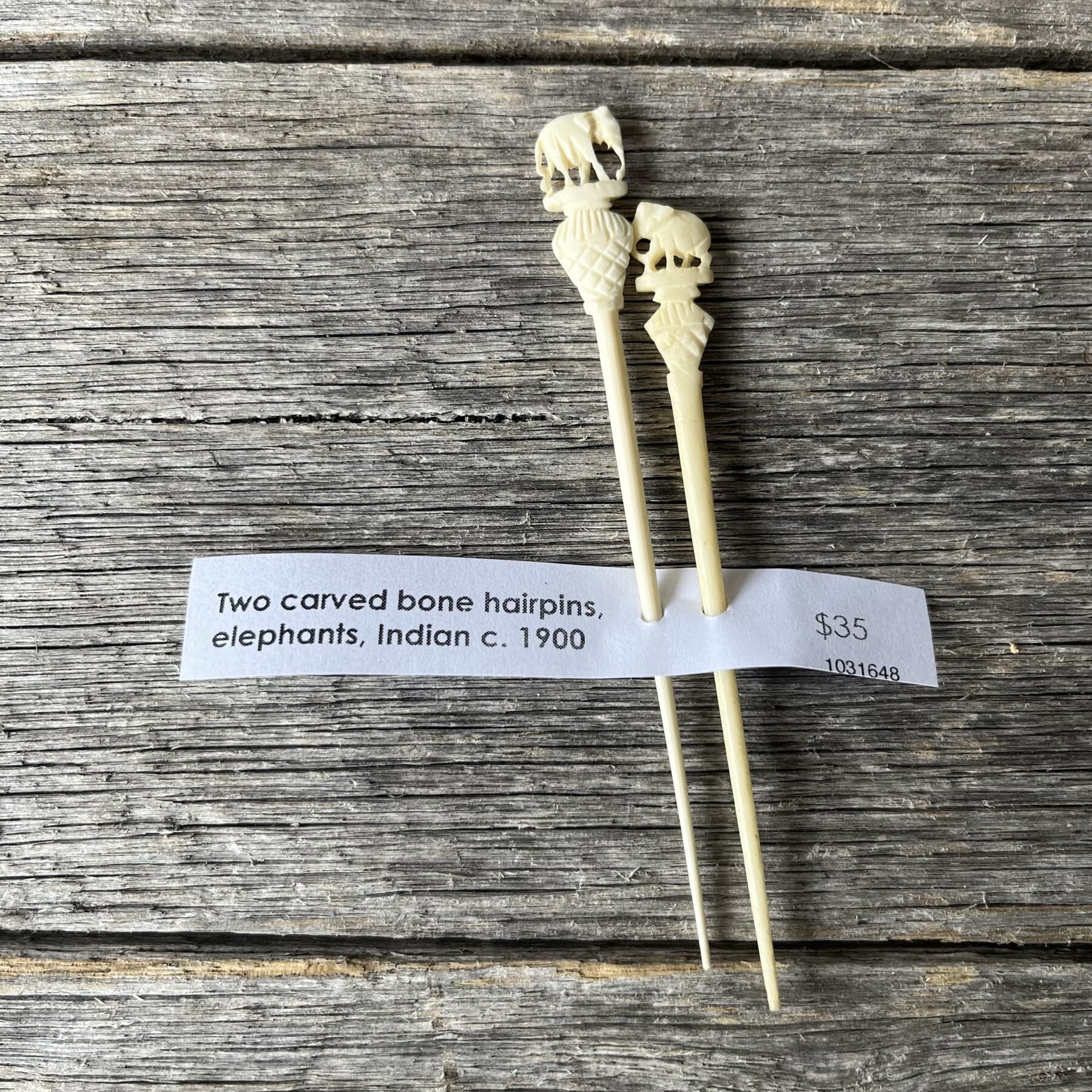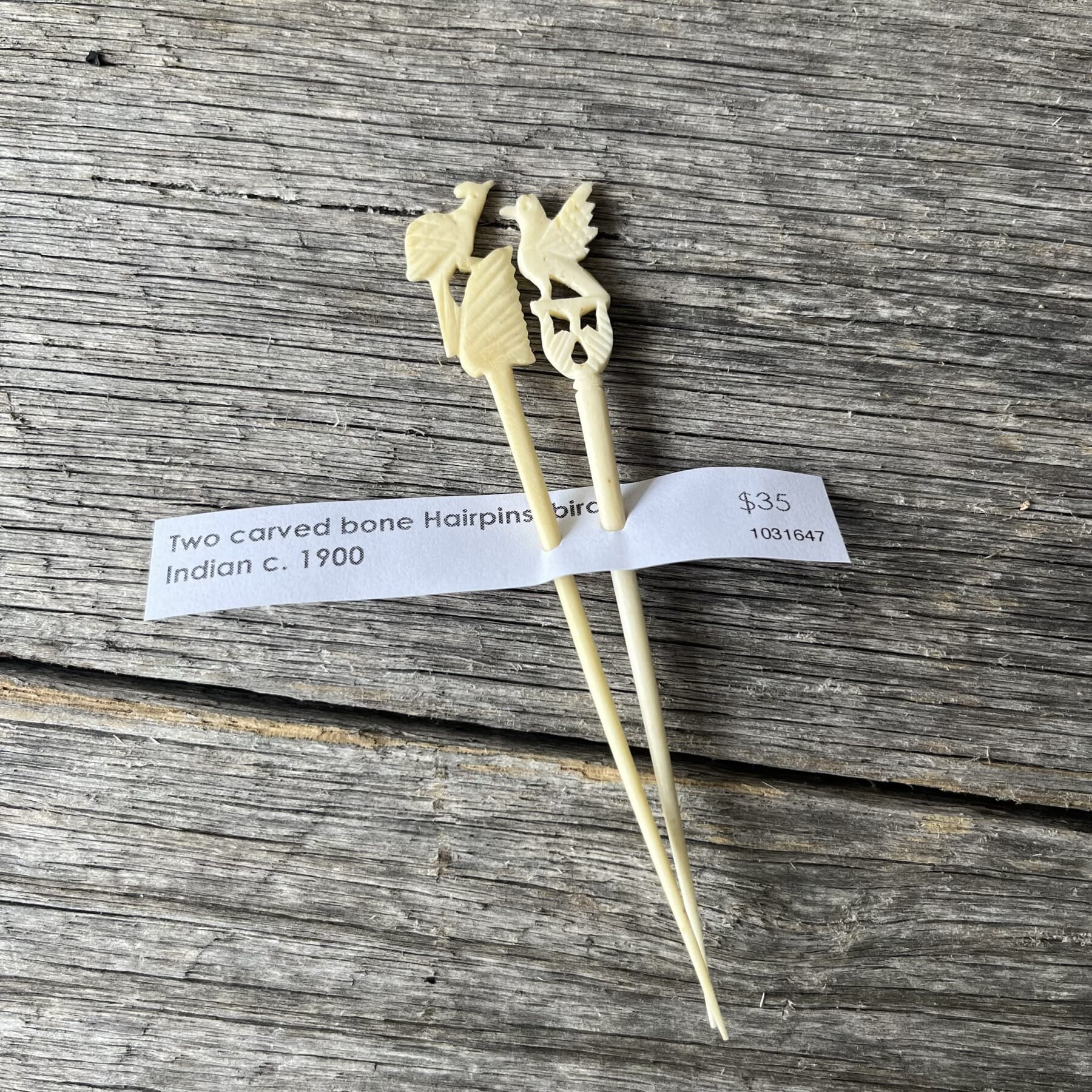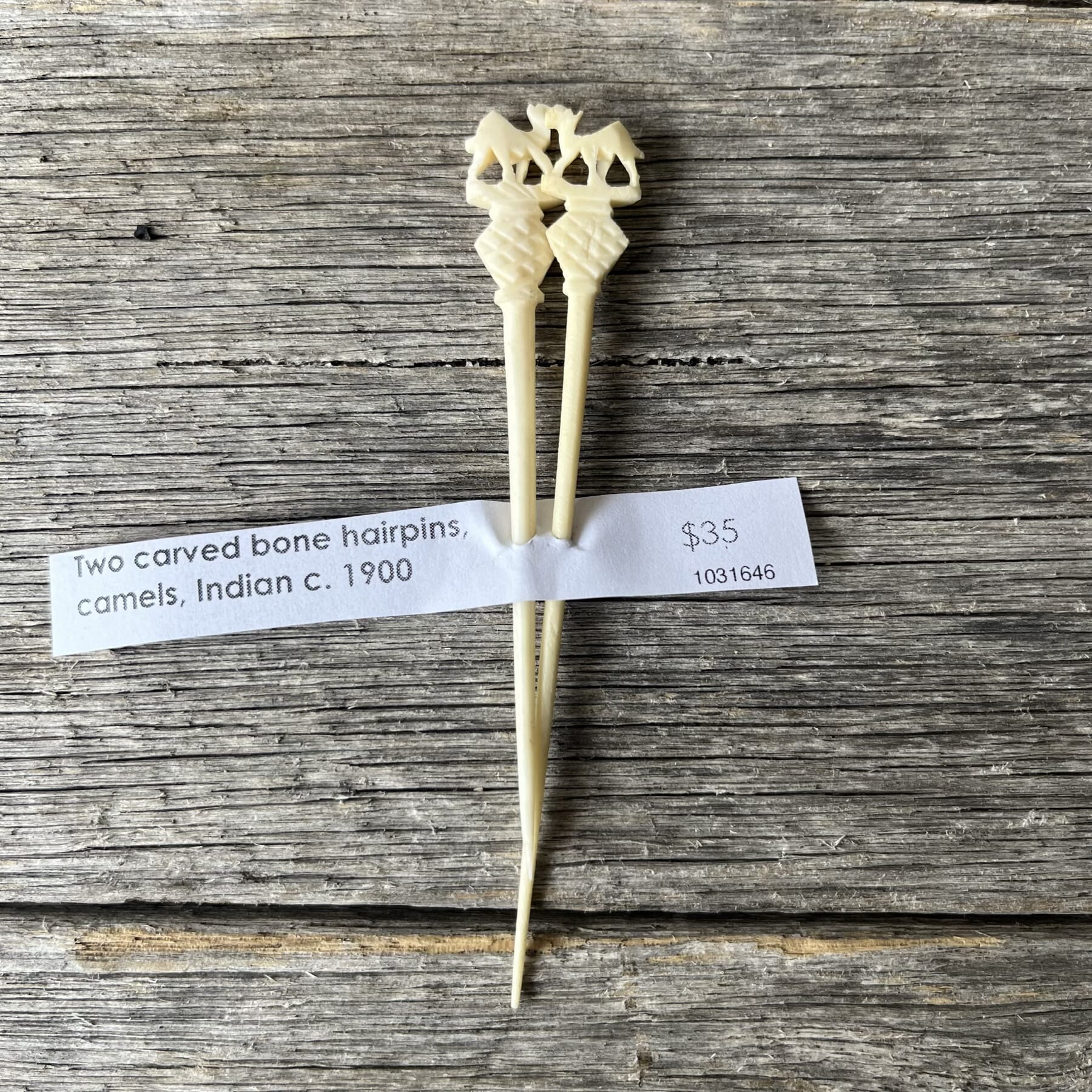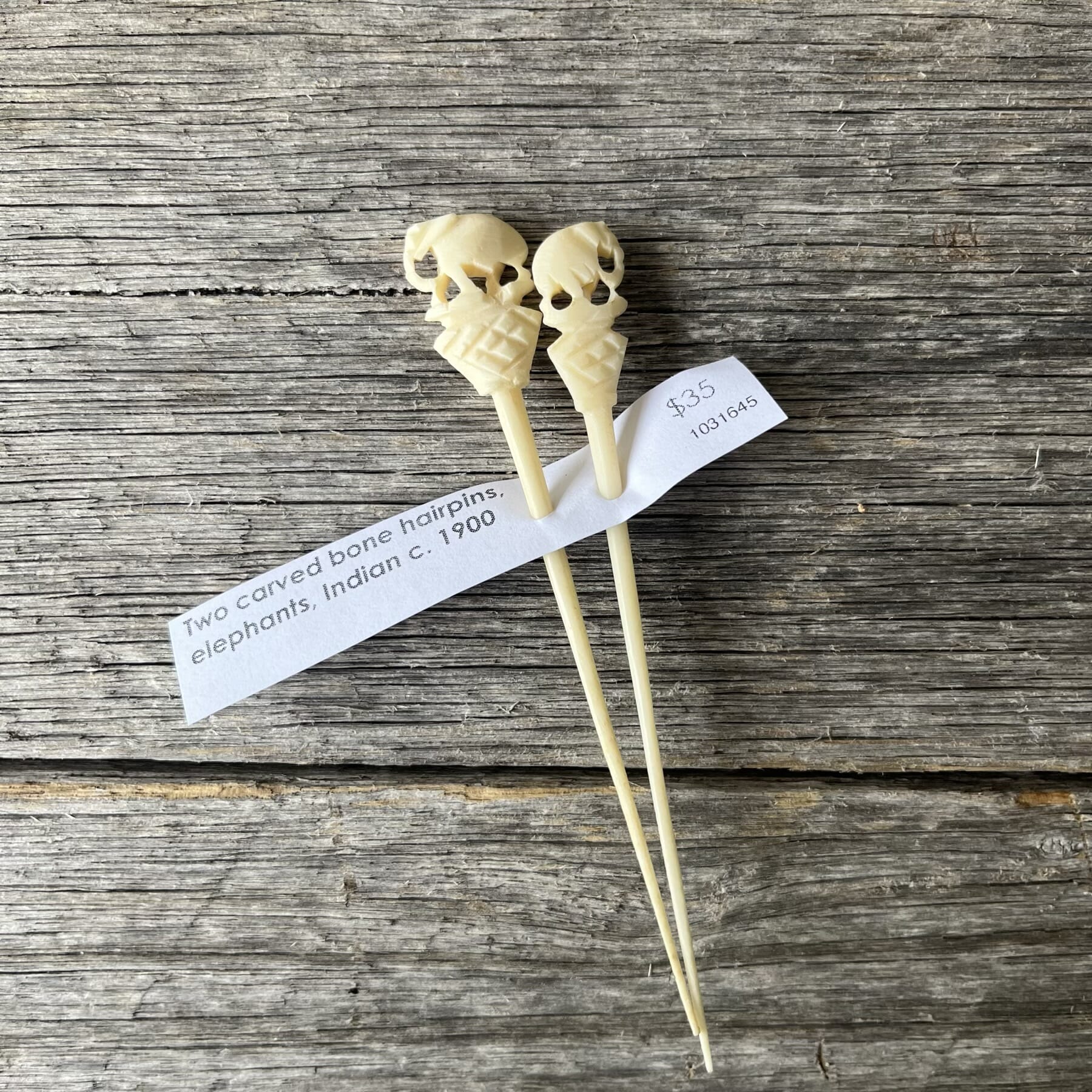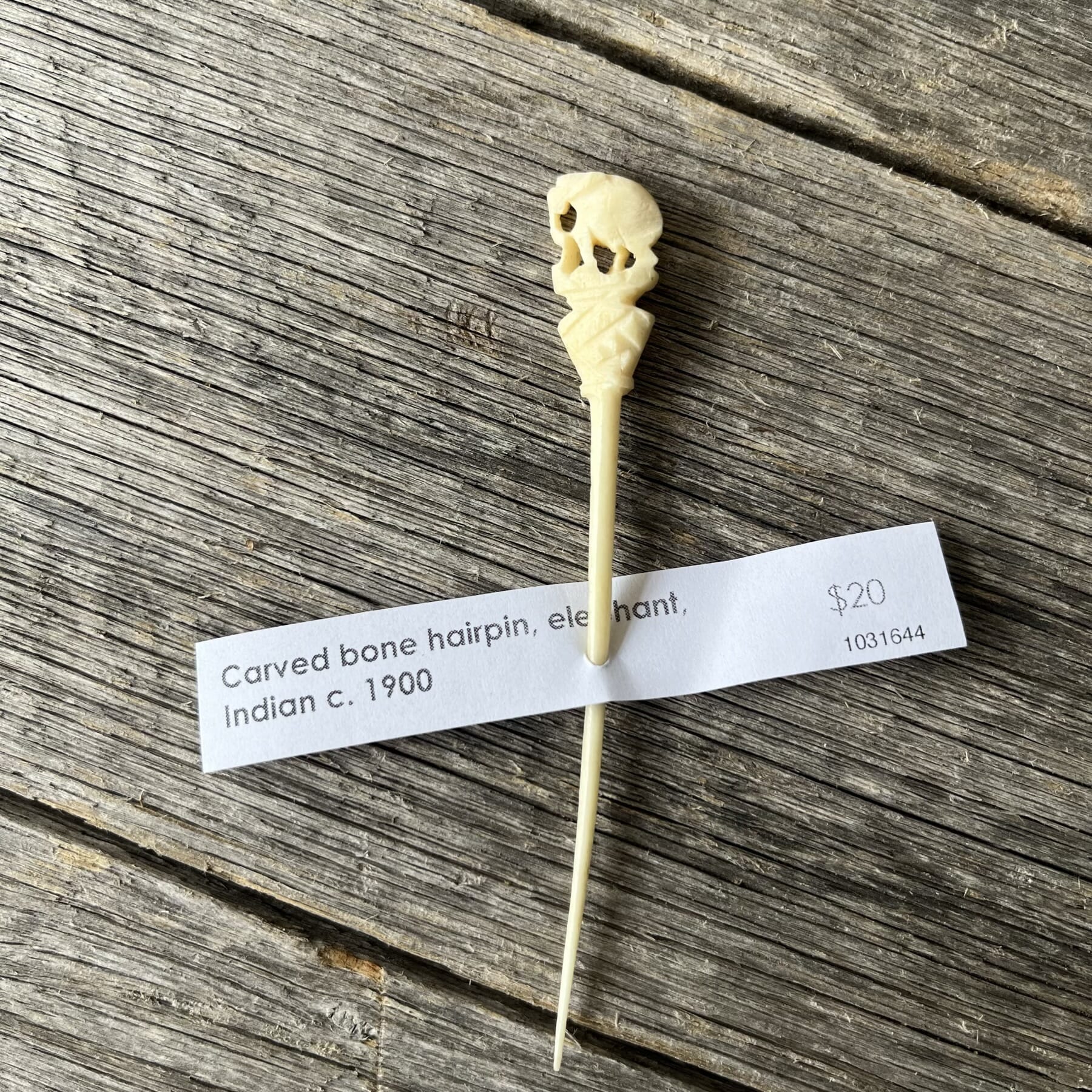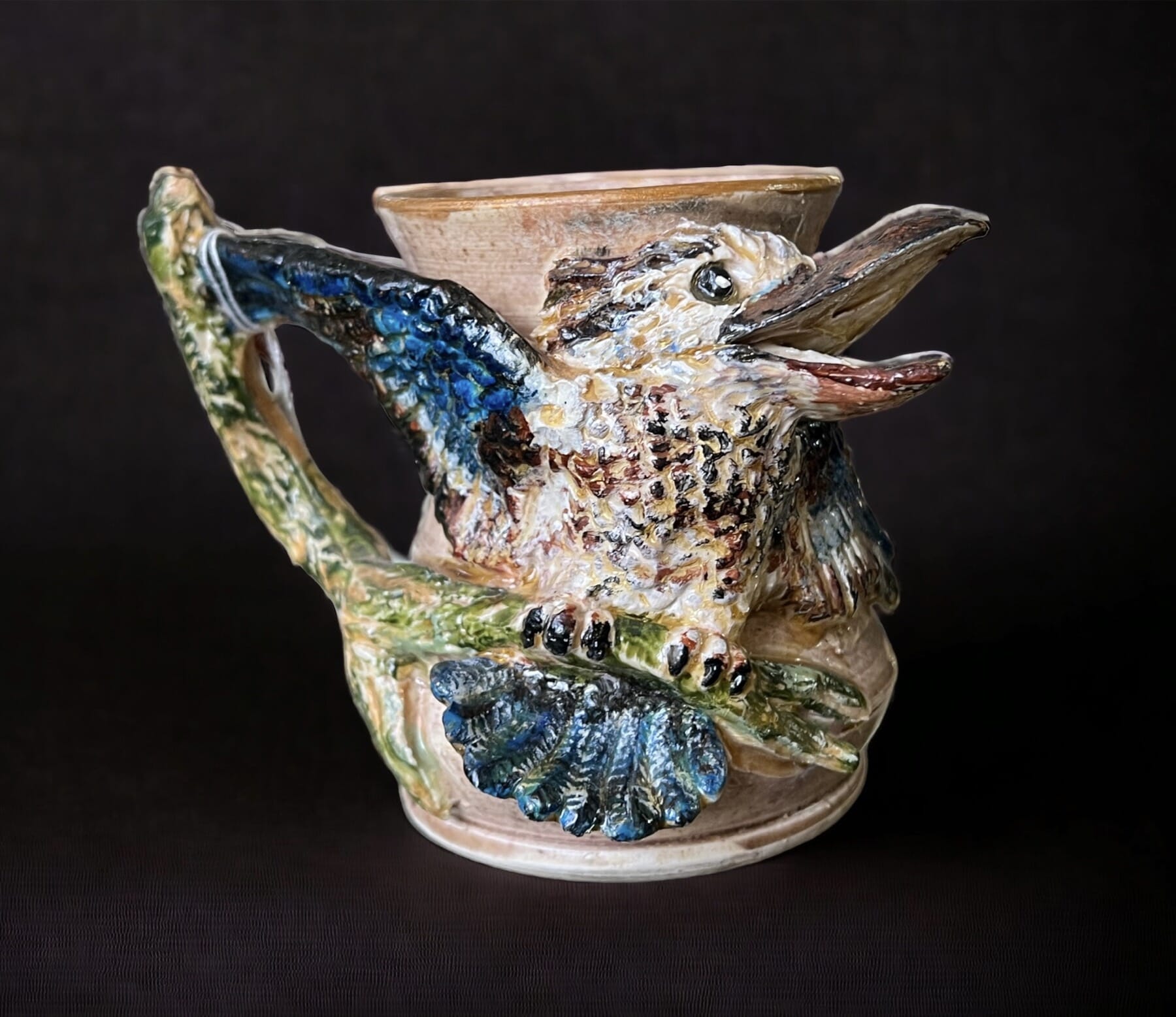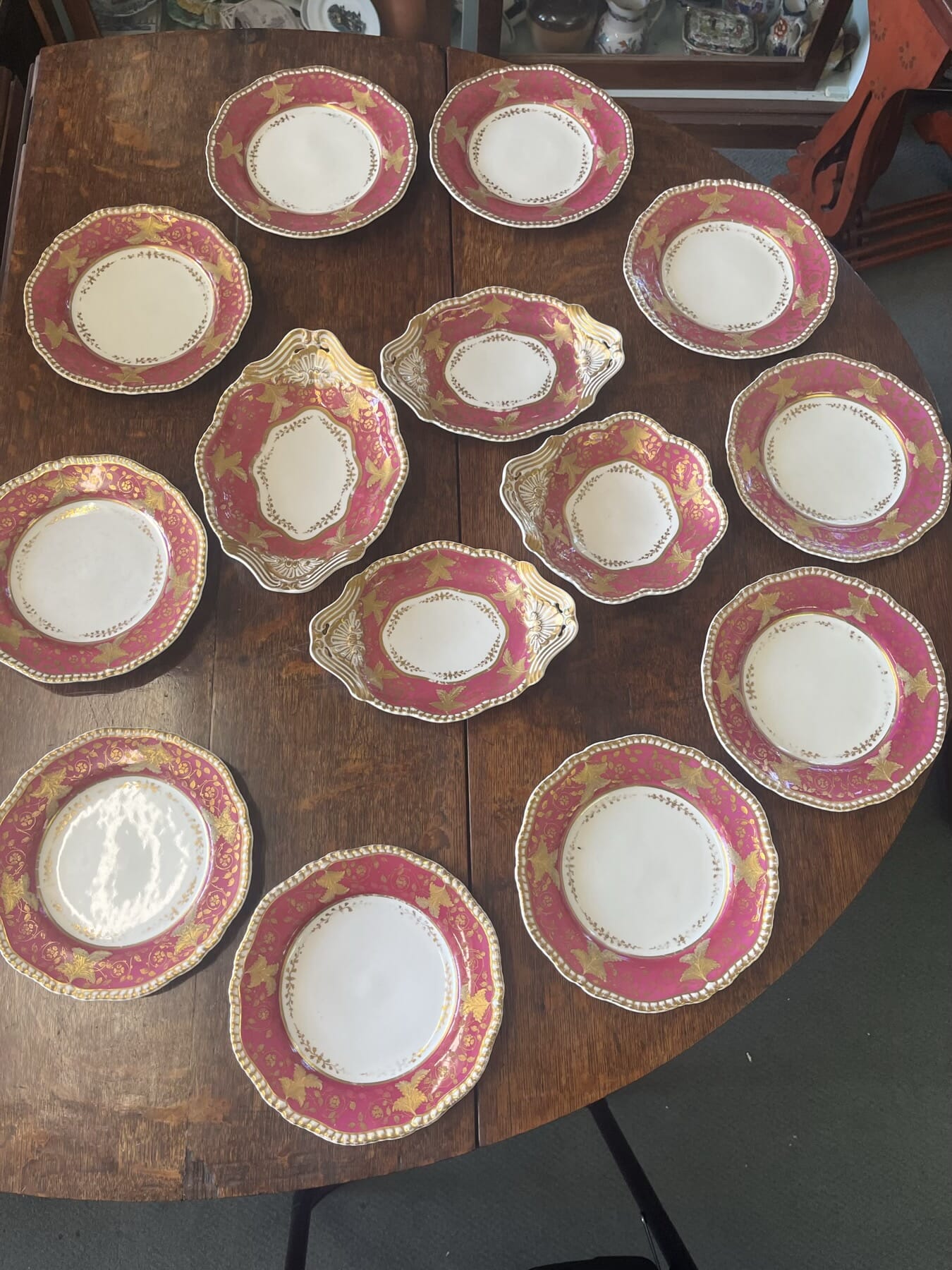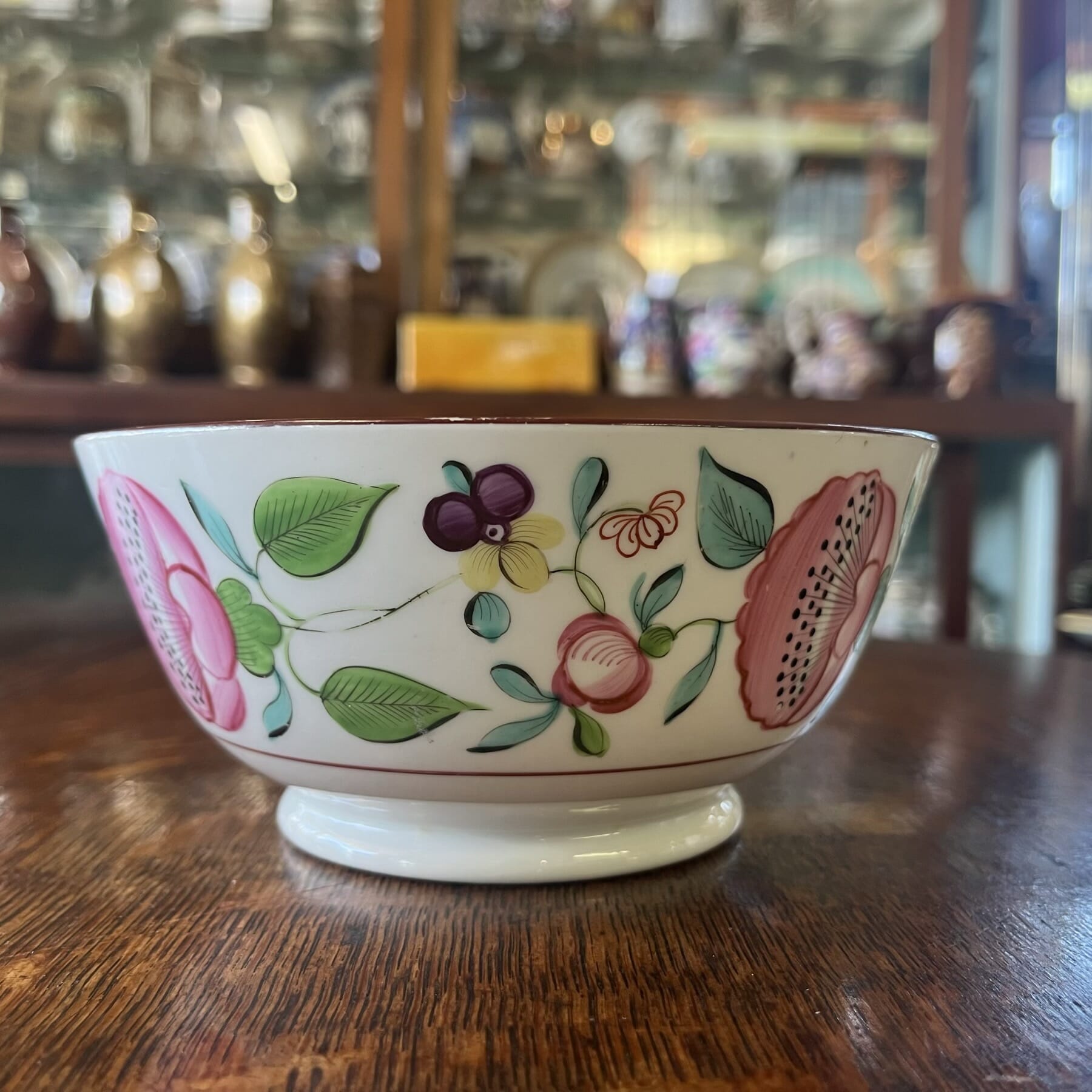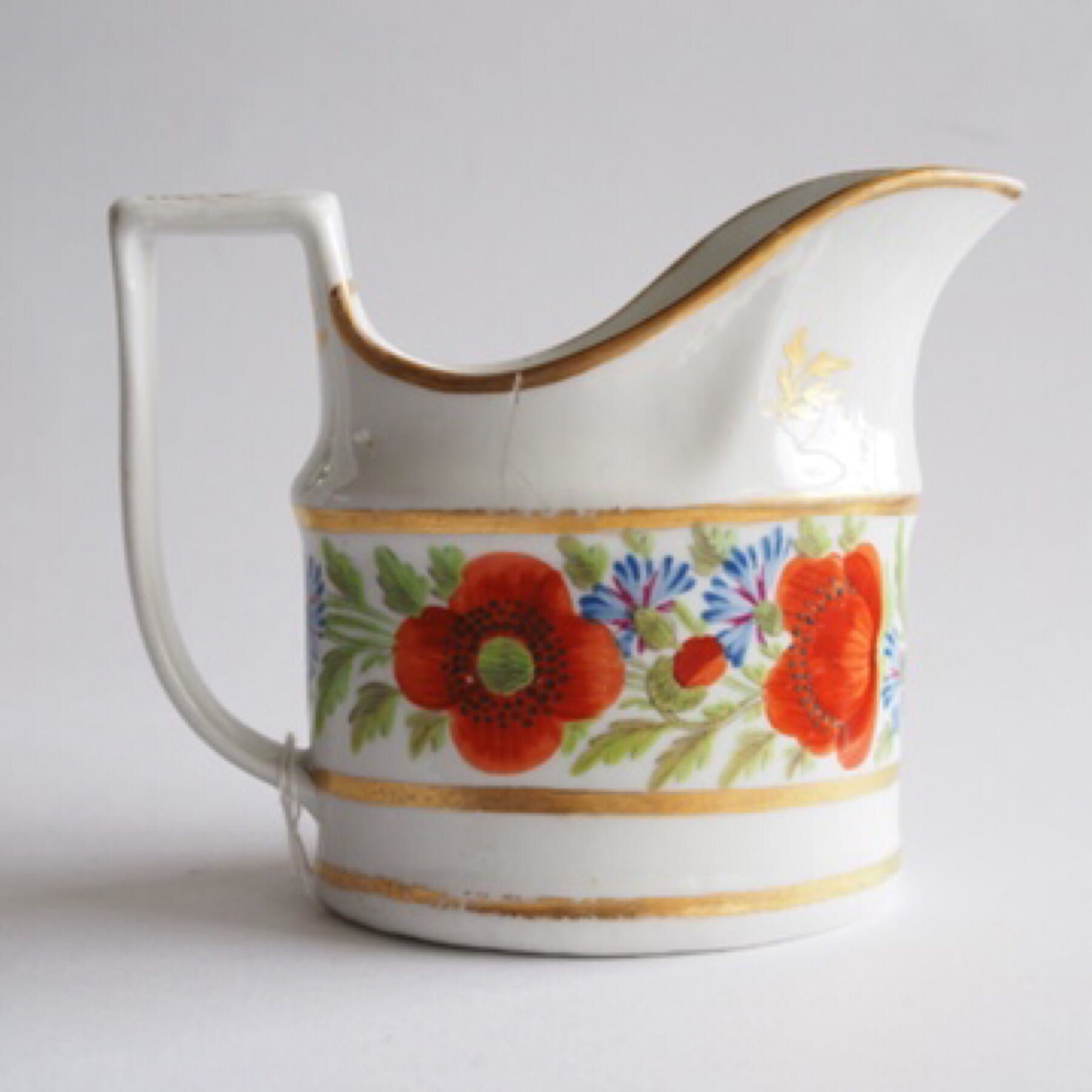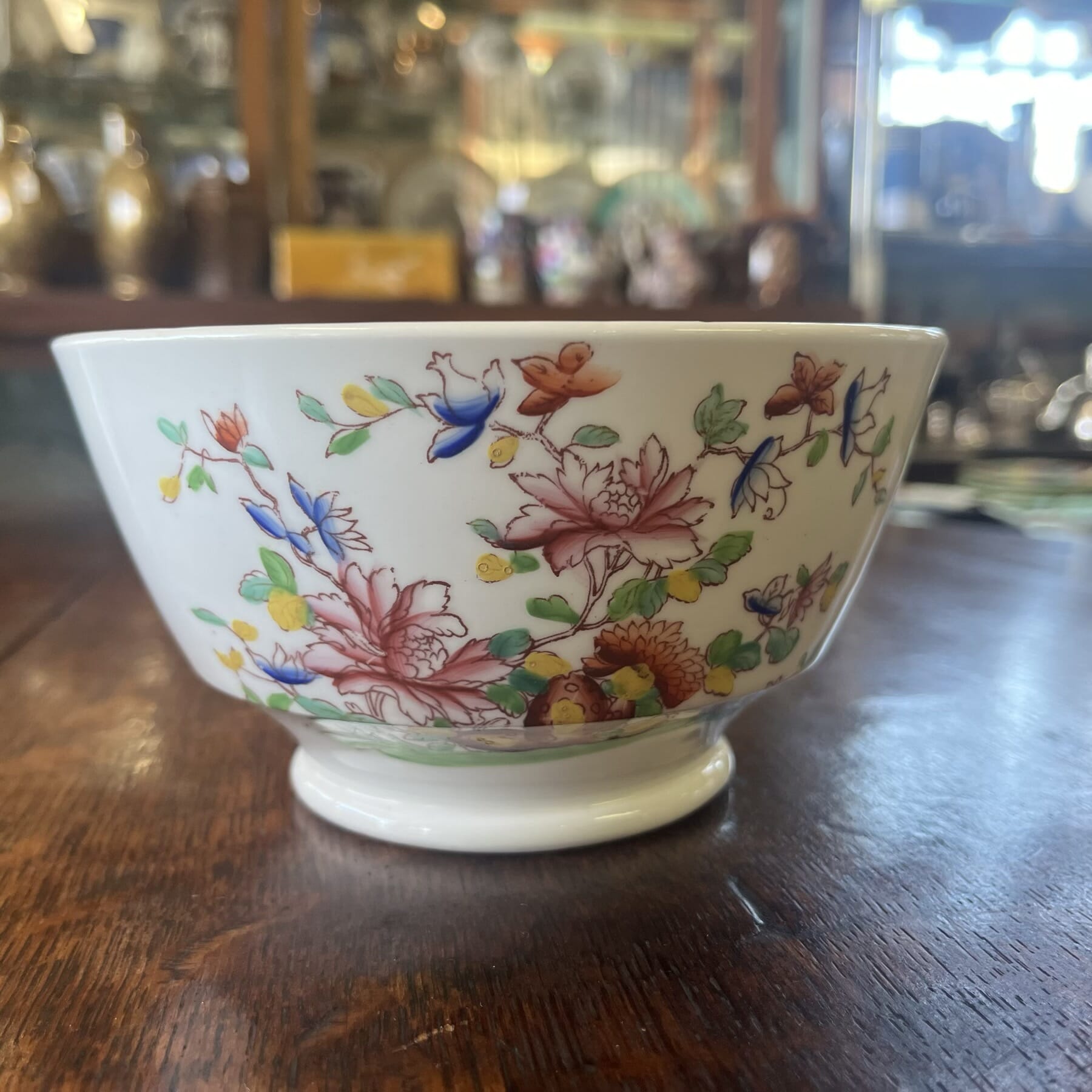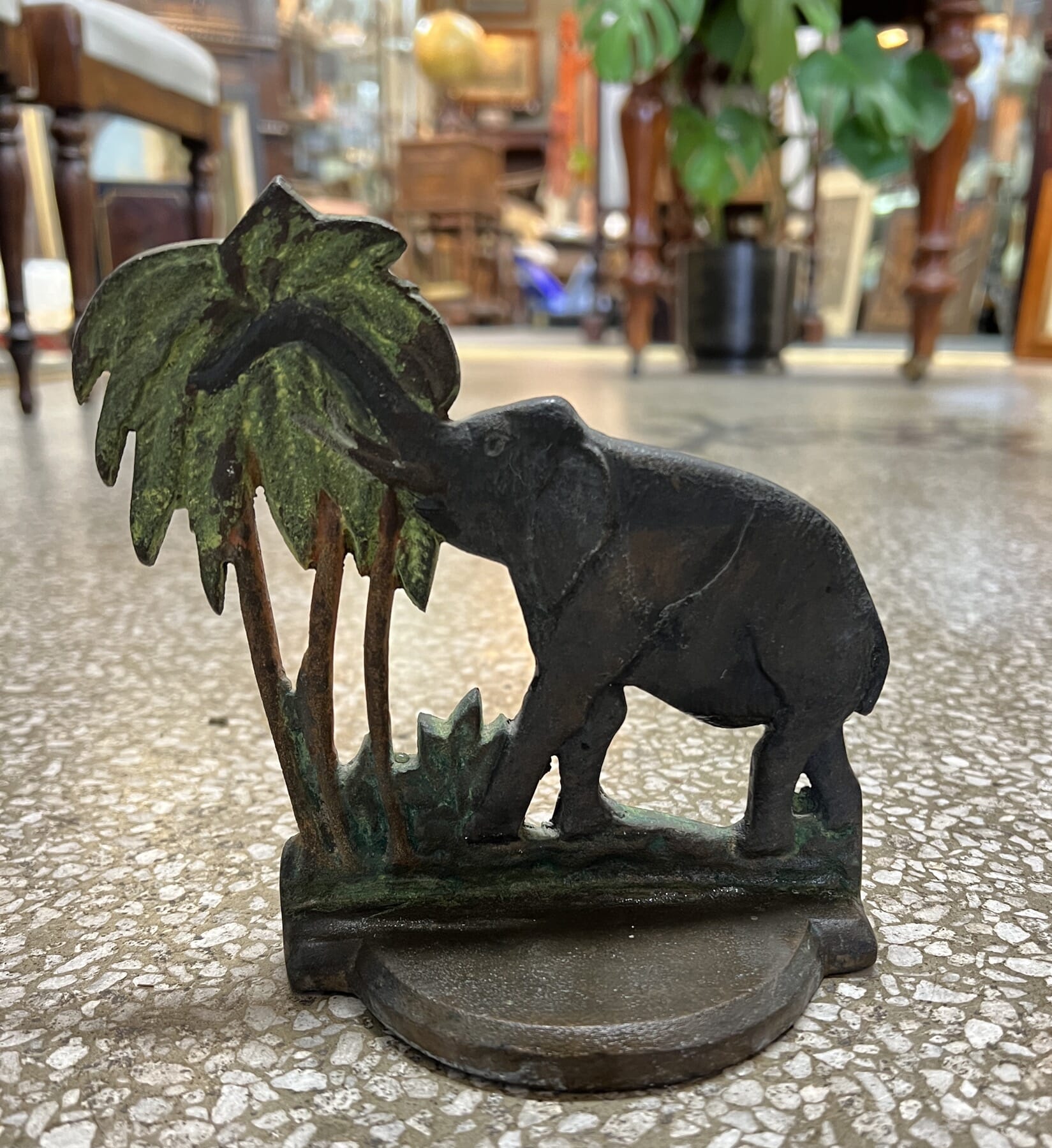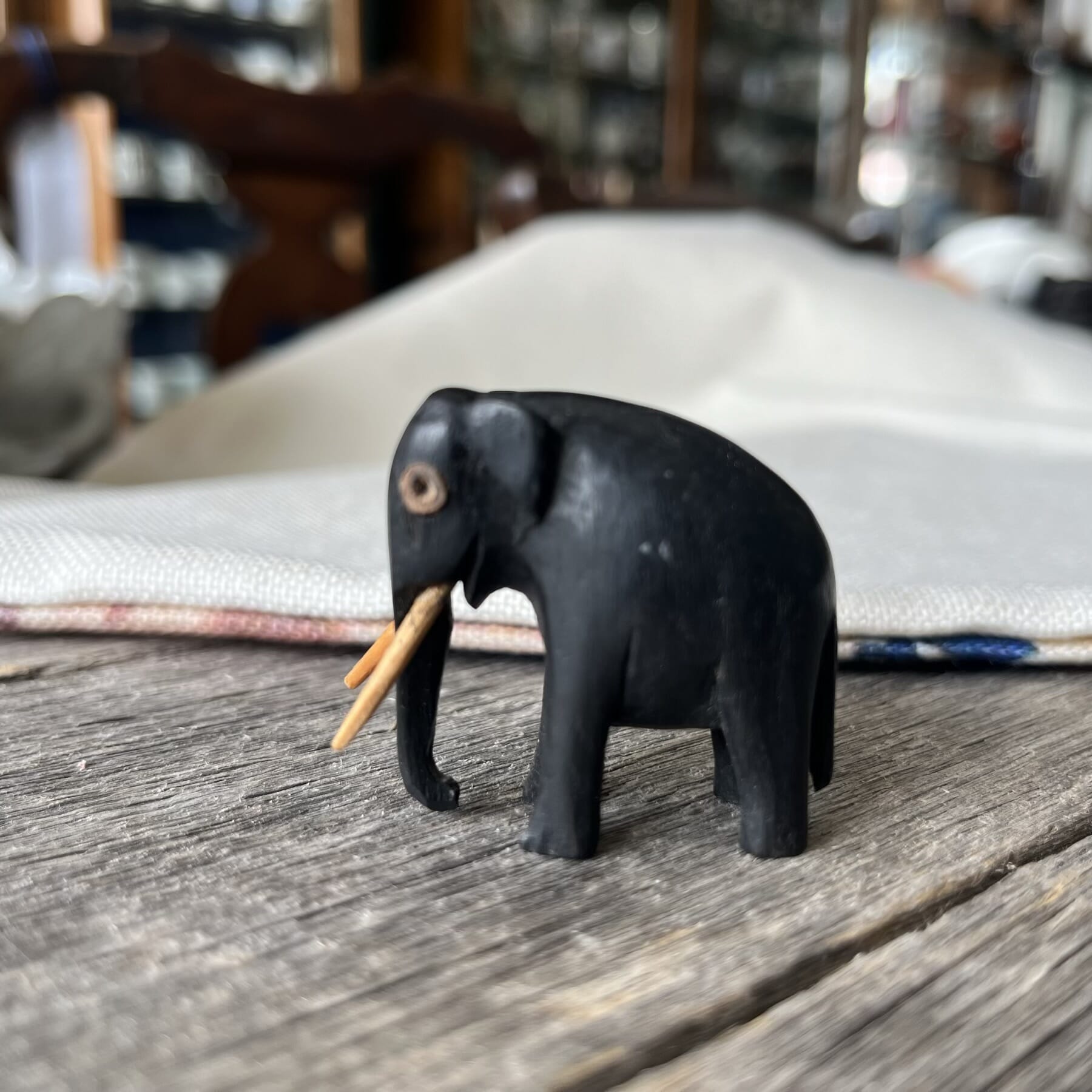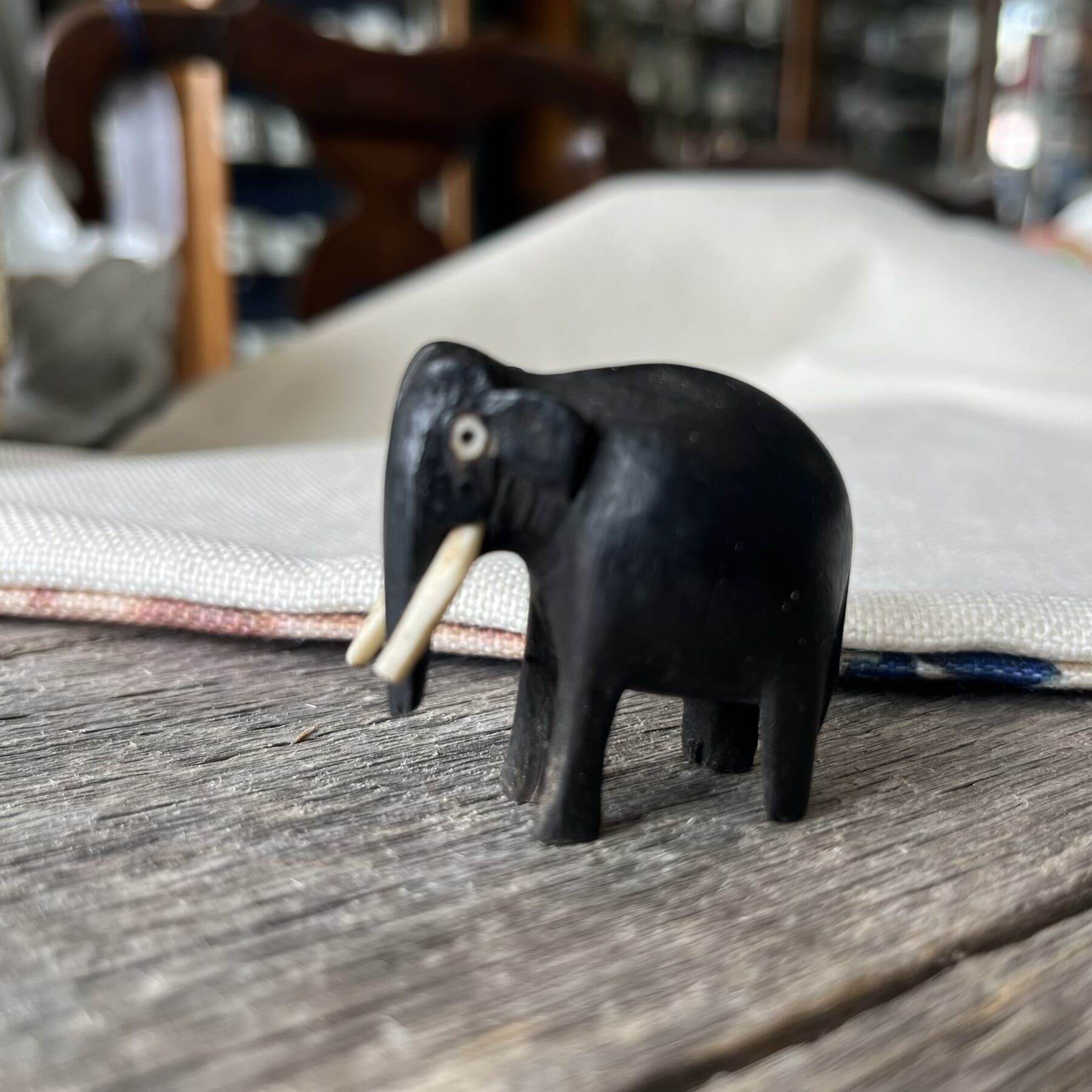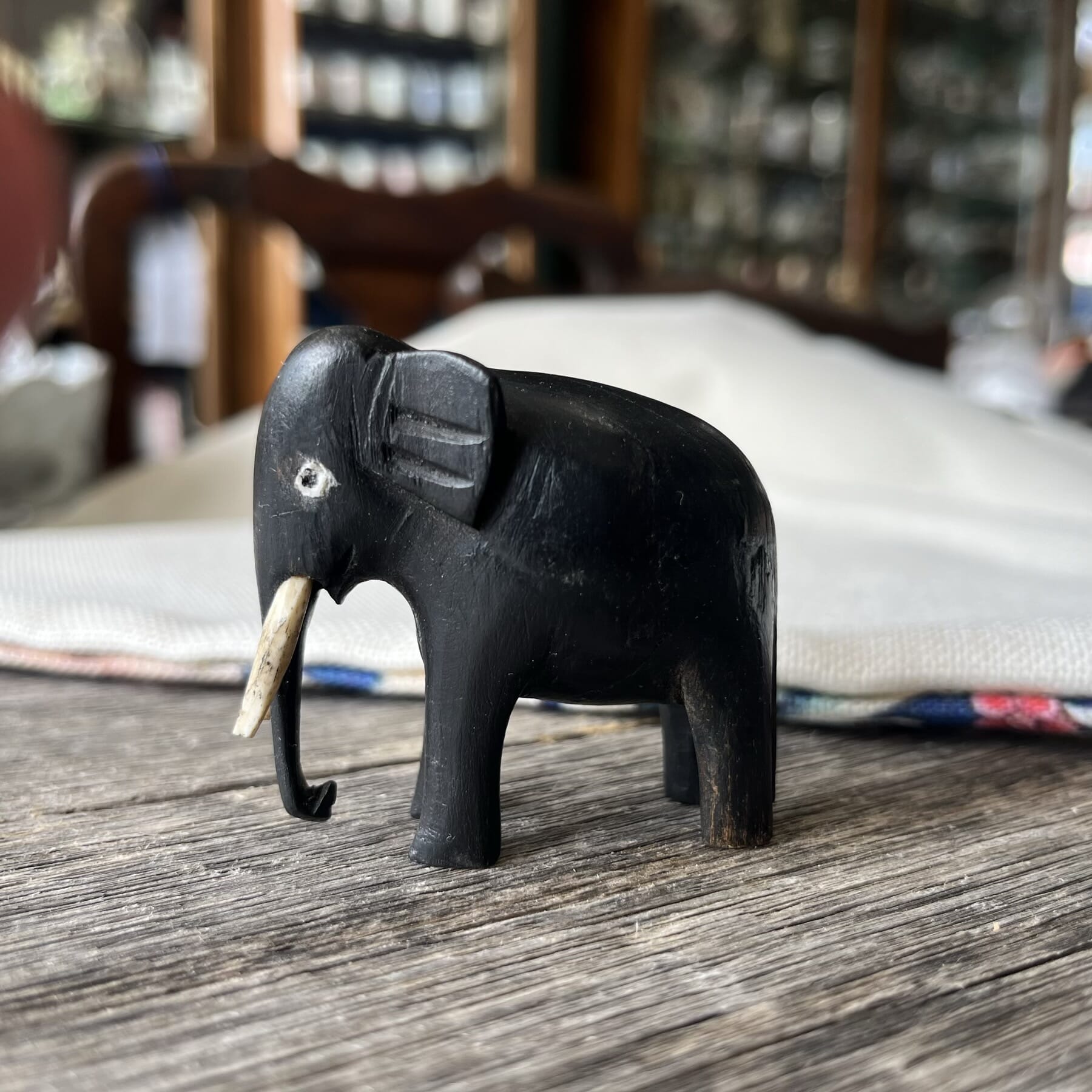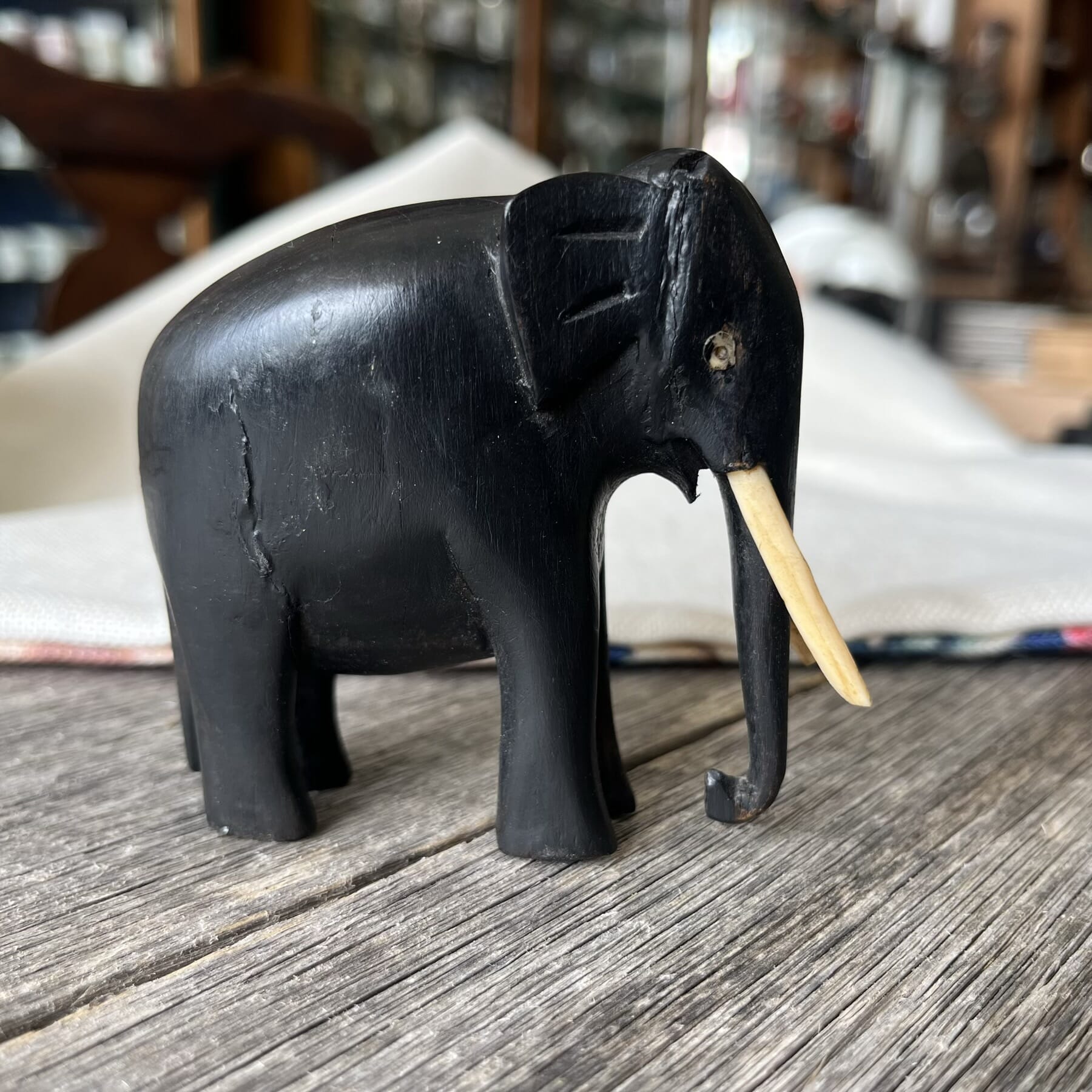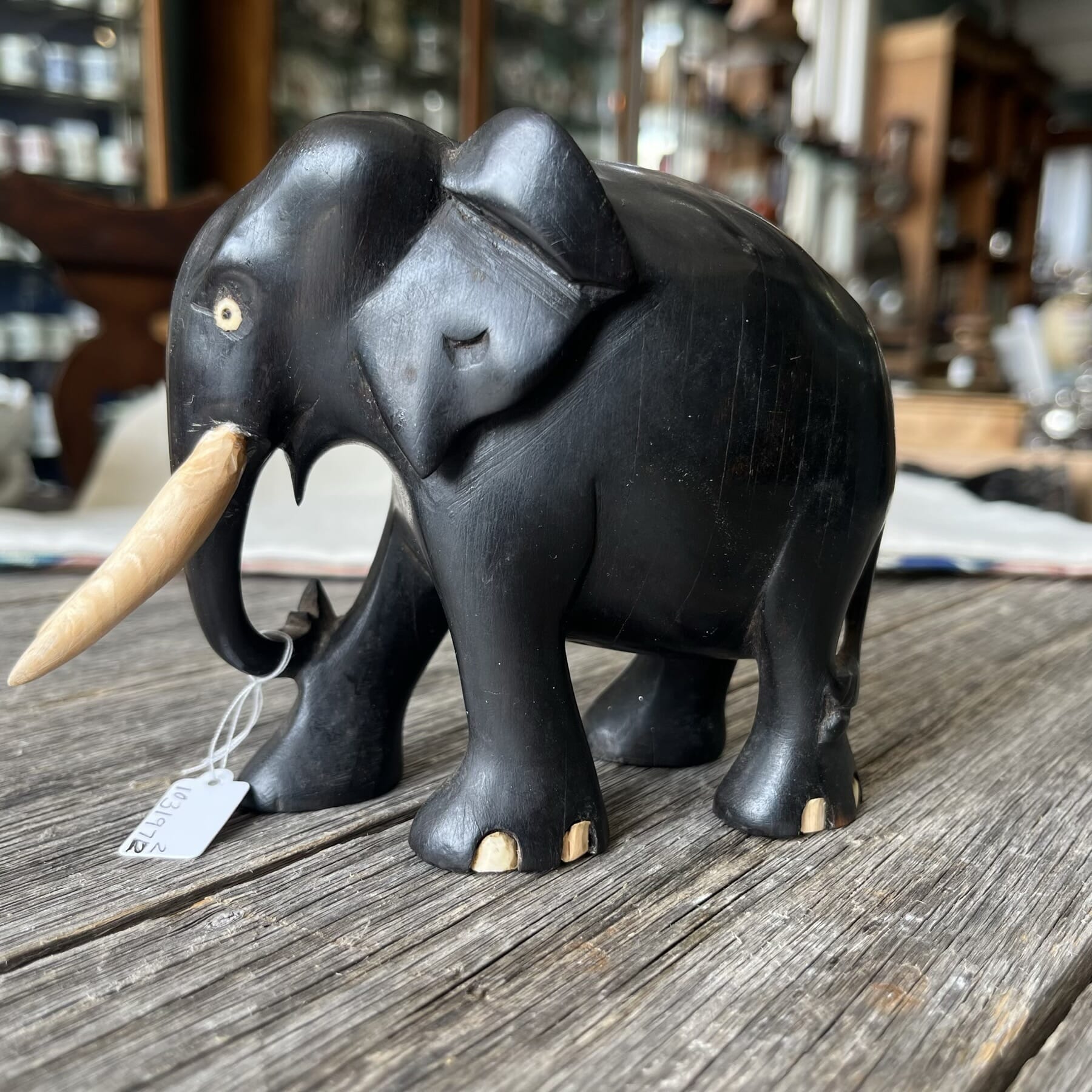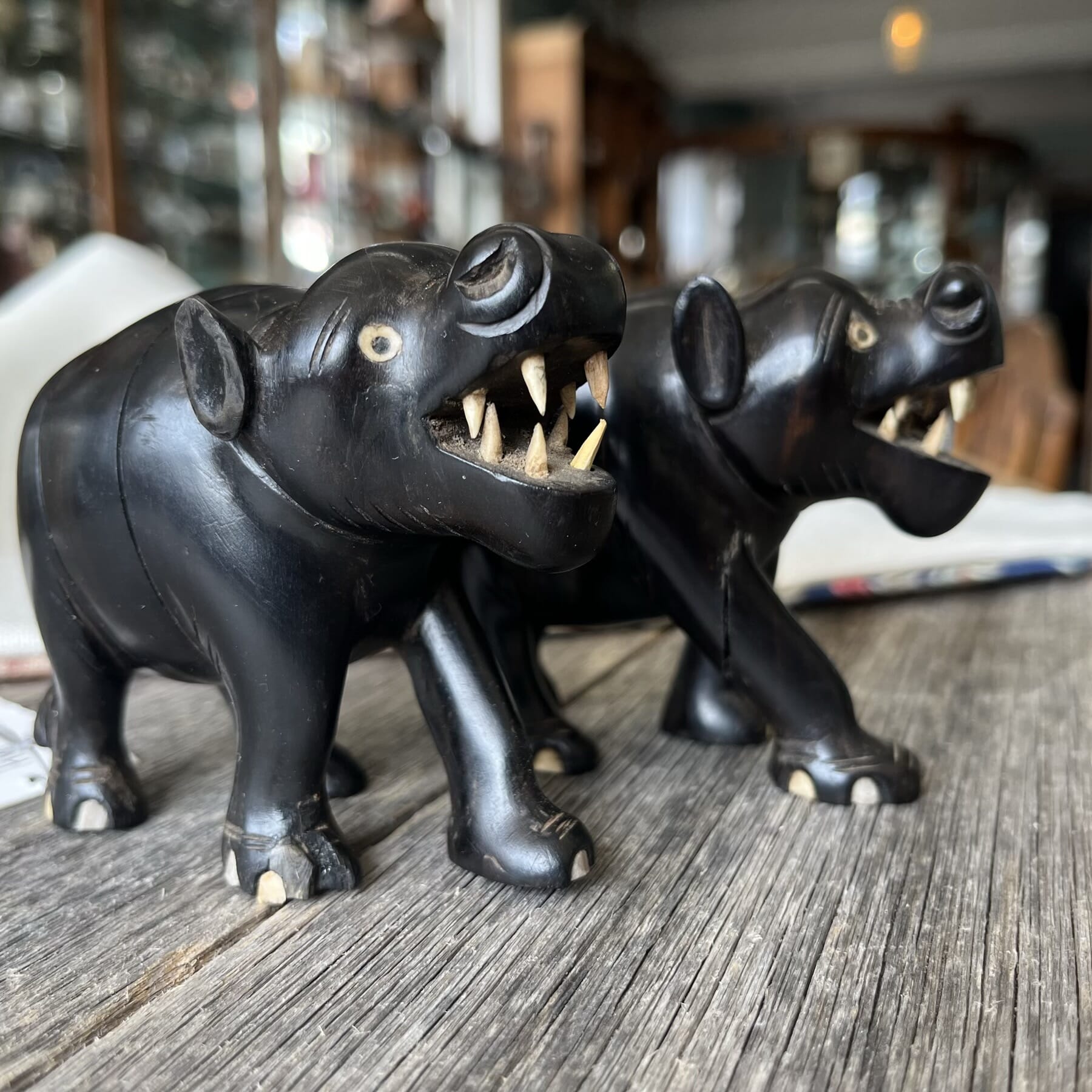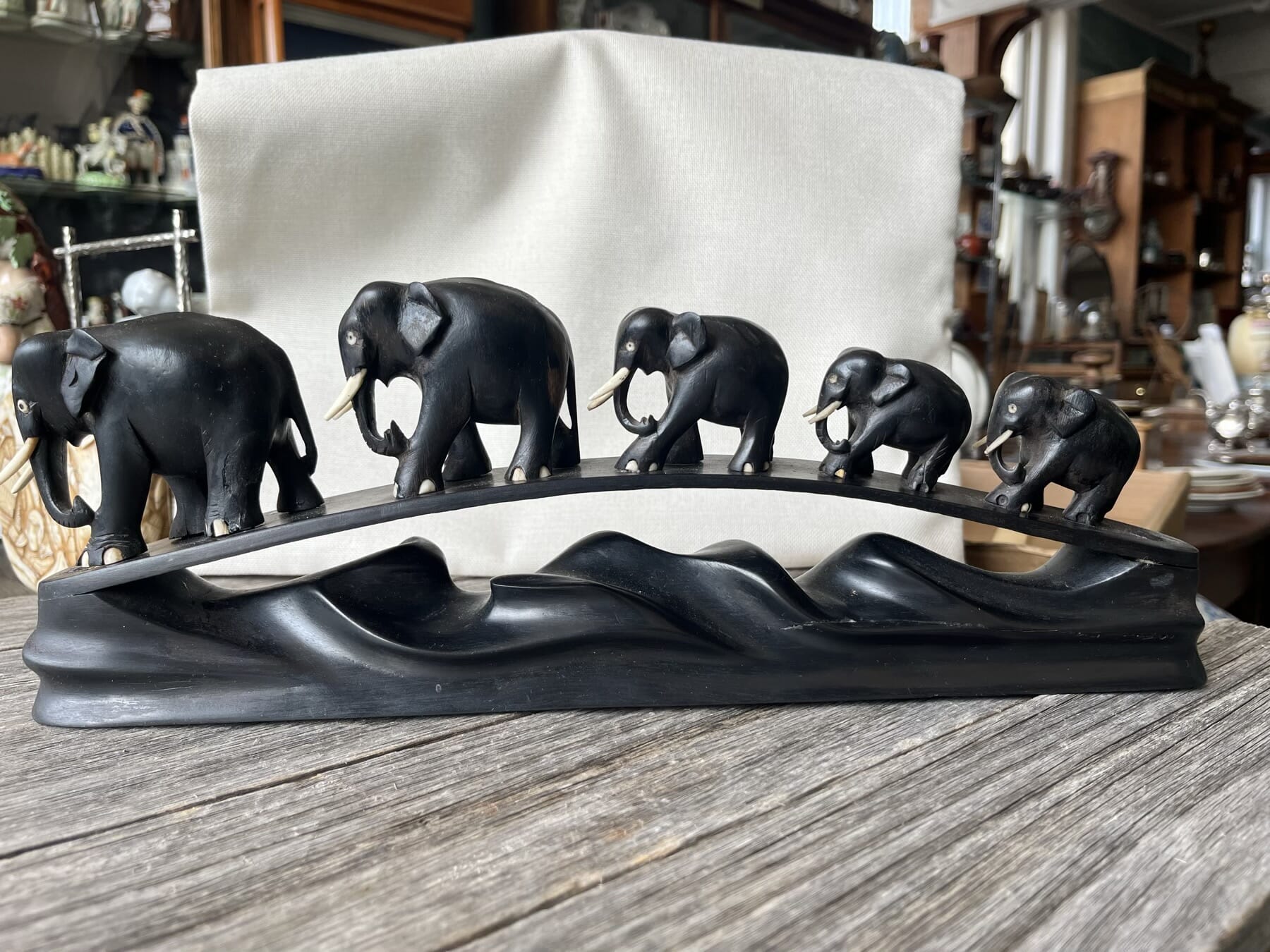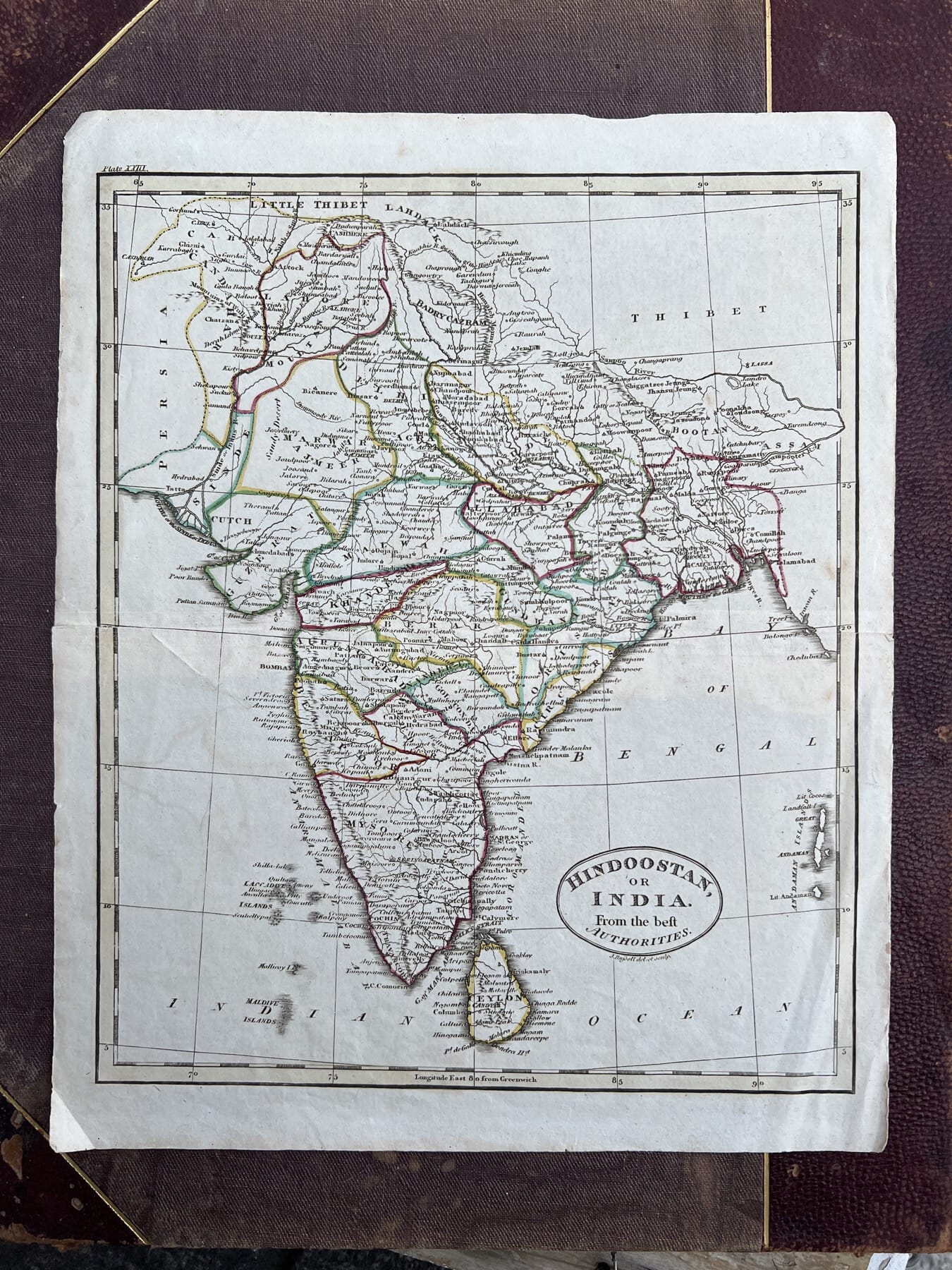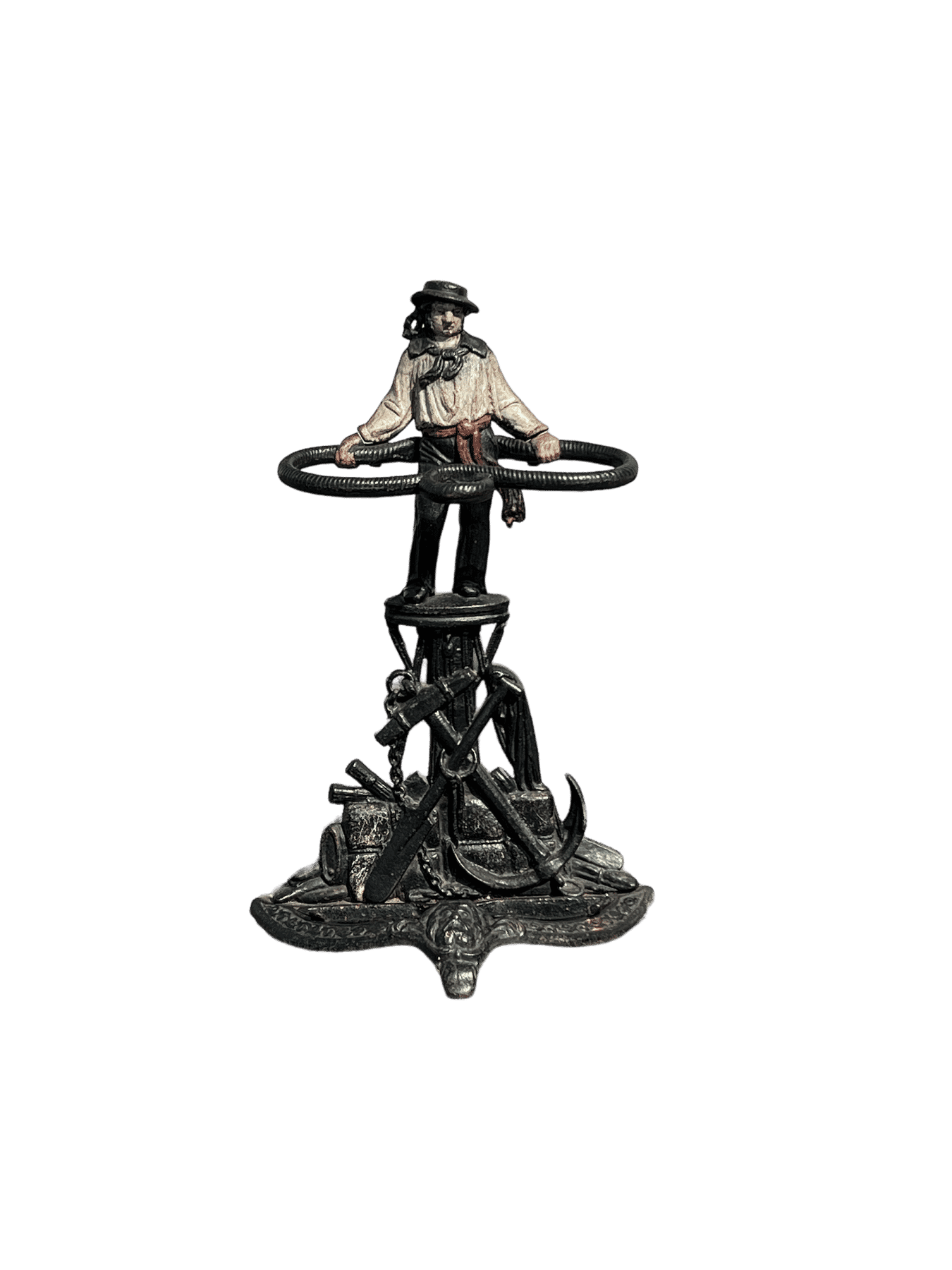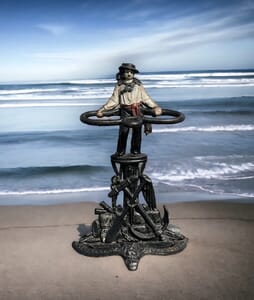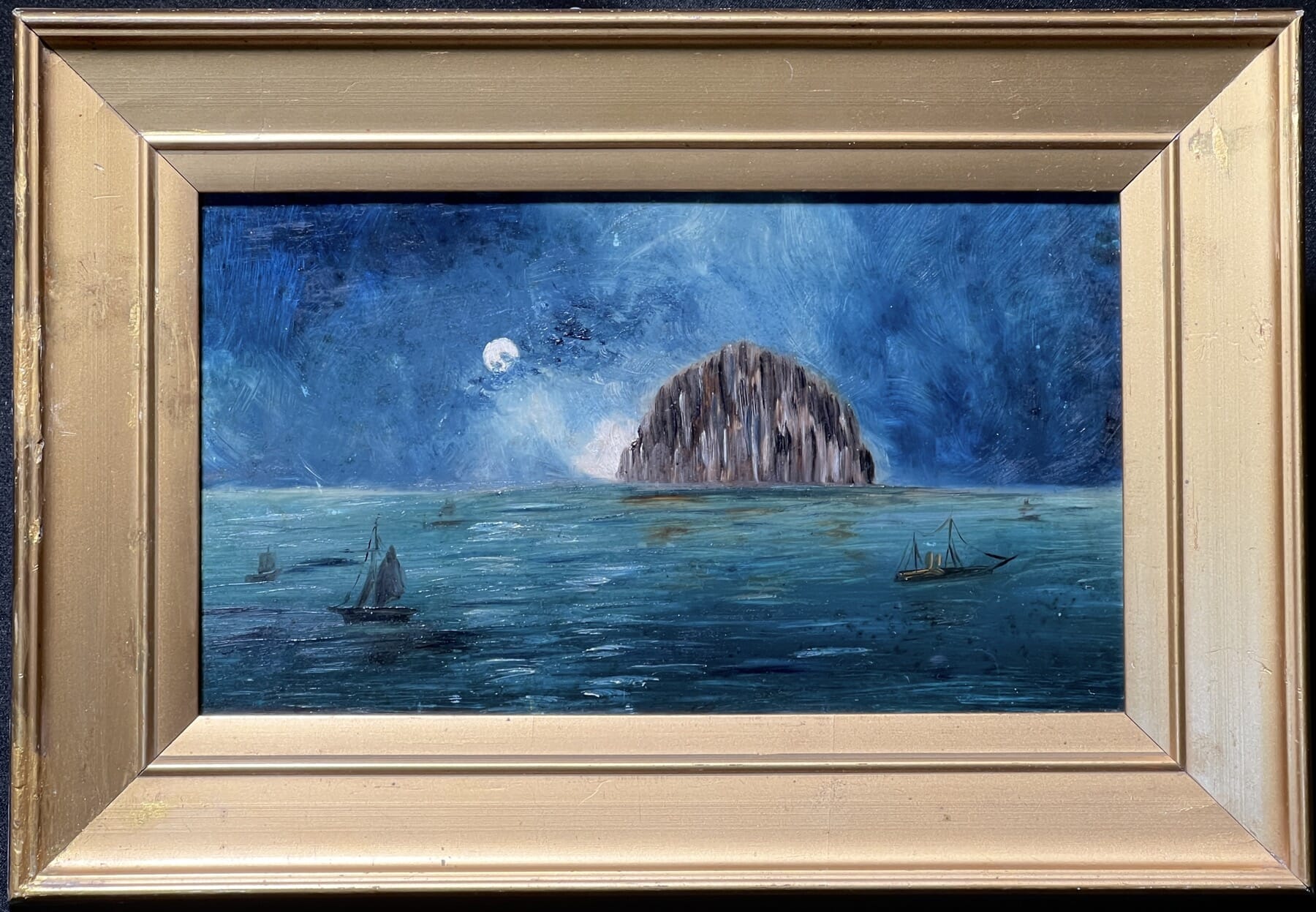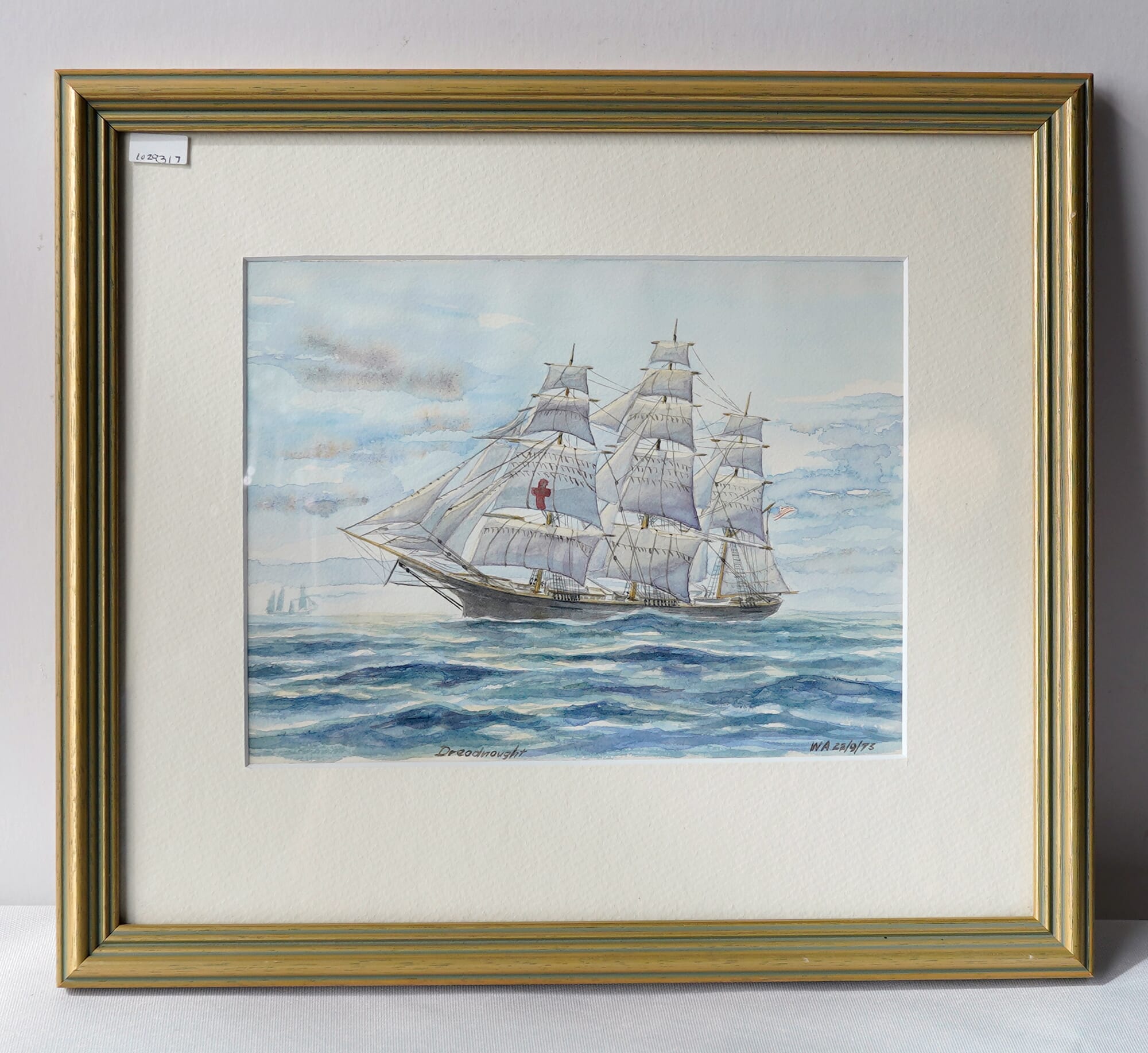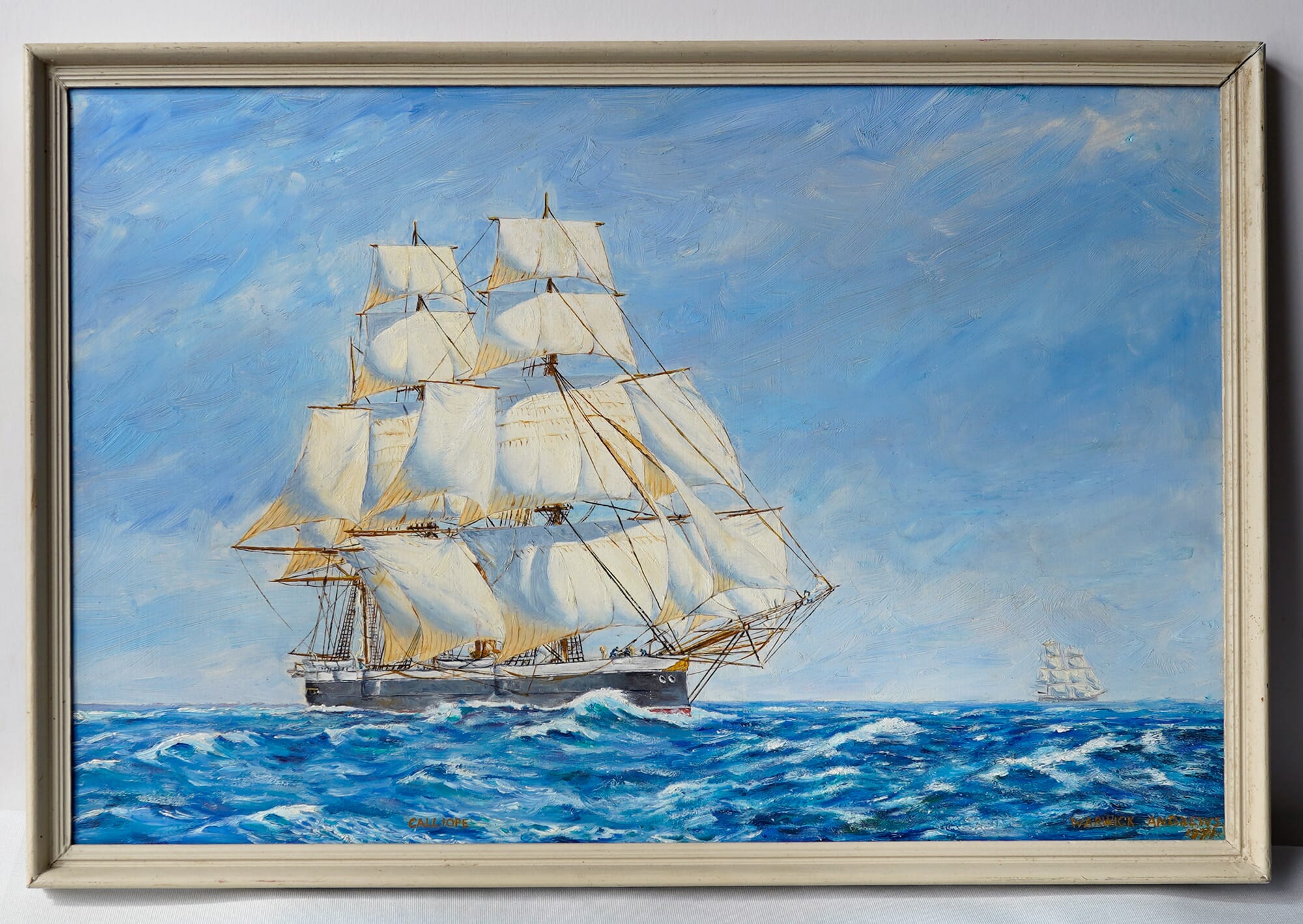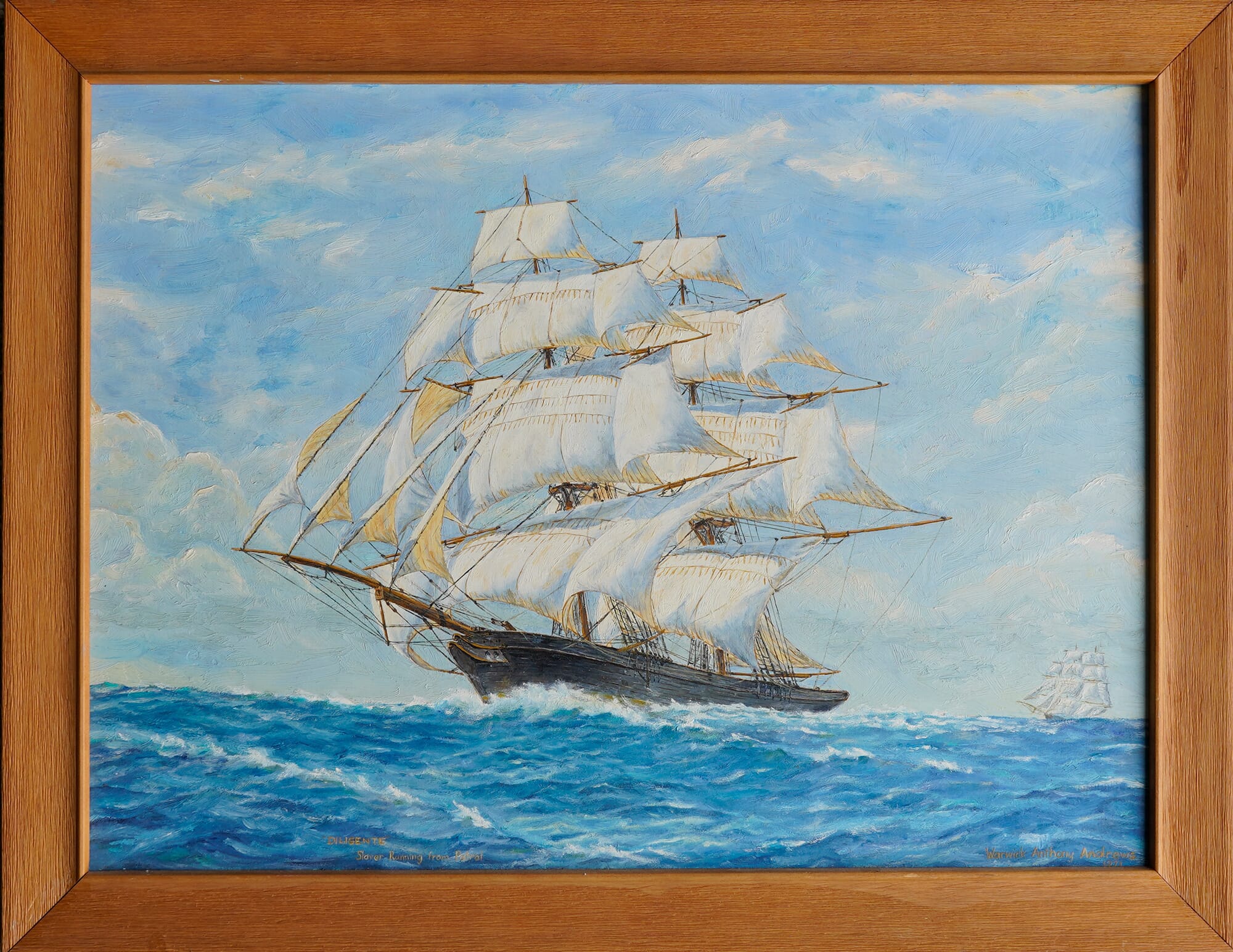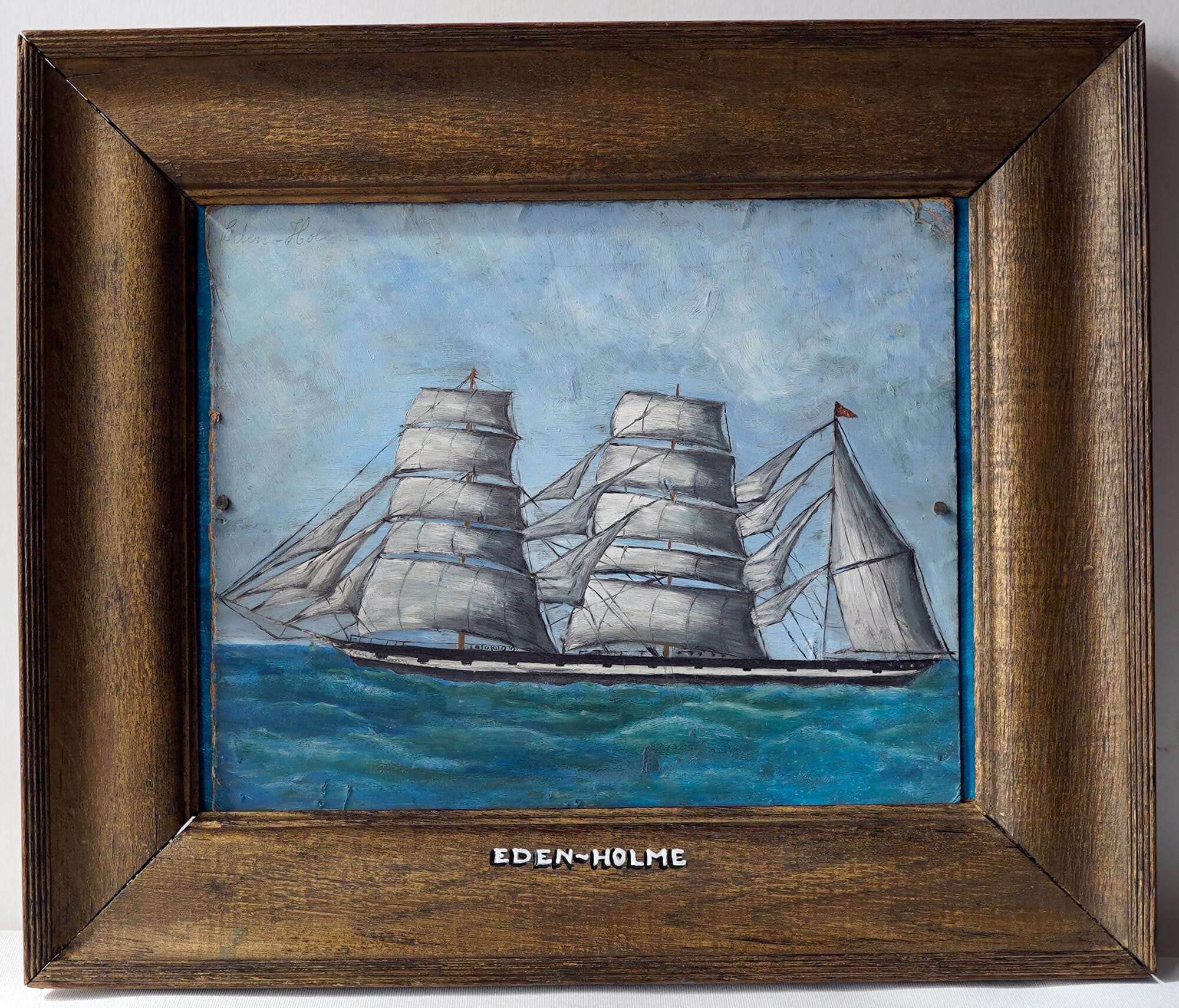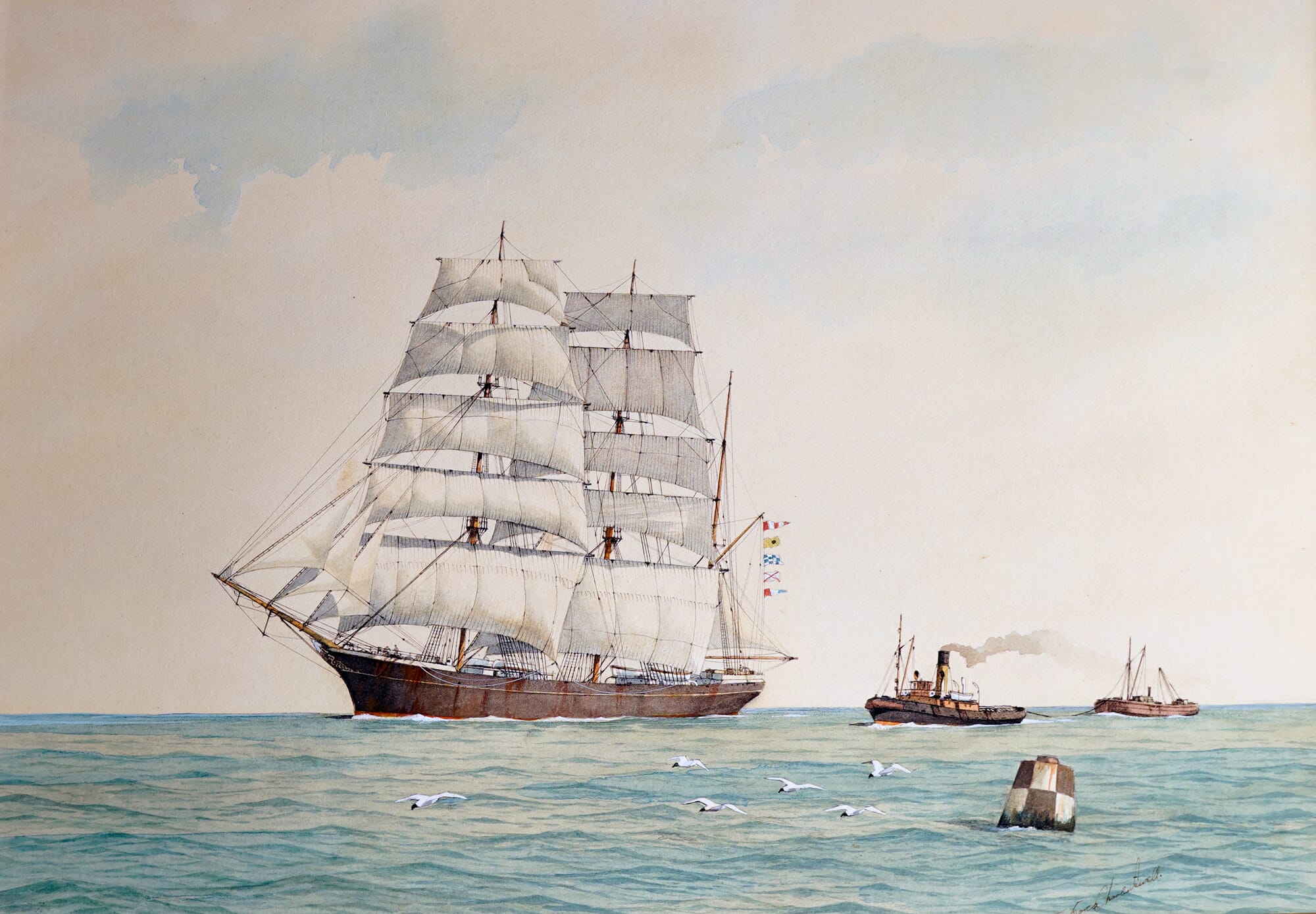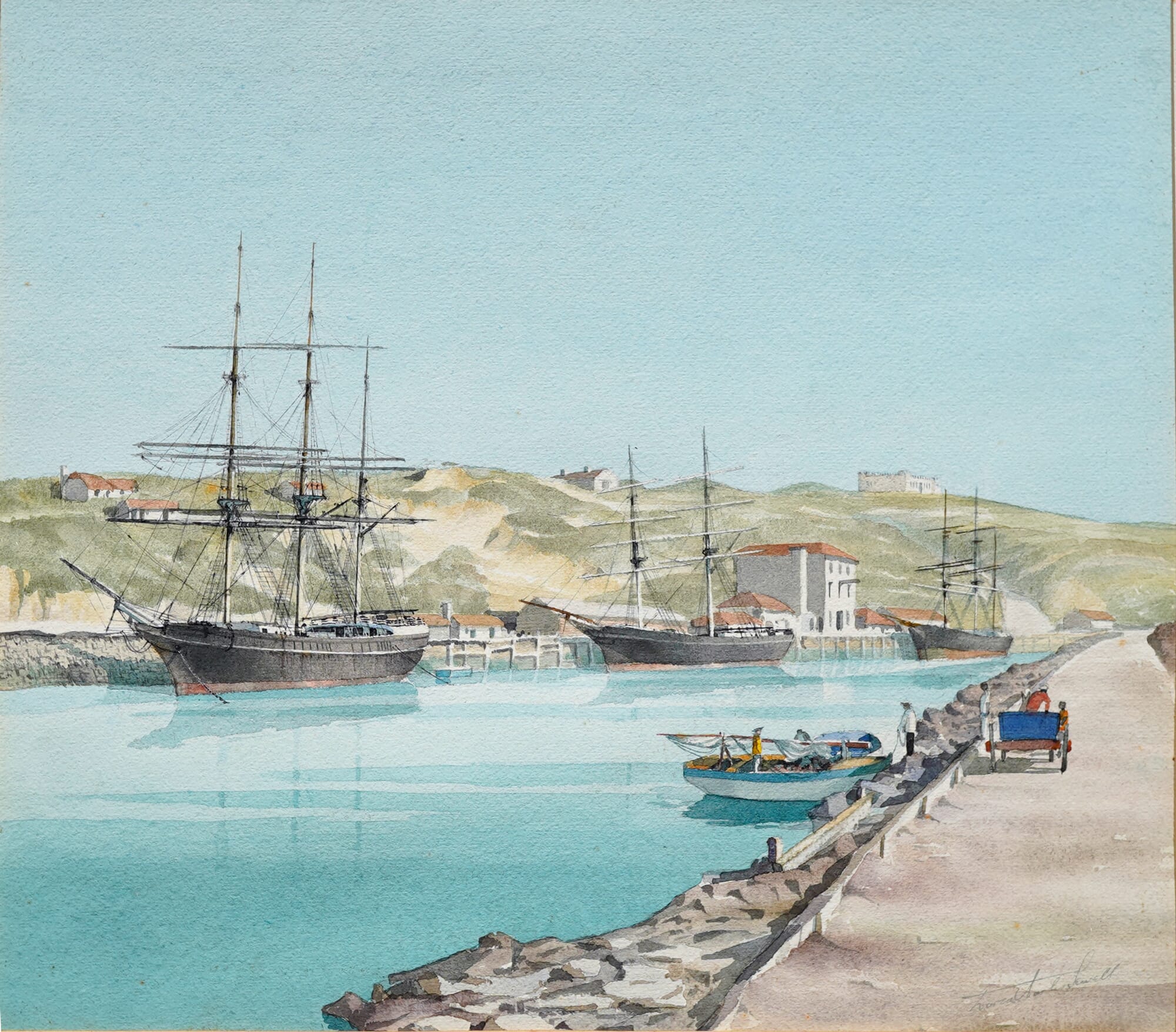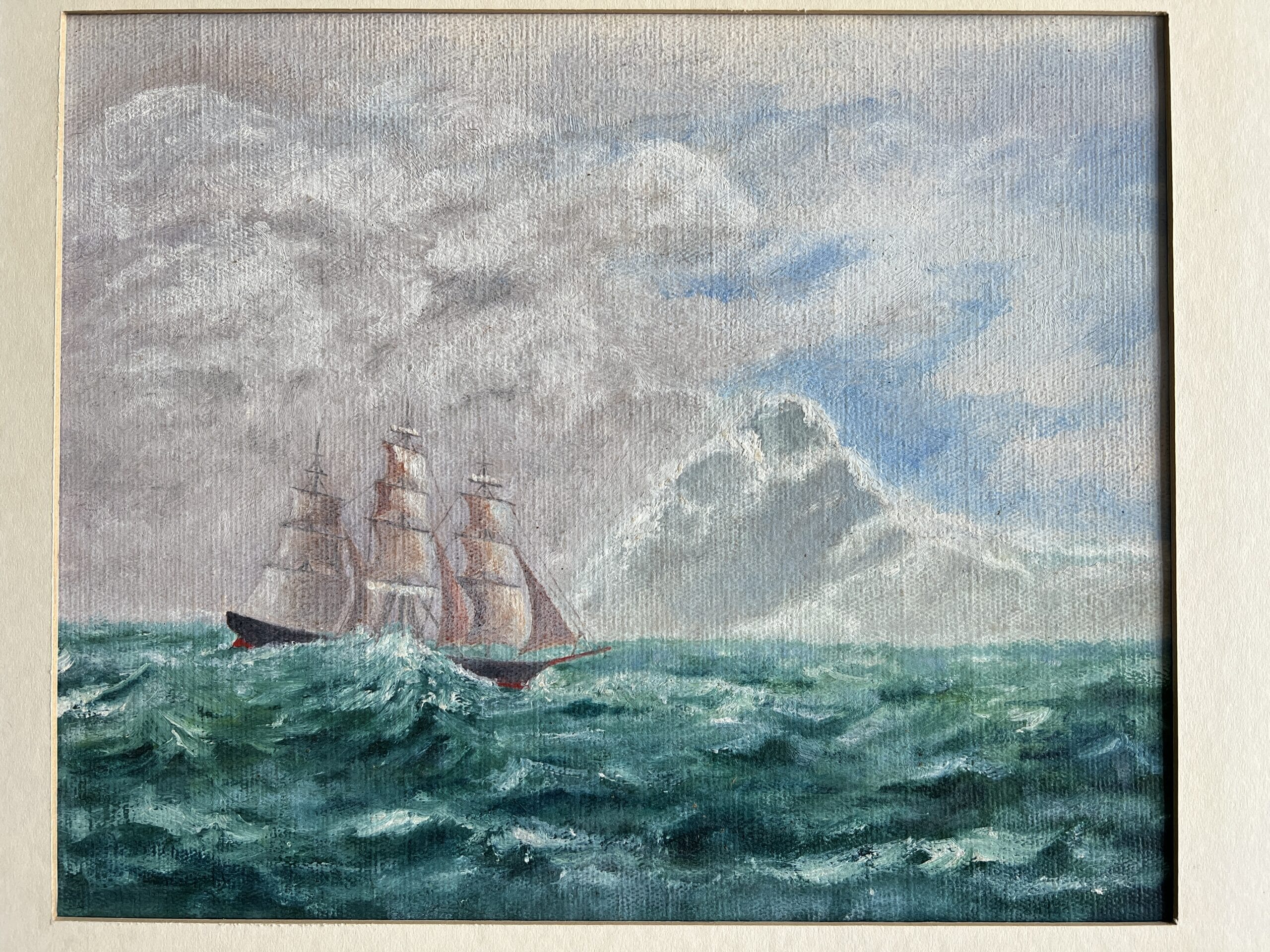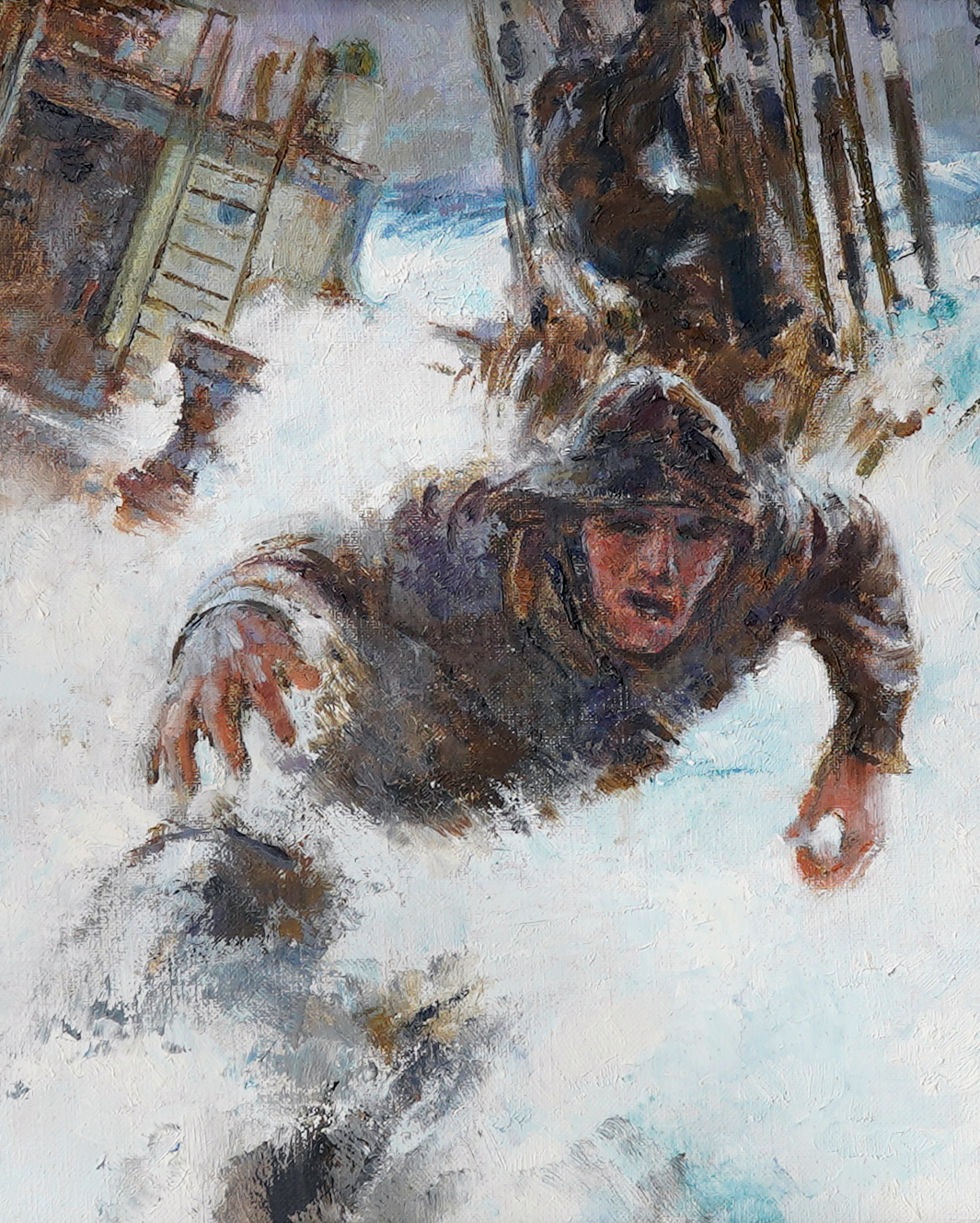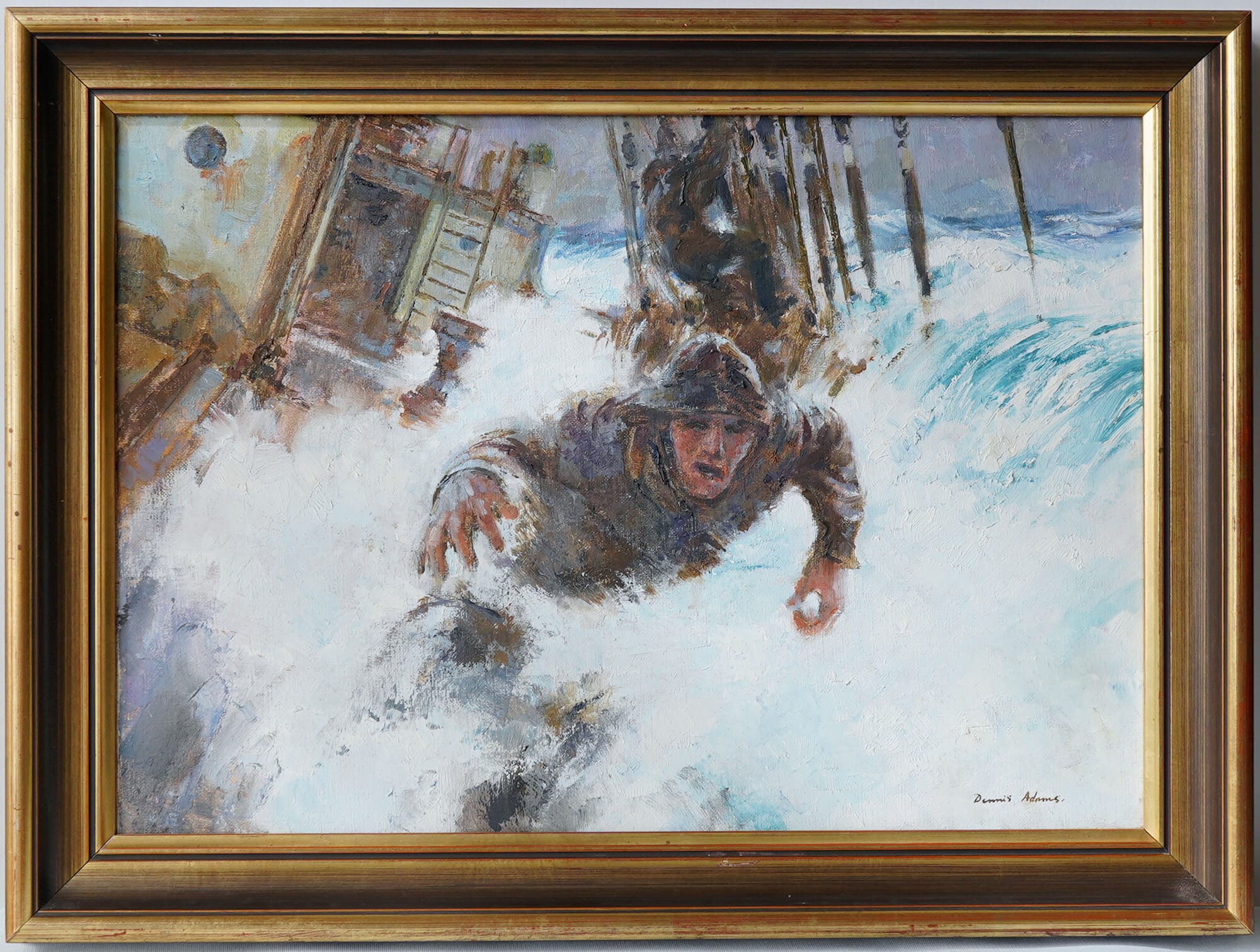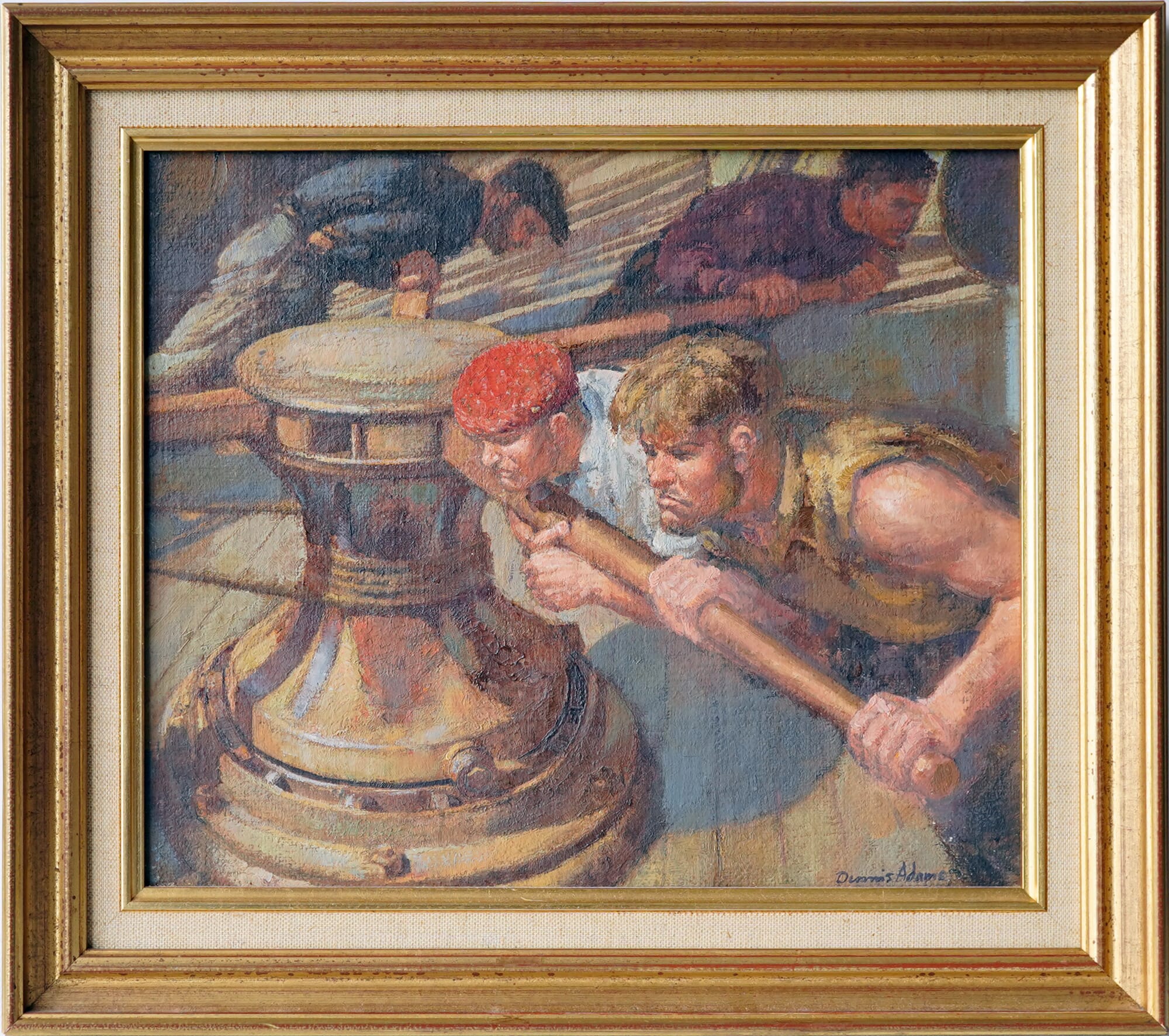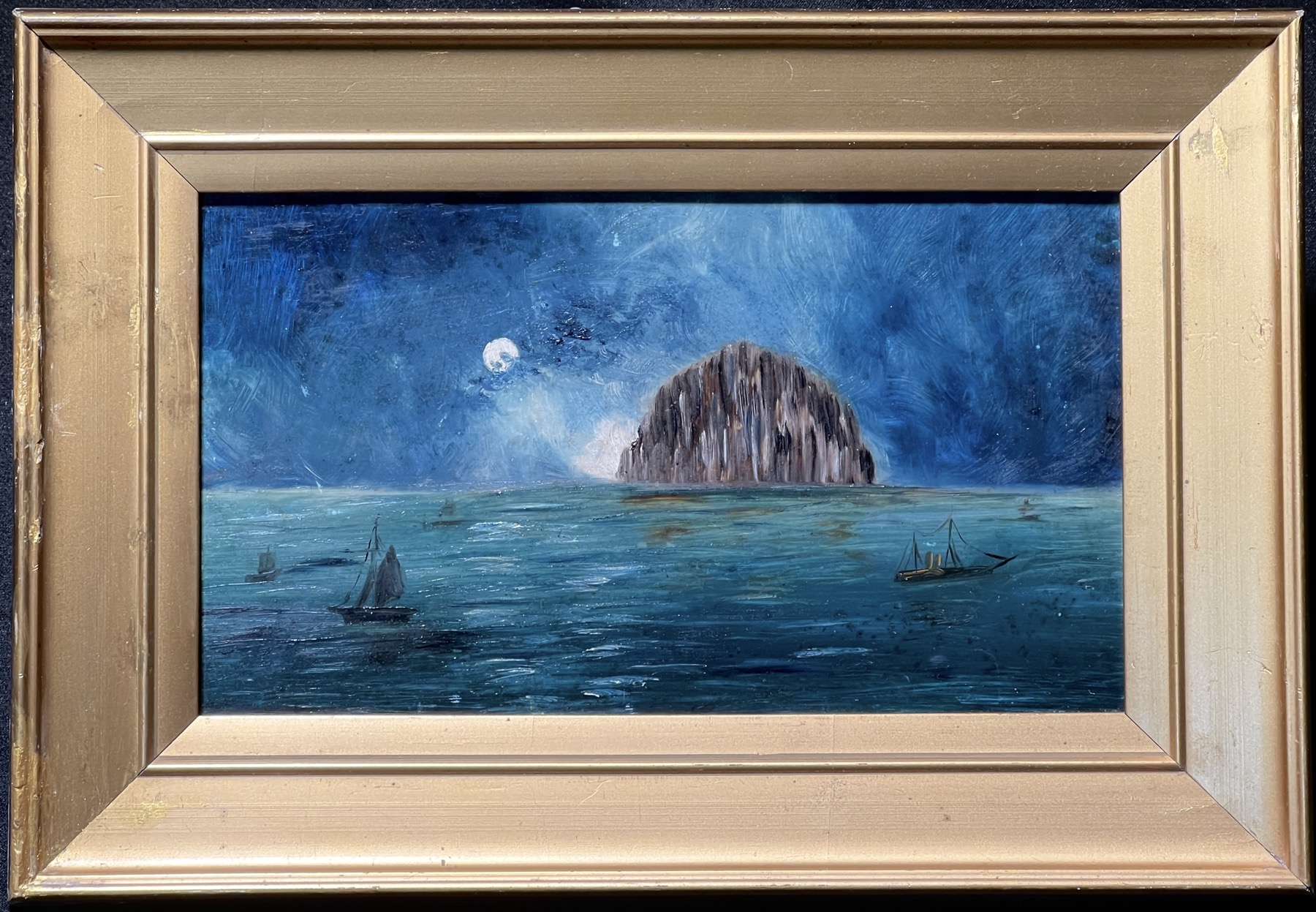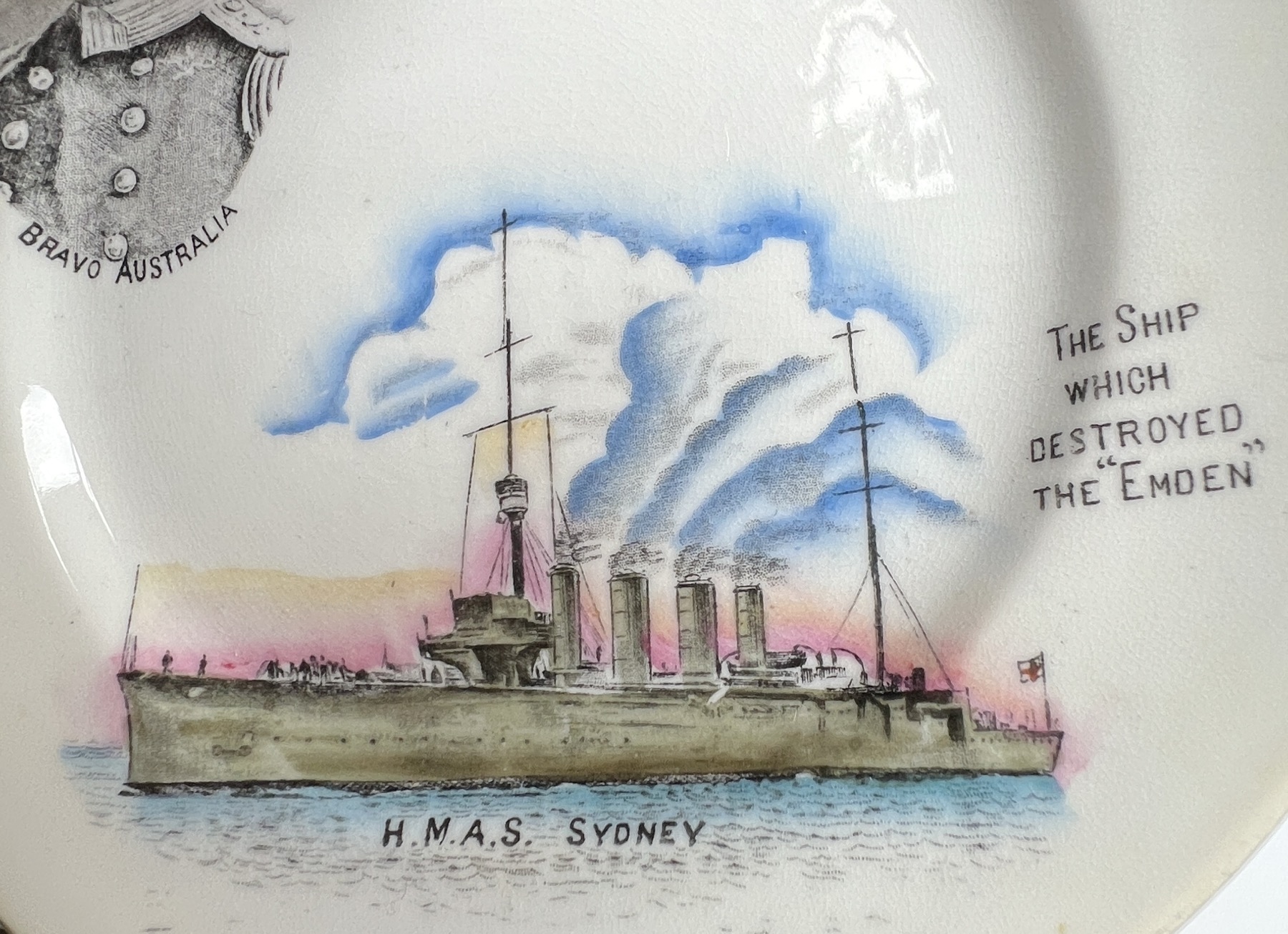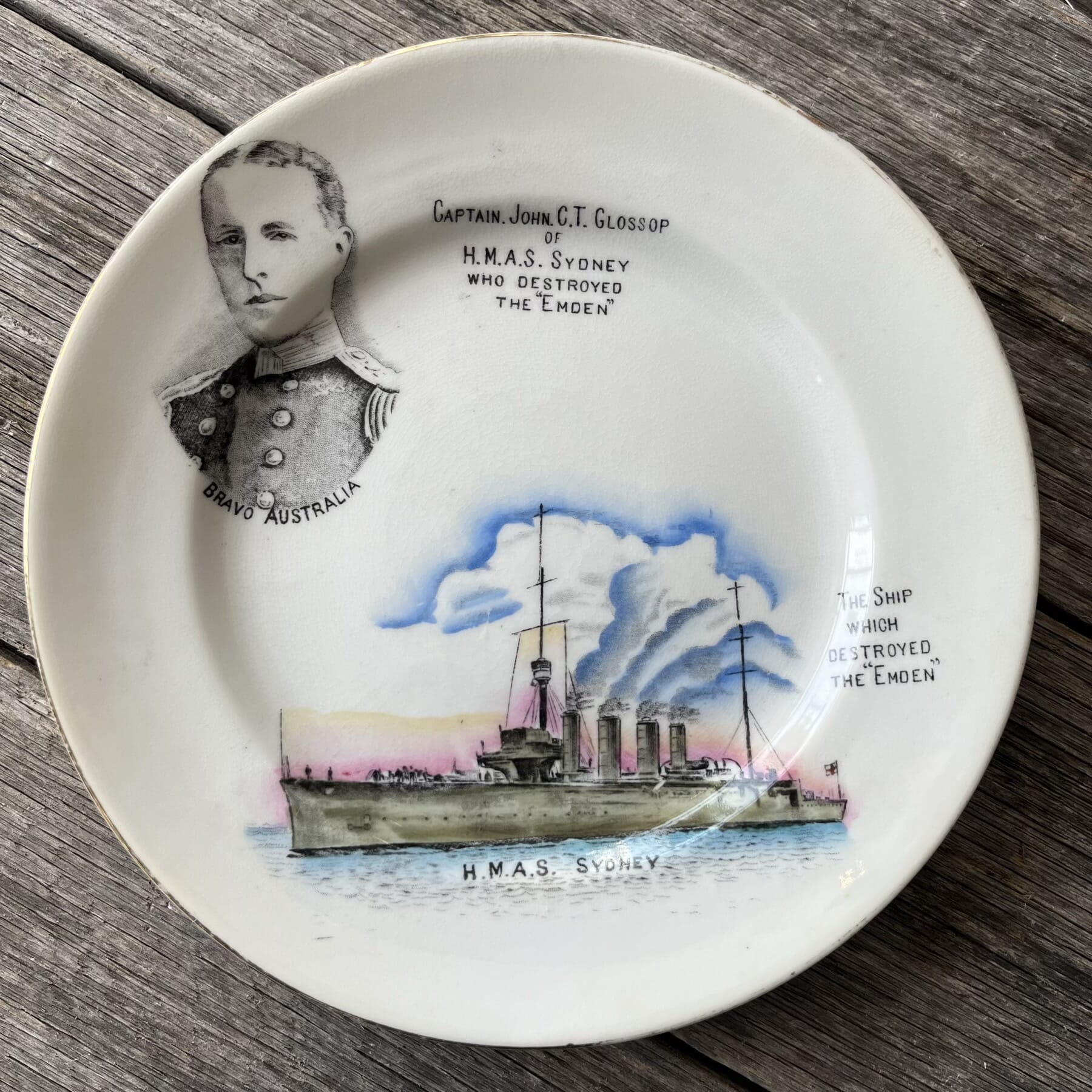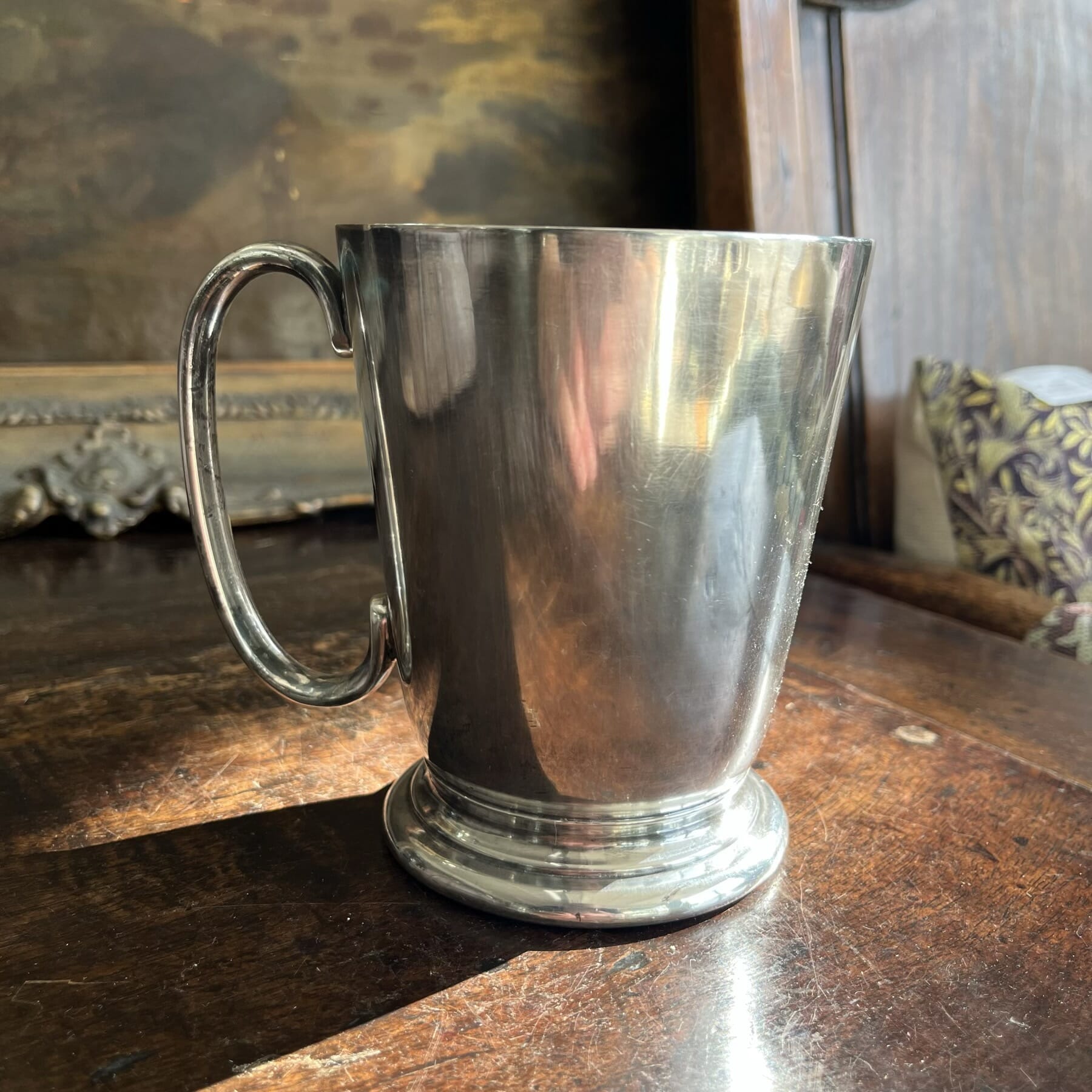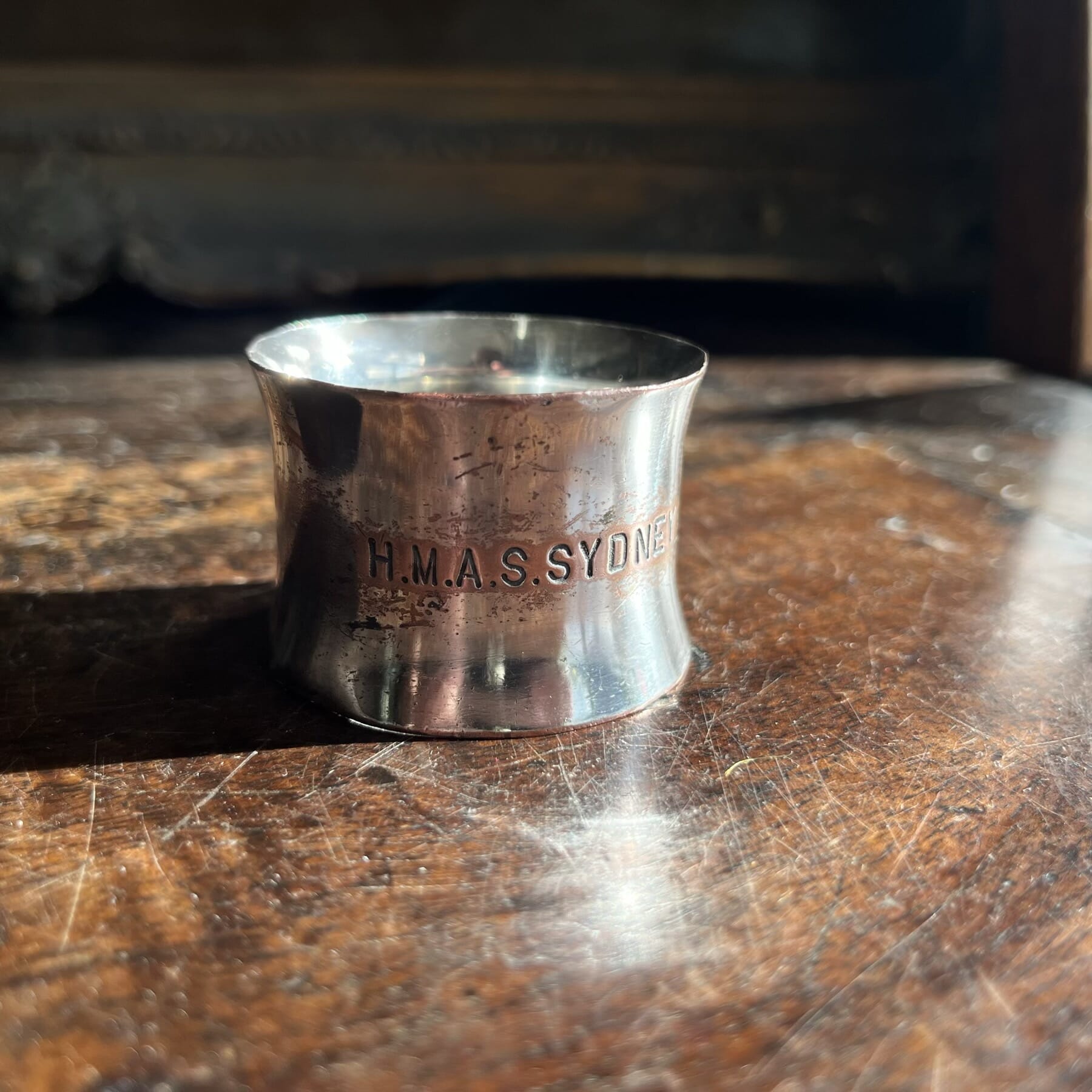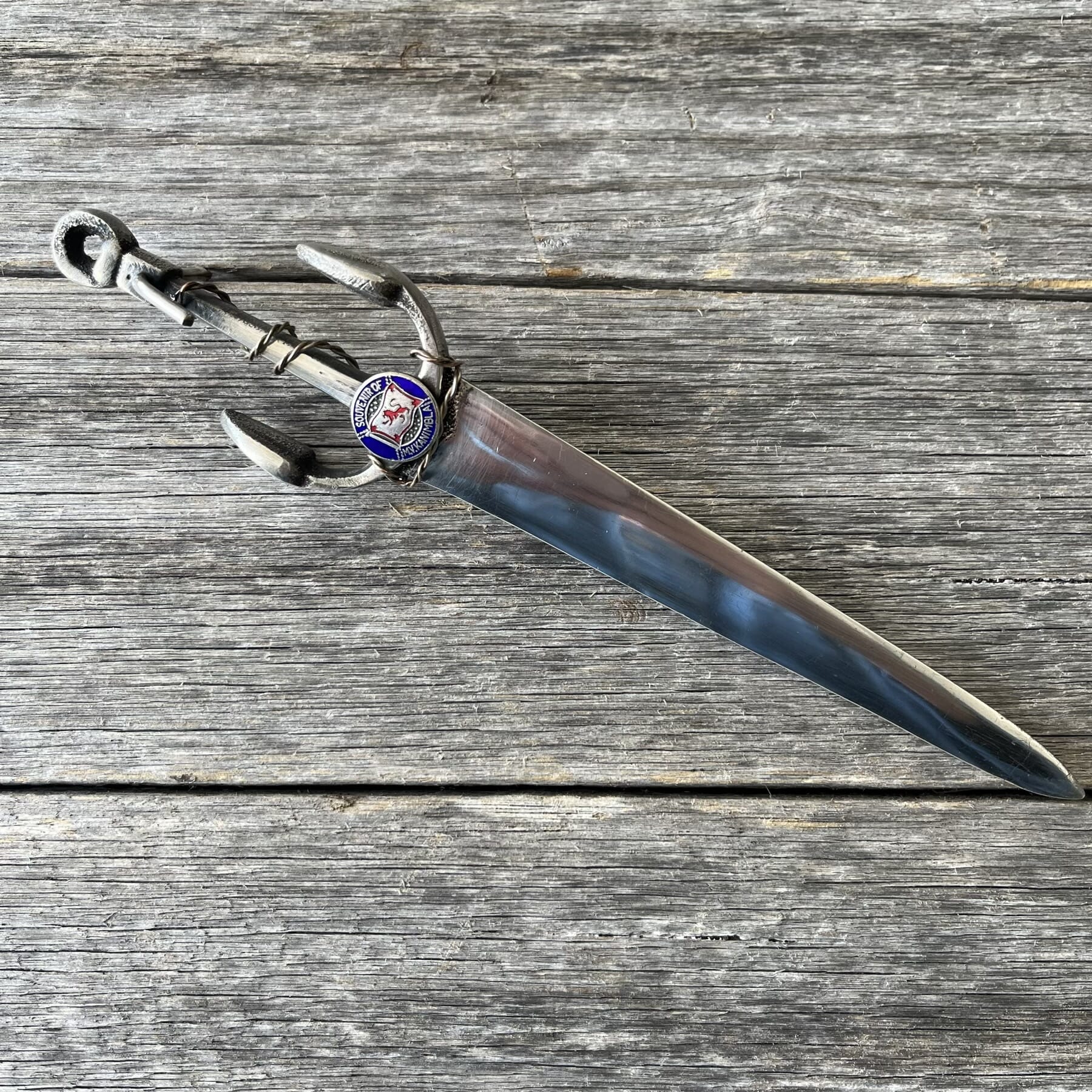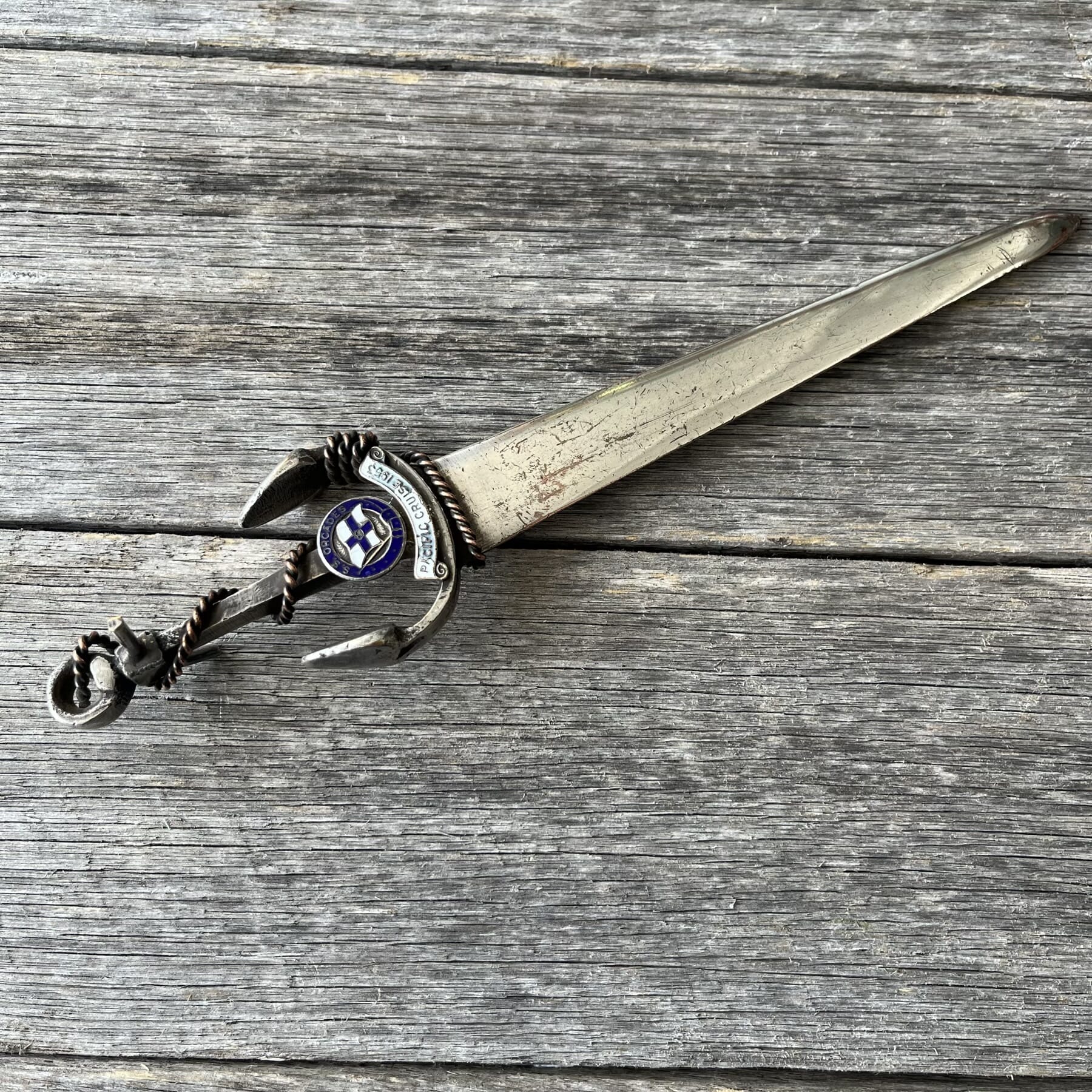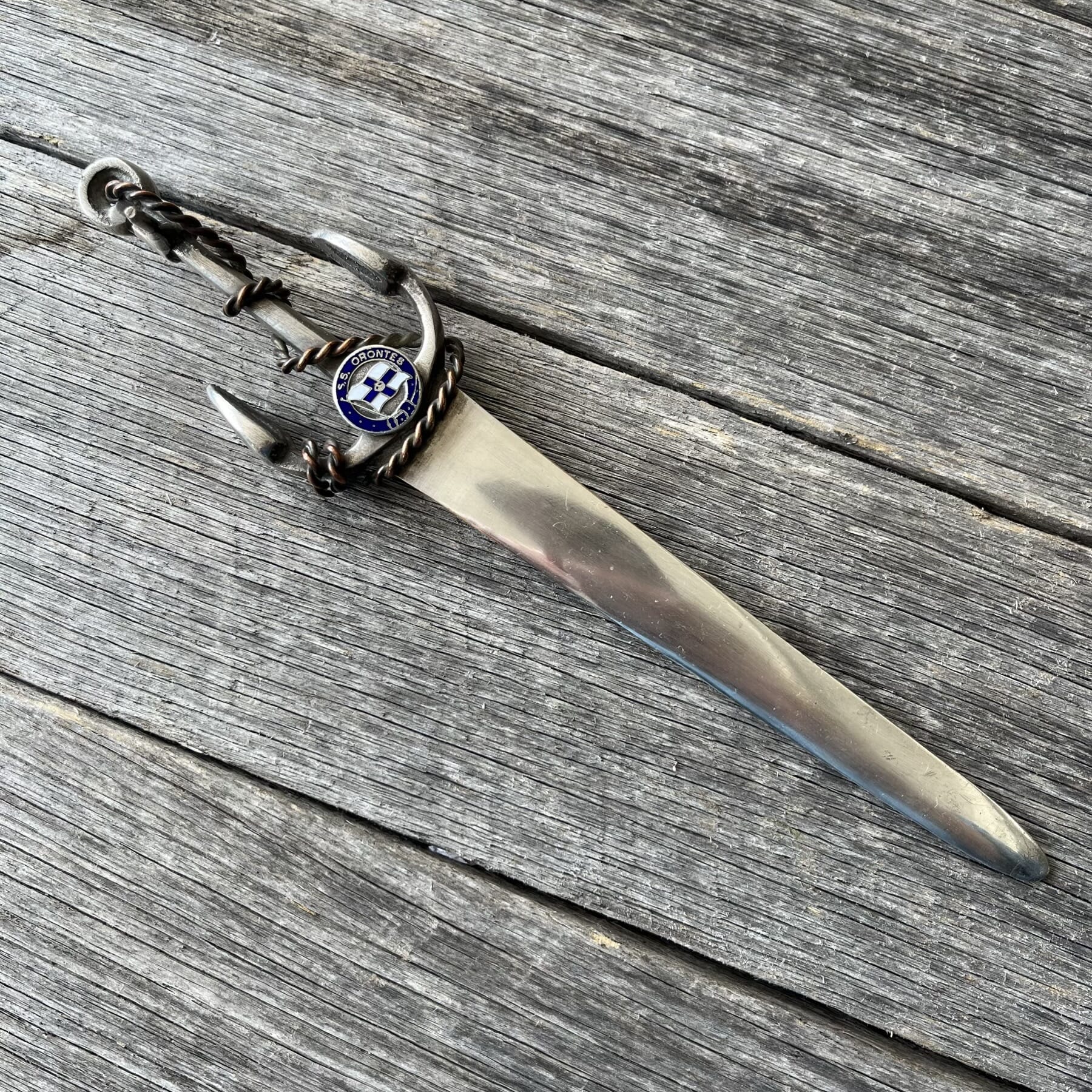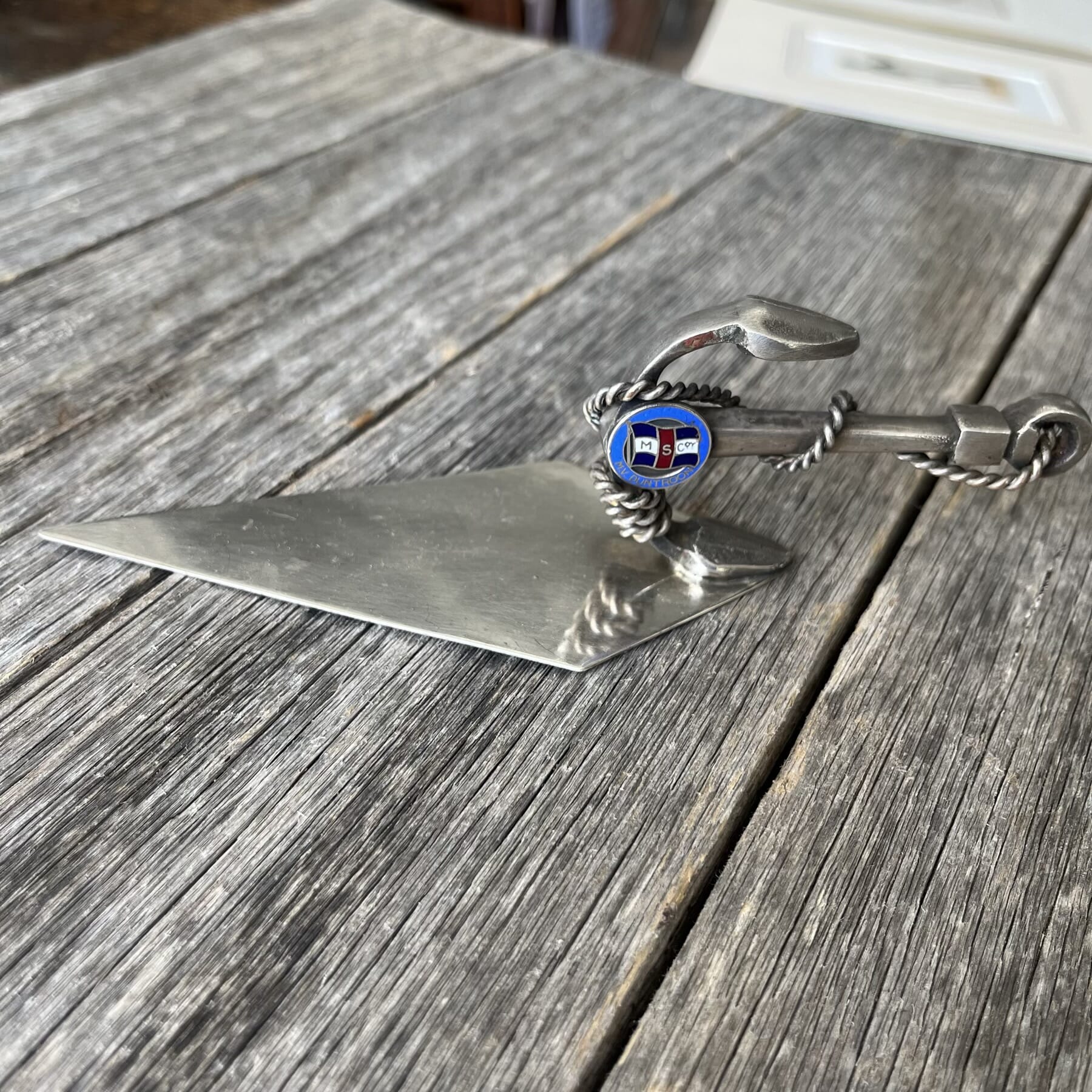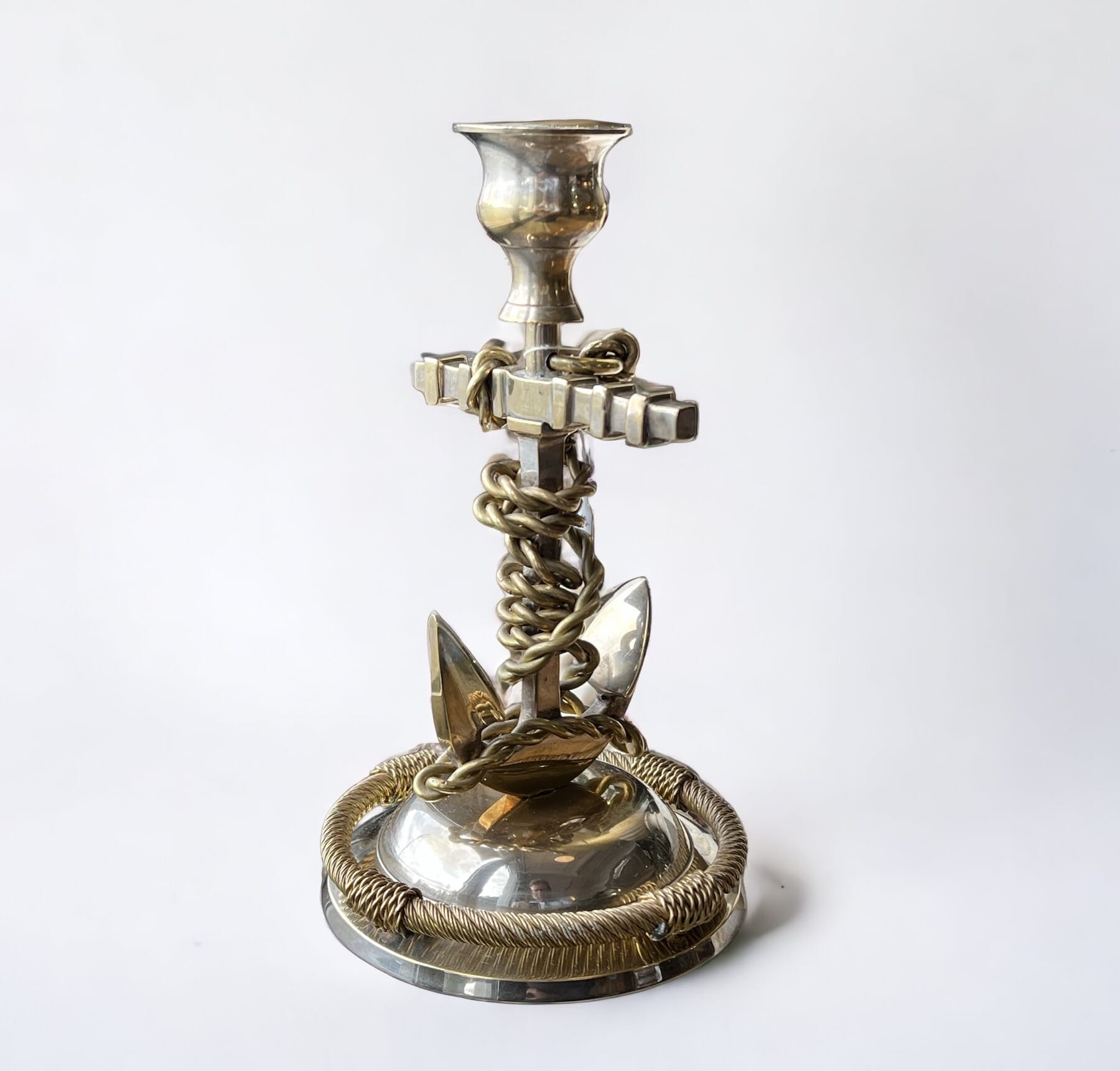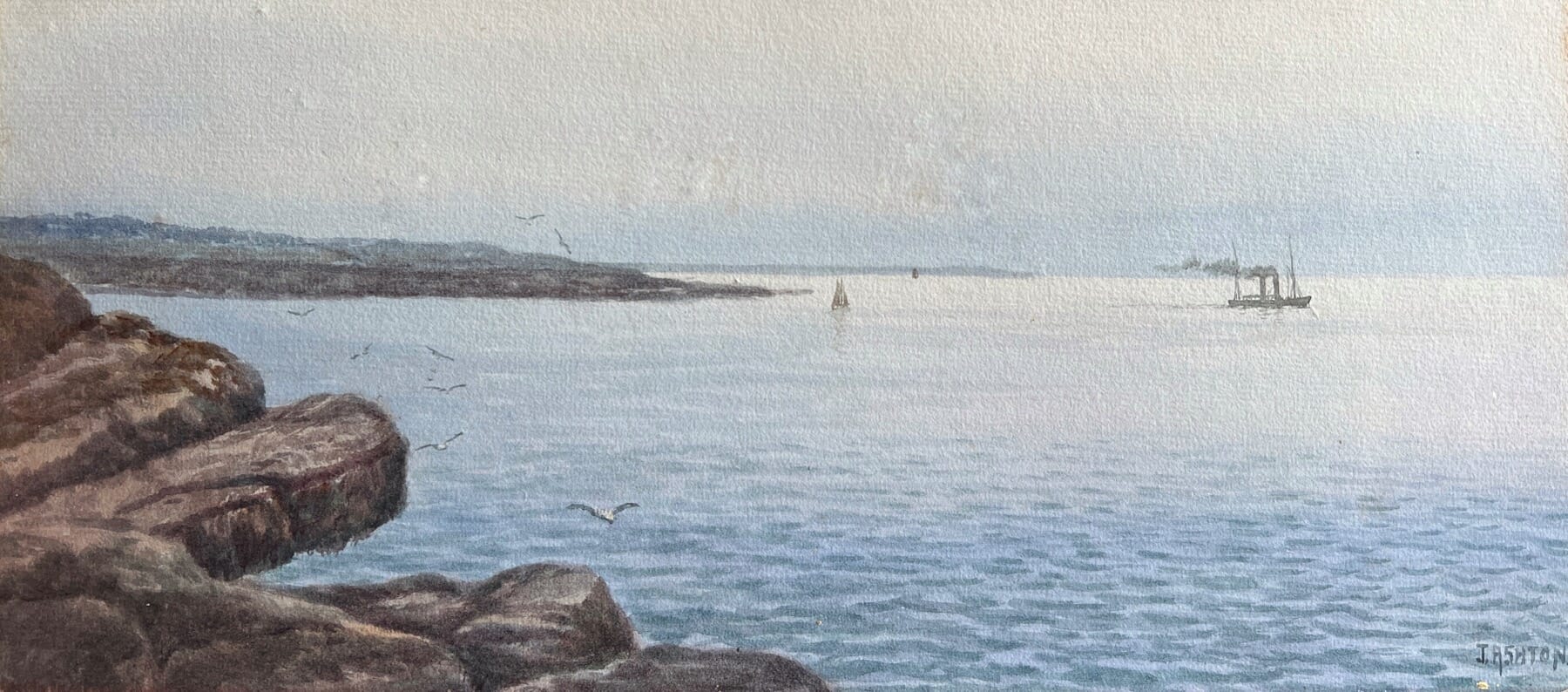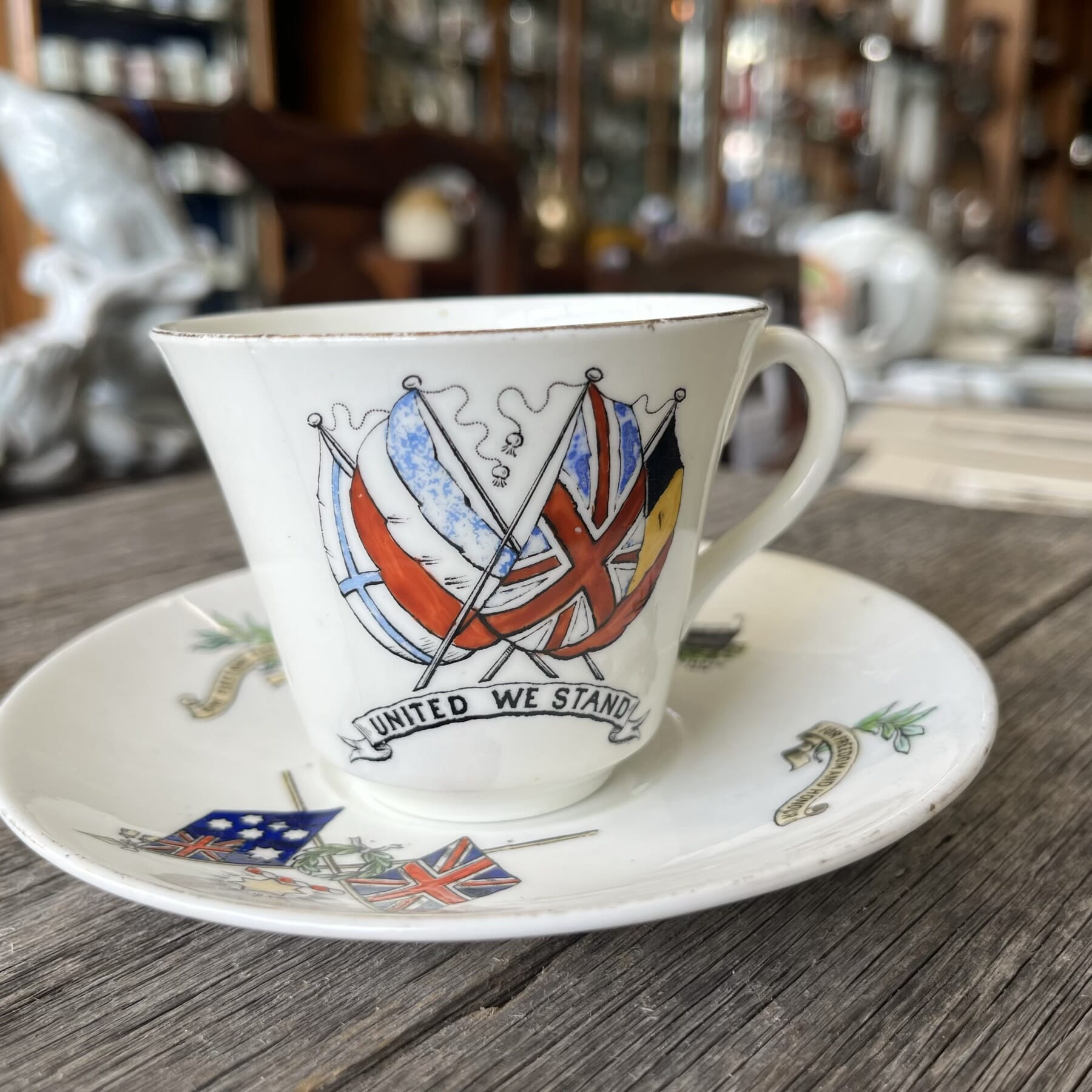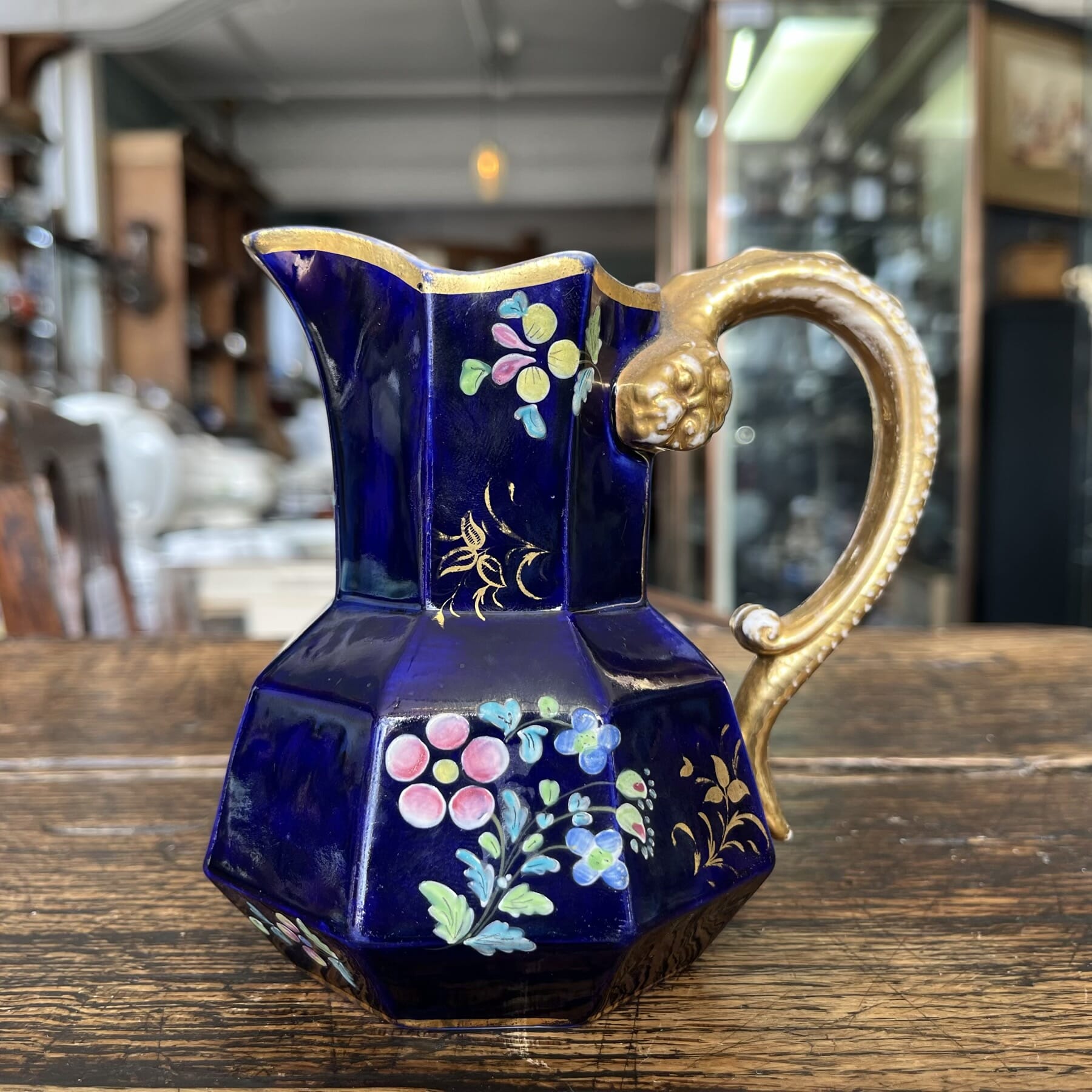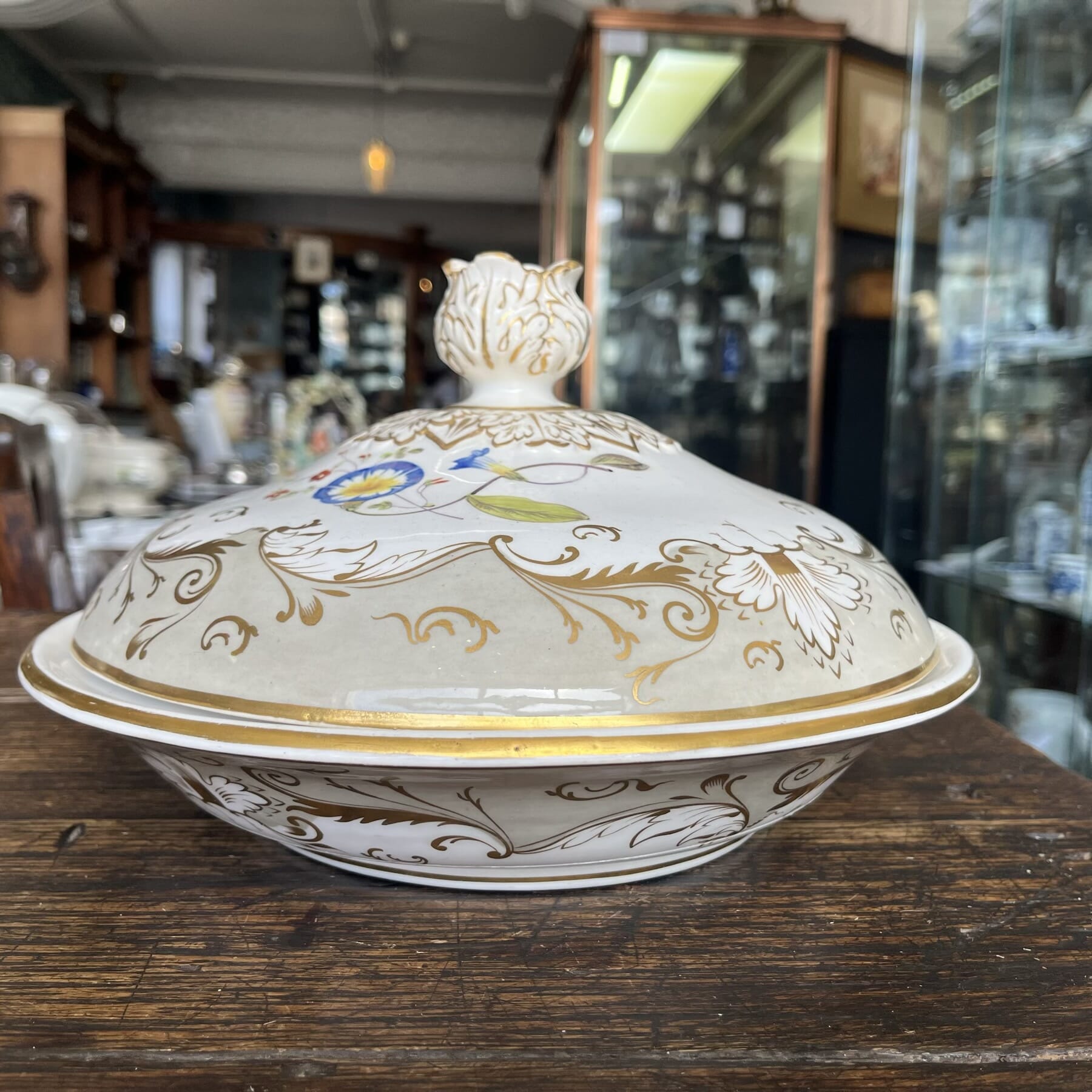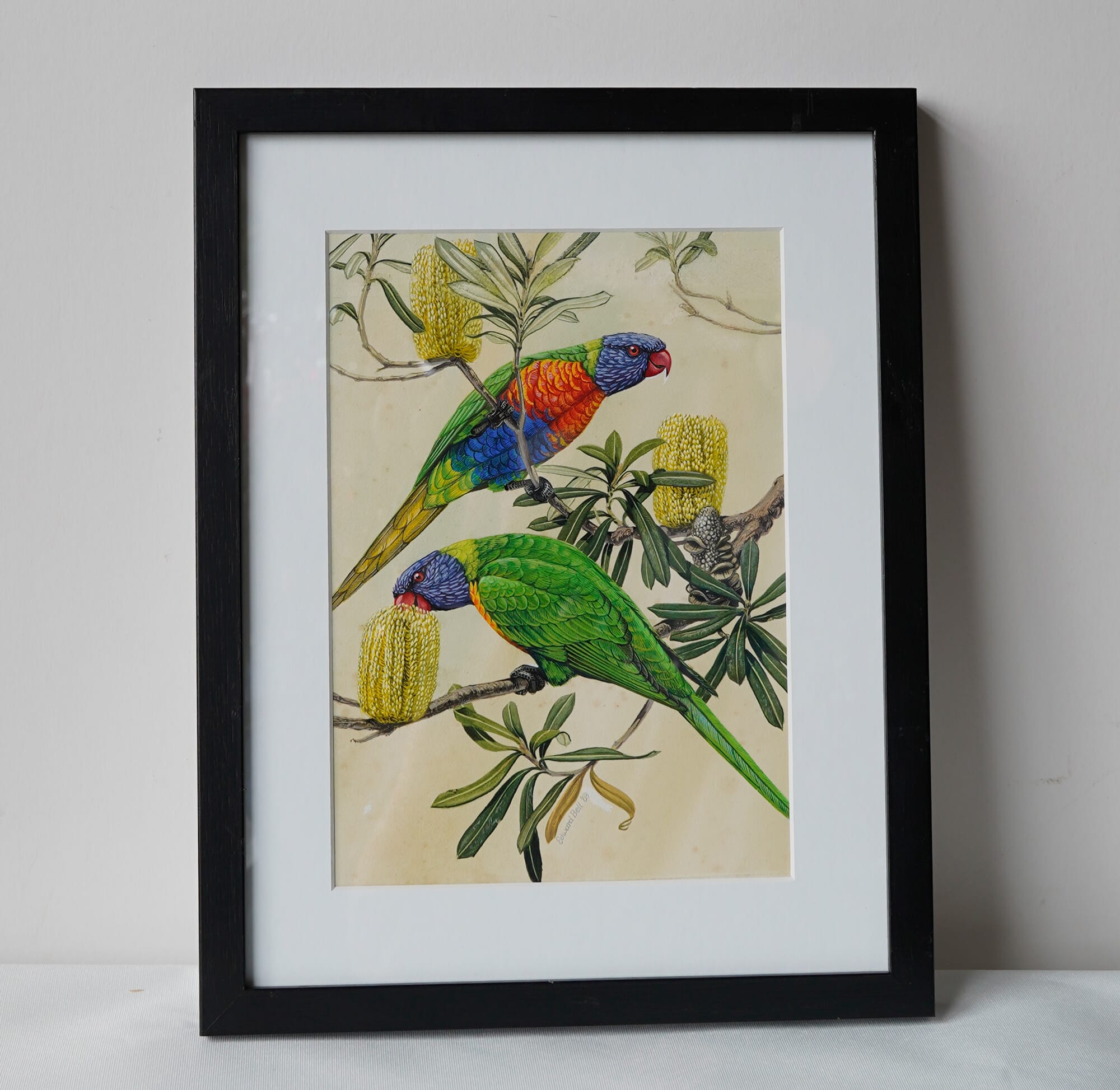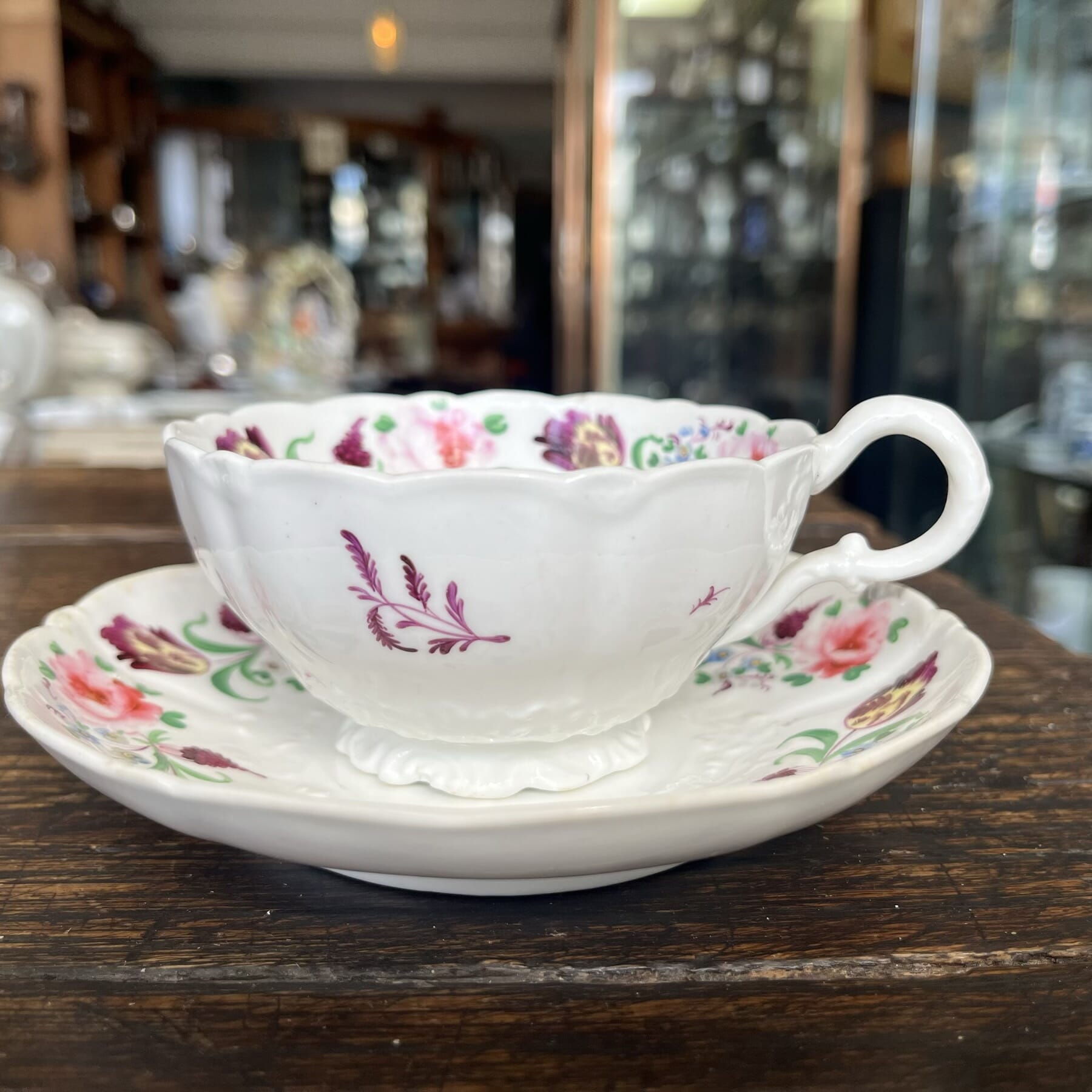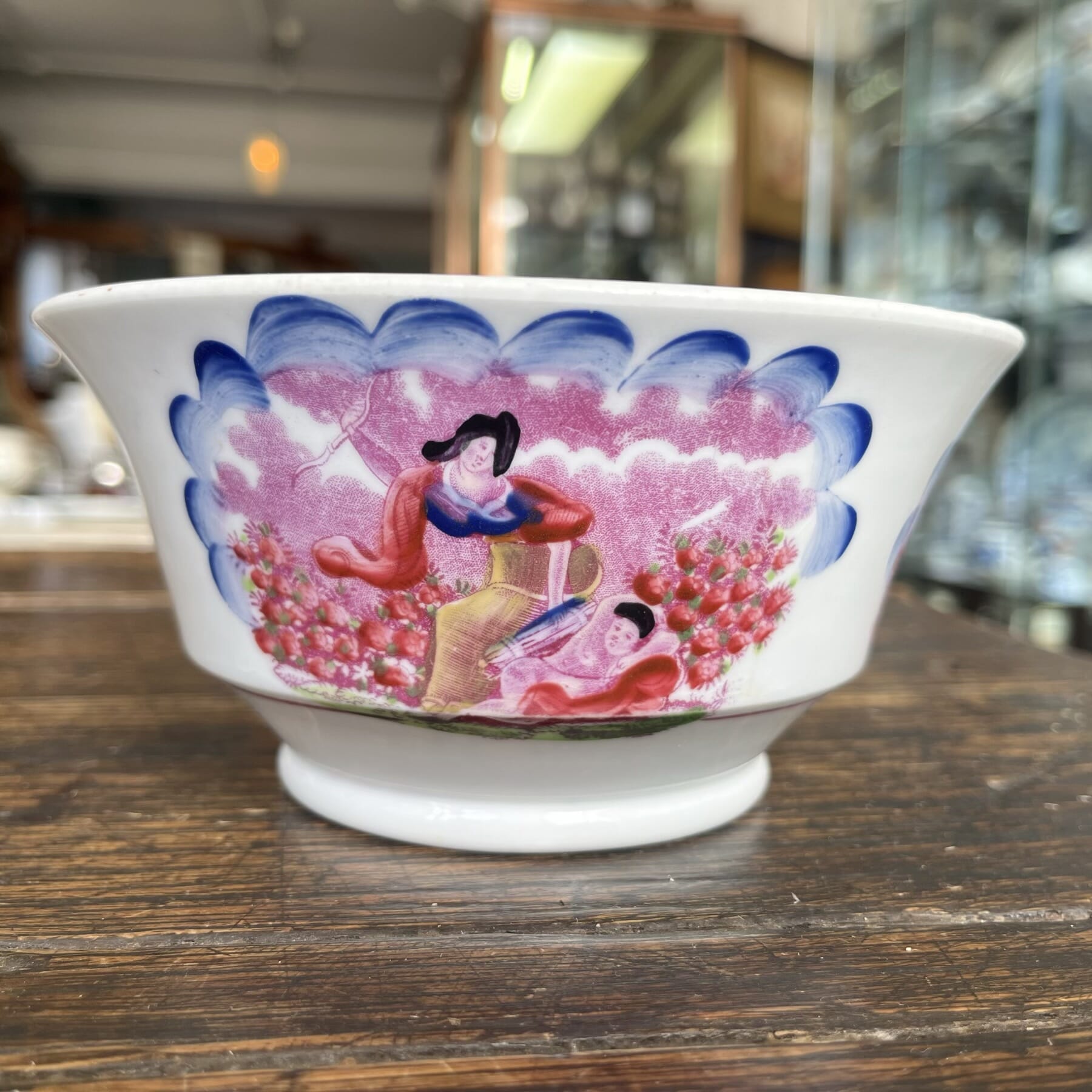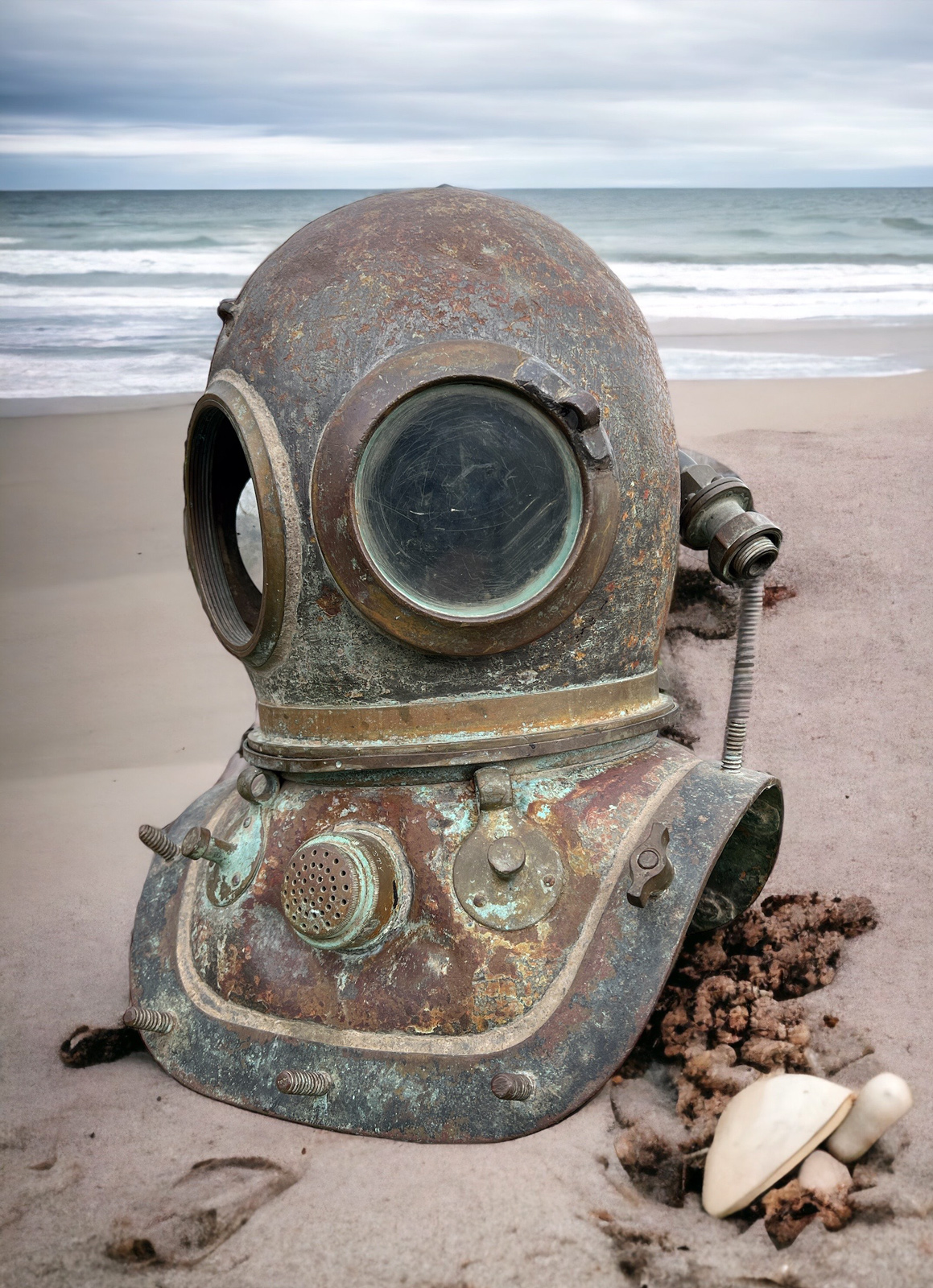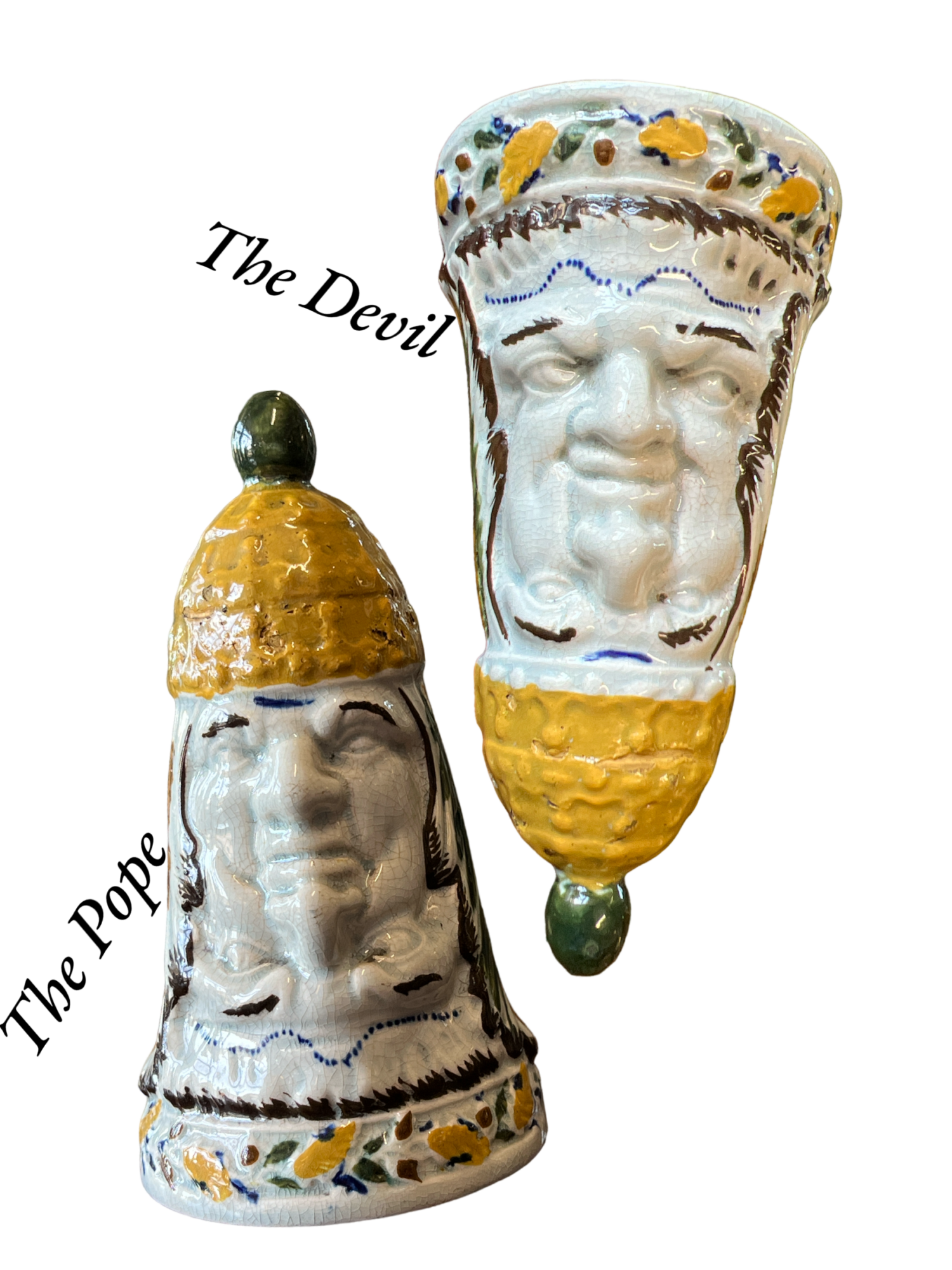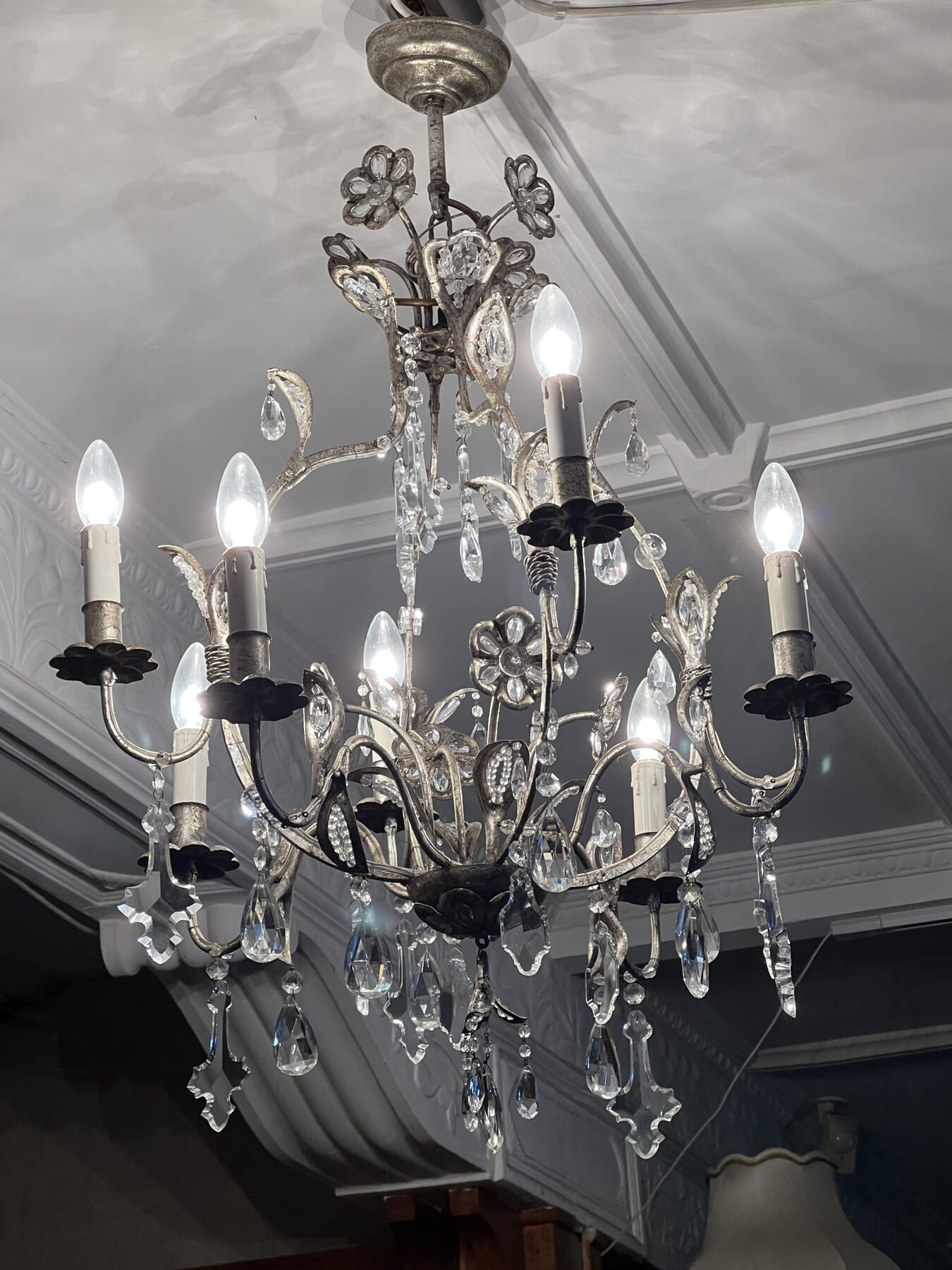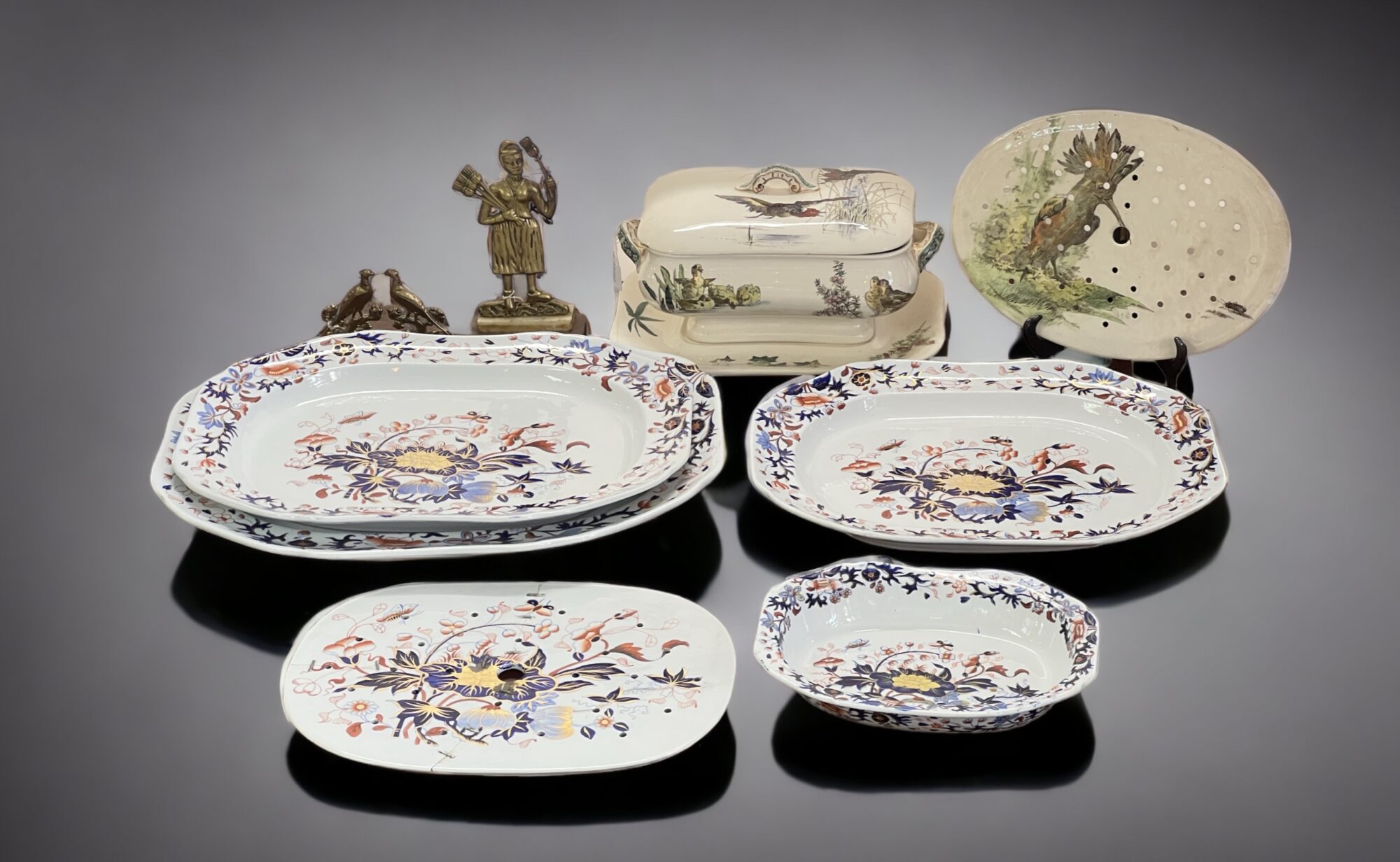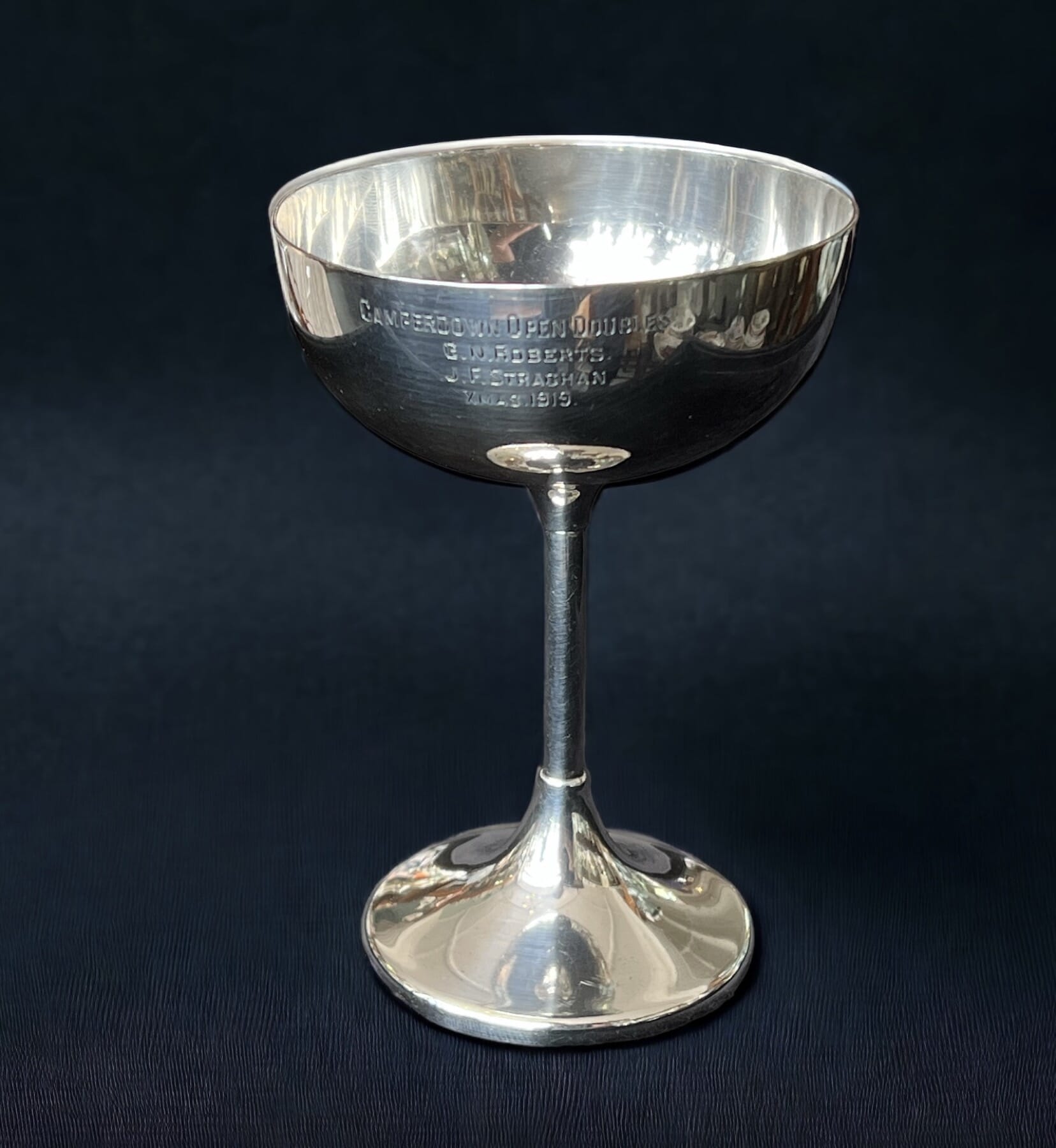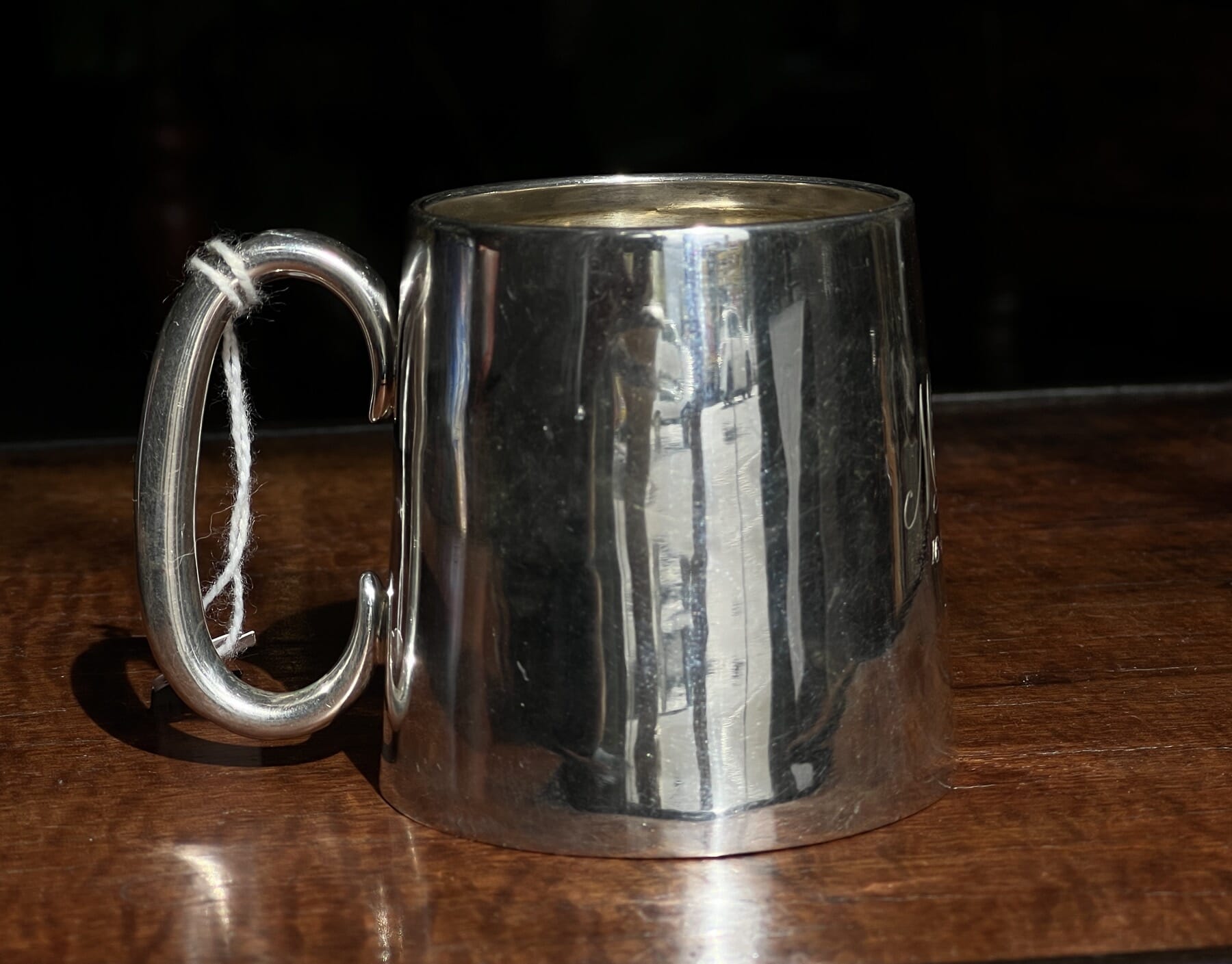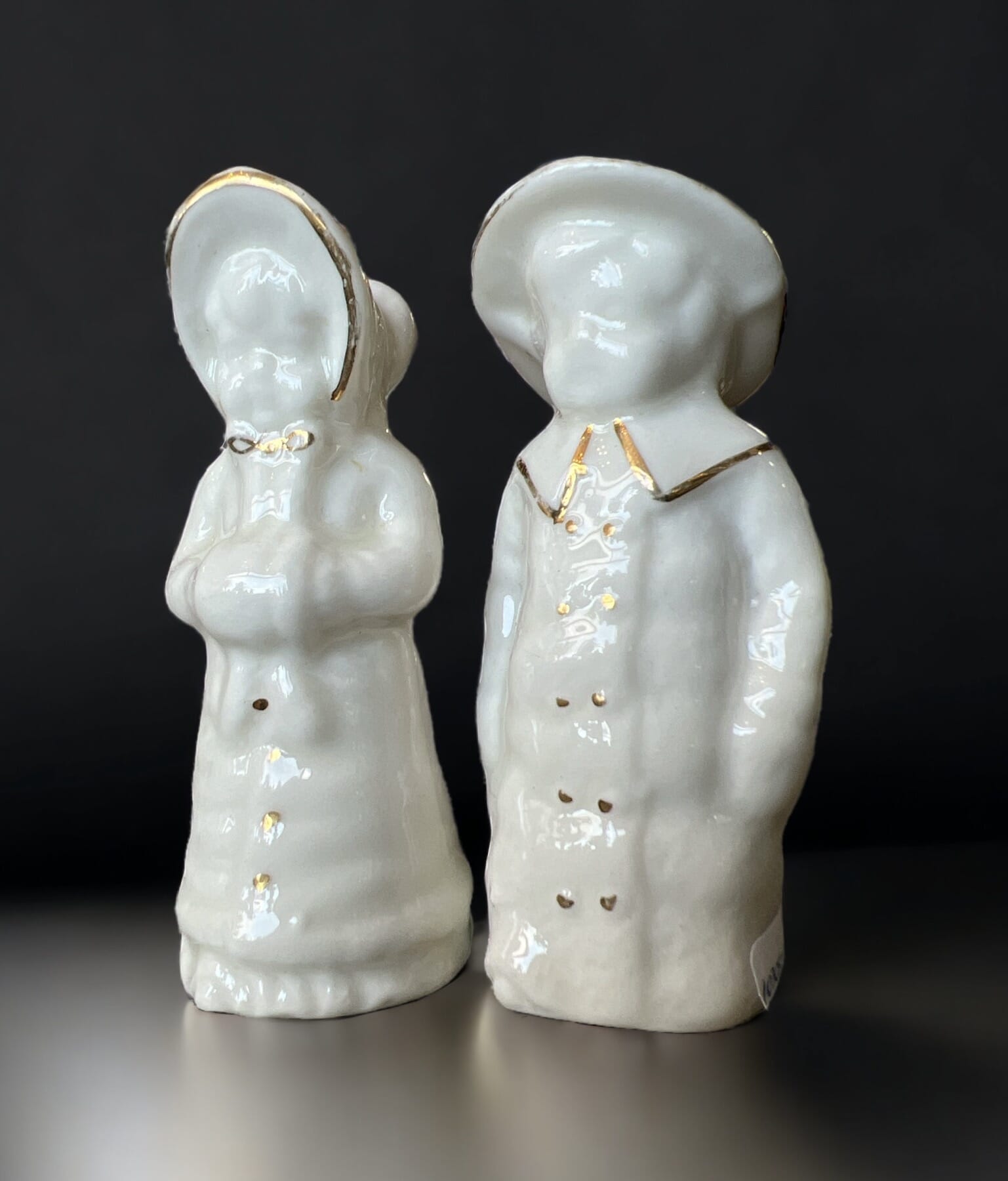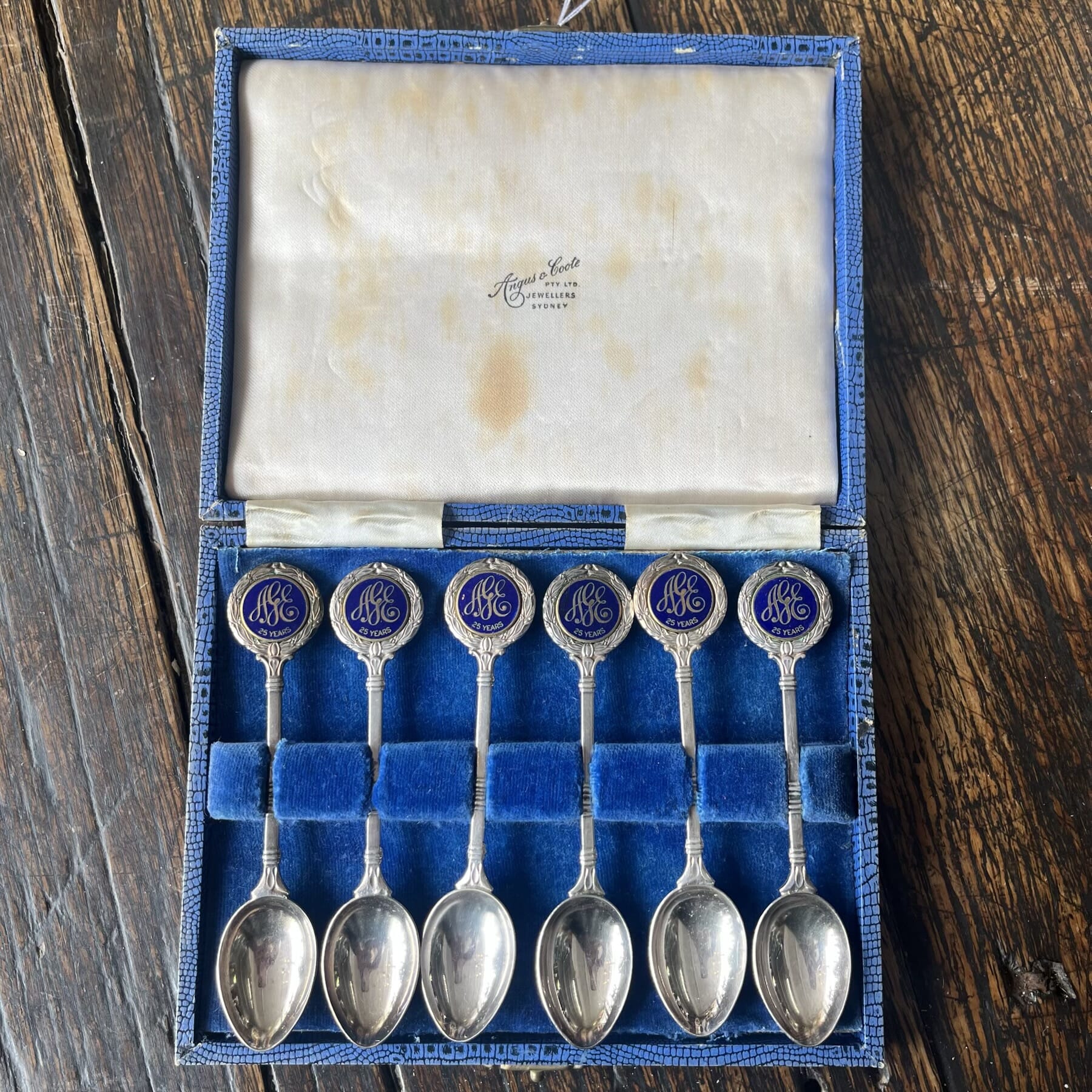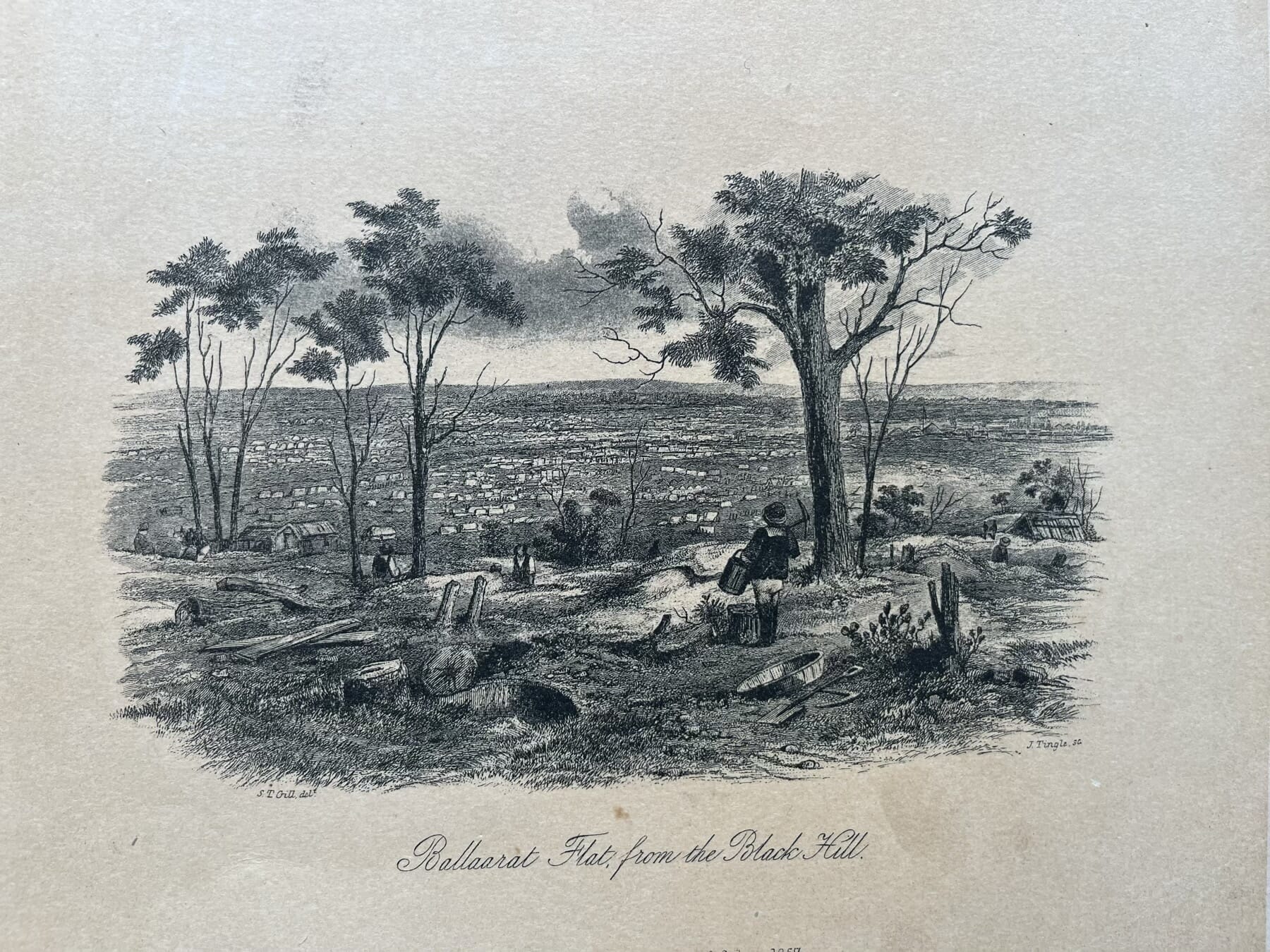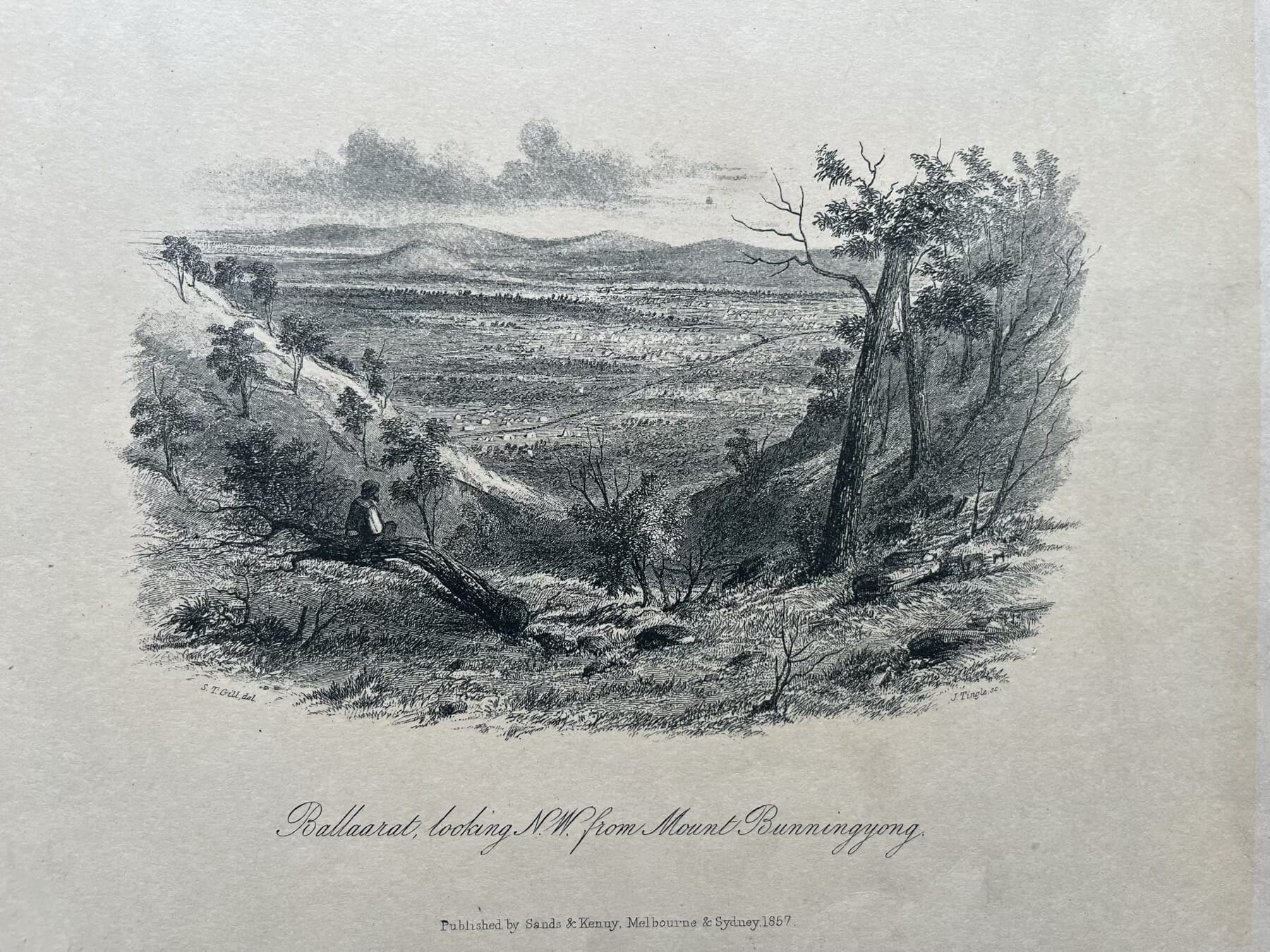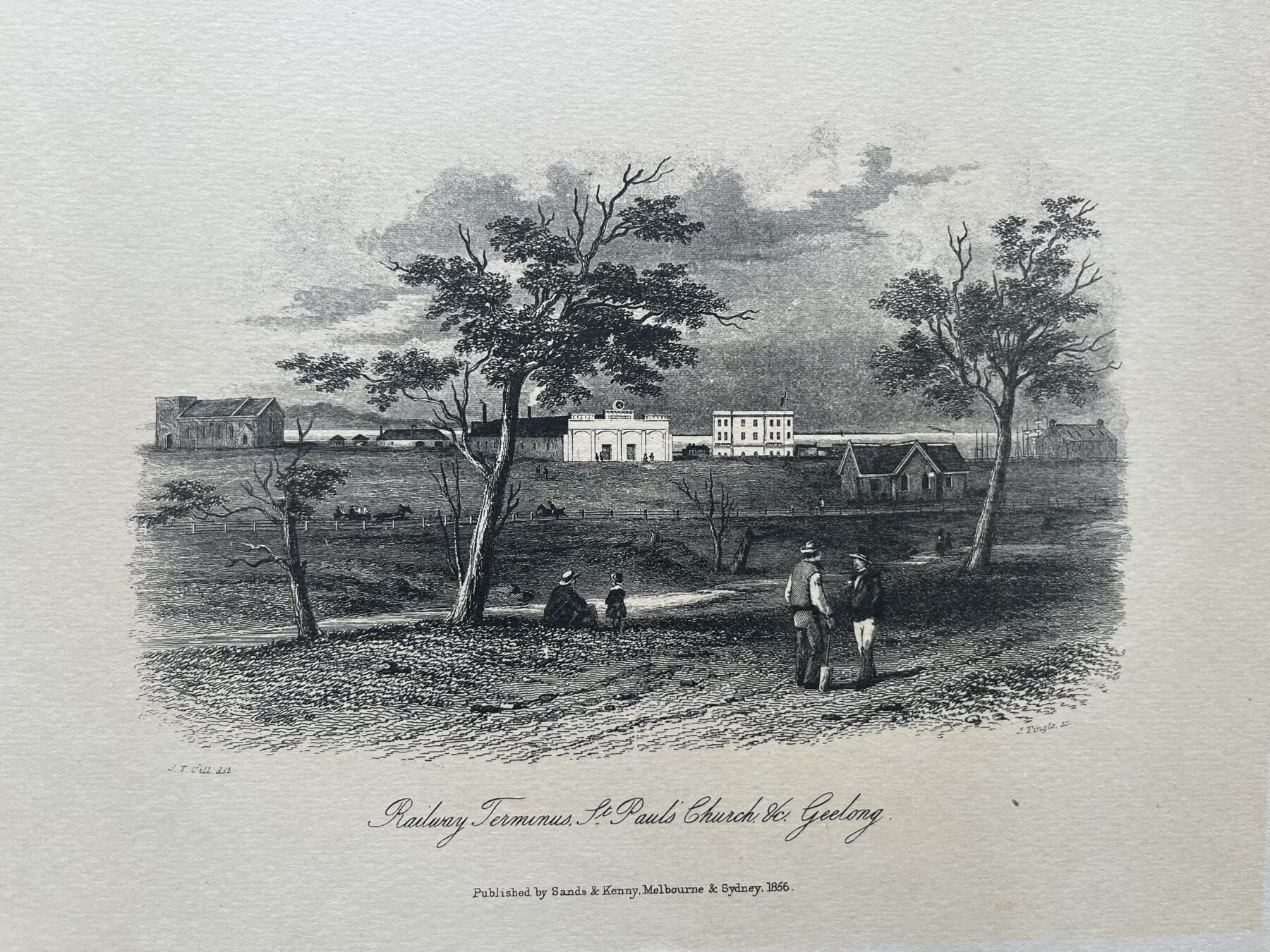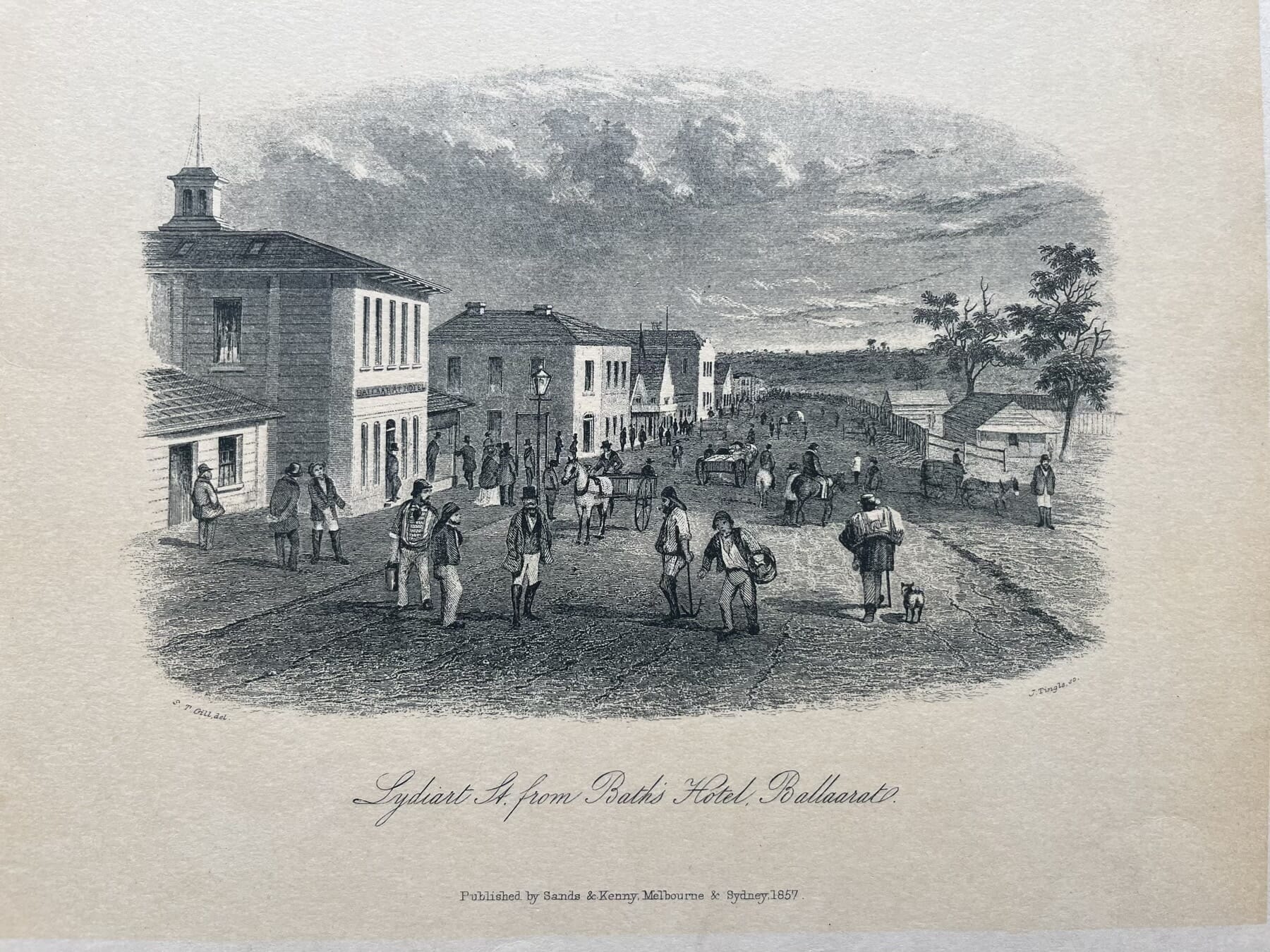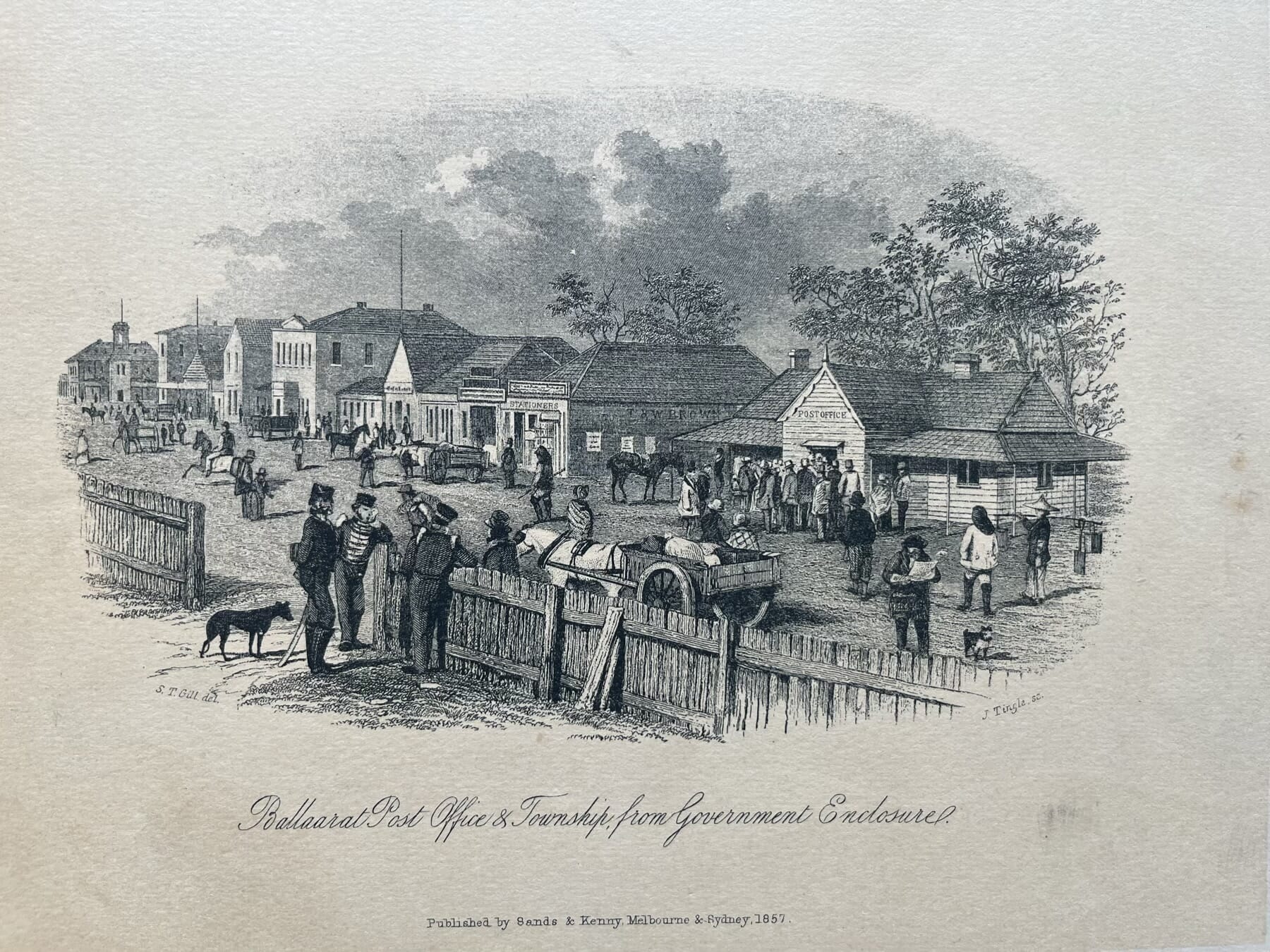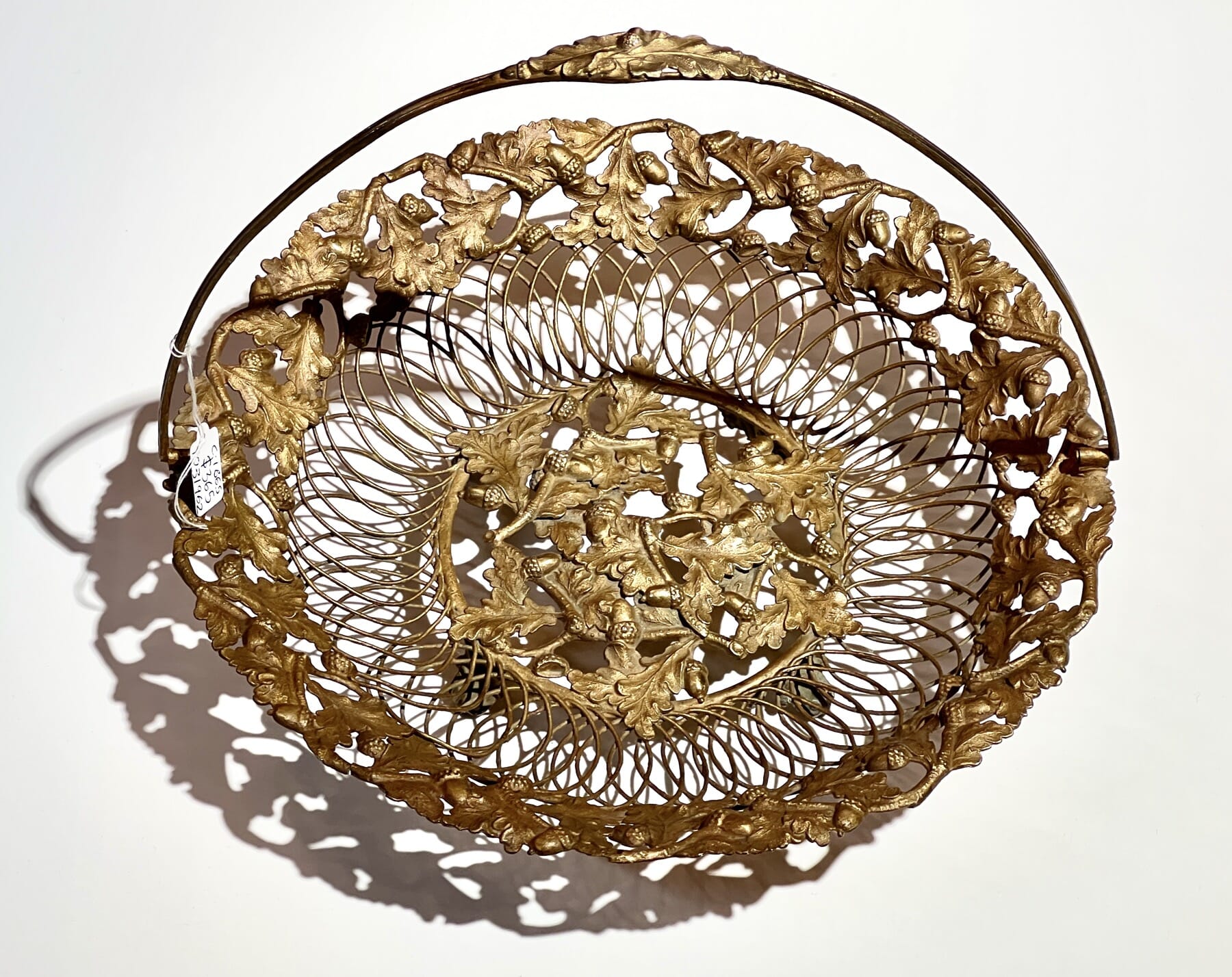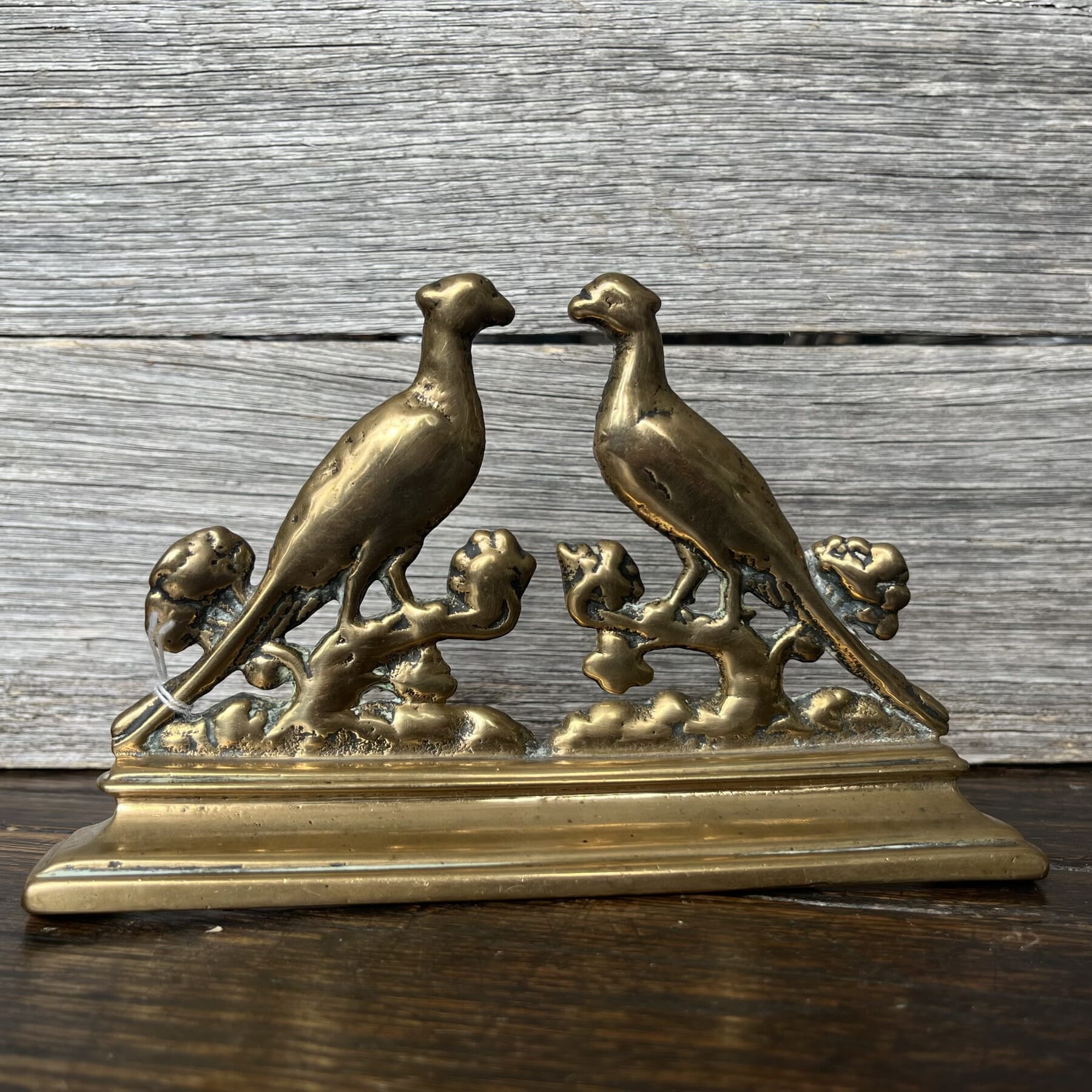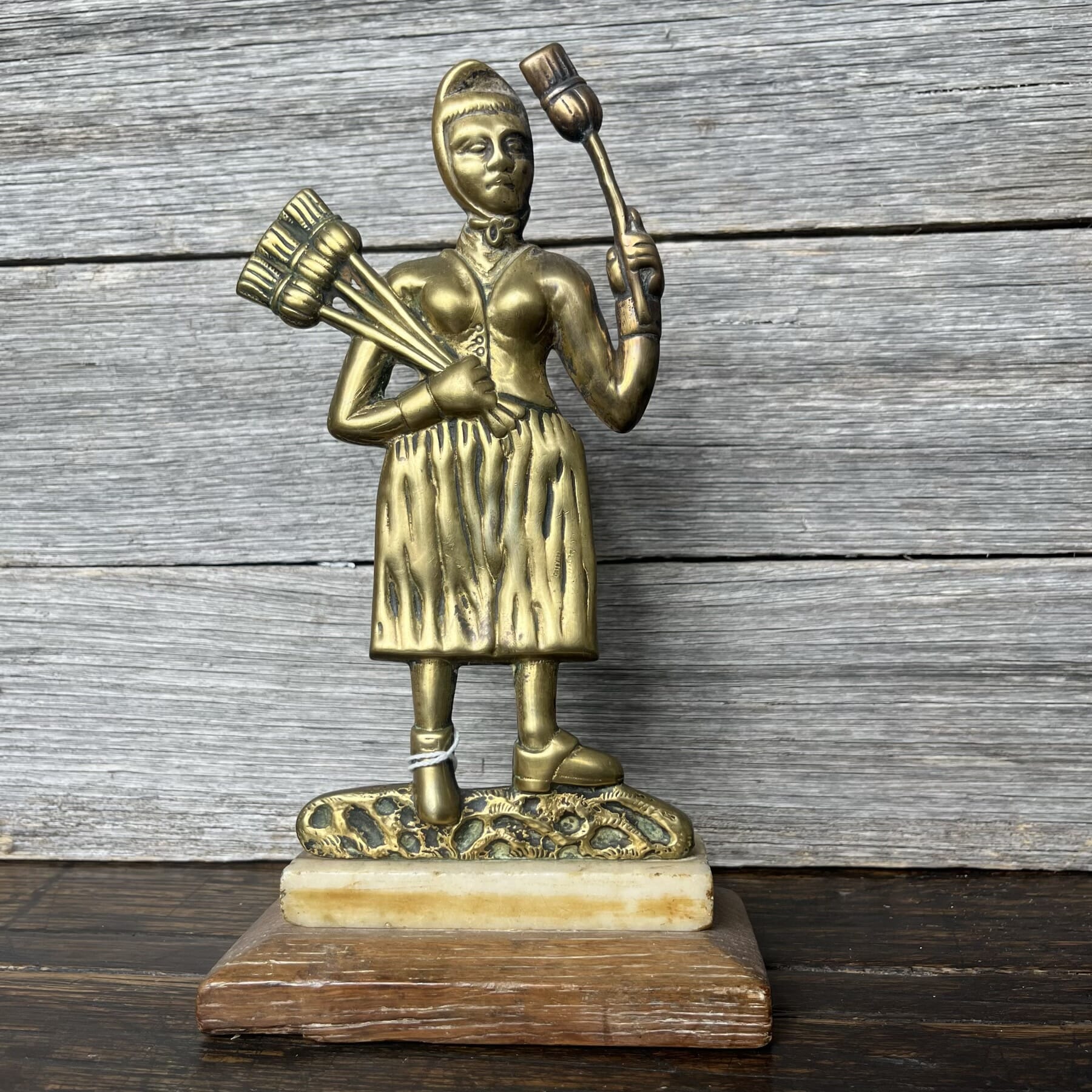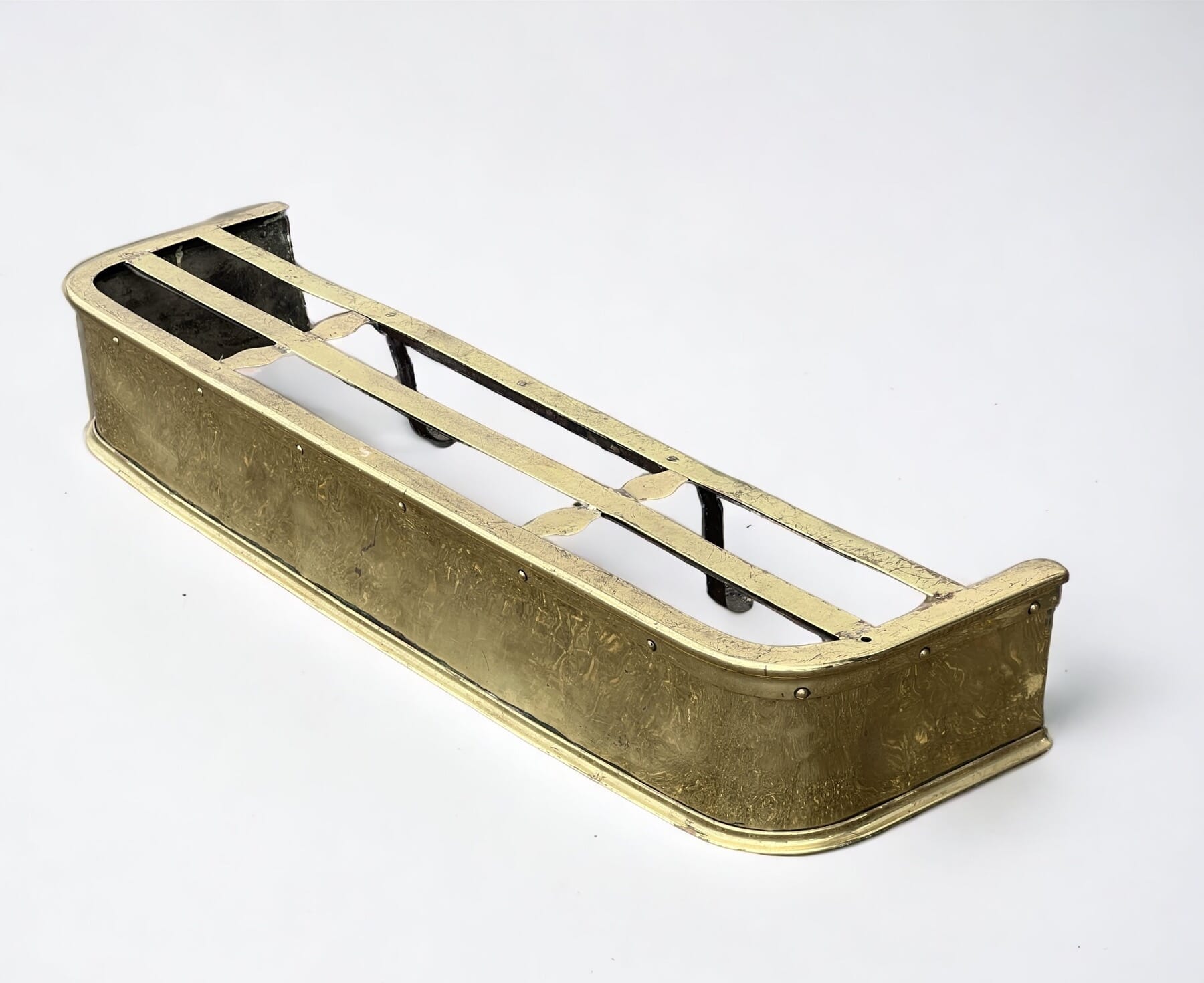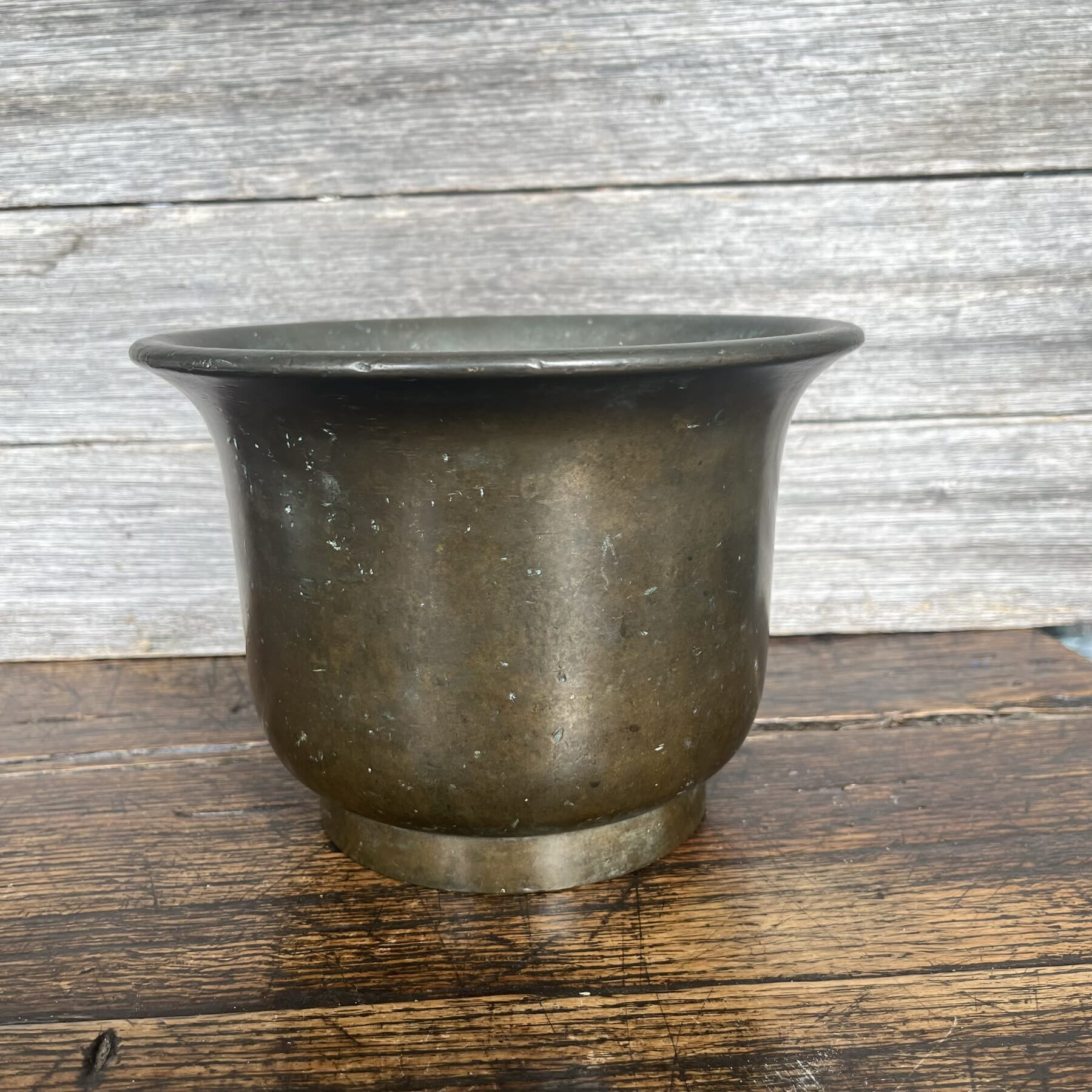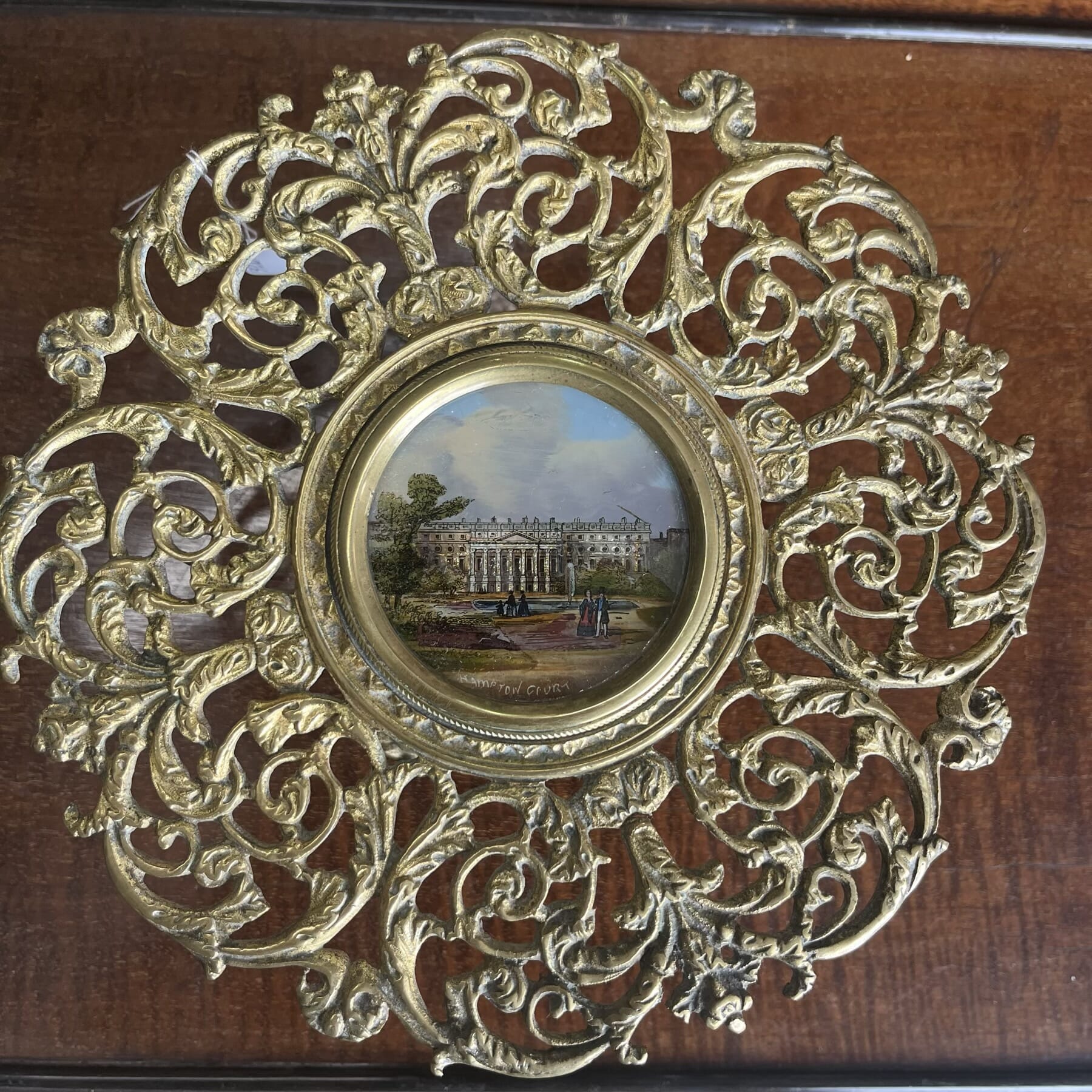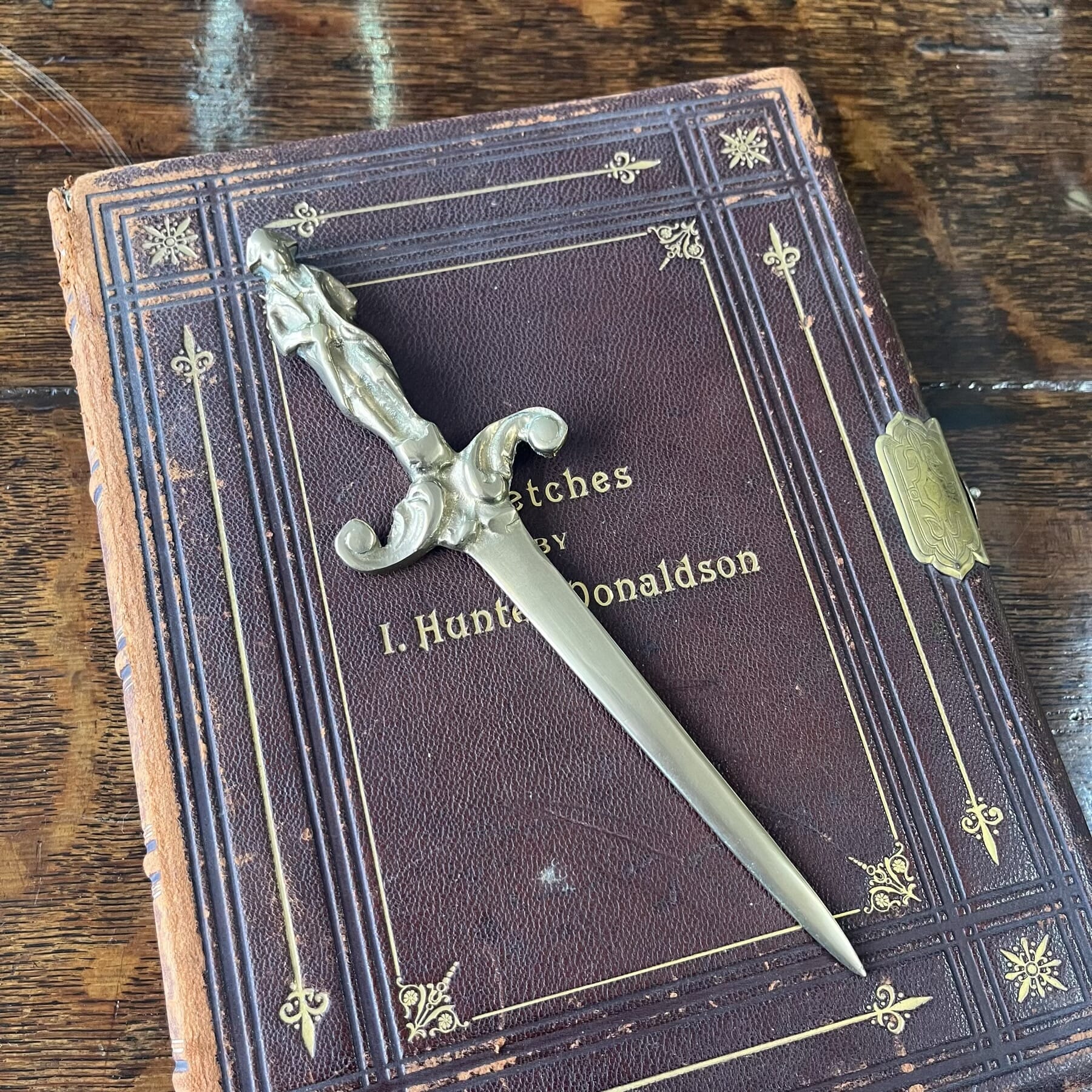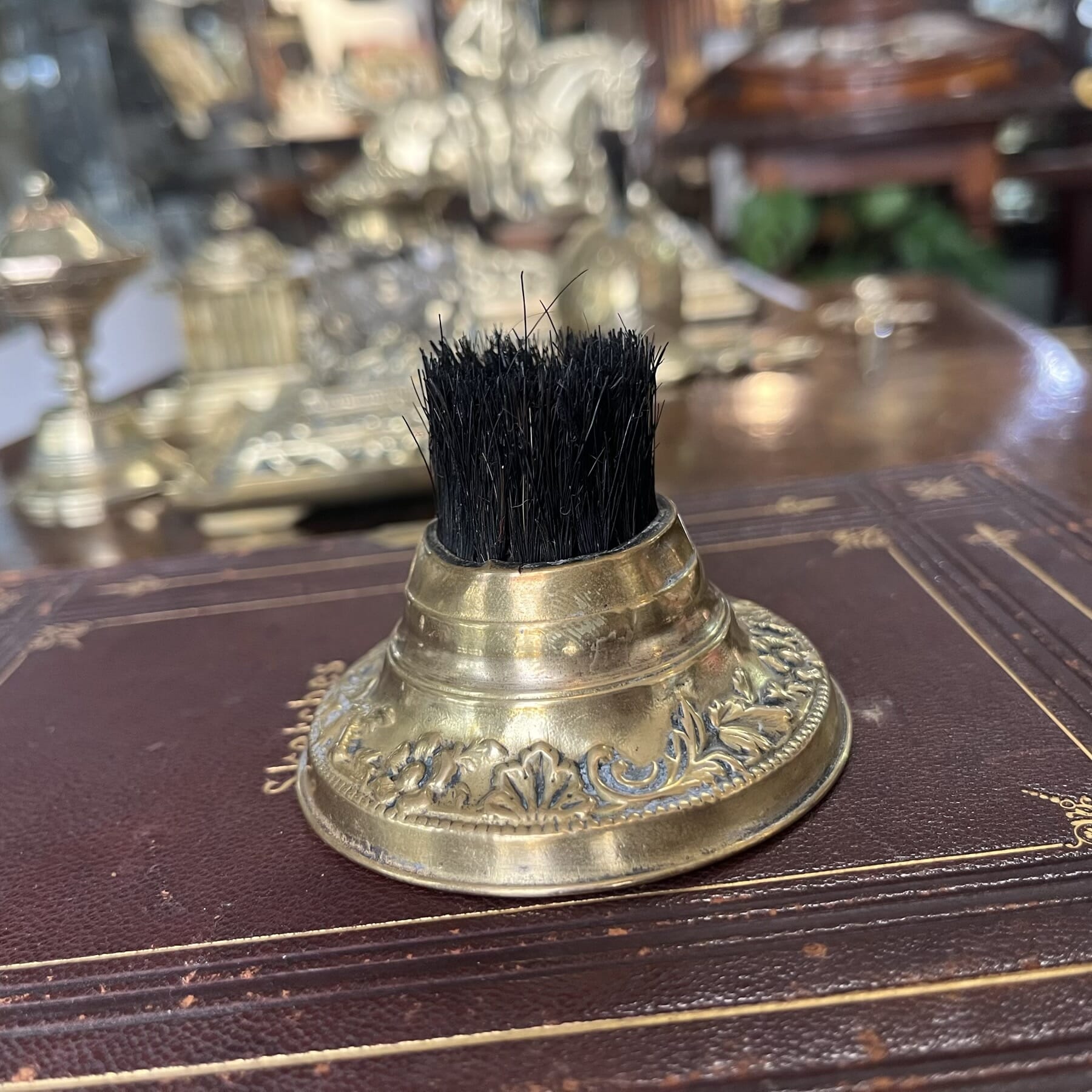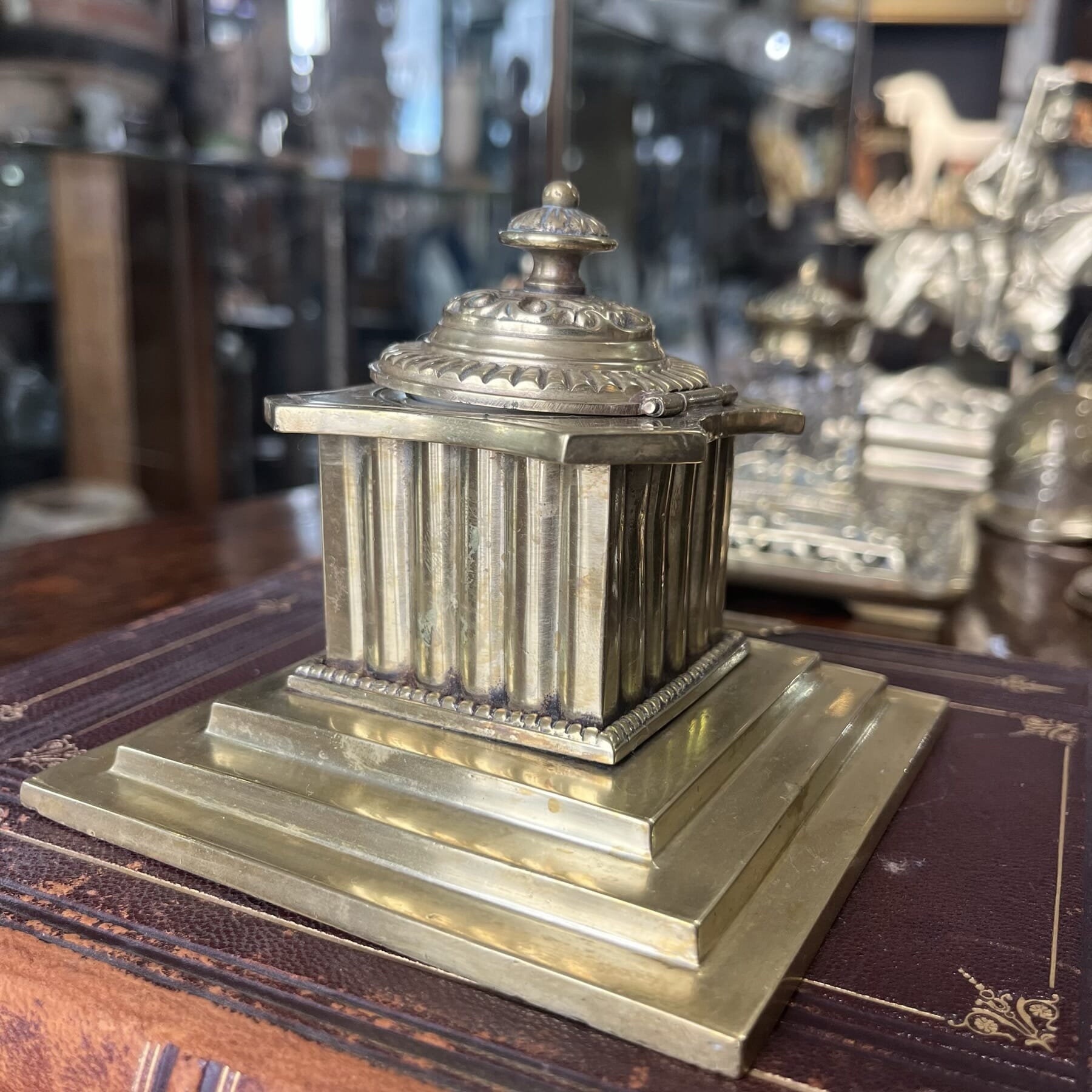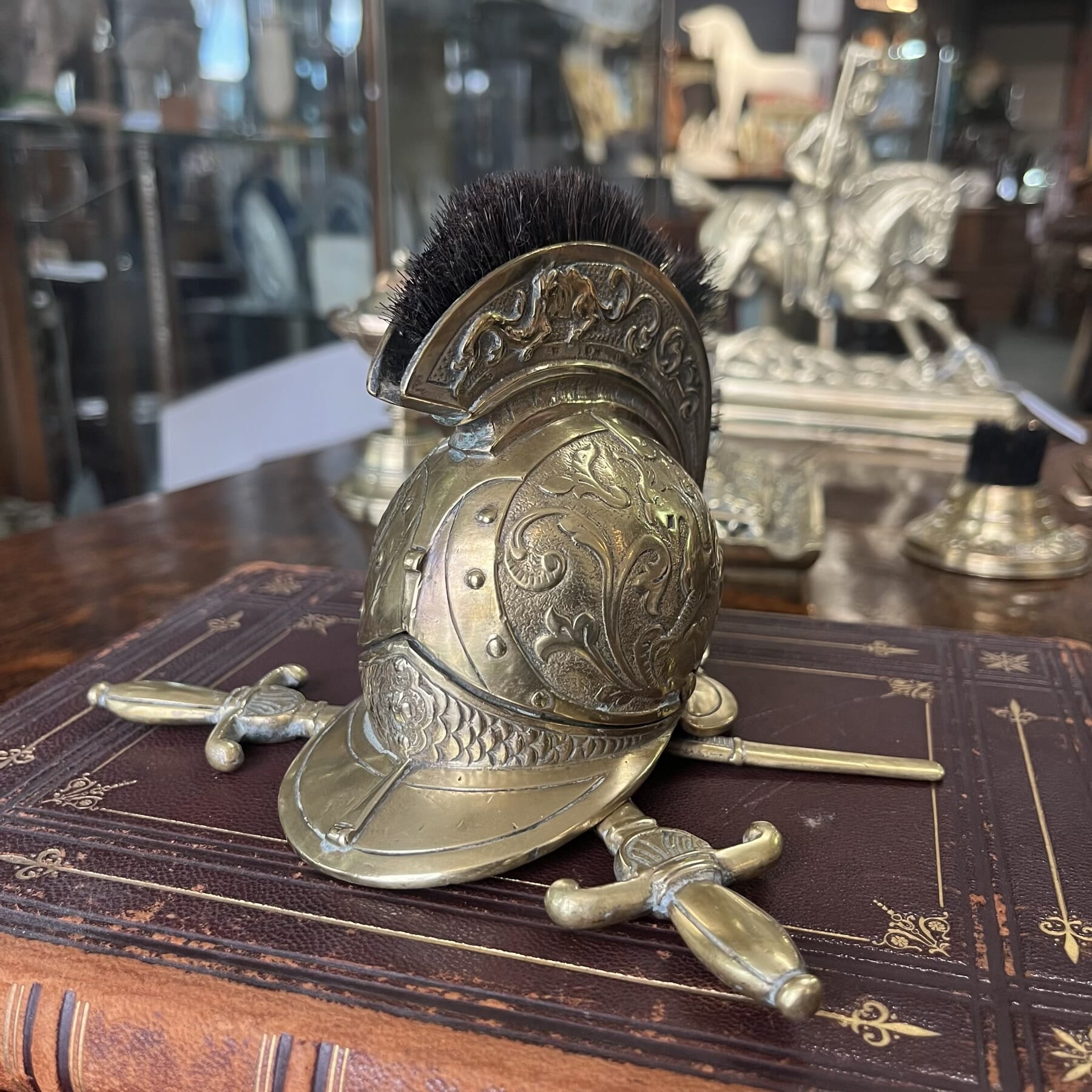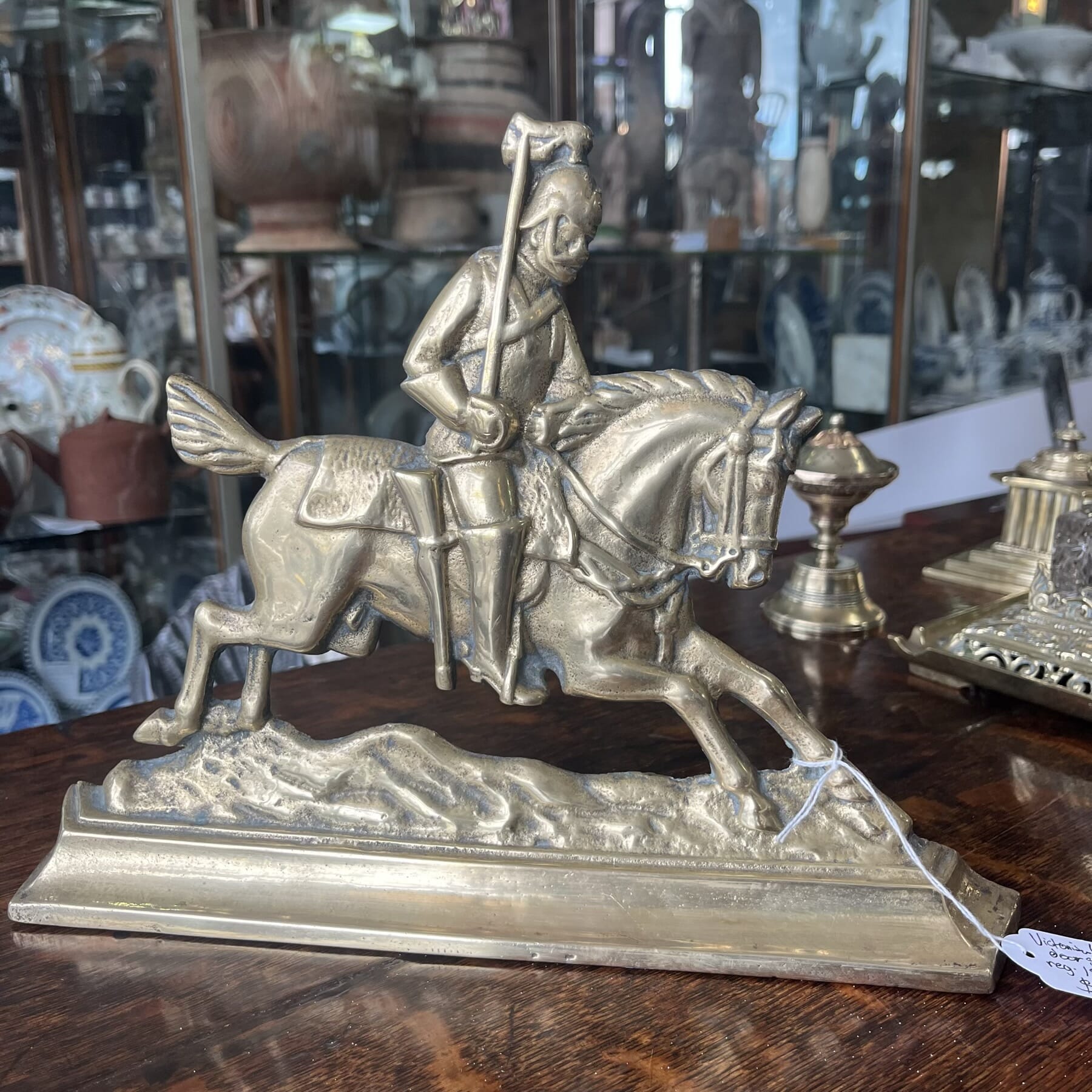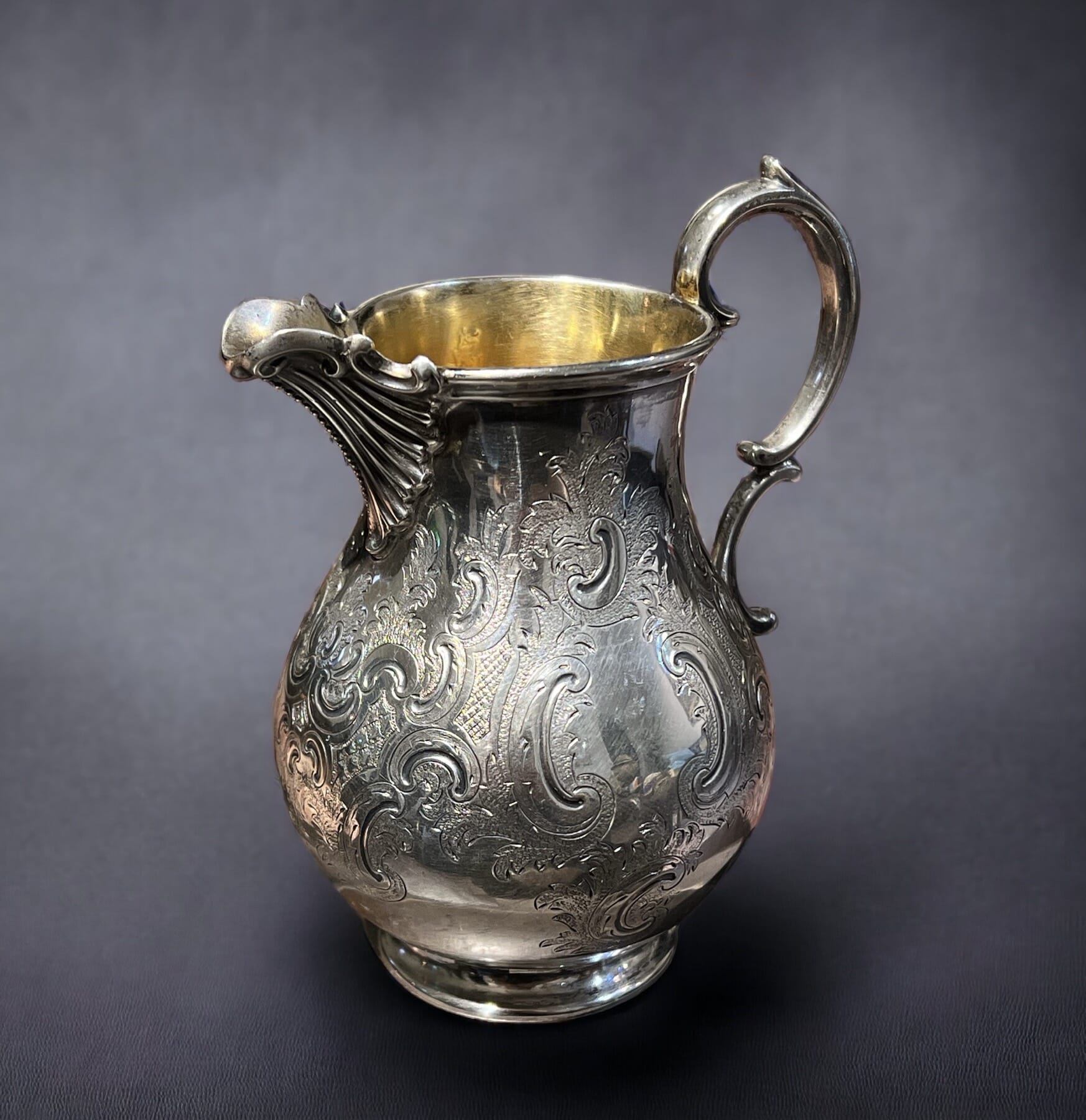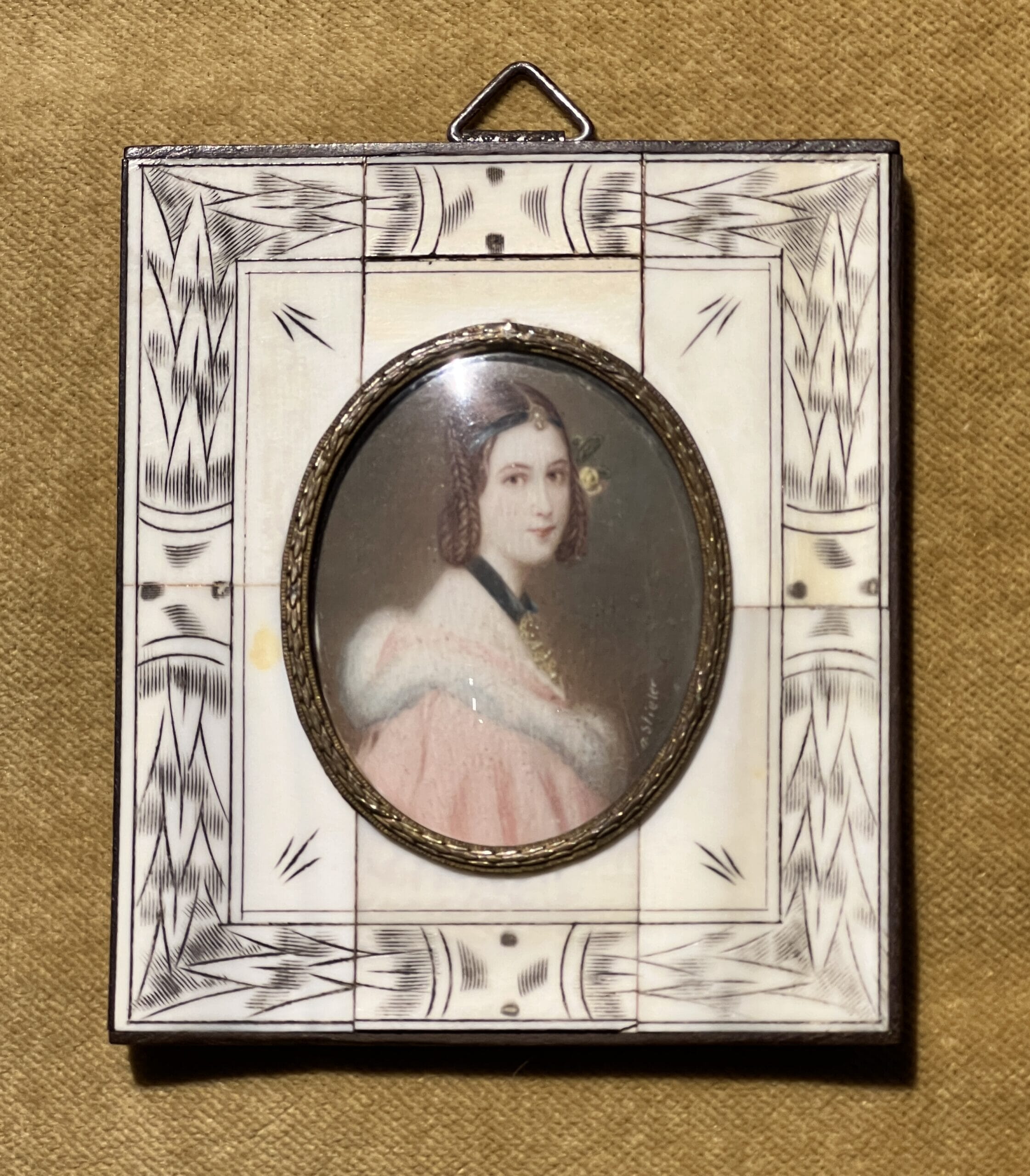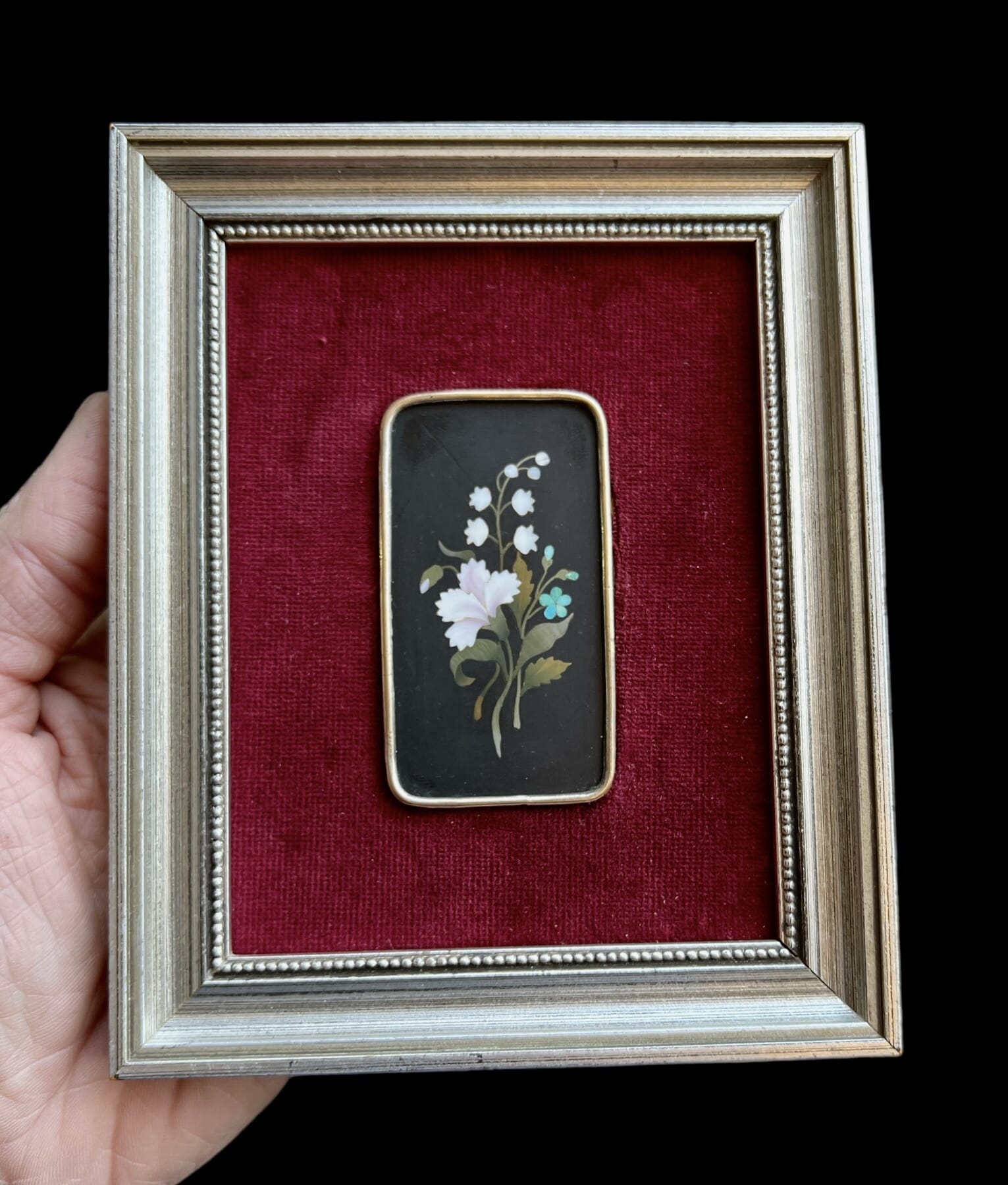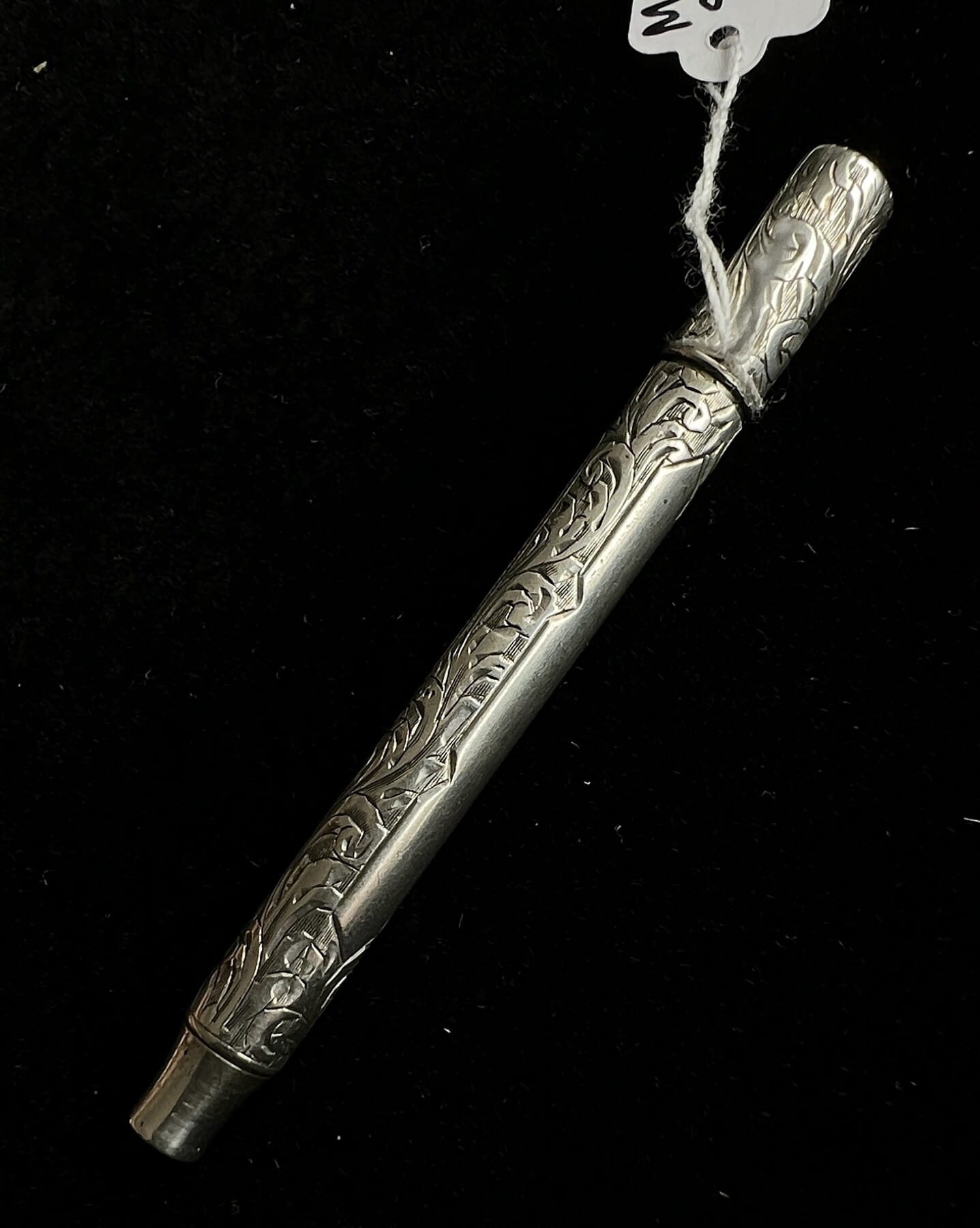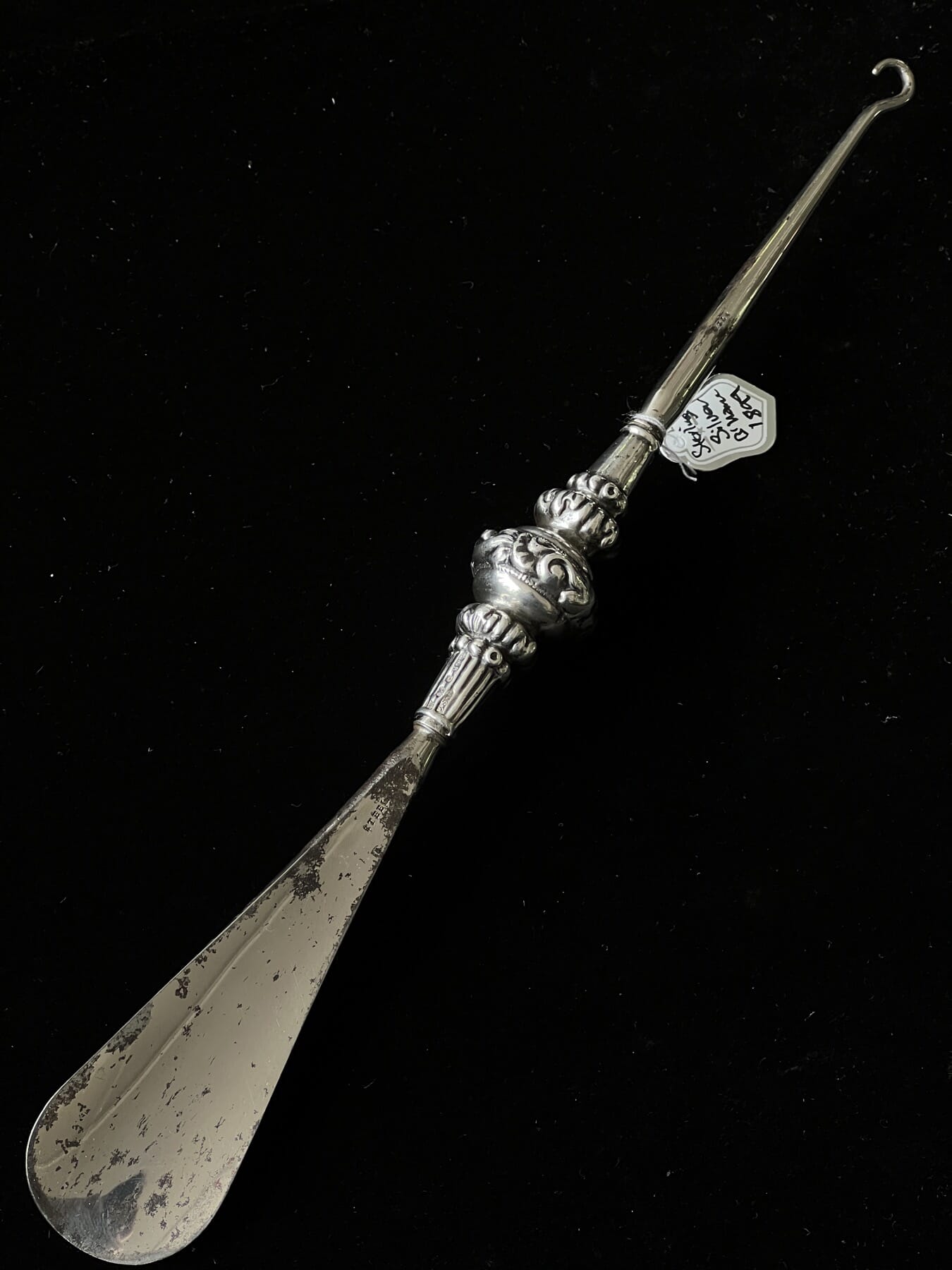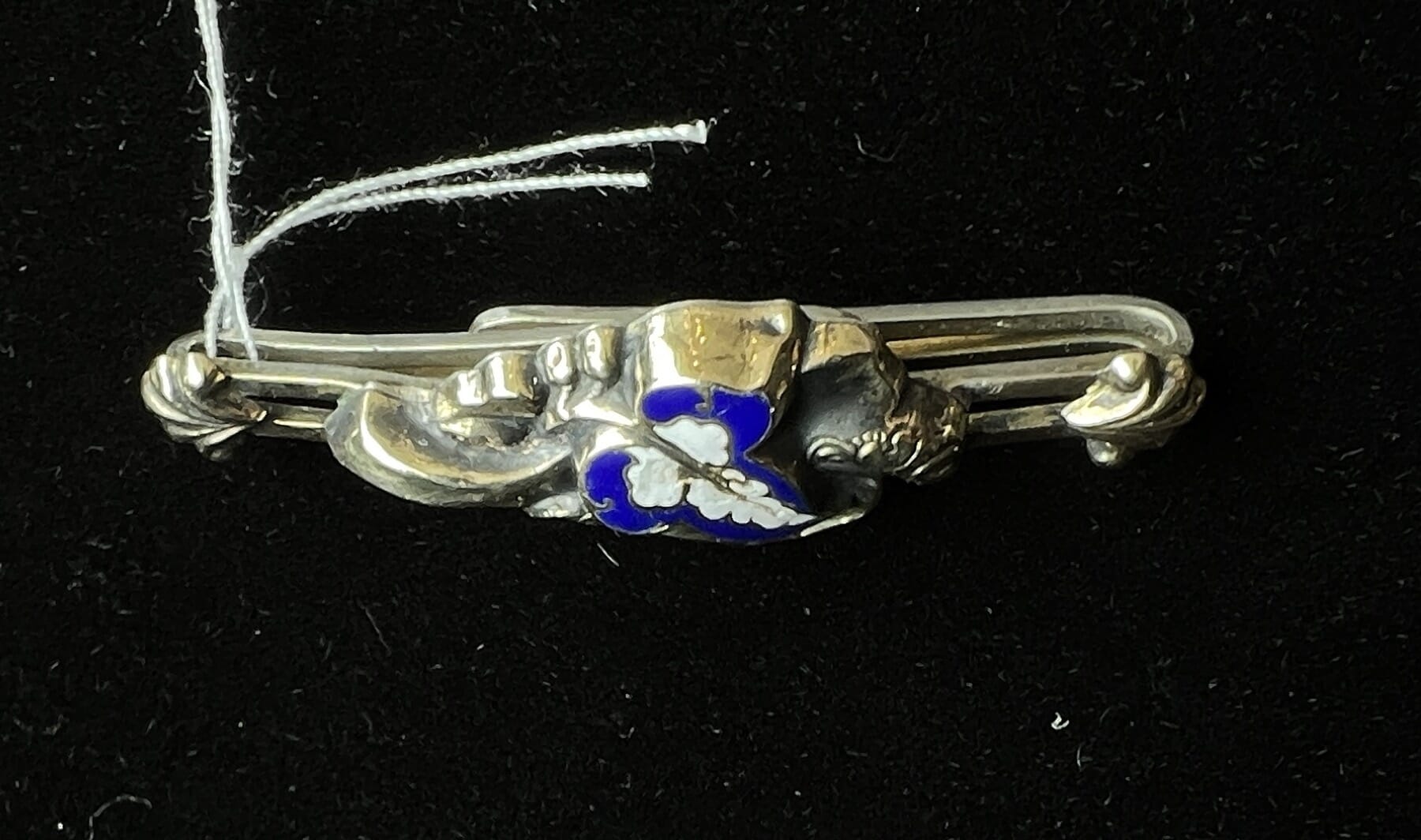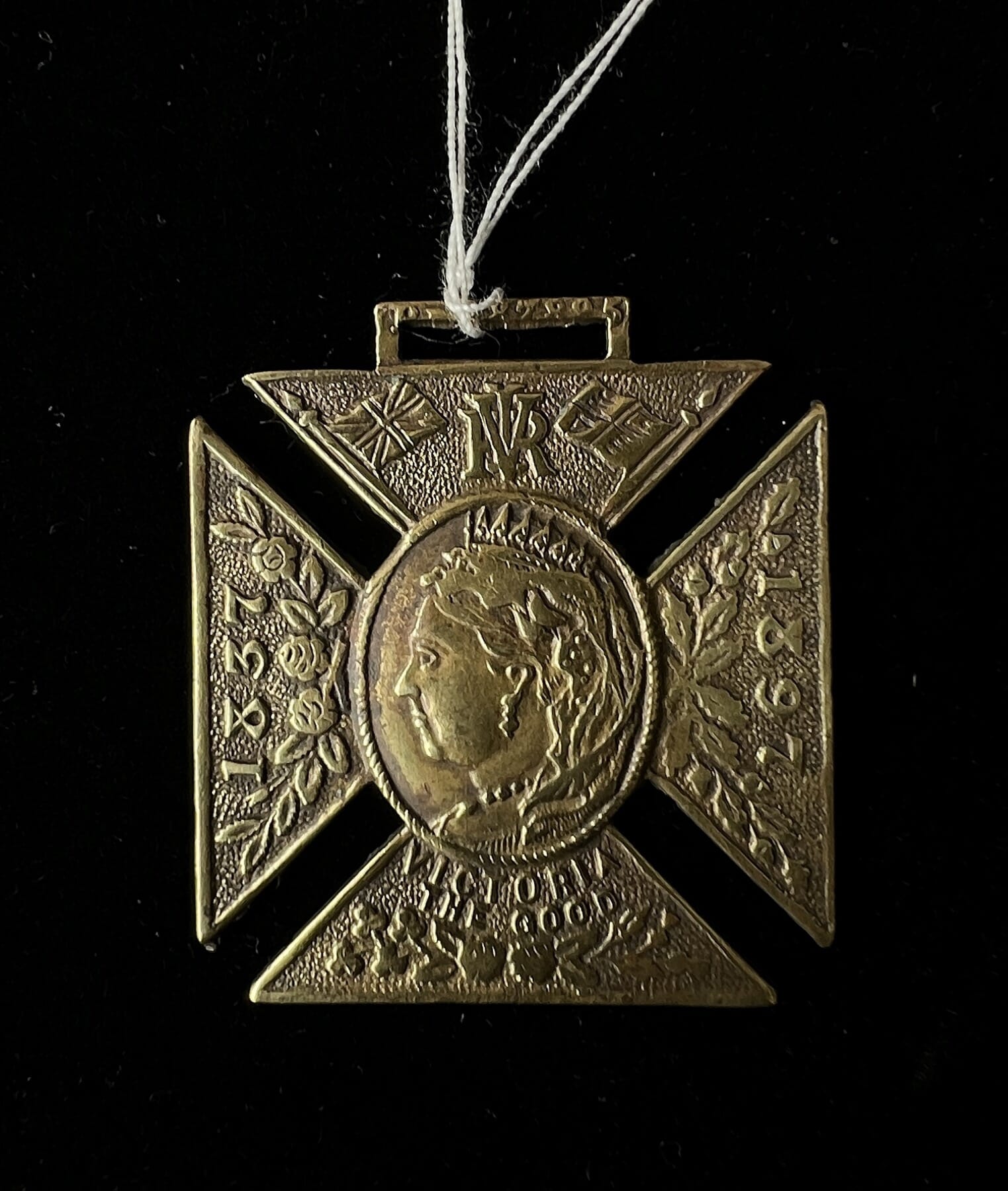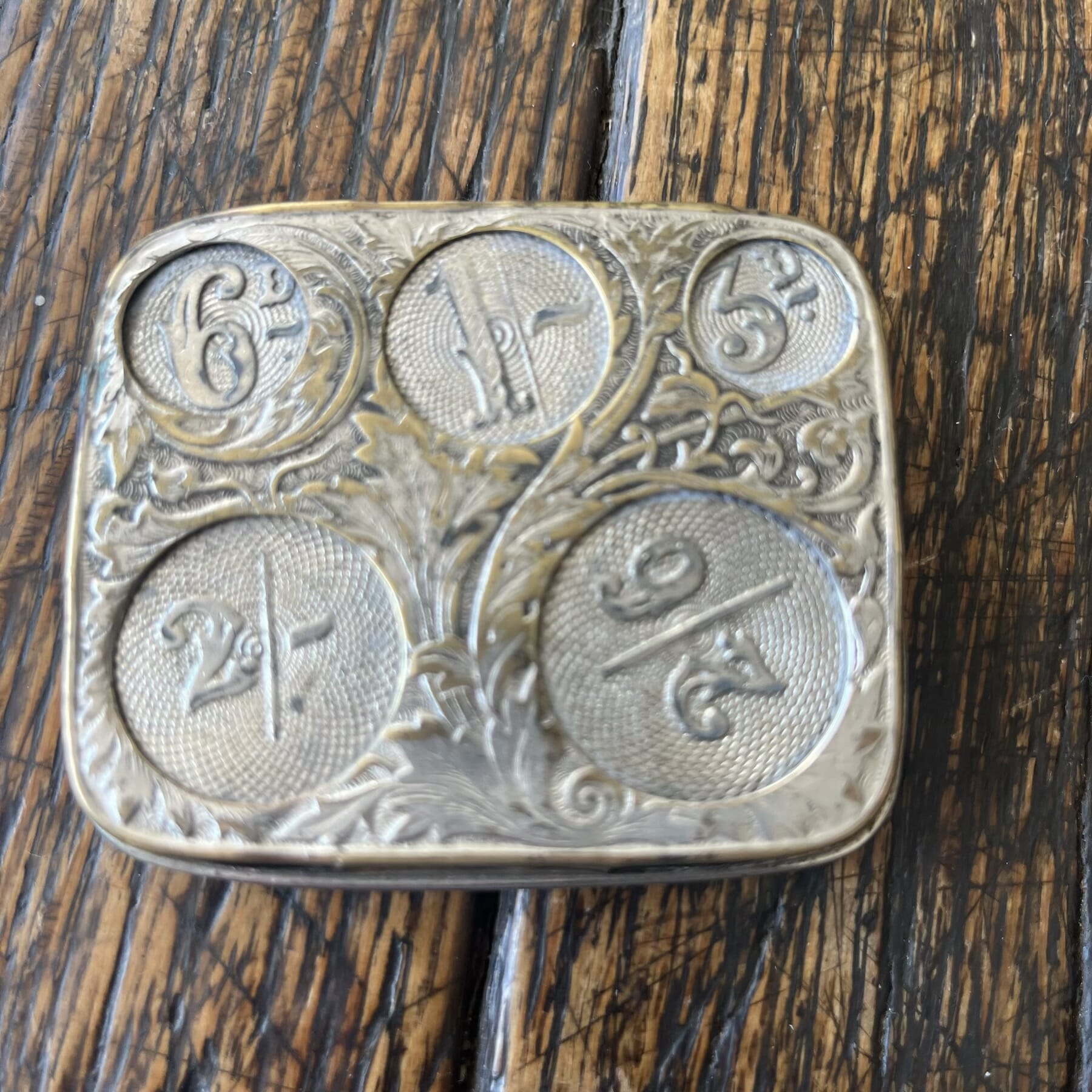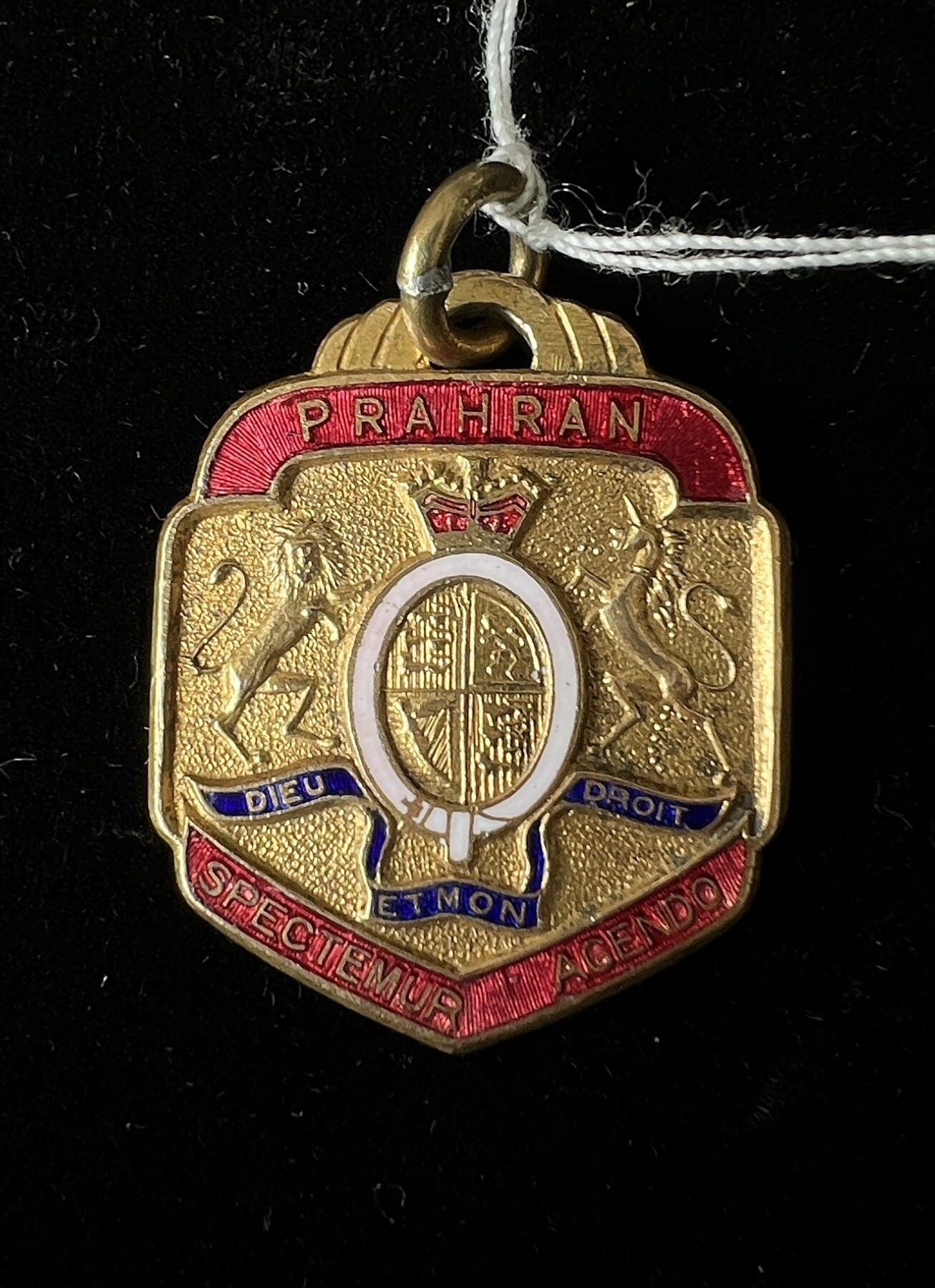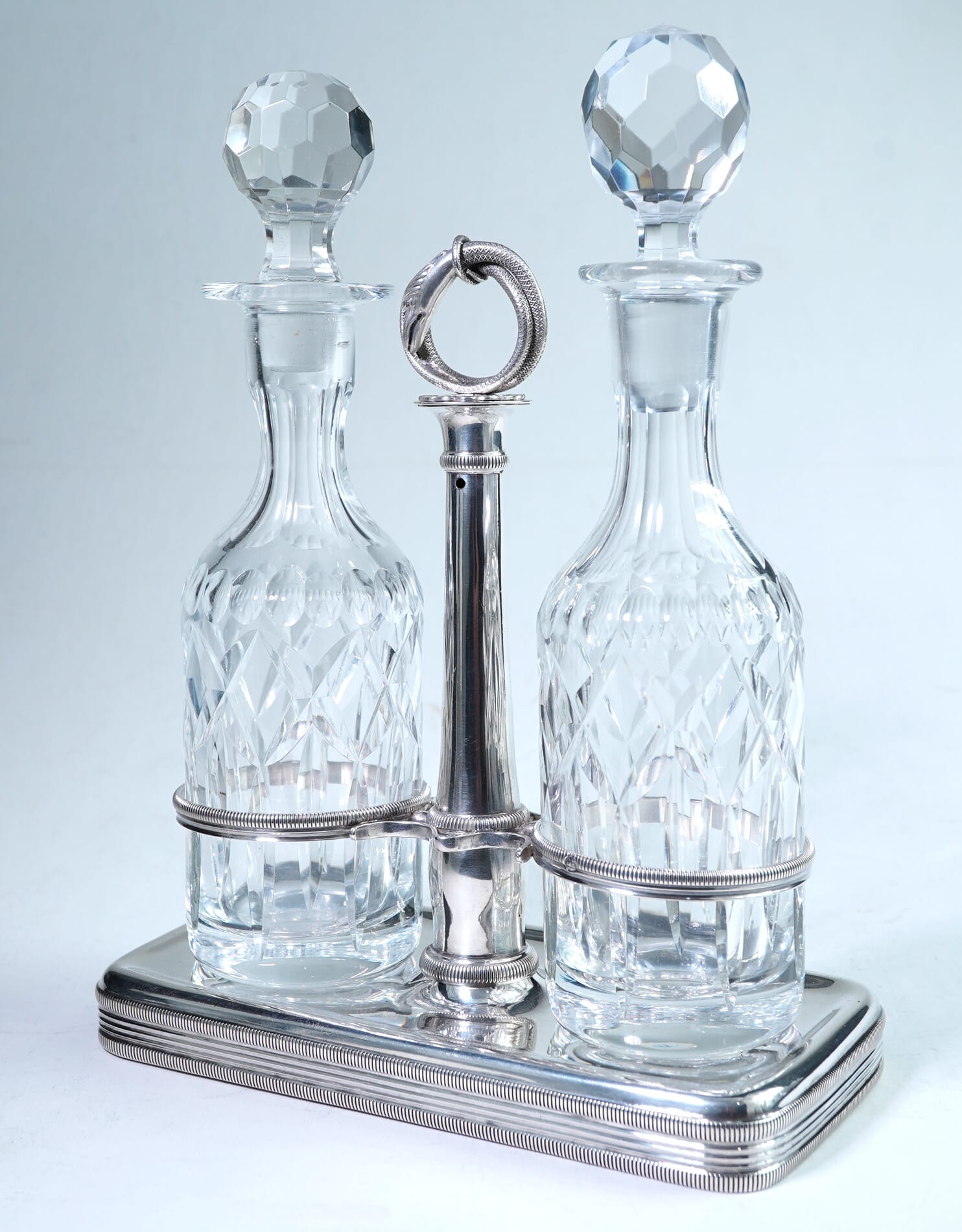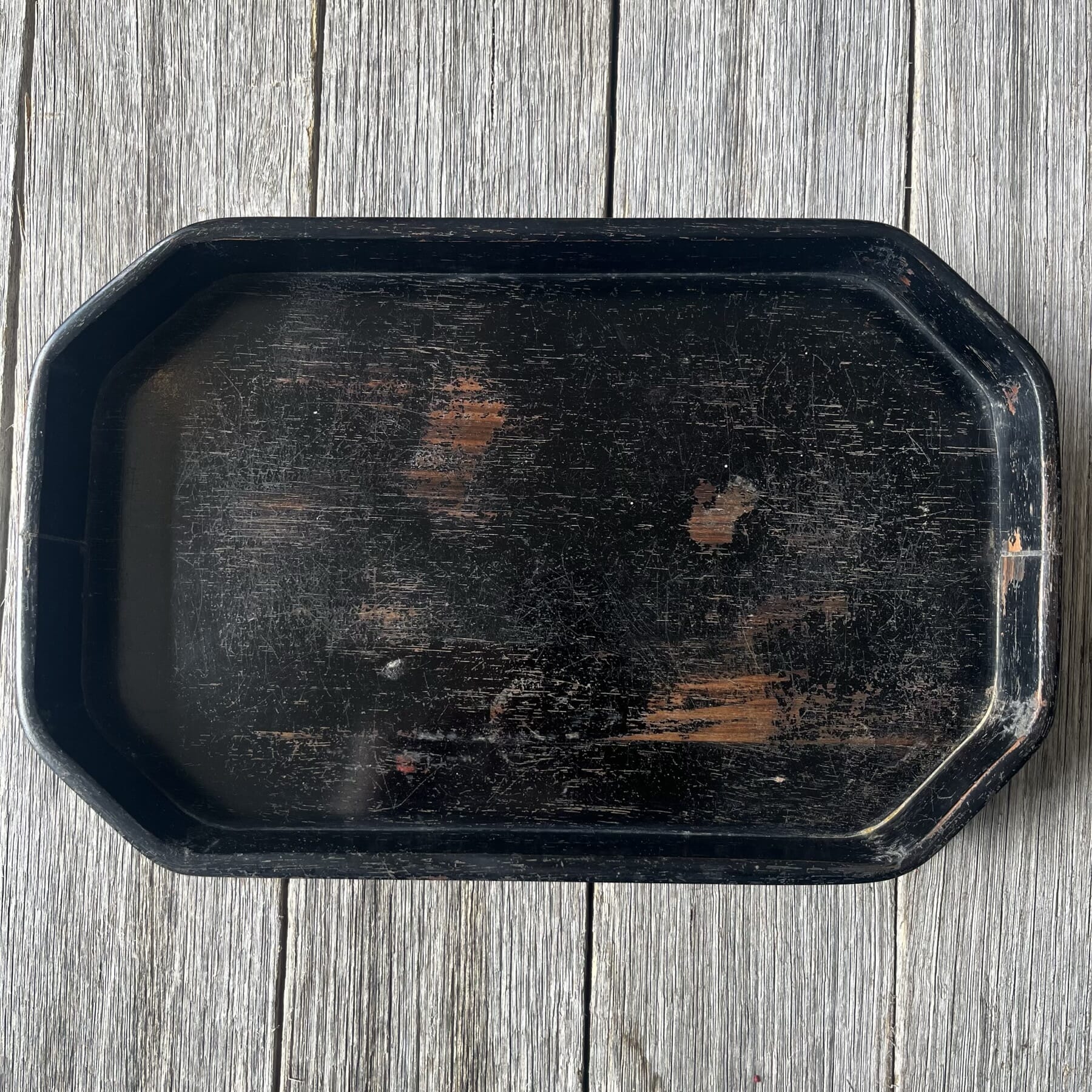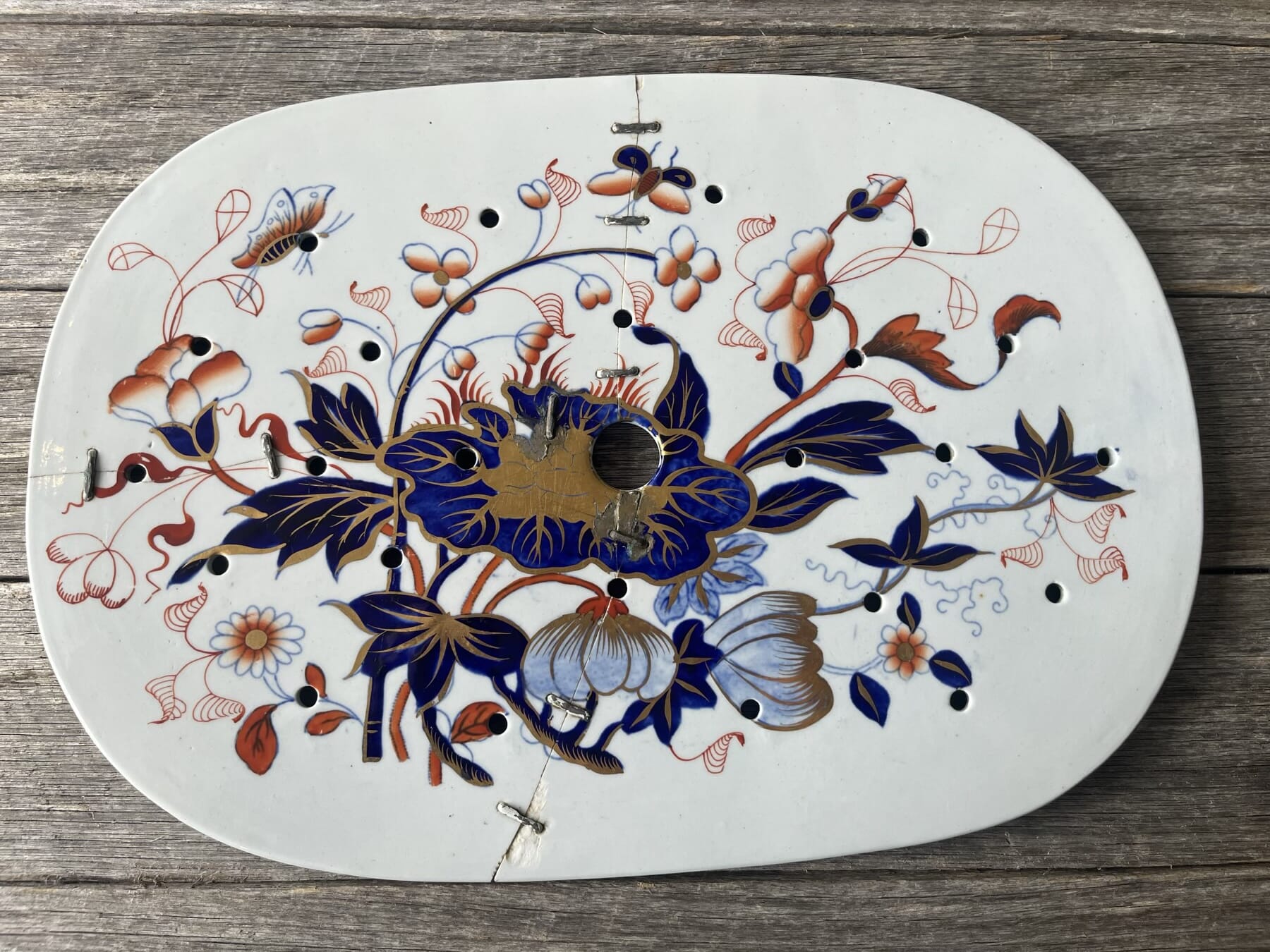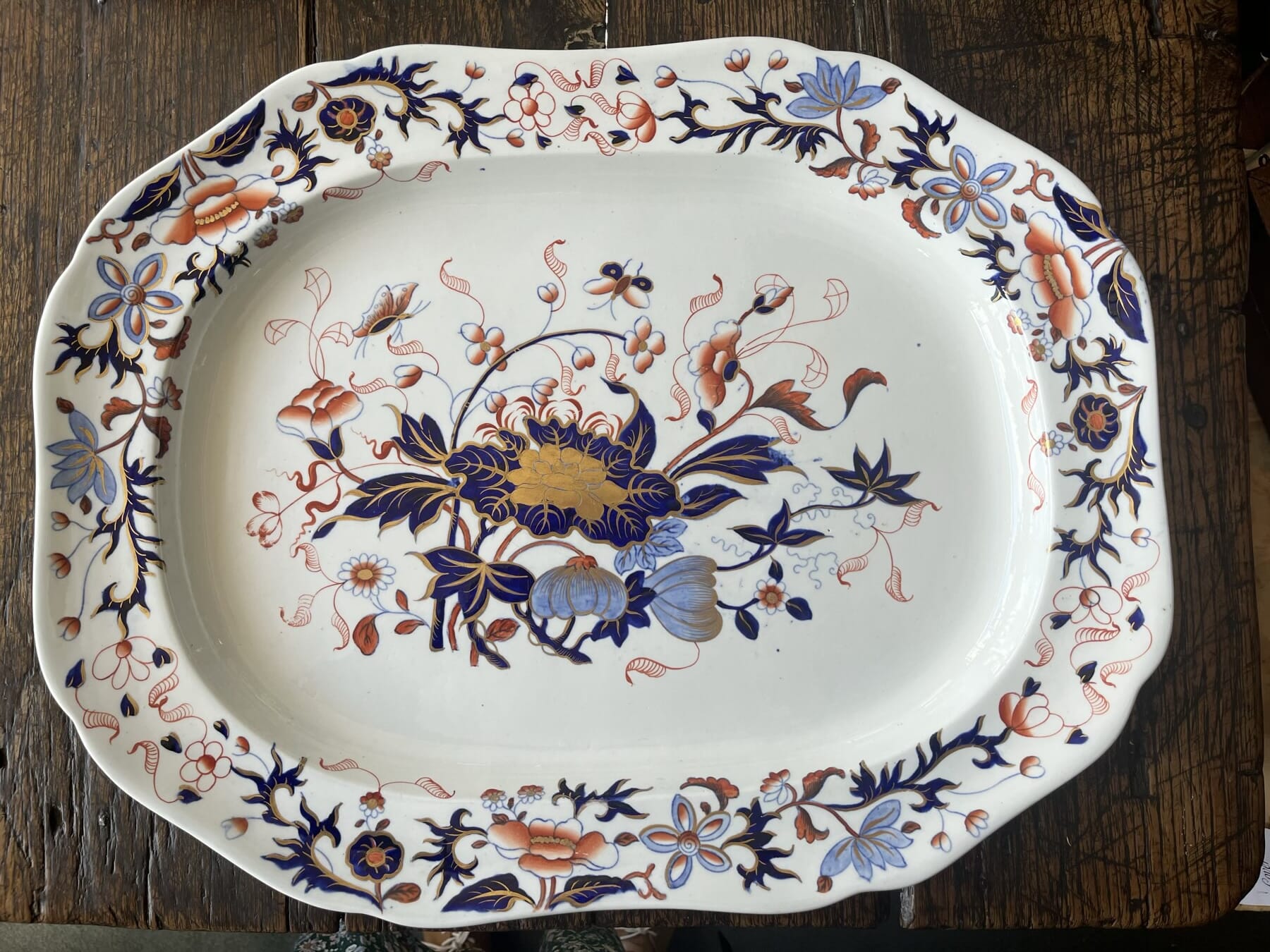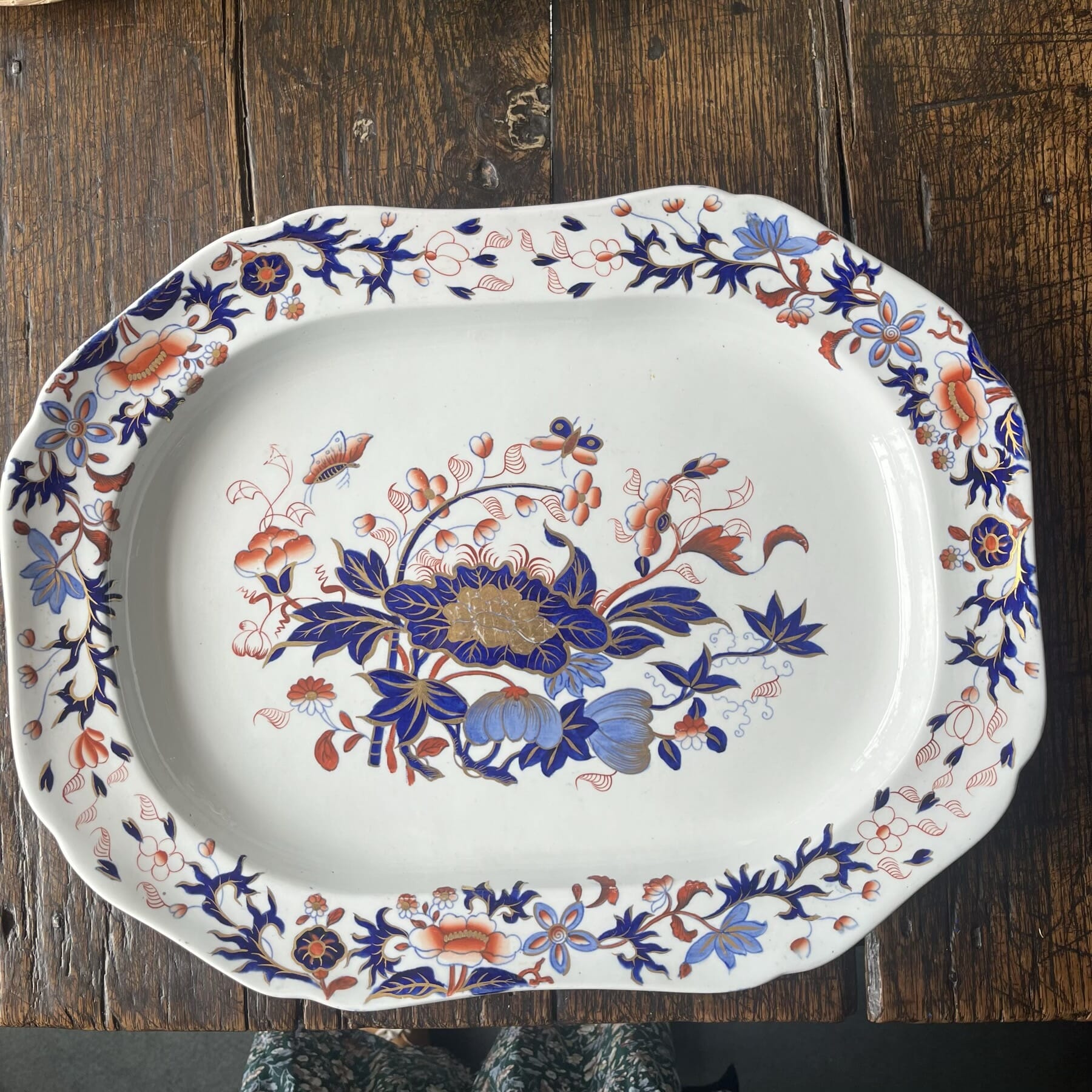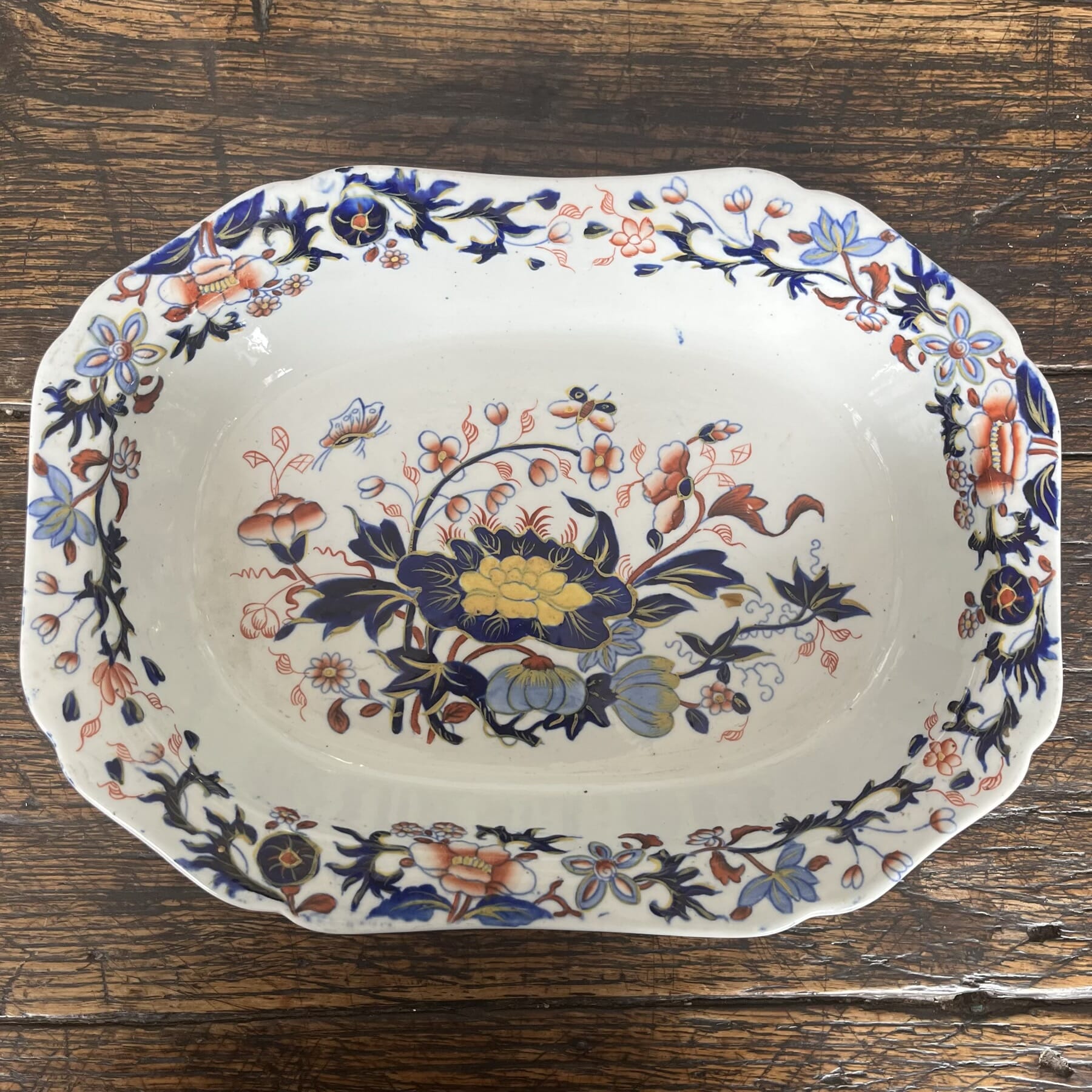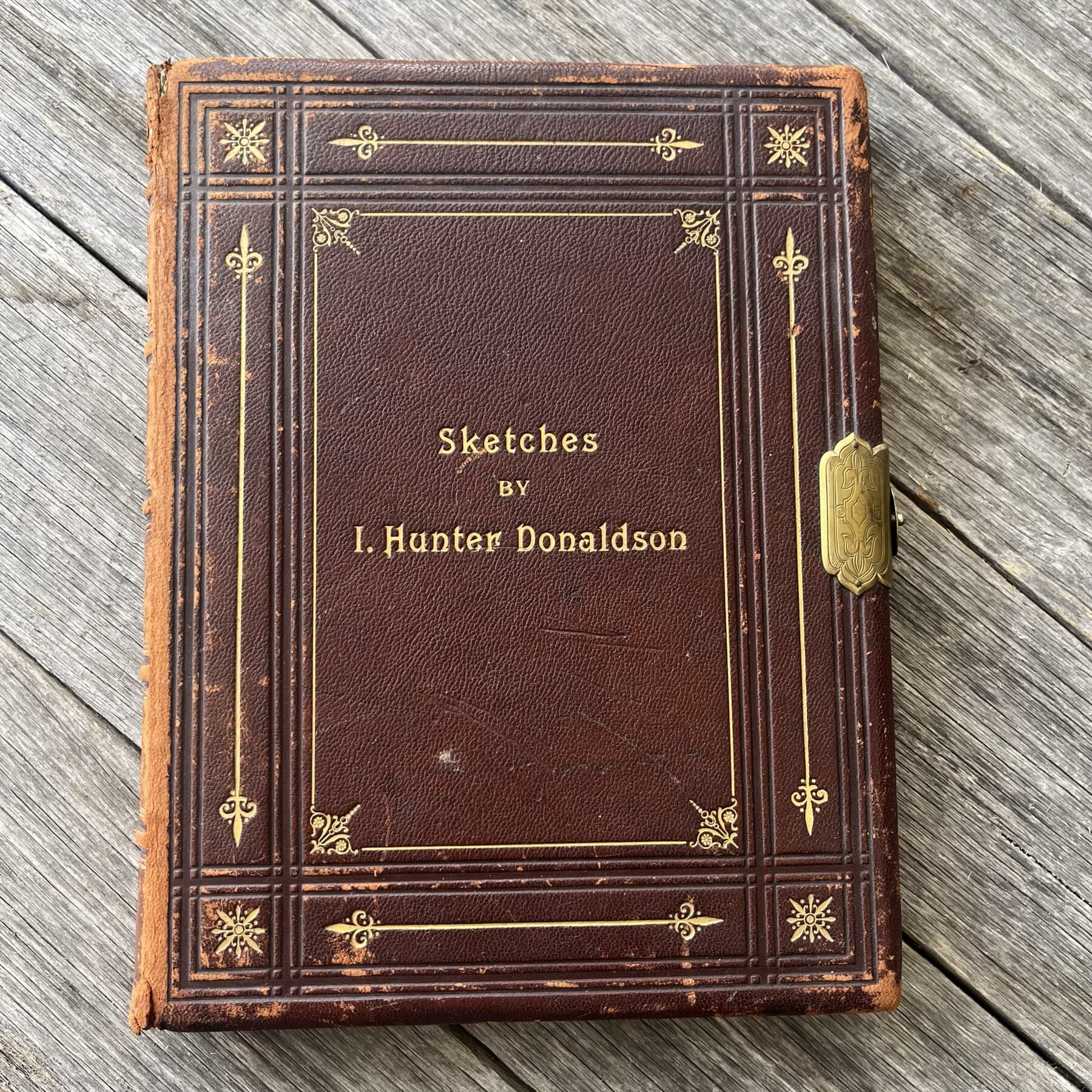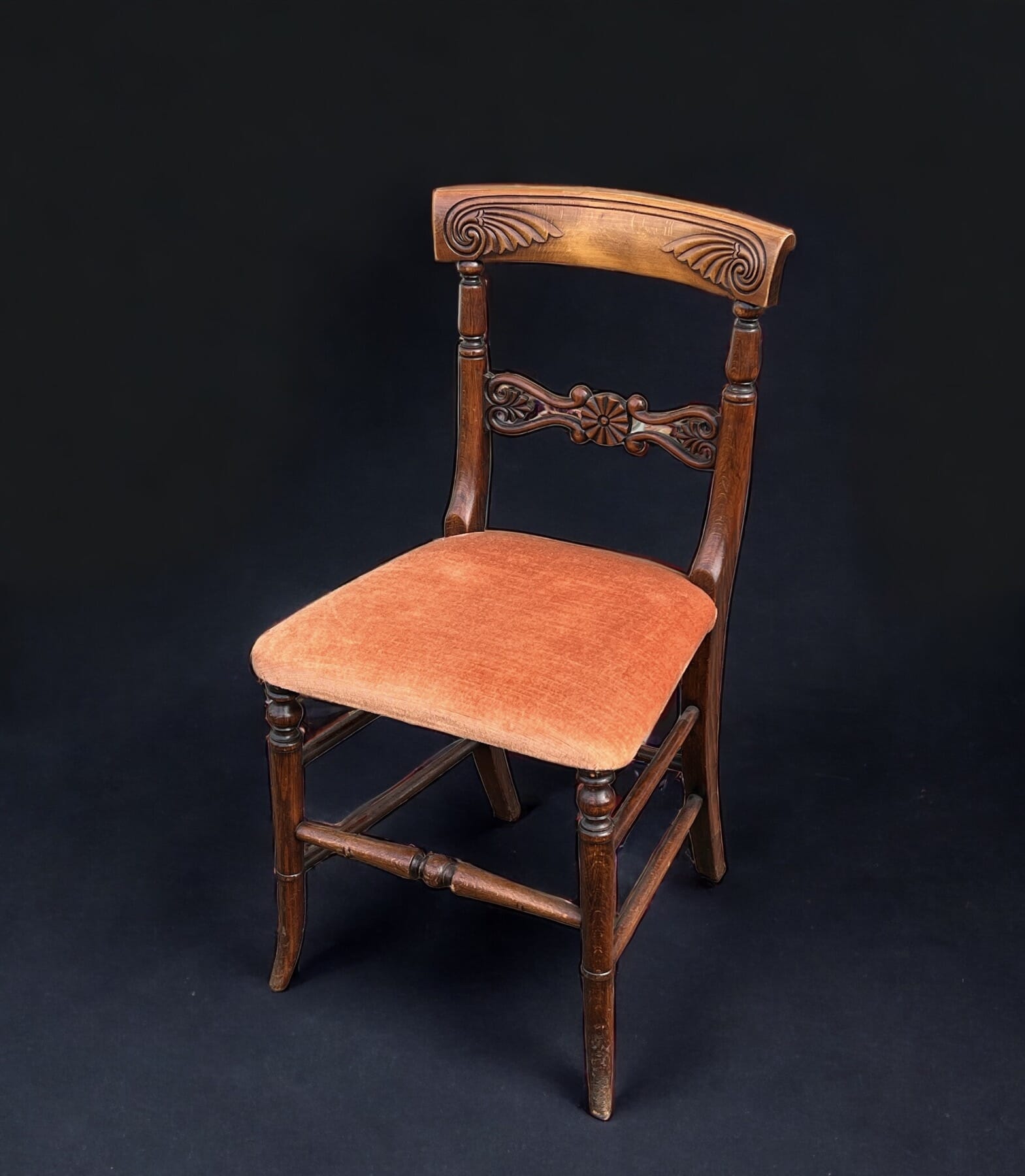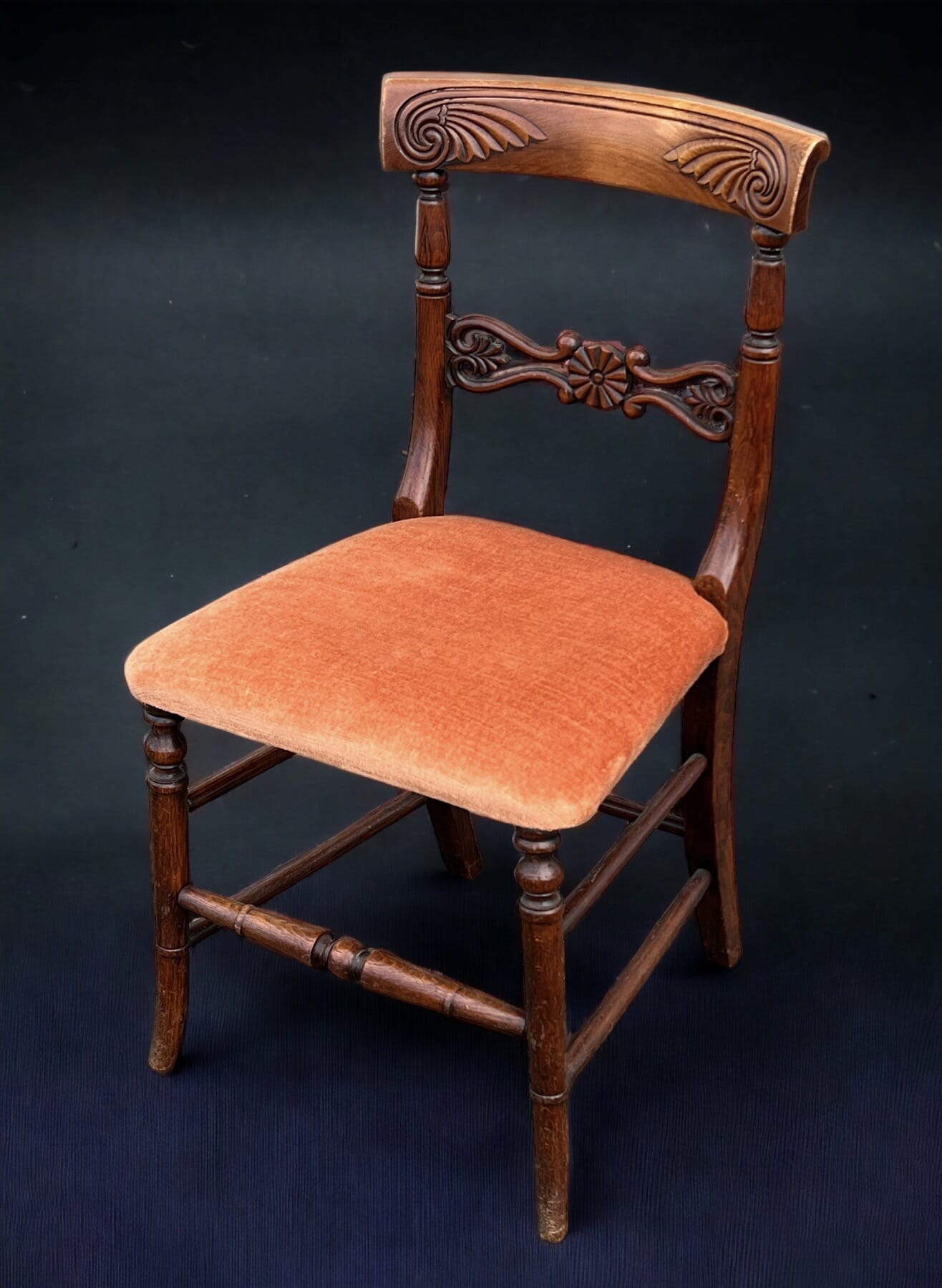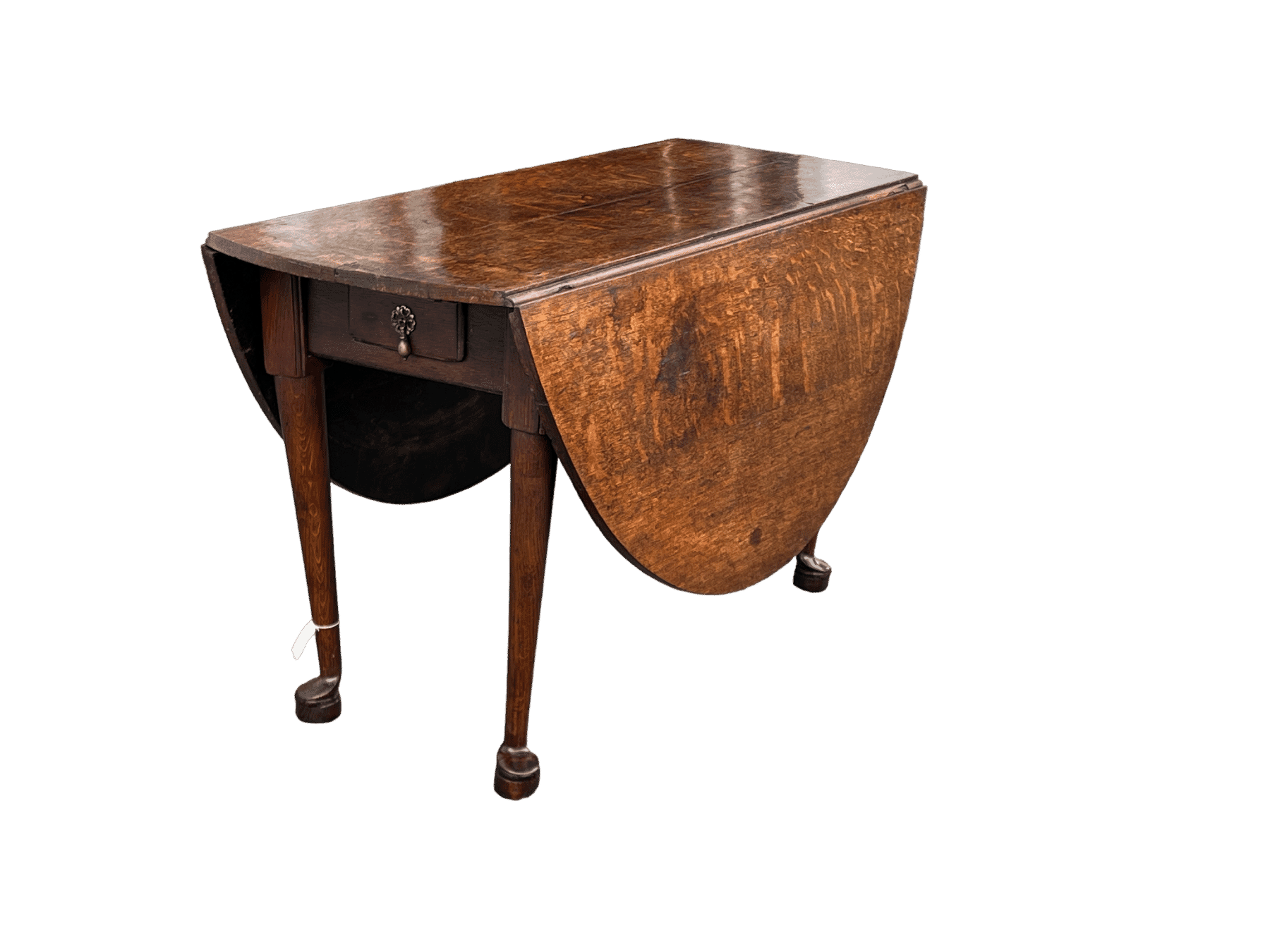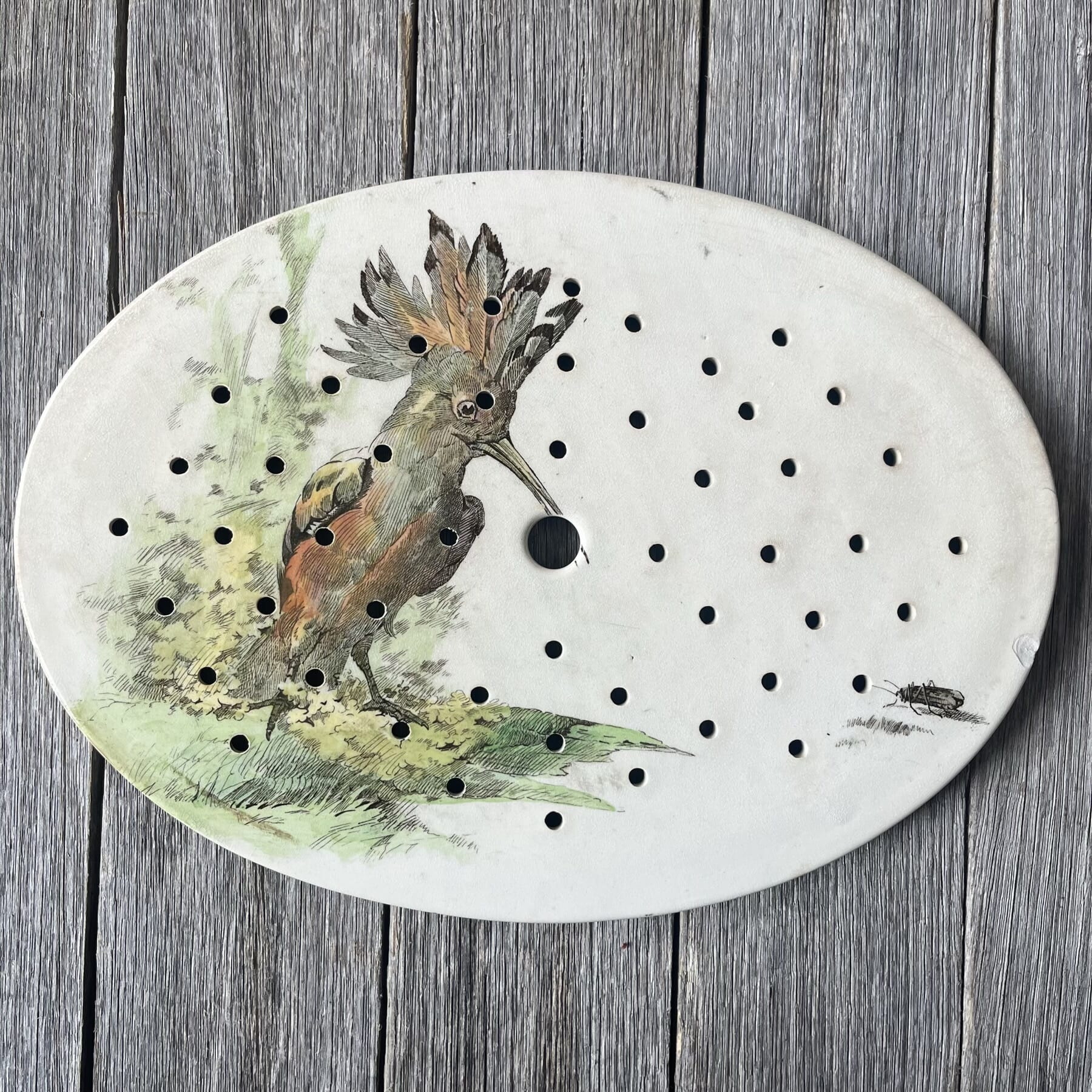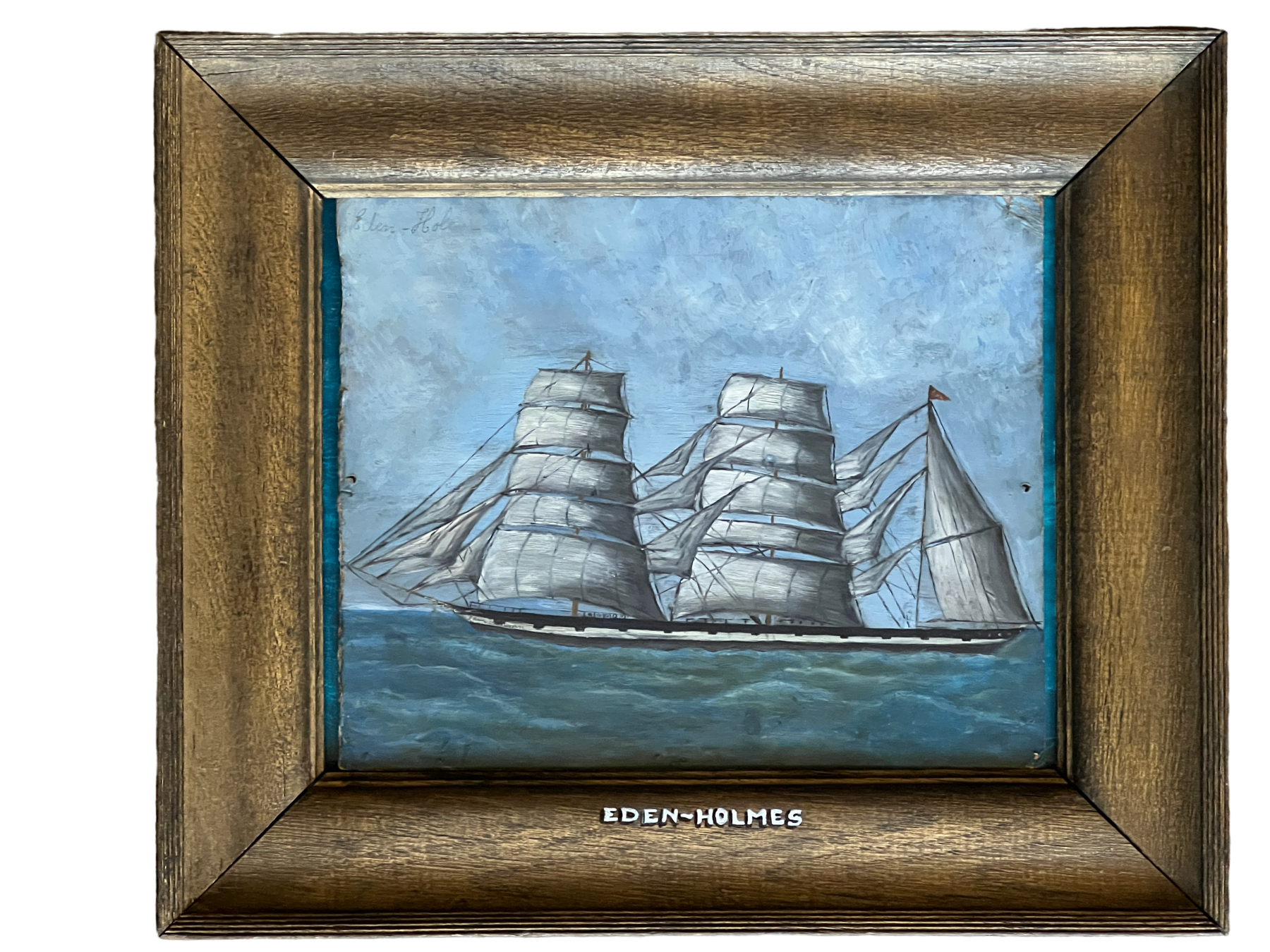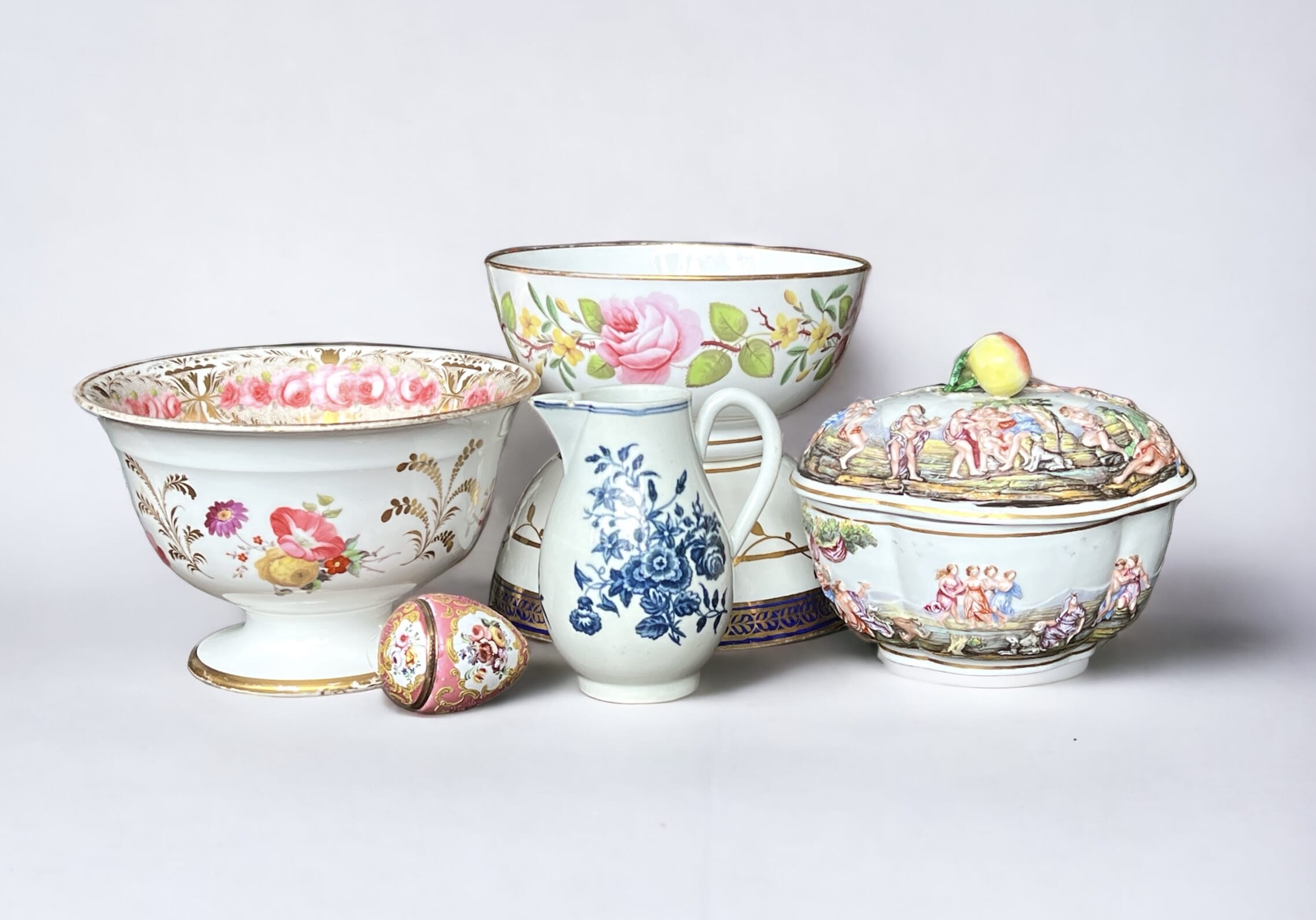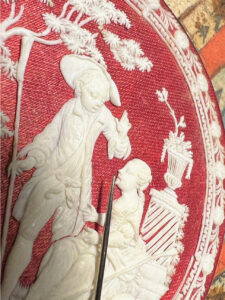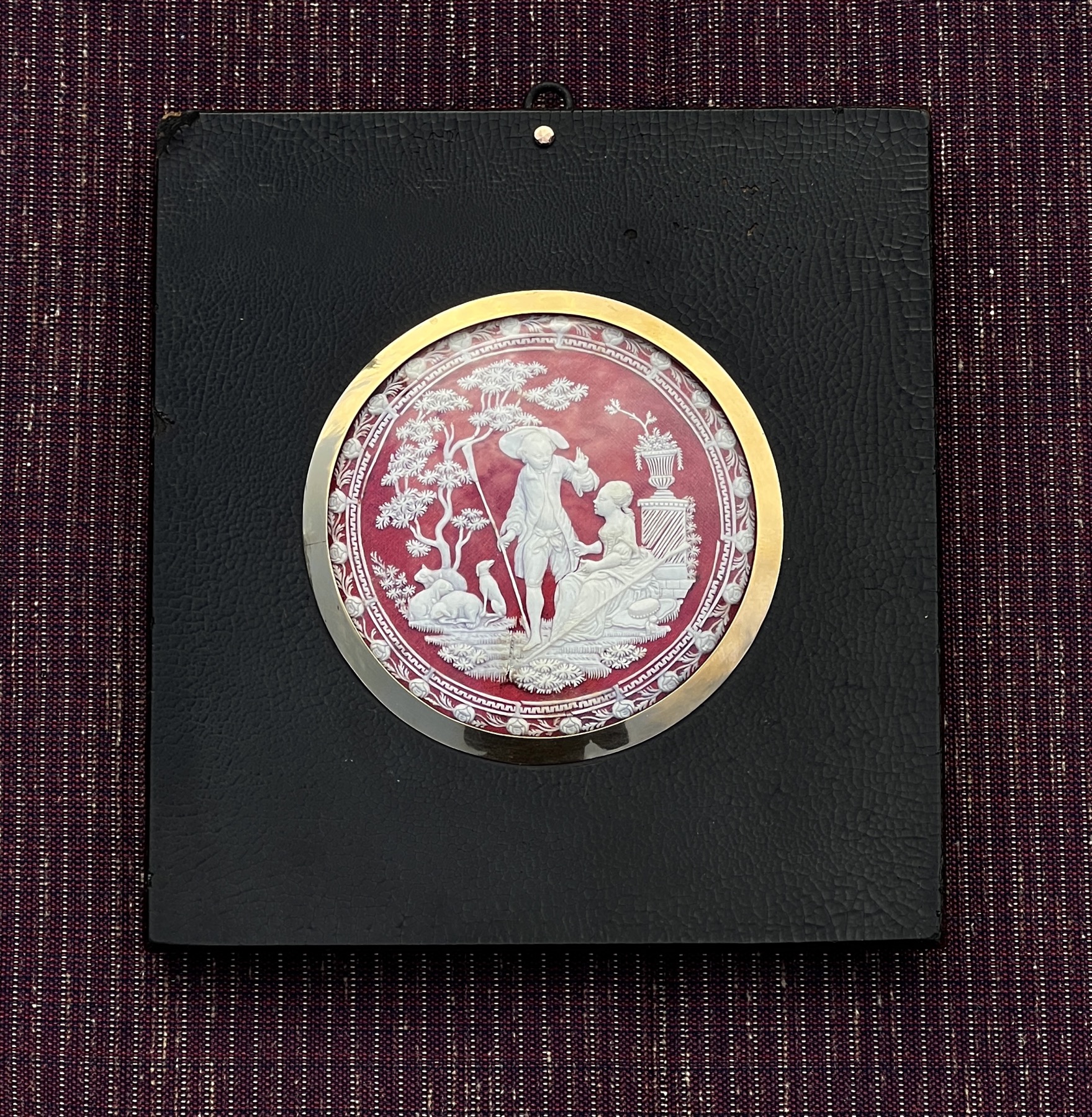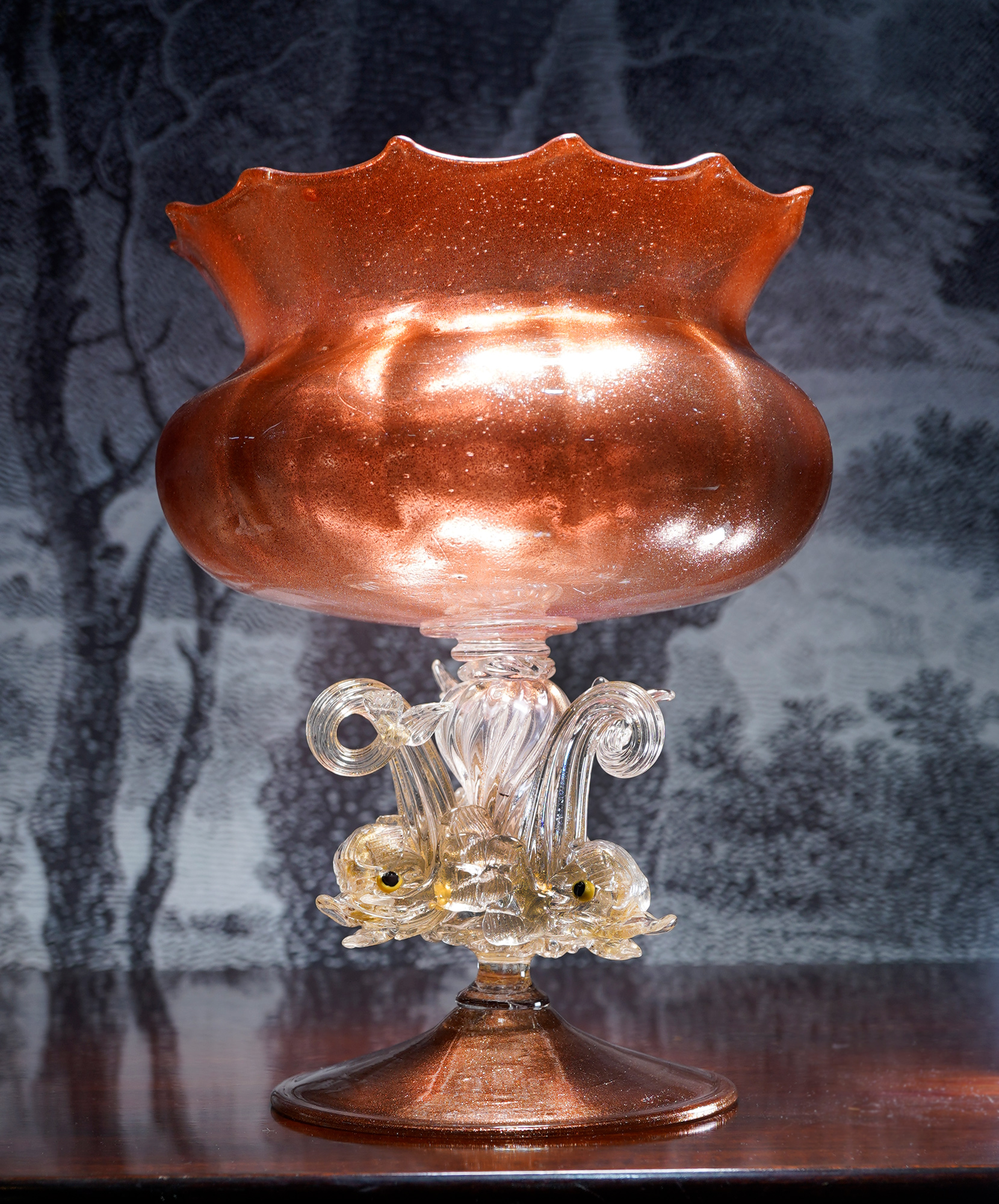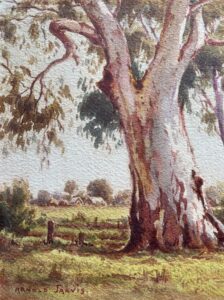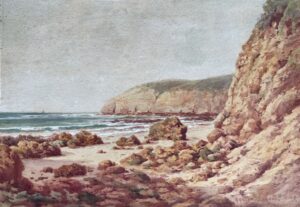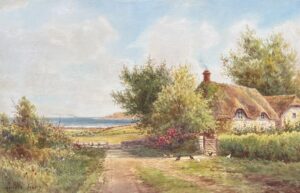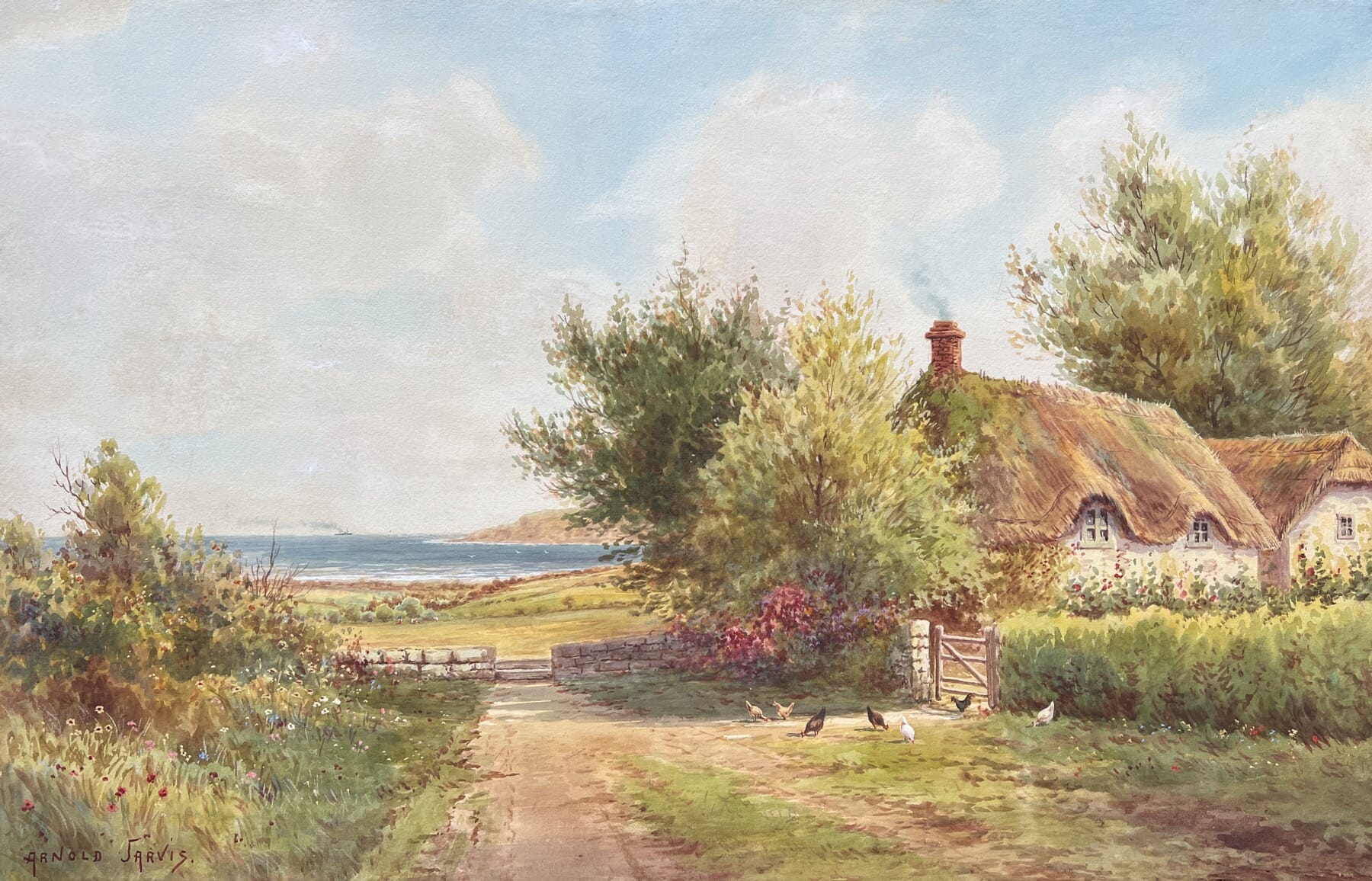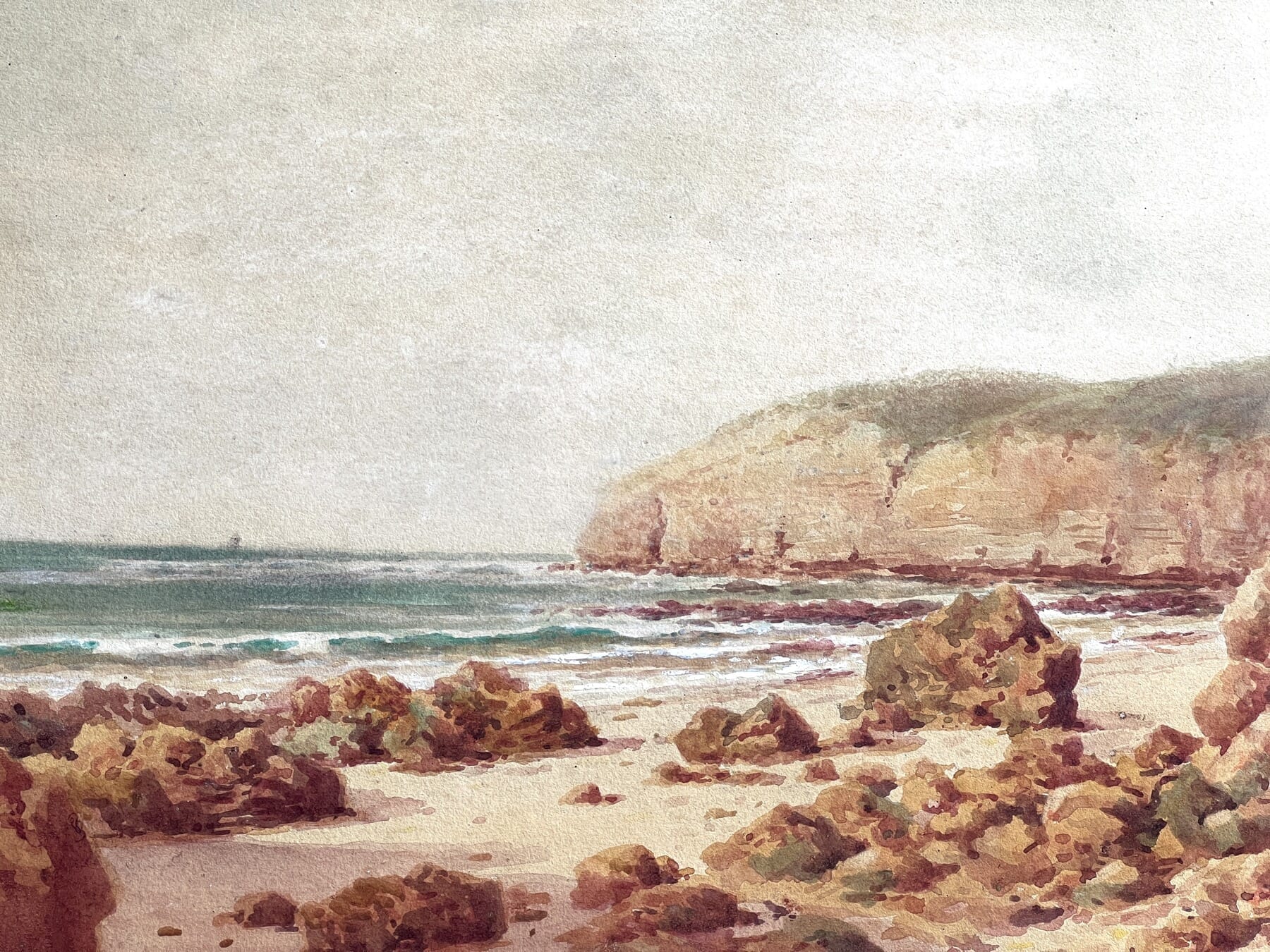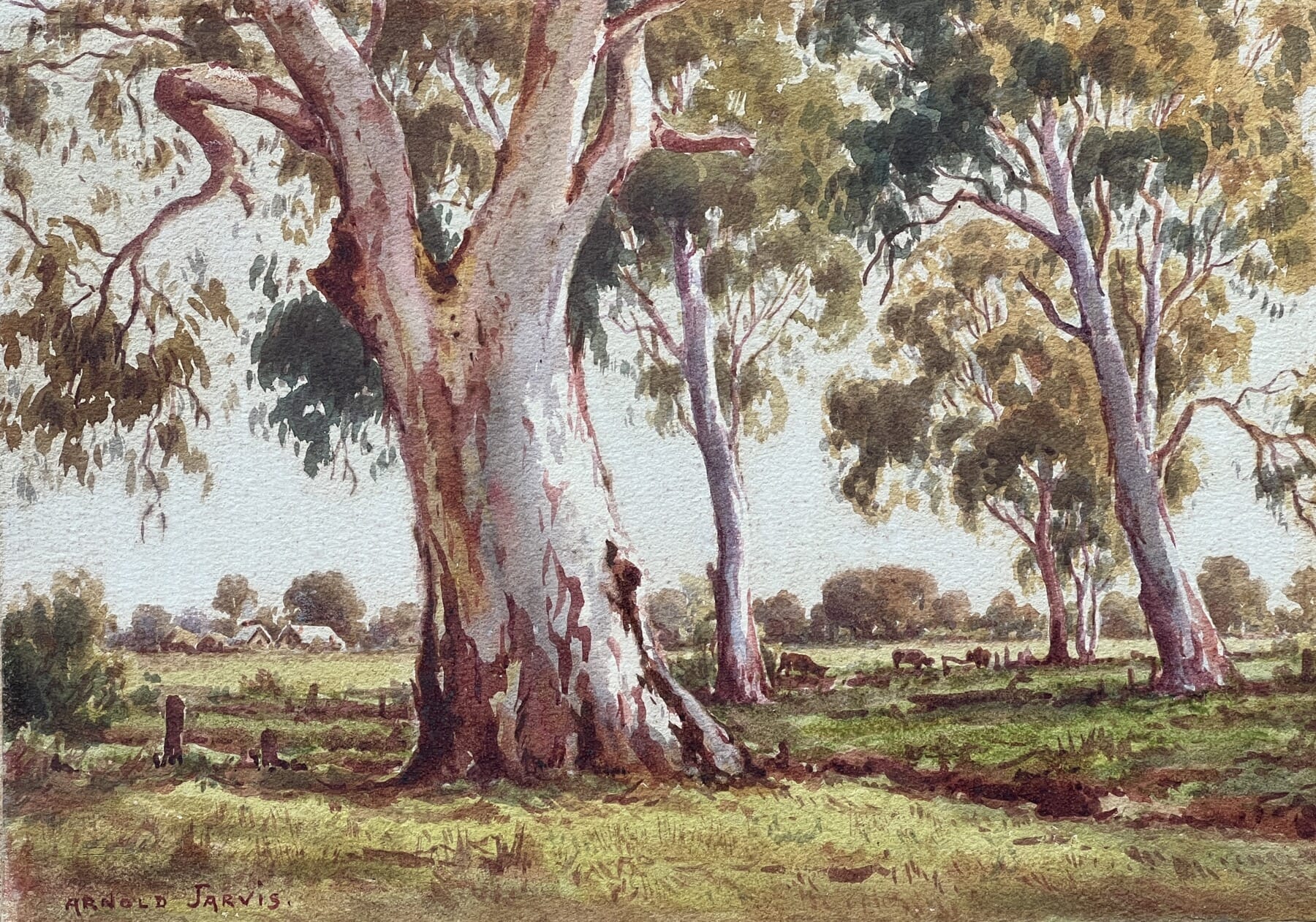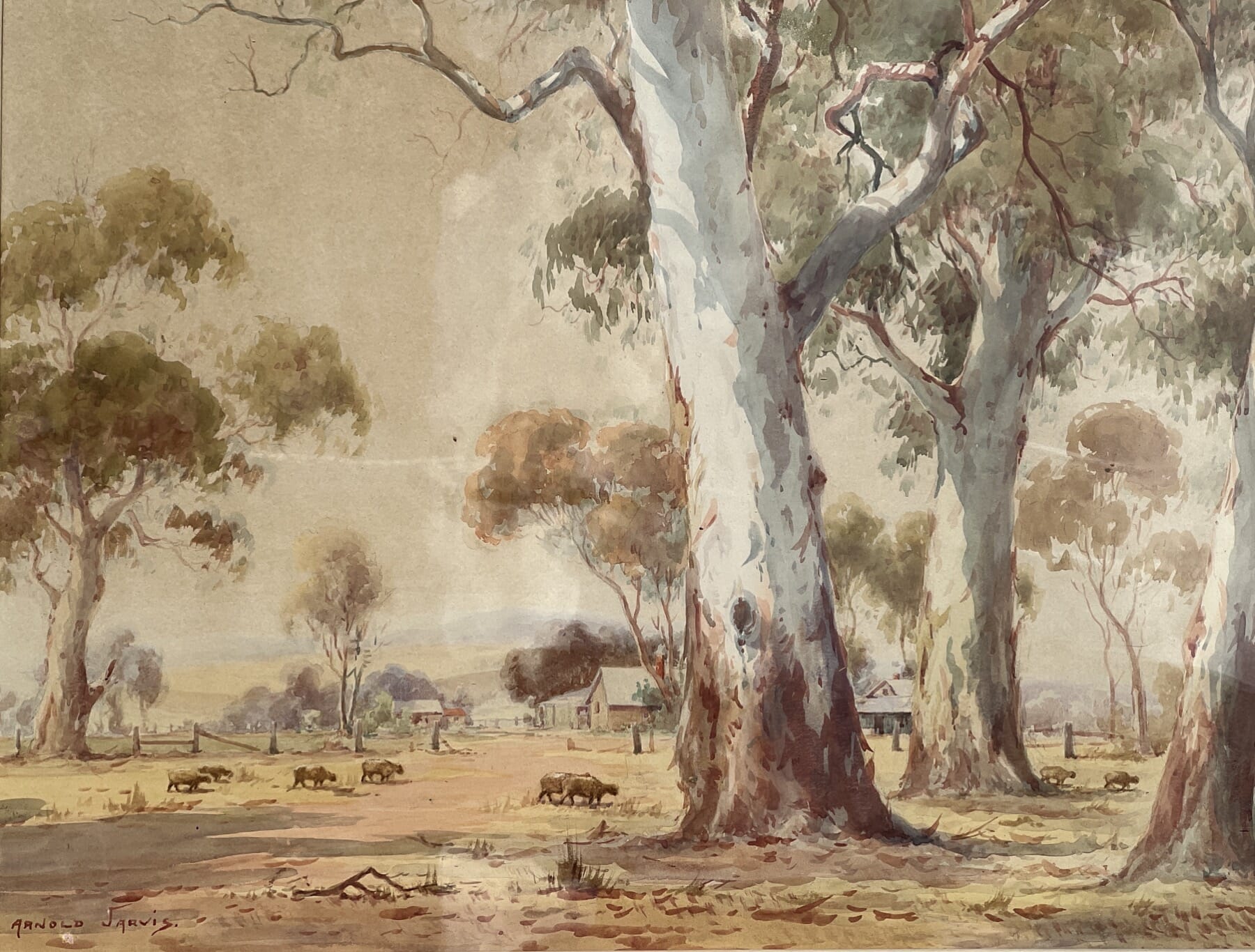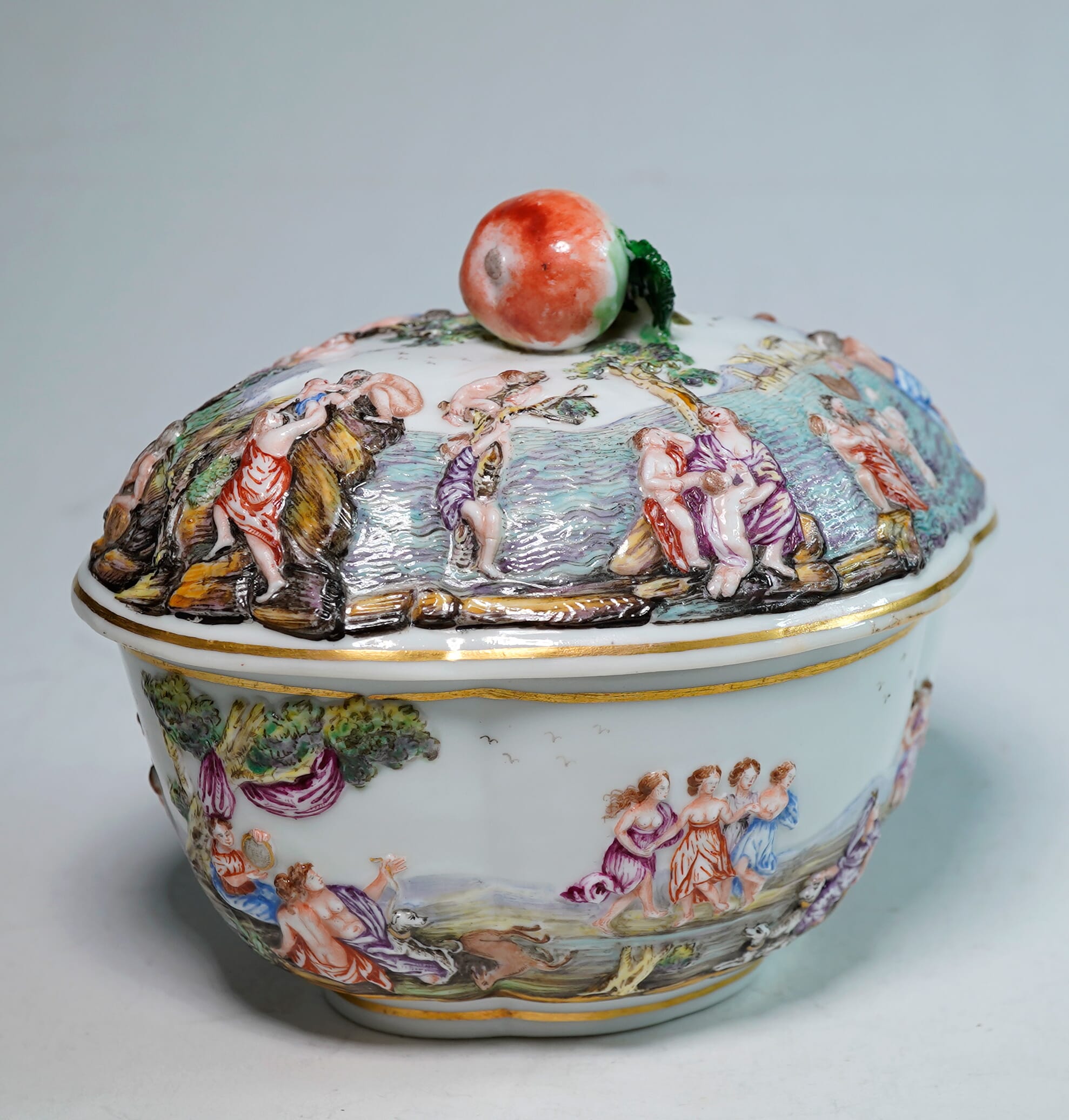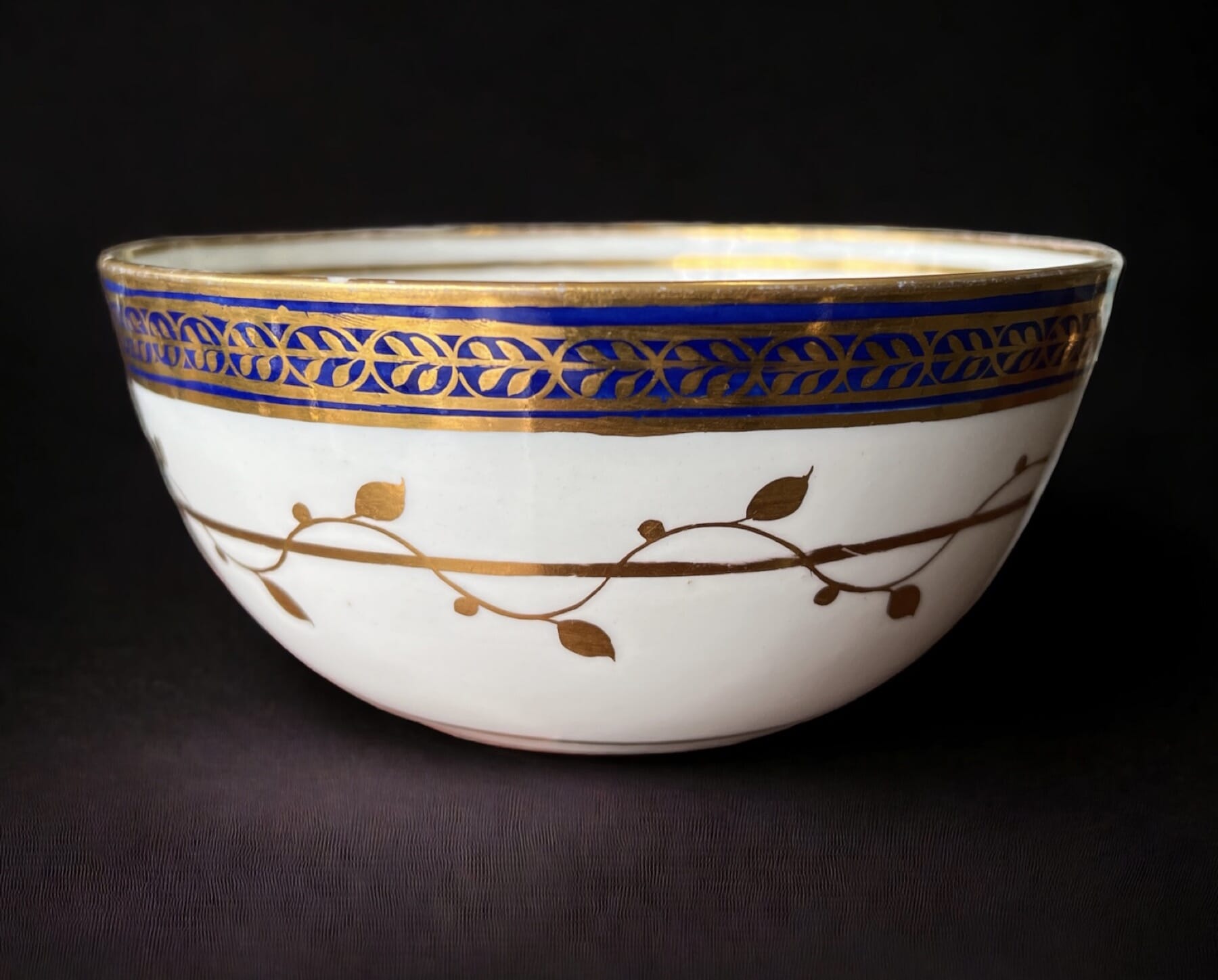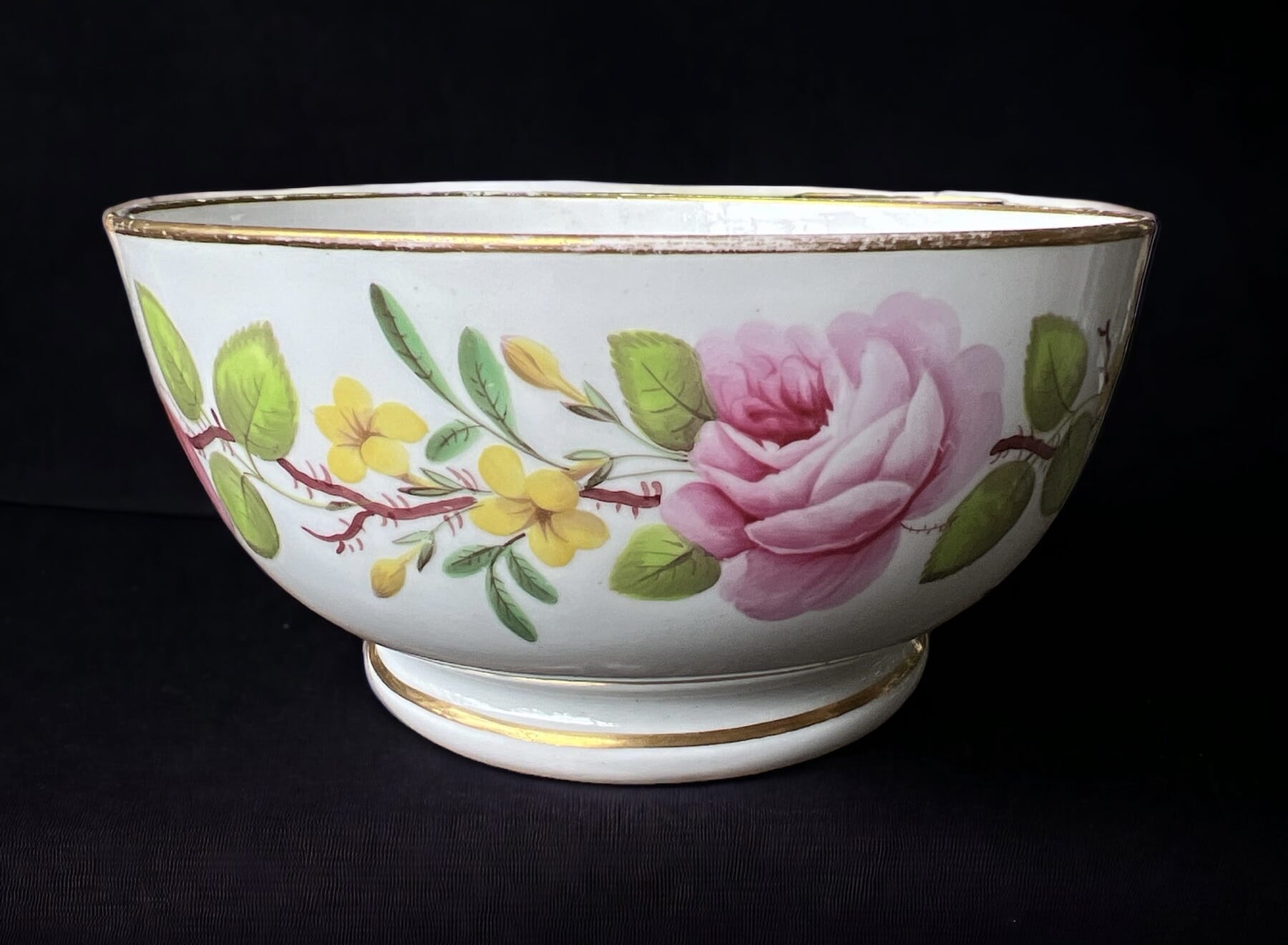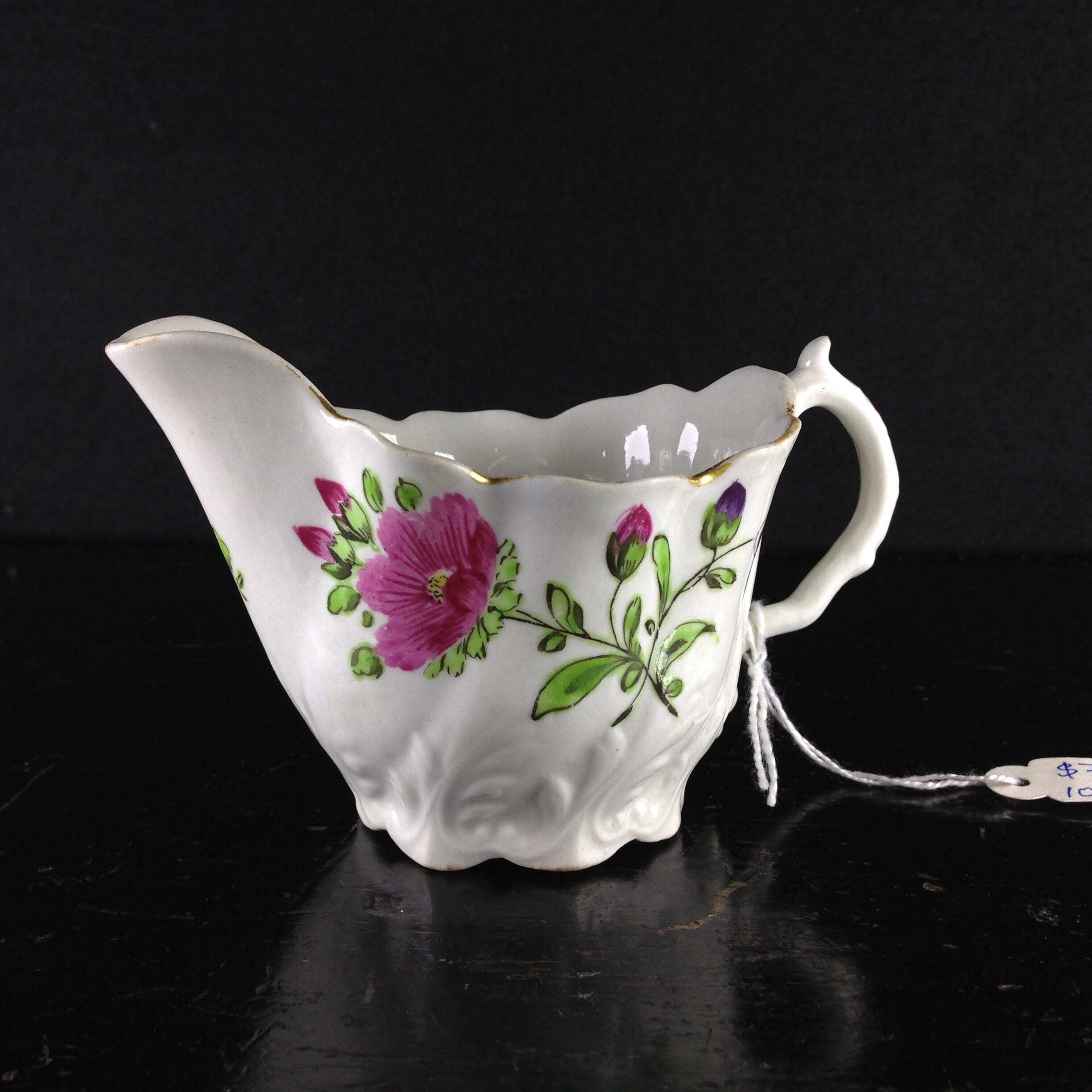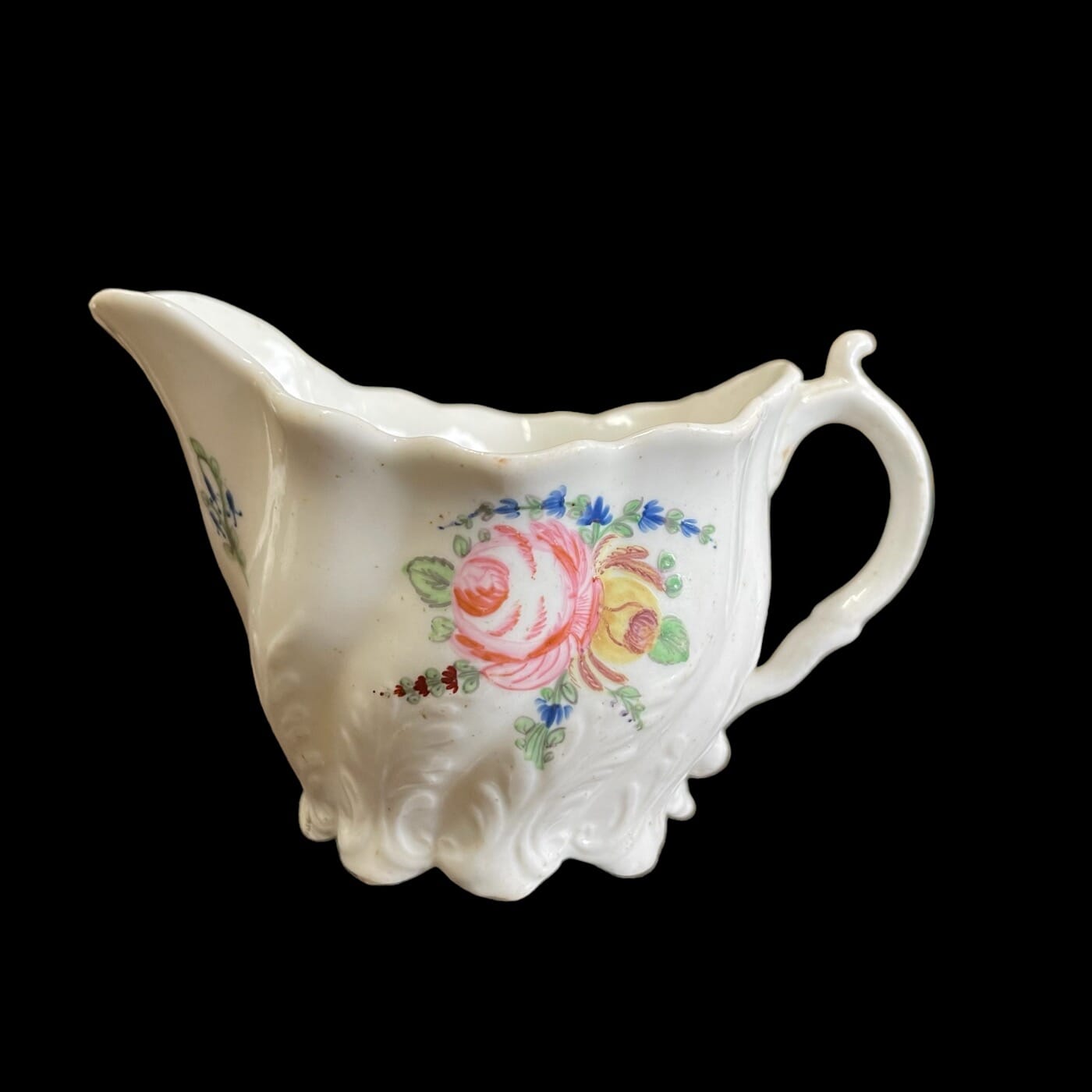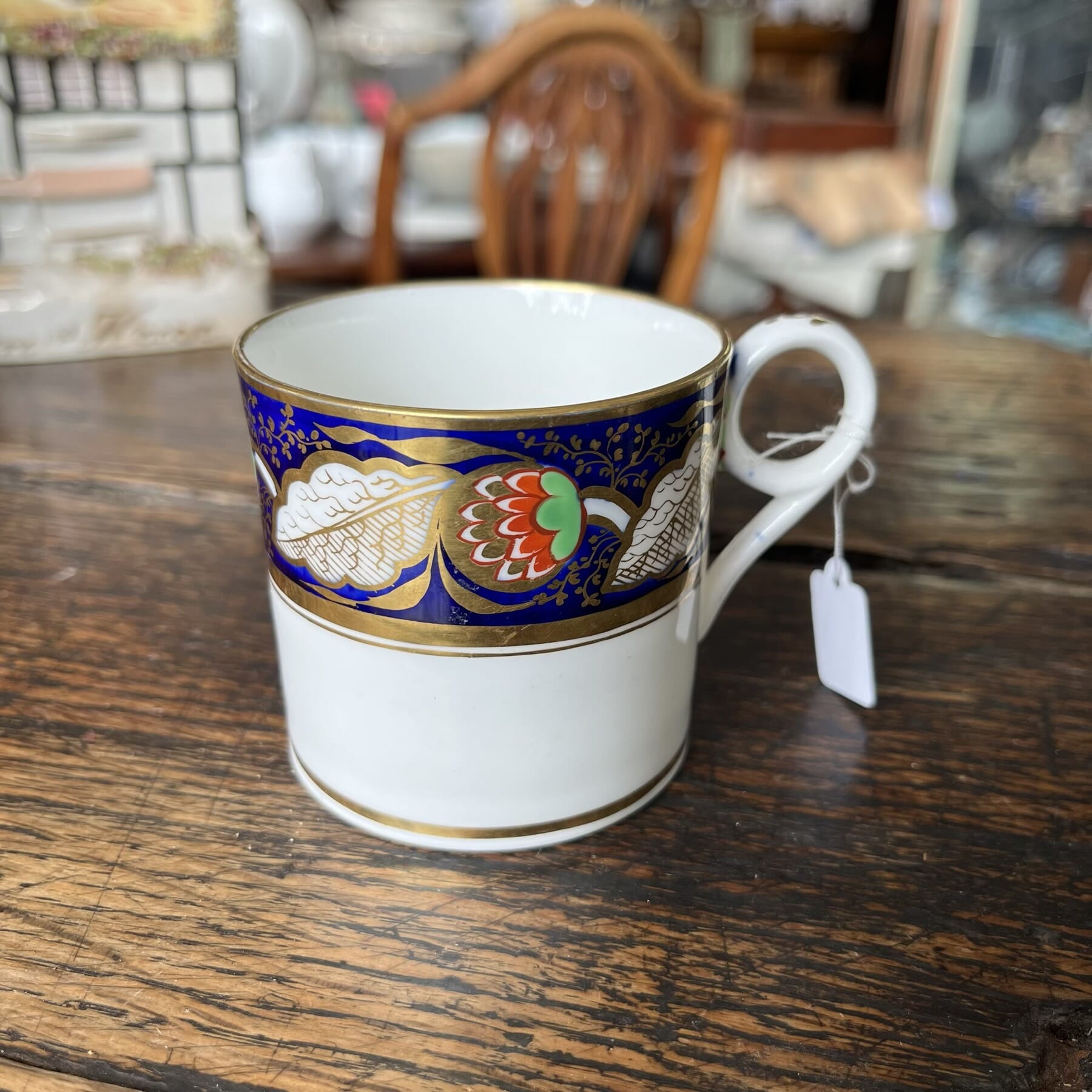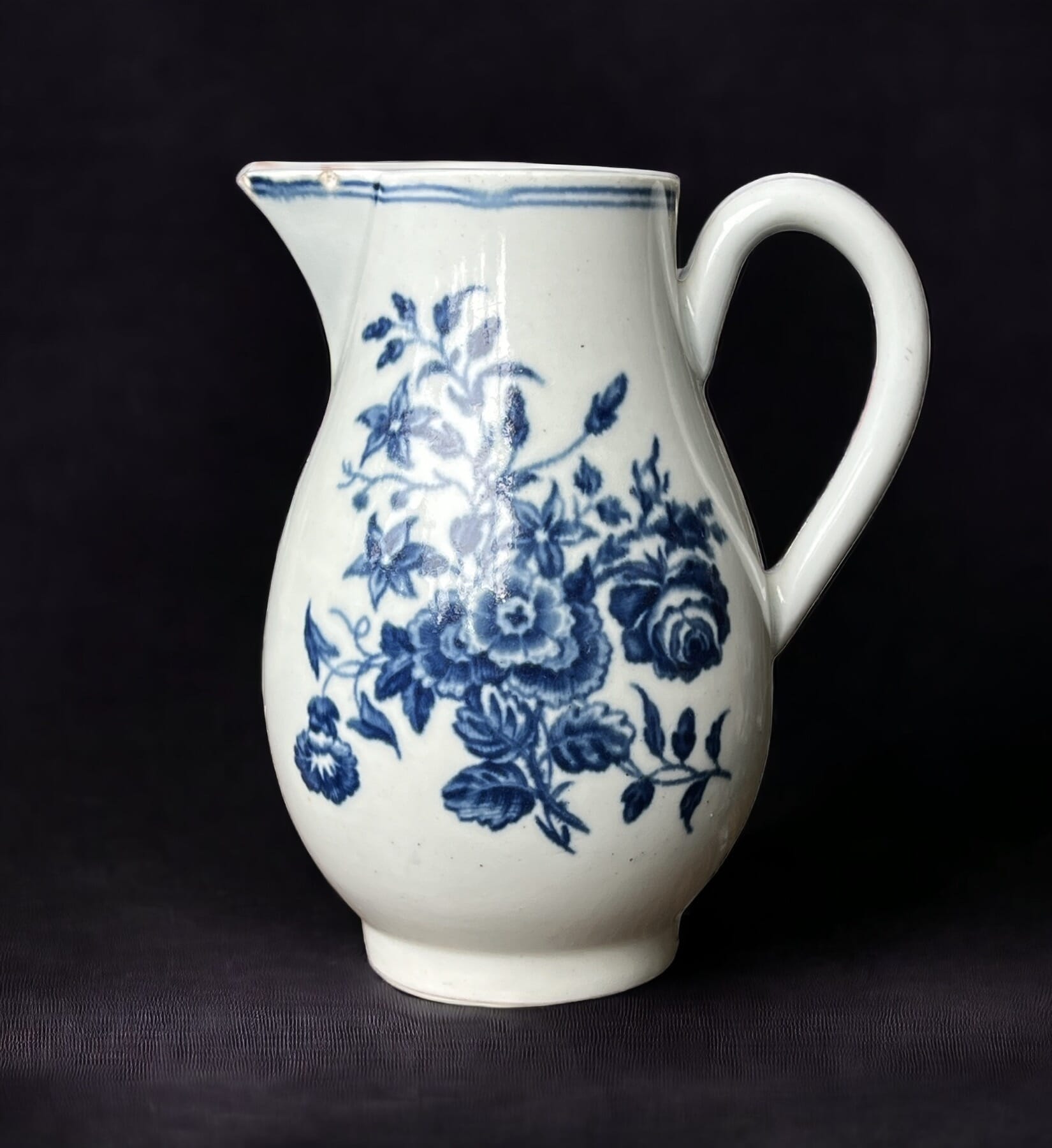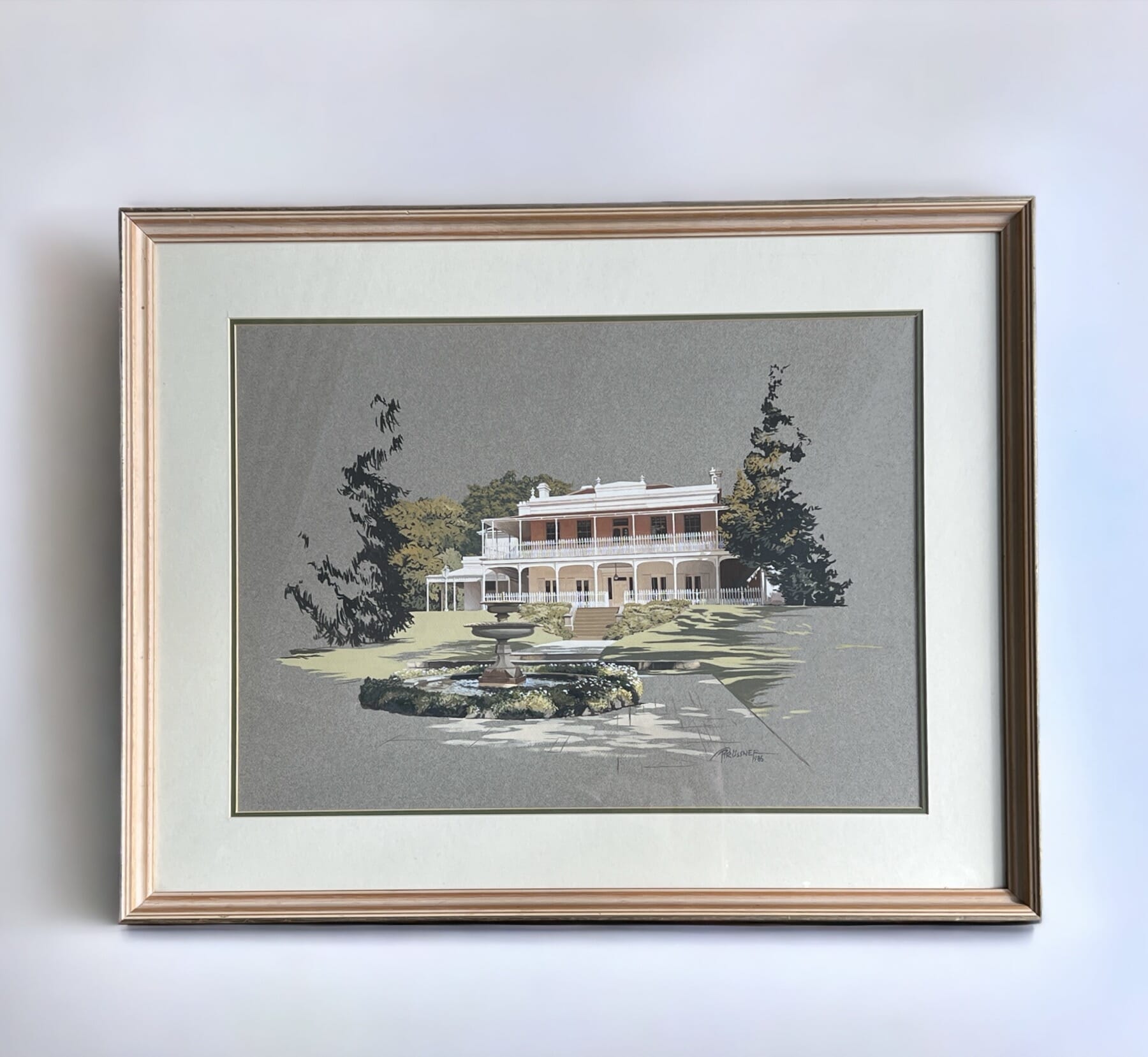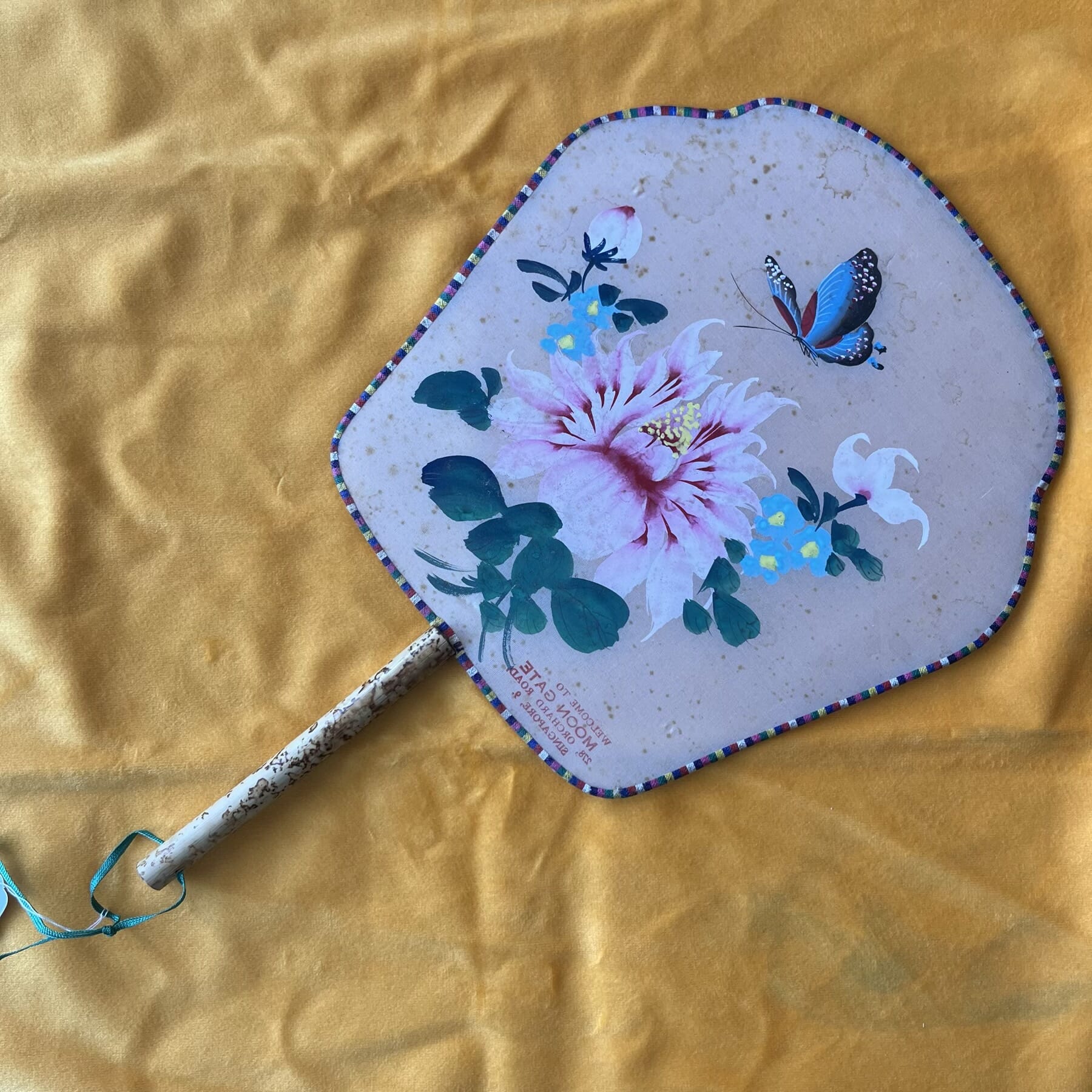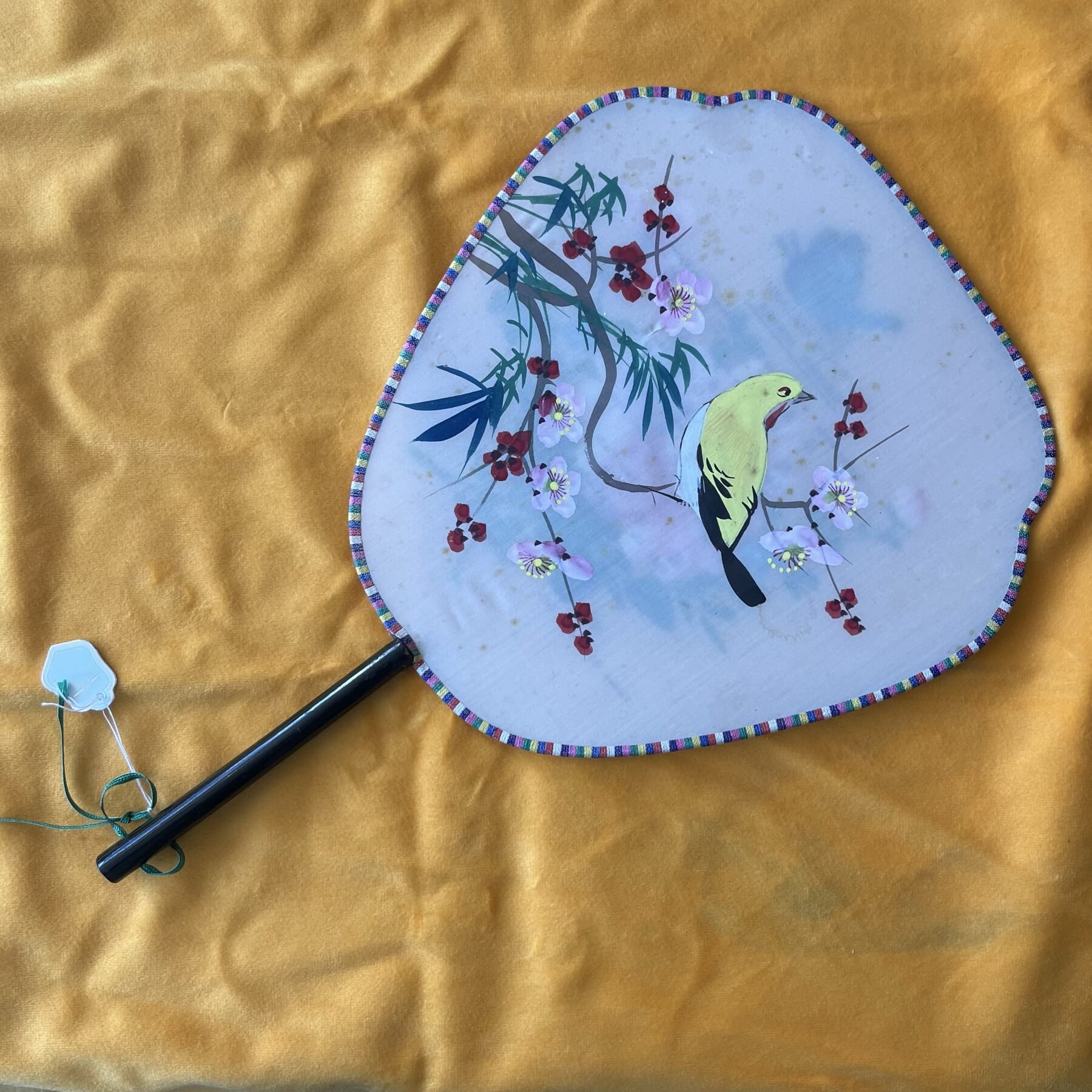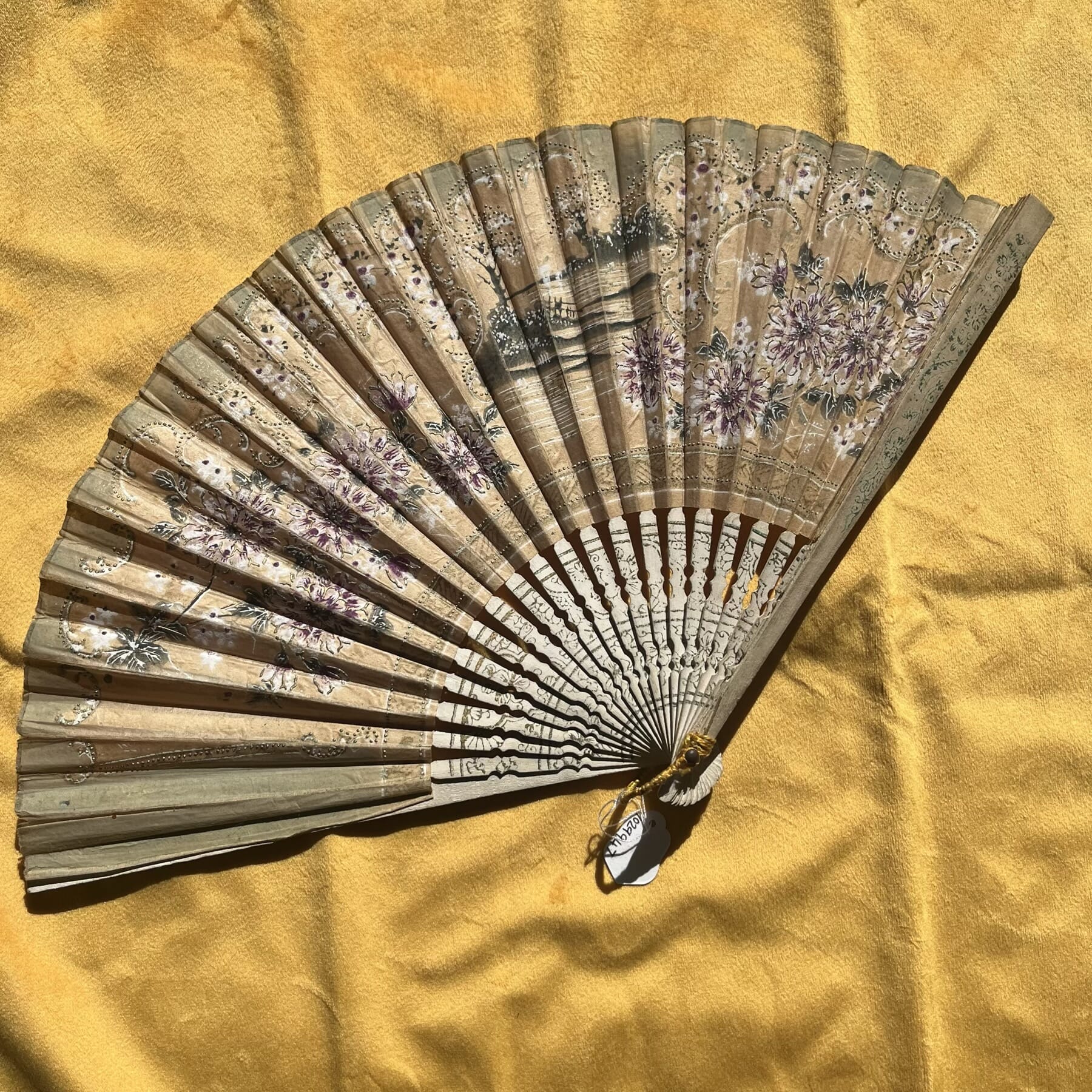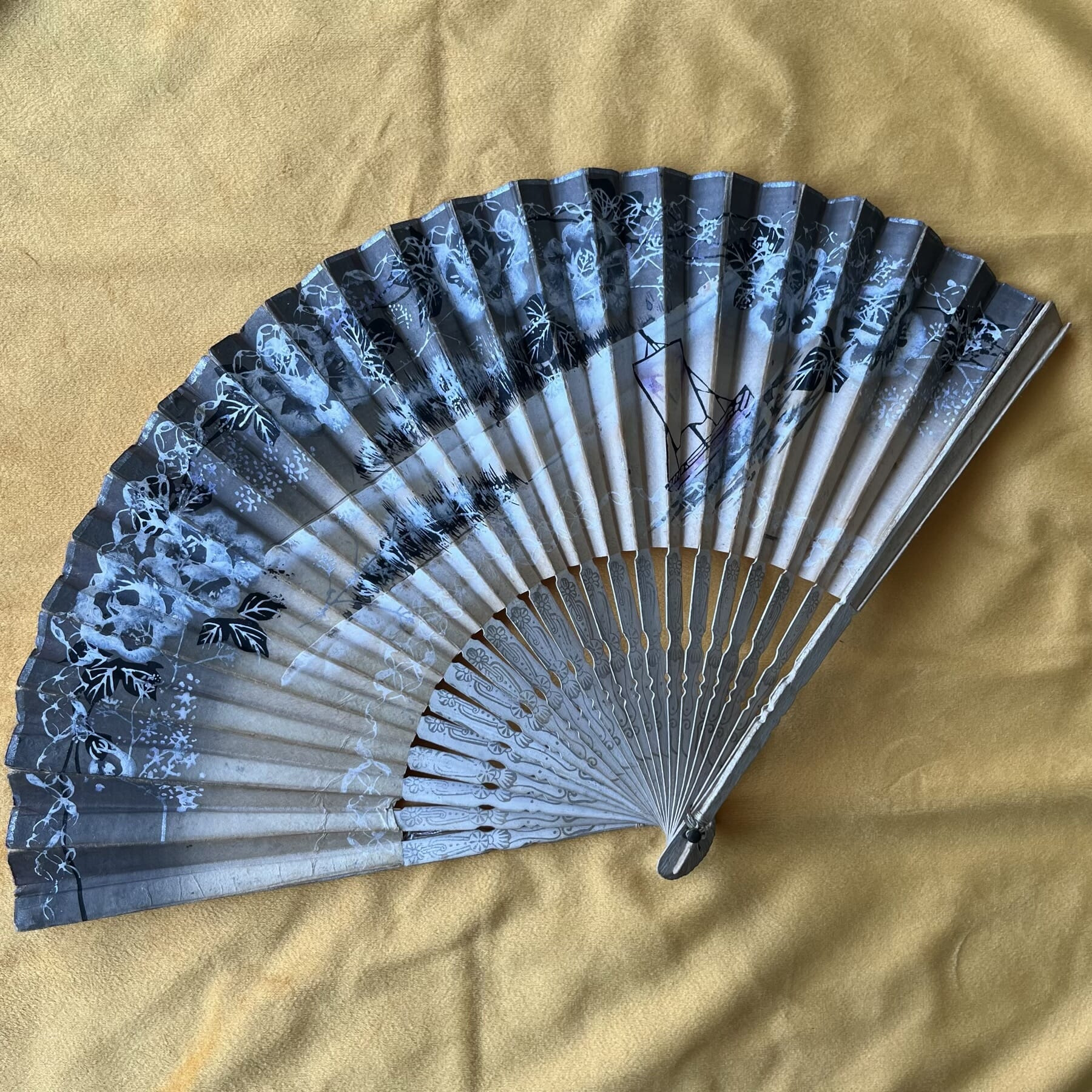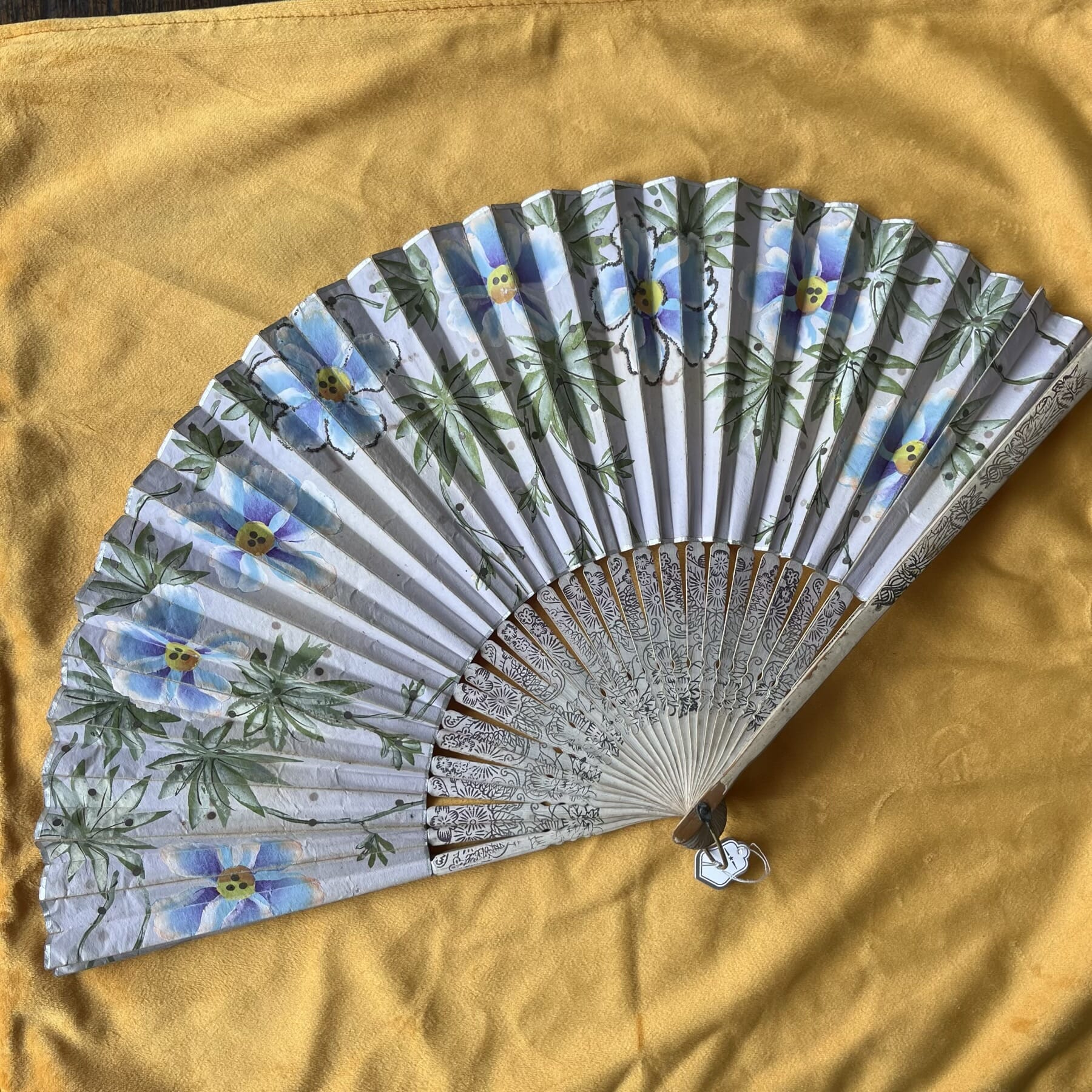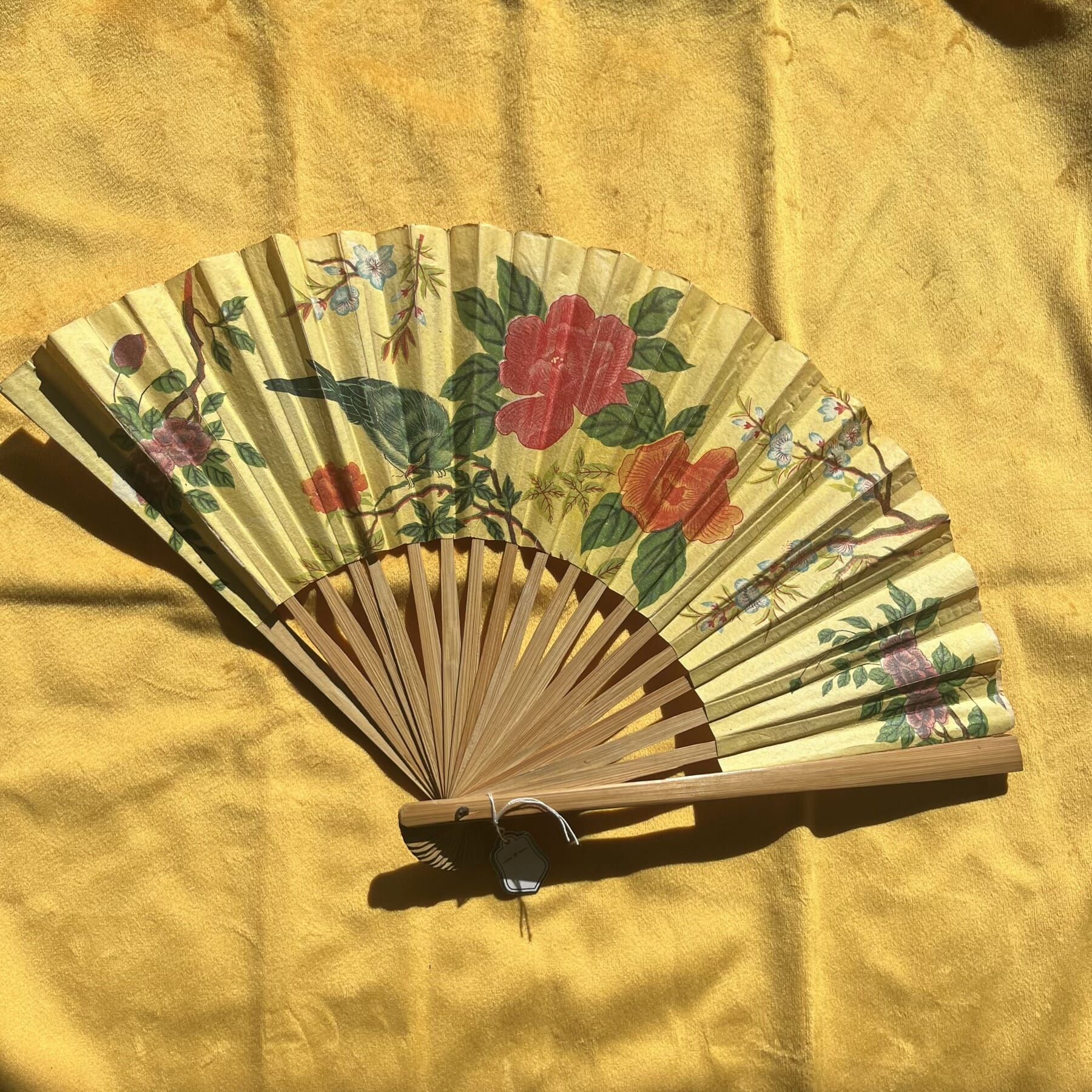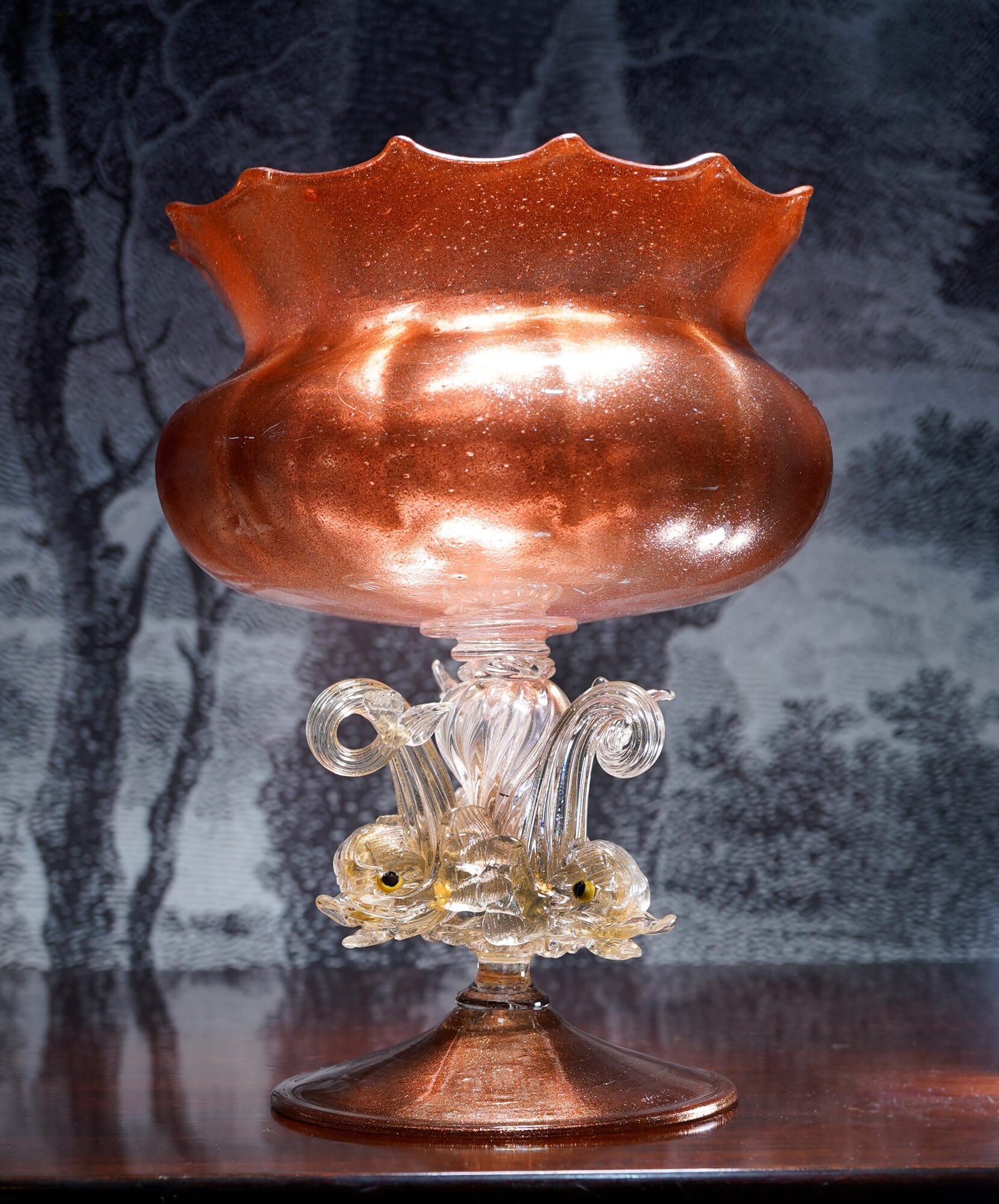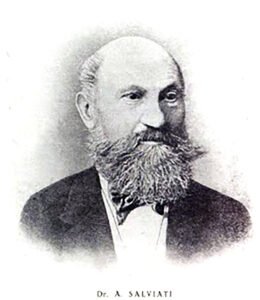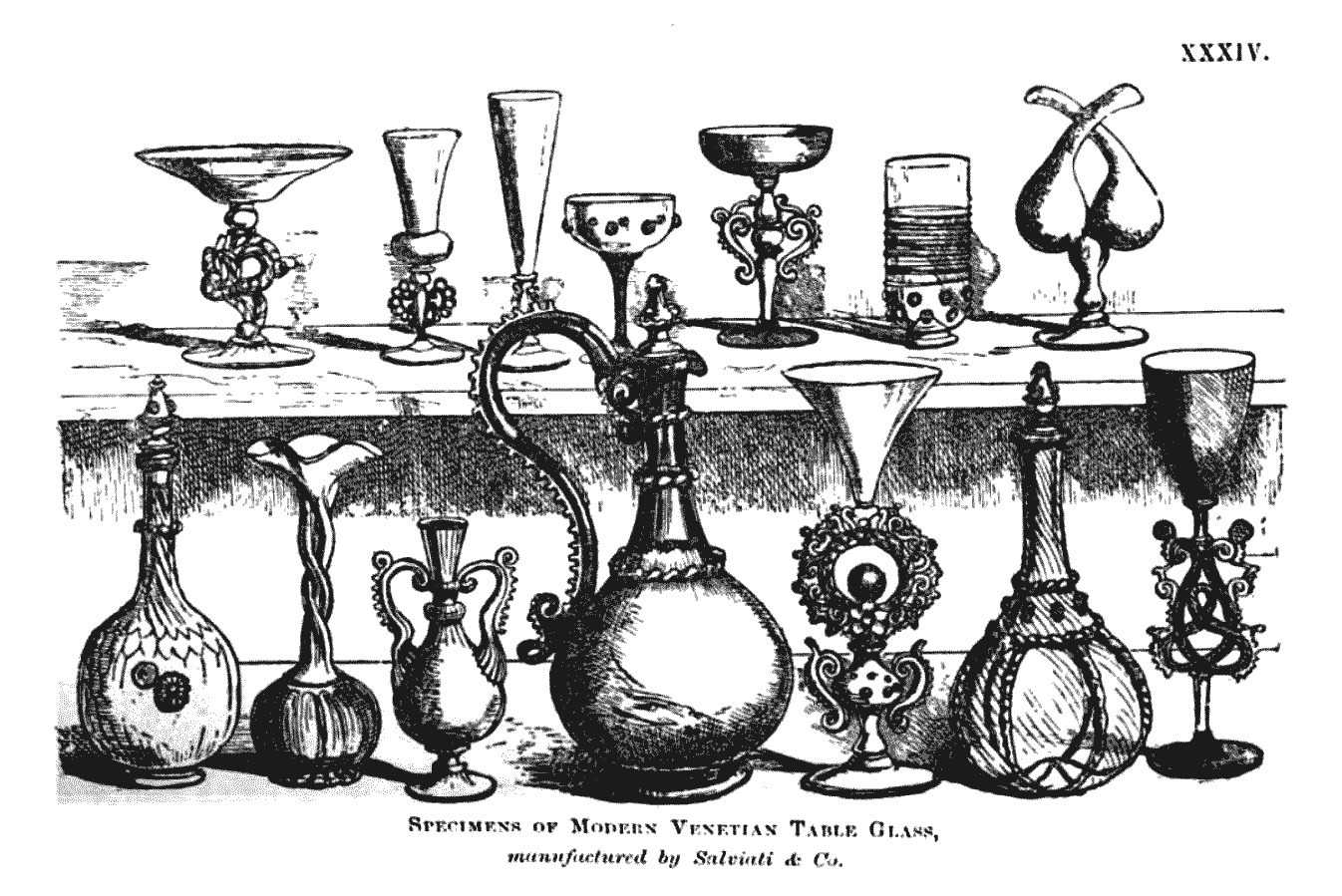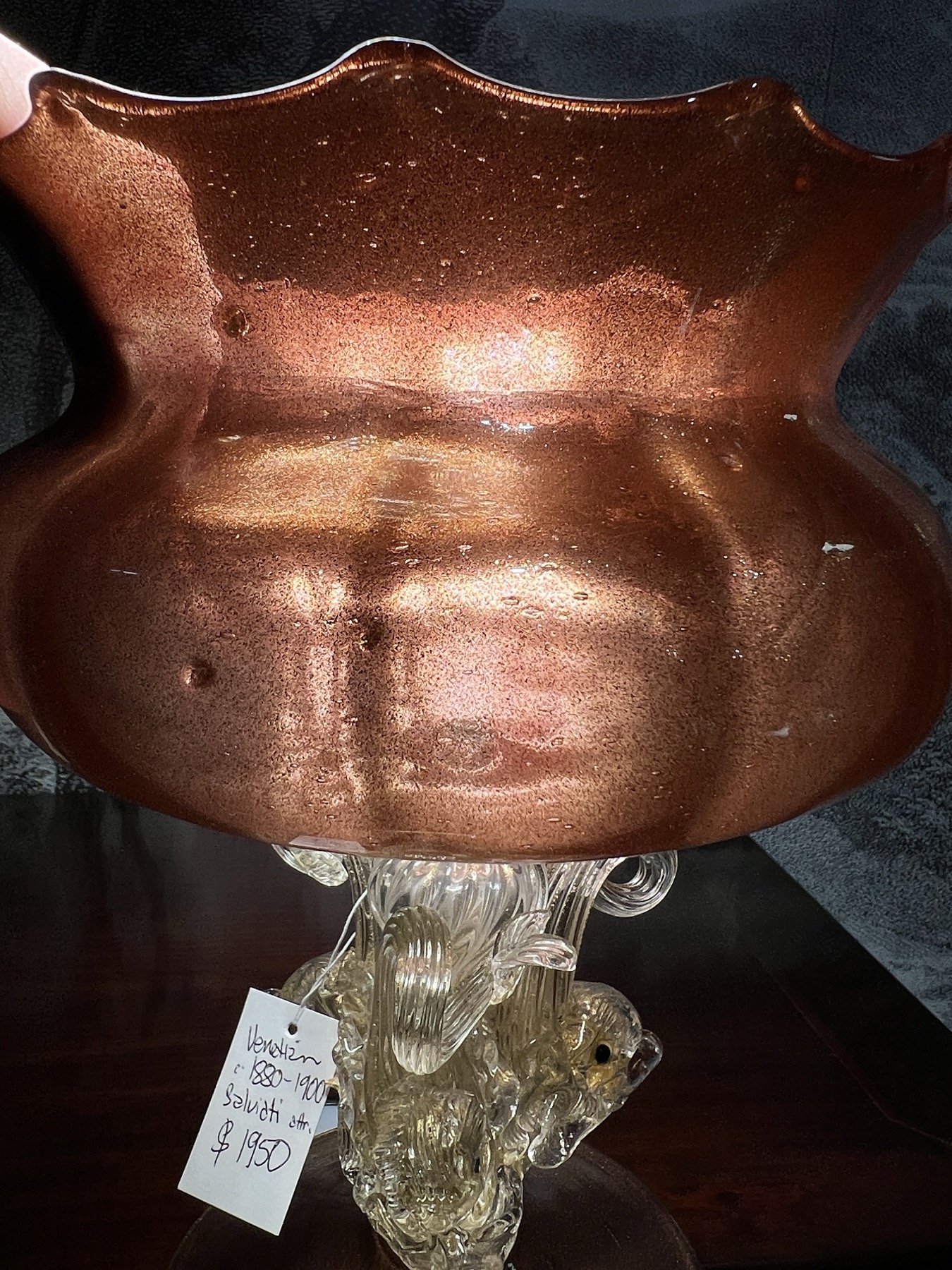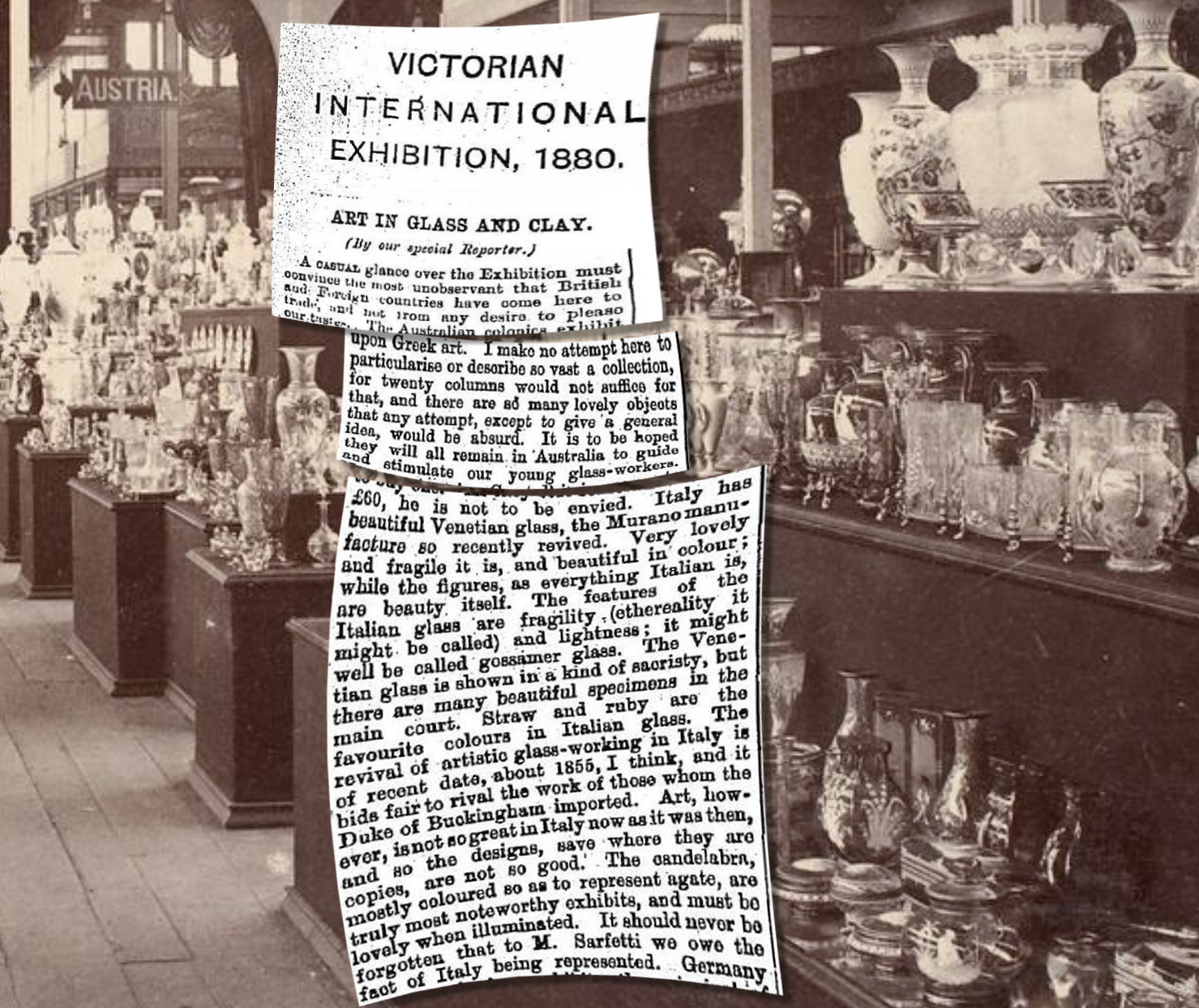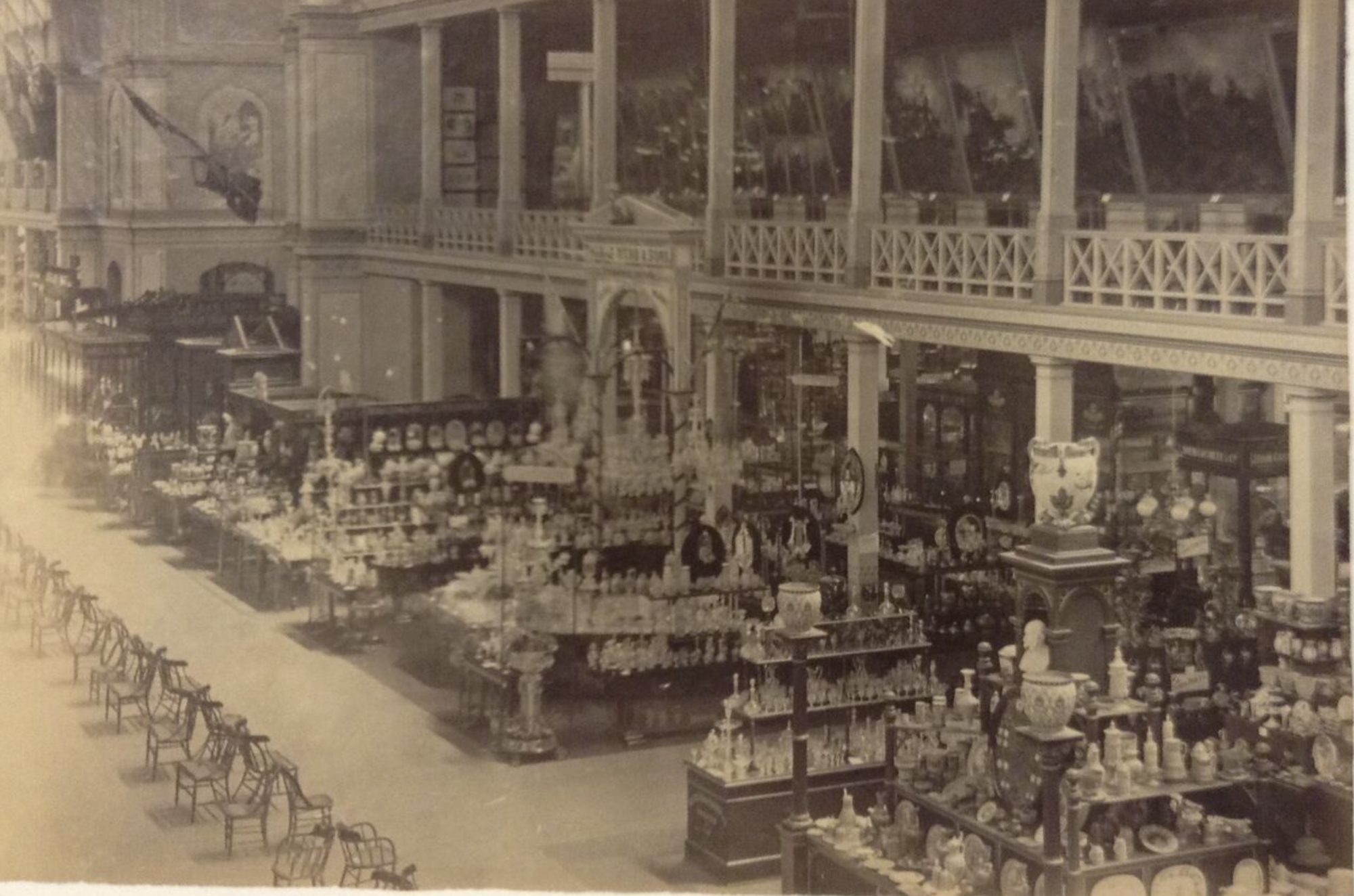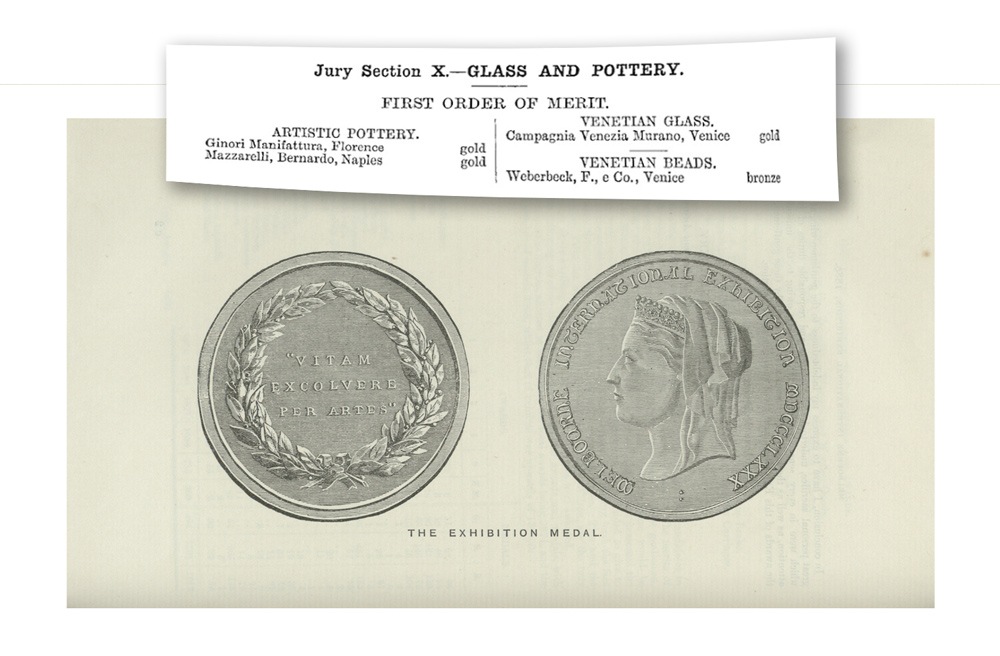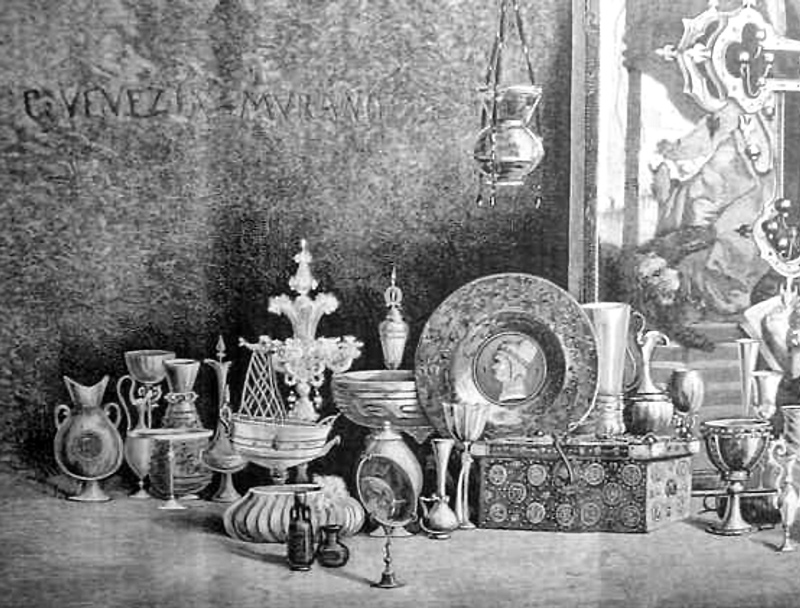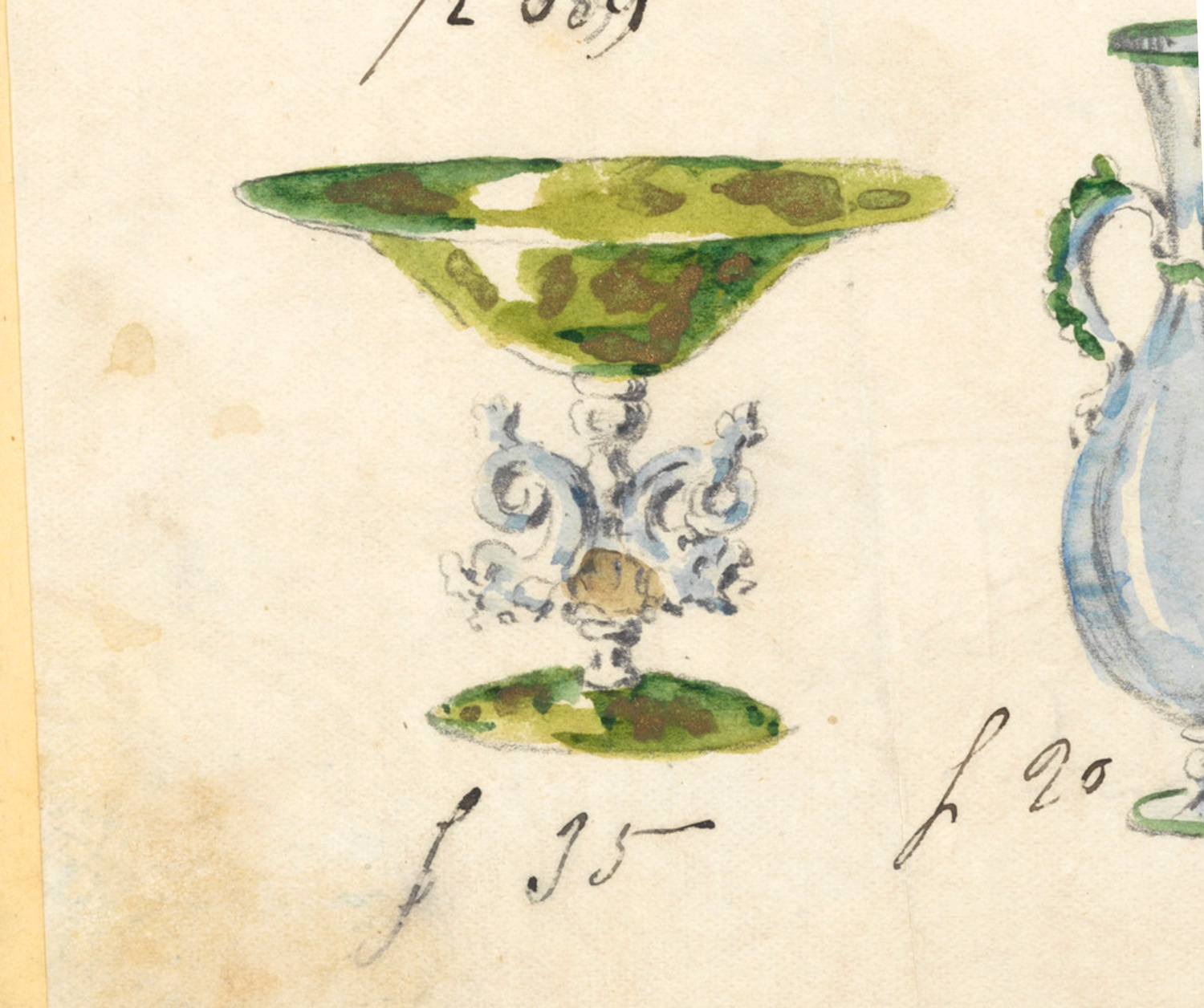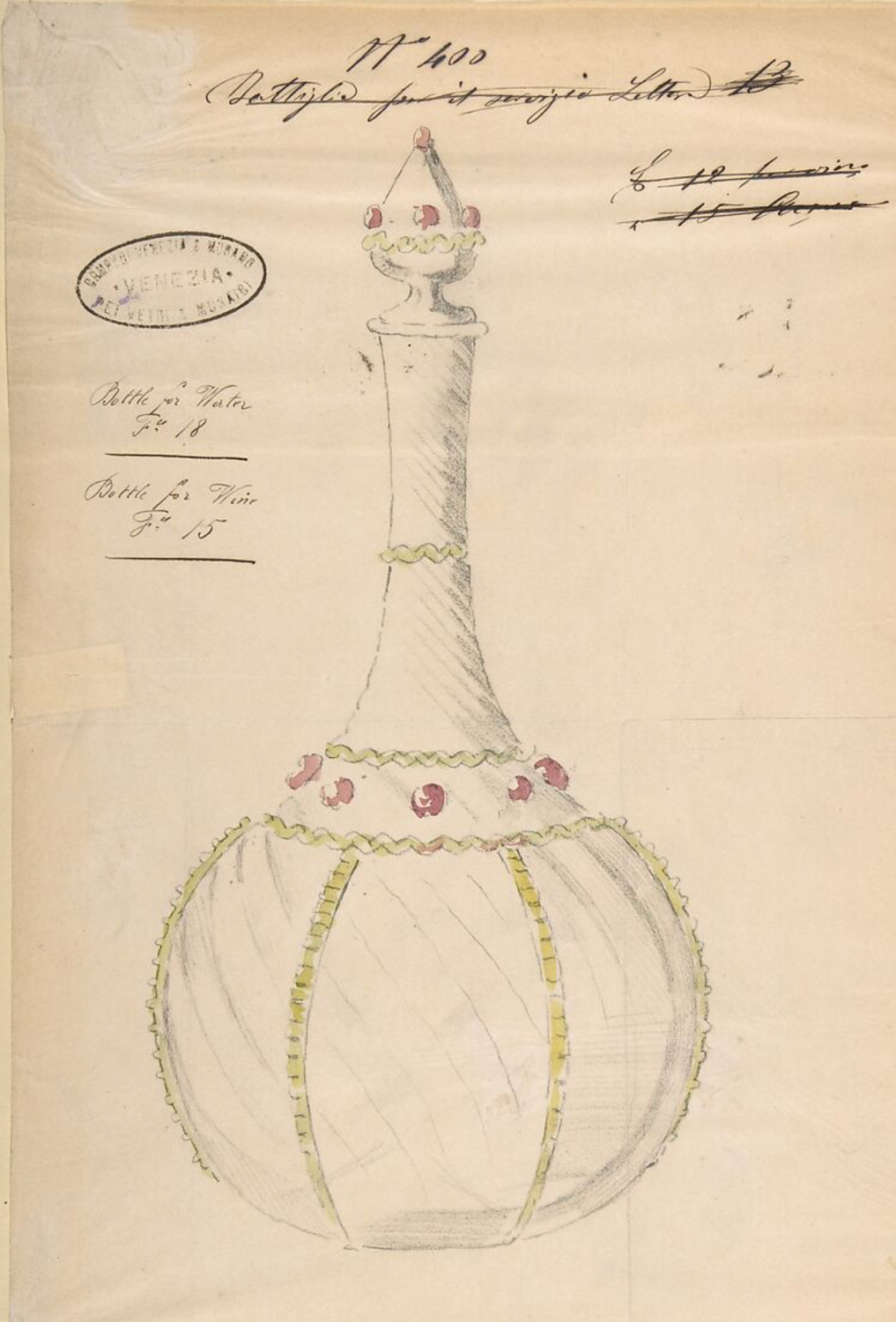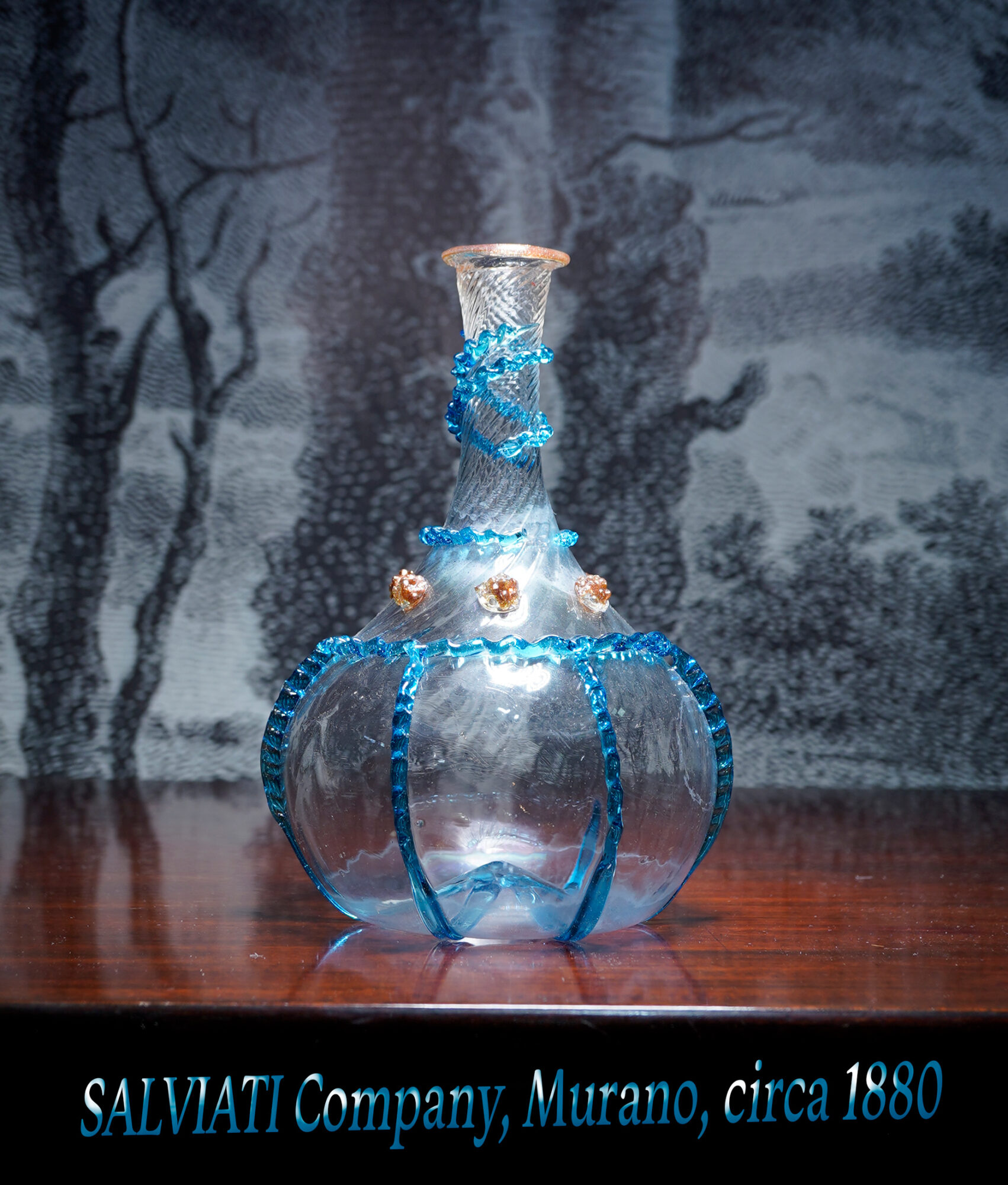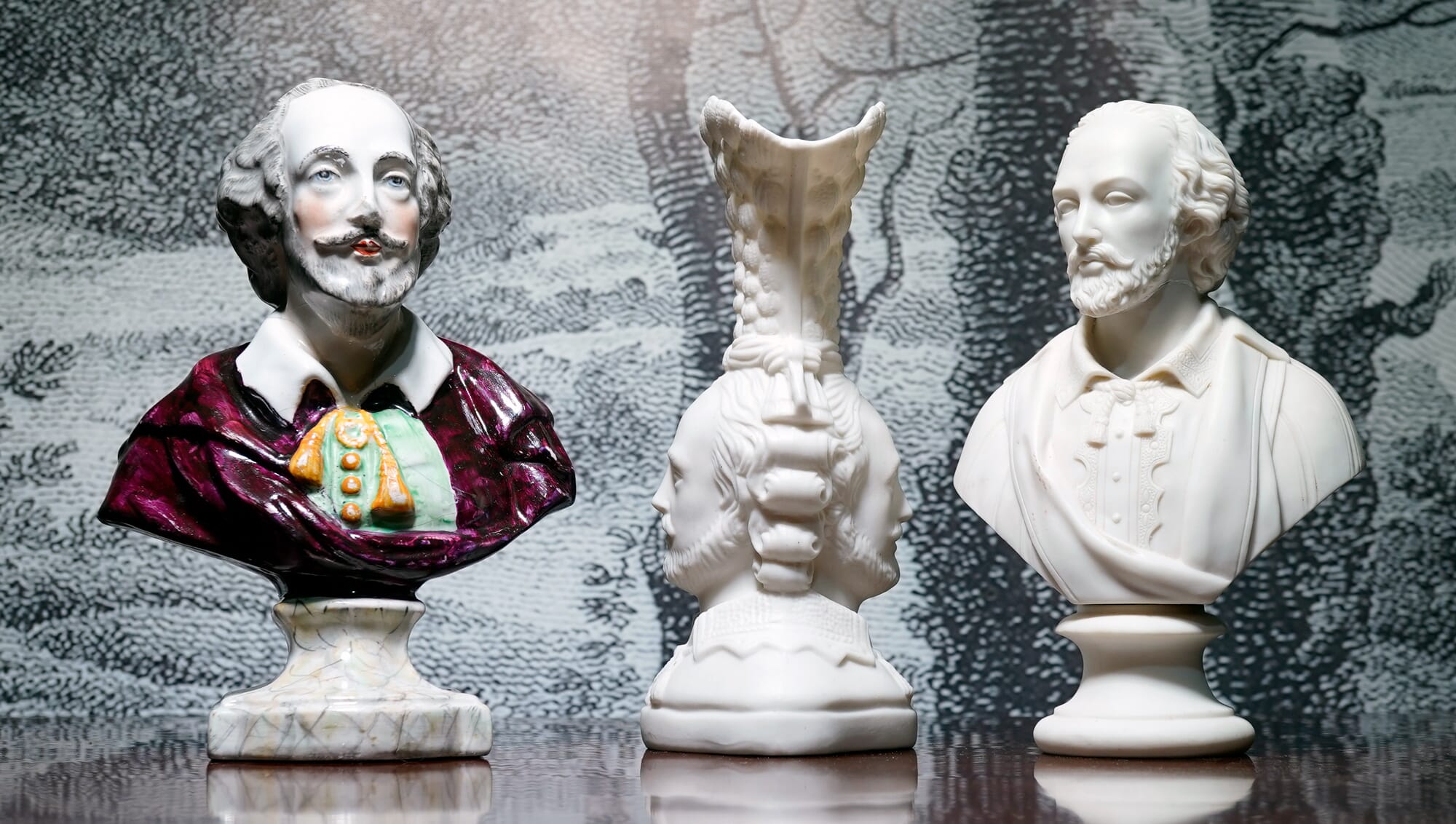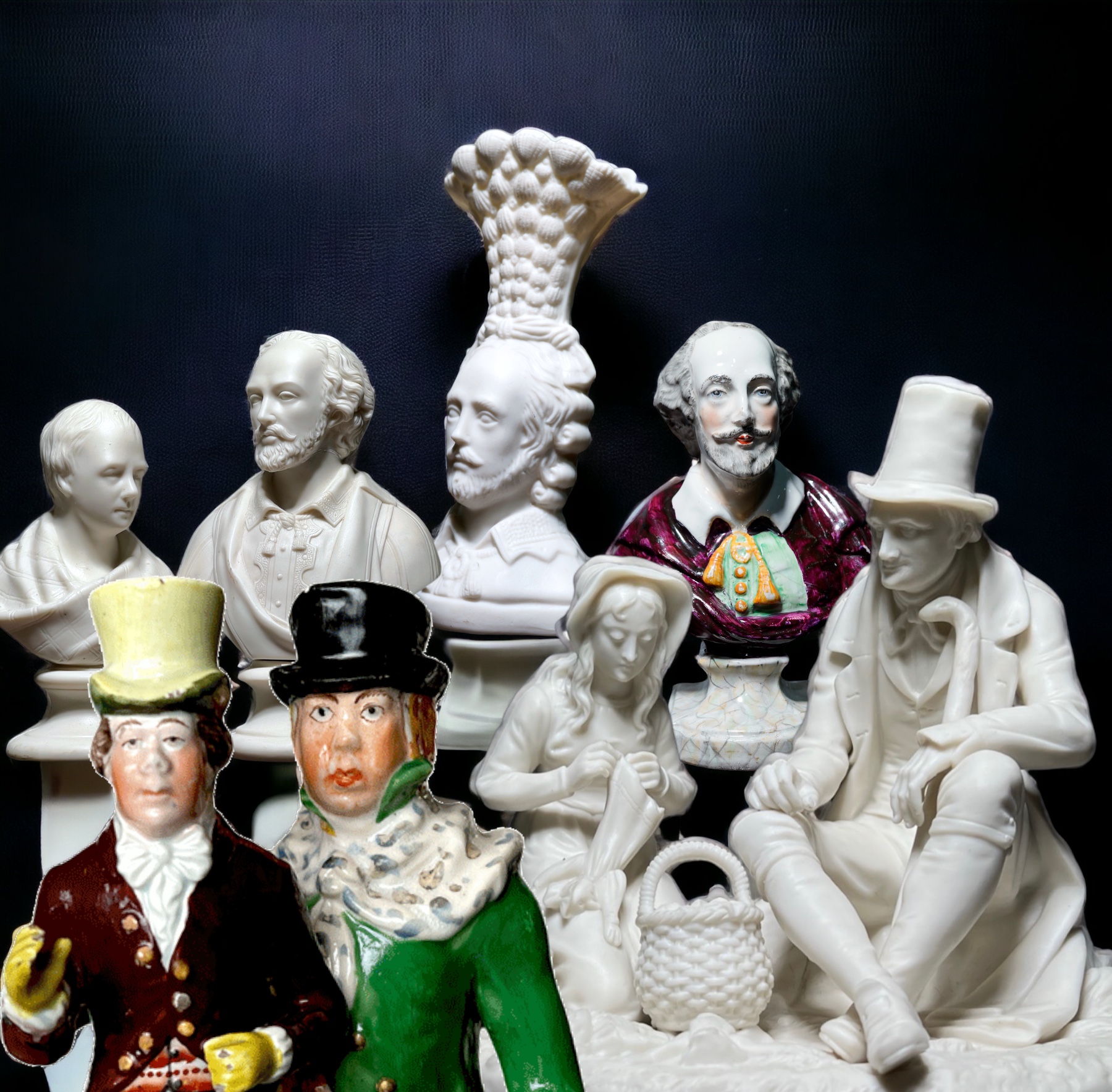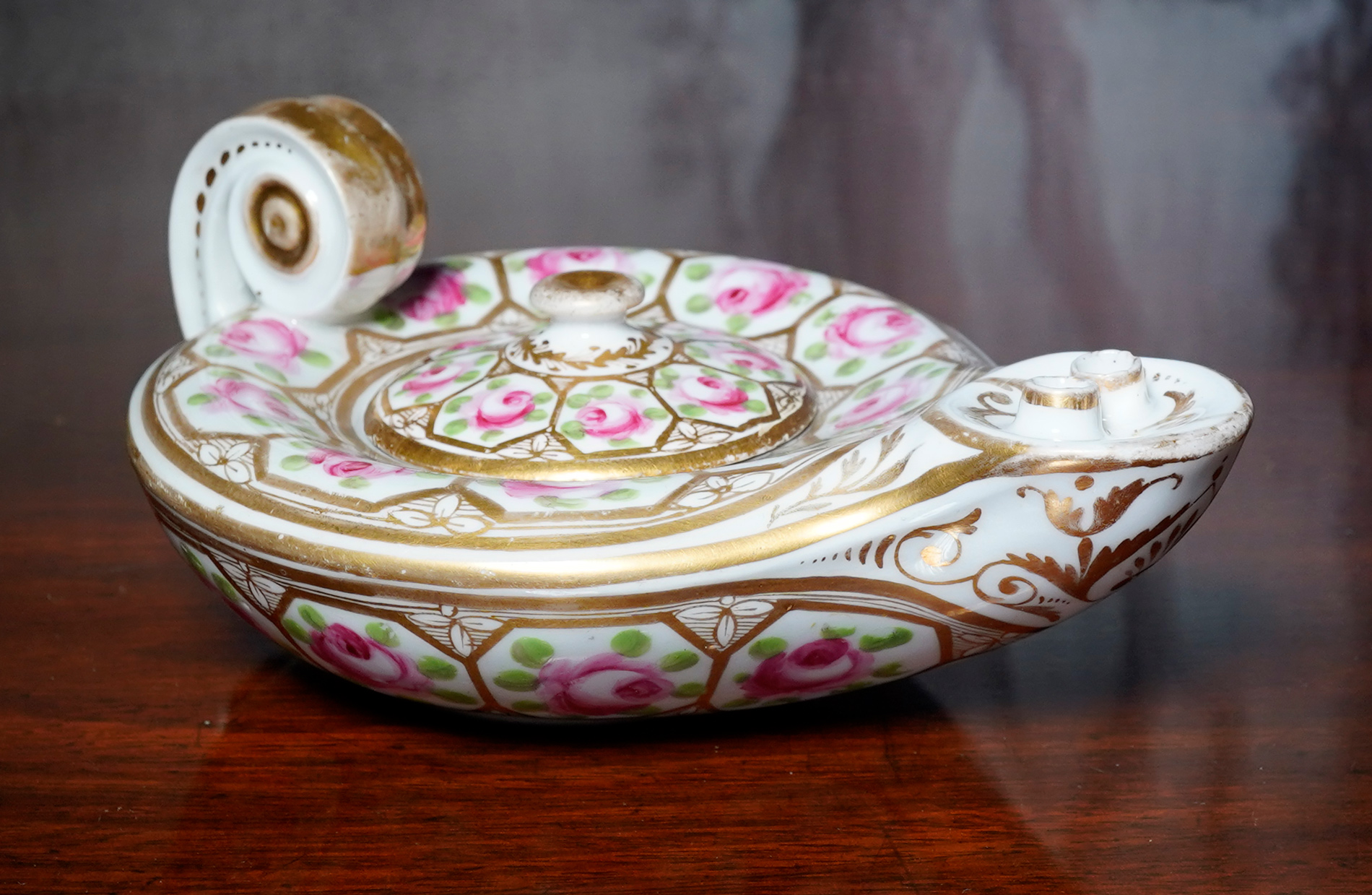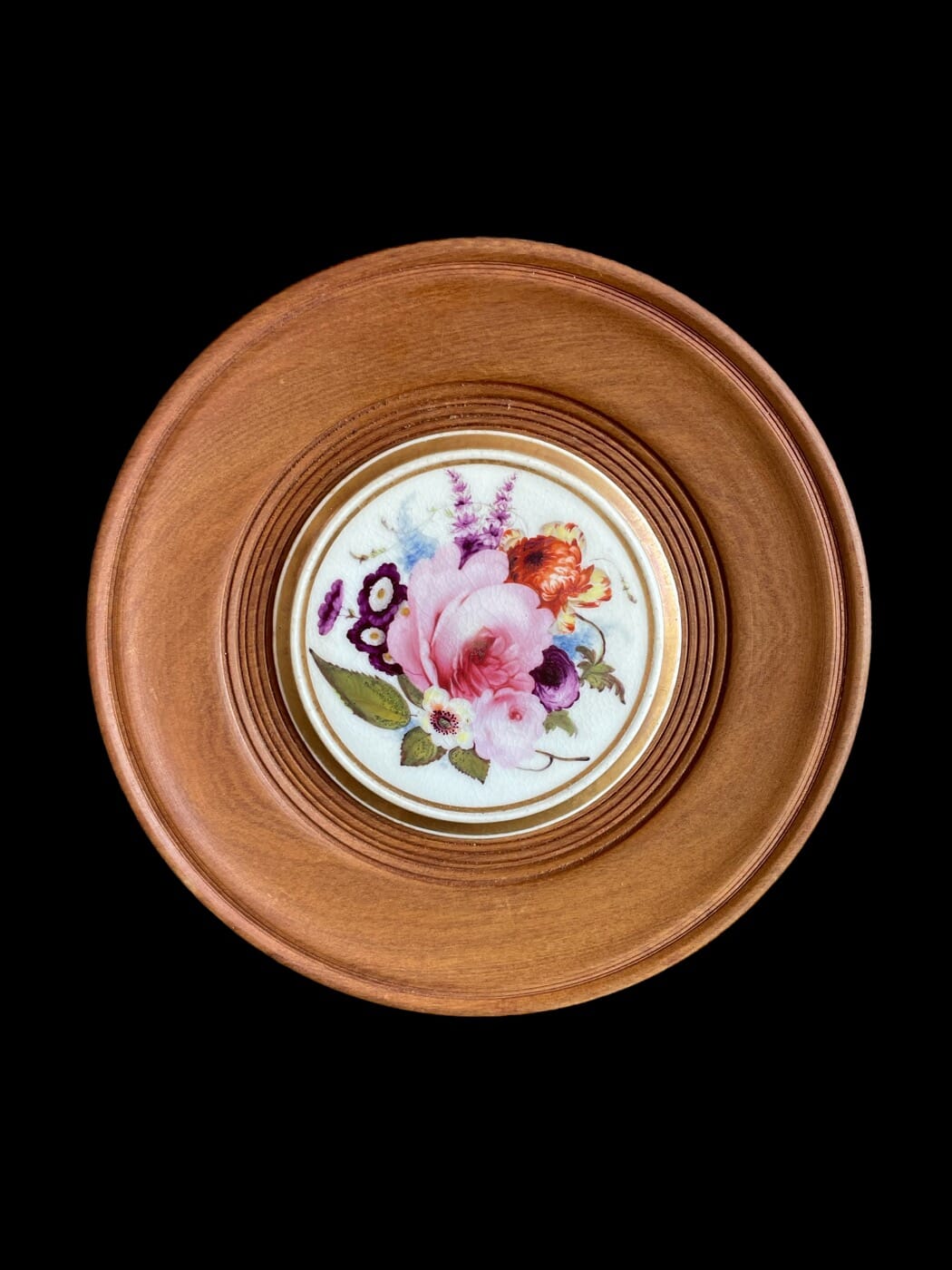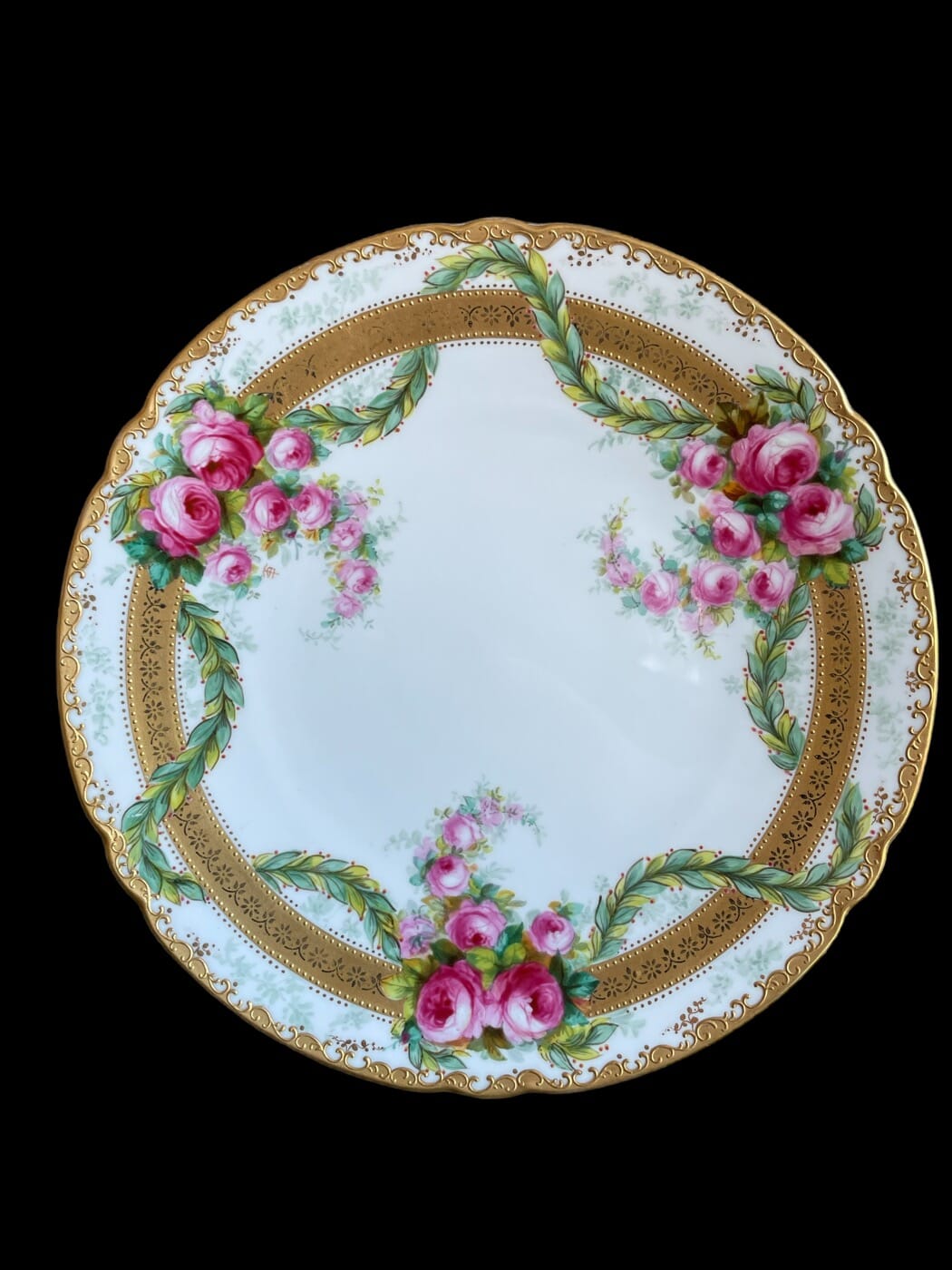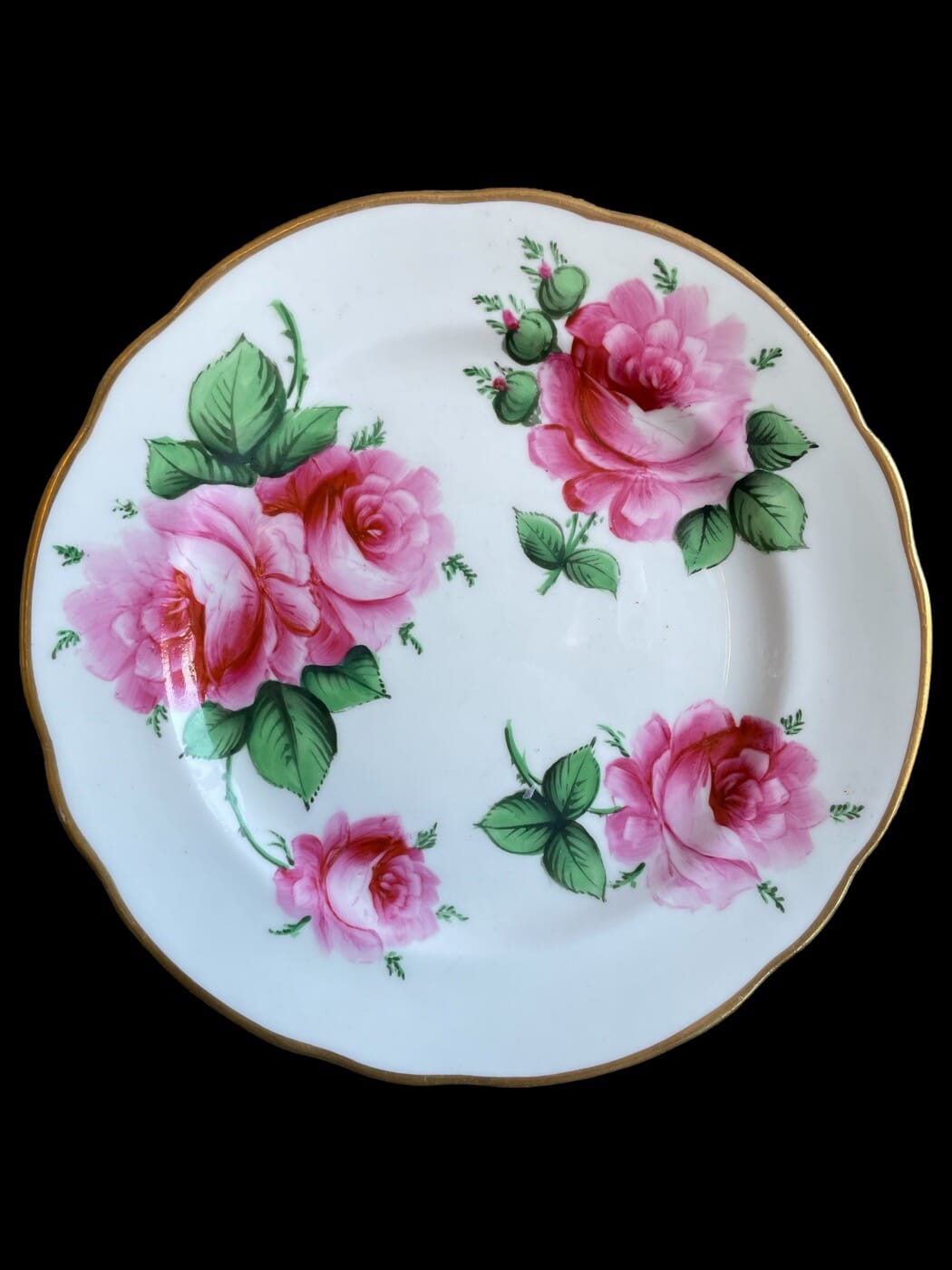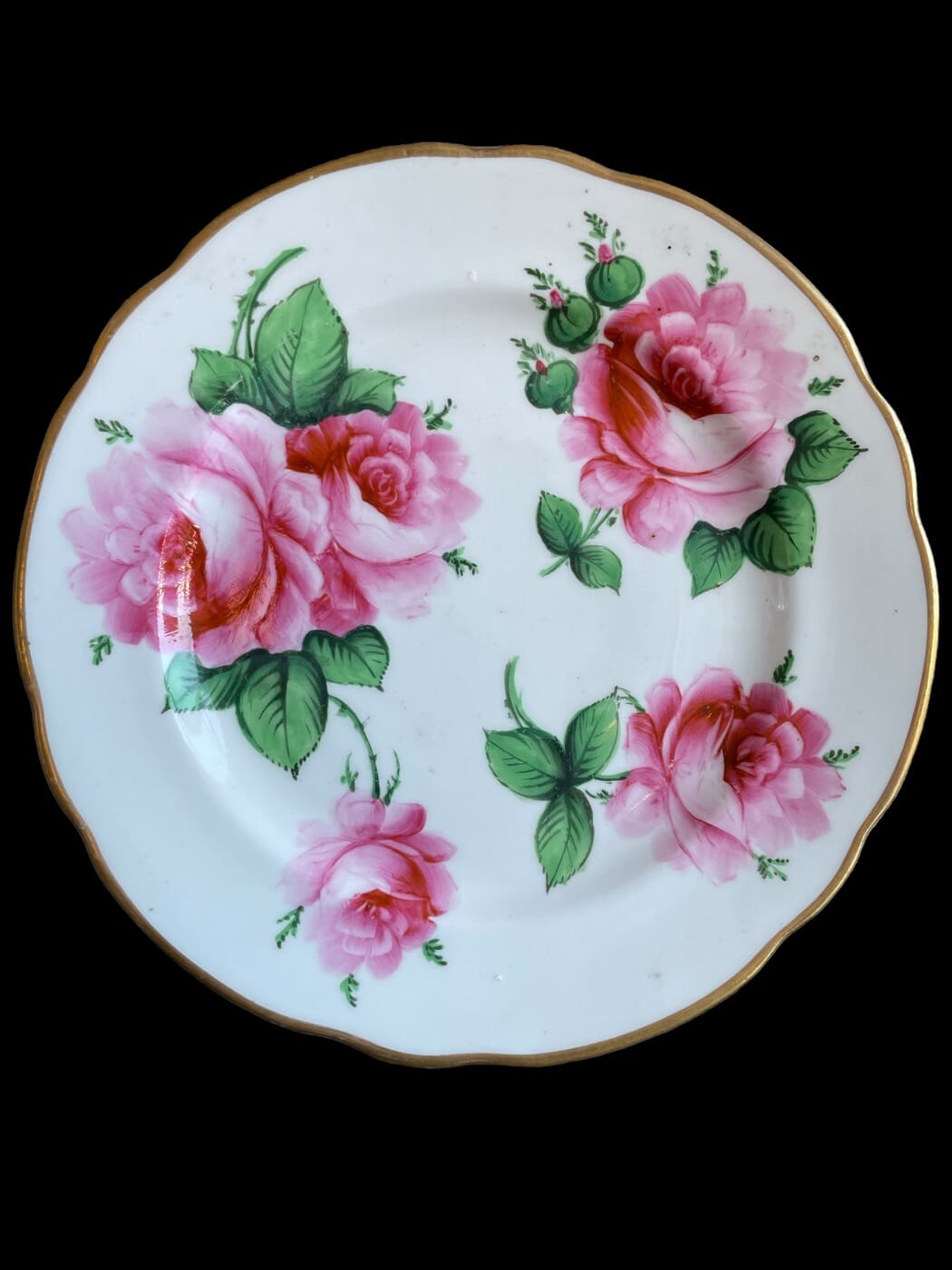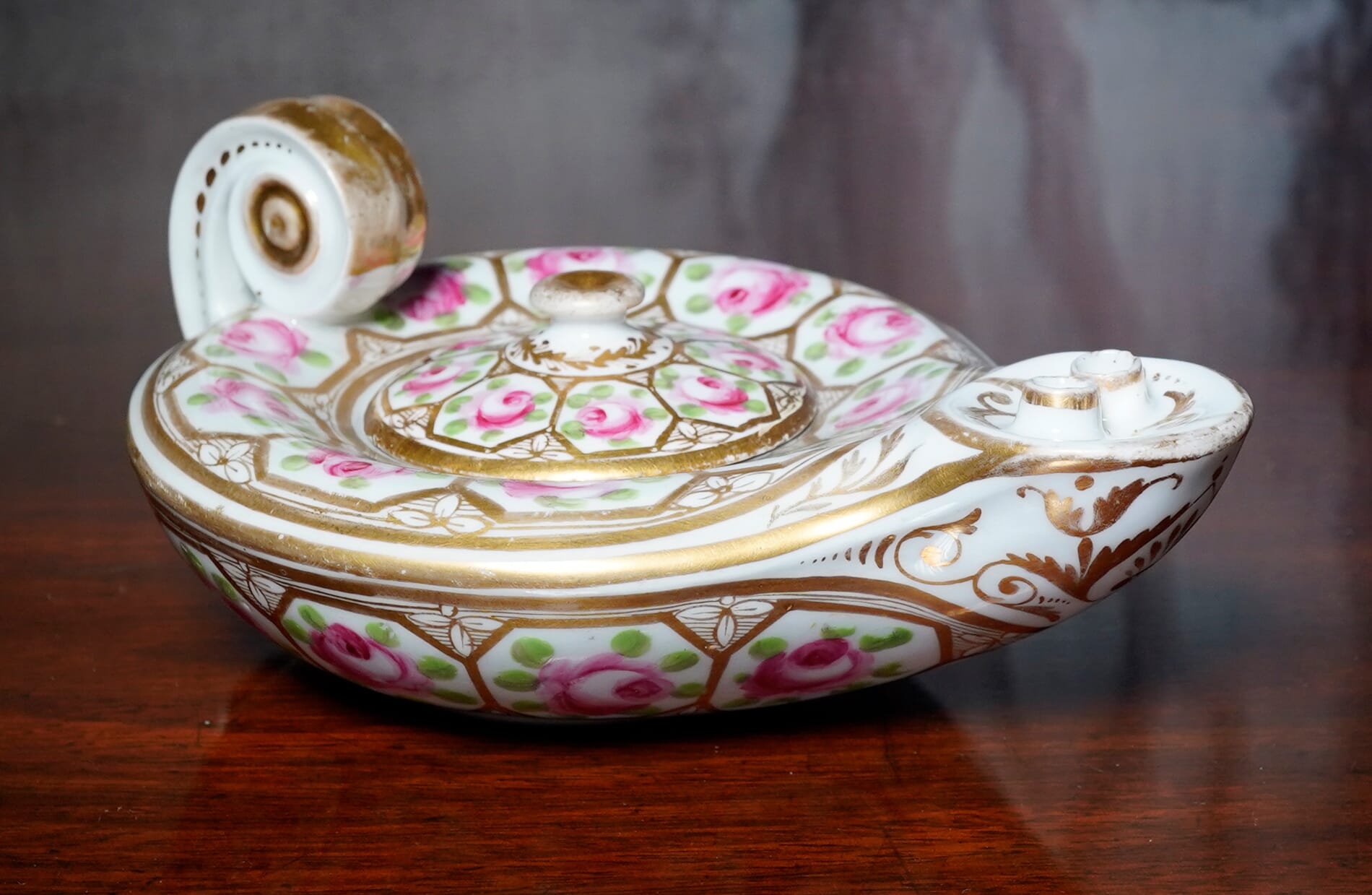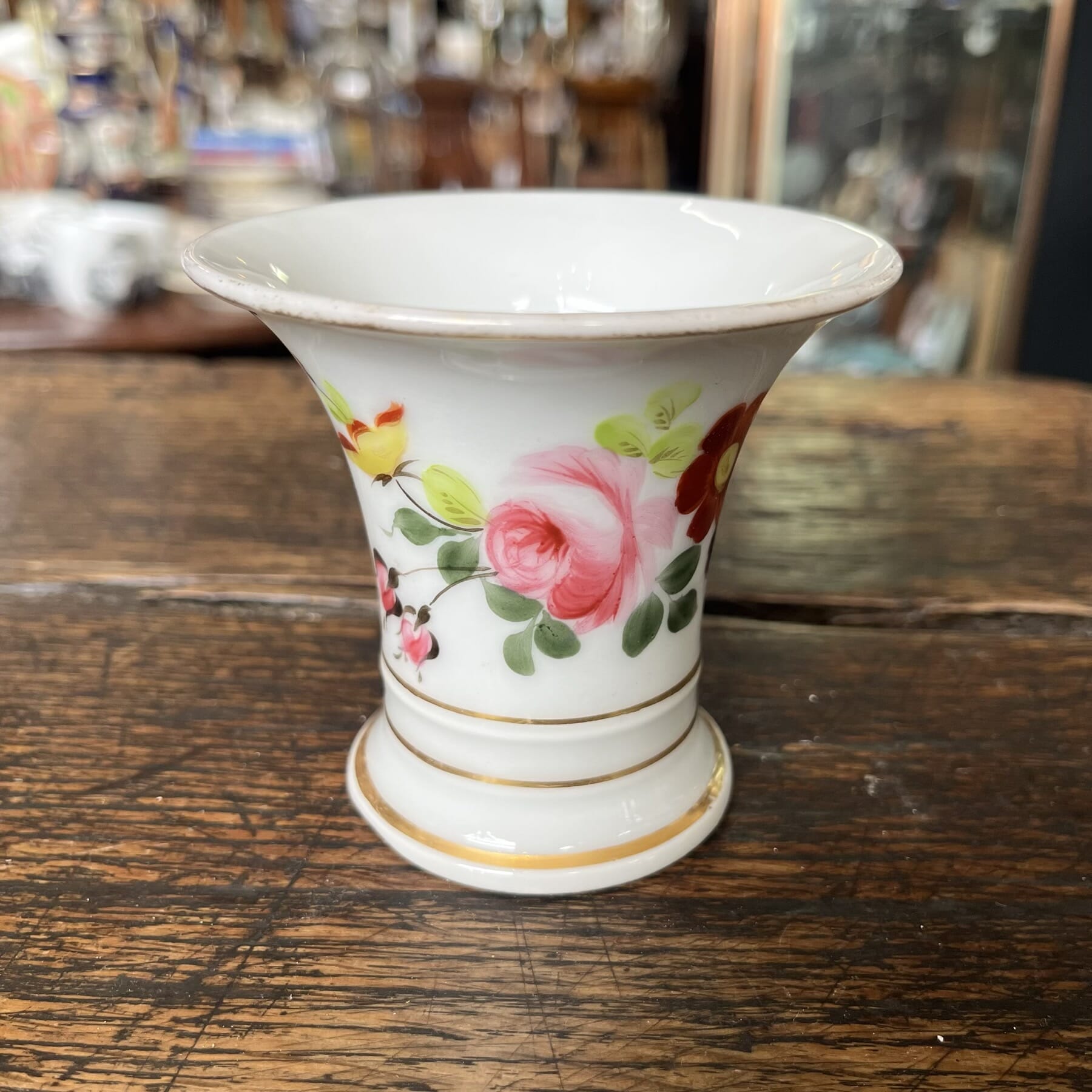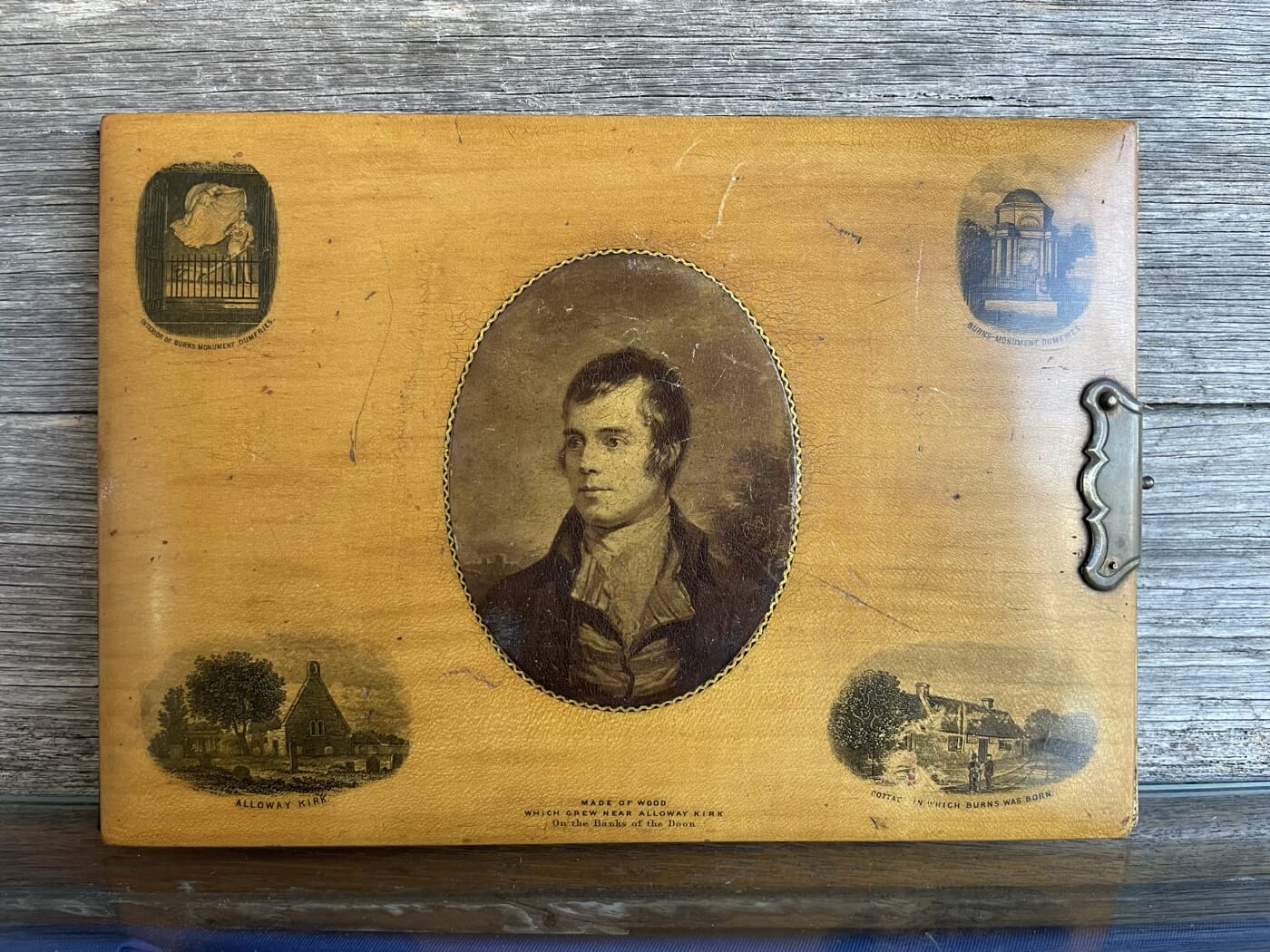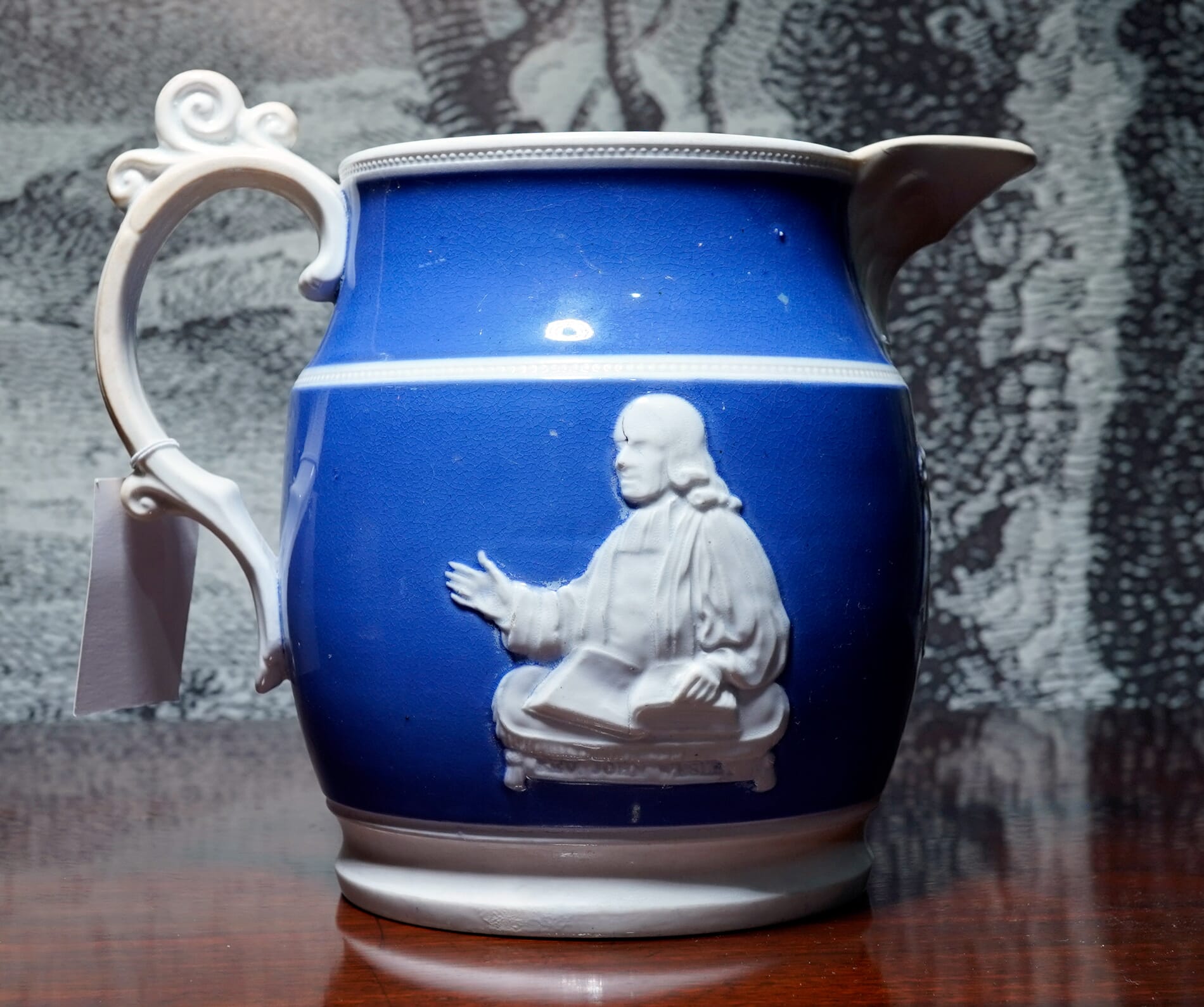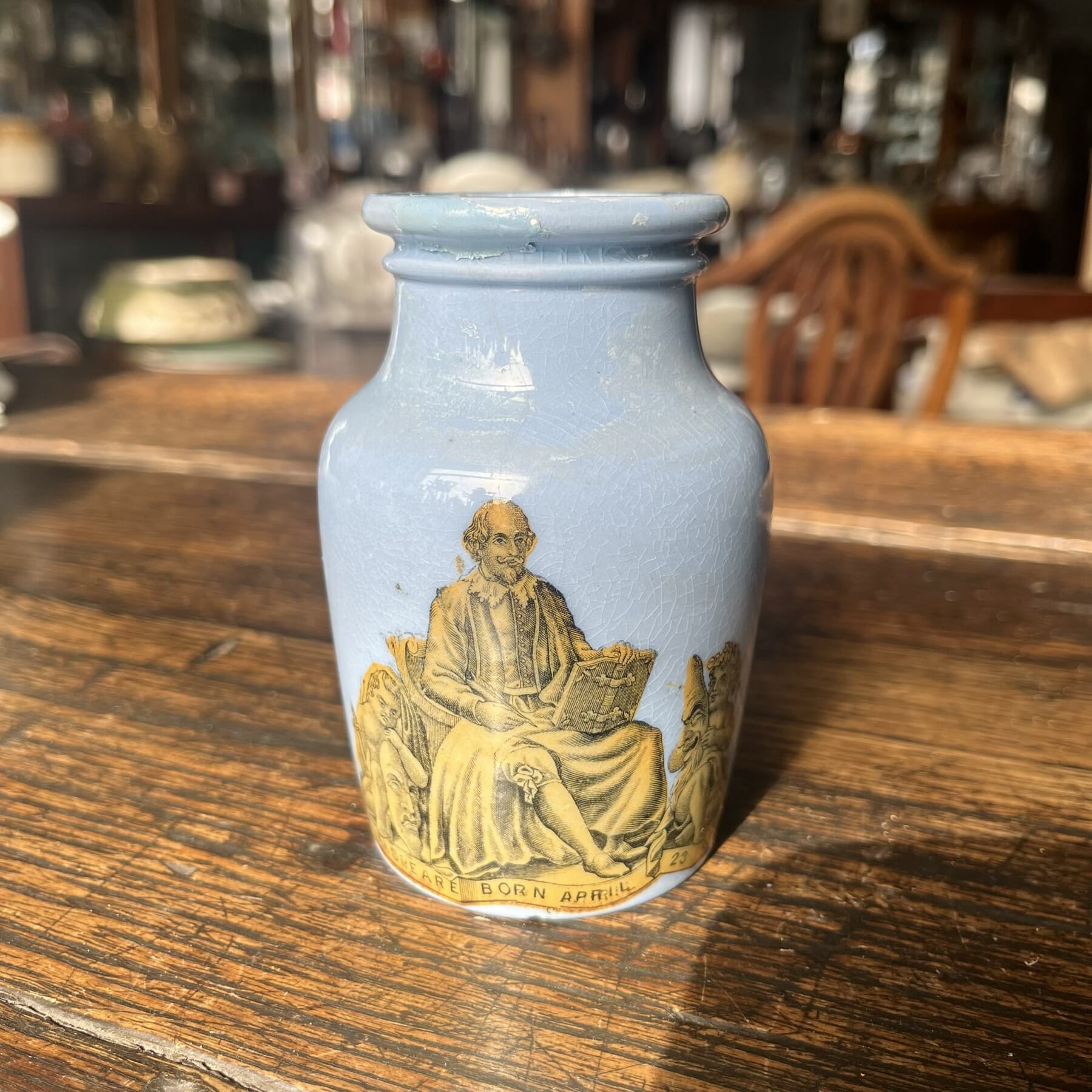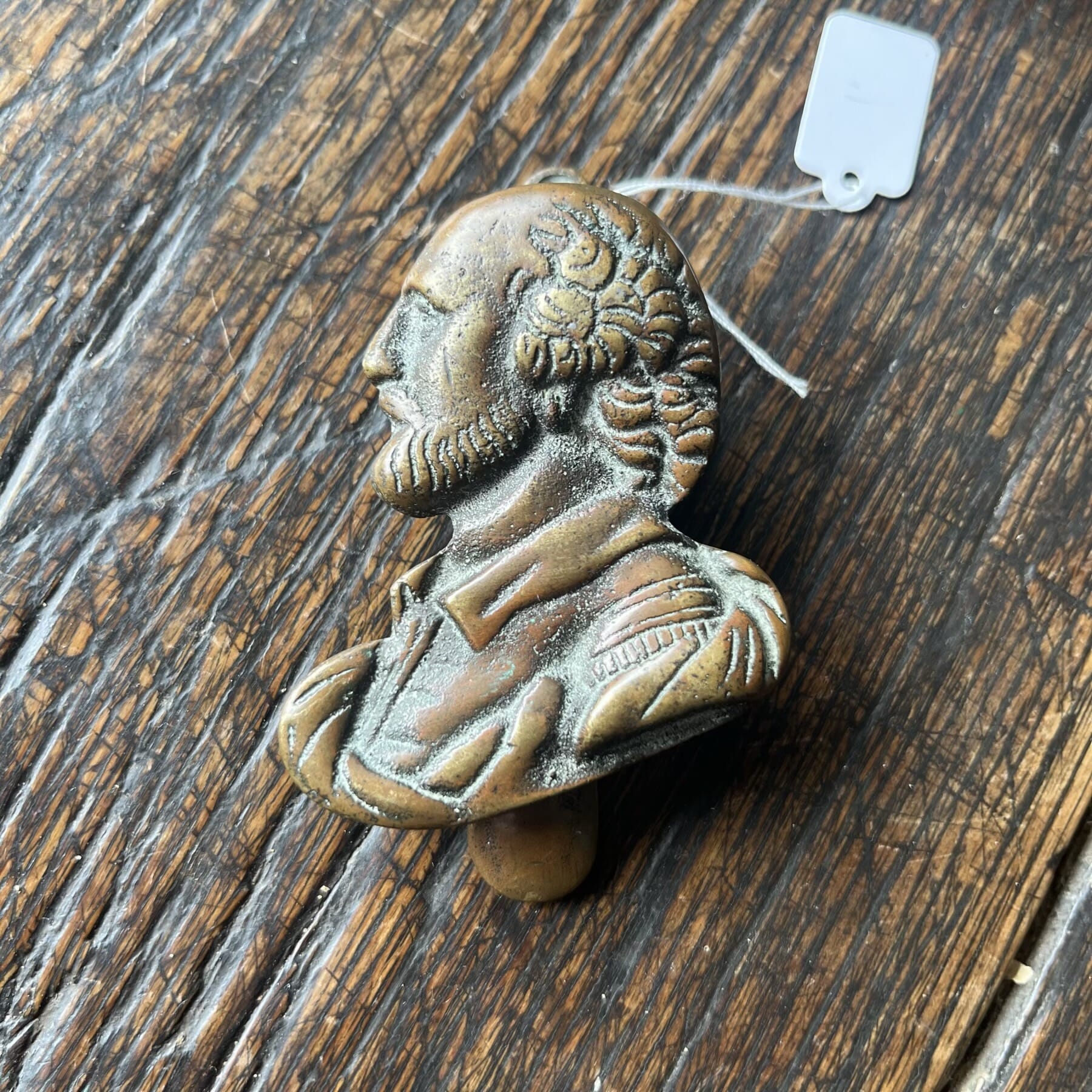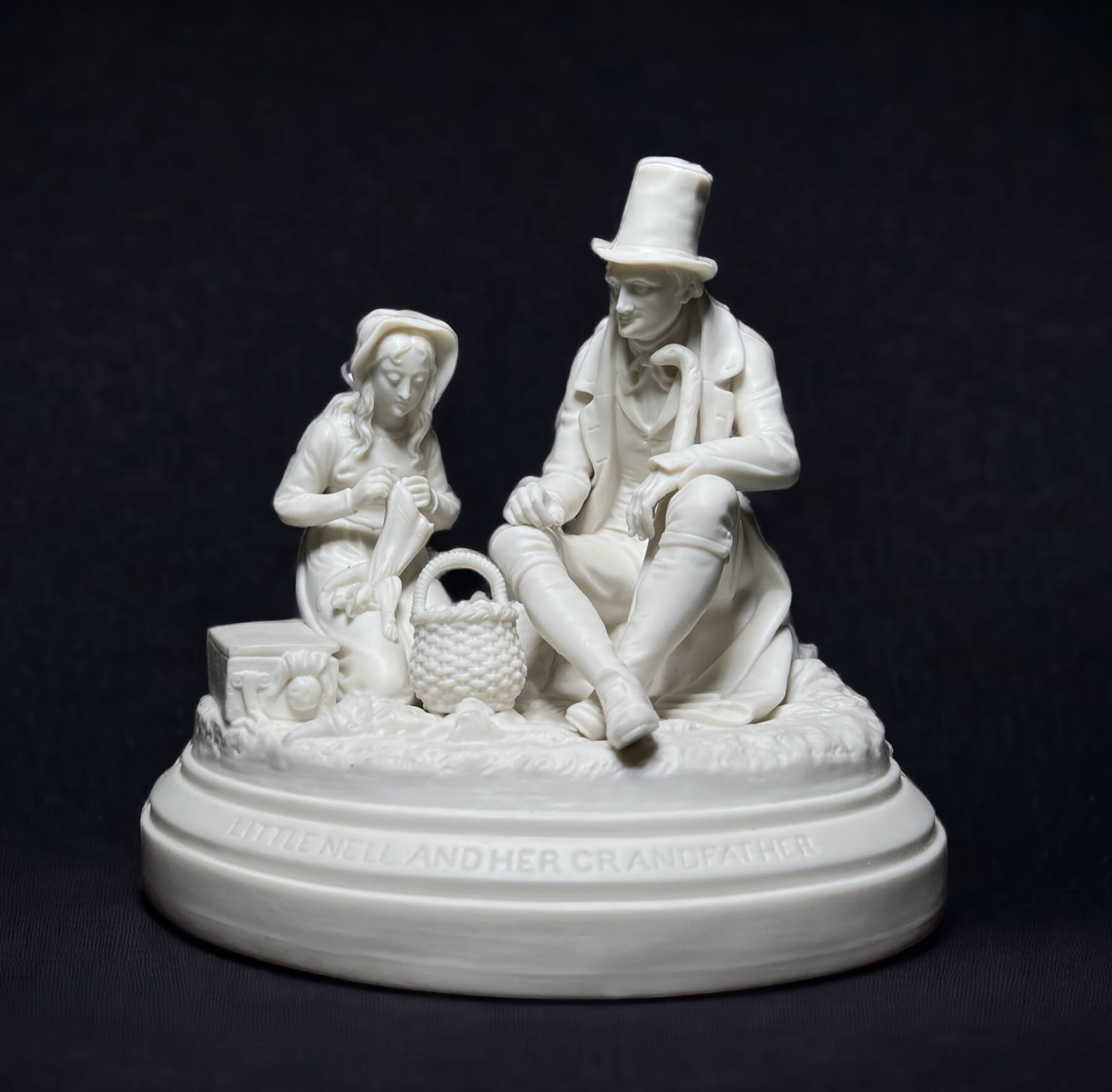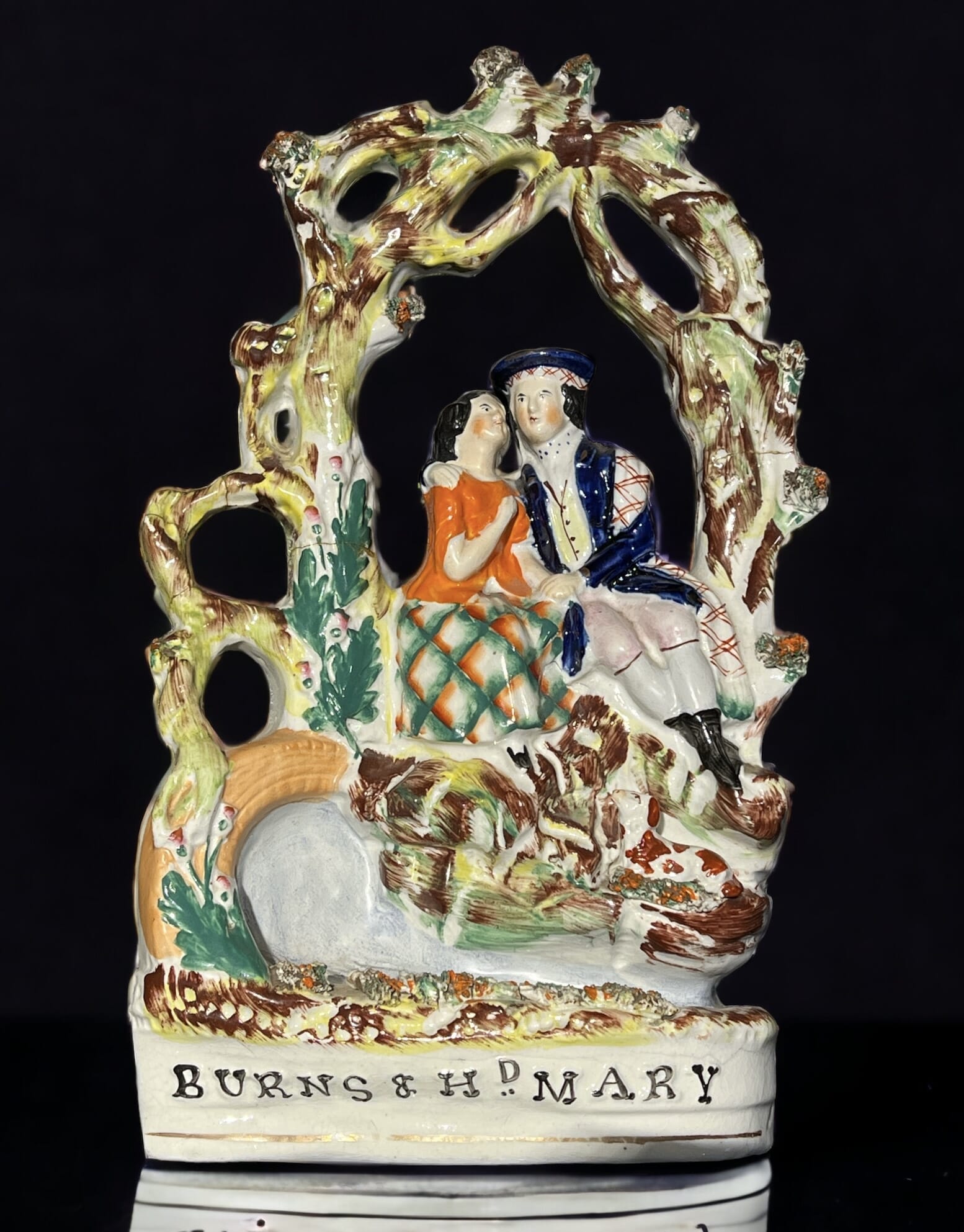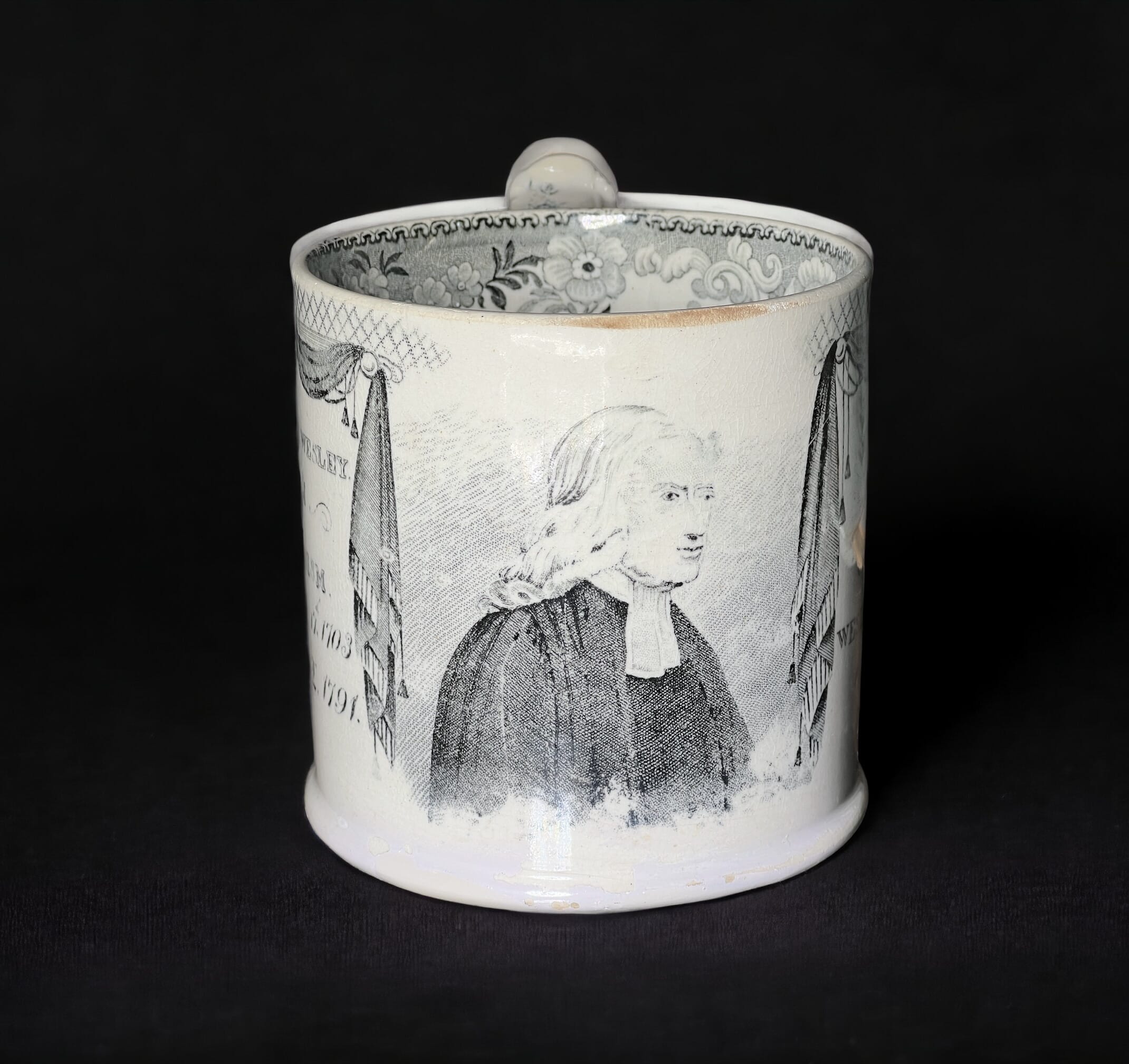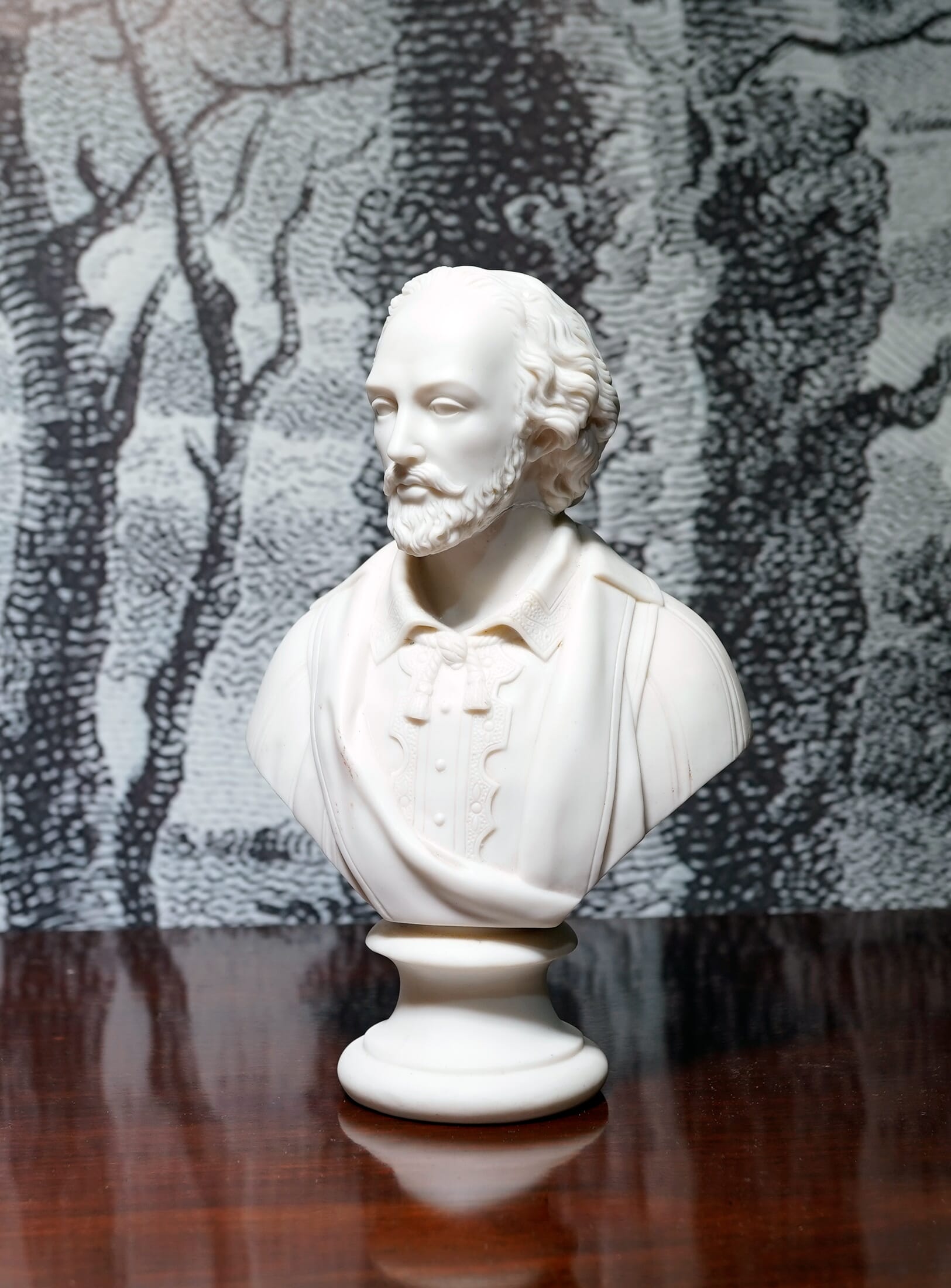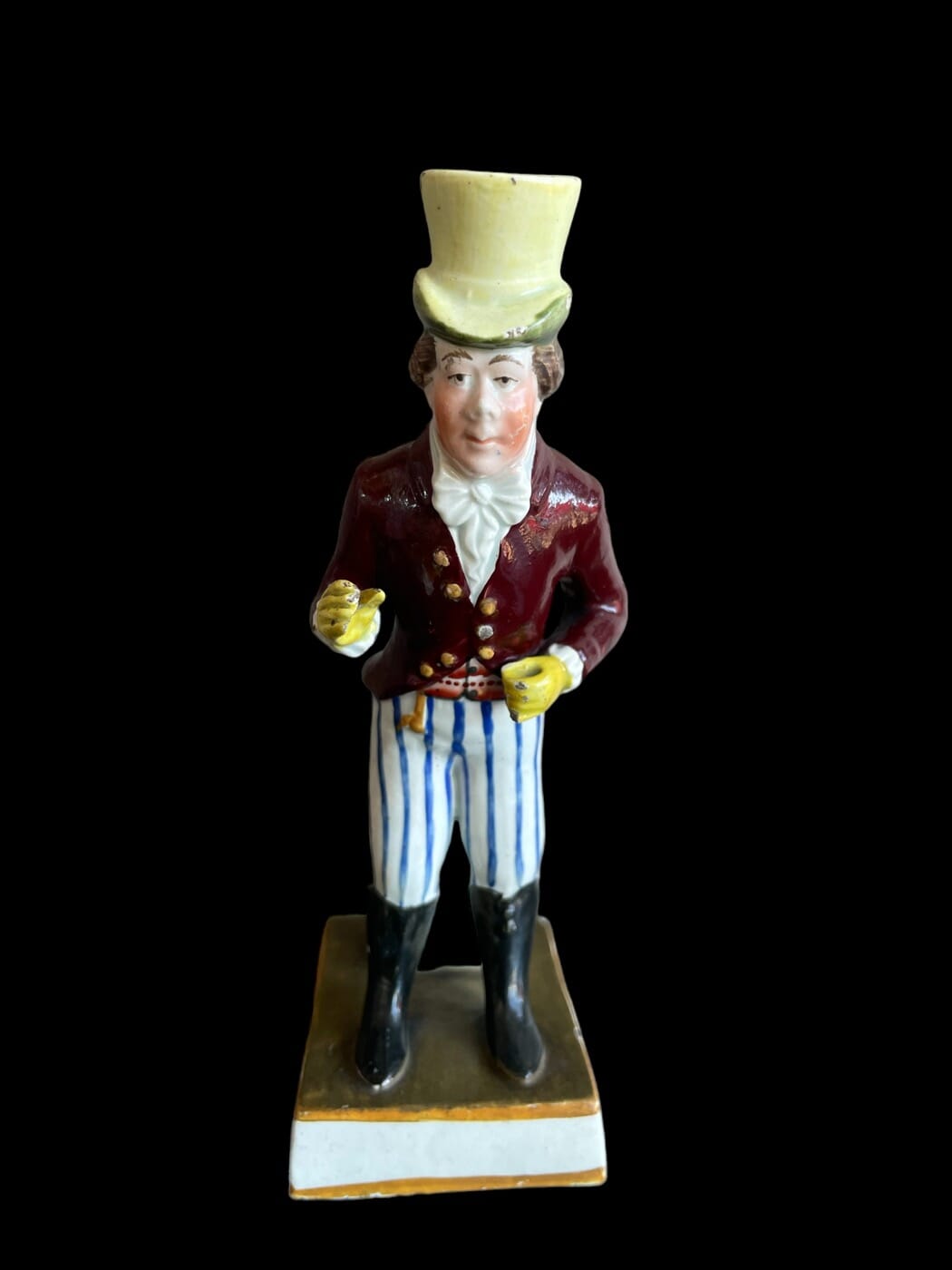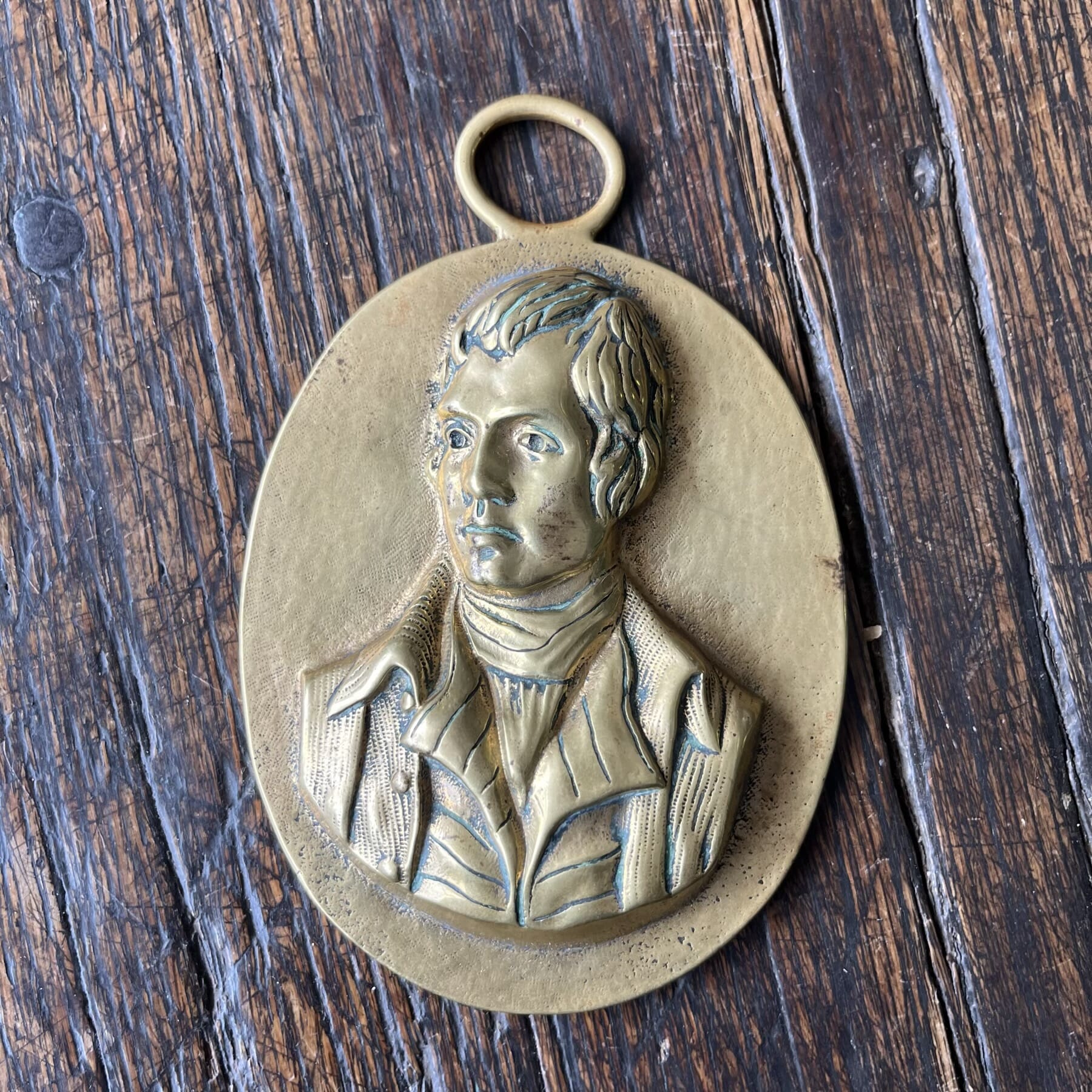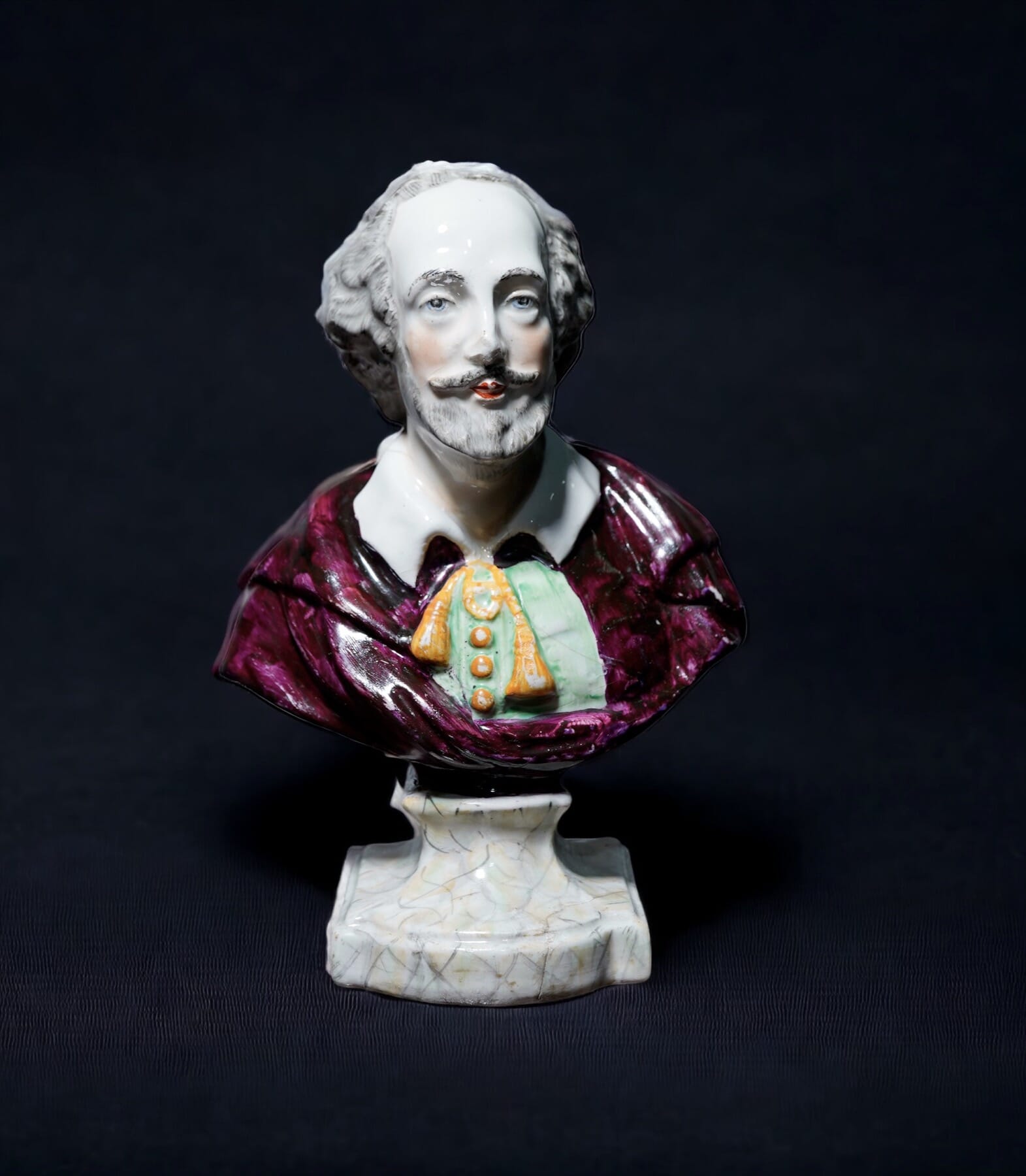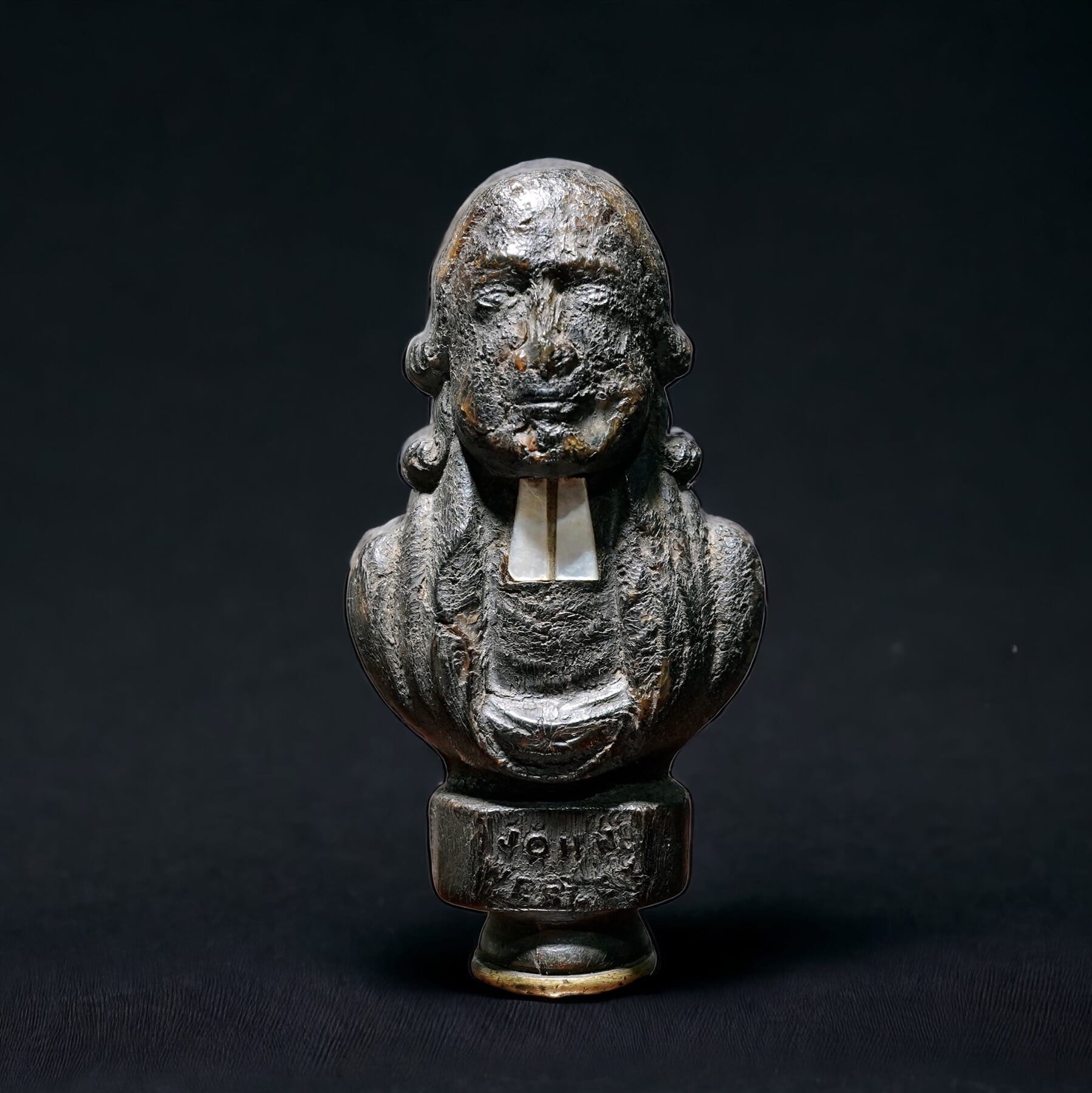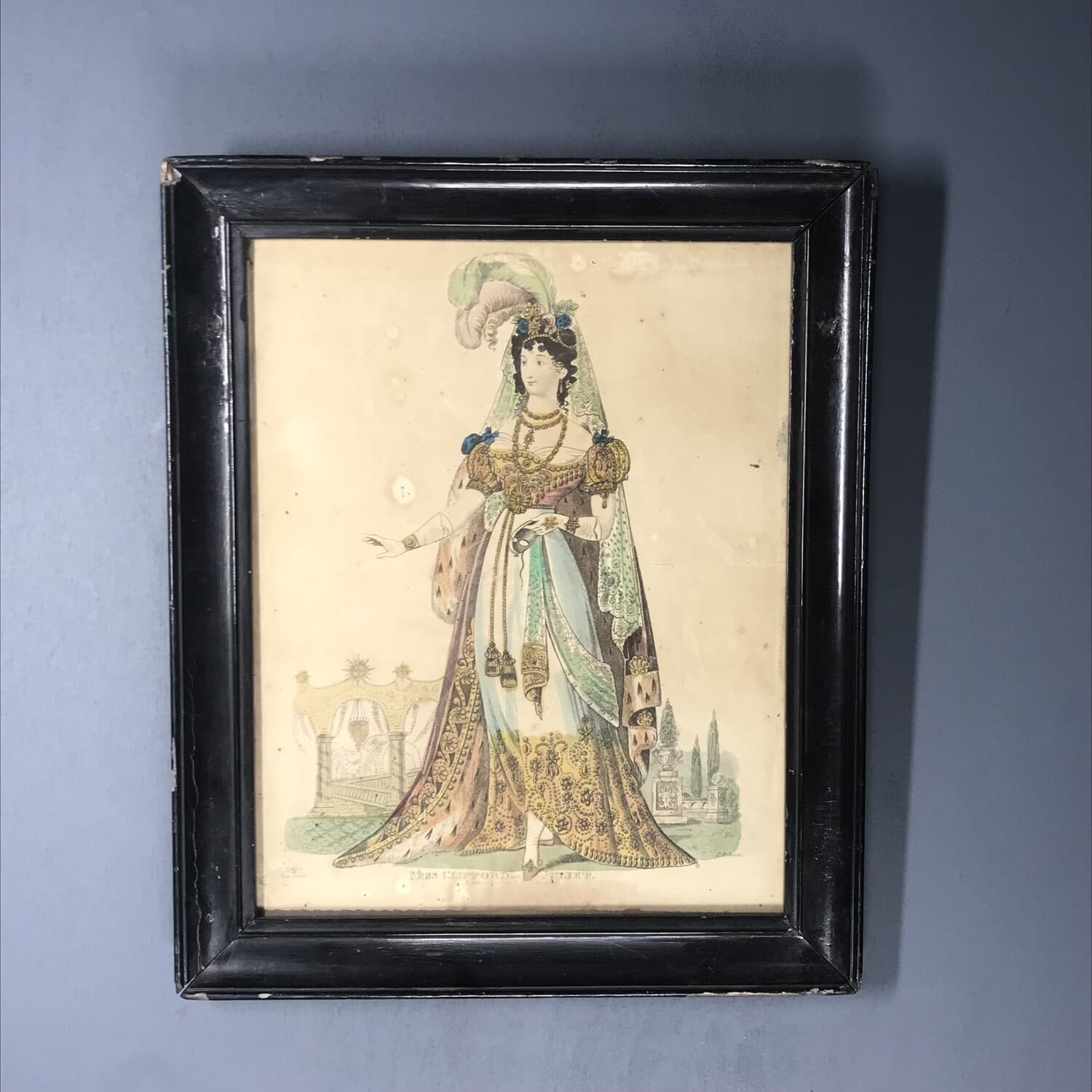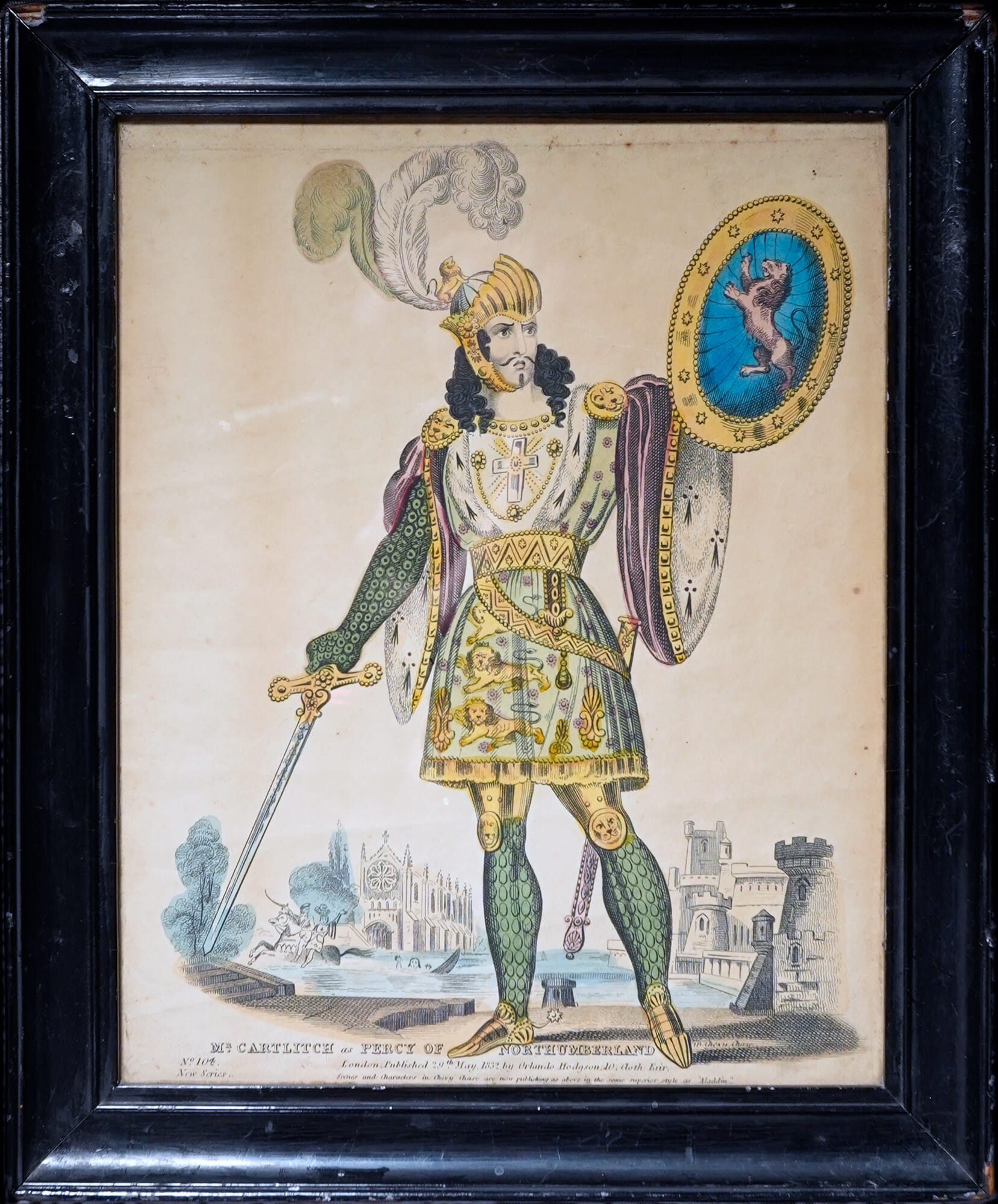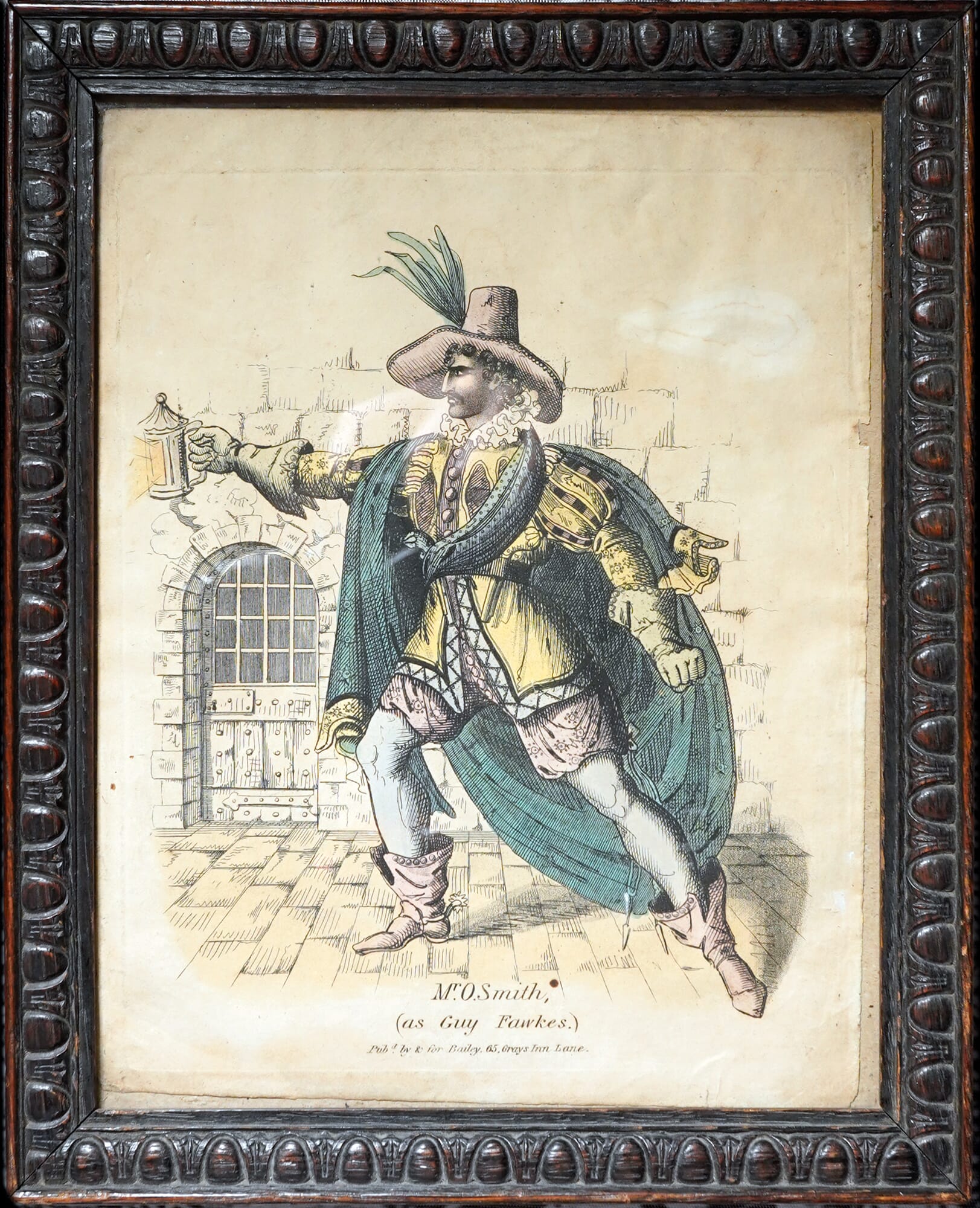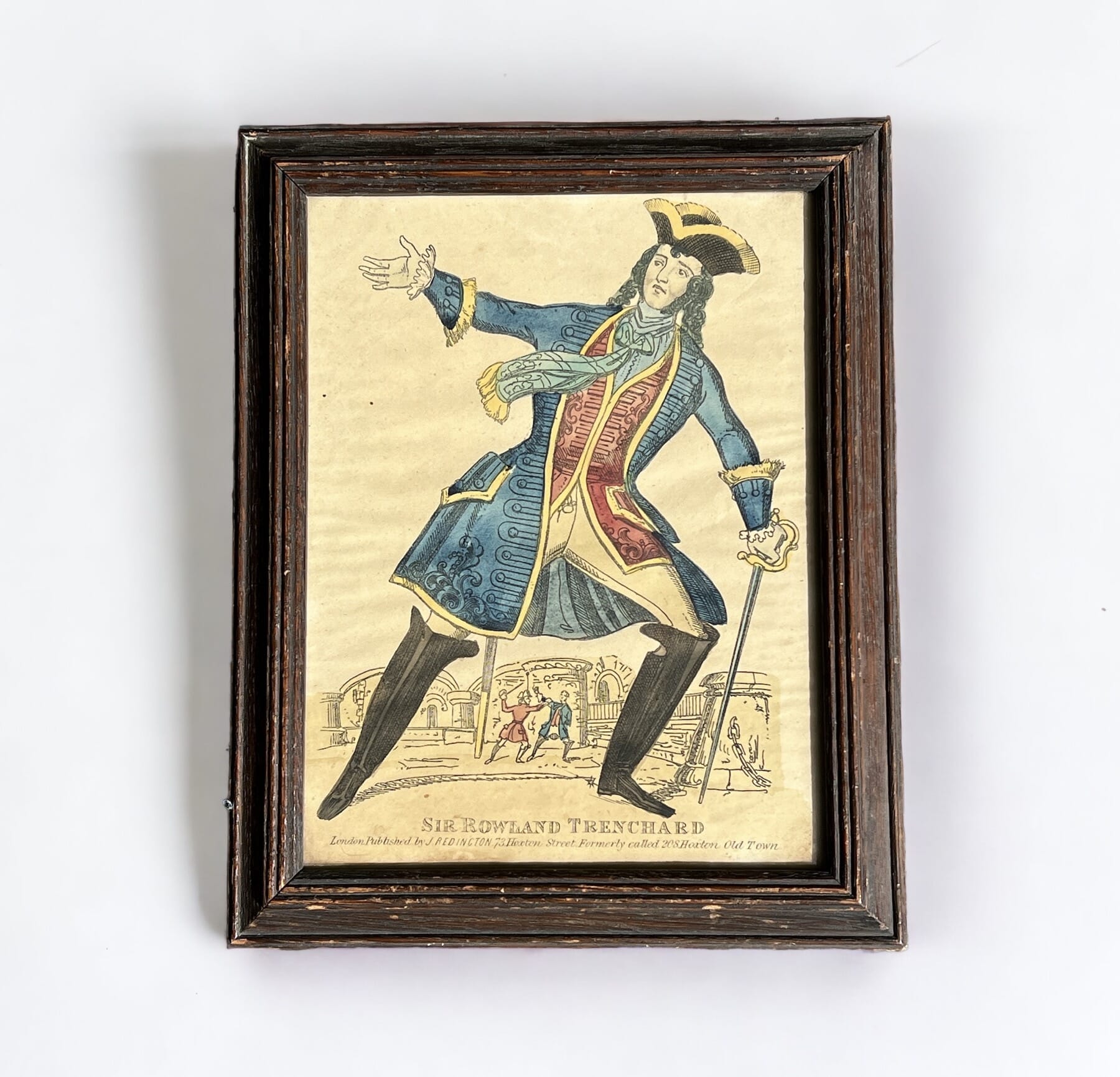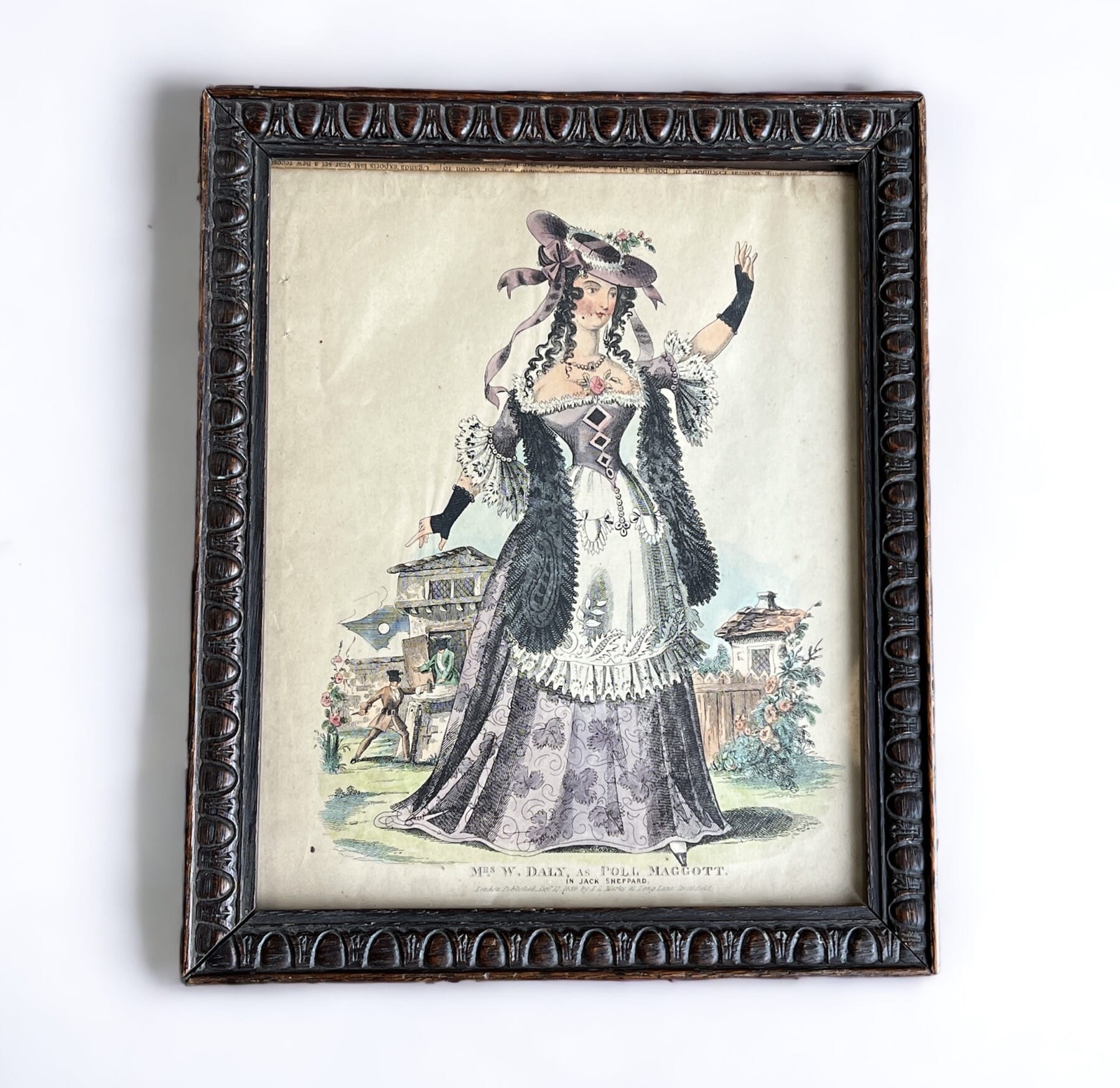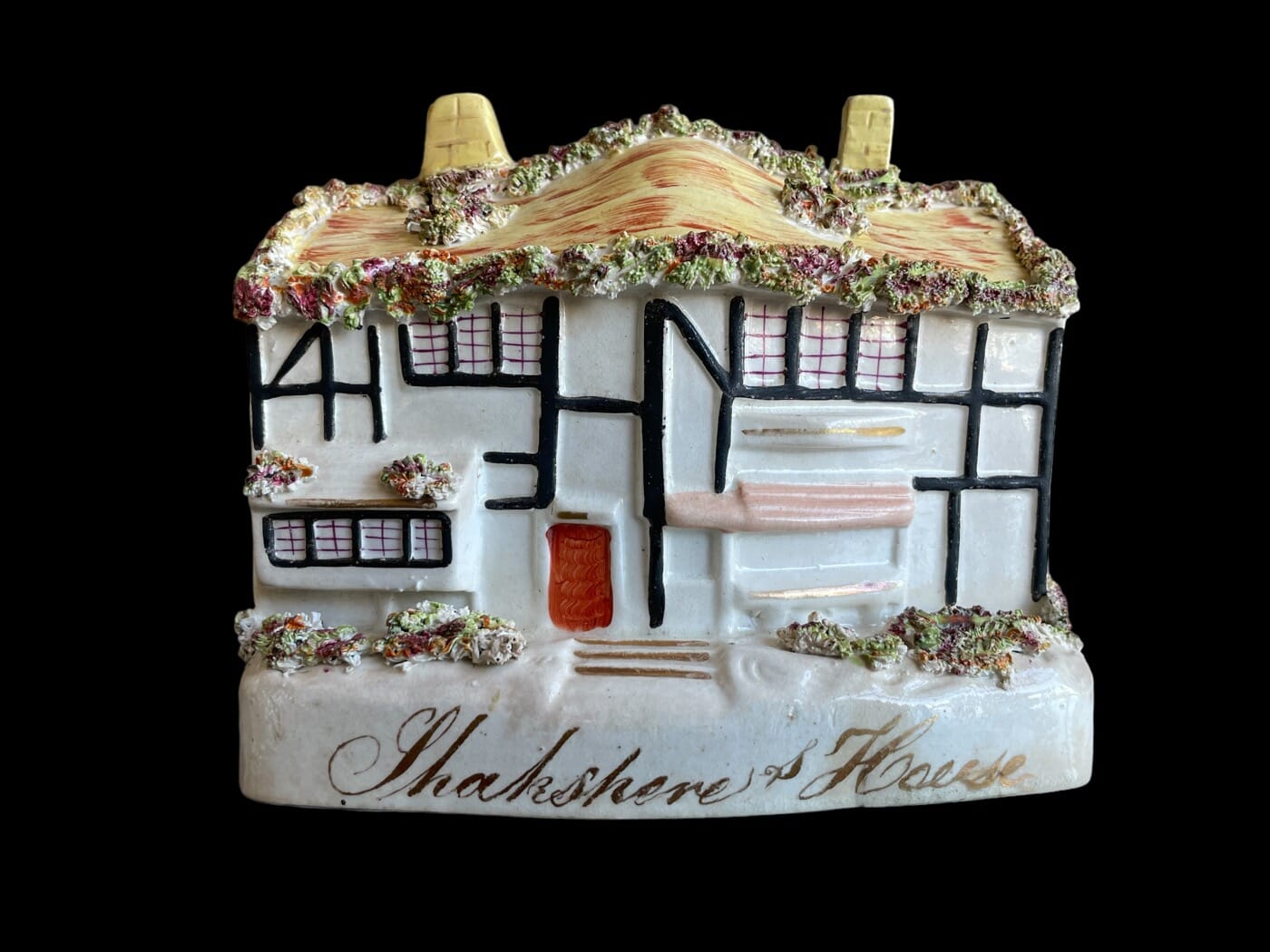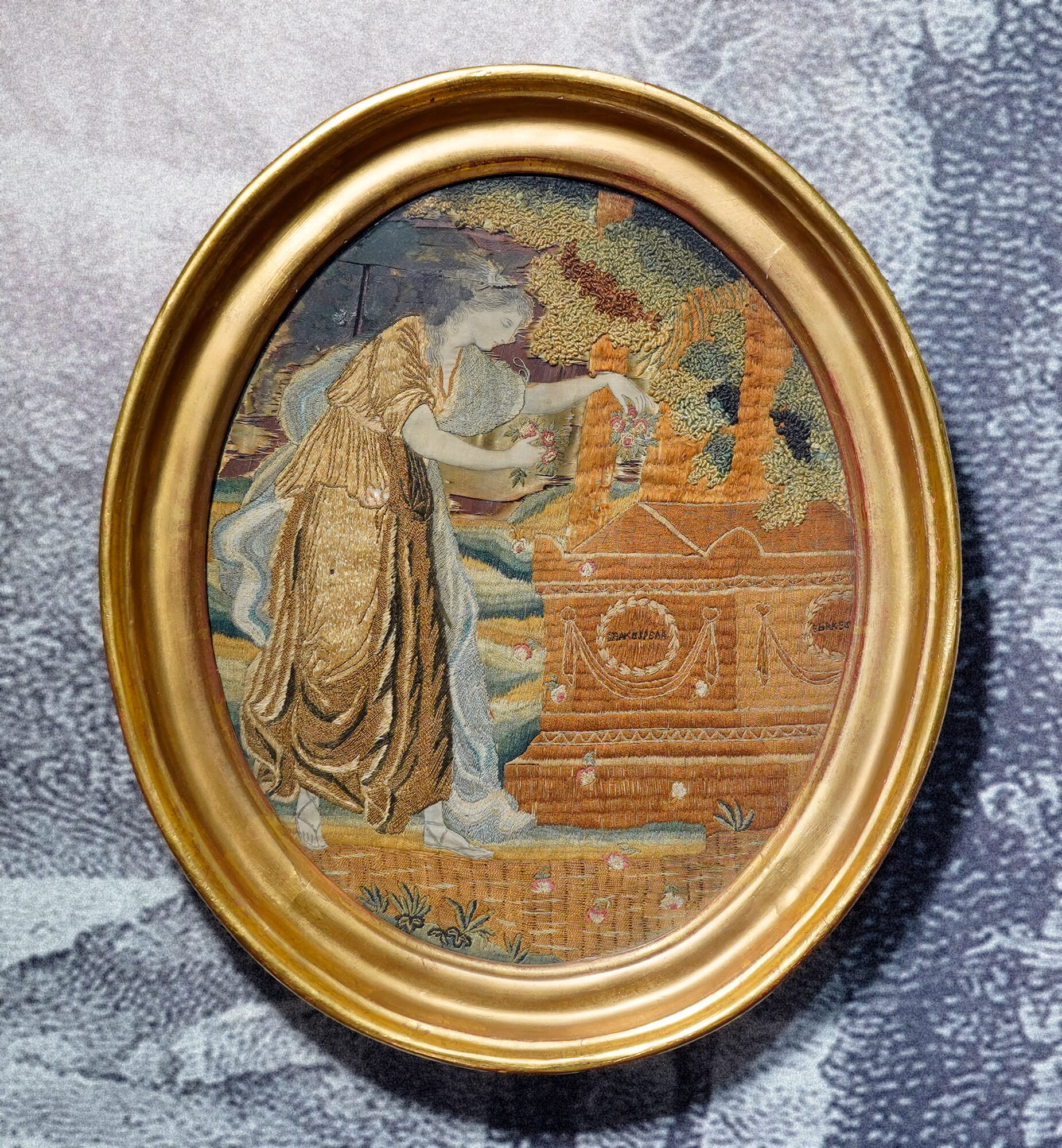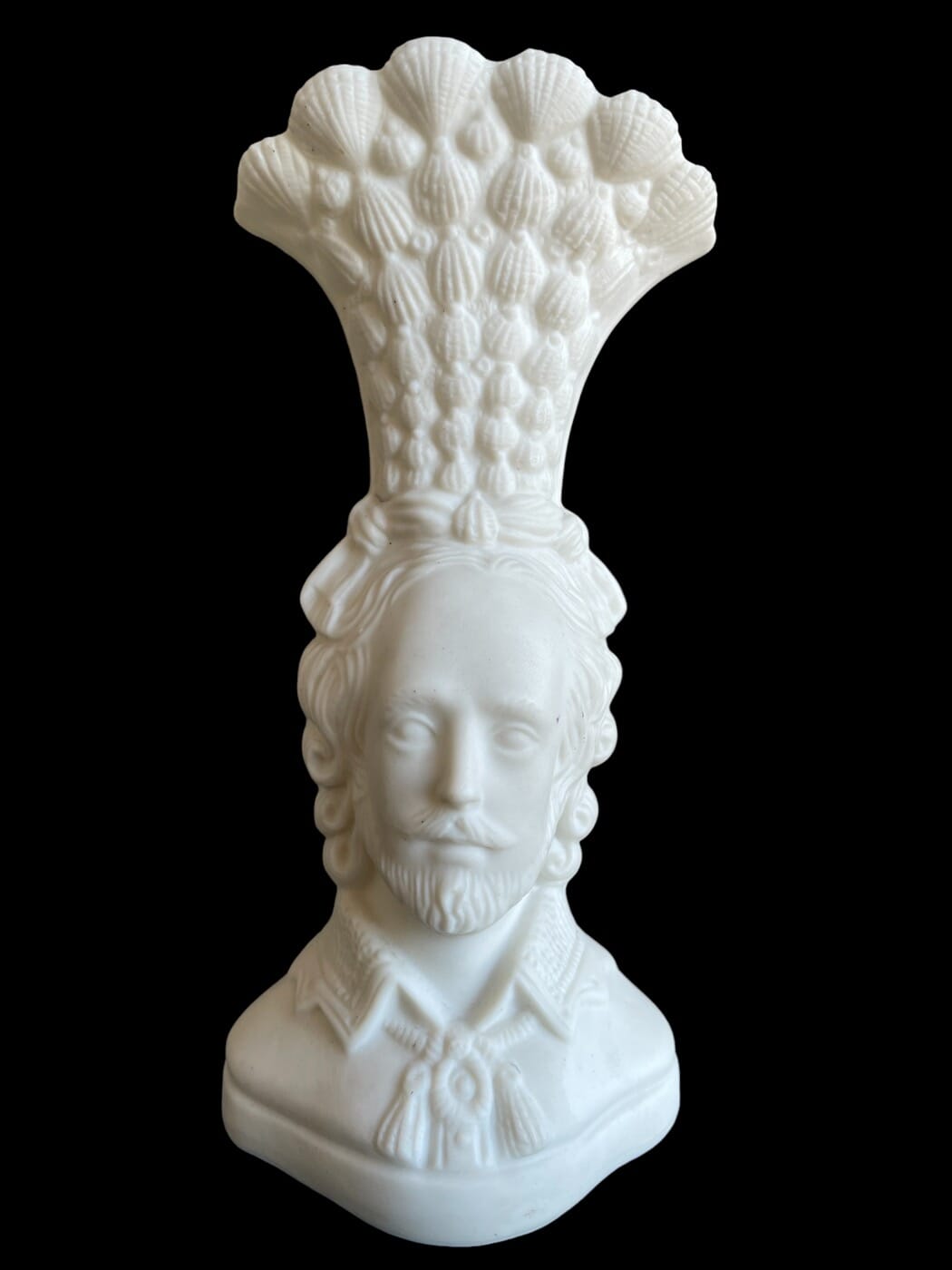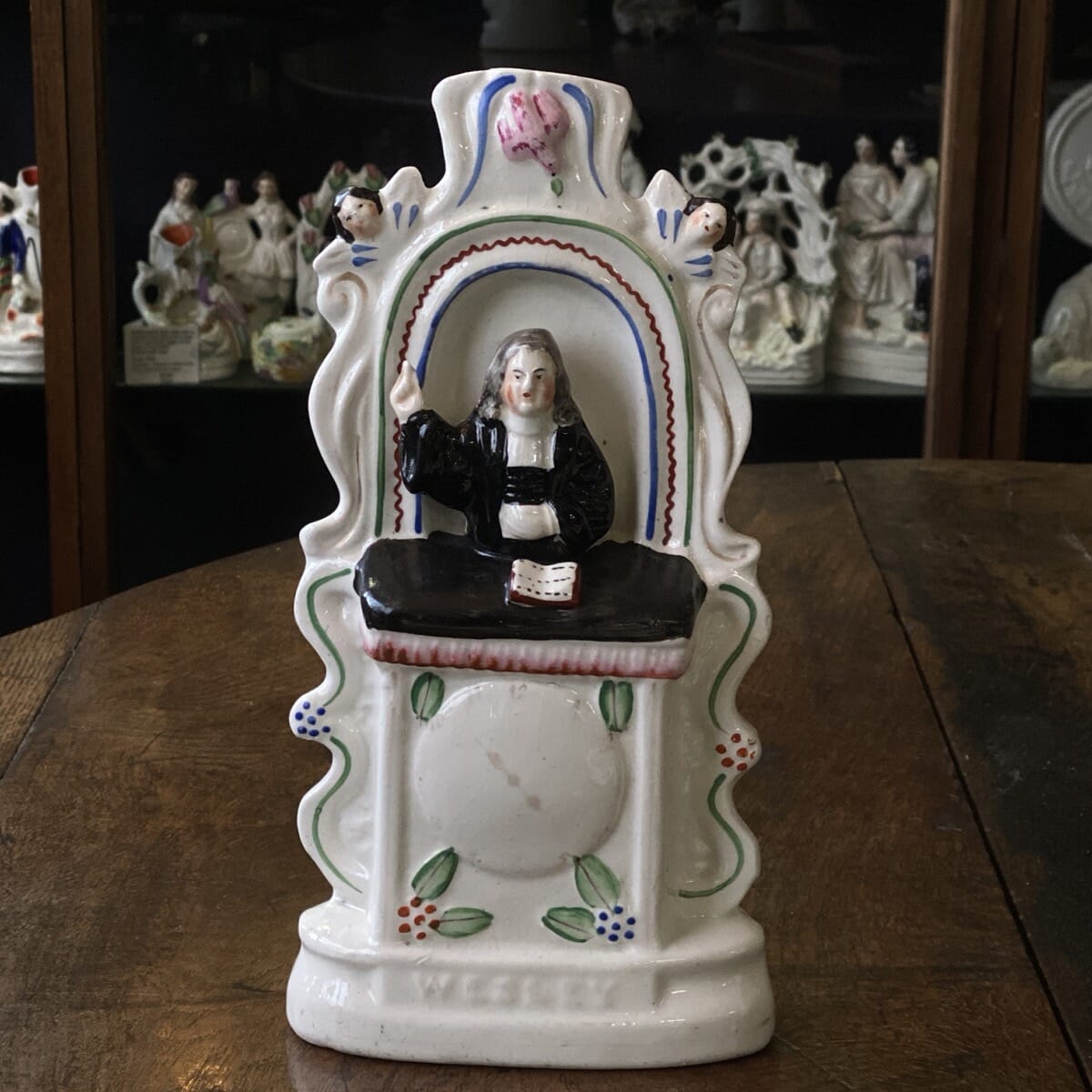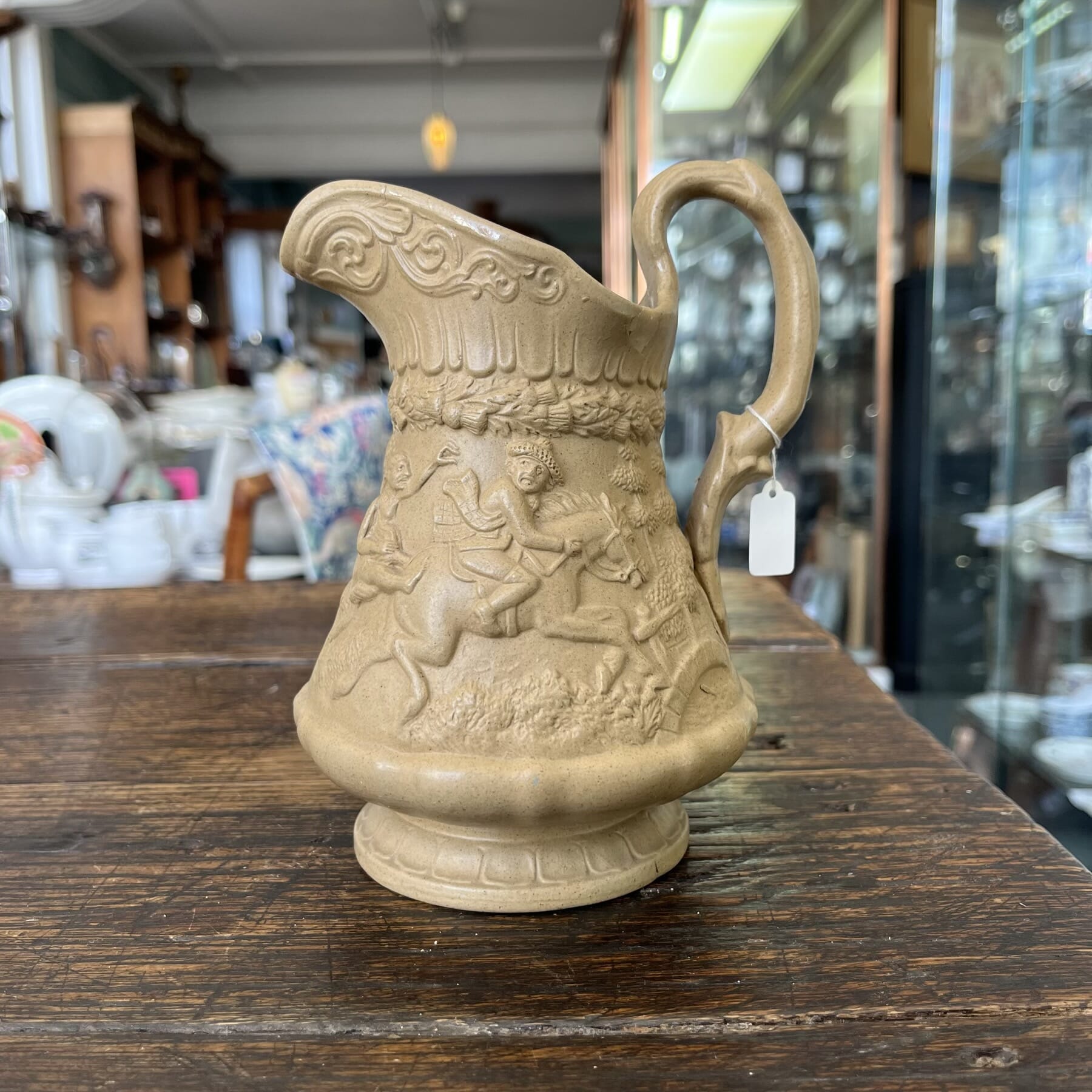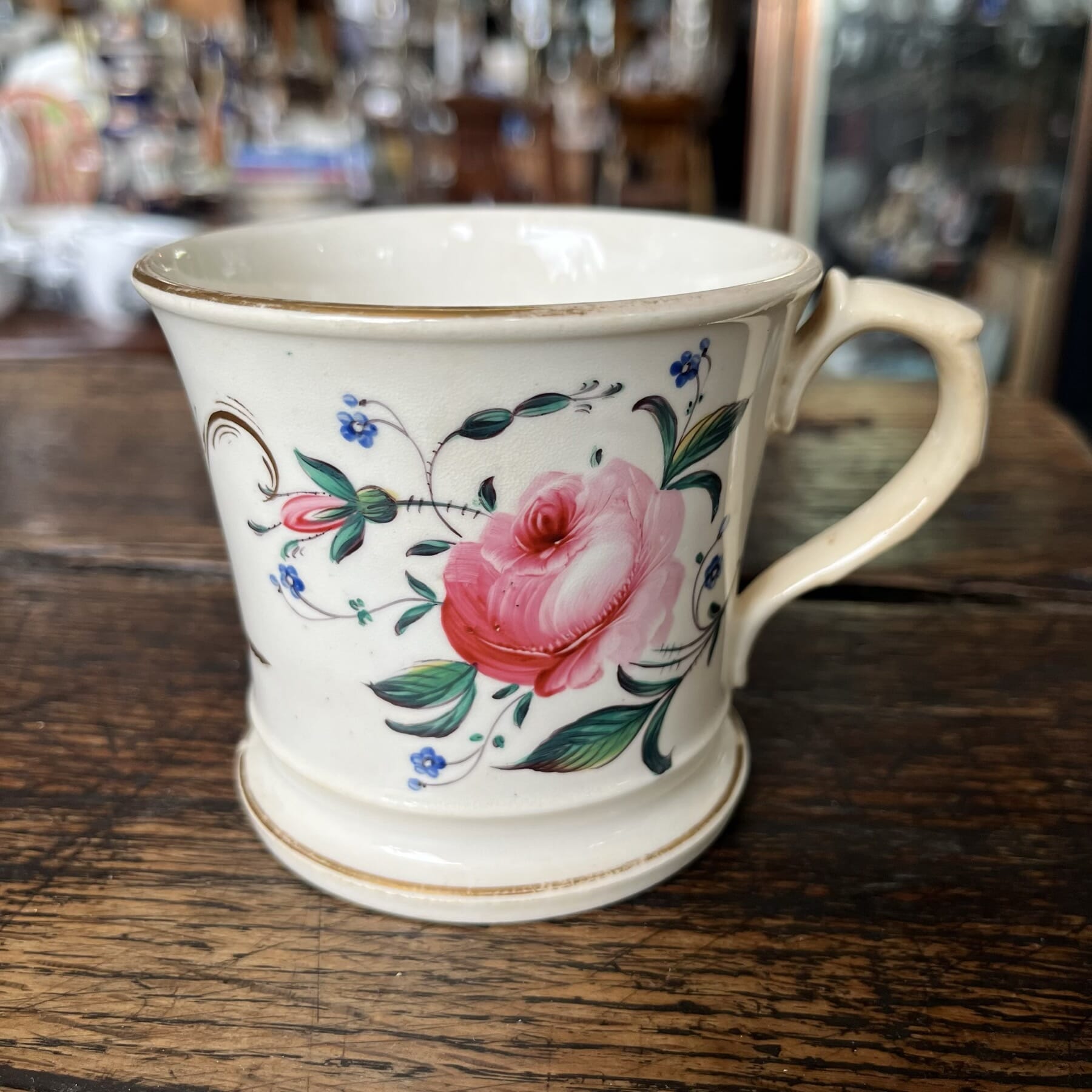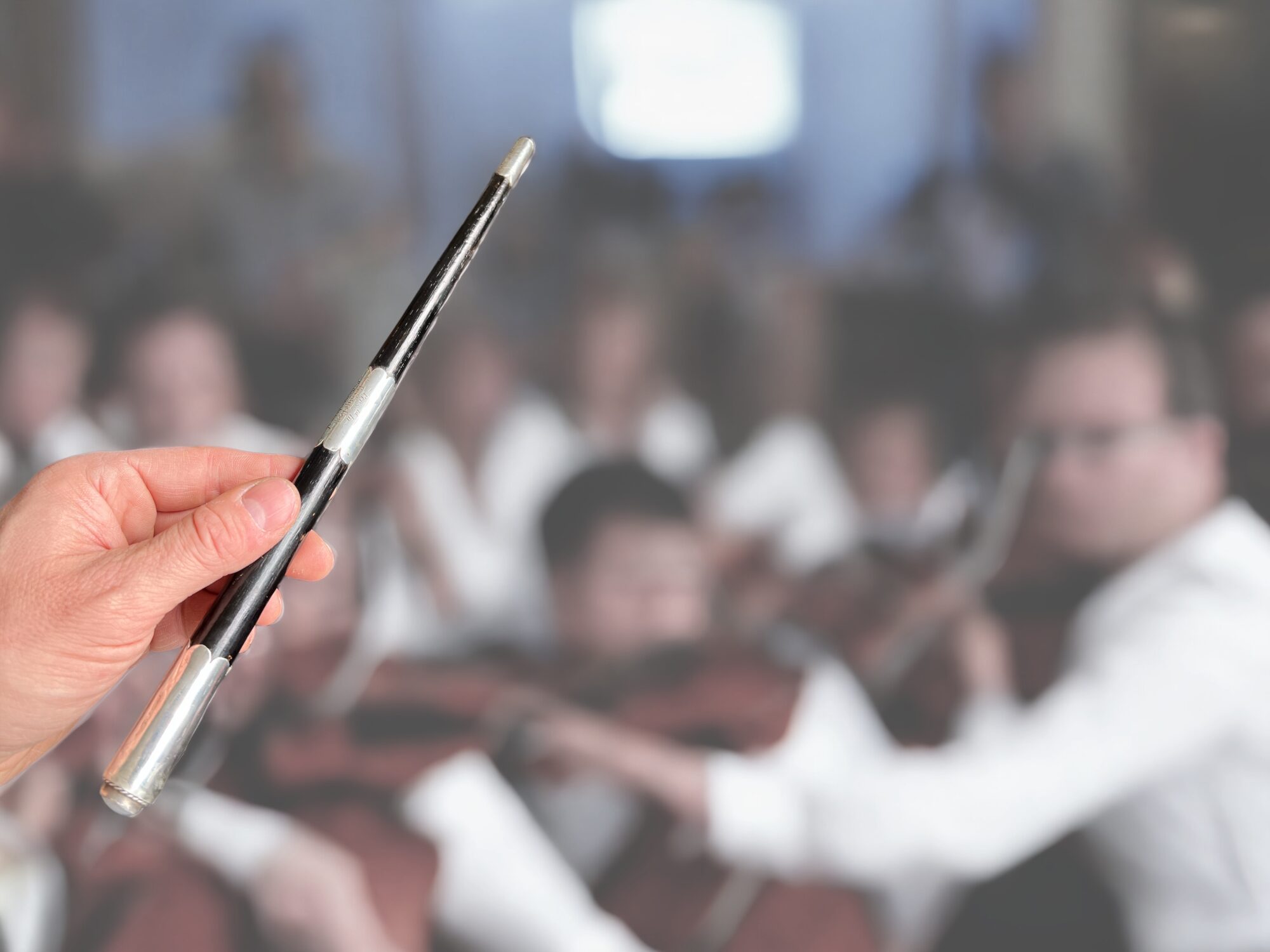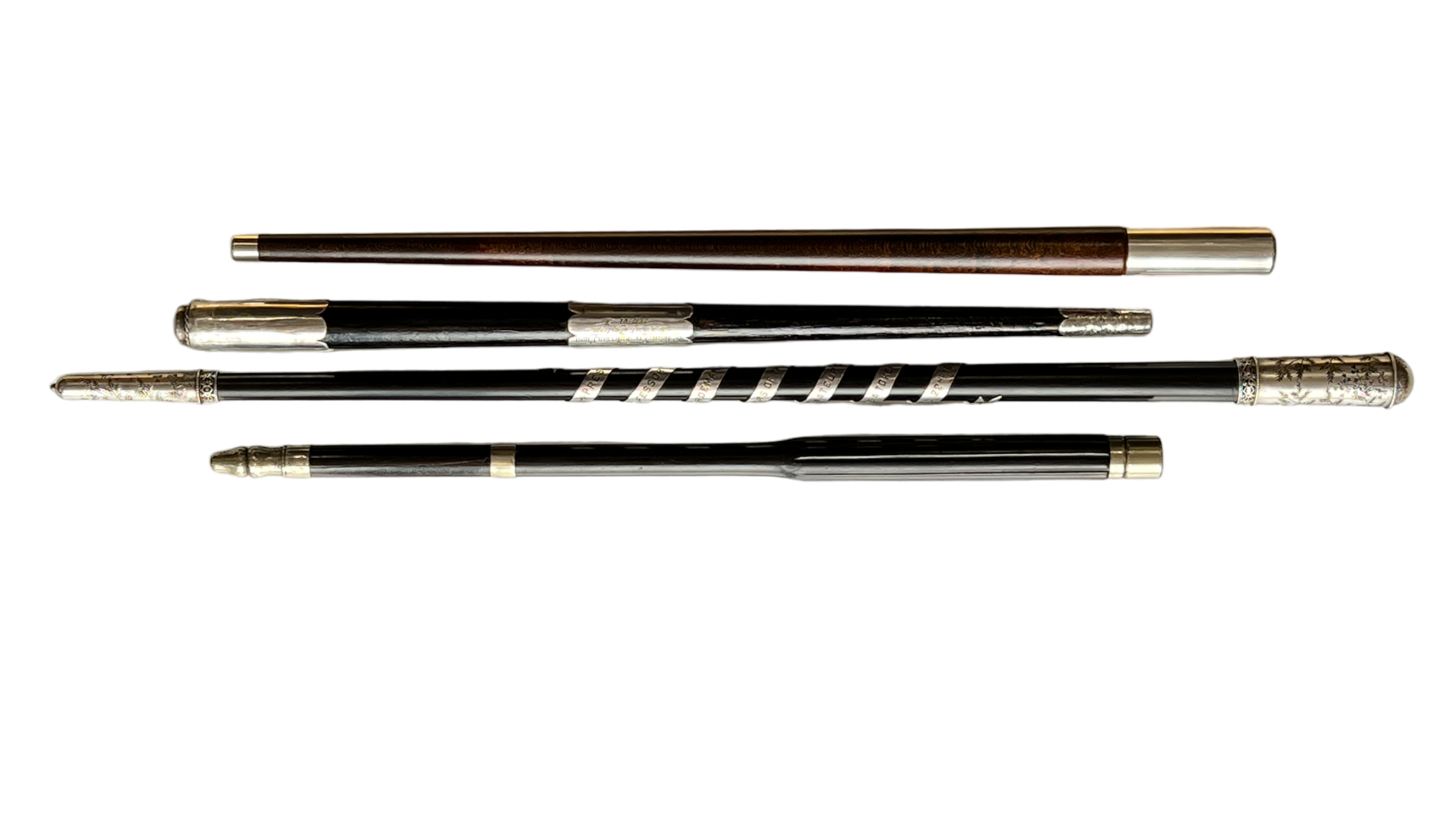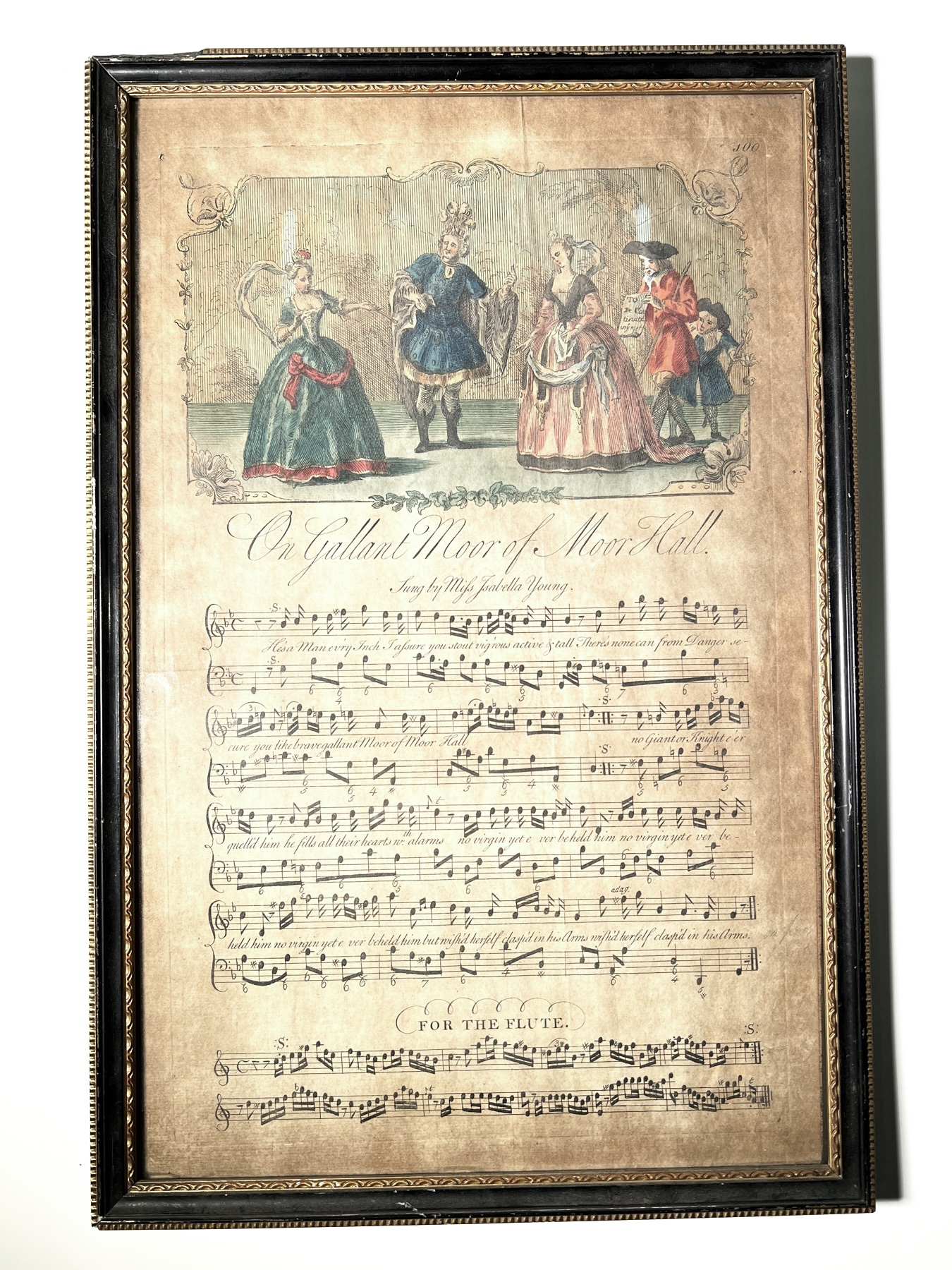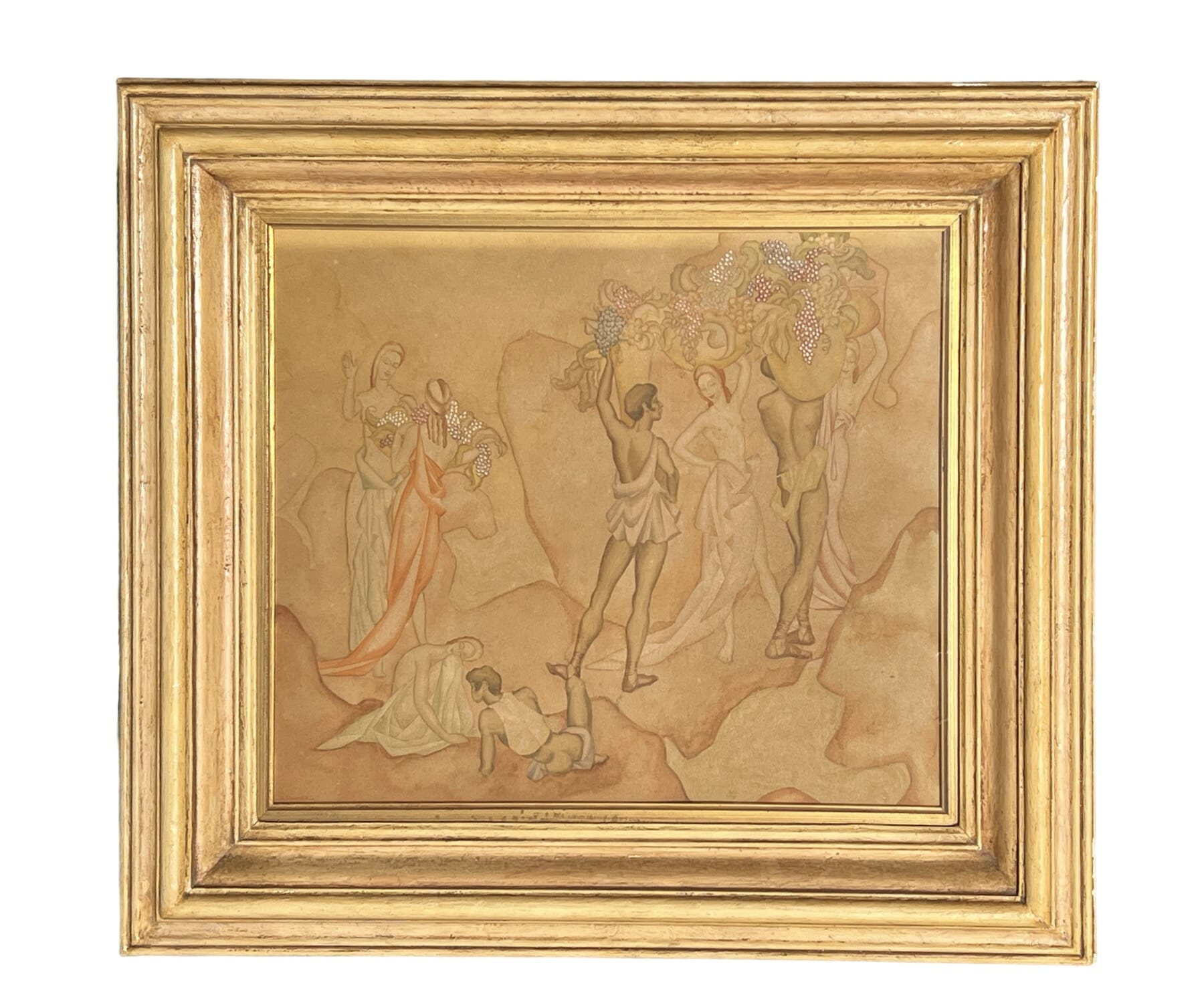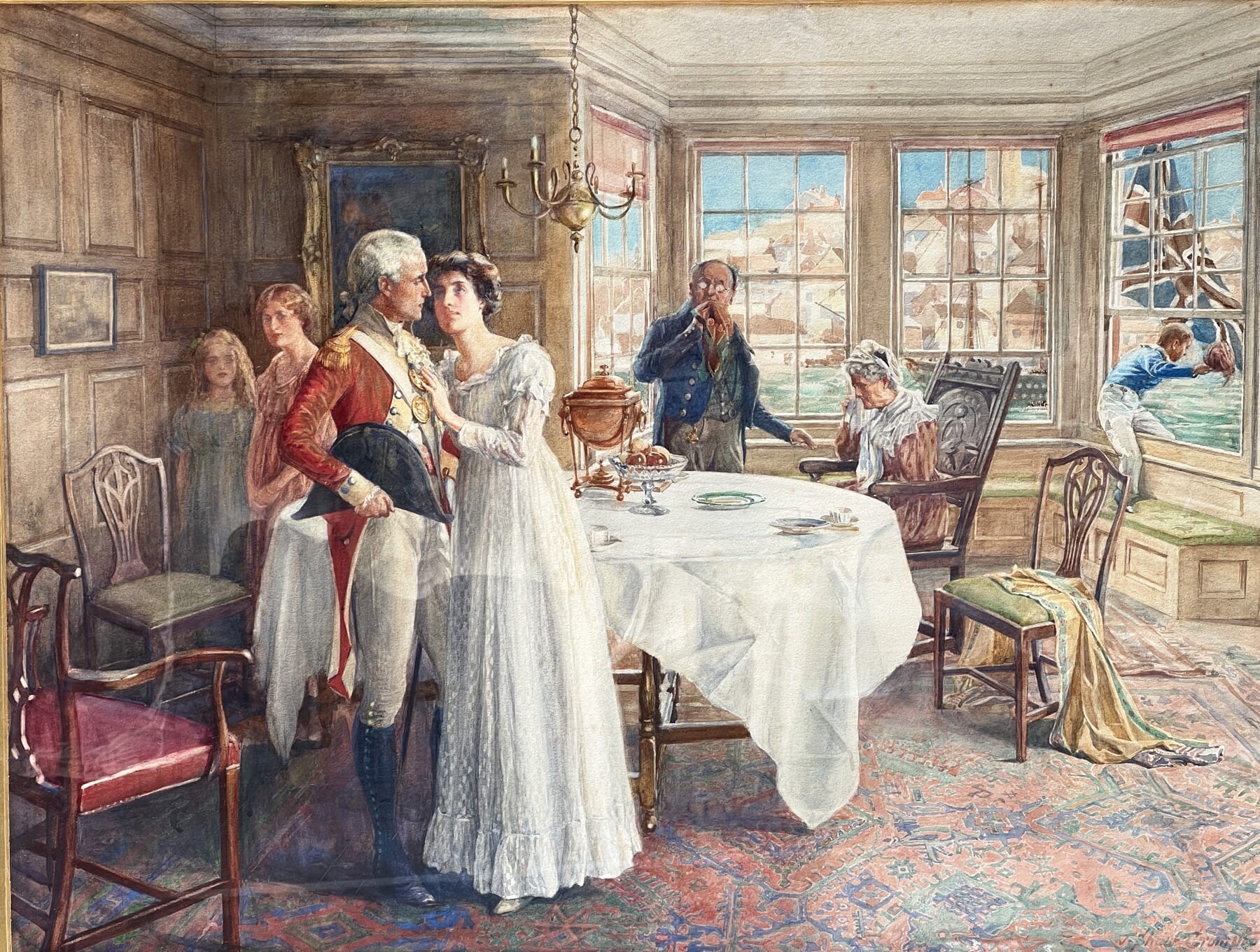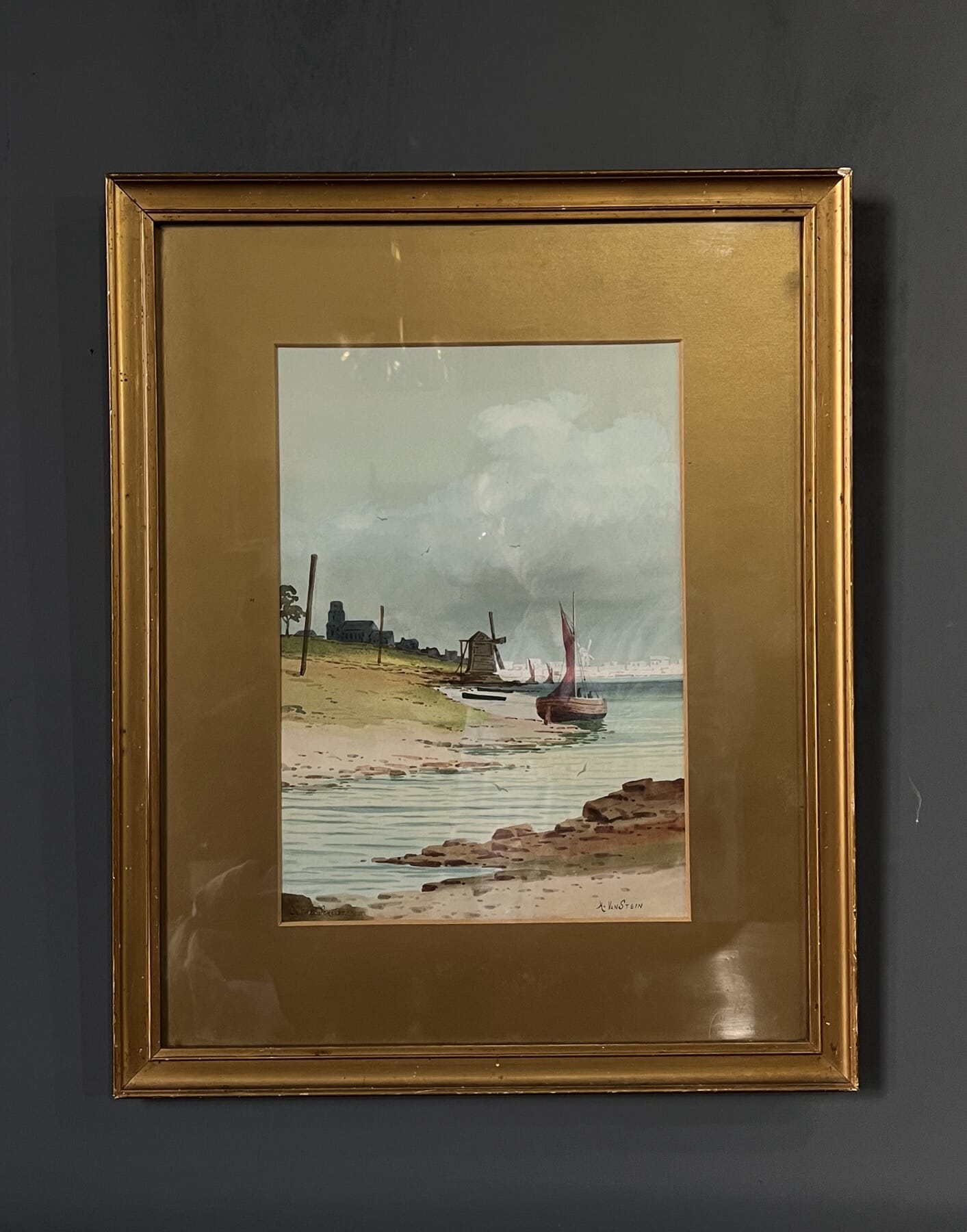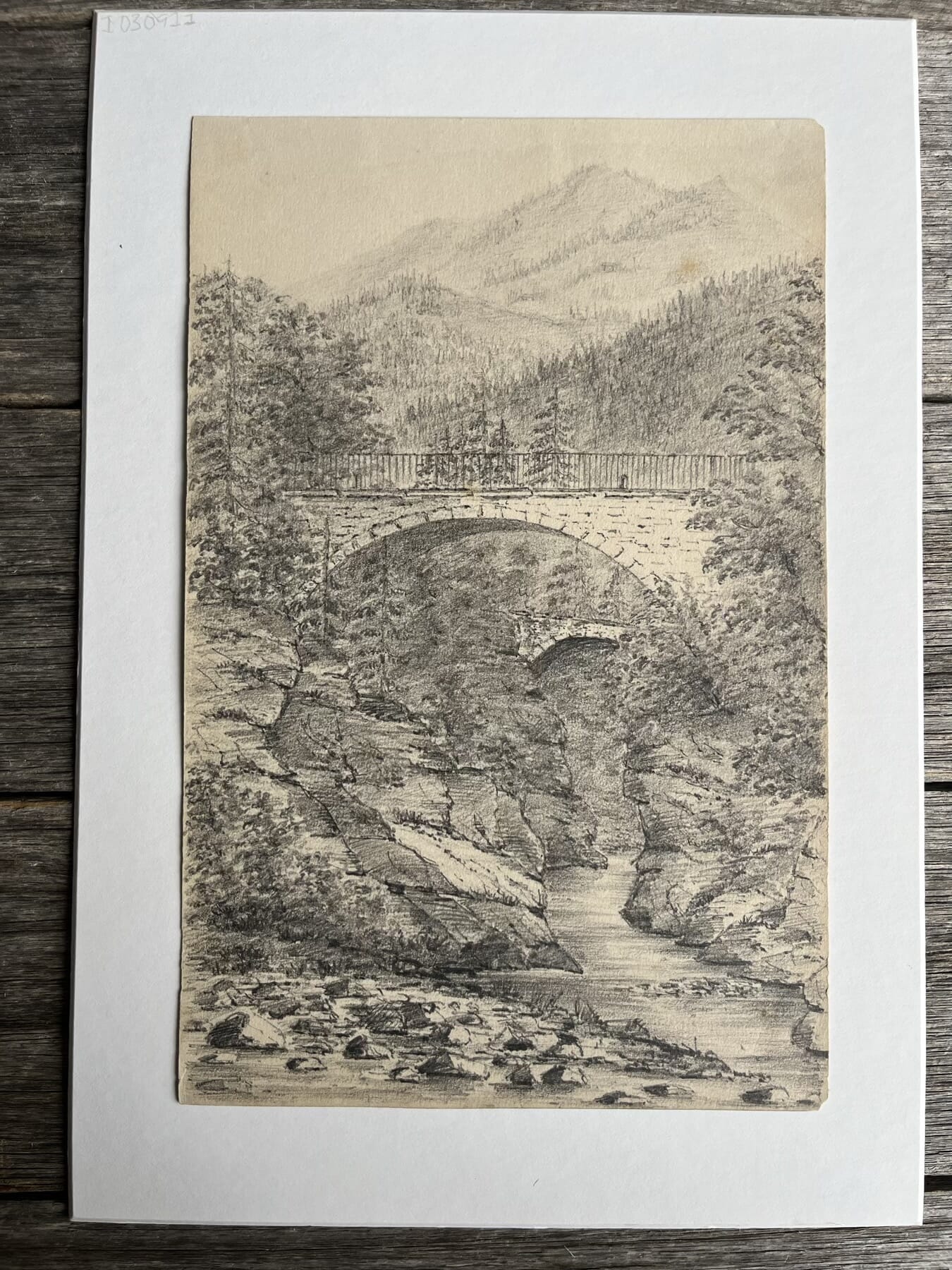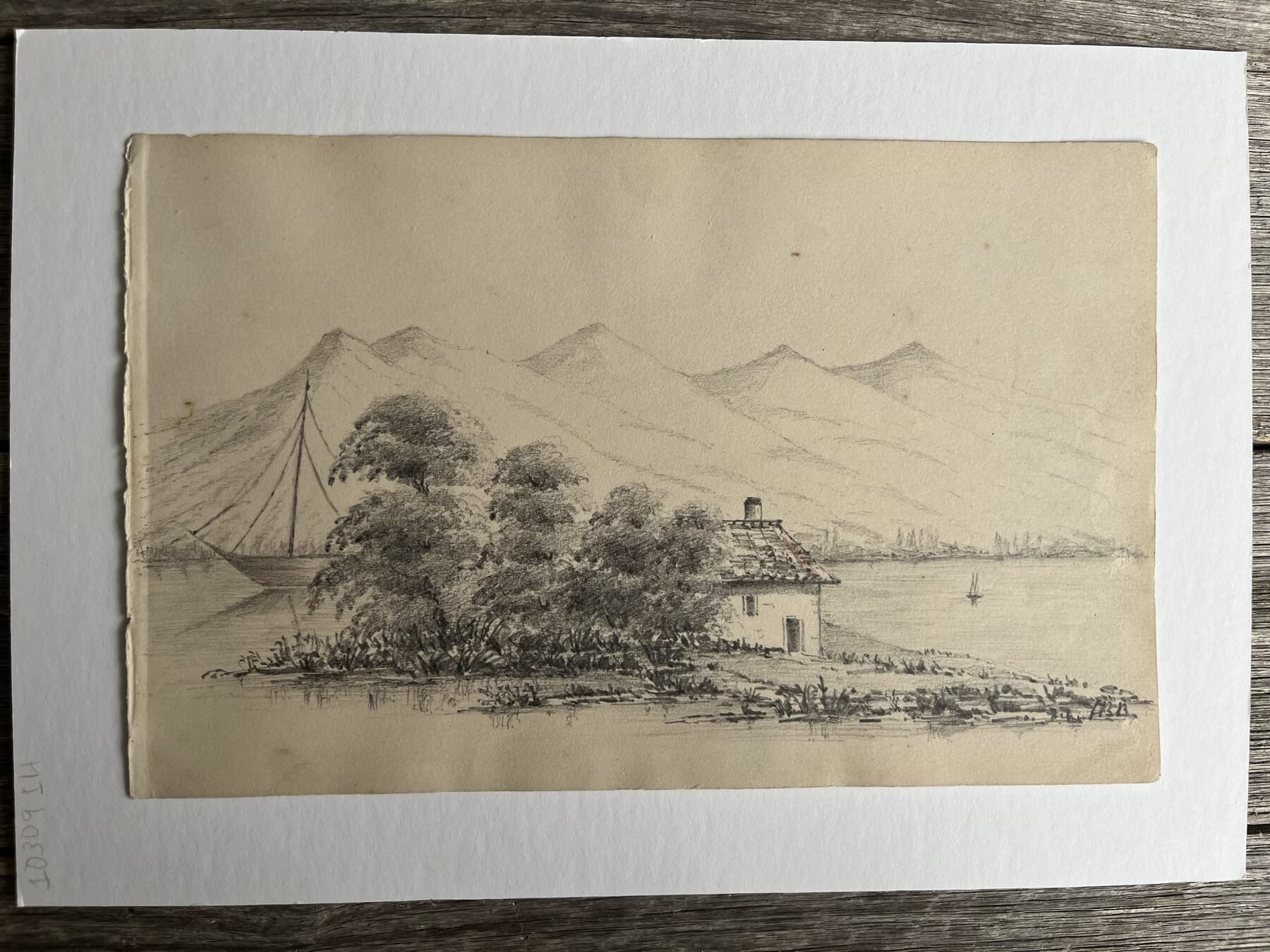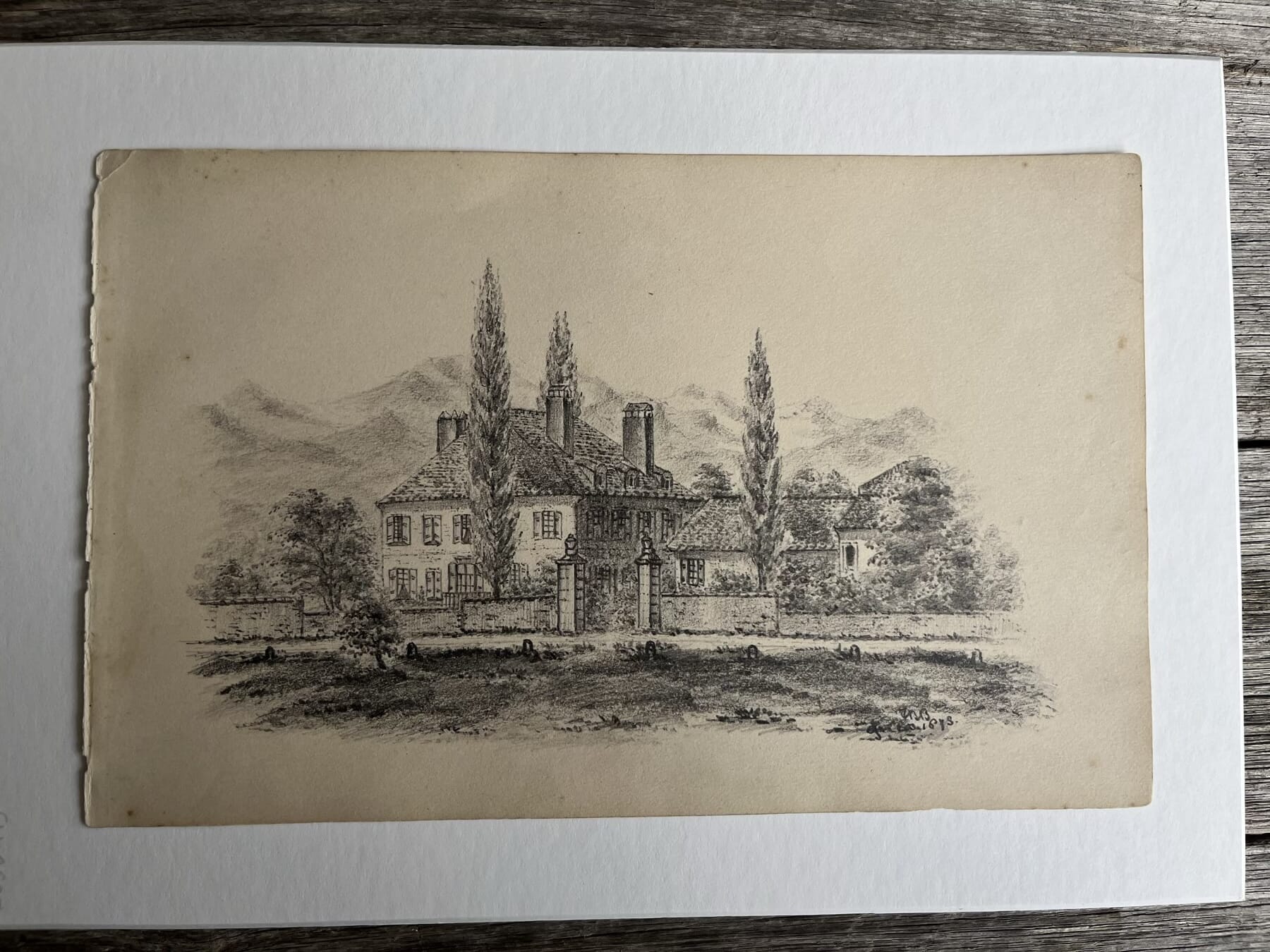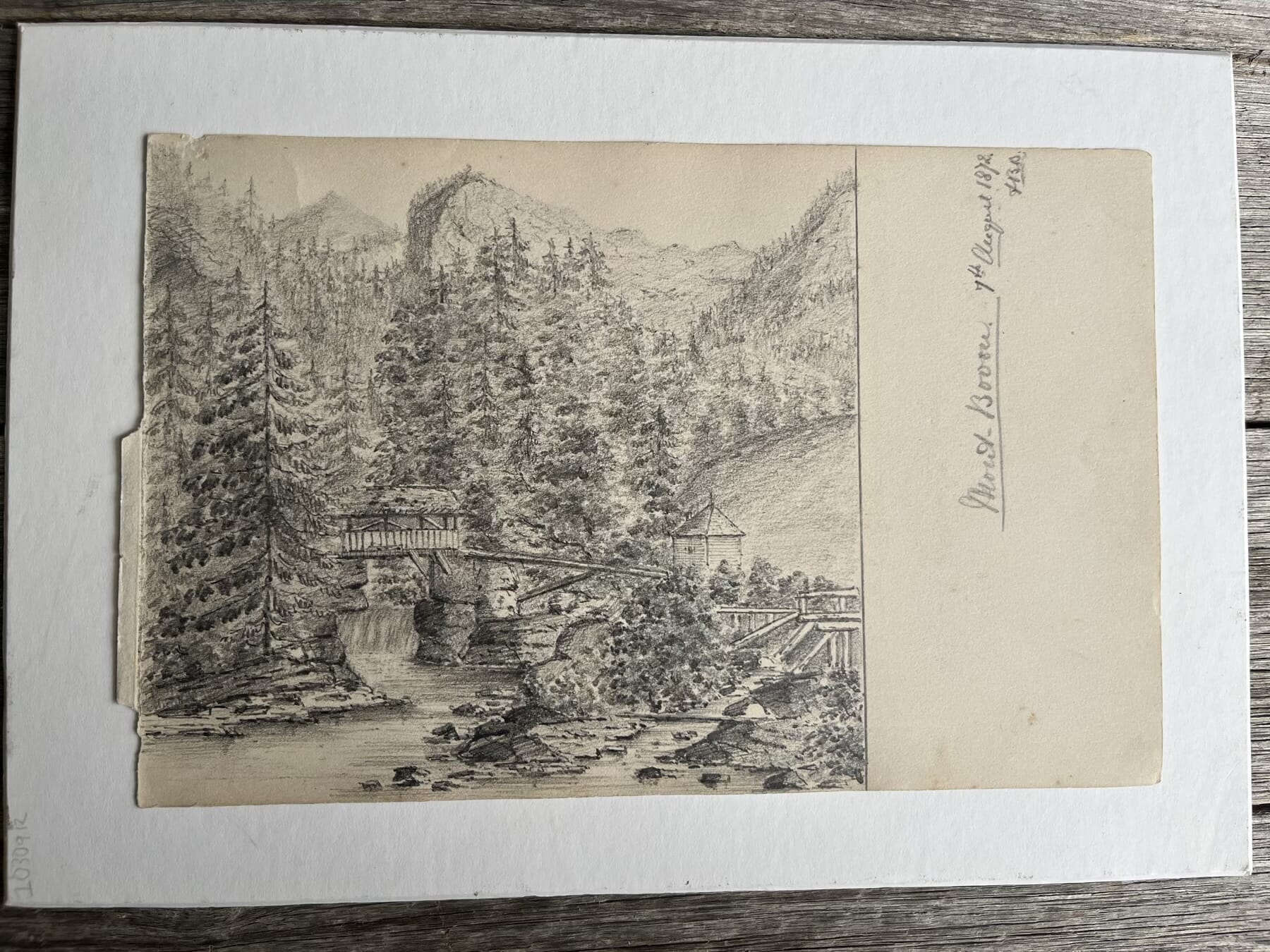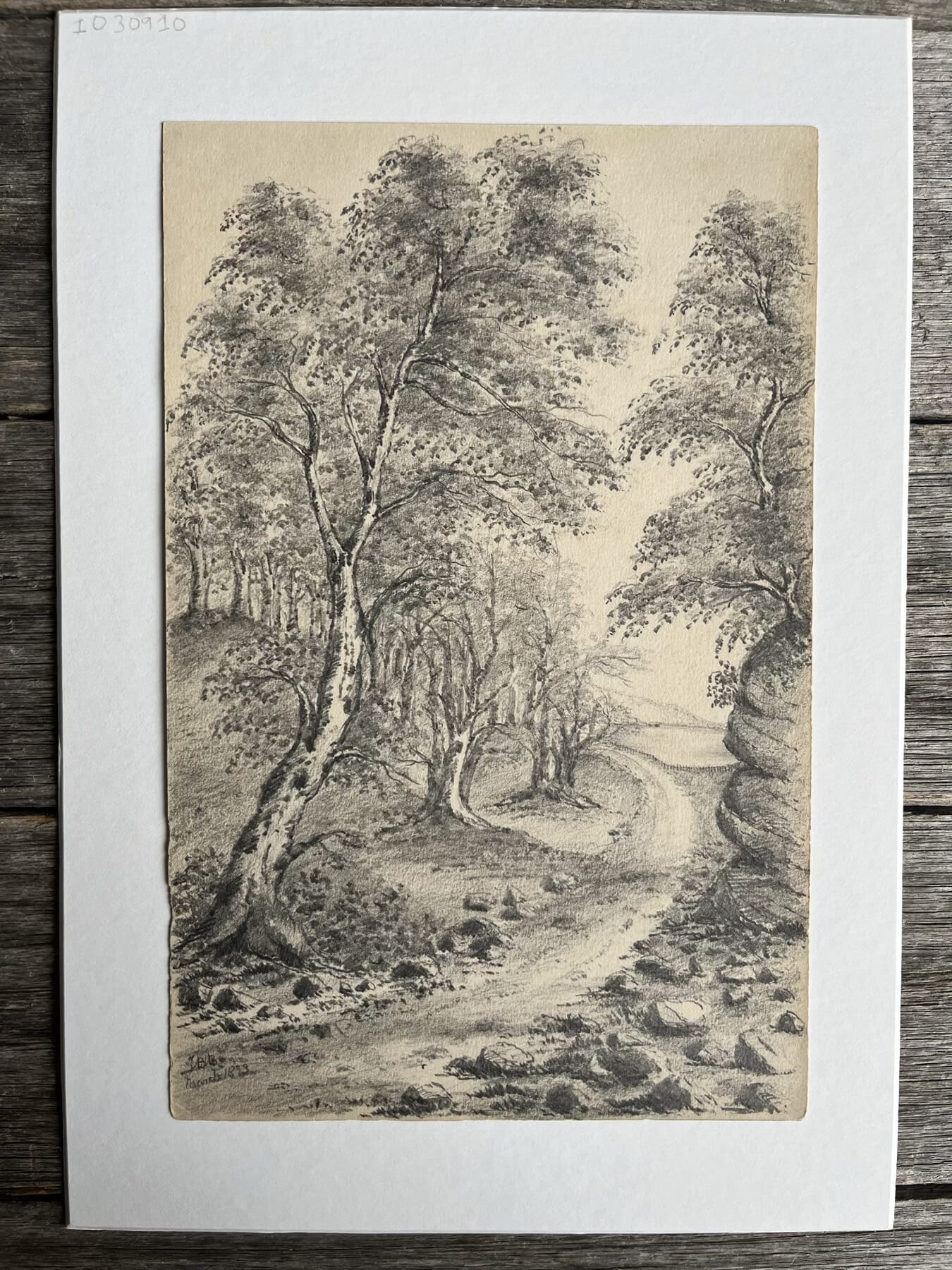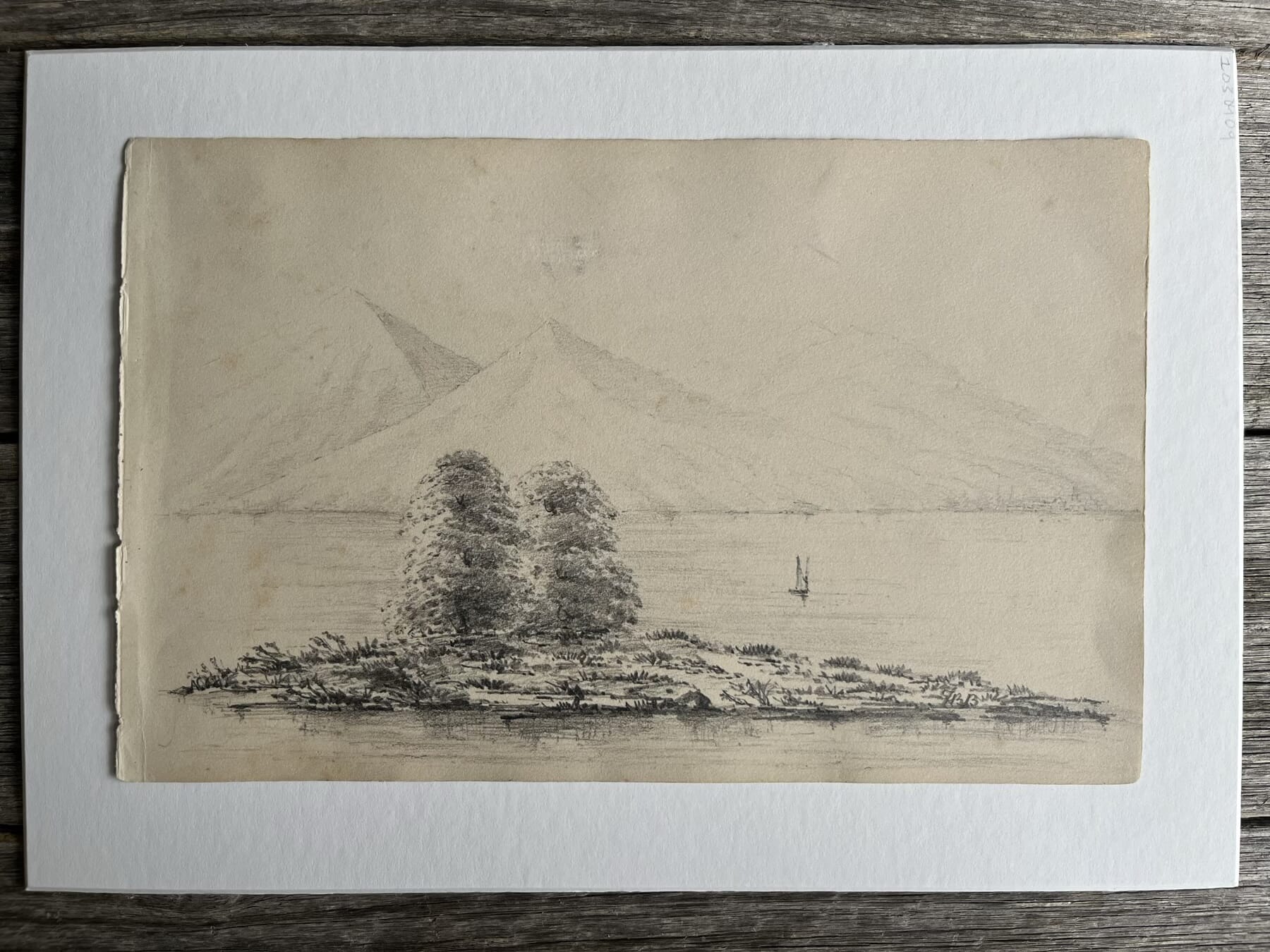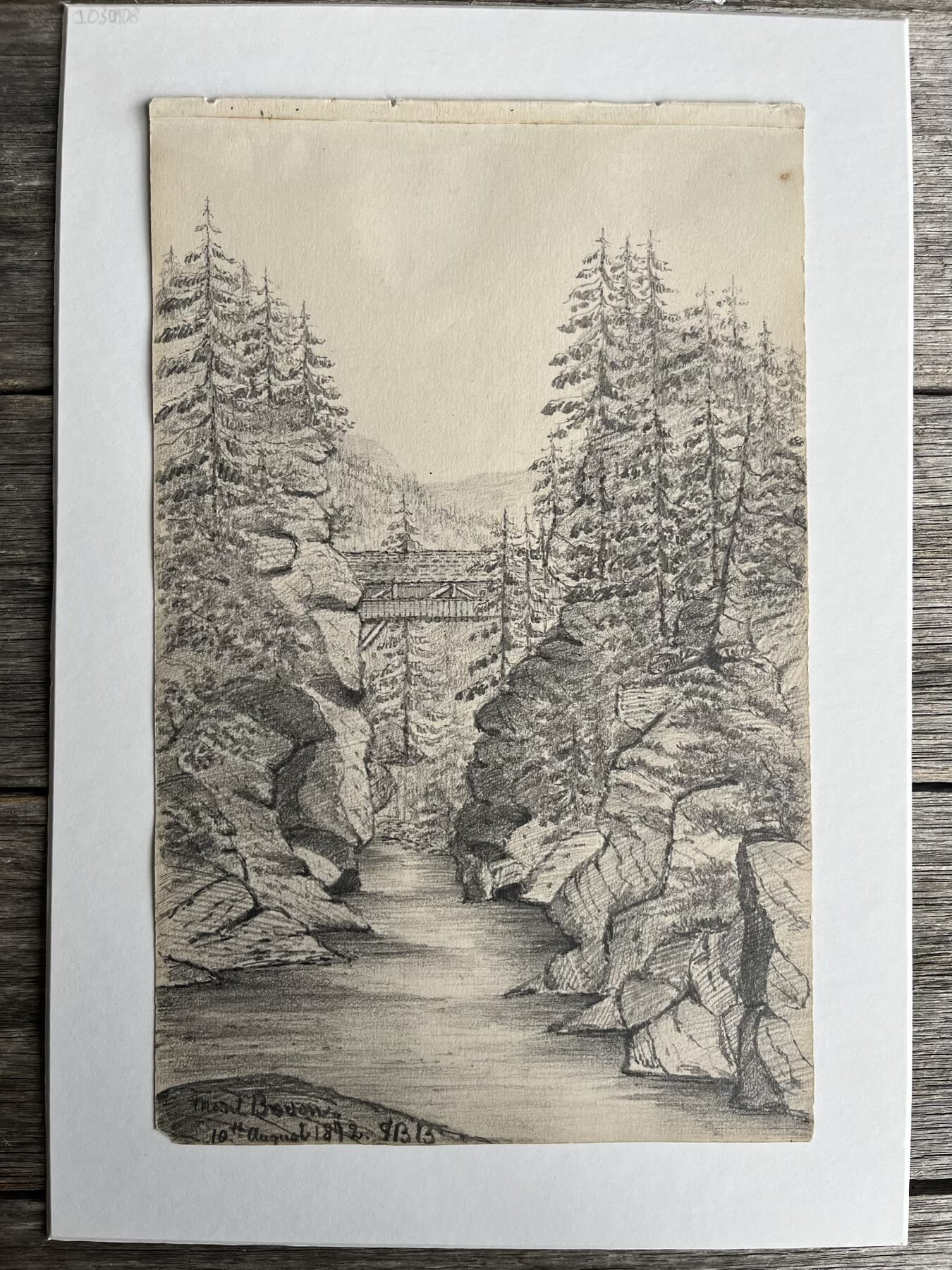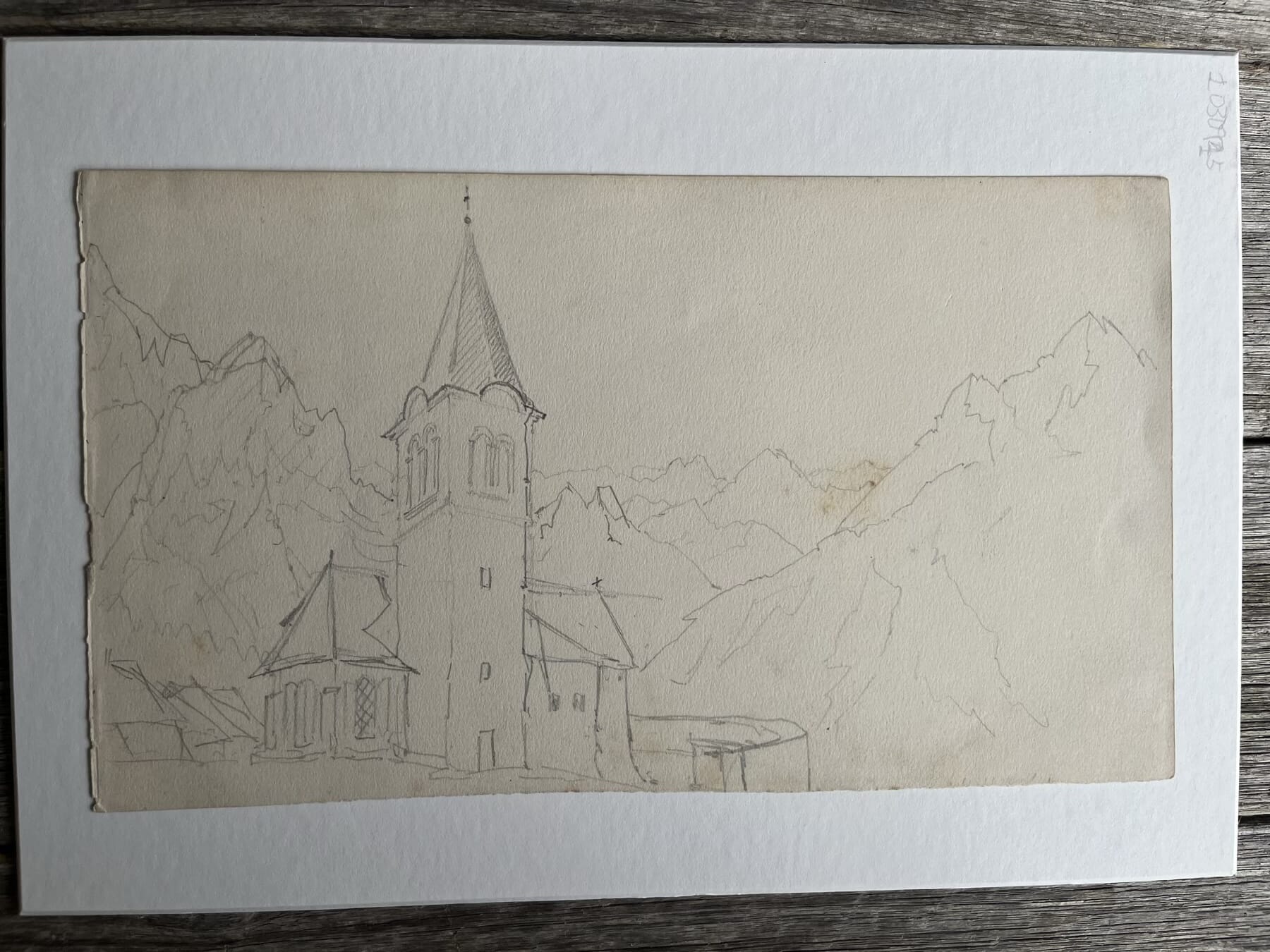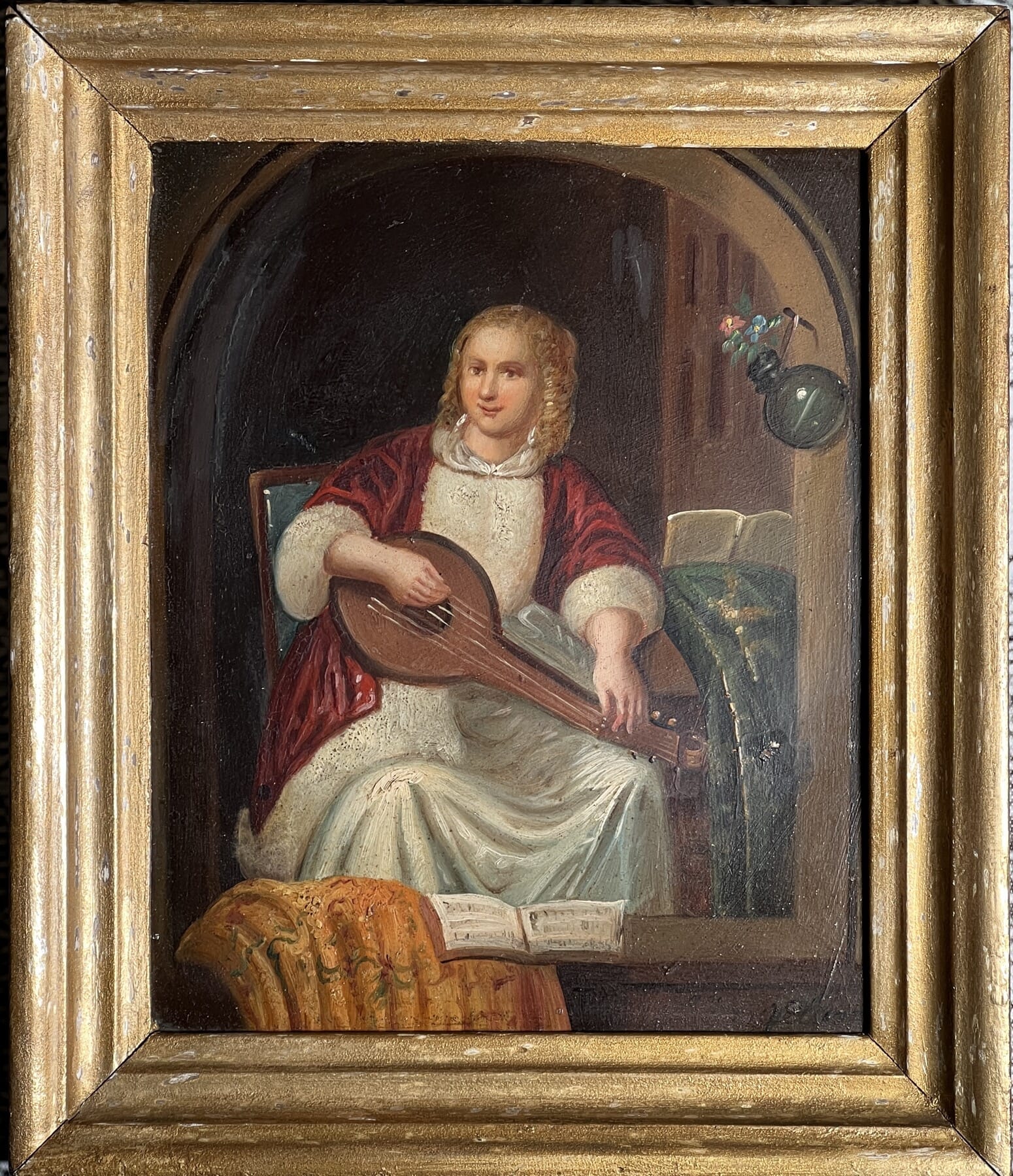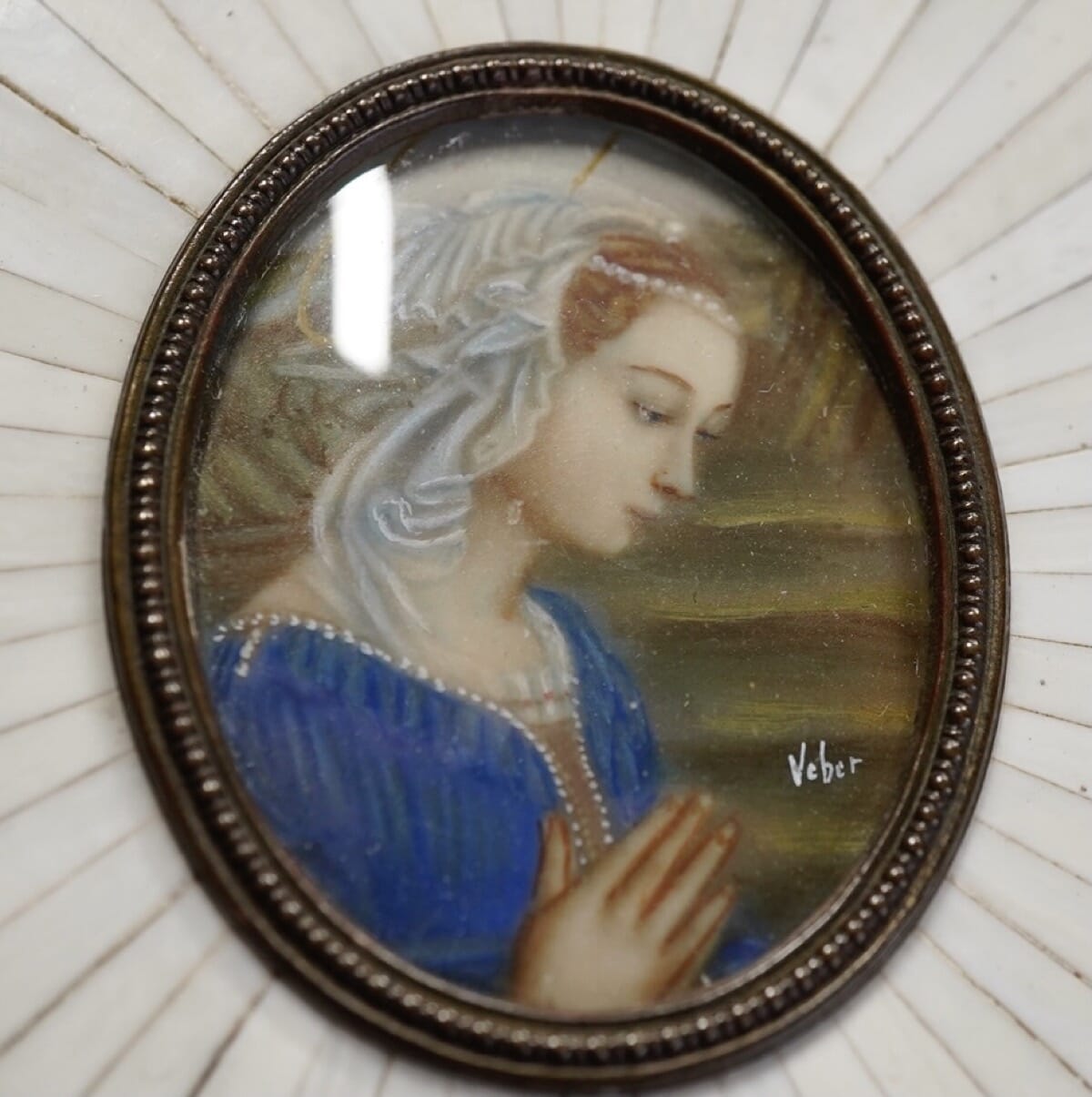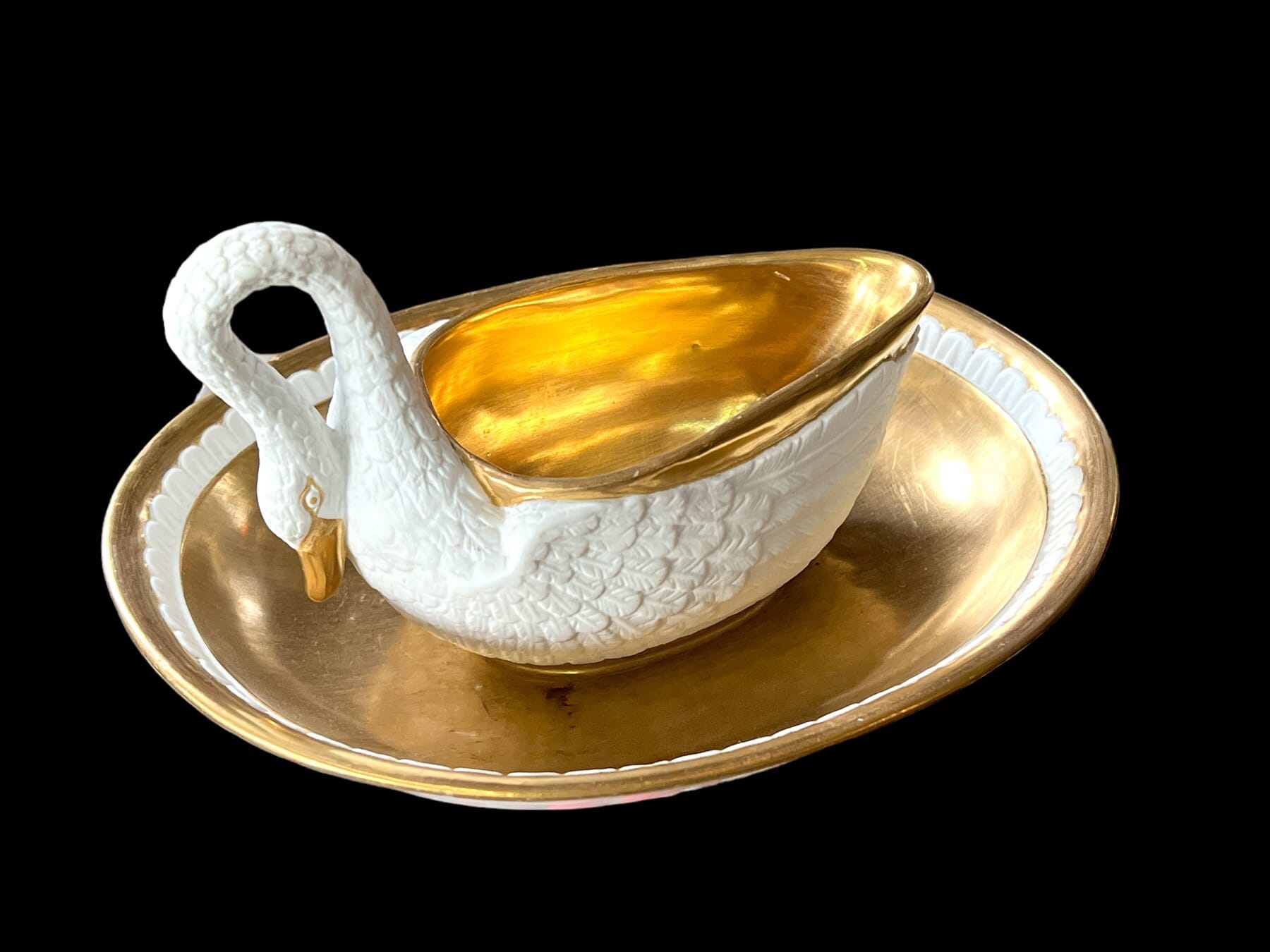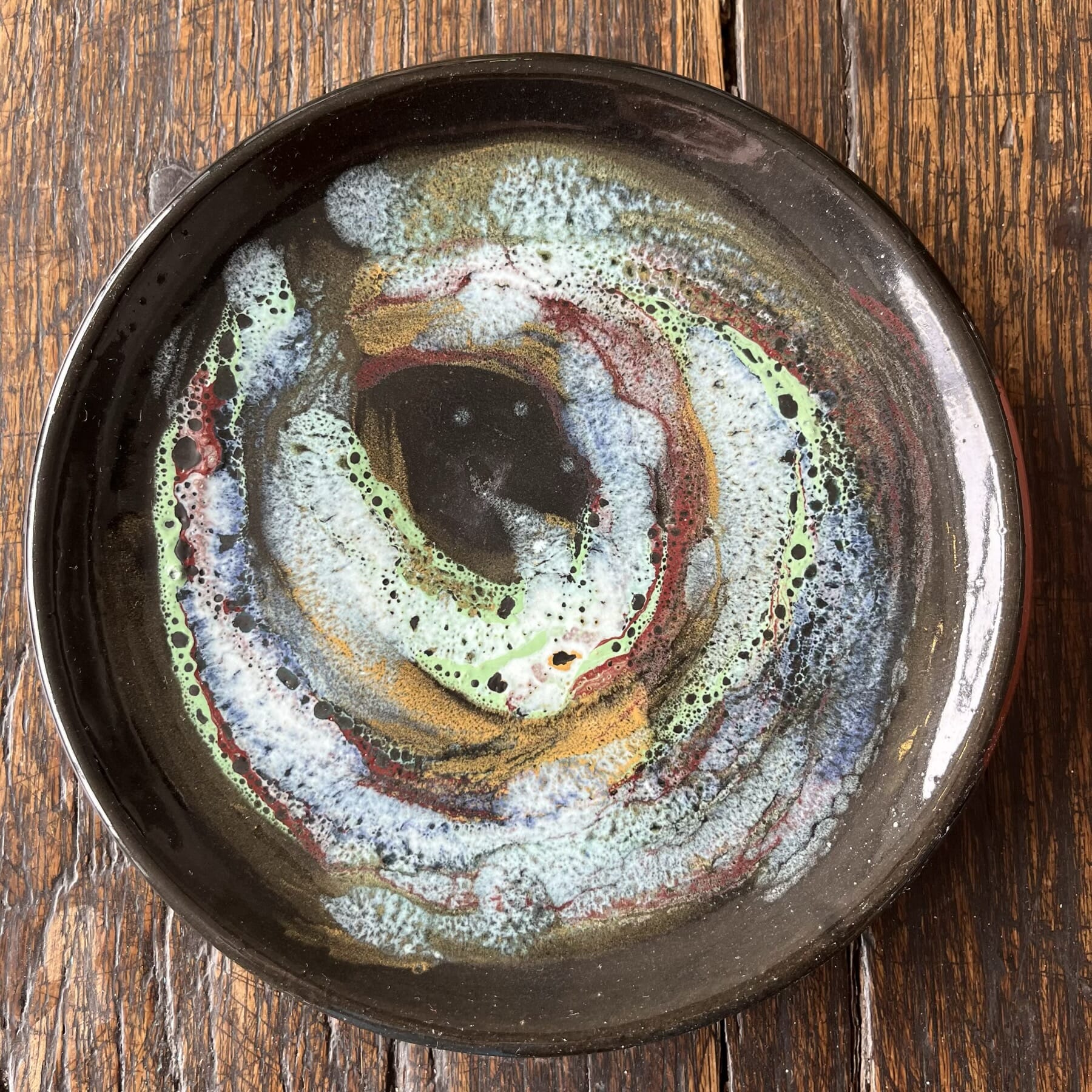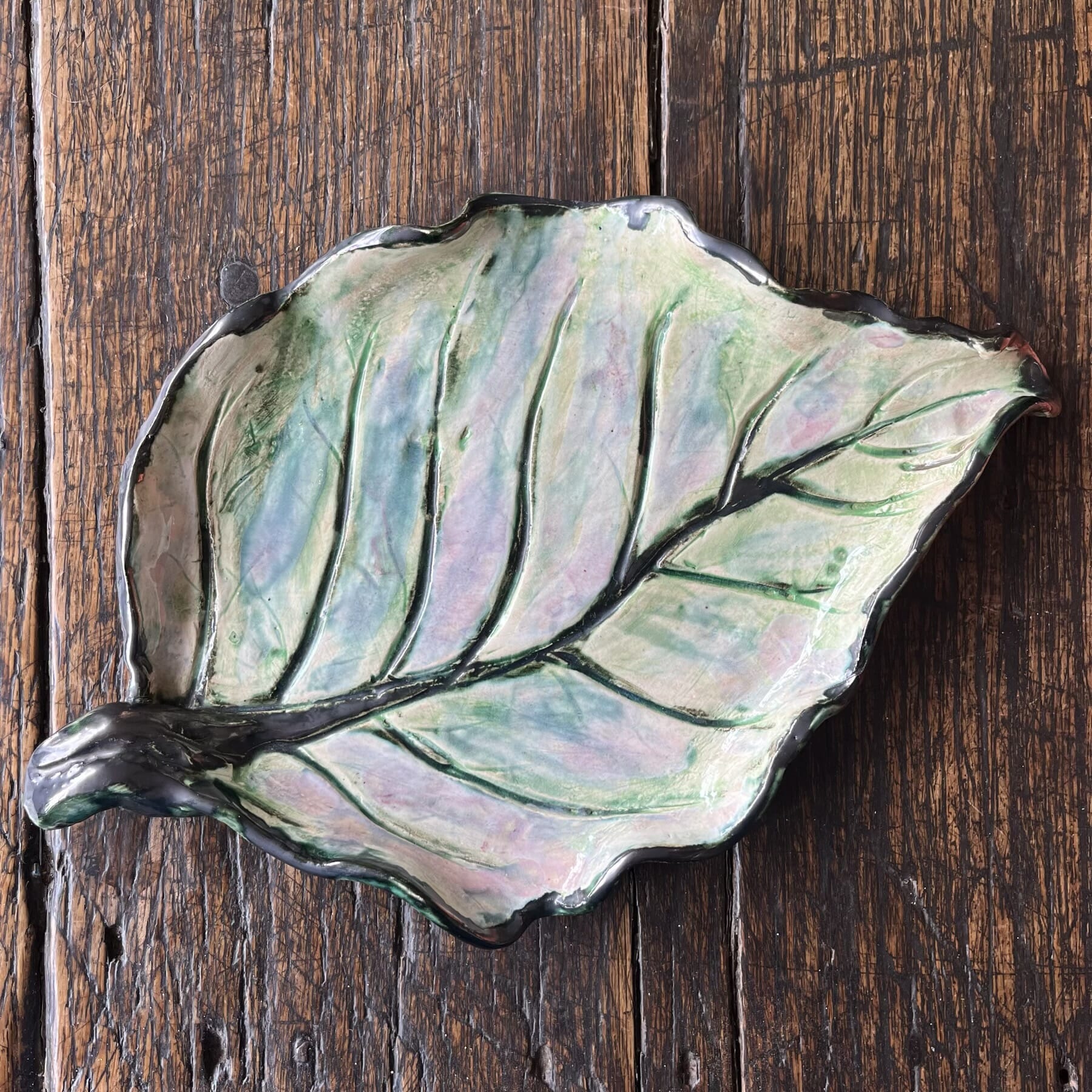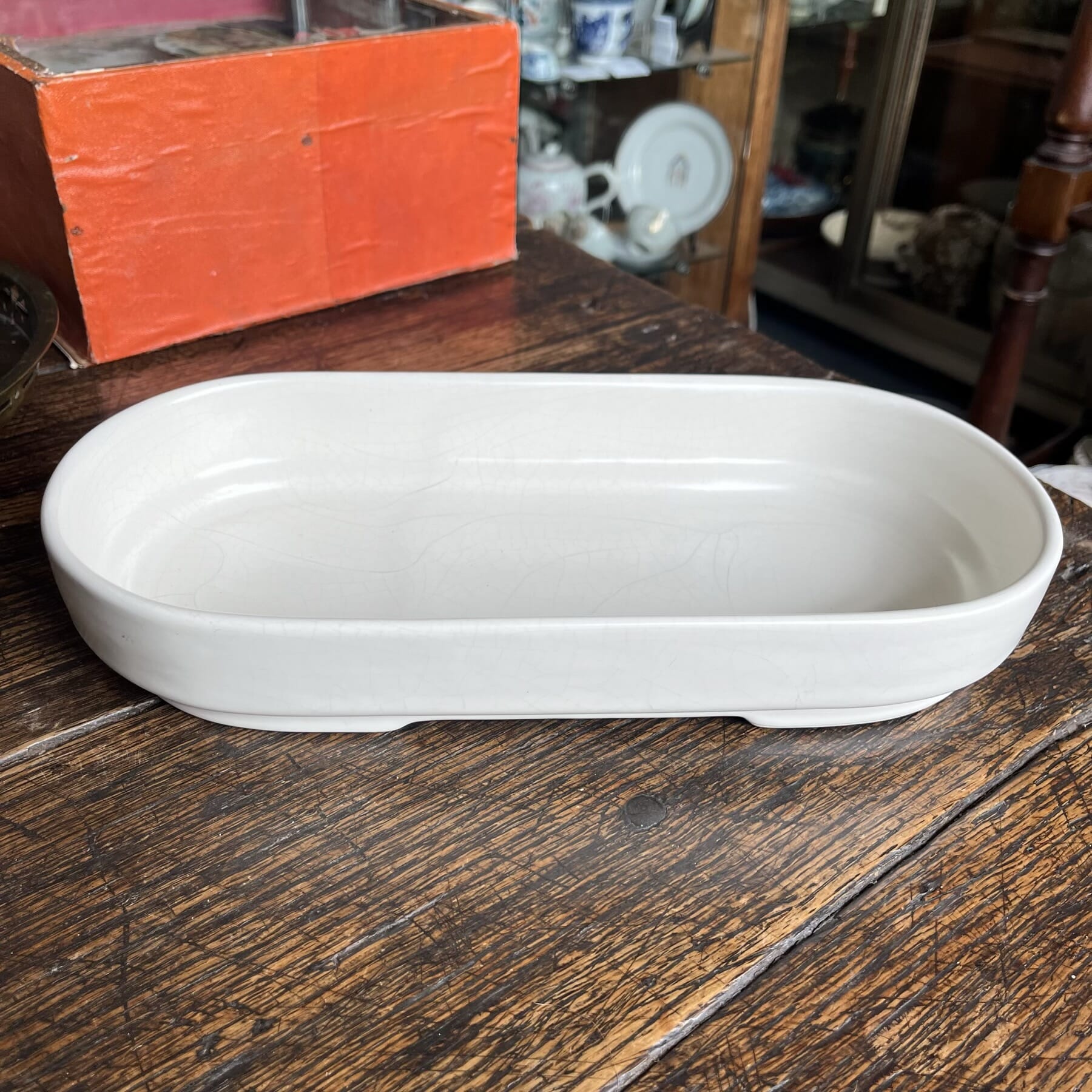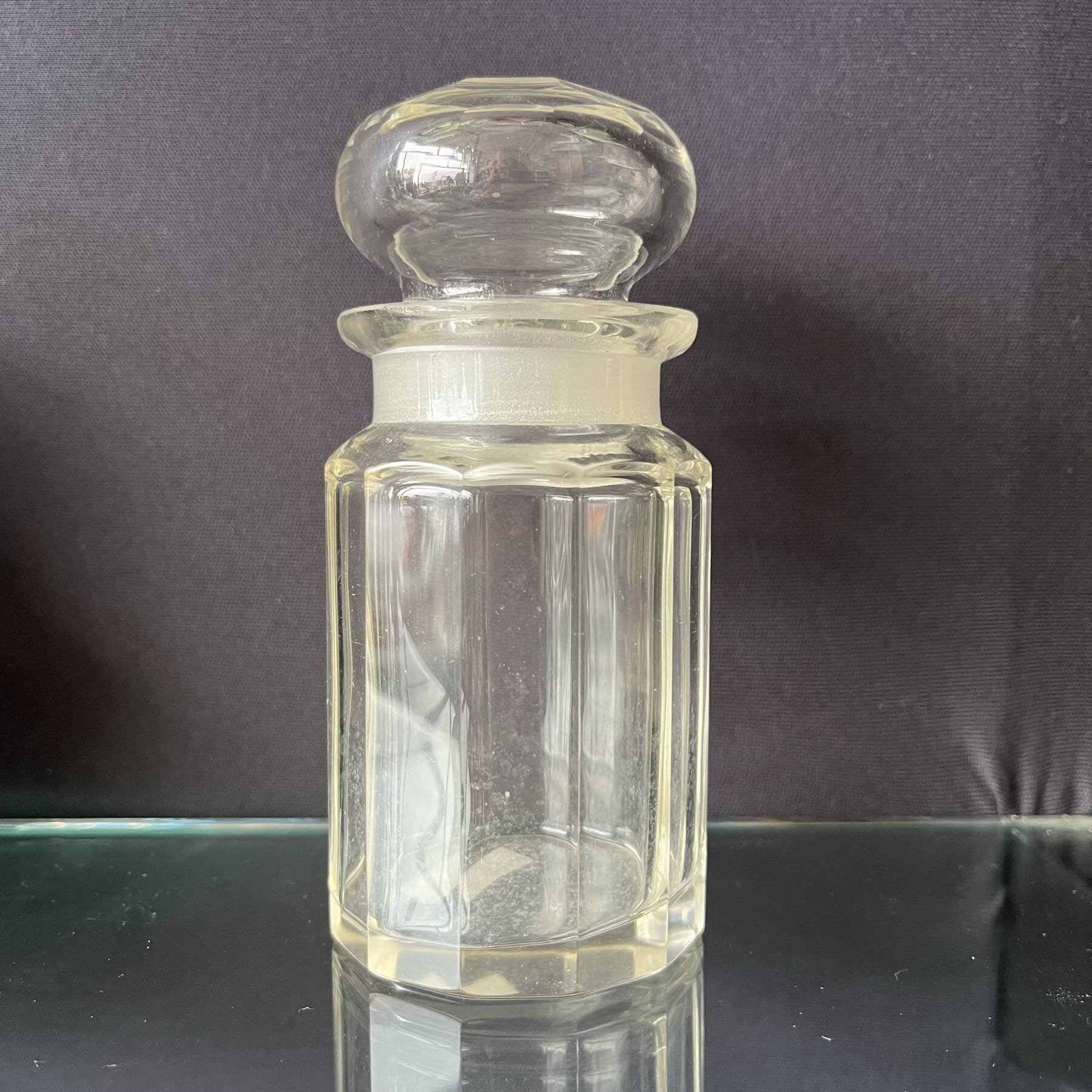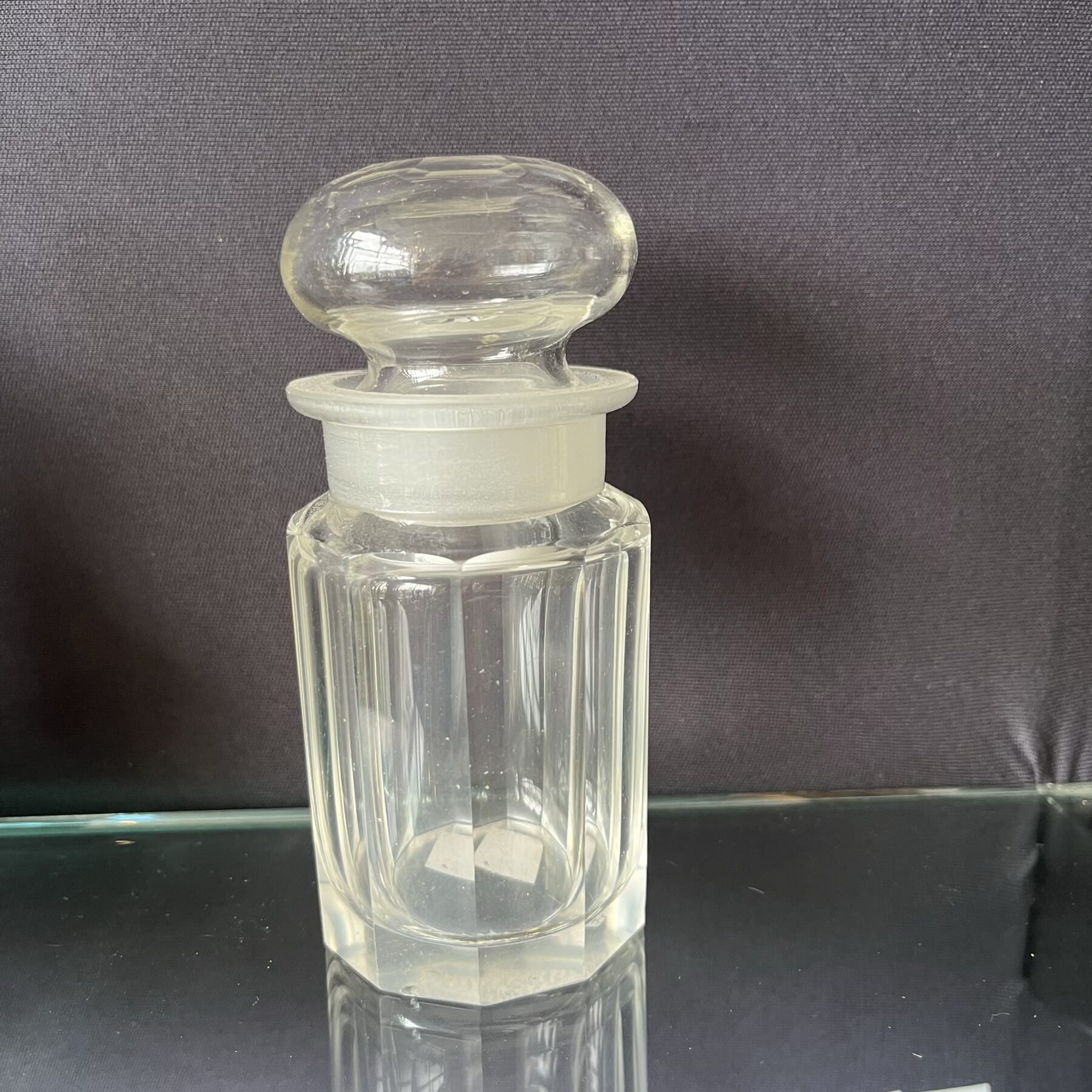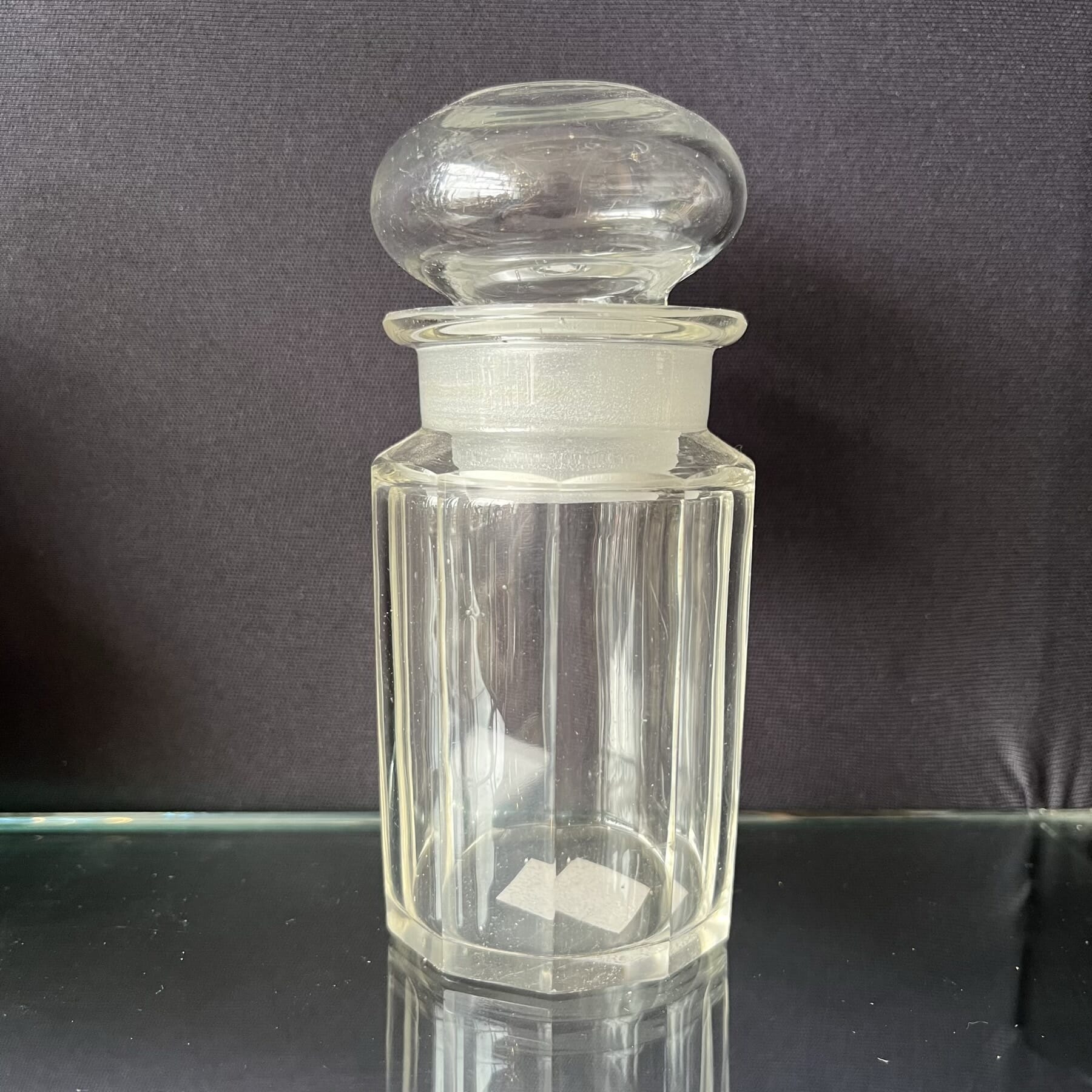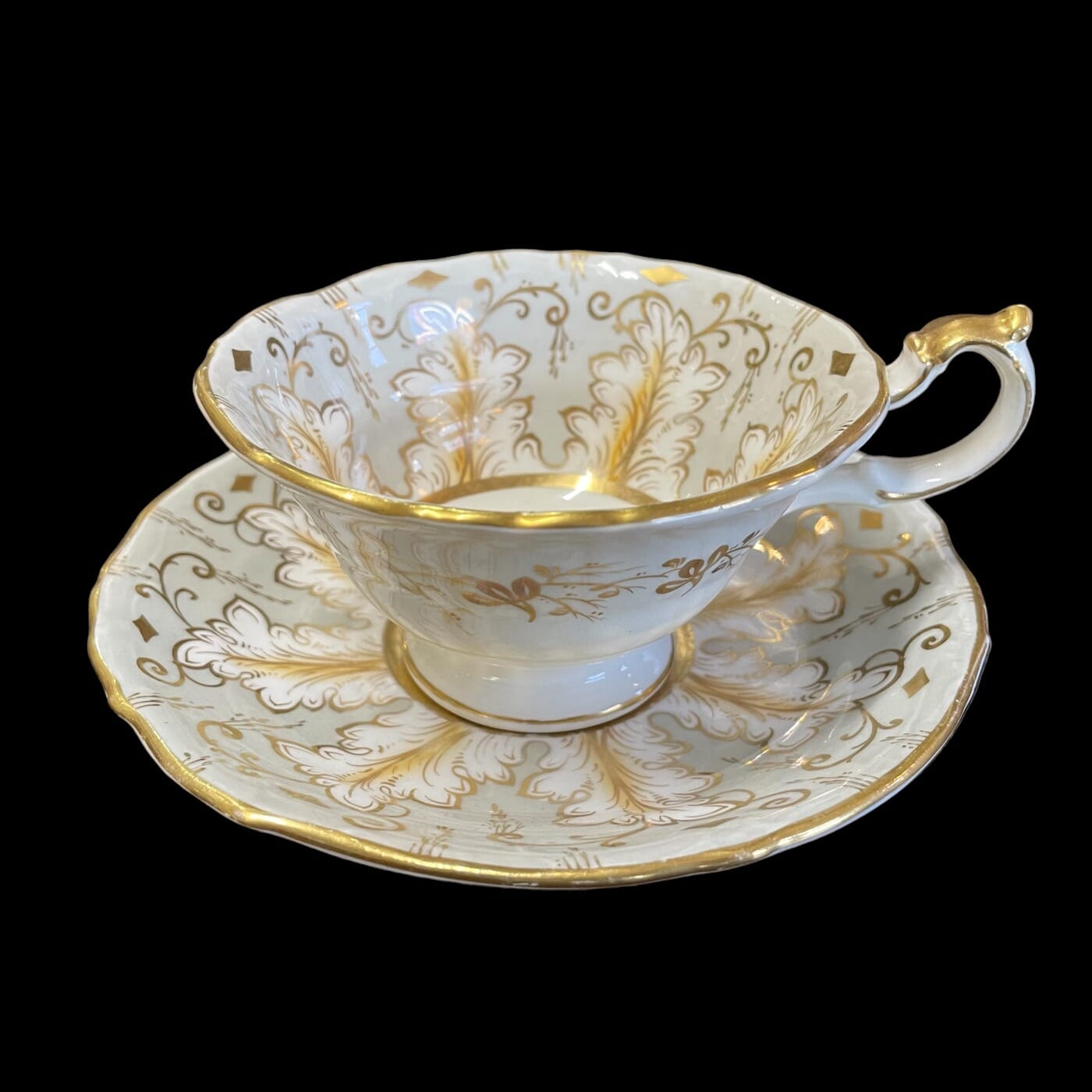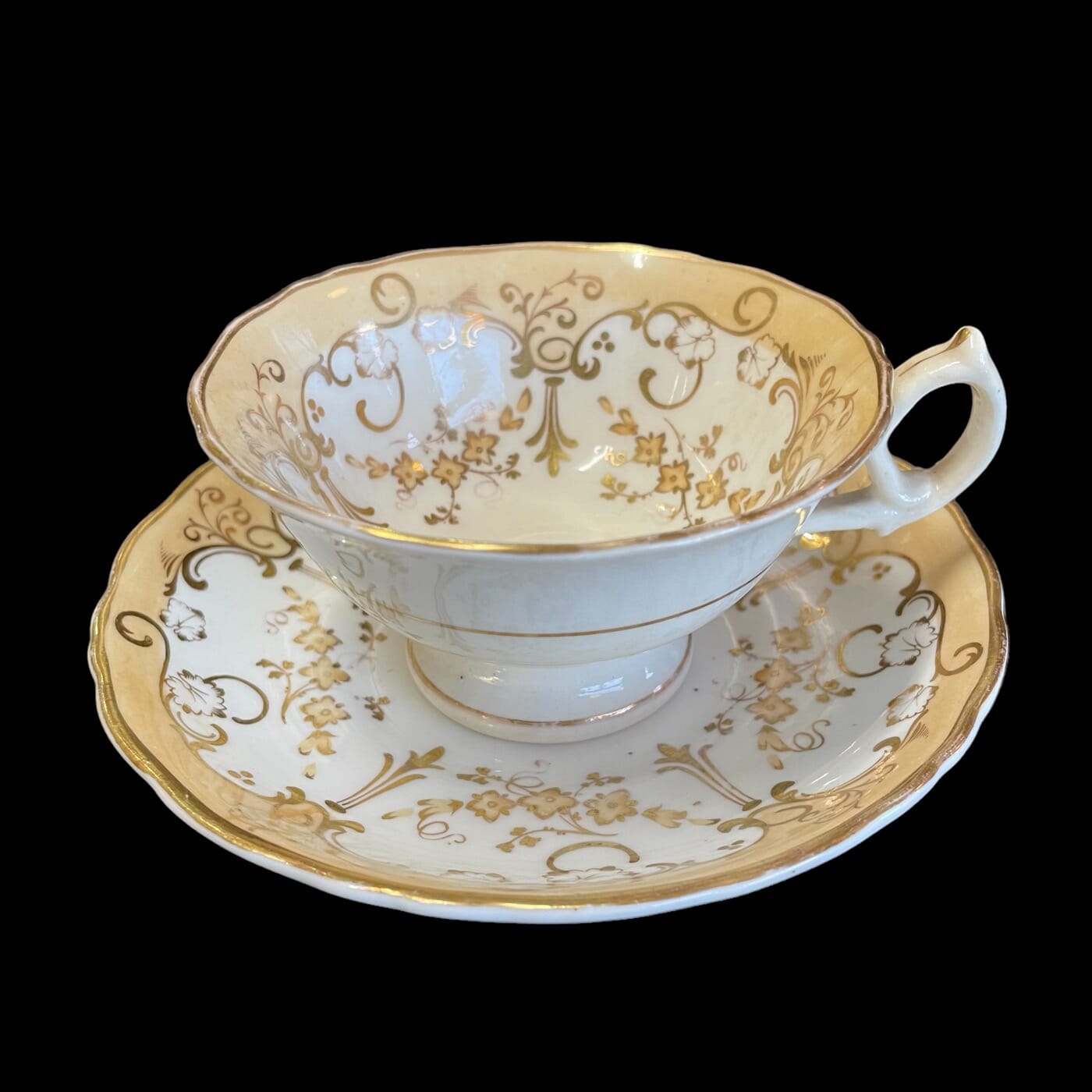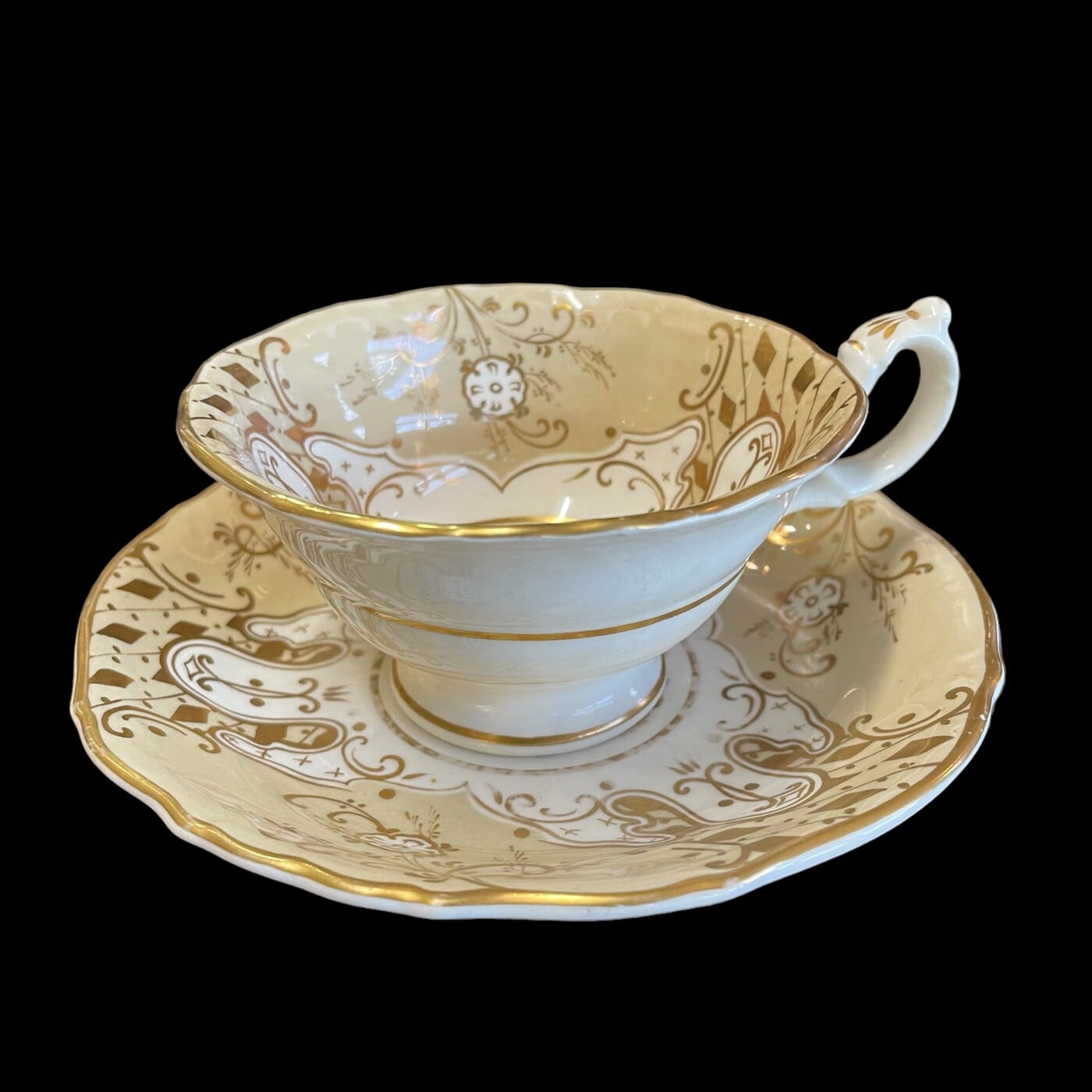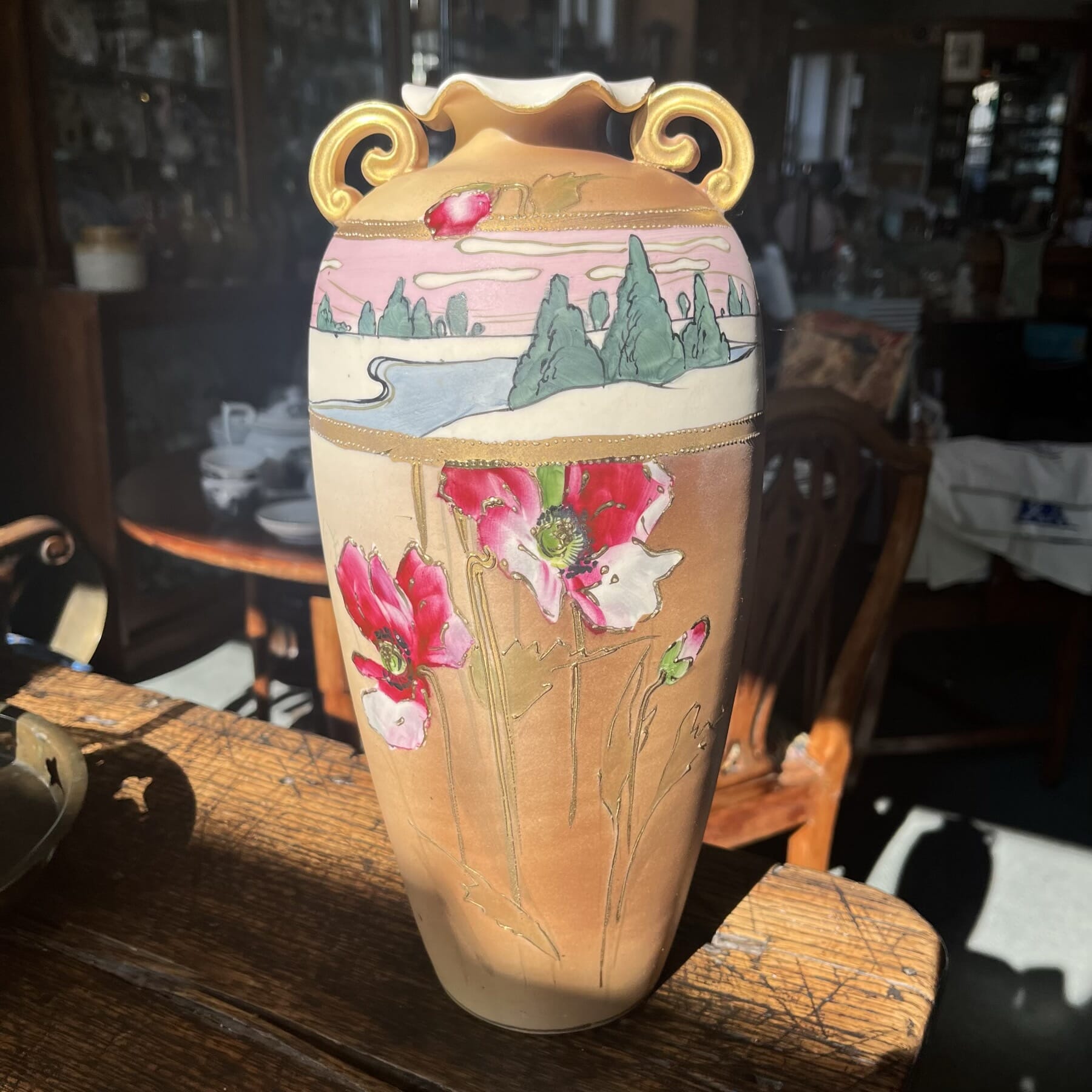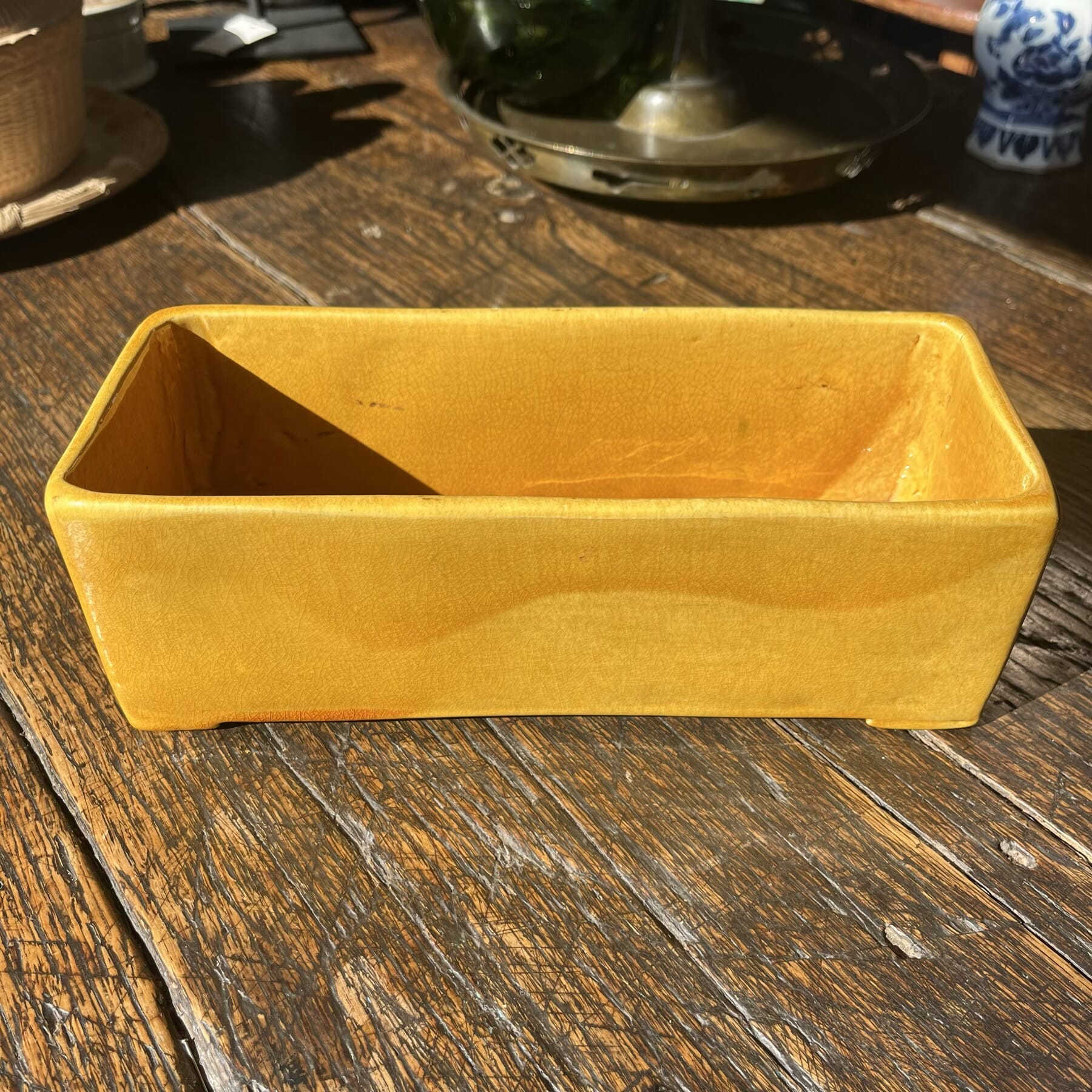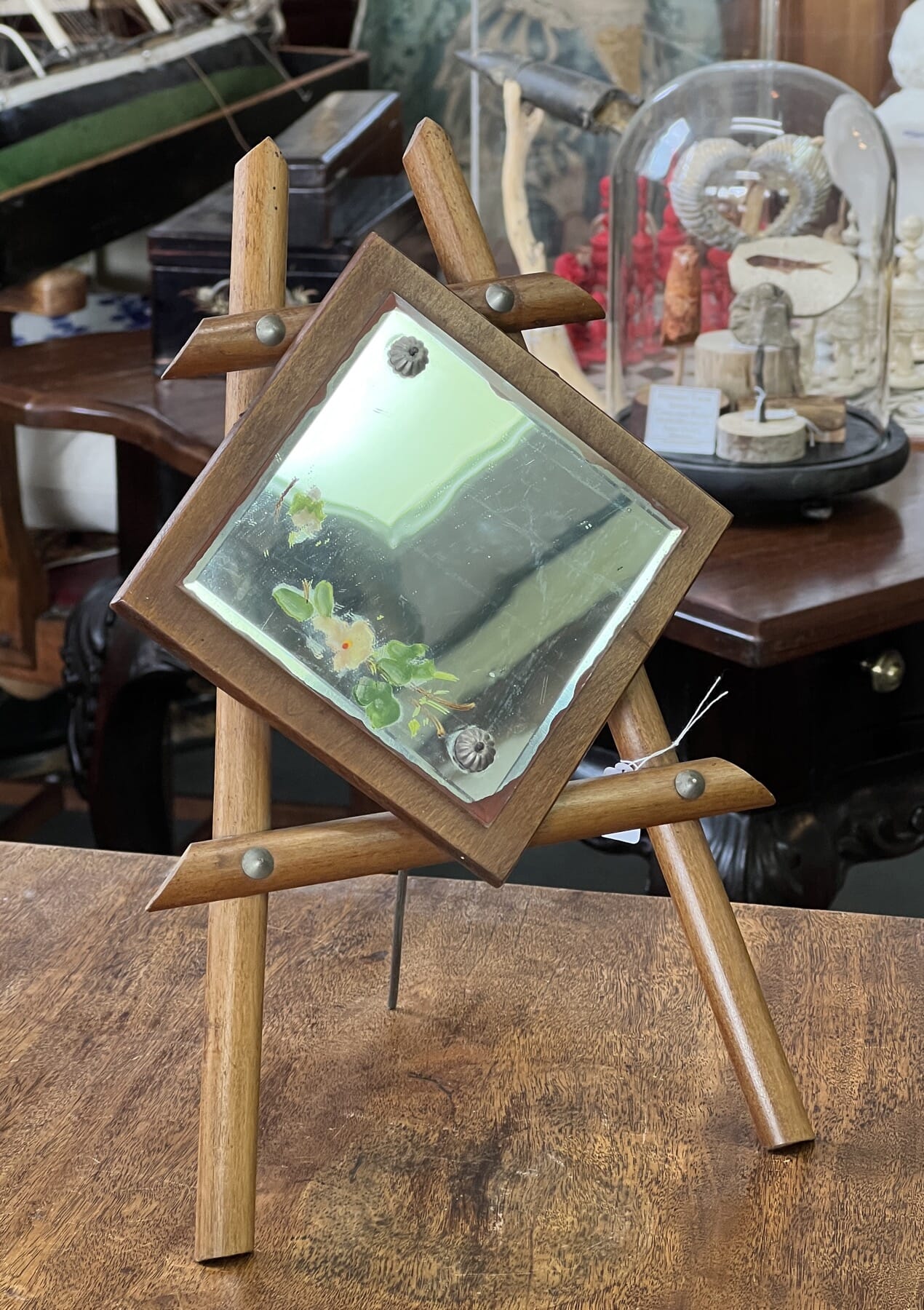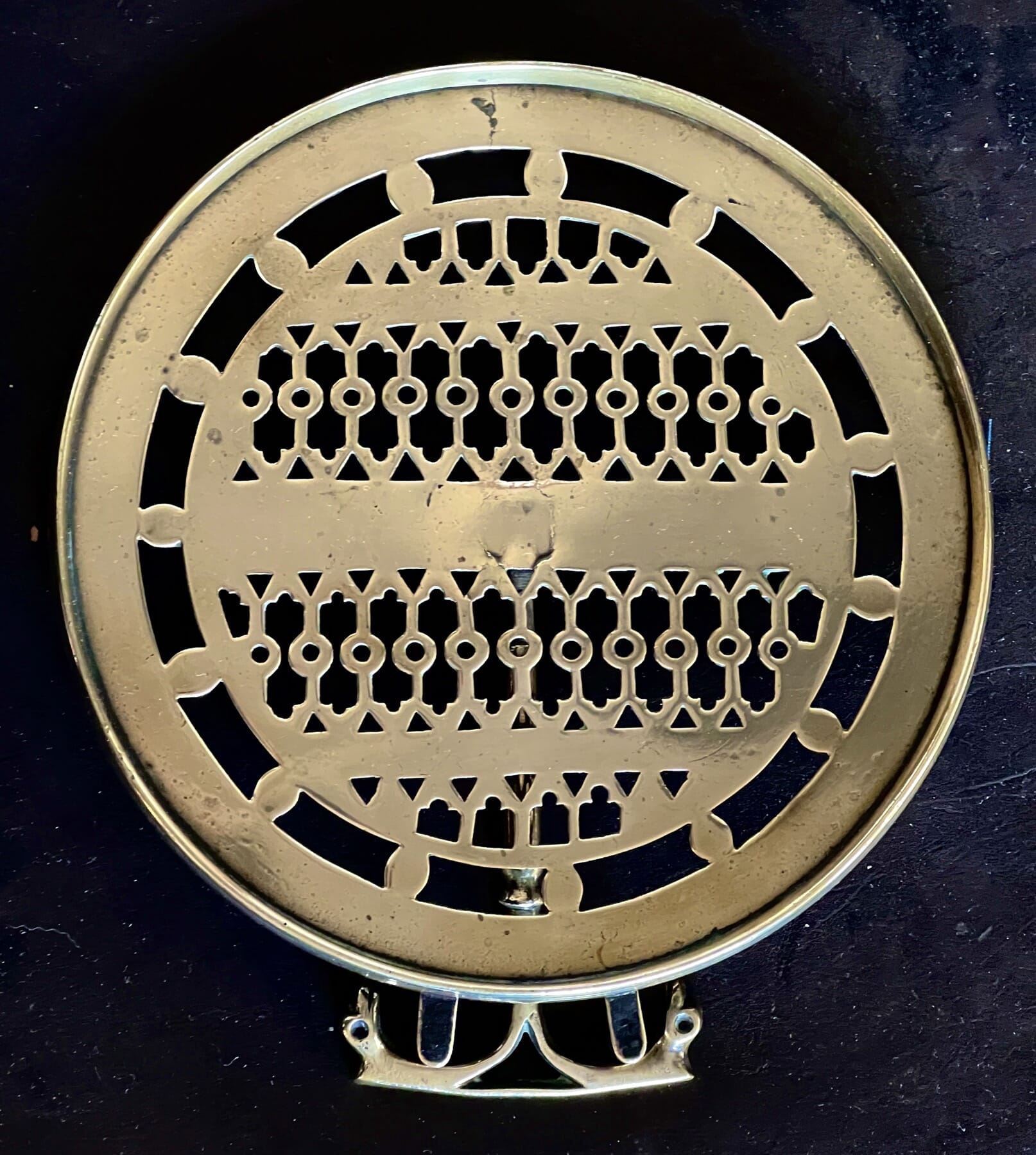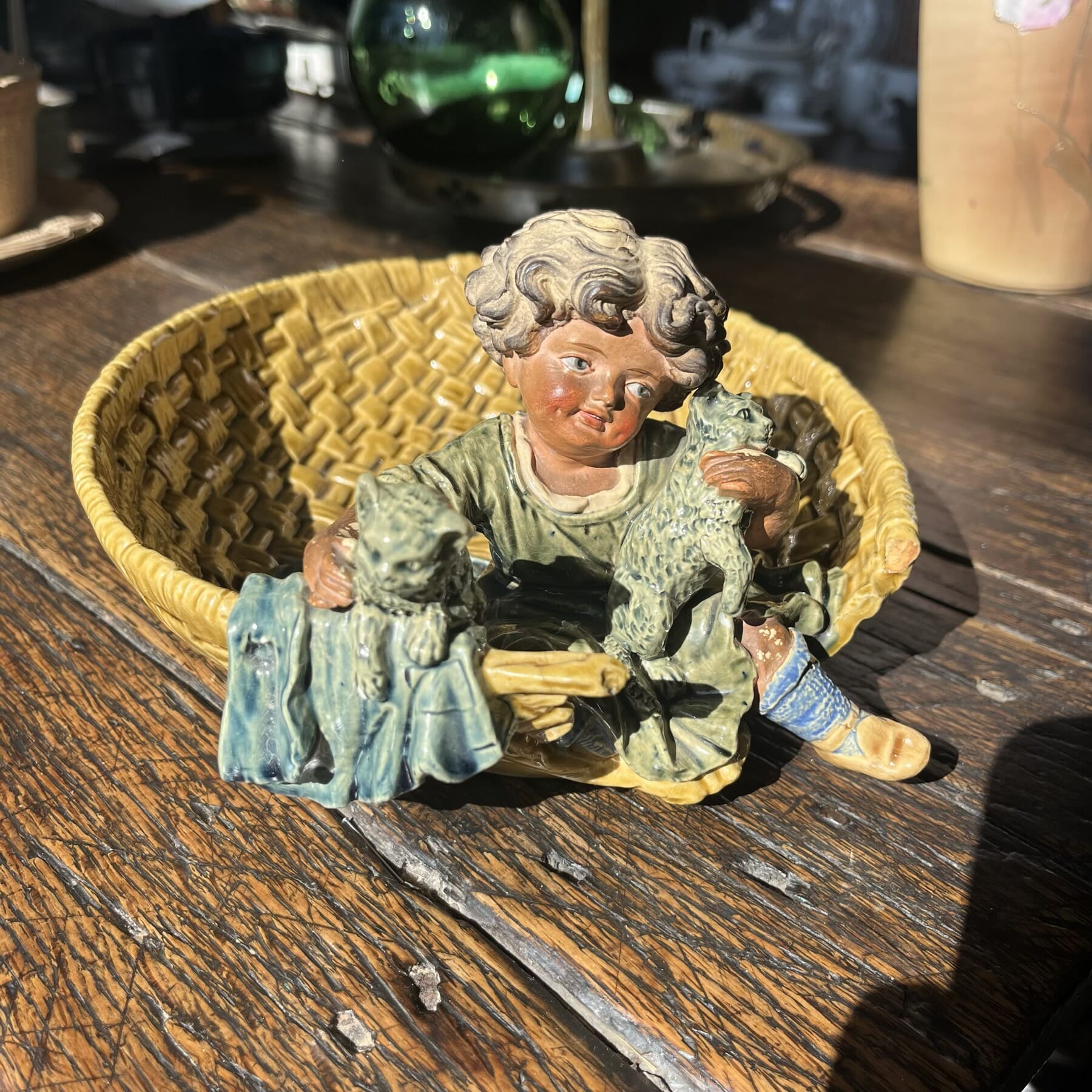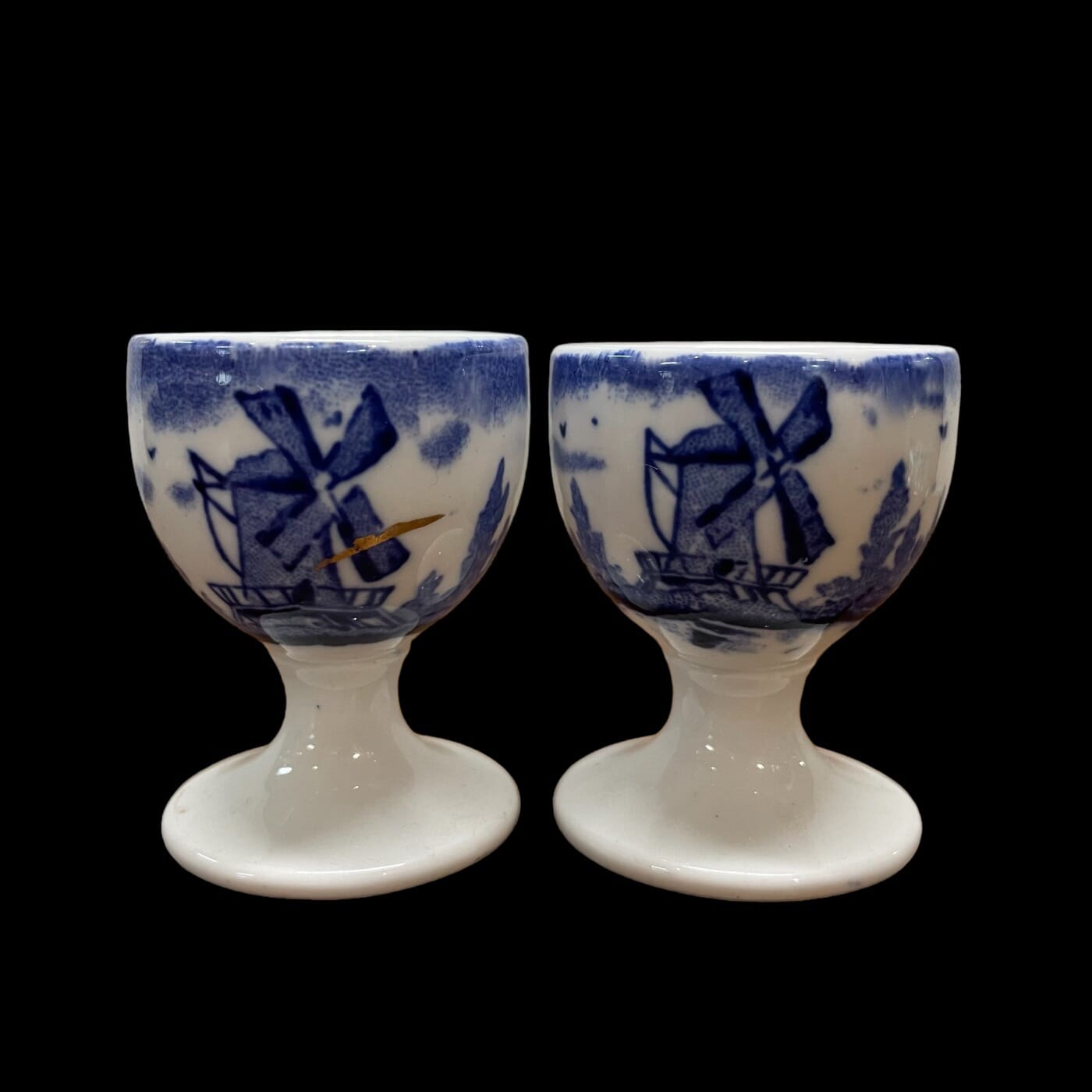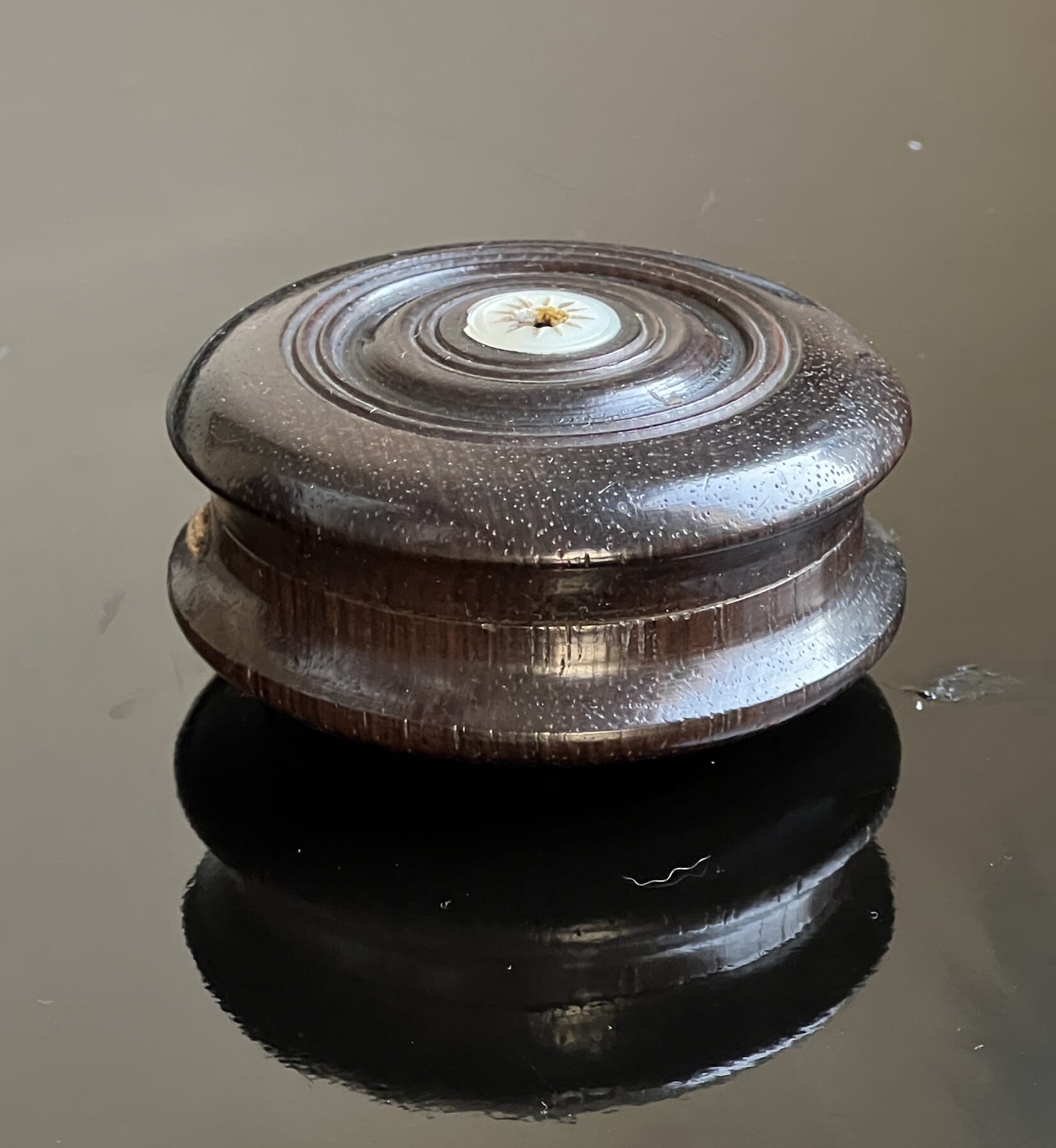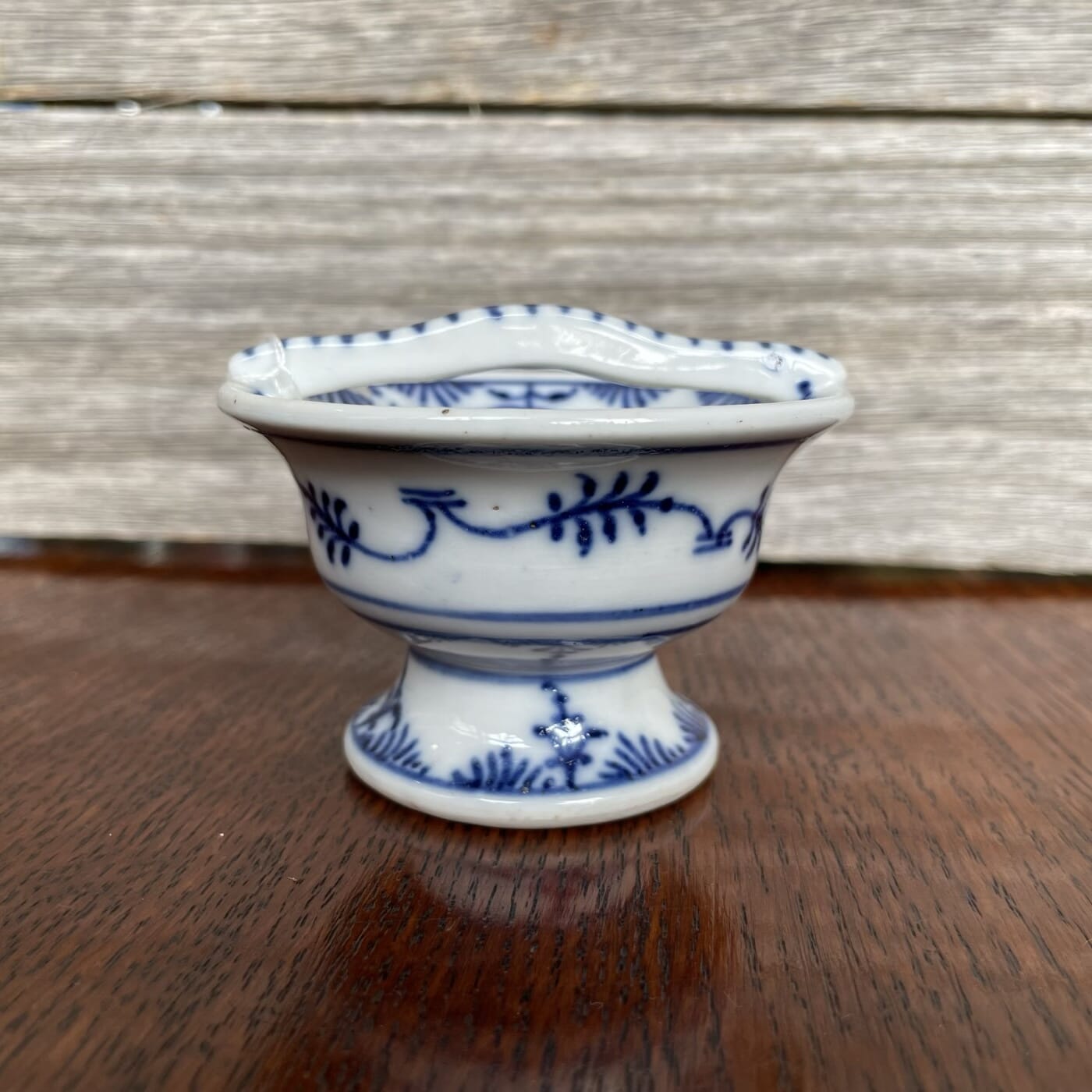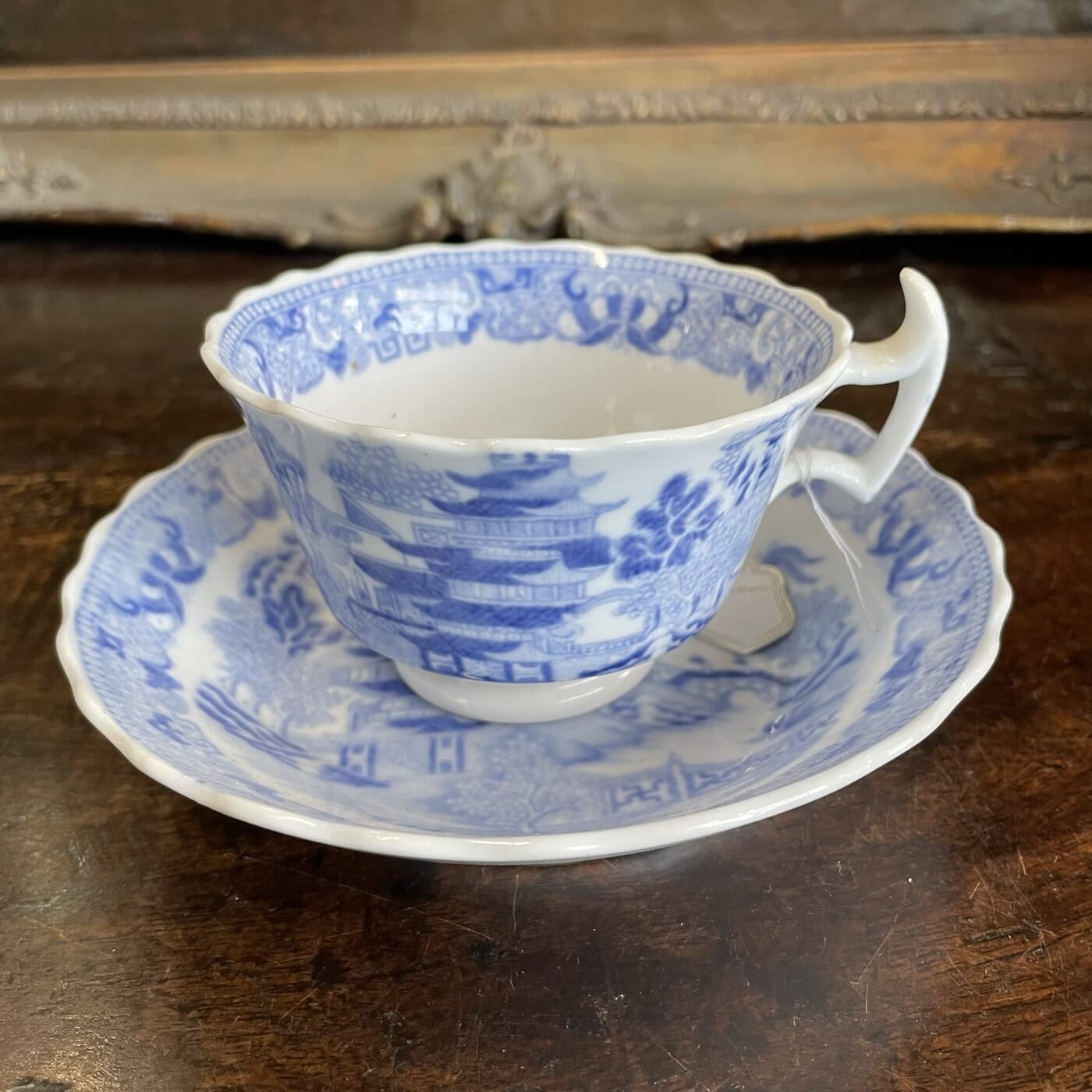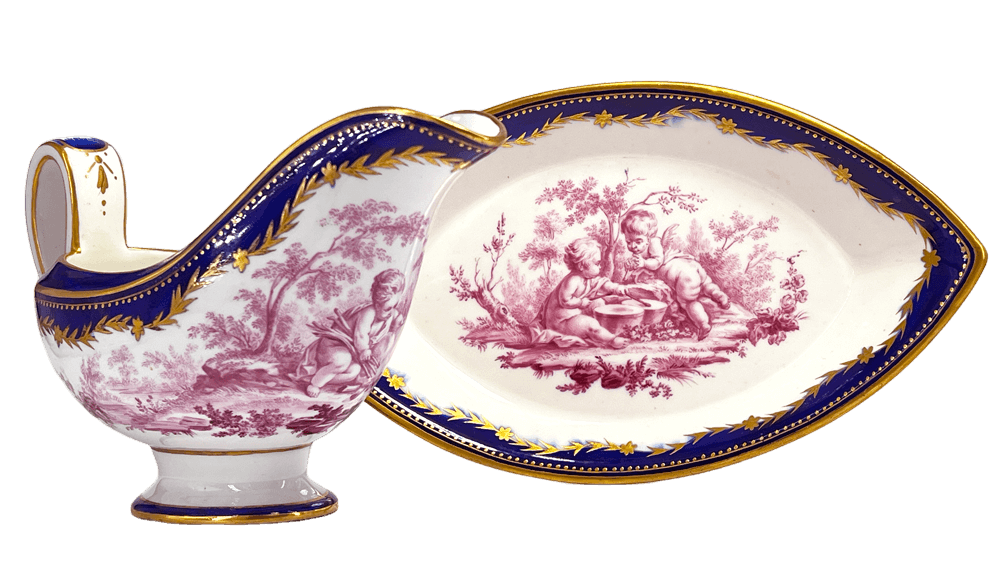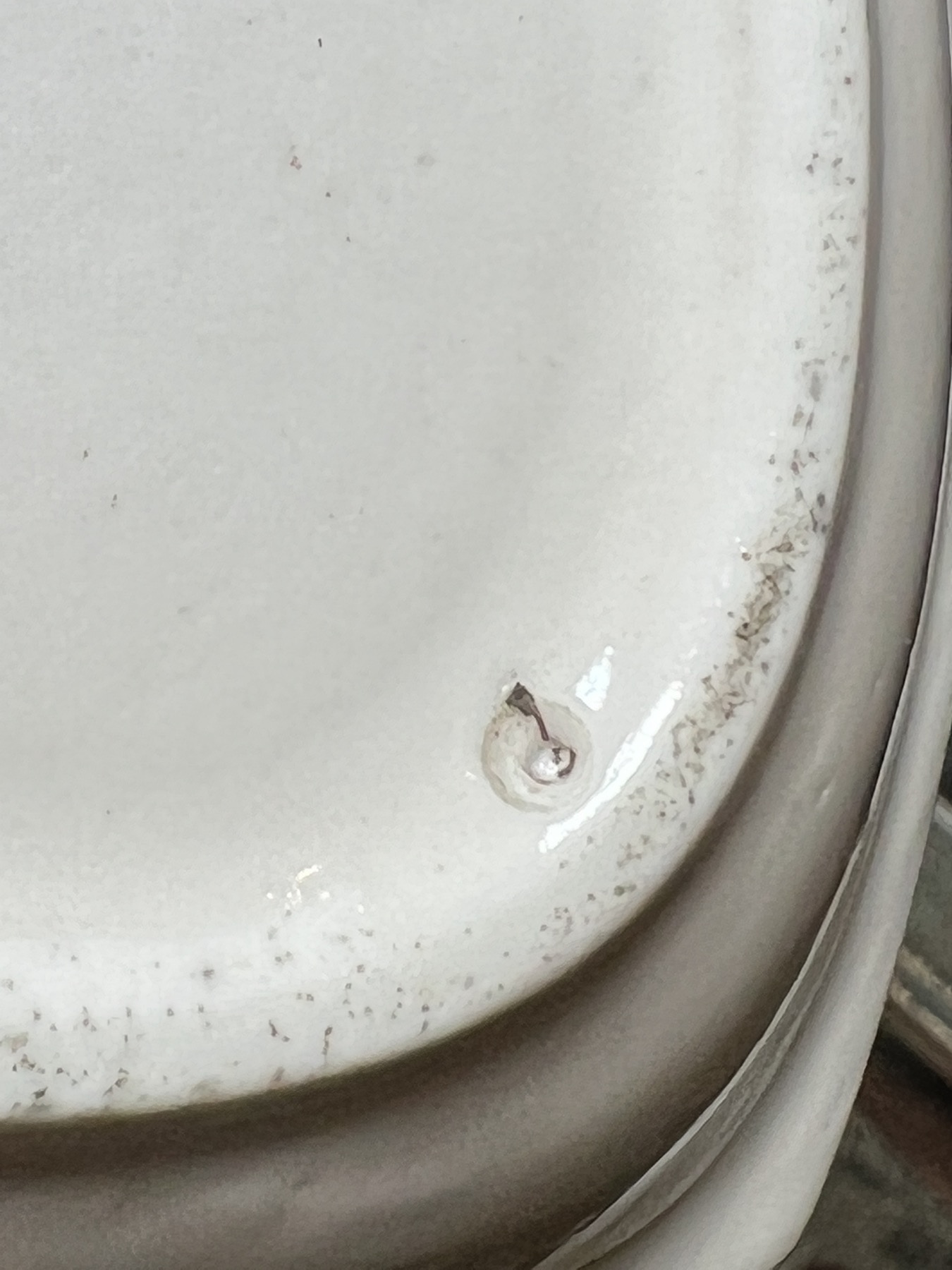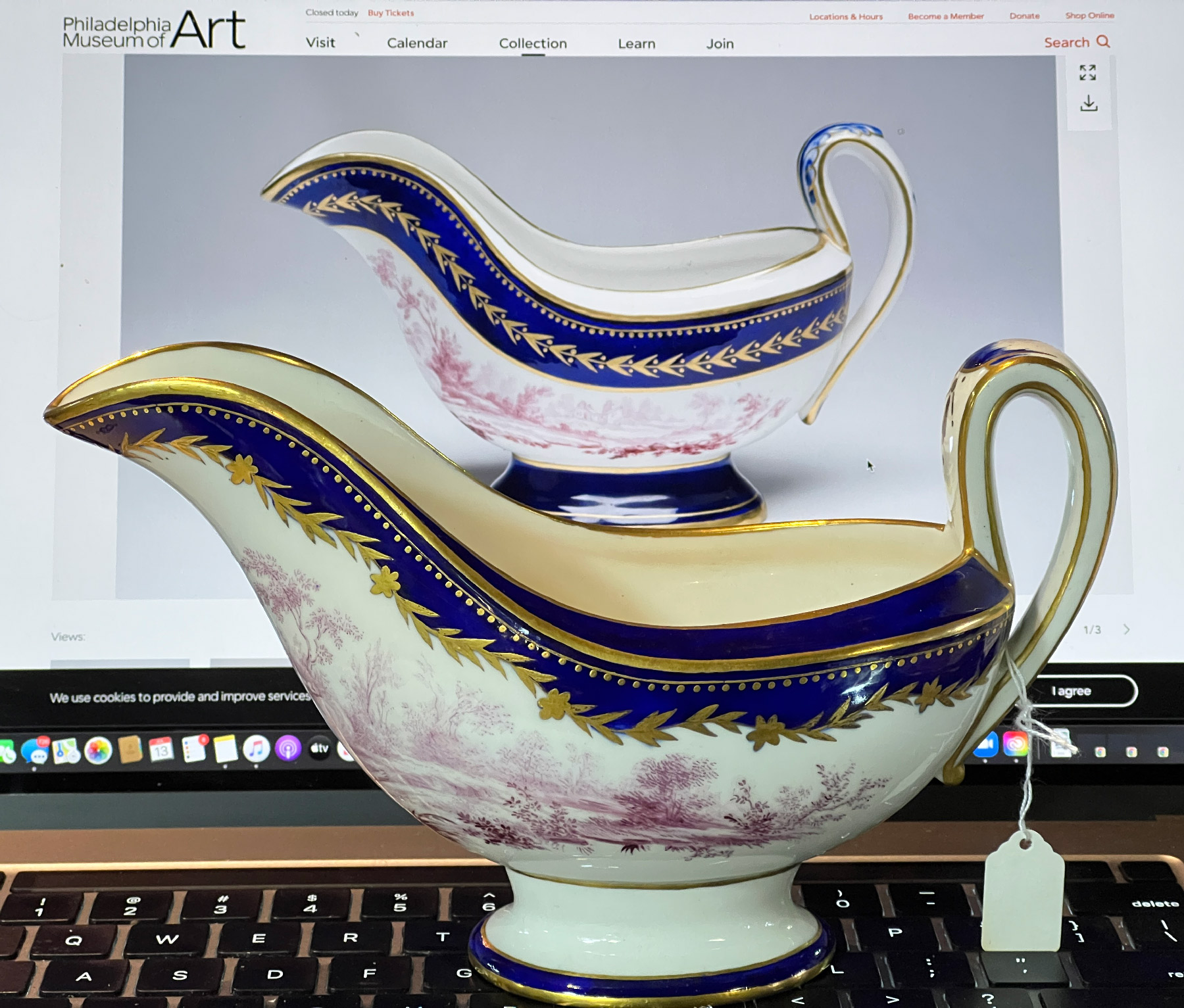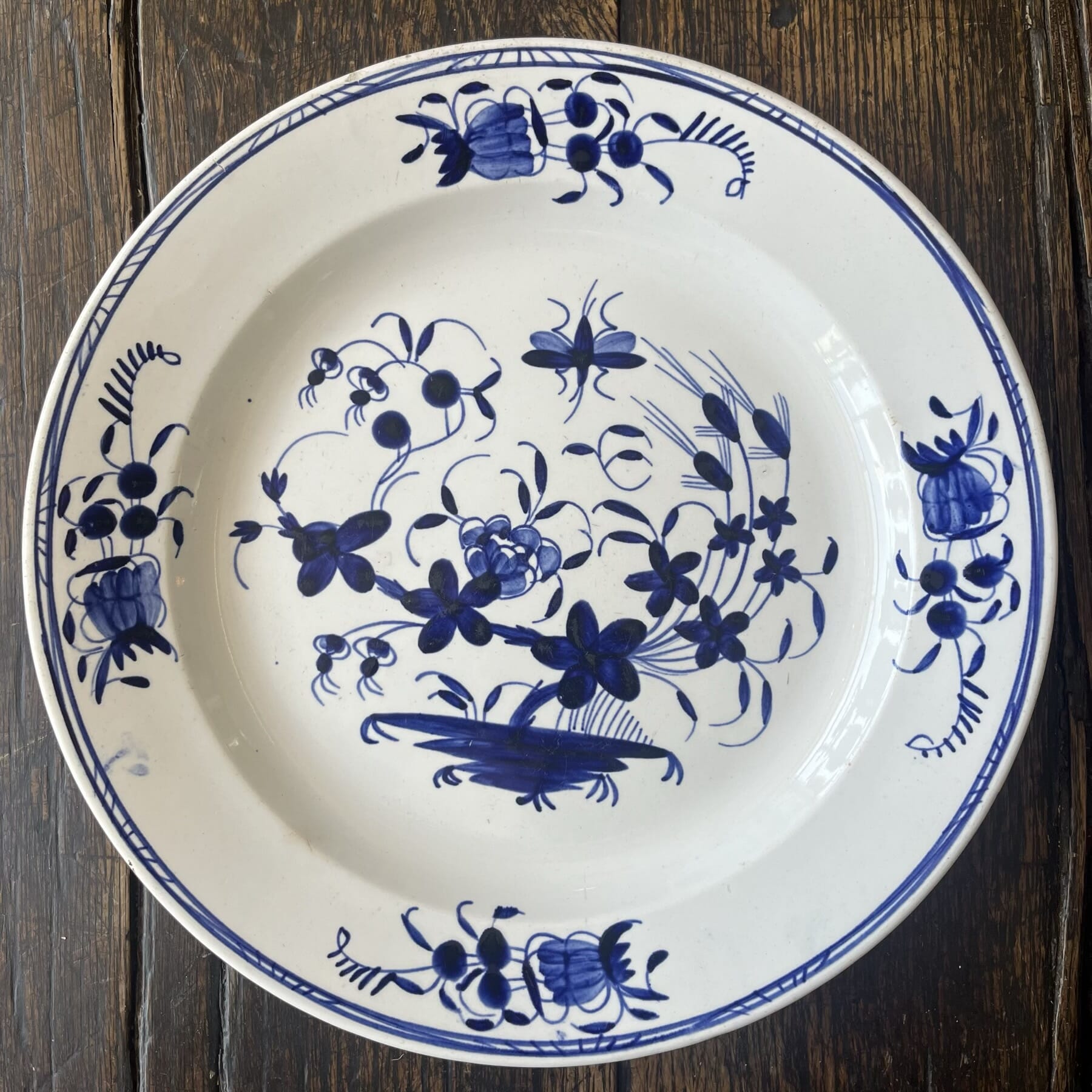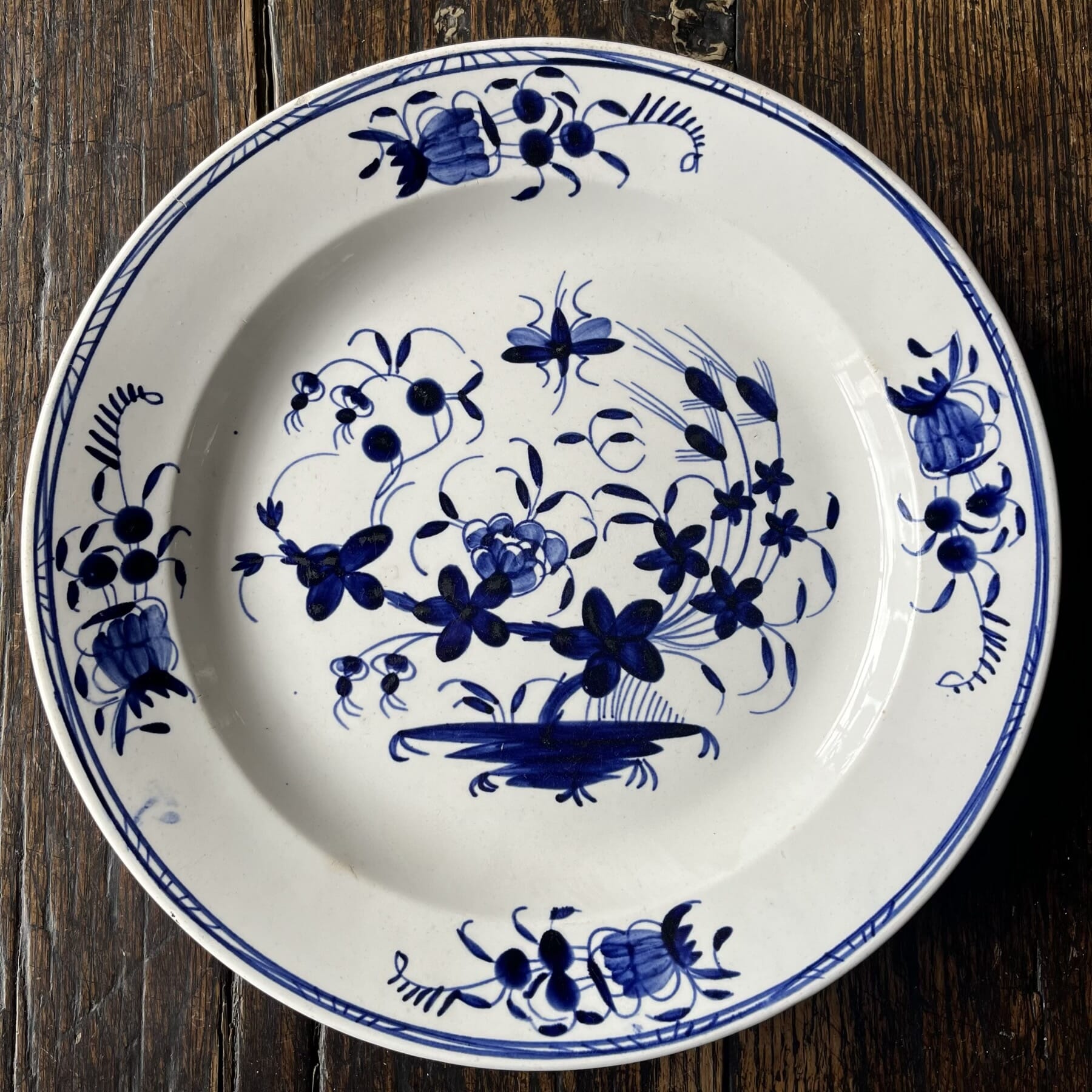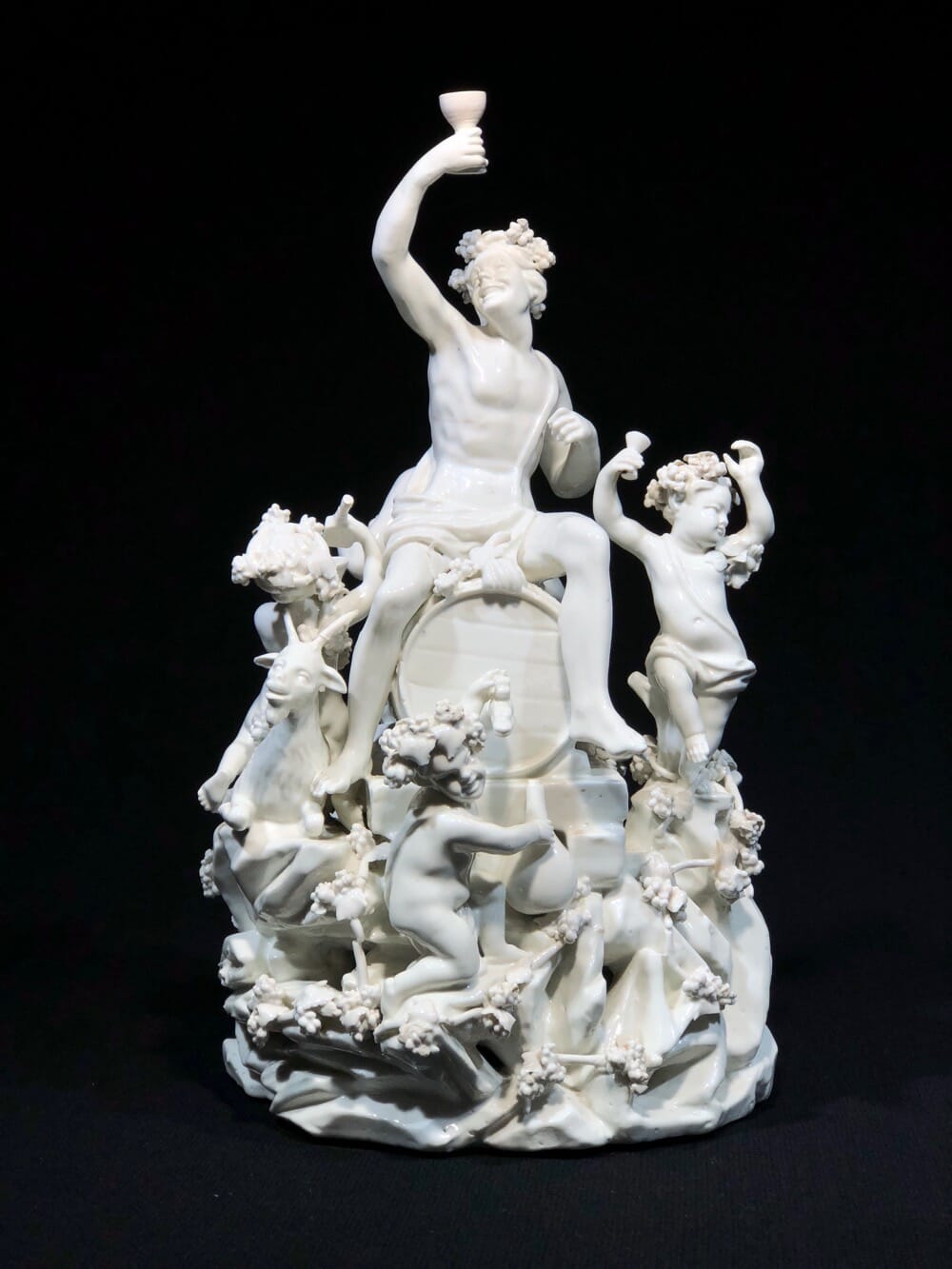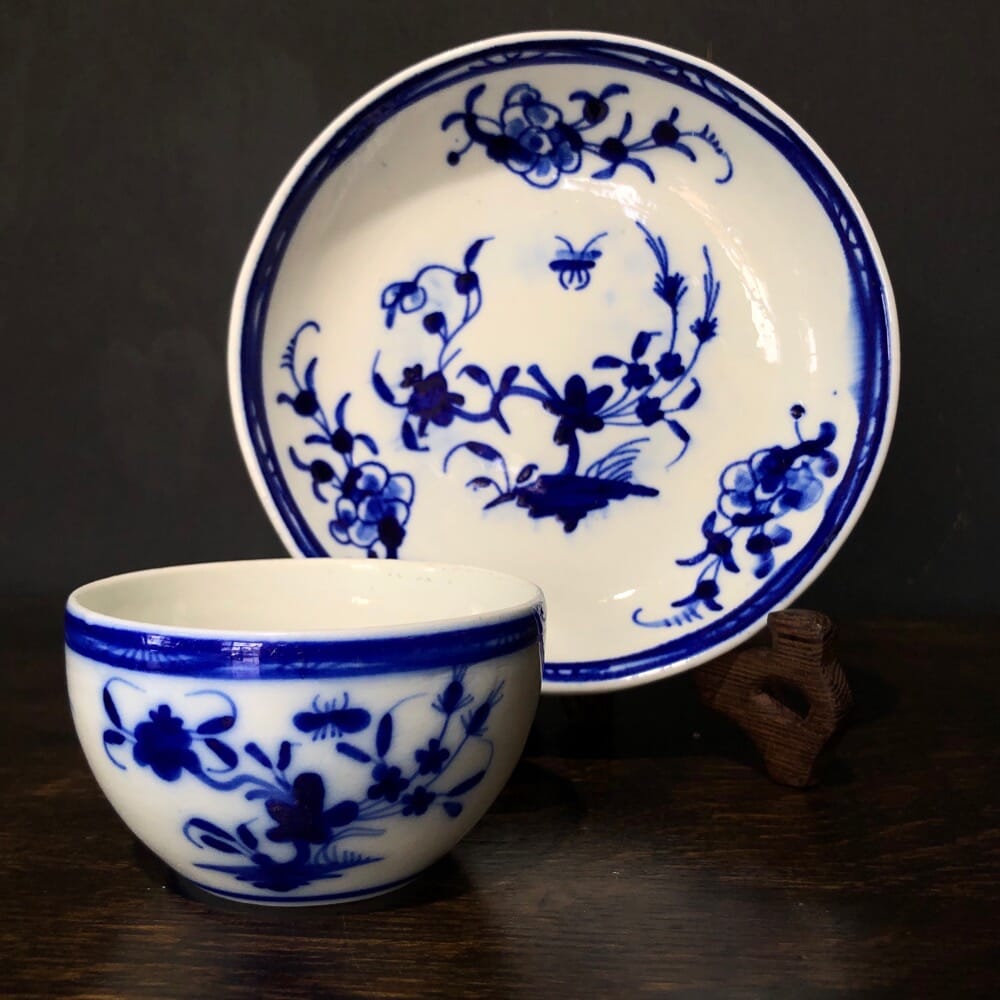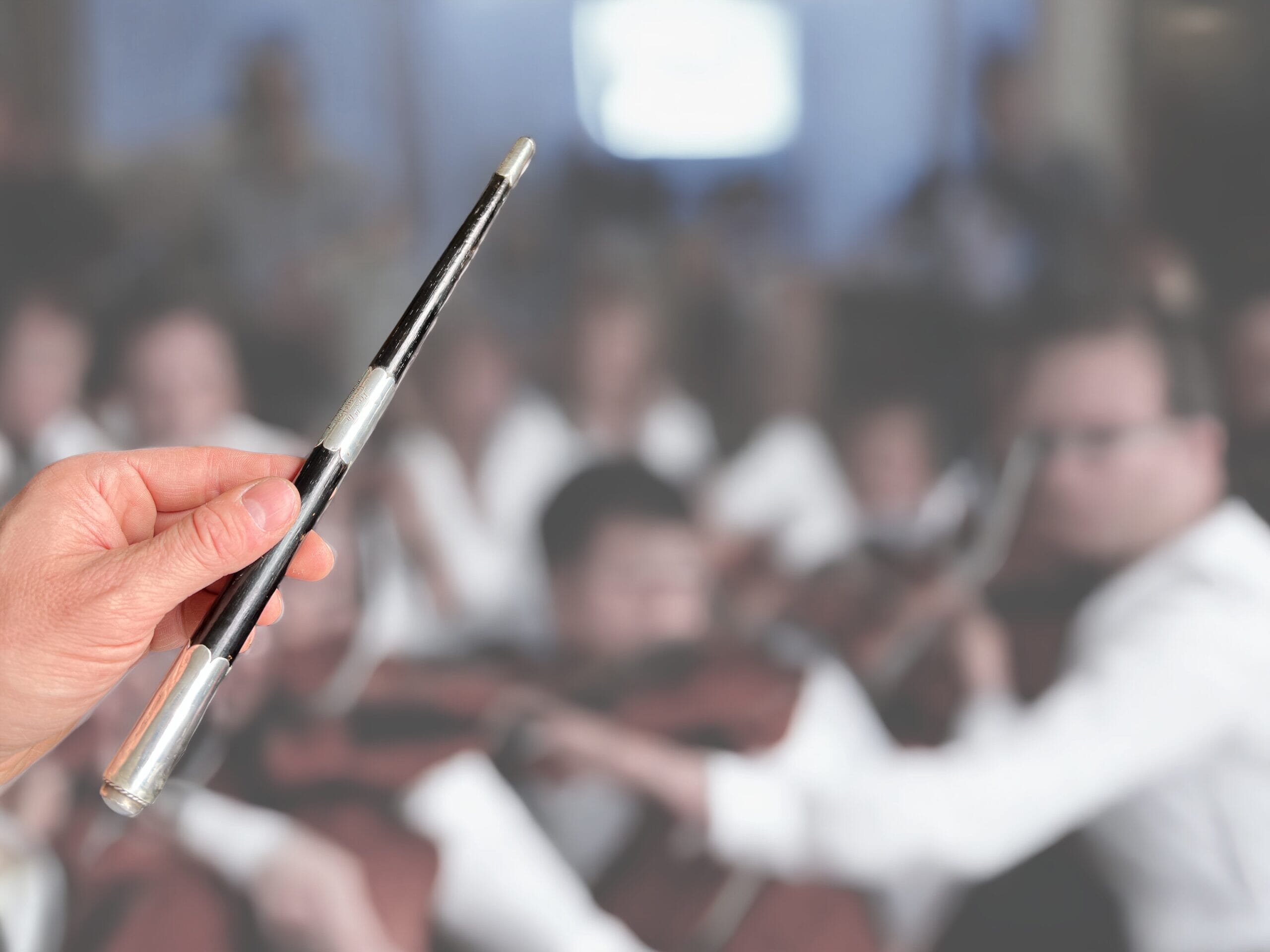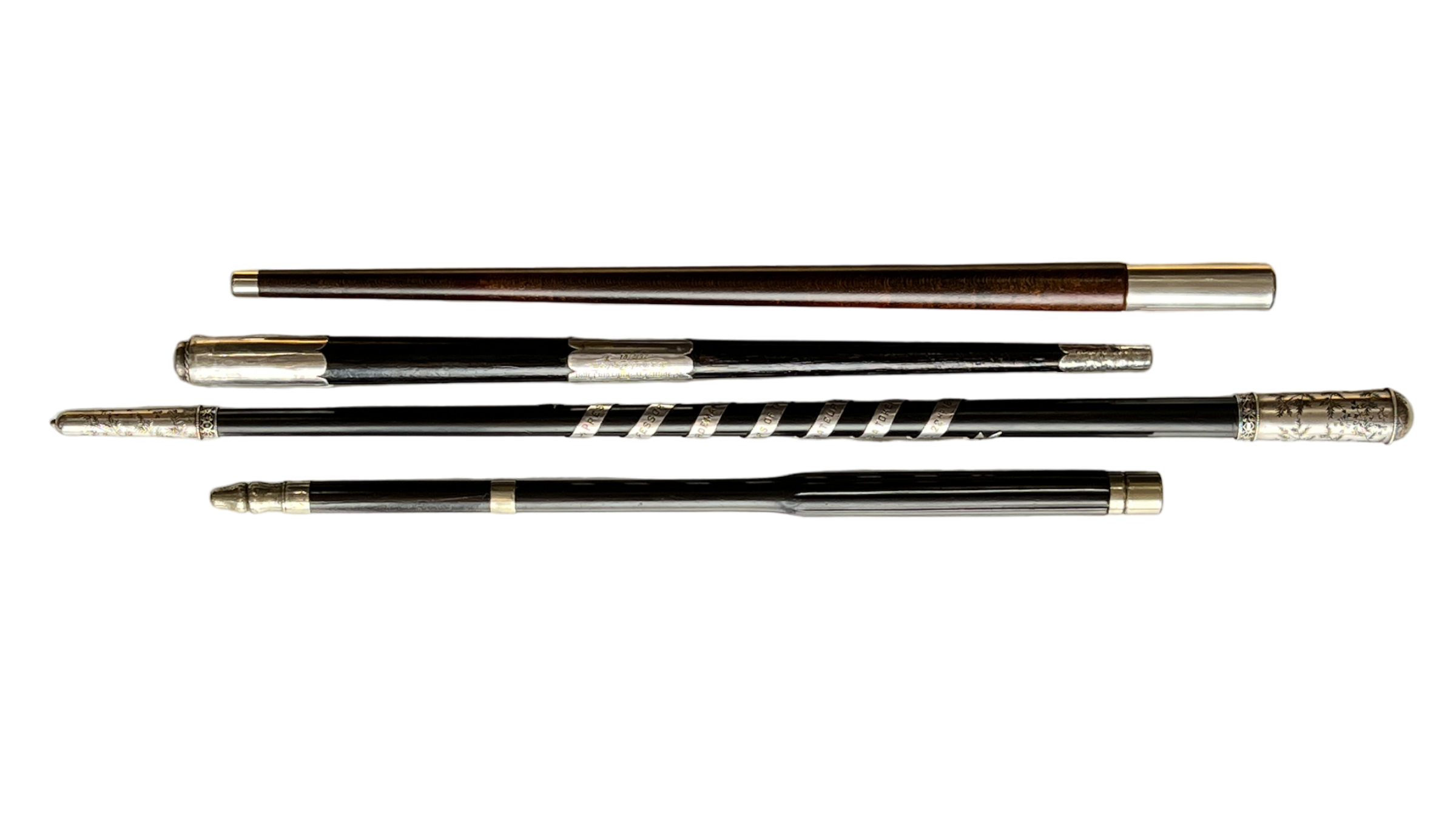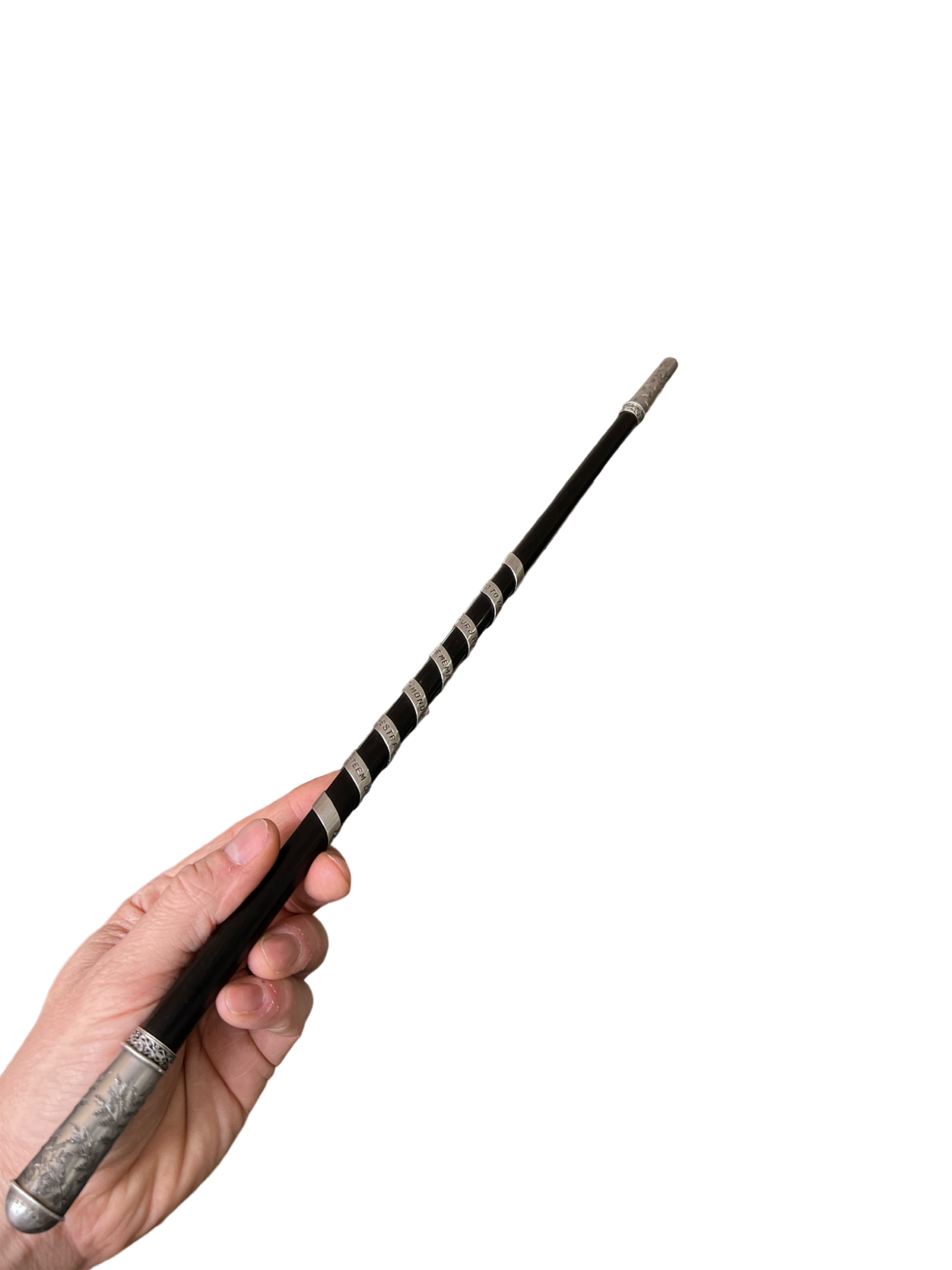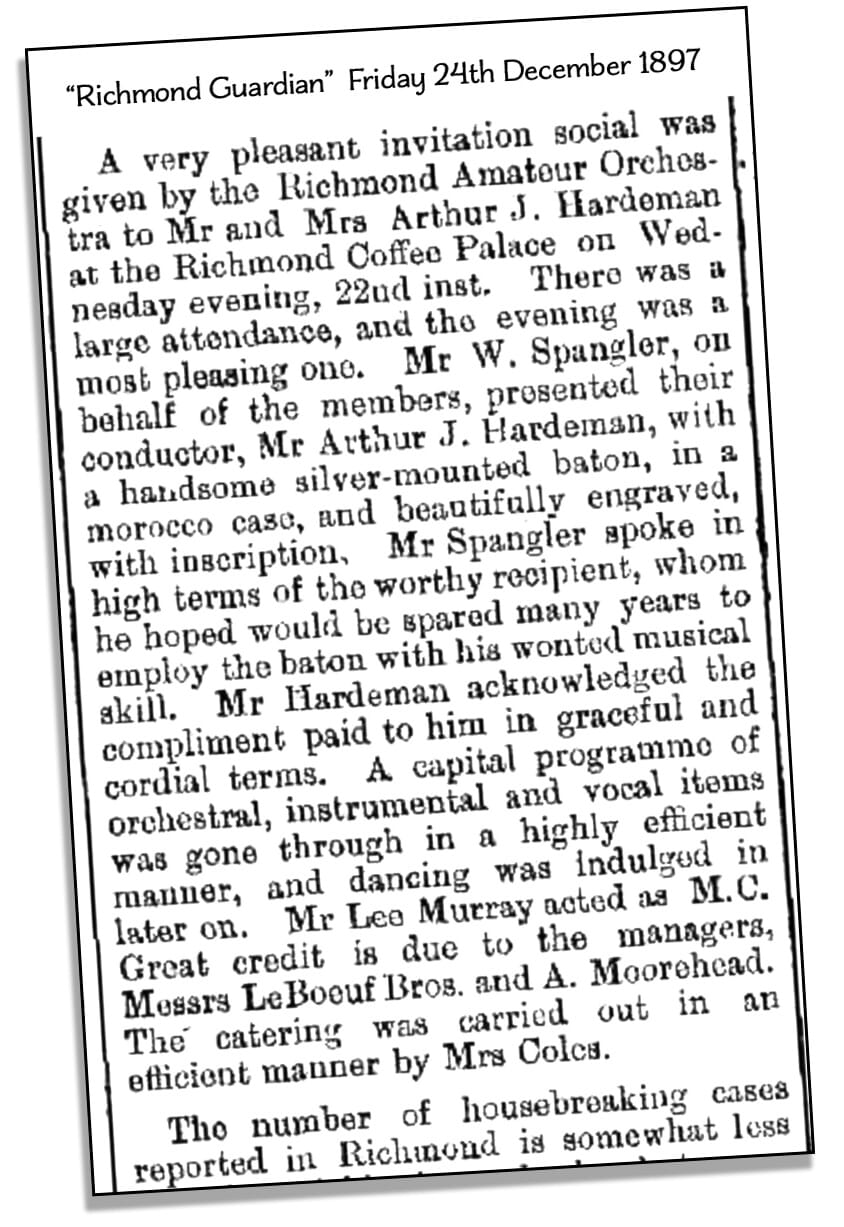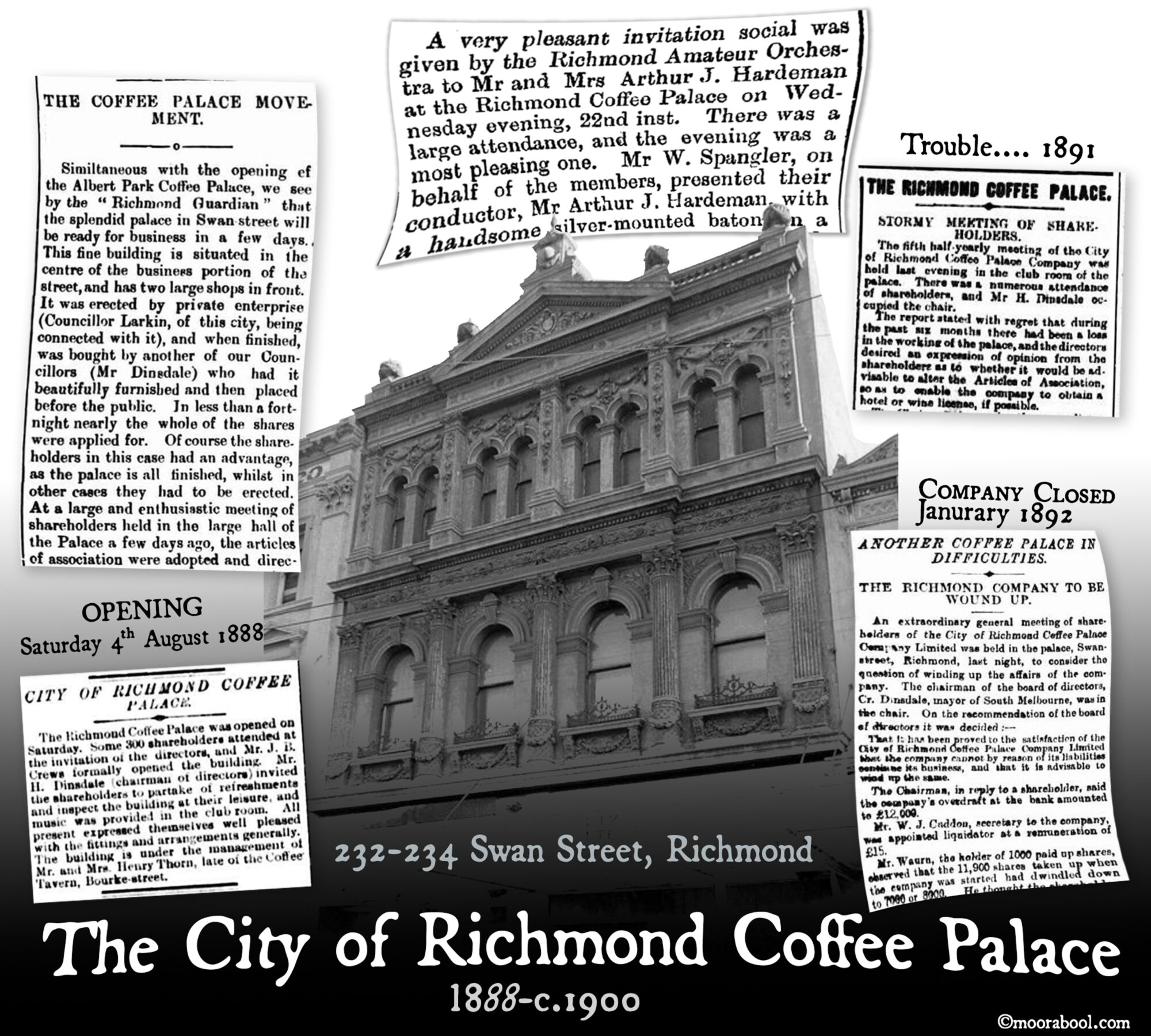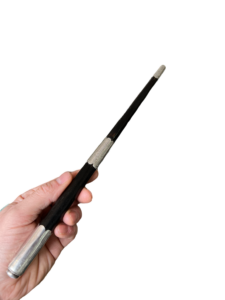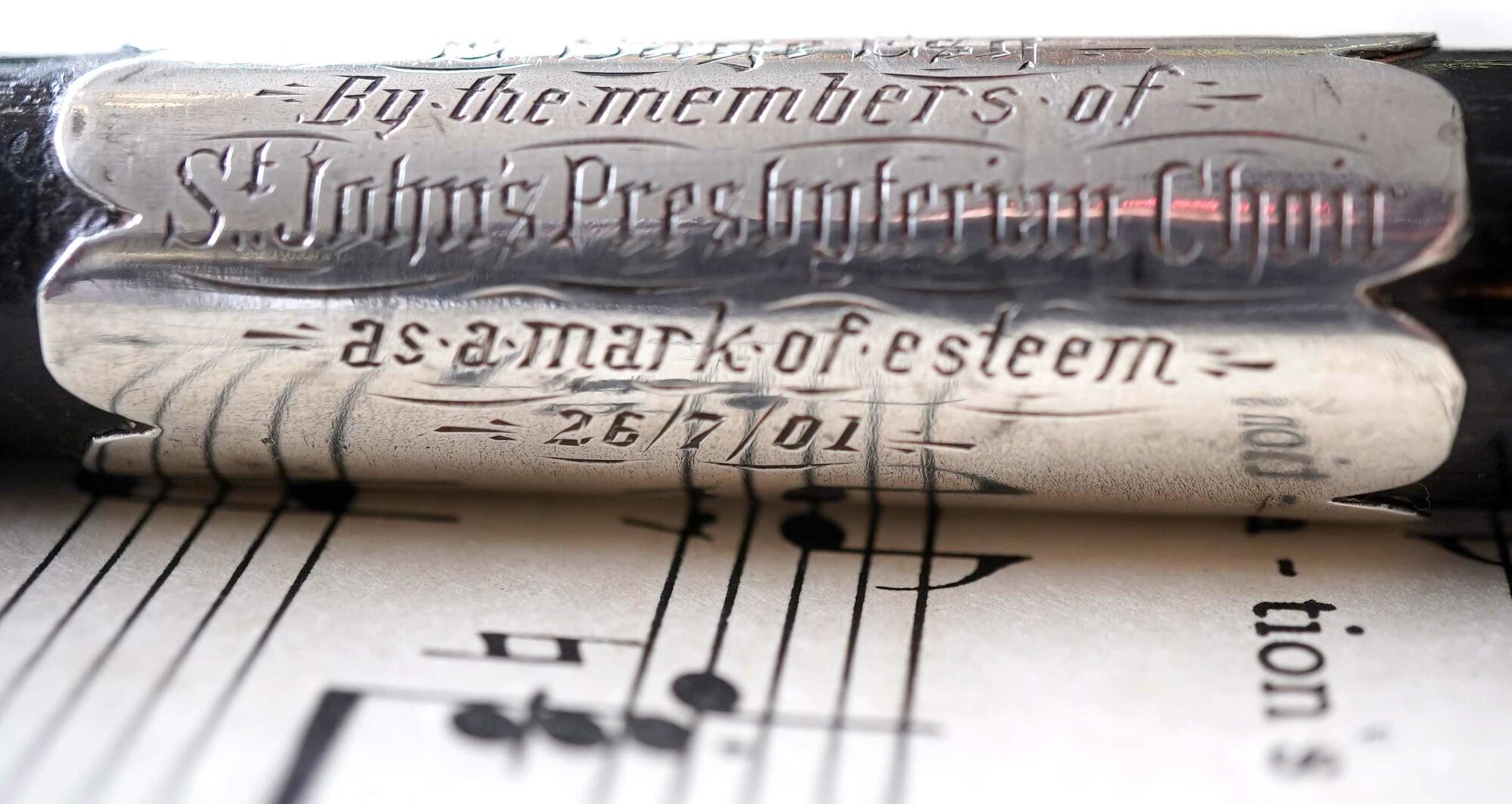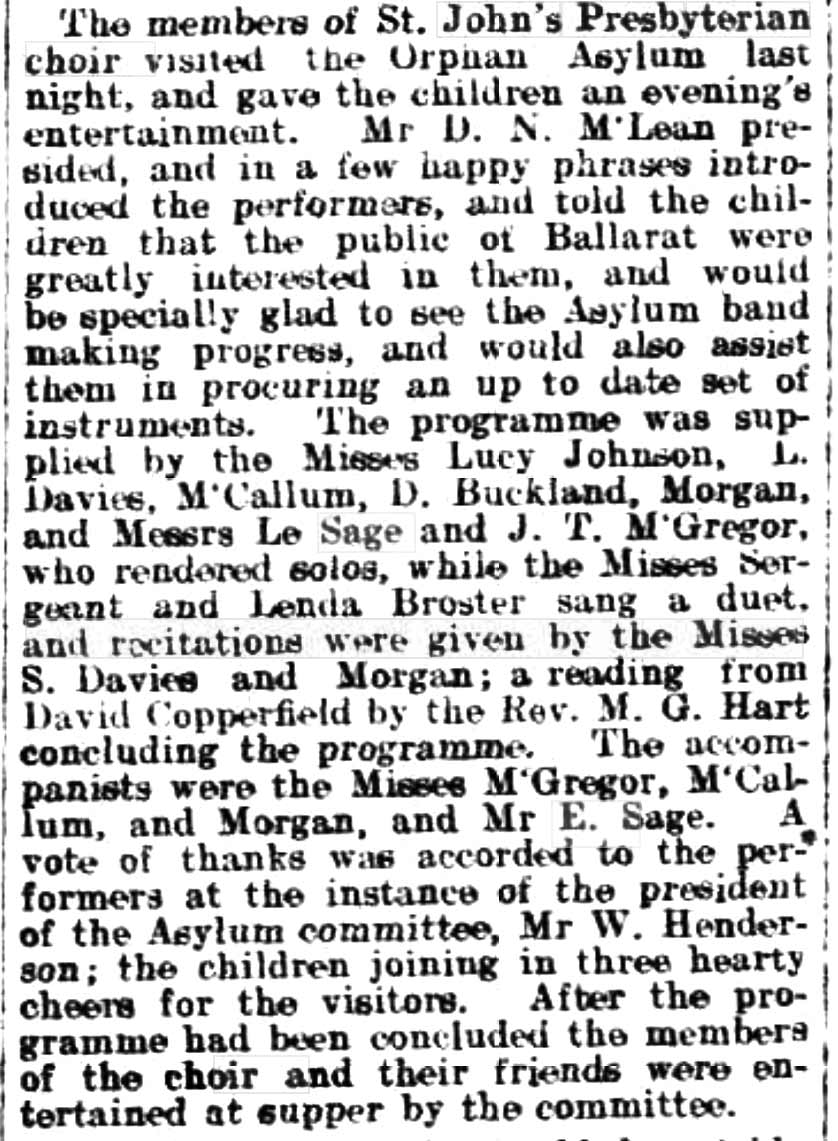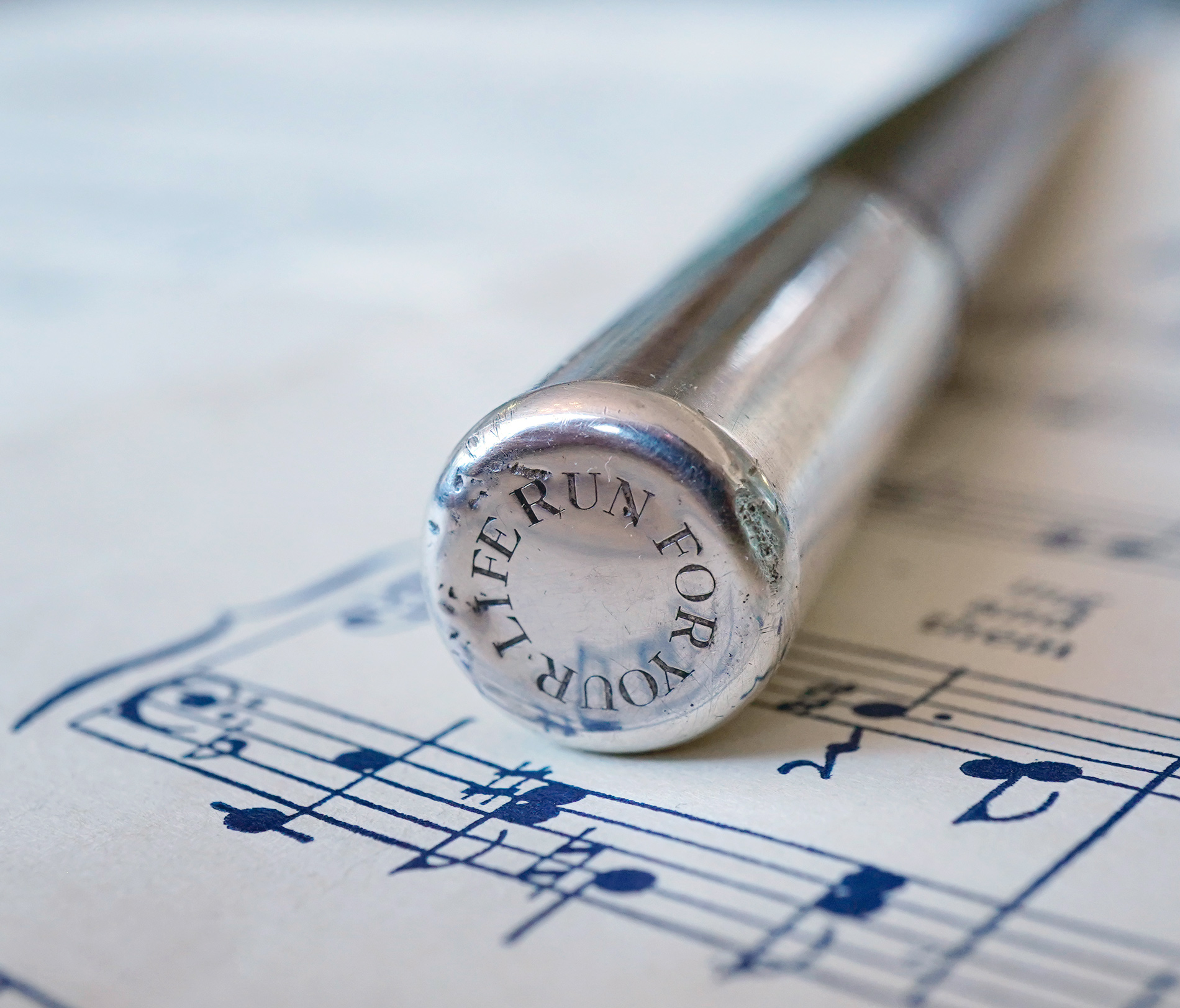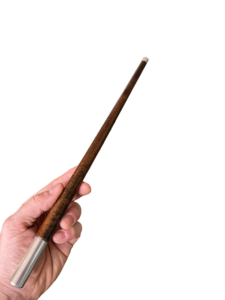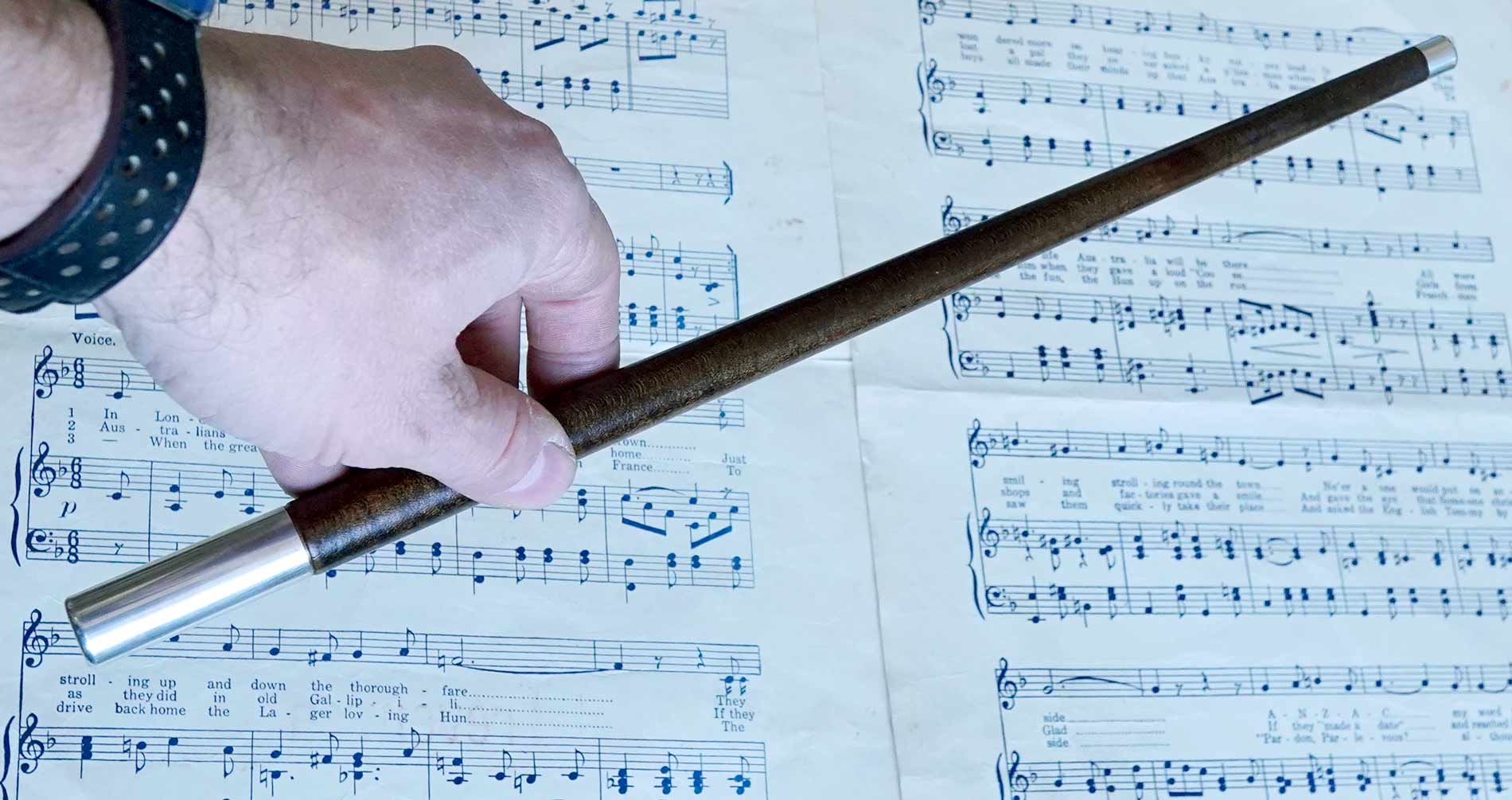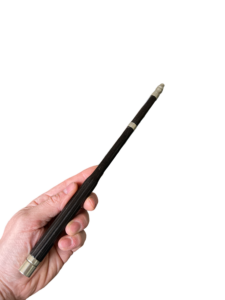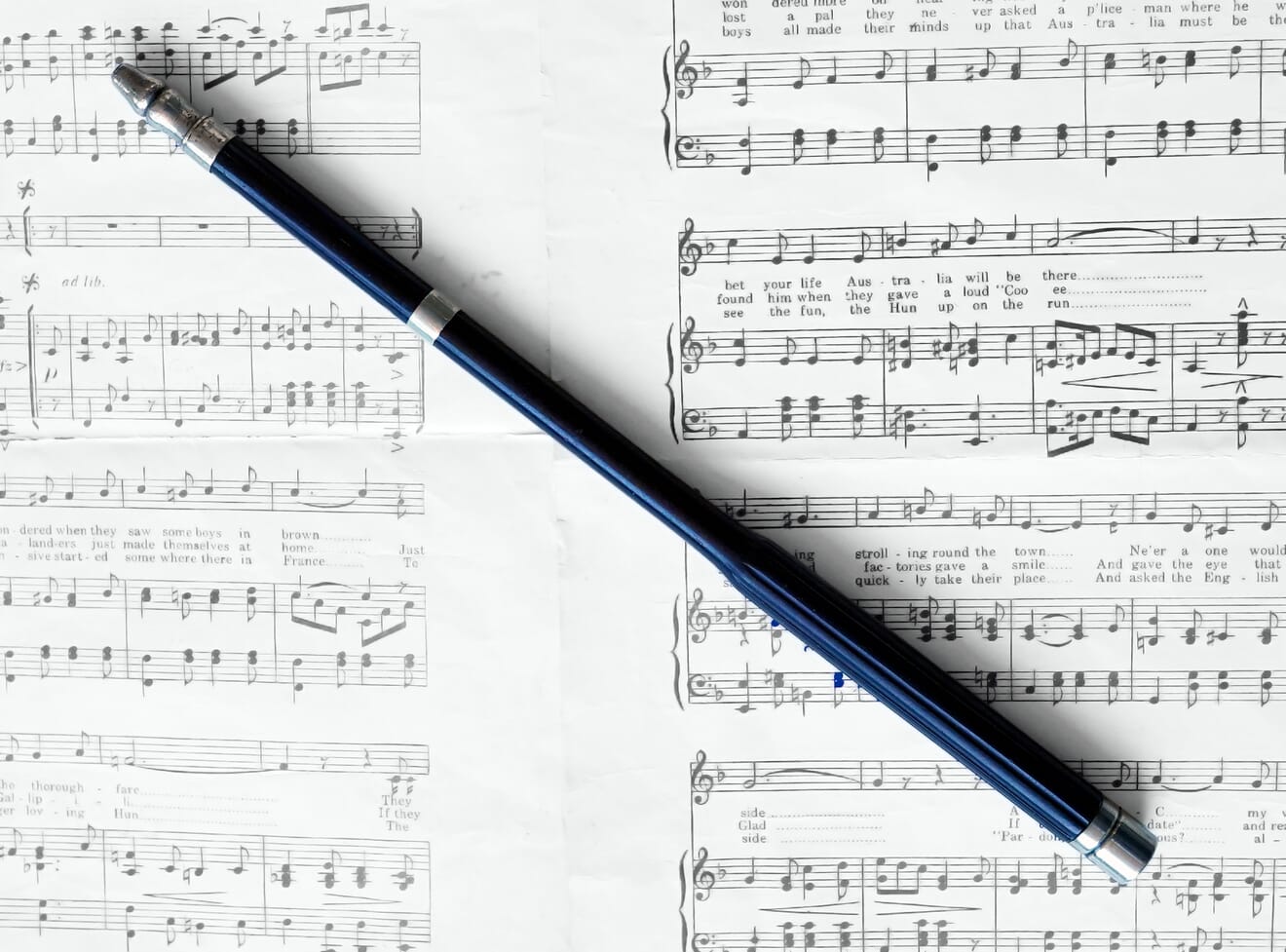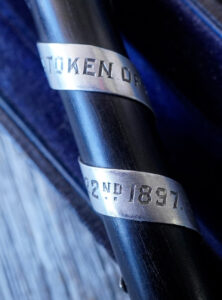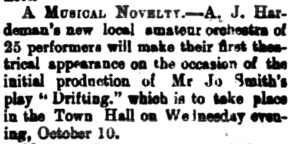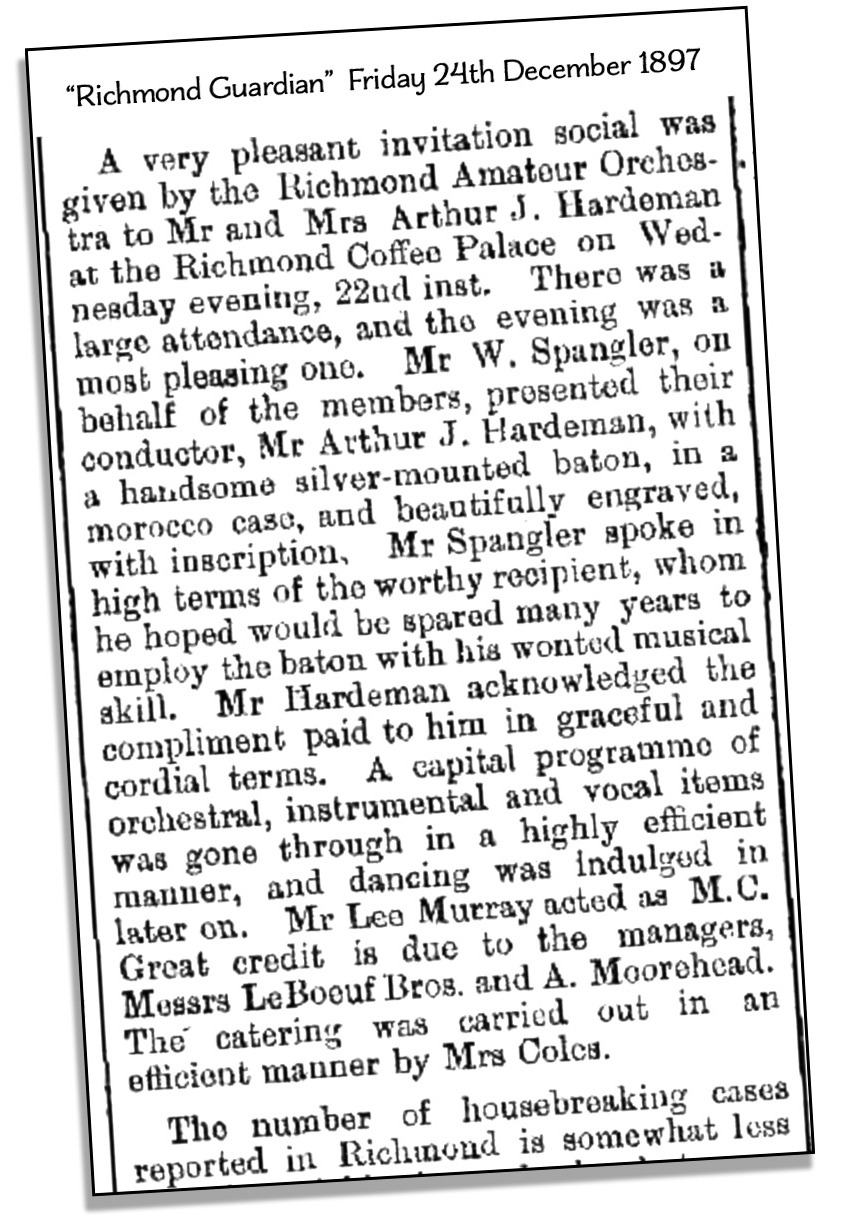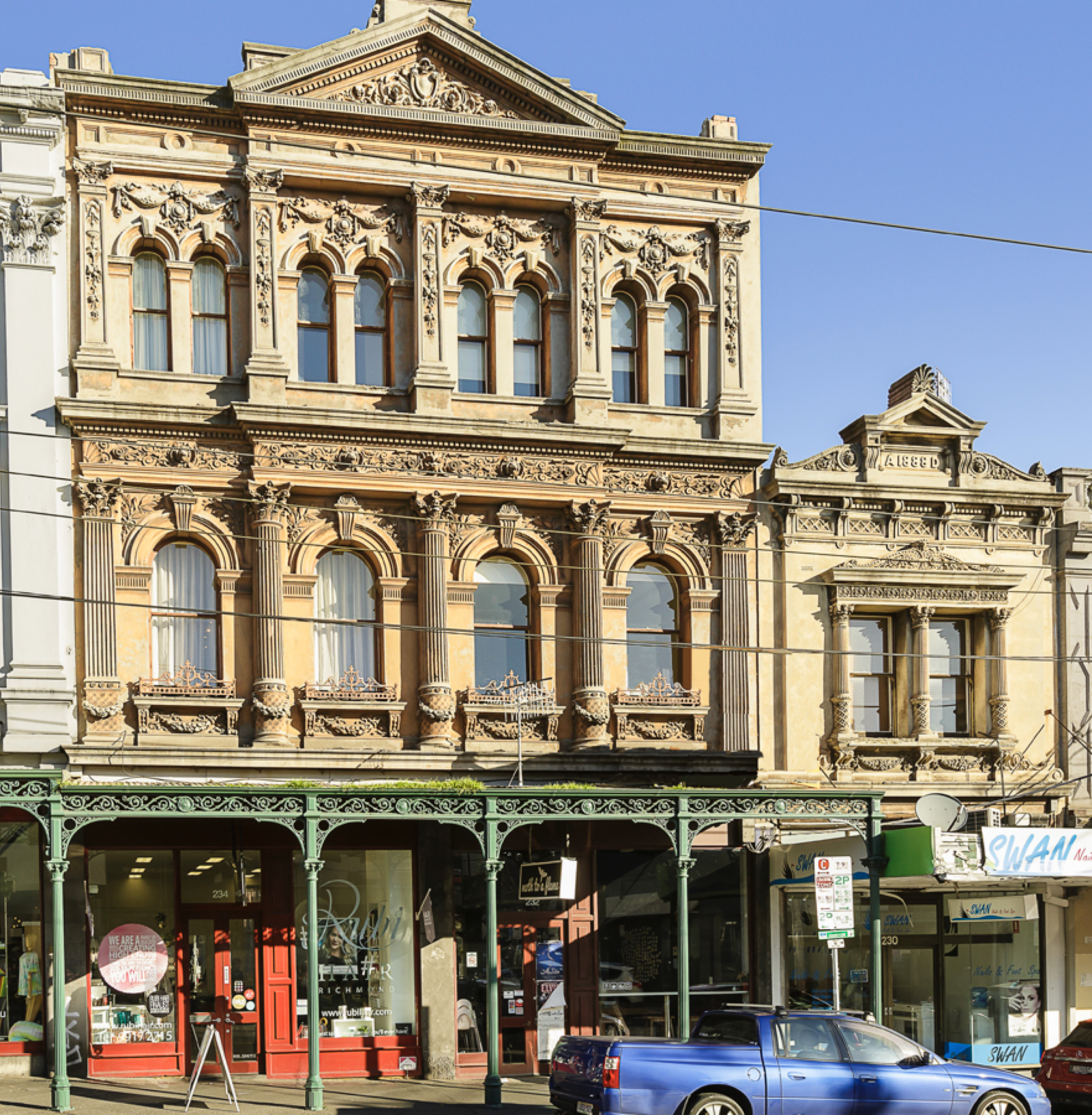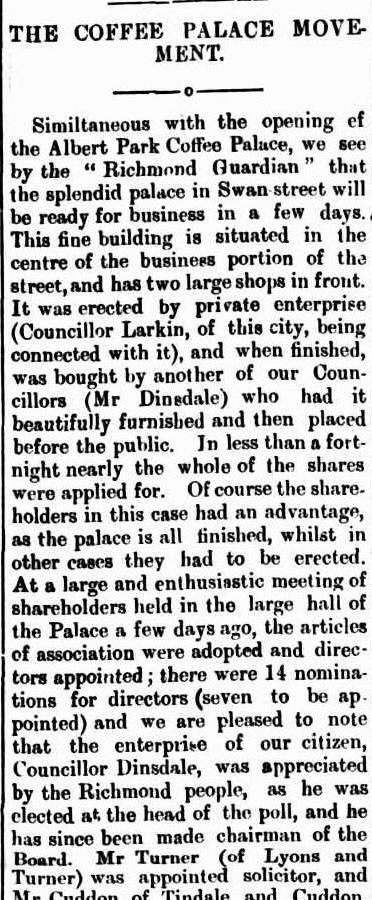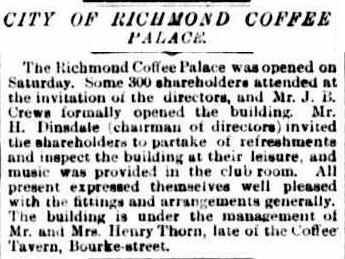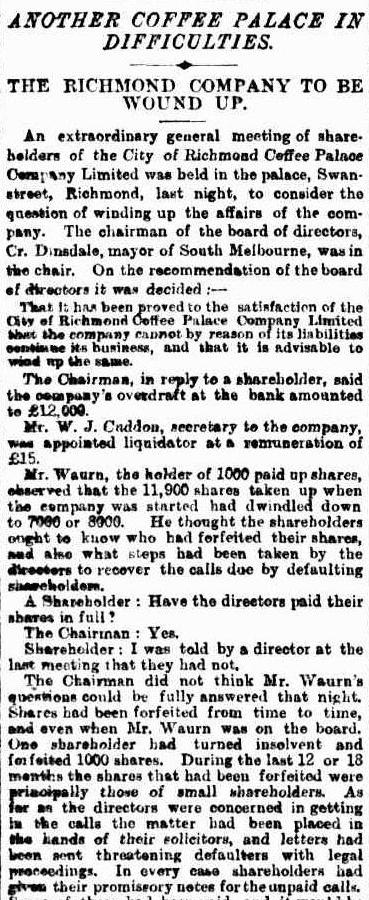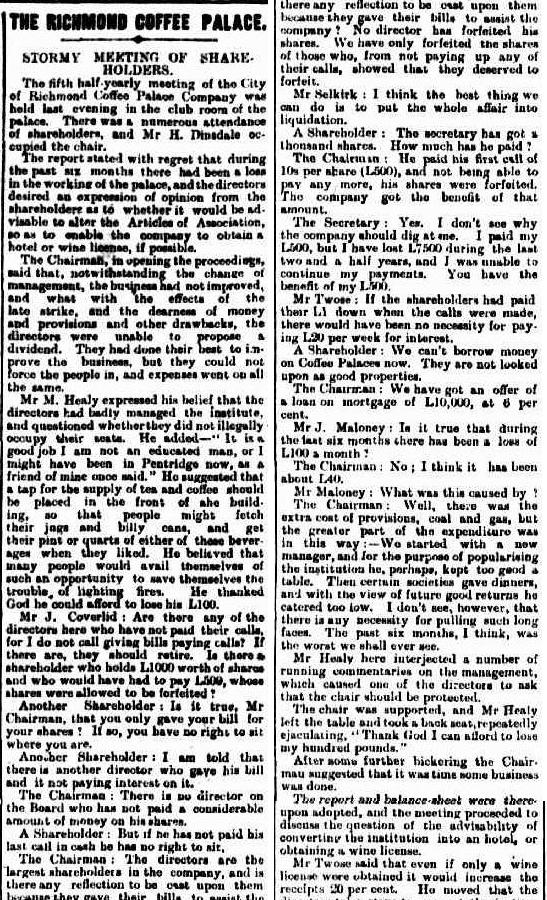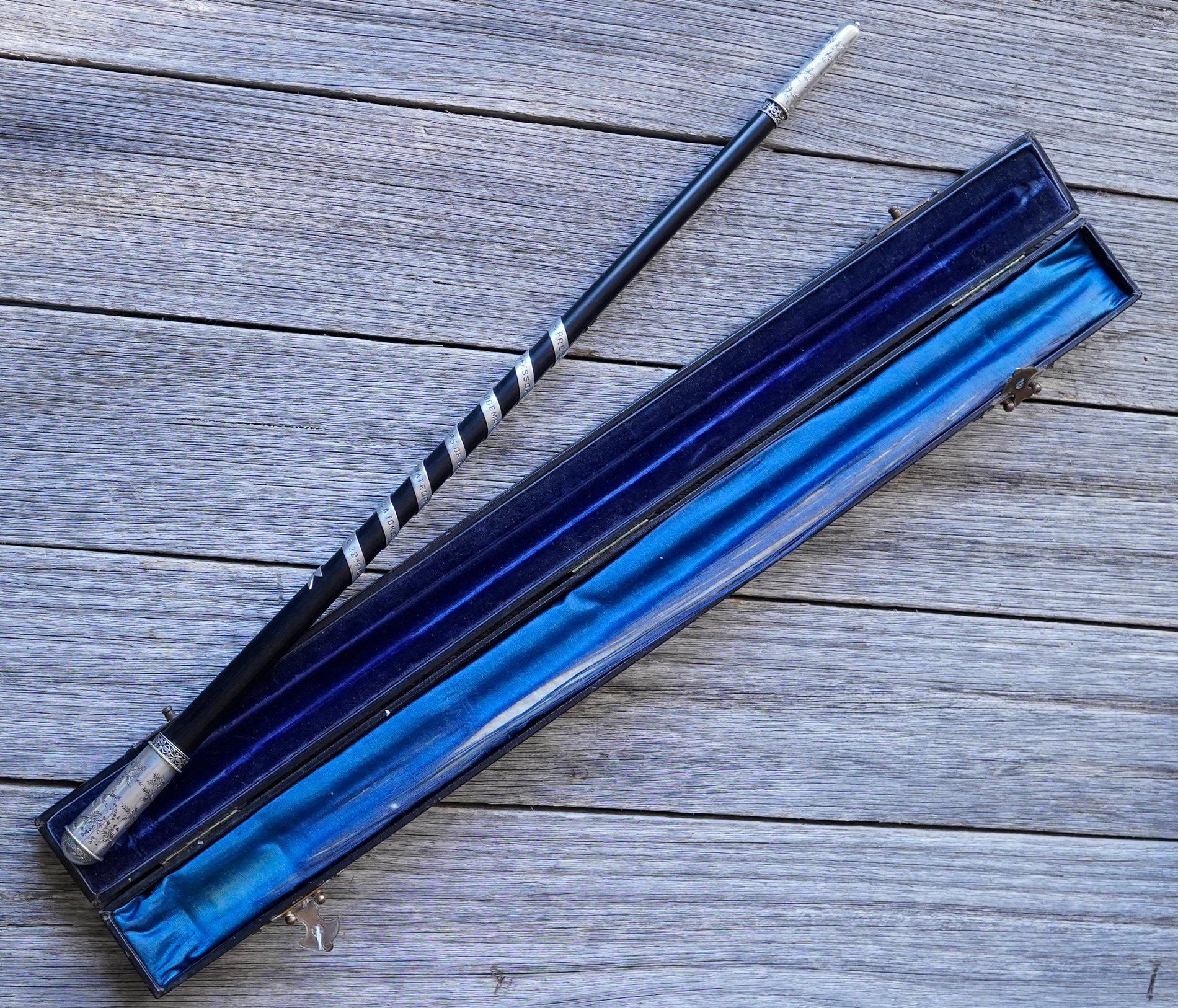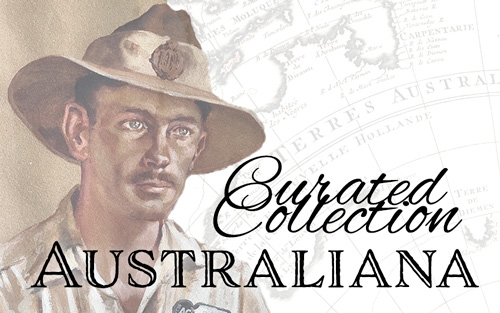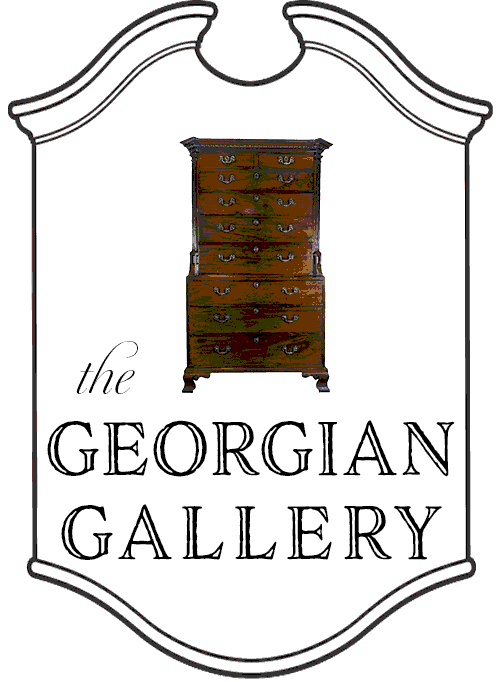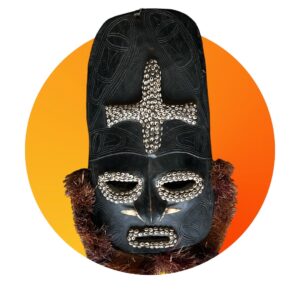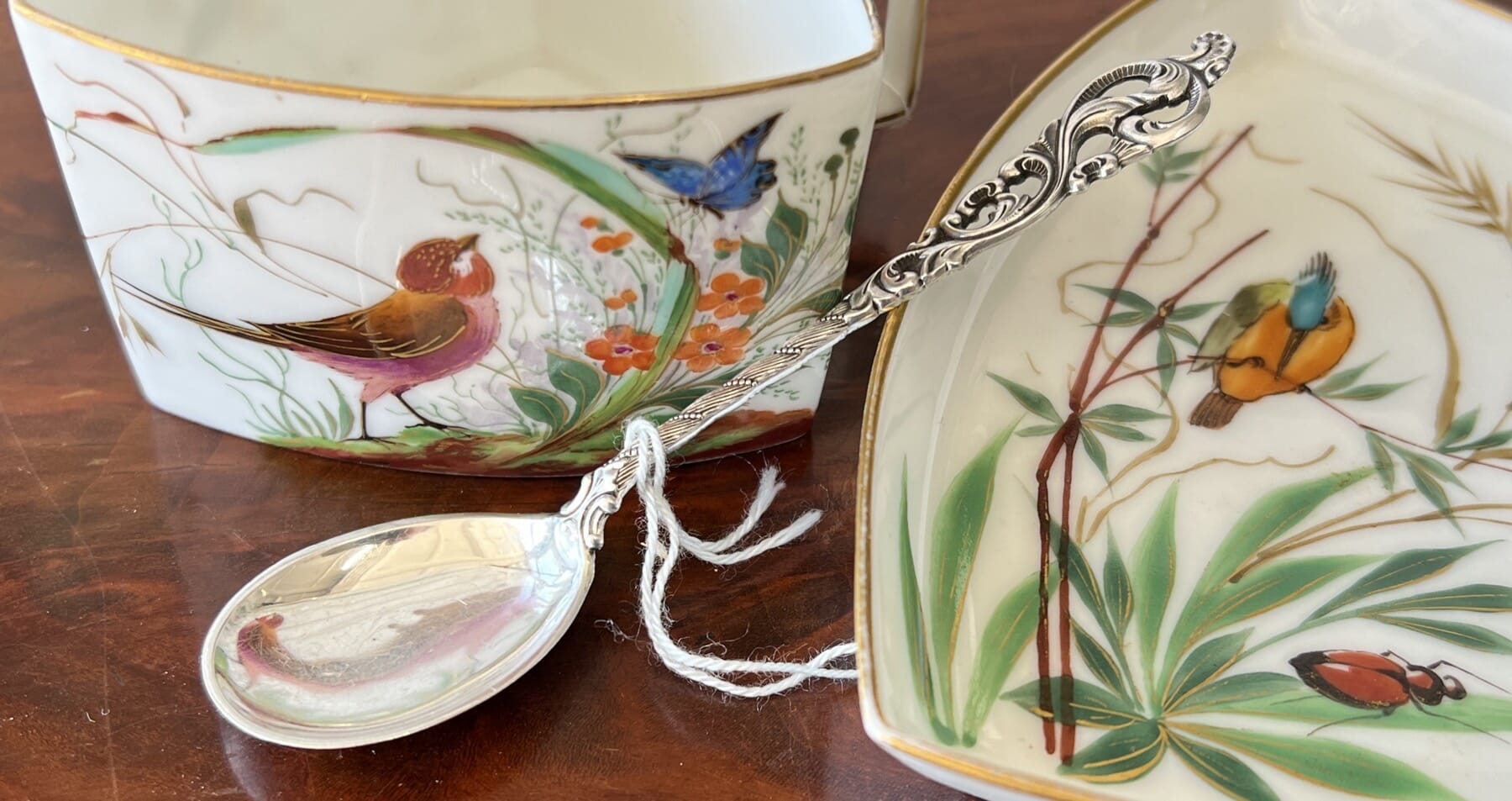
Welcome to our latest Fresh Stock release.
There’s some superb items this week, from the quirky 1852 ‘Dog’ umbrella stand below, to a herd of ebony elephants, with some remarkable Australian Art with fresh research to enjoy.


Royalty Prints
A selection of rare 17th century prints illustrating the ladies of the Royal Families of Europe. Of particular note: Christiane Eberhardine, the wife of August the Strong ( of Meissen fame ) – the ‘Queen of Poland’, although she never actually set foot on Polish soil her whole life!
-
 Queen of Spain, Maria Anna of Neuburg, engraving by Antoine Trouvain, c.1695$295.00 AUD
Queen of Spain, Maria Anna of Neuburg, engraving by Antoine Trouvain, c.1695$295.00 AUD -
 Queen of Poland, Christiane Eberhardine of Brandenburg-Bayreuth, engraving by Antoine Trouvain, c.1695$295.00 AUD
Queen of Poland, Christiane Eberhardine of Brandenburg-Bayreuth, engraving by Antoine Trouvain, c.1695$295.00 AUD -
 Engraving of Maria Eleanore D’Este, wife of James II, by Nicholas Bonnart c.1695$295.00 AUD
Engraving of Maria Eleanore D’Este, wife of James II, by Nicholas Bonnart c.1695$295.00 AUD -
 Duchesse de Lorraine, Élisabeth Charlotte d’Orléans, engraving by Antoine Trouvain, c.1700$295.00 AUD
Duchesse de Lorraine, Élisabeth Charlotte d’Orléans, engraving by Antoine Trouvain, c.1700$295.00 AUD -
 Engraving of Monseigneur, le Duc de Berry, by Nicolas Bonnart c.1695$295.00 AUD
Engraving of Monseigneur, le Duc de Berry, by Nicolas Bonnart c.1695$295.00 AUD -
 Engraving of Mary Isabella, the Marchioness of Granby, ‘Court Beauties No. 9’ 1776$240.00 AUD
Engraving of Mary Isabella, the Marchioness of Granby, ‘Court Beauties No. 9’ 1776$240.00 AUD
A Billiken….
….. the most perfect sales strategy of all time!
A curio with a tale! Completely made-up in the early 20th century, the BILLIKEN was was first created by American art teacher and illustrator Florence Pretz. It is said that she saw the mysterious figure in a dream. In 1908, she obtained a design patent for the Billiken. To buy a billiken was said to have given the purchaser luck, but to have one given would be better luck. The Billiken is considered the God of Happiness, the God of Luck, and The God Of Things As They Ought To Be.
This example dates to the very first production of these curios, being made by William Vale & Son, Birmingham, in 1908. Is one of 2 variations made by them, this one with his hands on his belly and name on soles of feet.
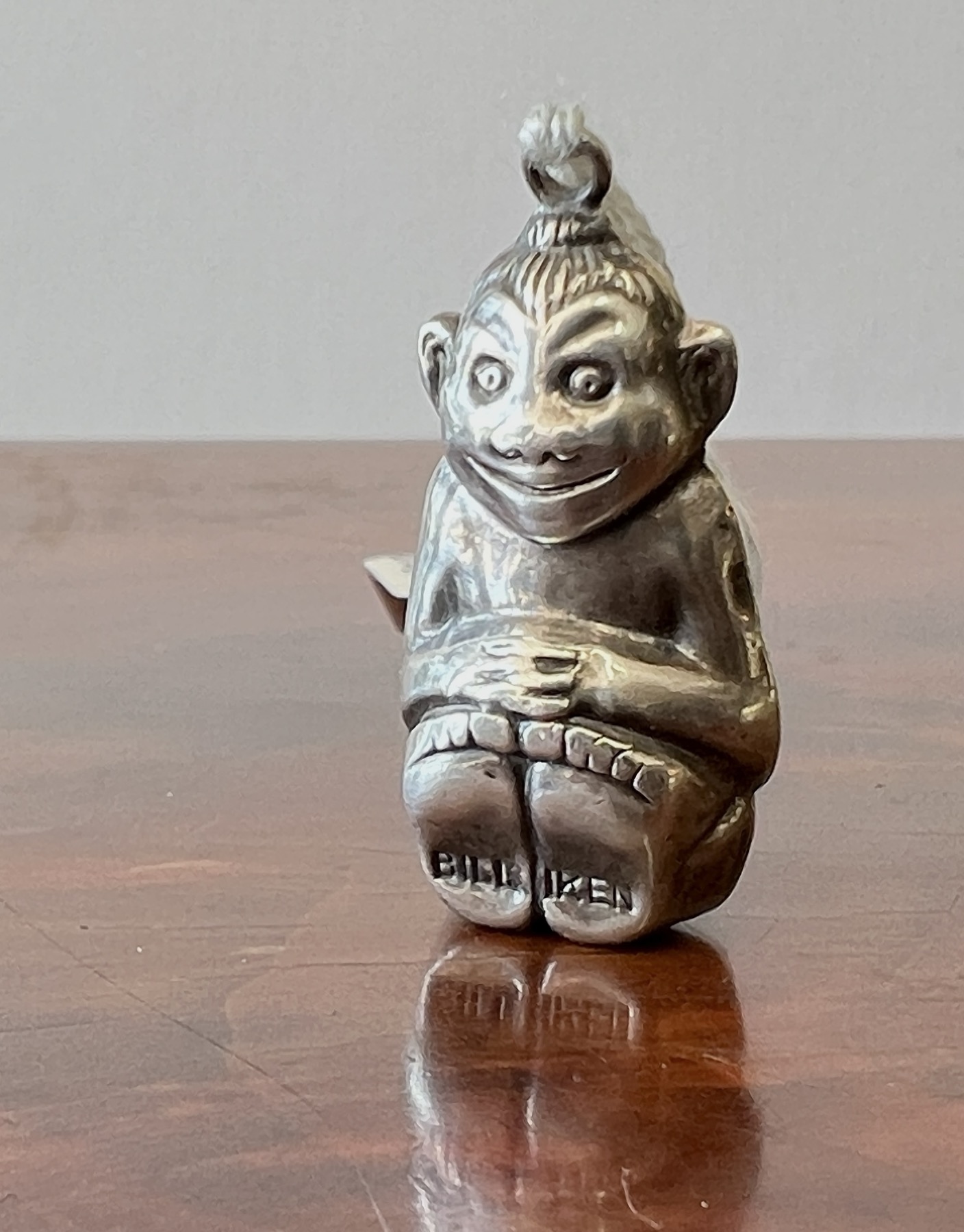
-
 Old Sheffield Plate coffee pot, good condition, c. 1825$395.00 AUD
Old Sheffield Plate coffee pot, good condition, c. 1825$395.00 AUD -
 Norwegian .830 Silver teaspoon, ‘Flat Rose’ pattern, A.S. Carlsen, mid 20th c.$25.00 AUD
Norwegian .830 Silver teaspoon, ‘Flat Rose’ pattern, A.S. Carlsen, mid 20th c.$25.00 AUD -
 Staffordshire Porcelain cup + saucer, ‘slice of watermelon’ pattern 104, C. 1835$75.00 AUD
Staffordshire Porcelain cup + saucer, ‘slice of watermelon’ pattern 104, C. 1835$75.00 AUD -
 Sterling silver Billiken good luck charm, William Vale & Son 1908Sold
Sterling silver Billiken good luck charm, William Vale & Son 1908Sold -
 Sterling Silver mustard spoon, Birmingham 1932$30.00 AUD
Sterling Silver mustard spoon, Birmingham 1932$30.00 AUD -
 Australian Sterling silver teaspoon, golf club handle Drummond + Co, C.1920$45.00 AUD
Australian Sterling silver teaspoon, golf club handle Drummond + Co, C.1920$45.00 AUD -
 Fine quality Norwegian .830 Silver spoon, ‘Dobbel Rokokko’ scroll & hair-plait handle, Brødrene Lohne, Bergen, mid 20th c.$75.00 AUD
Fine quality Norwegian .830 Silver spoon, ‘Dobbel Rokokko’ scroll & hair-plait handle, Brødrene Lohne, Bergen, mid 20th c.$75.00 AUD -
 Sterling Silver fruit knife with pearl shell handle, 1916$38.00 AUD
Sterling Silver fruit knife with pearl shell handle, 1916$38.00 AUD -
 Spade French shape cup & Saucer, Limoges for Bourgeois, c. 1880$395.00 AUD
Spade French shape cup & Saucer, Limoges for Bourgeois, c. 1880$395.00 AUD -
 Newhall teabowl, Chinese export pattern, no. 186, C. 1800$95.00 AUD
Newhall teabowl, Chinese export pattern, no. 186, C. 1800$95.00 AUD -
 Empire Art Co, Pty, Ltd Sydney Australia frame, C.1920$75.00 AUD
Empire Art Co, Pty, Ltd Sydney Australia frame, C.1920$75.00 AUD -
 Gessoed oval wood frame, C. 1920$110.00 AUD
Gessoed oval wood frame, C. 1920$110.00 AUD -
 Staffordshire porcelain slop bowl, ‘slice of watermelon’, C.1835$75.00 AUD
Staffordshire porcelain slop bowl, ‘slice of watermelon’, C.1835$75.00 AUD -
 Aesthetic Movement biscuit barrel, ‘Ivory’ carved sides, beaten finish silver-plate mounts, c. 1875$380.00 AUD
Aesthetic Movement biscuit barrel, ‘Ivory’ carved sides, beaten finish silver-plate mounts, c. 1875$380.00 AUD -
 Mahogany vitrine coffee table, beveled glass, 20th centurySold
Mahogany vitrine coffee table, beveled glass, 20th centurySold -
 WMF Jungendstil inkwell, C.1910$385.00 AUD
WMF Jungendstil inkwell, C.1910$385.00 AUD -
 Cast brass HMS Victory inkwell C. 1910$95.00 AUD
Cast brass HMS Victory inkwell C. 1910$95.00 AUD -
 Edwardian round wooden frame, Cupid photograpic print, c. 1910$125.00 AUD
Edwardian round wooden frame, Cupid photograpic print, c. 1910$125.00 AUD -
 Arts & Crafts brass vase, handbeaten with ring handles, c. 1905$120.00 AUD
Arts & Crafts brass vase, handbeaten with ring handles, c. 1905$120.00 AUD -
 Copper Arts + Crafts hand-beaten dish, c. 1900$135.00 AUD
Copper Arts + Crafts hand-beaten dish, c. 1900$135.00 AUD -
 Rare Victorian seaside diarama, Cork castle, lighthouse, ships, c. 1860$2,950.00 AUD
Rare Victorian seaside diarama, Cork castle, lighthouse, ships, c. 1860$2,950.00 AUD -
 ‘Lion’ cast iron doorstop, 20th centurySold
‘Lion’ cast iron doorstop, 20th centurySold -
 Victorian cast iron ‘Judy’ Doorstop, late 19th century$245.00 AUD
Victorian cast iron ‘Judy’ Doorstop, late 19th century$245.00 AUD -
 Rare Coalbrookdale cast iron umbrella stand, dog + riding crop, c. 1860Sold
Rare Coalbrookdale cast iron umbrella stand, dog + riding crop, c. 1860Sold -
 Cast Iron ‘witches cauldron’, 1 1/2 Gallons, mid 19th centurySold
Cast Iron ‘witches cauldron’, 1 1/2 Gallons, mid 19th centurySold -
 Silverplate hipflask, 8 oz, Sheffield, earlier 20th century$95.00 AUD
Silverplate hipflask, 8 oz, Sheffield, earlier 20th century$95.00 AUD -
 Two carved bone hairpins, elephants, Indian c. 1900$35.00 AUD
Two carved bone hairpins, elephants, Indian c. 1900$35.00 AUD -
 Two carved bone hairpins, birds, Indian c. 1900$35.00 AUD
Two carved bone hairpins, birds, Indian c. 1900$35.00 AUD -
 Two carved bone hairpins, camels, Indian c. 1900$35.00 AUD
Two carved bone hairpins, camels, Indian c. 1900$35.00 AUD -
 Two carved bone hairpins, elephants, Indian c. 1900$35.00 AUD
Two carved bone hairpins, elephants, Indian c. 1900$35.00 AUD -
 Carved bone hairpin, elephant, Indian c. 1900$20.00 AUD
Carved bone hairpin, elephant, Indian c. 1900$20.00 AUD -
 Australian Pottery ‘Hellfire’ kookaburra mug, 20th centurySold
Australian Pottery ‘Hellfire’ kookaburra mug, 20th centurySold -
 Spode part service, Flespar body, raised gold+claret, pat. 4295, c.1830$950.00 AUD
Spode part service, Flespar body, raised gold+claret, pat. 4295, c.1830$950.00 AUD -
 Large Machin porcelain slop bowl, stylized flowers pat. 354, c. 1825$135.00 AUD
Large Machin porcelain slop bowl, stylized flowers pat. 354, c. 1825$135.00 AUD -
 Coalport / Anstice Horton and Rose porcelain creamer with polychrome poppy and cornflower design, c.1820$95.00 AUD
Coalport / Anstice Horton and Rose porcelain creamer with polychrome poppy and cornflower design, c.1820$95.00 AUD -
 Hilditch style slop bowl, flower decoration, c. 1835$85.00 AUD
Hilditch style slop bowl, flower decoration, c. 1835$85.00 AUD
Elephants are fascinating, and we seem to have a whole herd here at Moorabool at the moment!
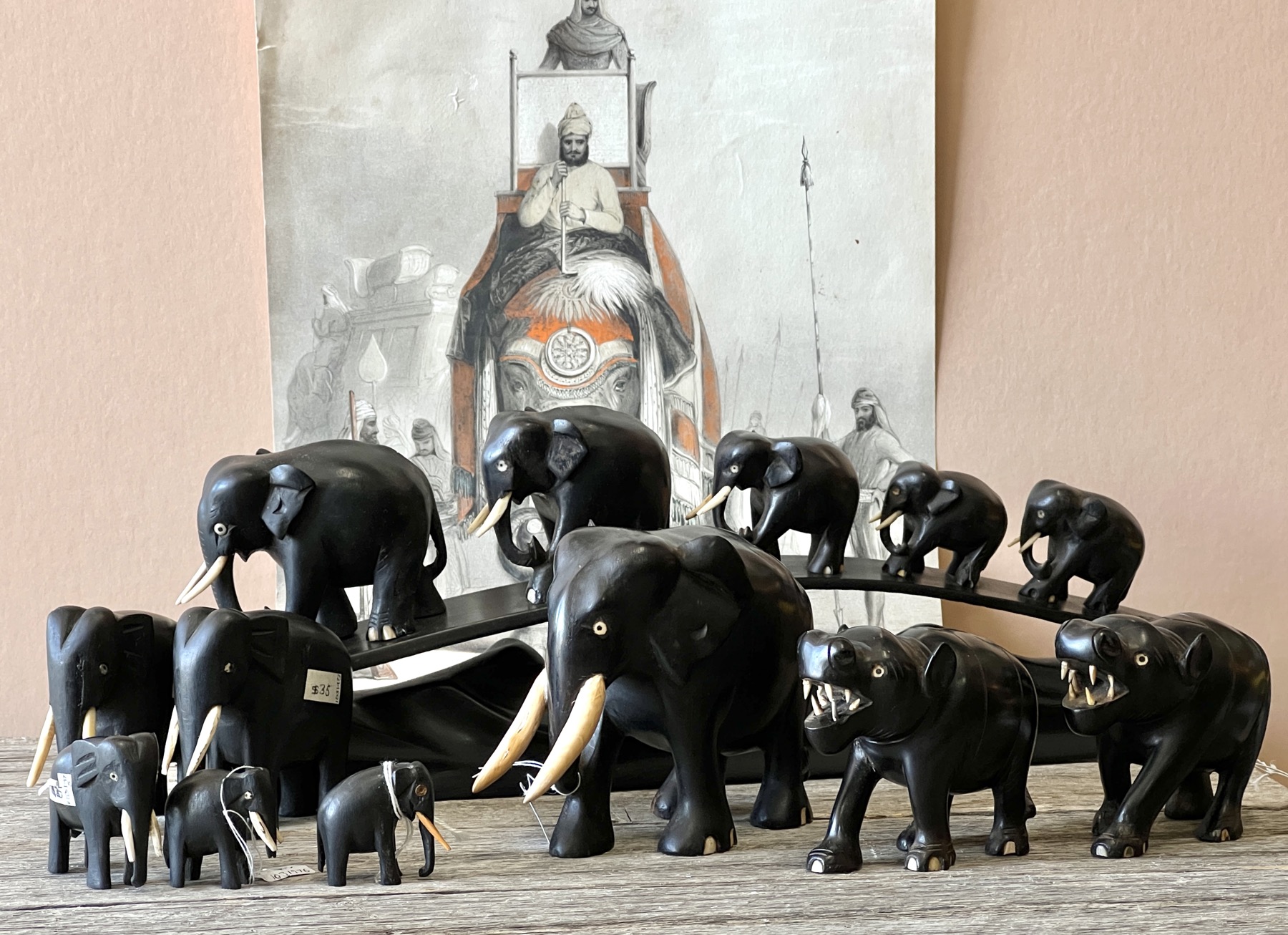
These black ebony wood examples were generally catalogued as ‘African’ – but we have recently discovered their actual source, due to examples that have been made as souvenirs of Ceylon – they are Sri Lankan, and Indian elephants, not African. There are a lot to be found in Australia, probably due to the number of travellers to Australia who had a stop-over there, when the passenger ships used Colombo to resupply.
The very unusual pieces below are the ‘Hippos’ – basically elephants without a trunk, clearly made in the same workshops – and we’ve never seen another….
-
 Cast Bronze ‘Elephant’ Doorstop, coloured, 20th centurySold
Cast Bronze ‘Elephant’ Doorstop, coloured, 20th centurySold -
 Ceylonese carved ebony elephant, with wooden tusks Early 20th C$15.00 AUD
Ceylonese carved ebony elephant, with wooden tusks Early 20th C$15.00 AUD -
 Ceylonese carved ebony elephant, with bone tusks Early 20th C$15.00 AUD
Ceylonese carved ebony elephant, with bone tusks Early 20th C$15.00 AUD -
 Ceylonese carved ebony elephant, with bone tusks Early 20th C$25.00 AUD
Ceylonese carved ebony elephant, with bone tusks Early 20th C$25.00 AUD -
 Ceylonese carved ebony elephant, with bone tusks Early 20th C$35.00 AUD
Ceylonese carved ebony elephant, with bone tusks Early 20th C$35.00 AUD -
 Ceylonese carved ebony elephant, with bone tusks Early 20th C$35.00 AUD
Ceylonese carved ebony elephant, with bone tusks Early 20th C$35.00 AUD -
 Ceylonese carved ebony elephant, with bone tusks Early 20th C$65.00 AUD
Ceylonese carved ebony elephant, with bone tusks Early 20th C$65.00 AUD -
 Pair of carved stylised ebony hippos, C. 1900$280.00 AUD
Pair of carved stylised ebony hippos, C. 1900$280.00 AUD -
 Ceylonese ebony carved procession of elephants, C.1900Sold
Ceylonese ebony carved procession of elephants, C.1900Sold -
 Two carved bone hairpins, elephants, Indian c. 1900$35.00 AUD
Two carved bone hairpins, elephants, Indian c. 1900$35.00 AUD -
 Two carved bone hairpins, birds, Indian c. 1900$35.00 AUD
Two carved bone hairpins, birds, Indian c. 1900$35.00 AUD -
 Two carved bone hairpins, camels, Indian c. 1900$35.00 AUD
Two carved bone hairpins, camels, Indian c. 1900$35.00 AUD -
 Two carved bone hairpins, elephants, Indian c. 1900$35.00 AUD
Two carved bone hairpins, elephants, Indian c. 1900$35.00 AUD -
 Carved bone hairpin, elephant, Indian c. 1900$20.00 AUD
Carved bone hairpin, elephant, Indian c. 1900$20.00 AUD -
 Handcoloured map, ‘HINDOOSTAN OR INDIA From the beft Authorities’Sold
Handcoloured map, ‘HINDOOSTAN OR INDIA From the beft Authorities’Sold

